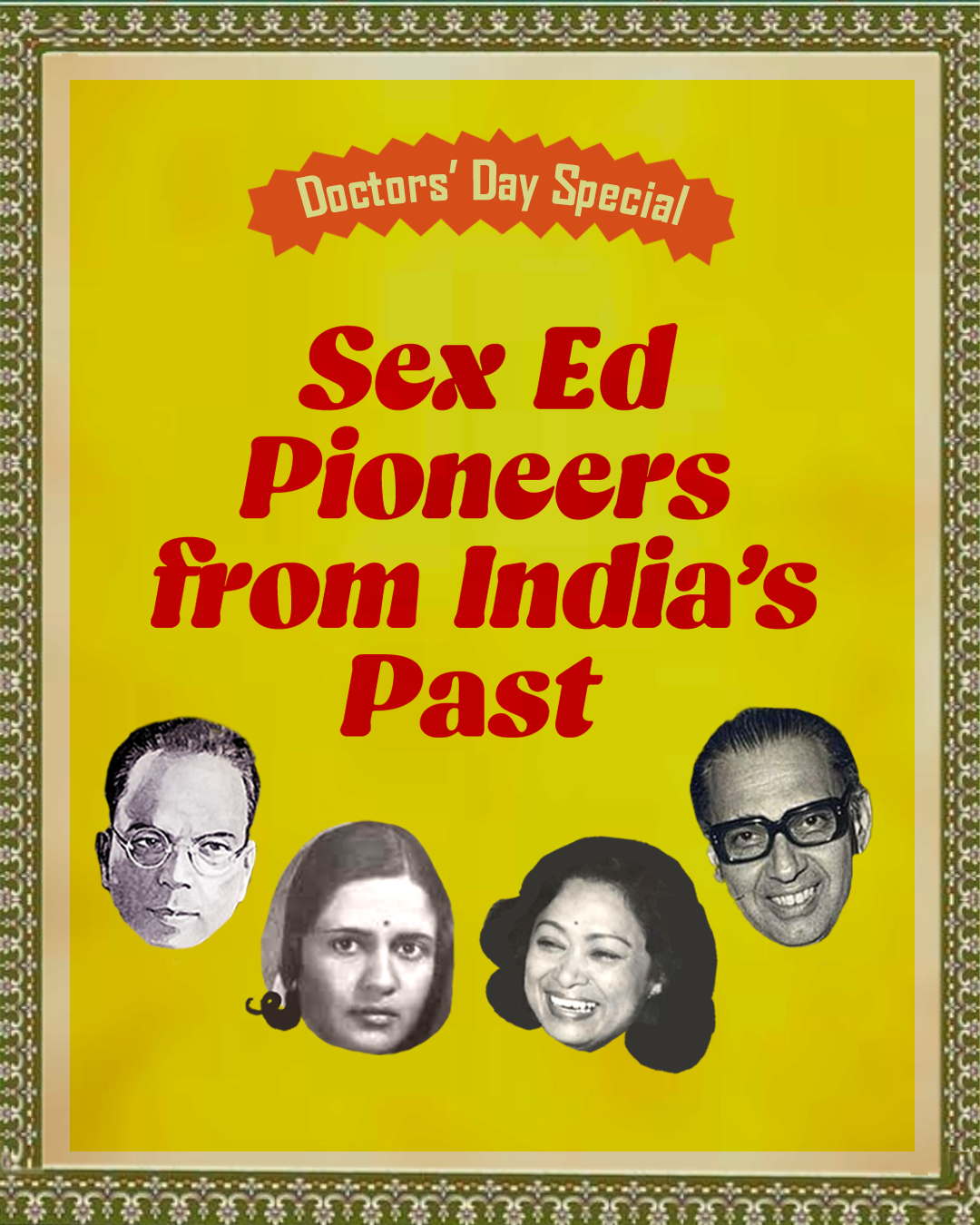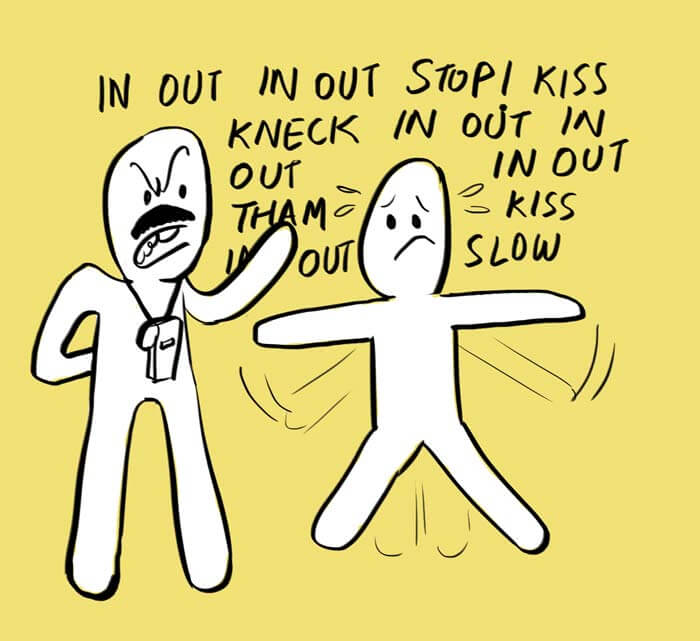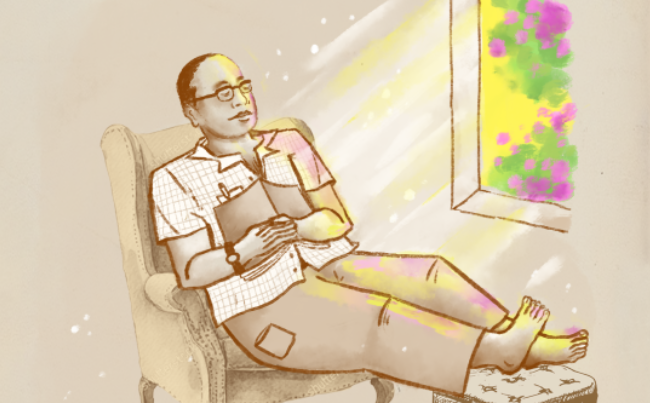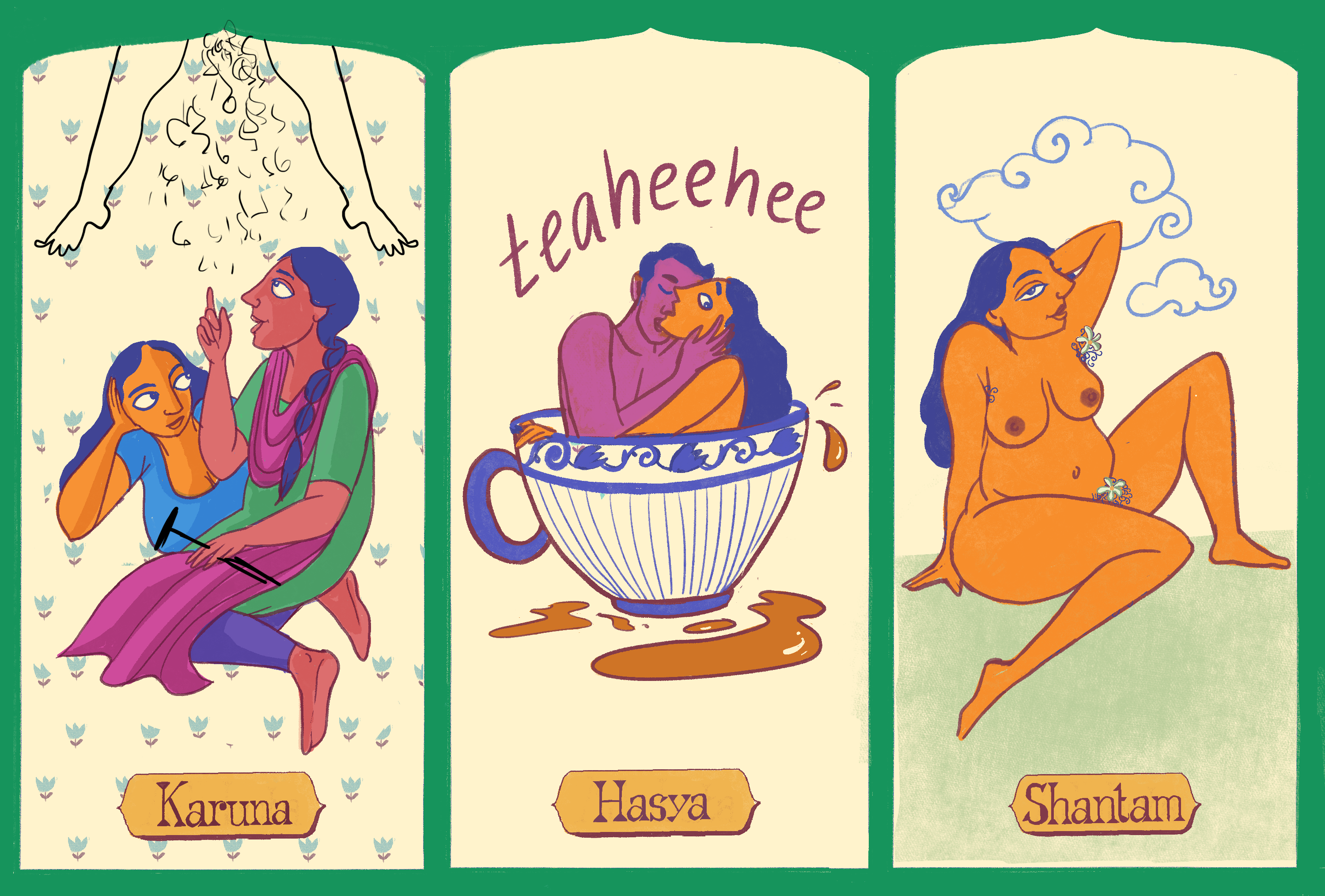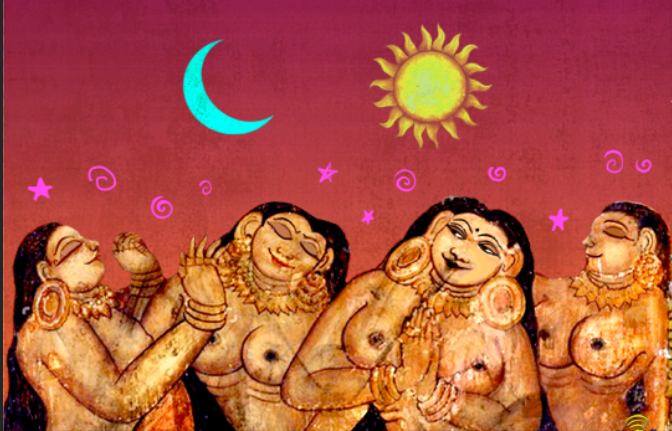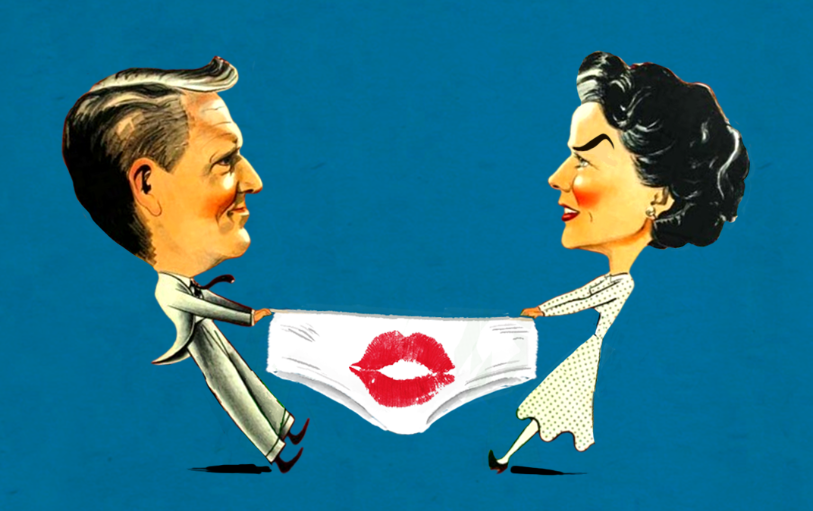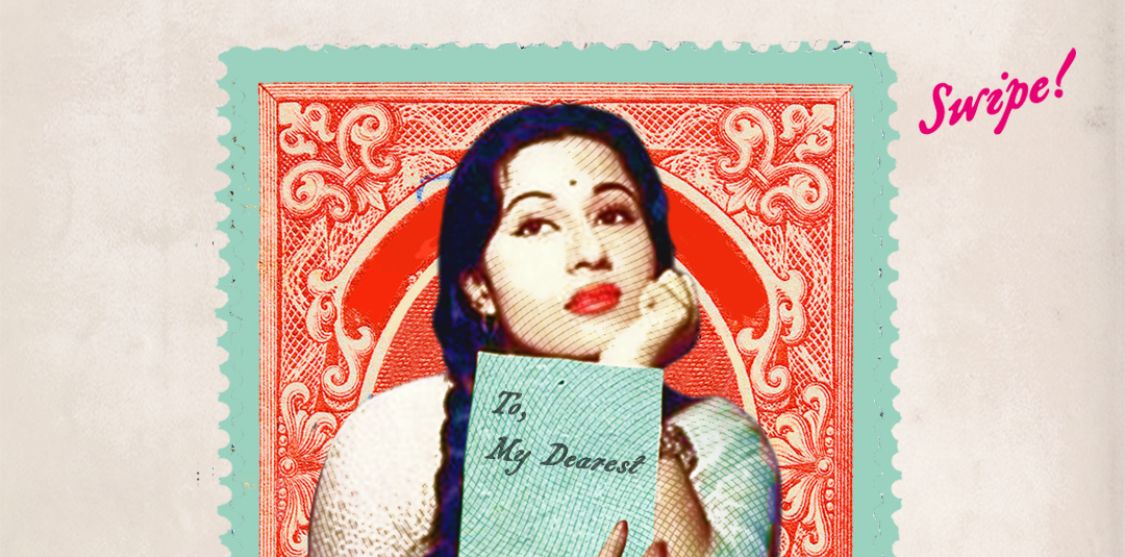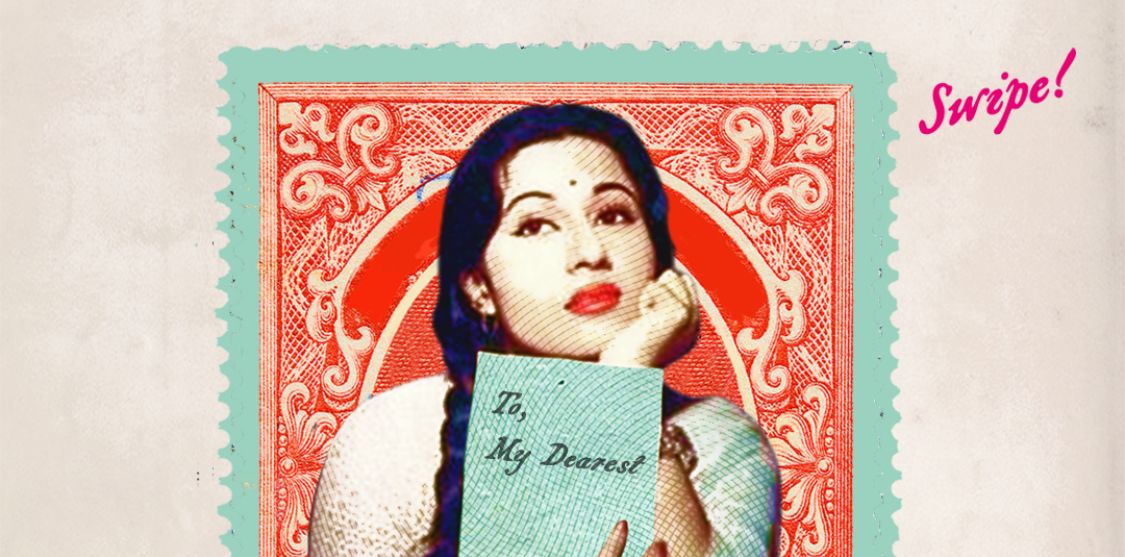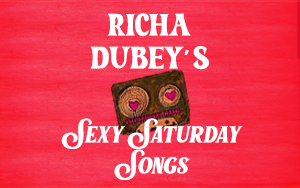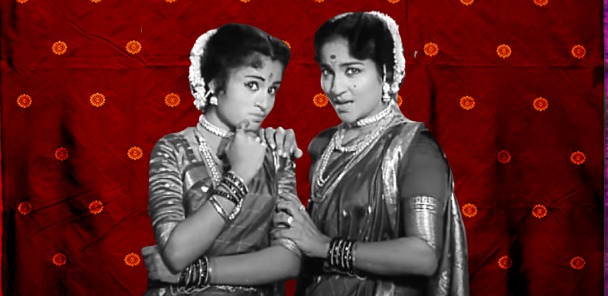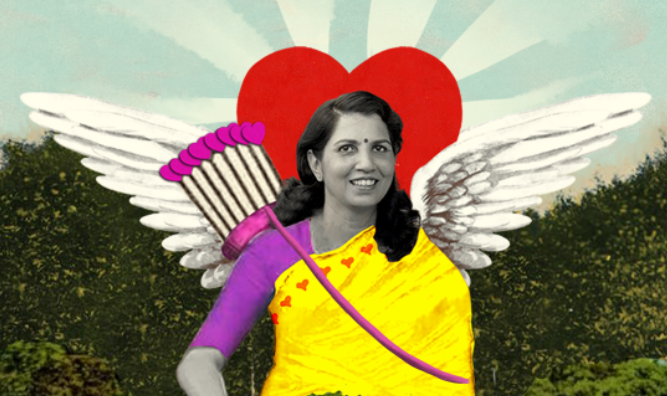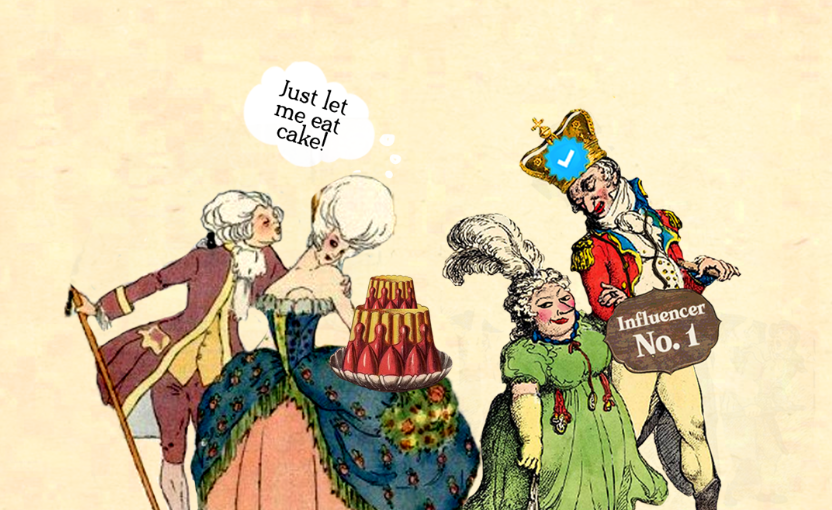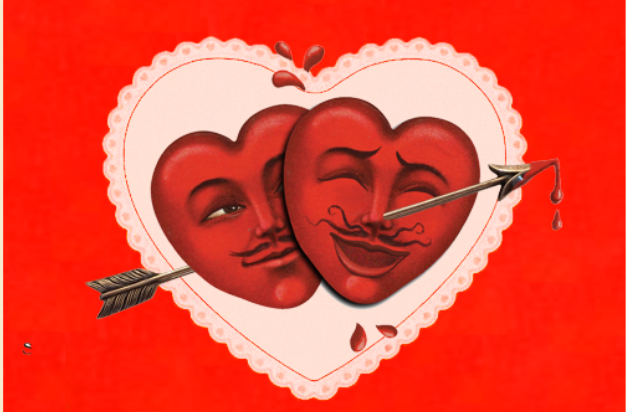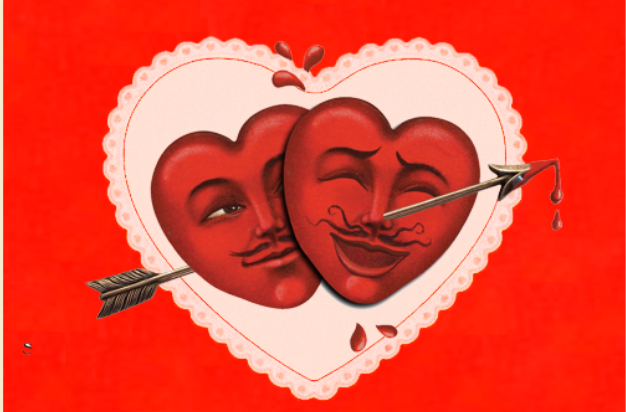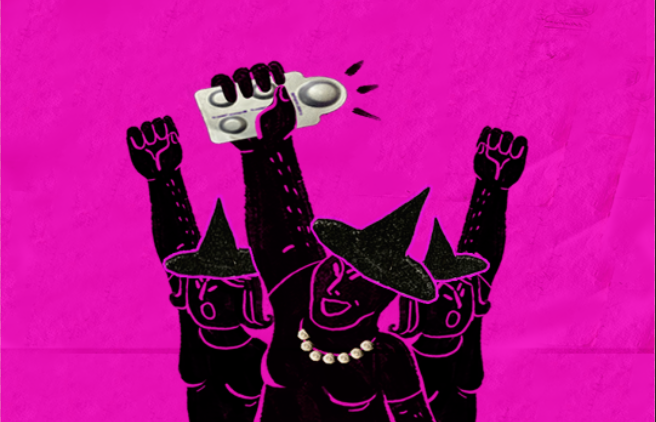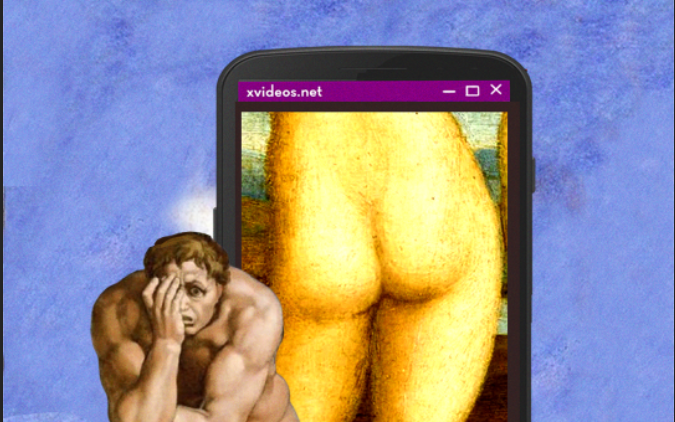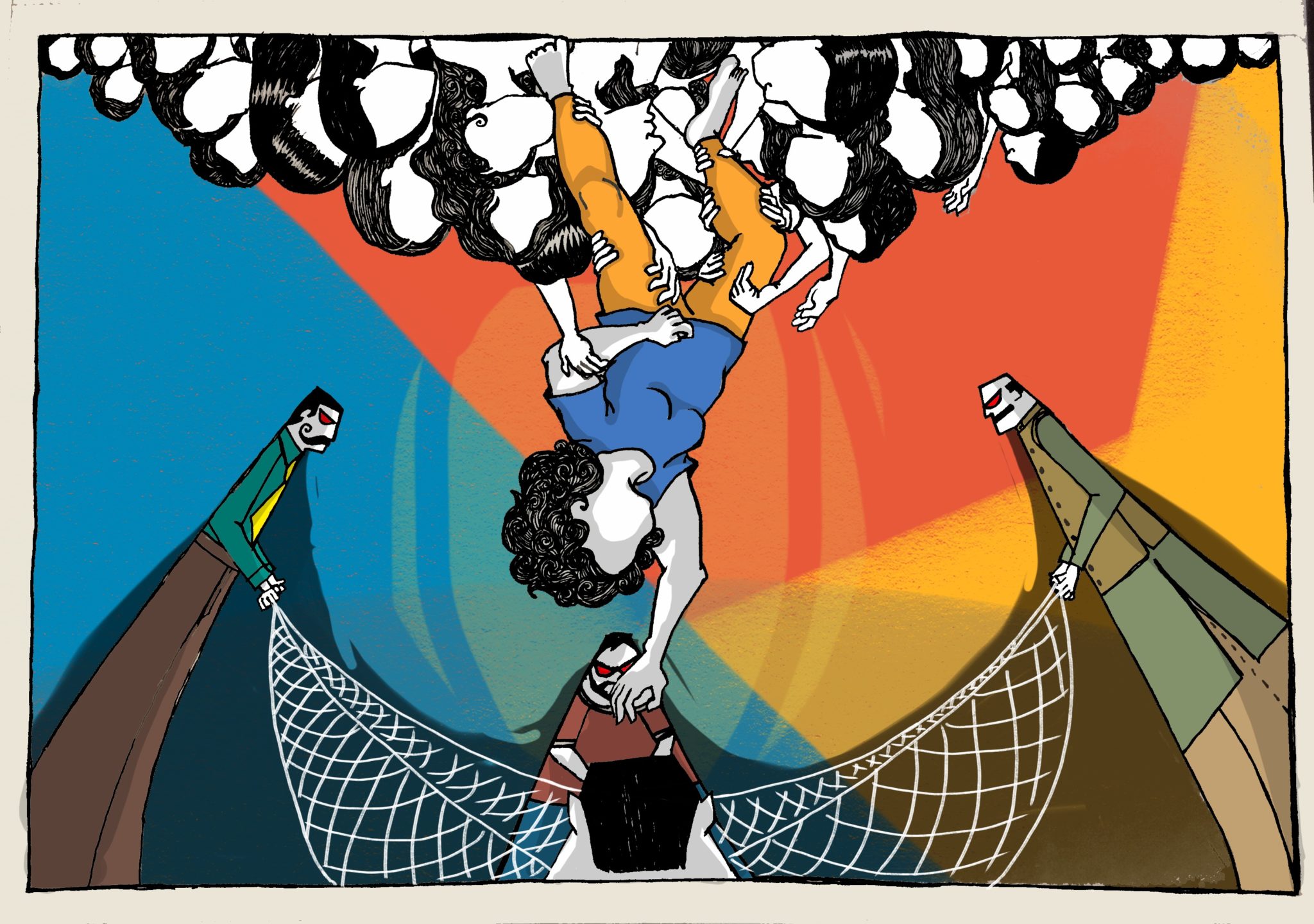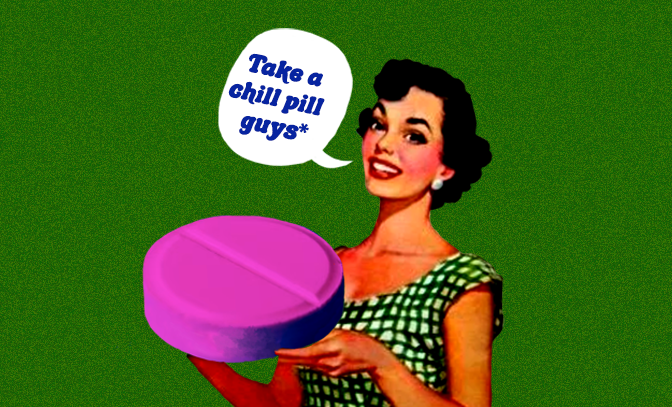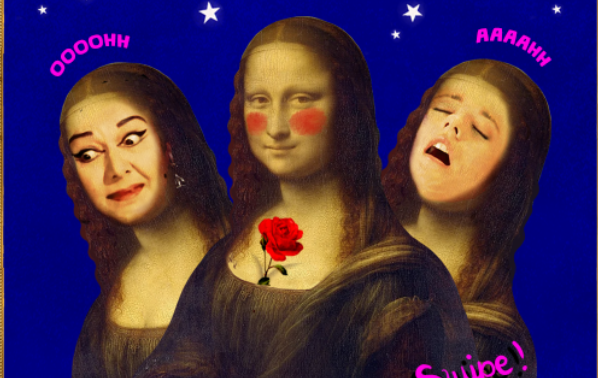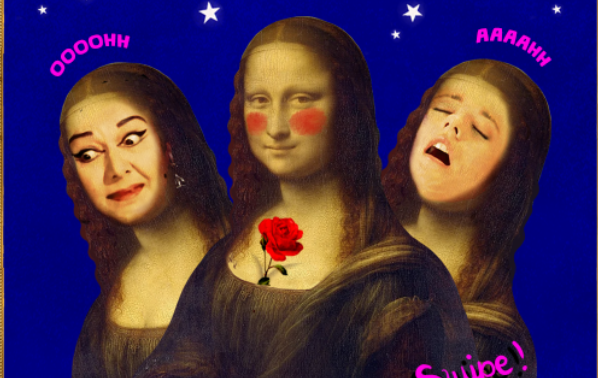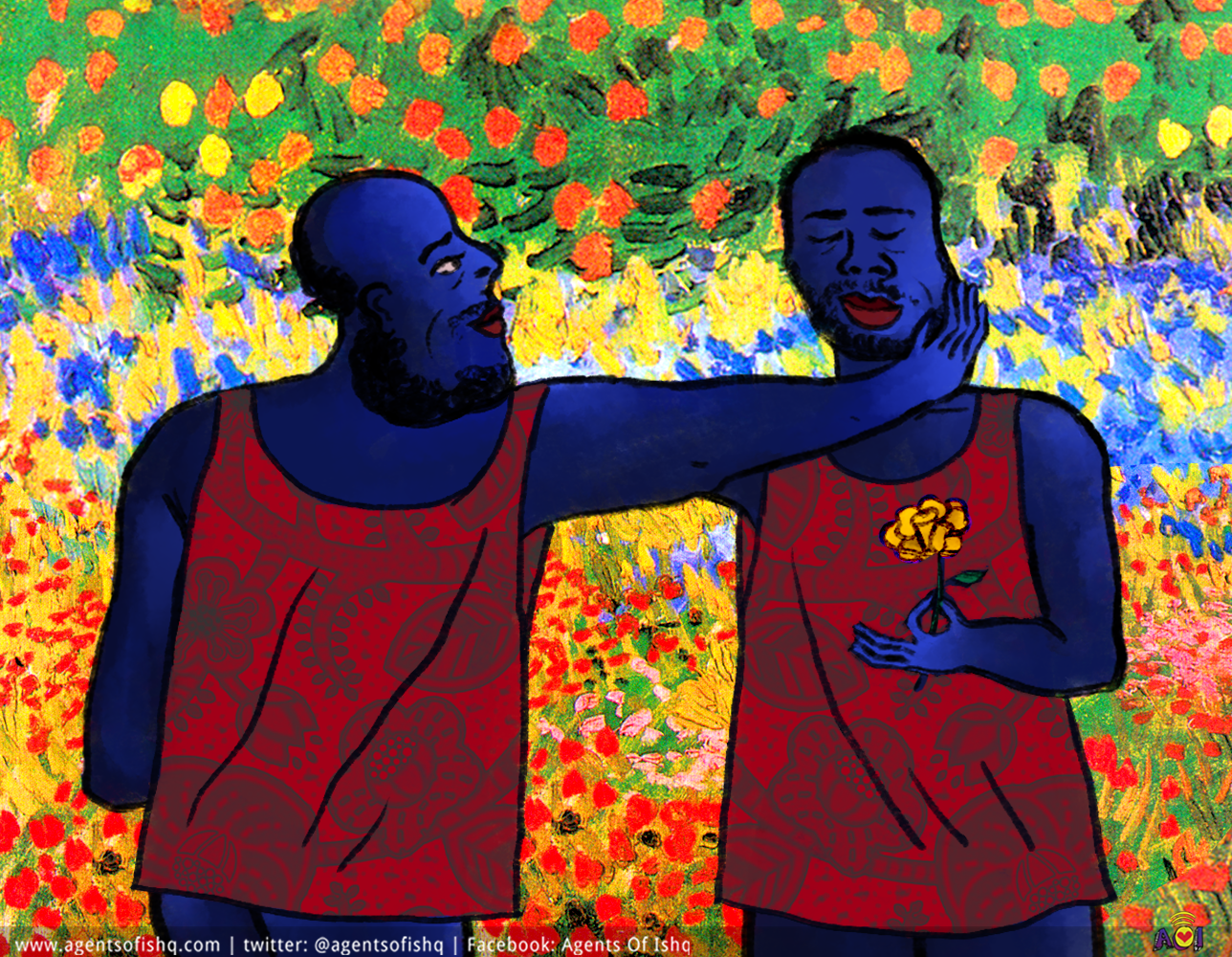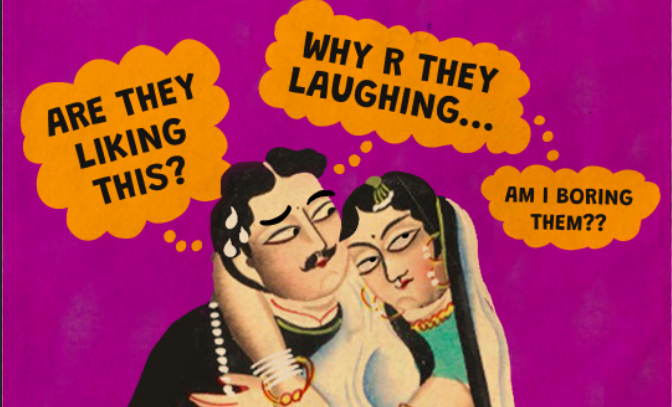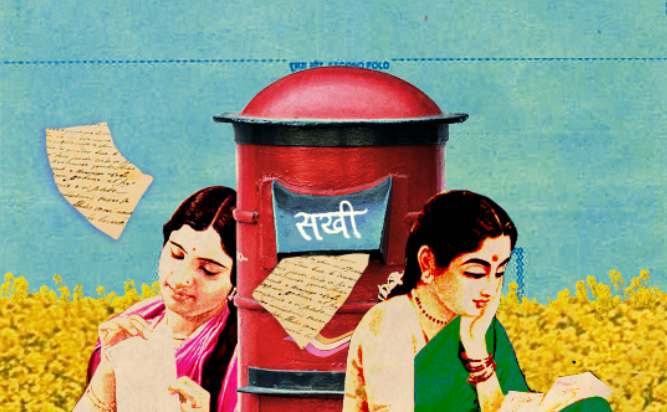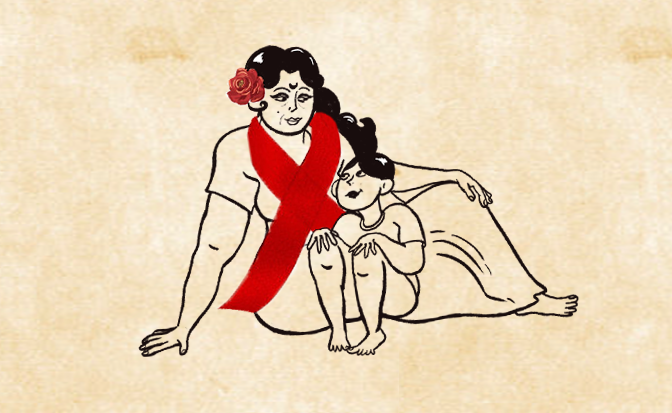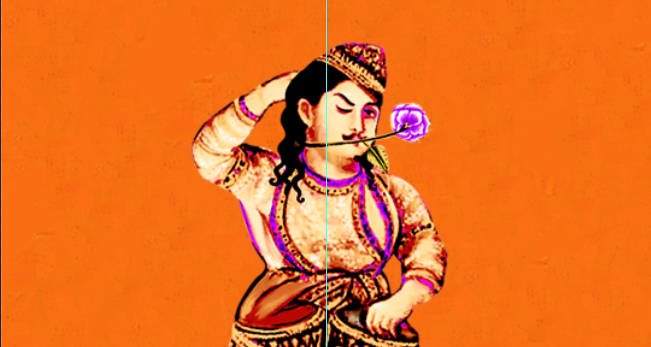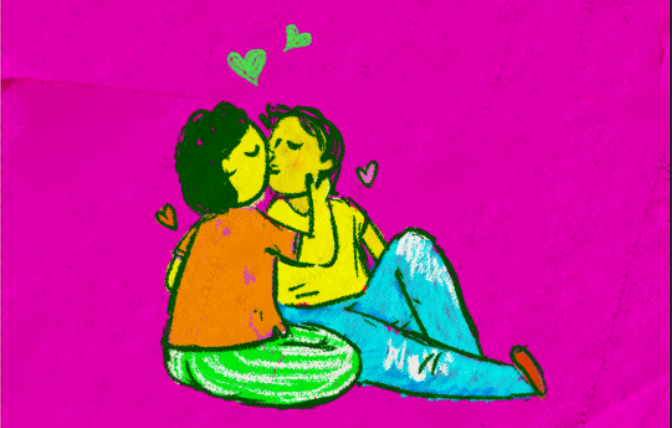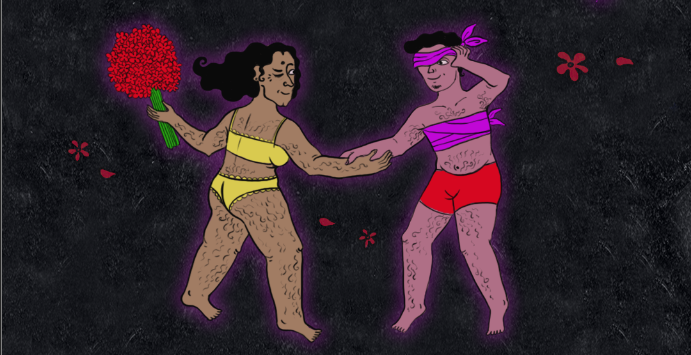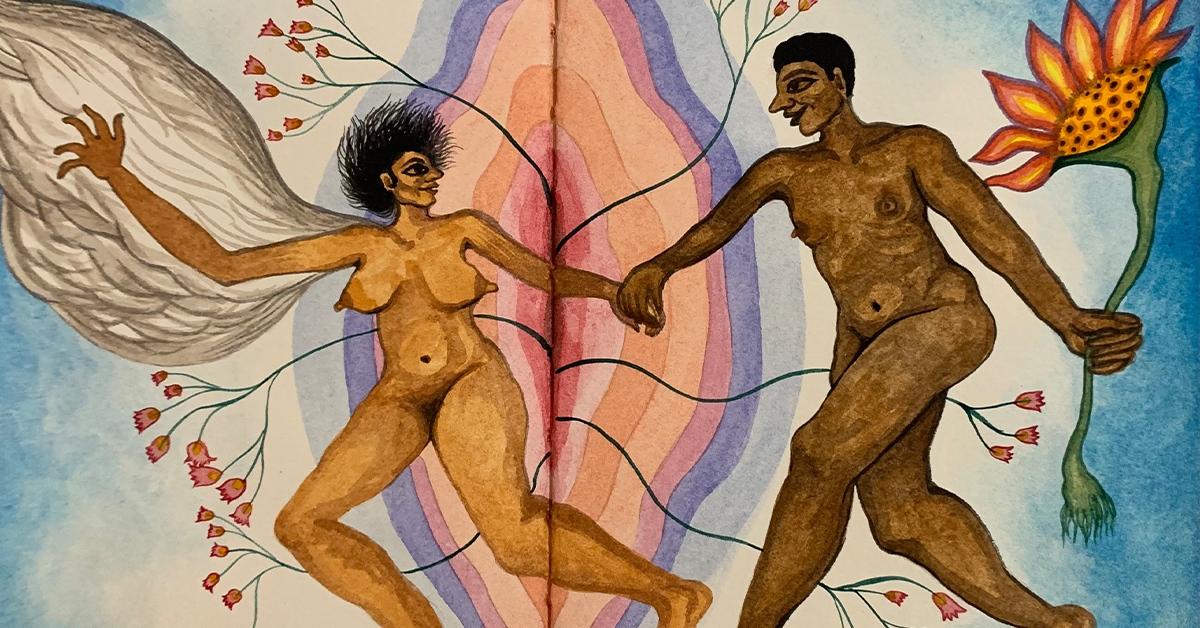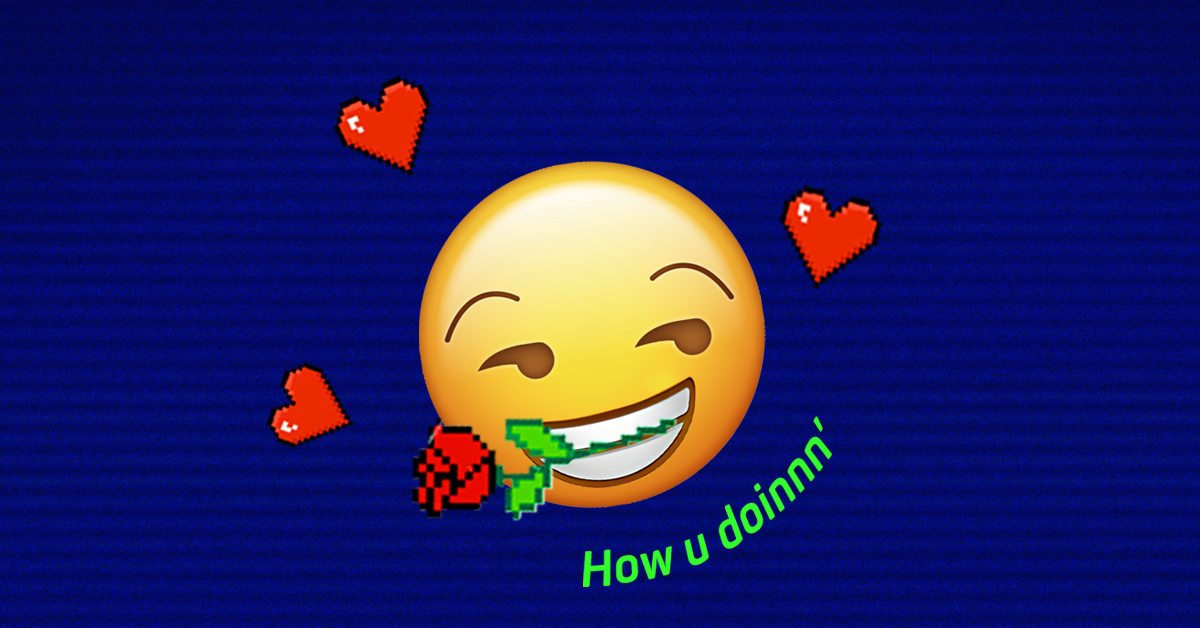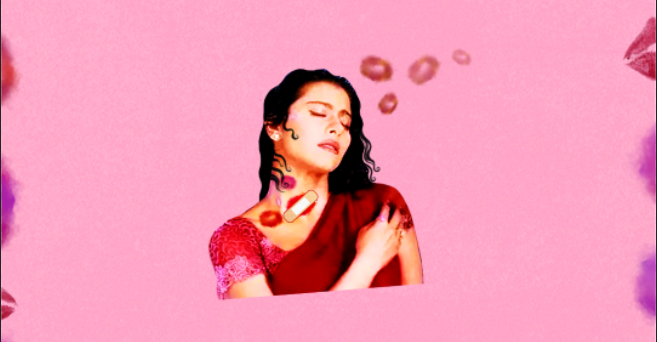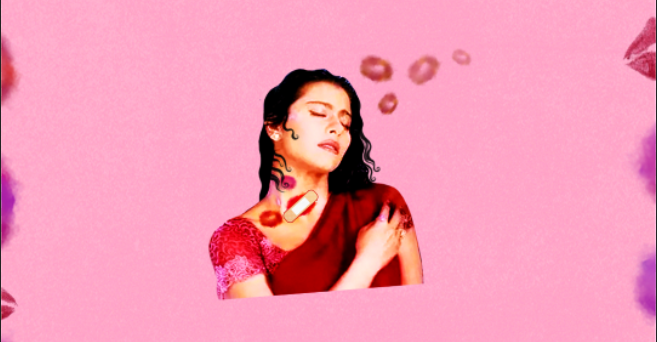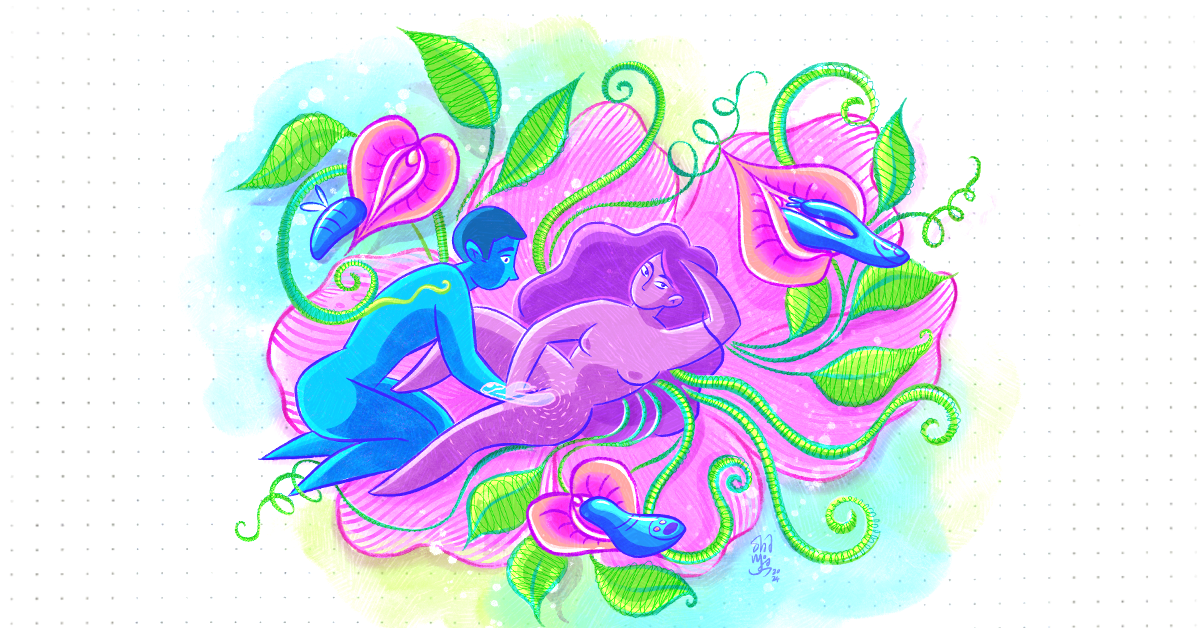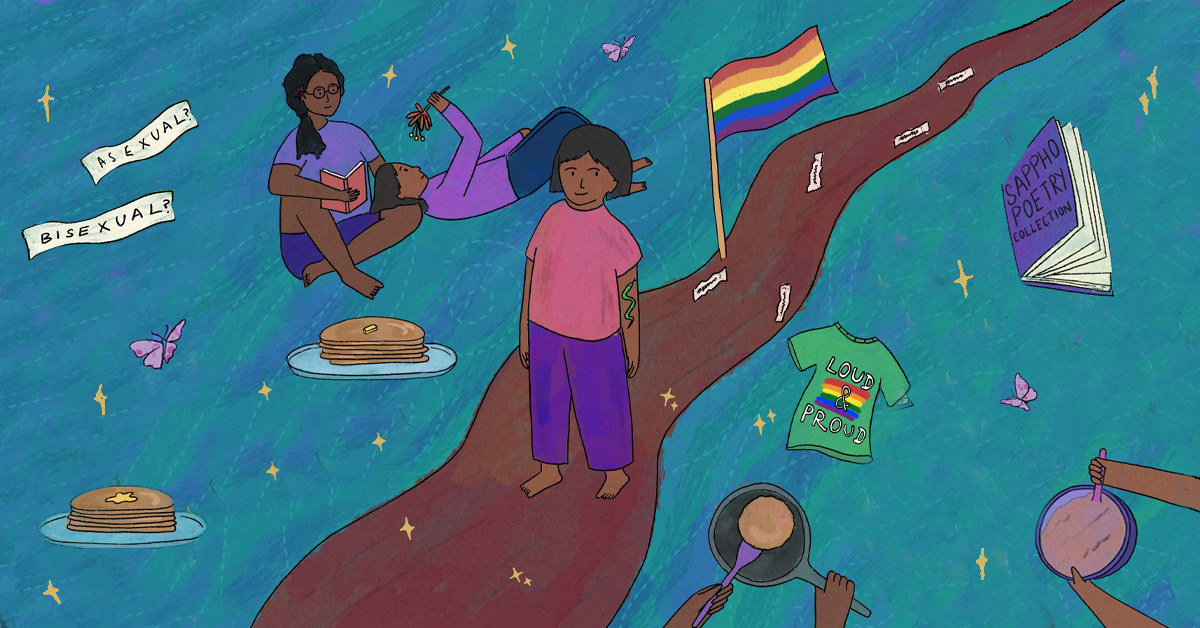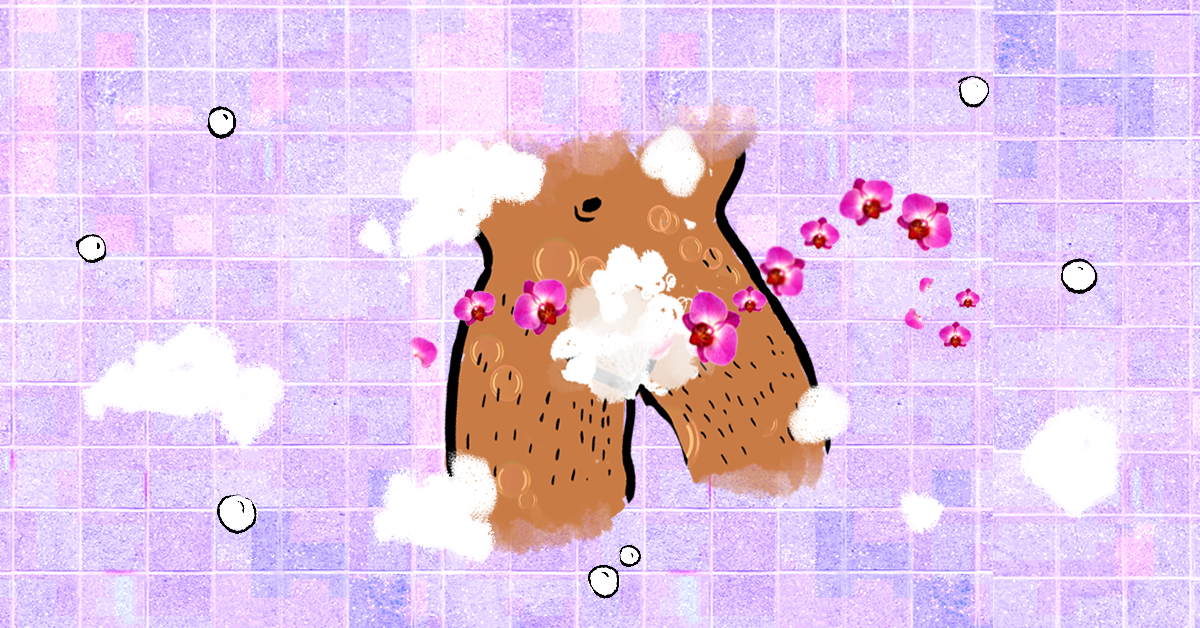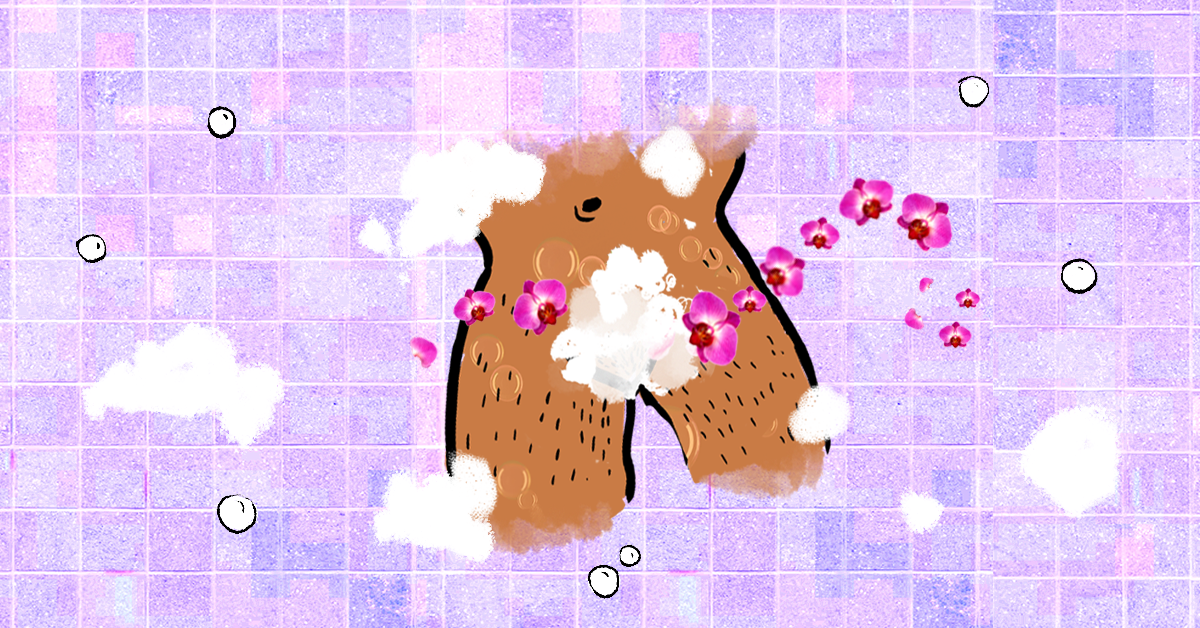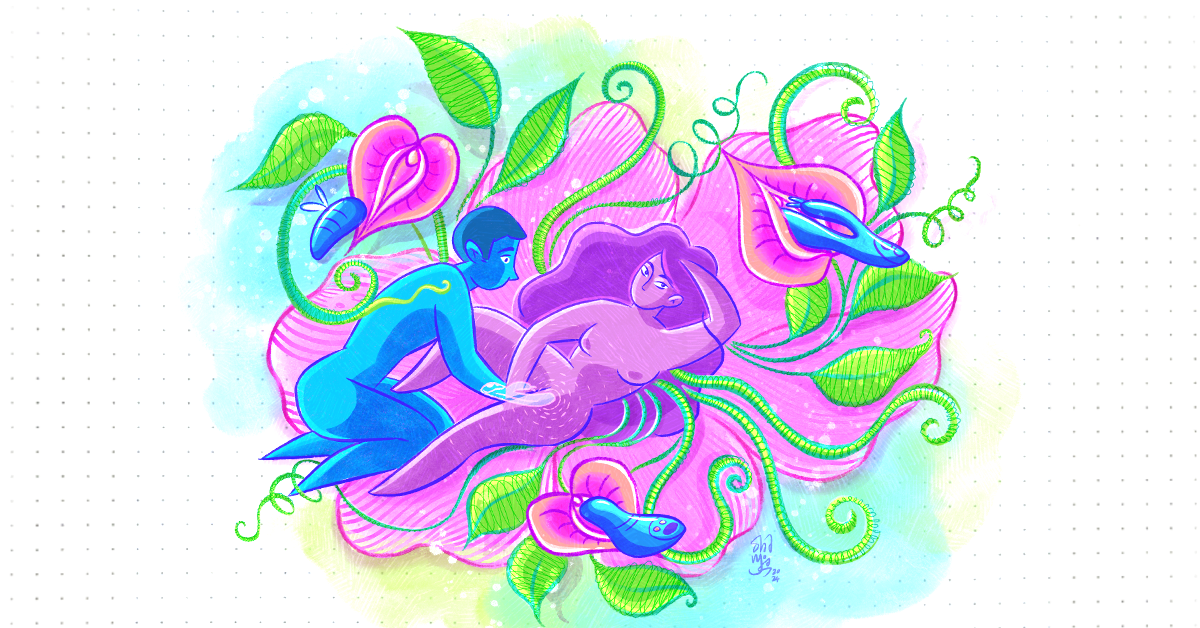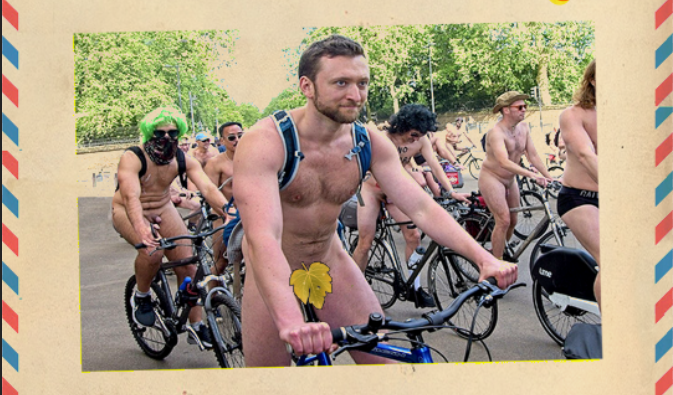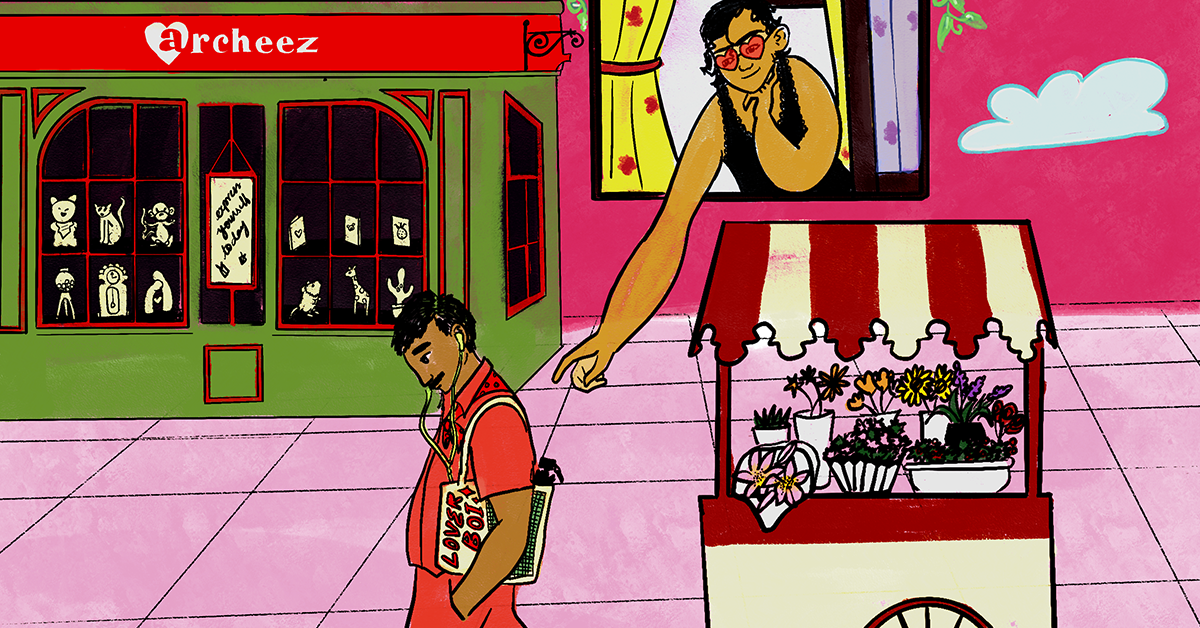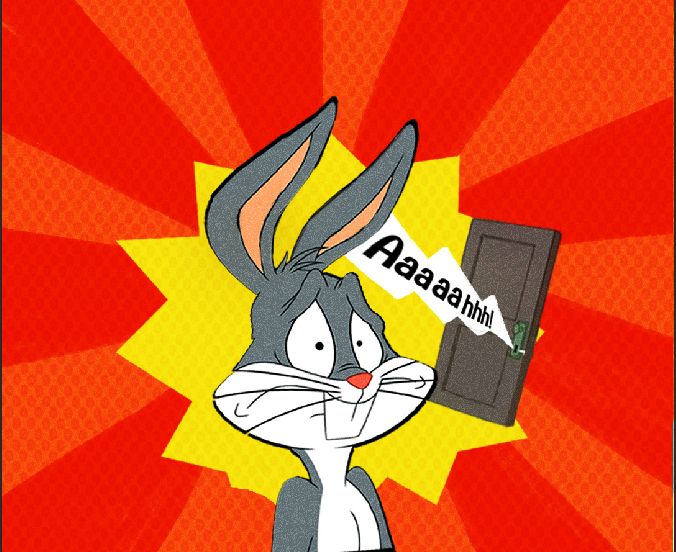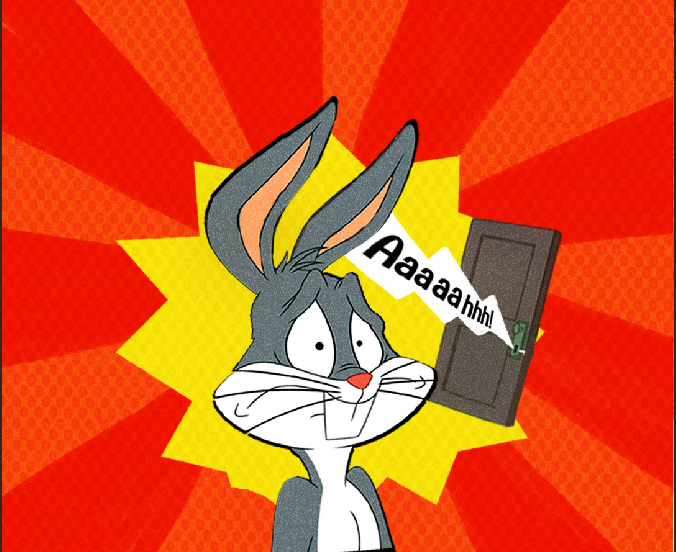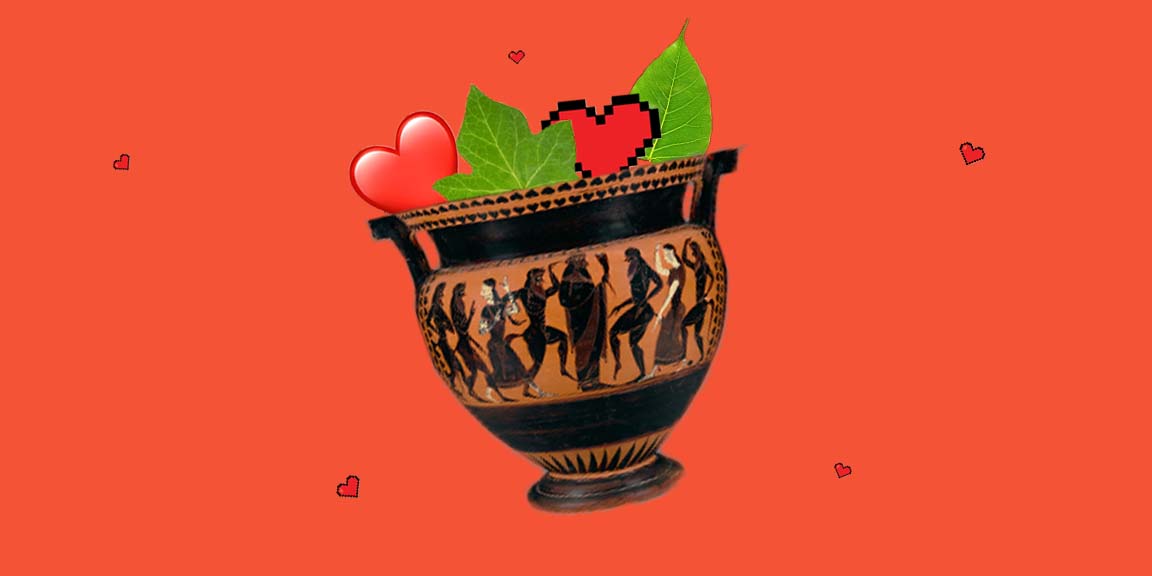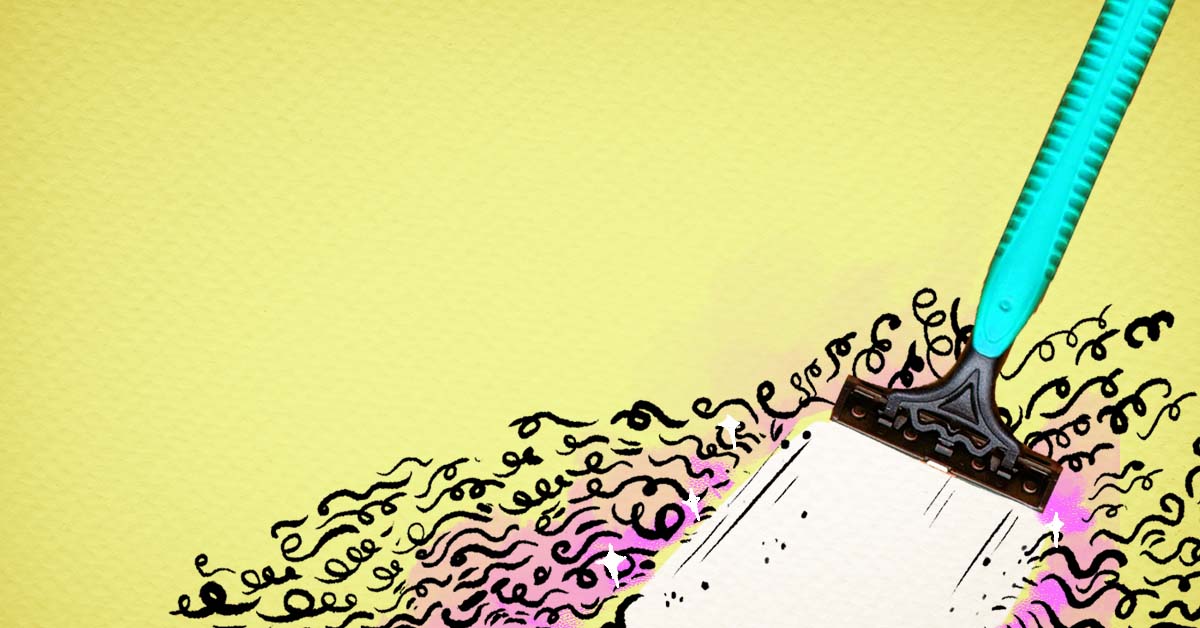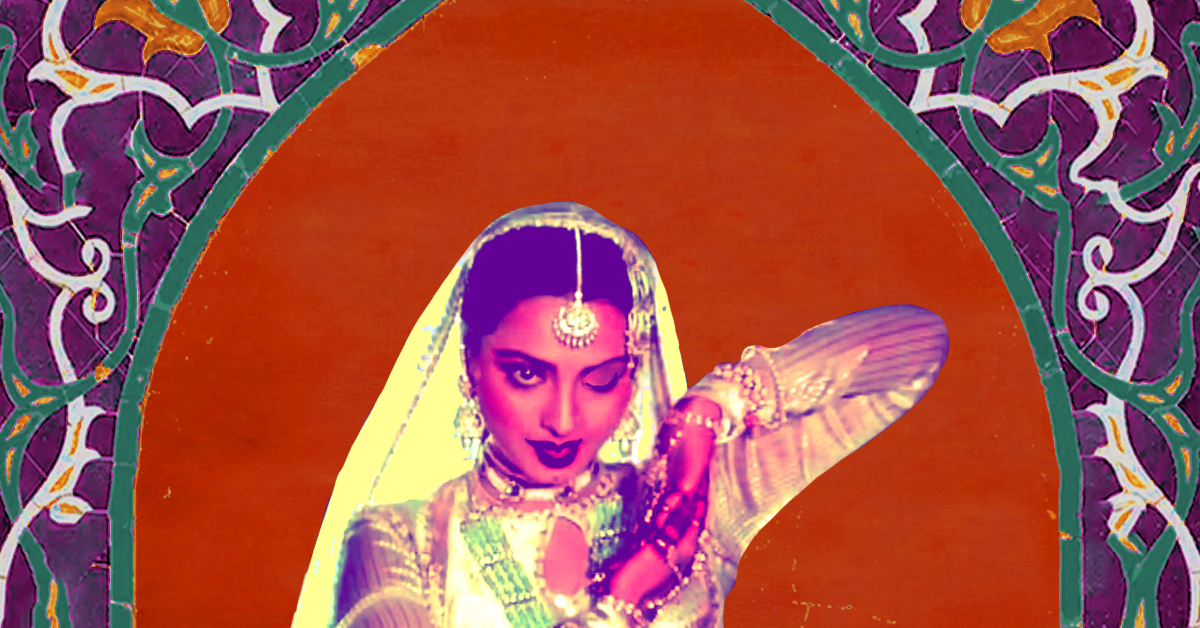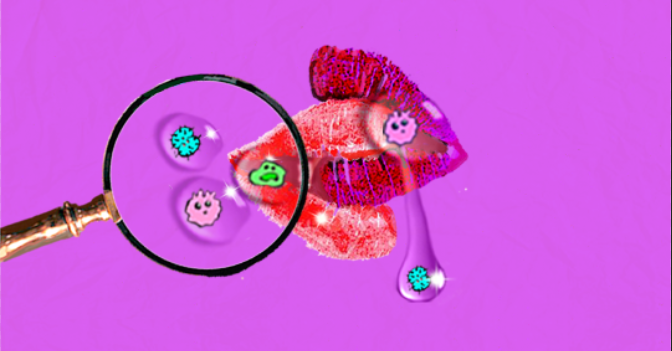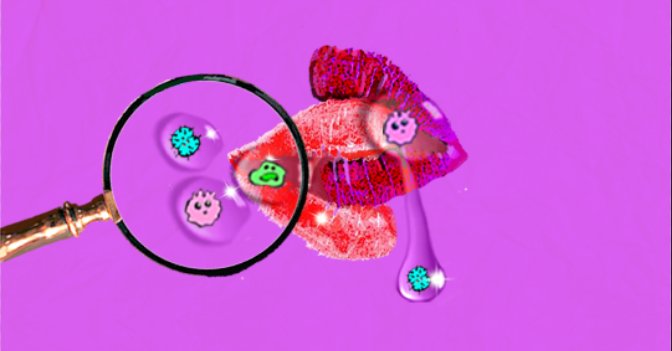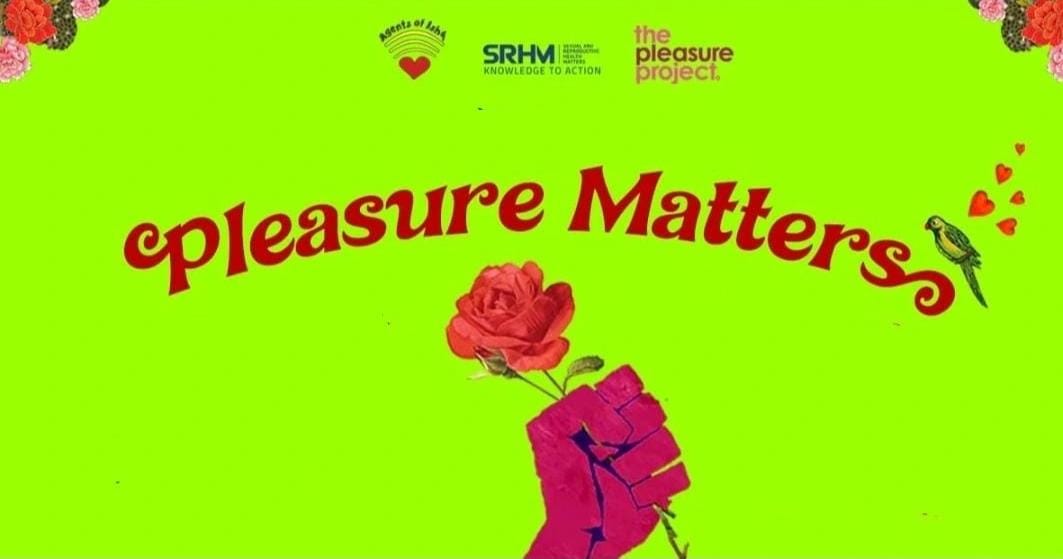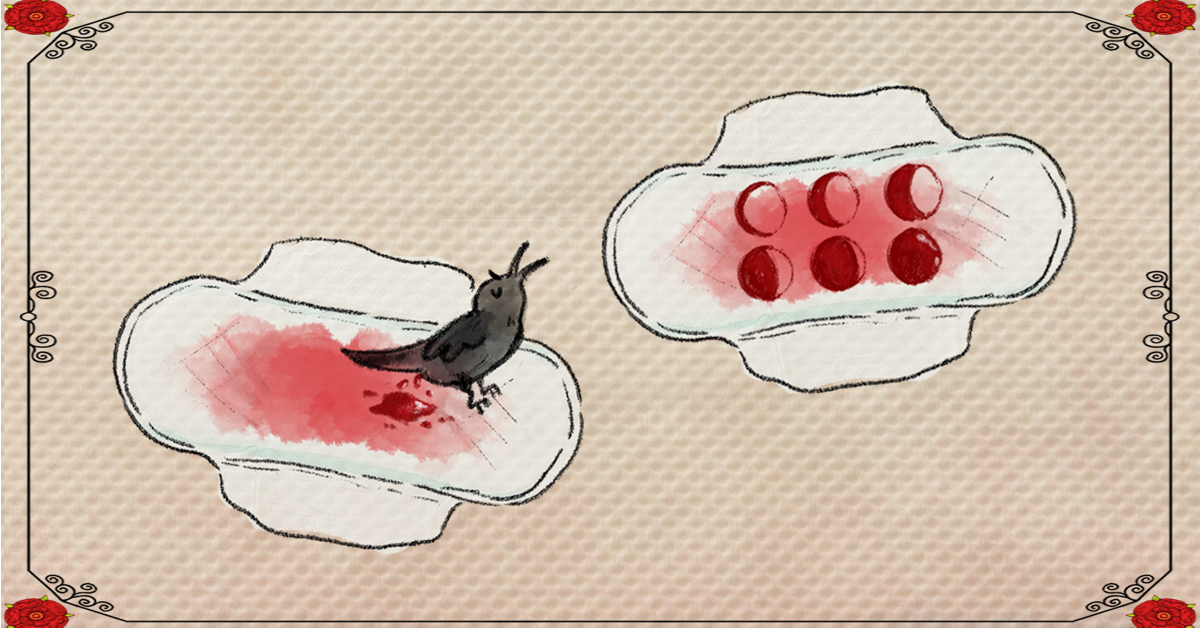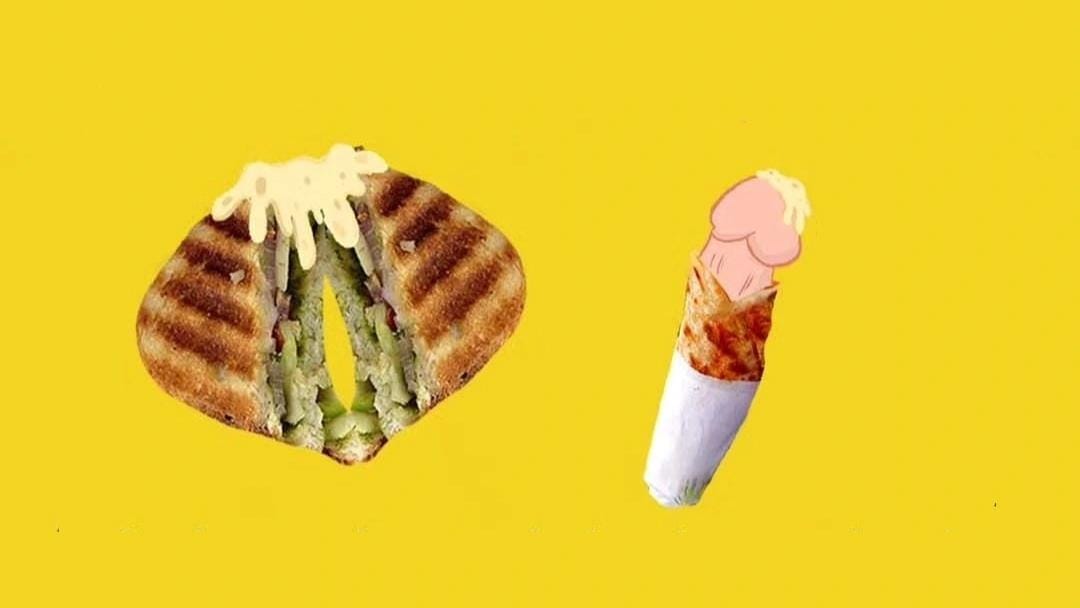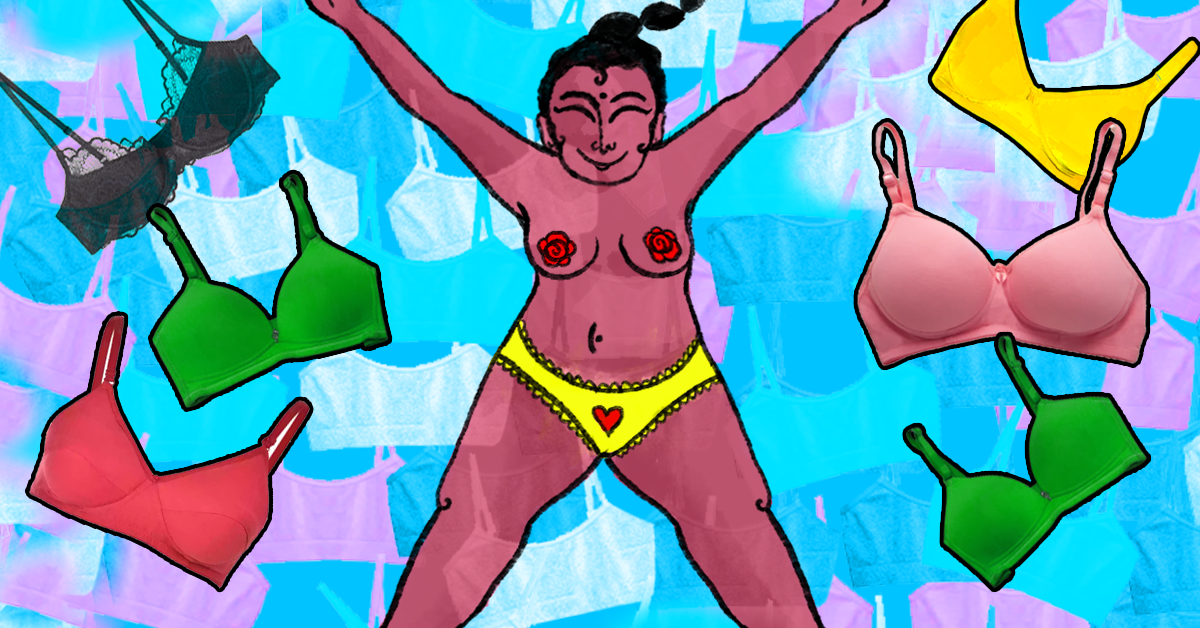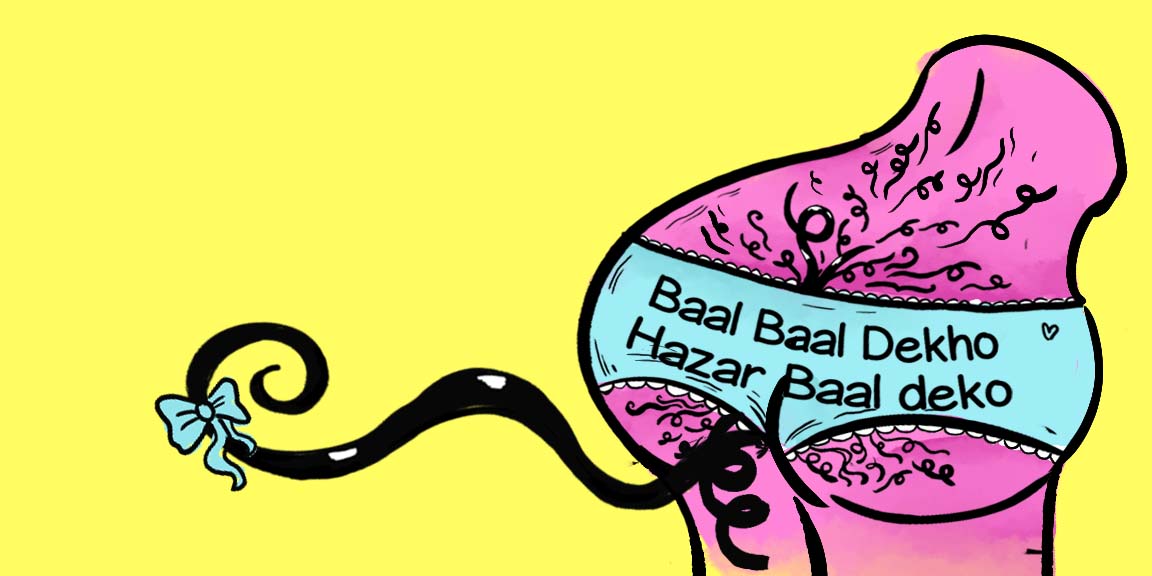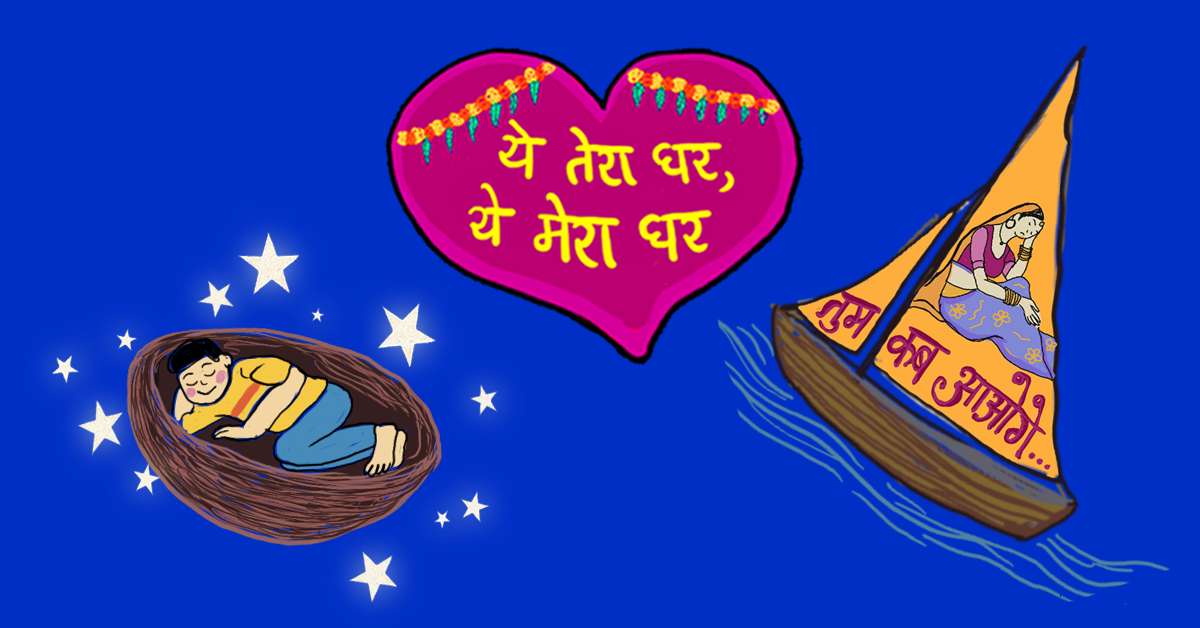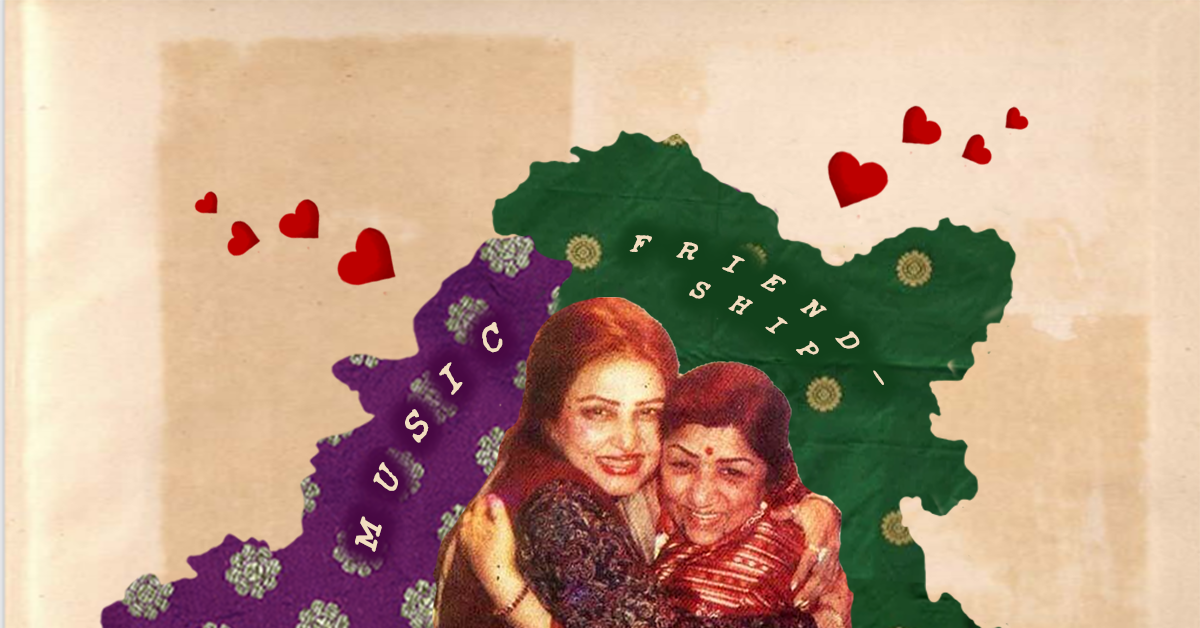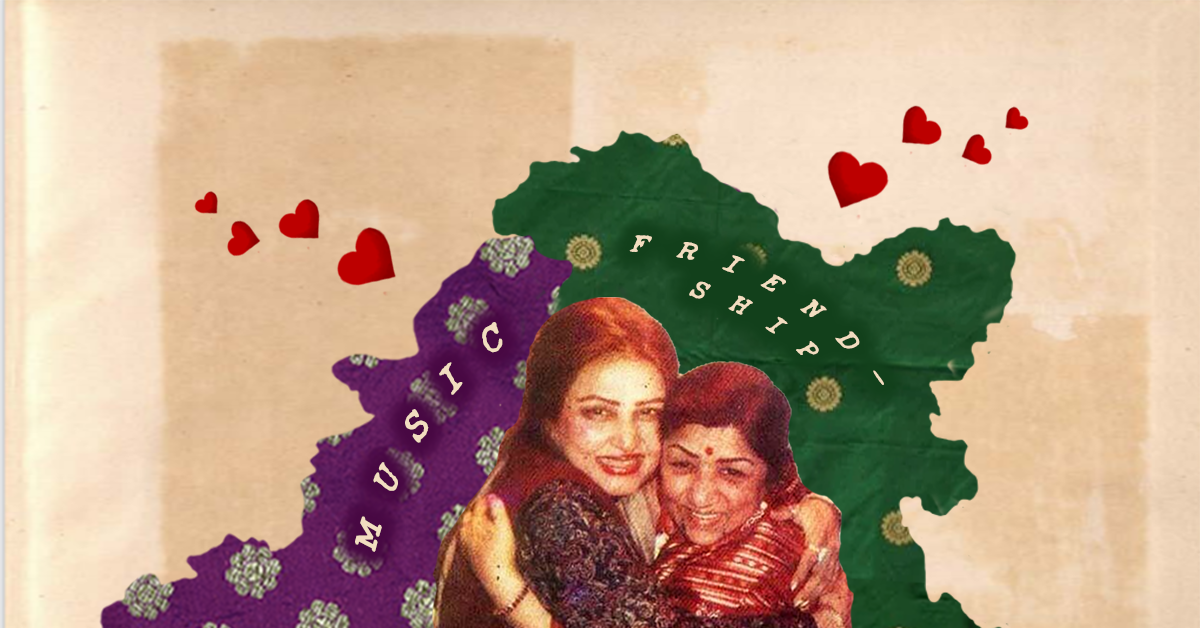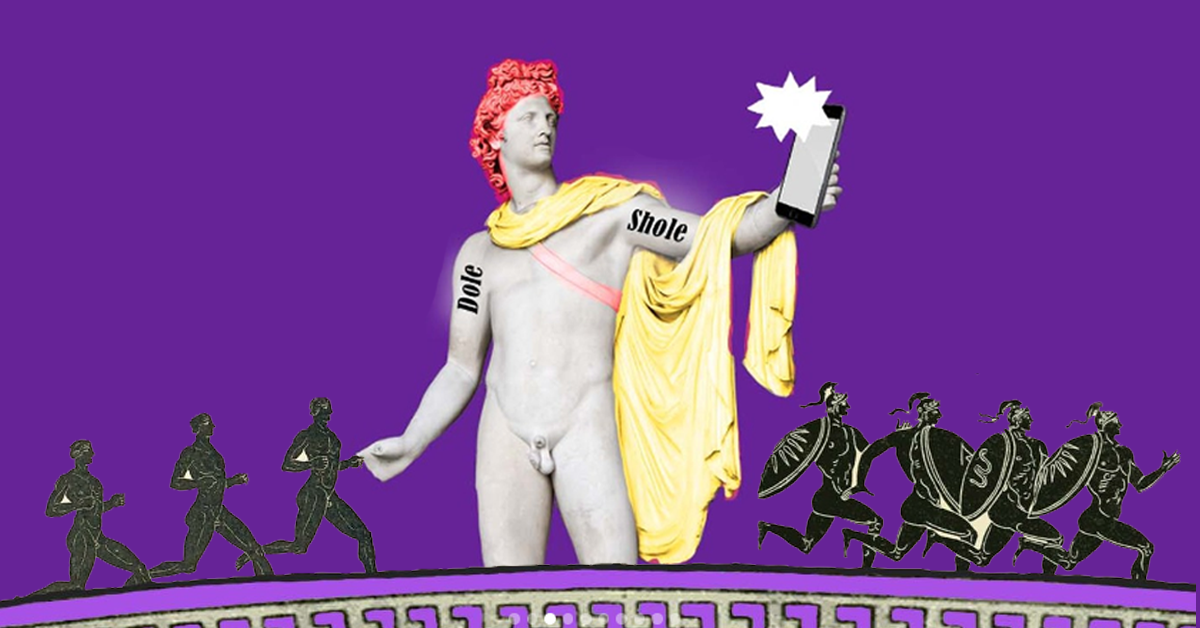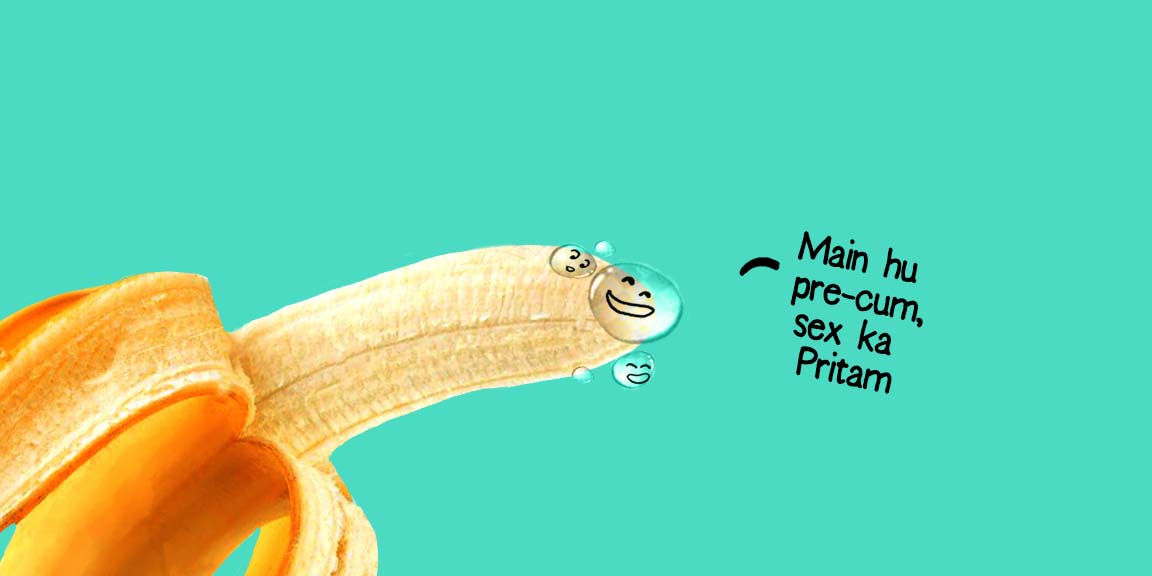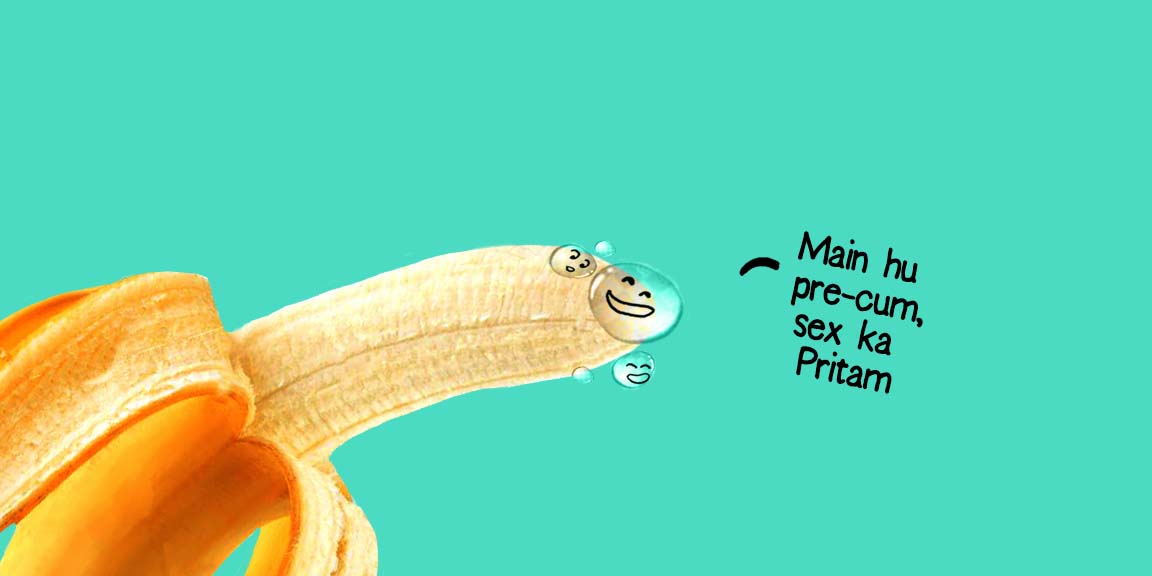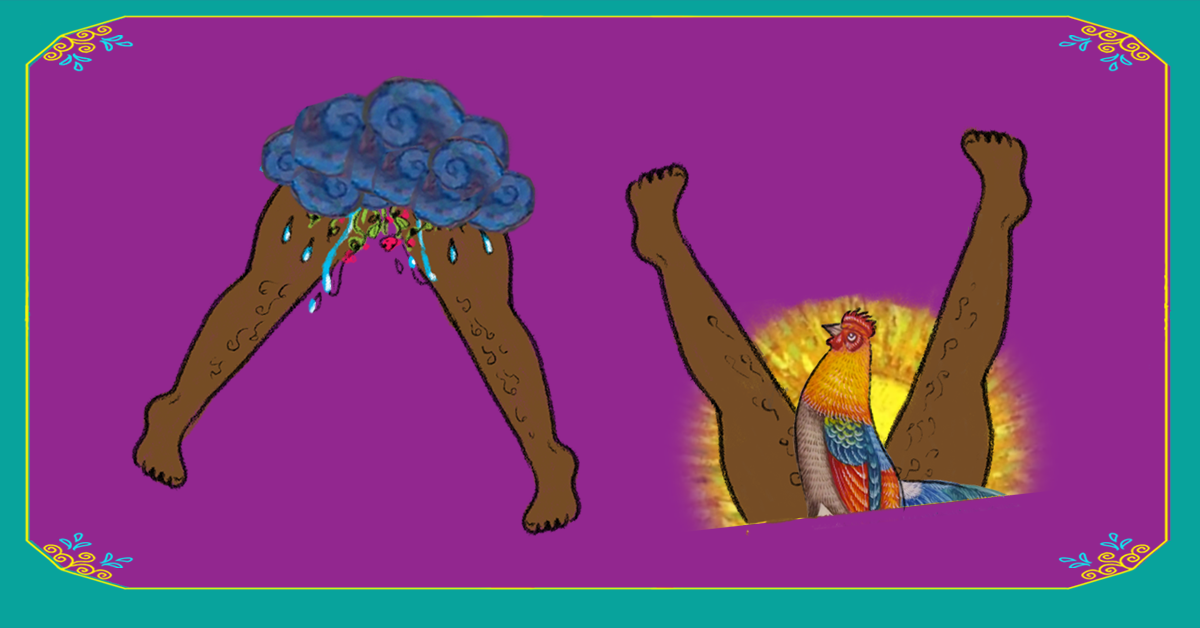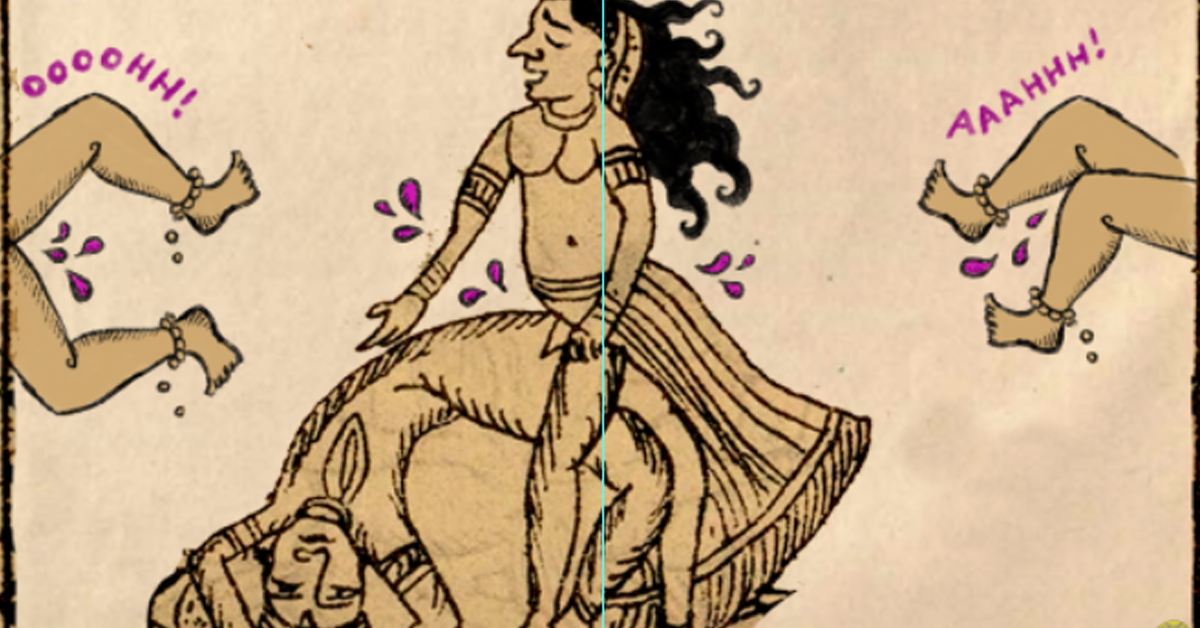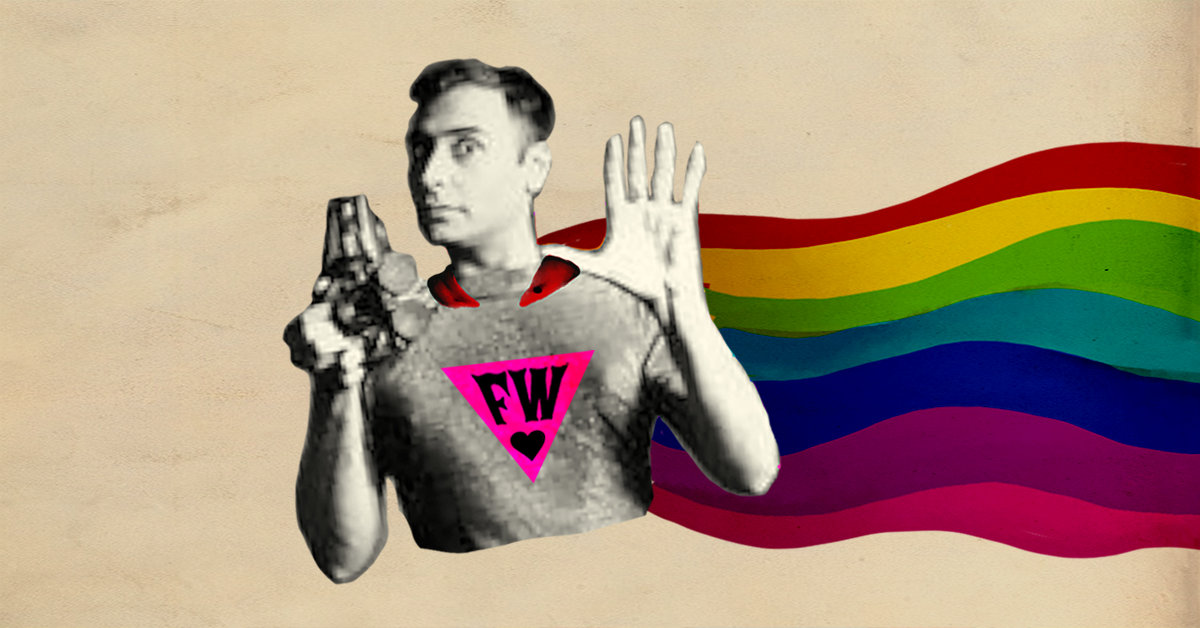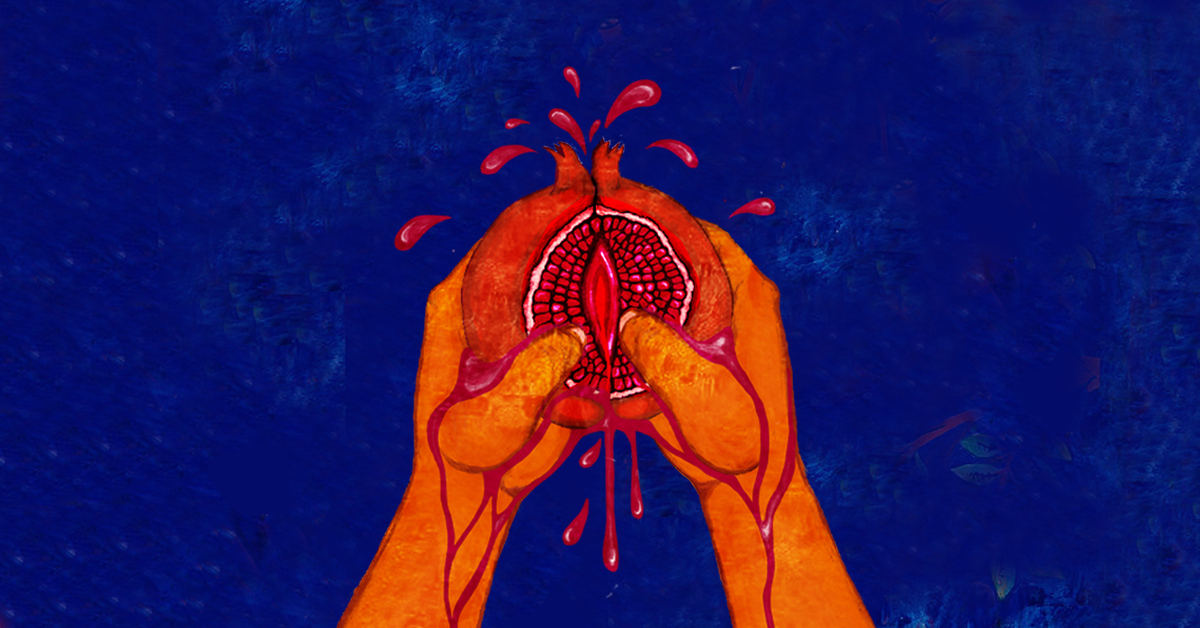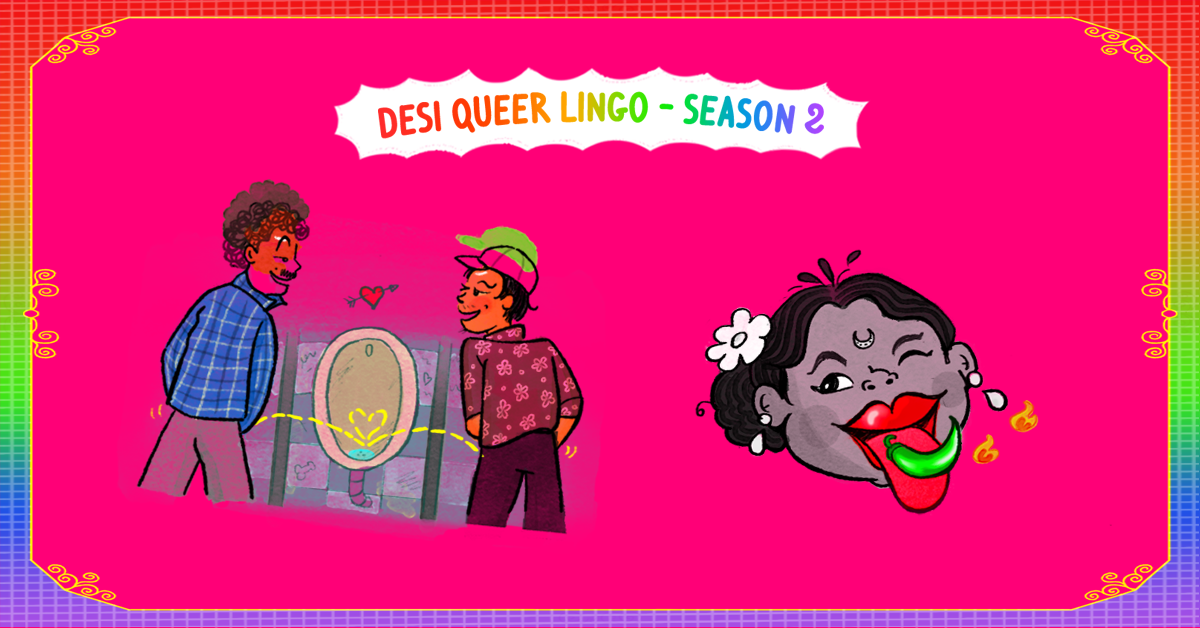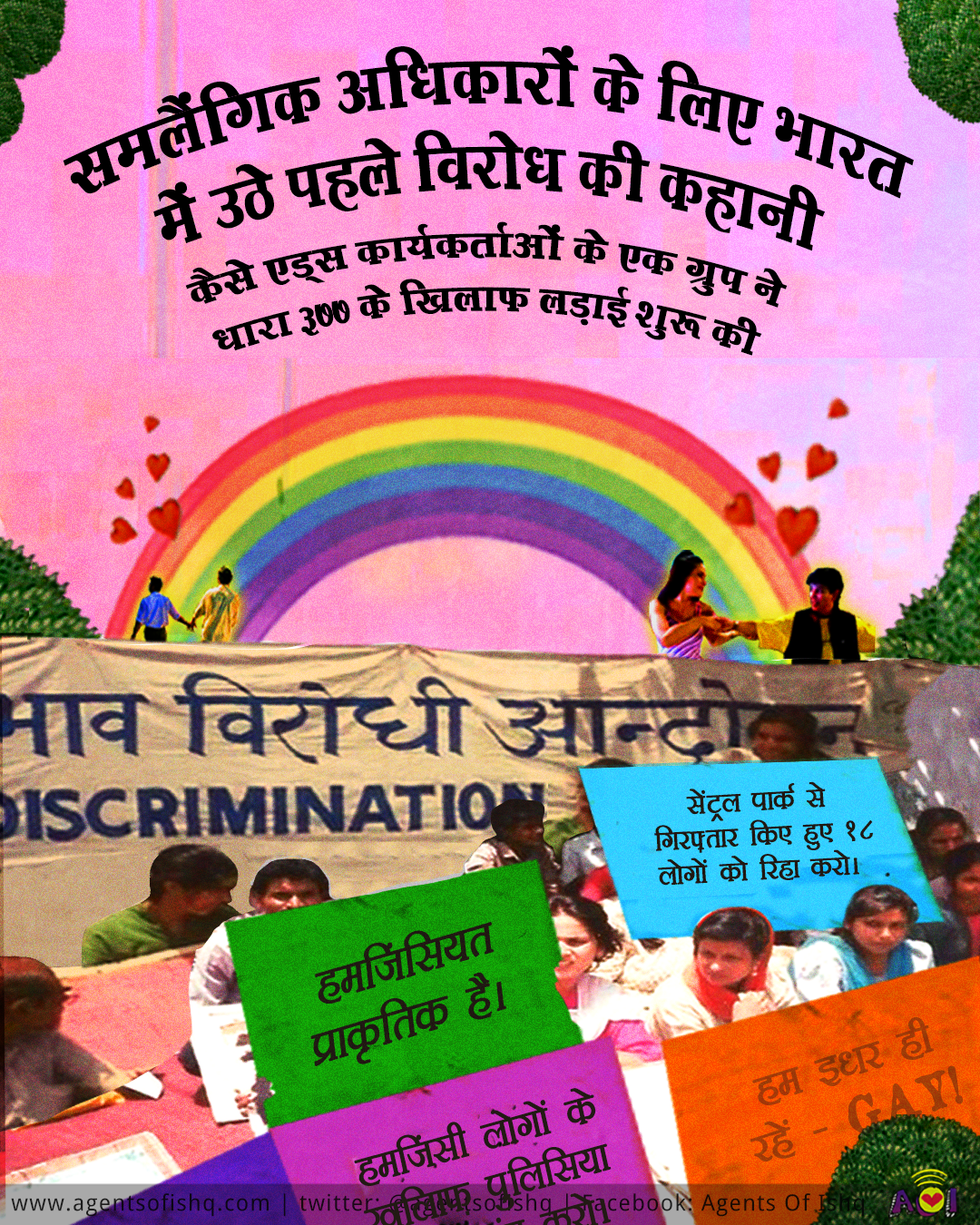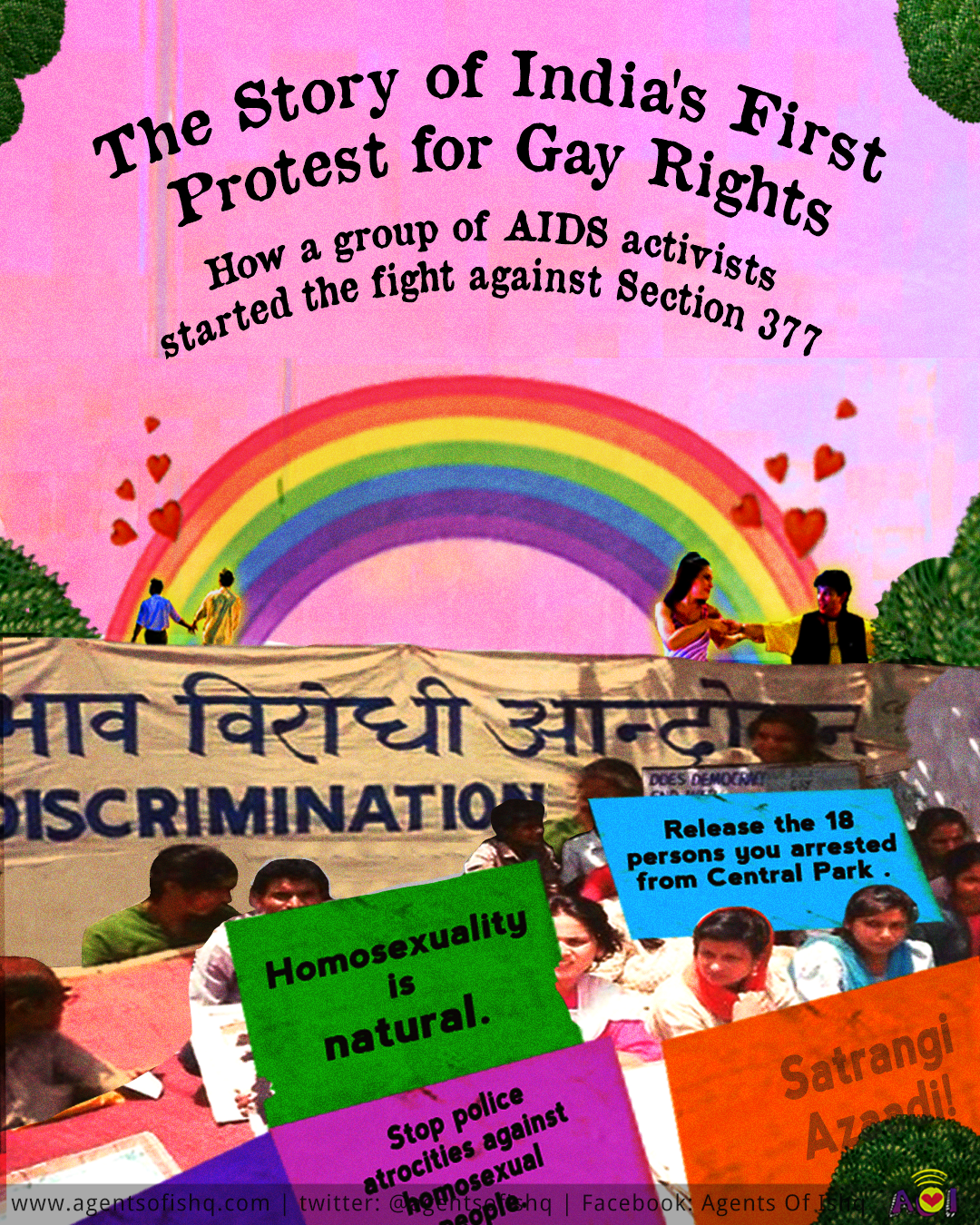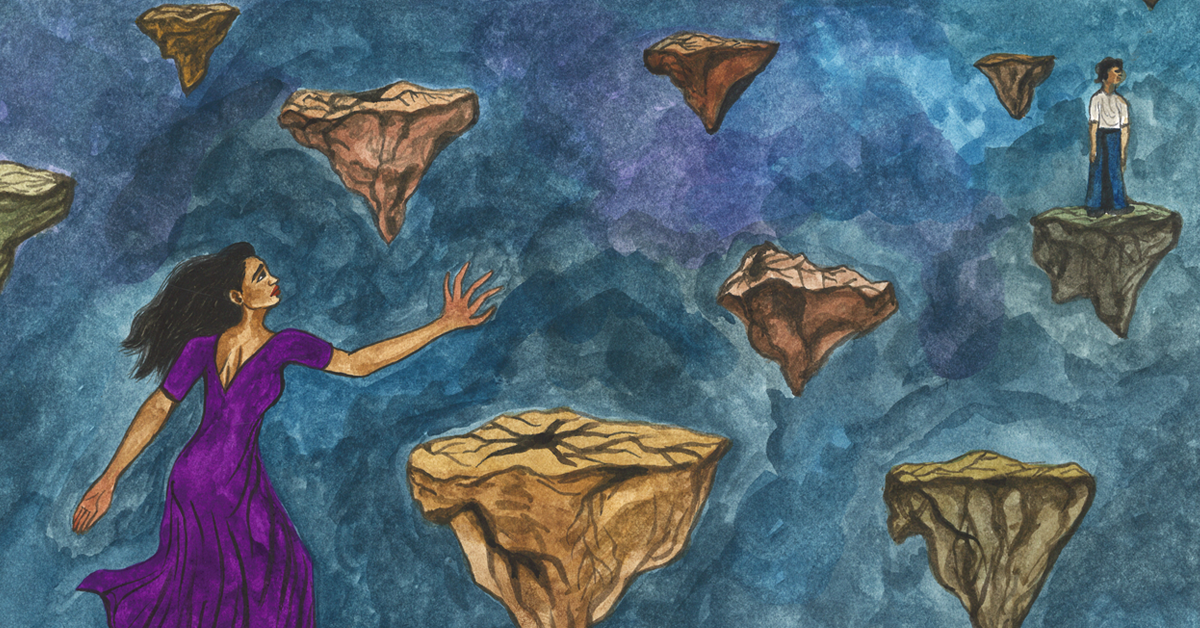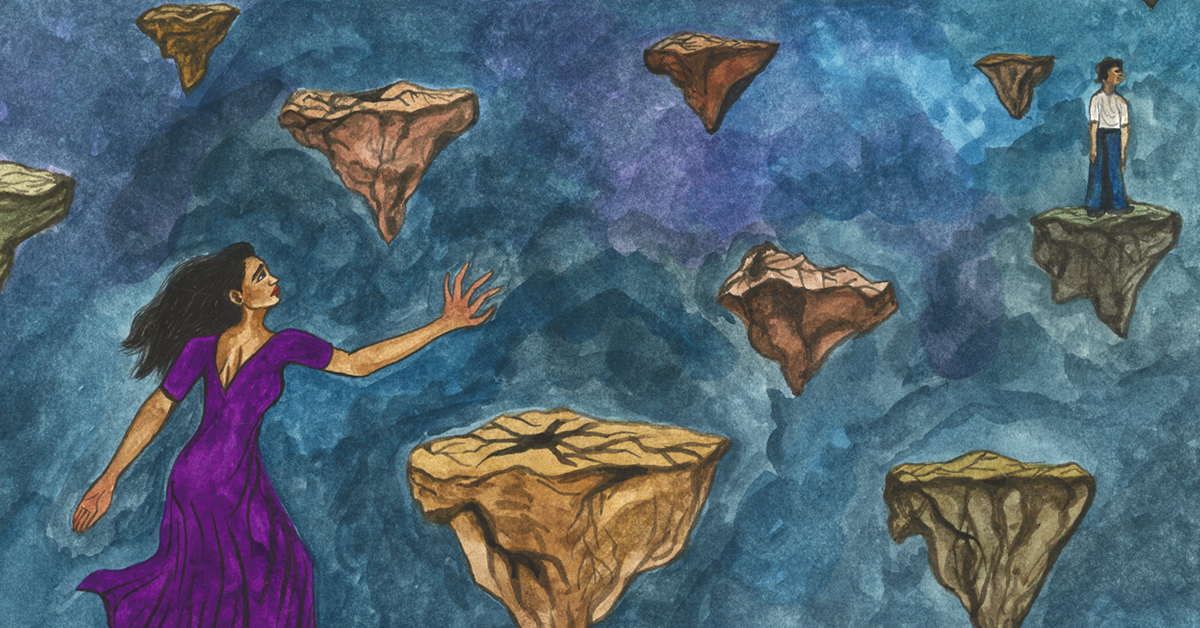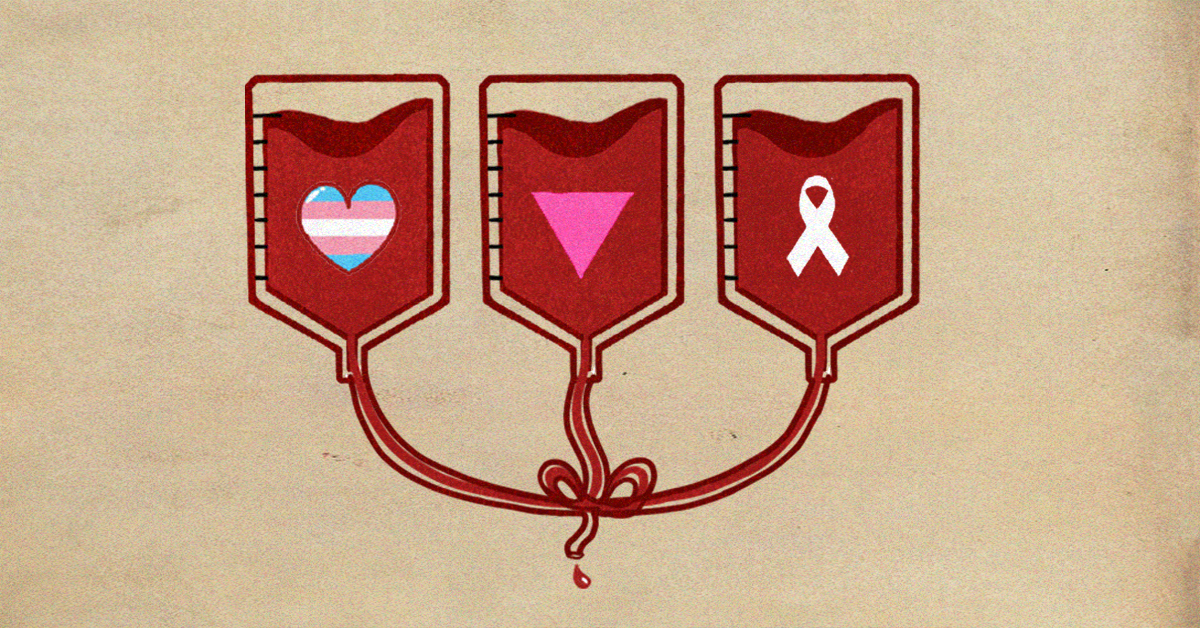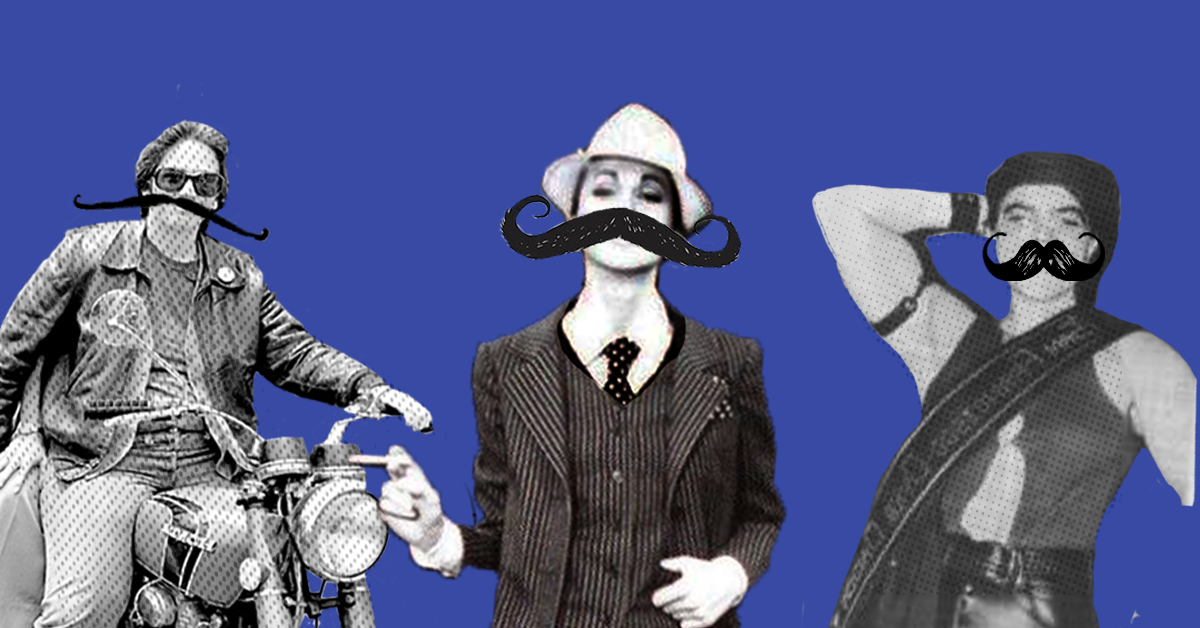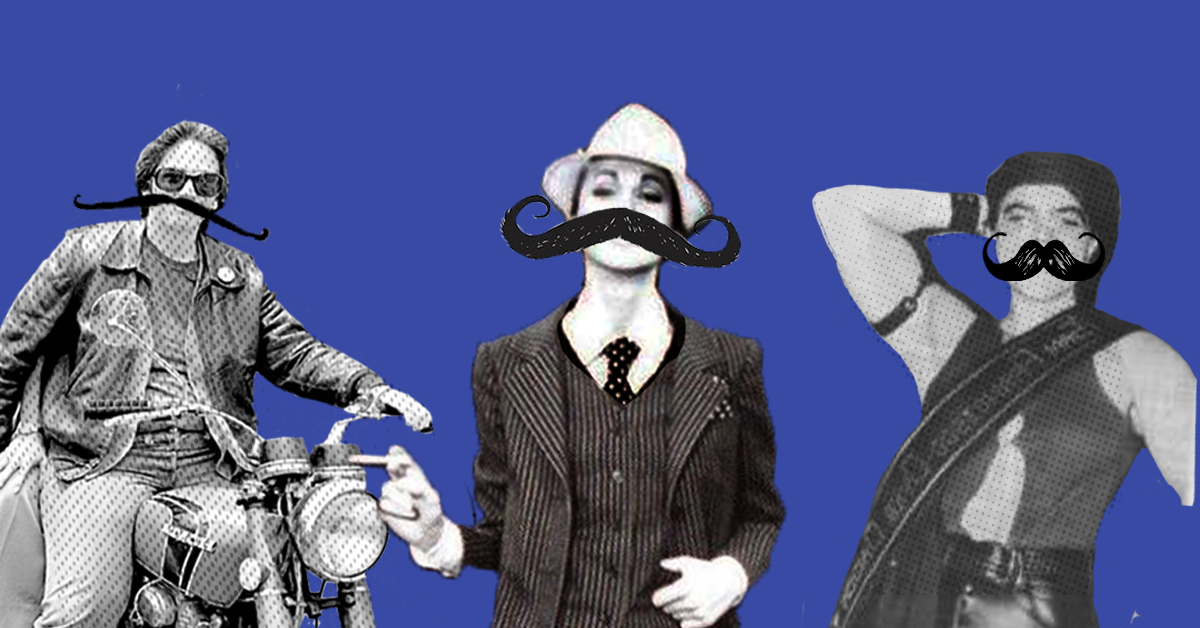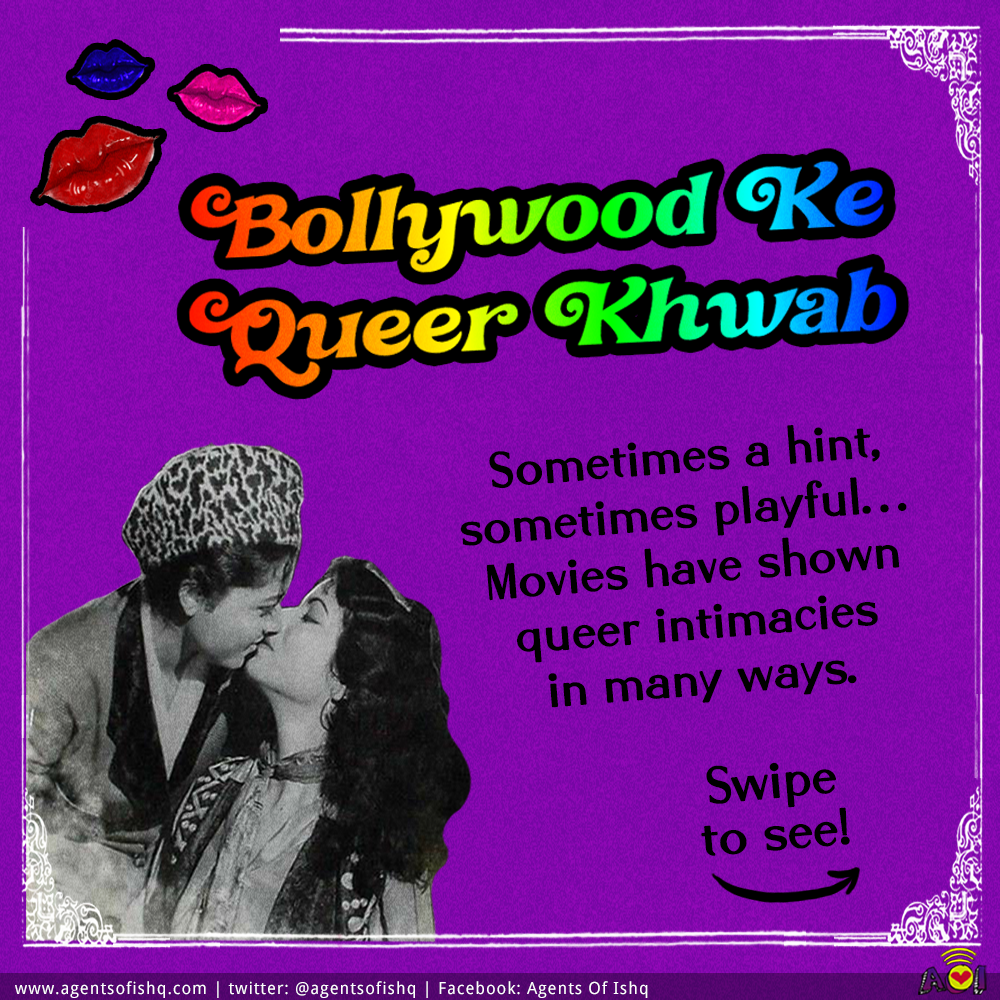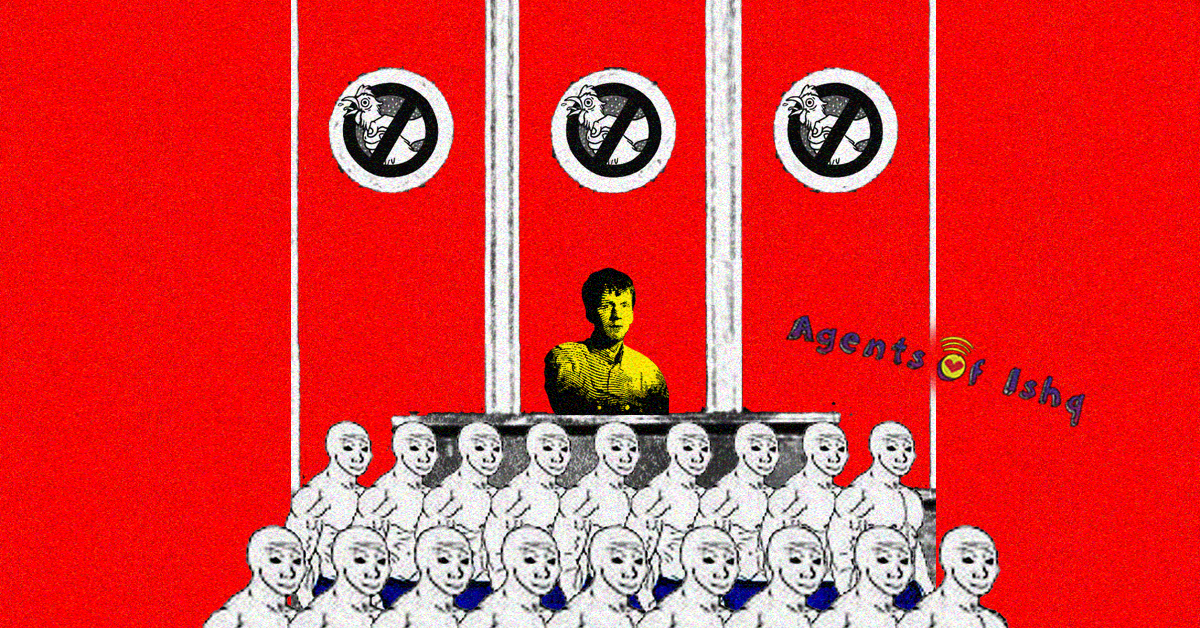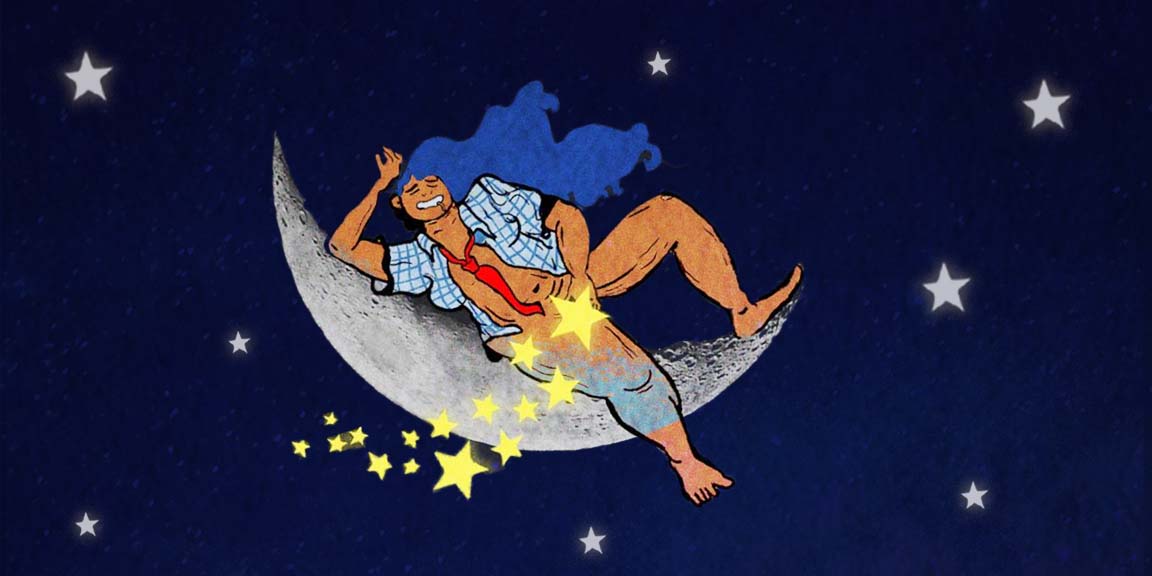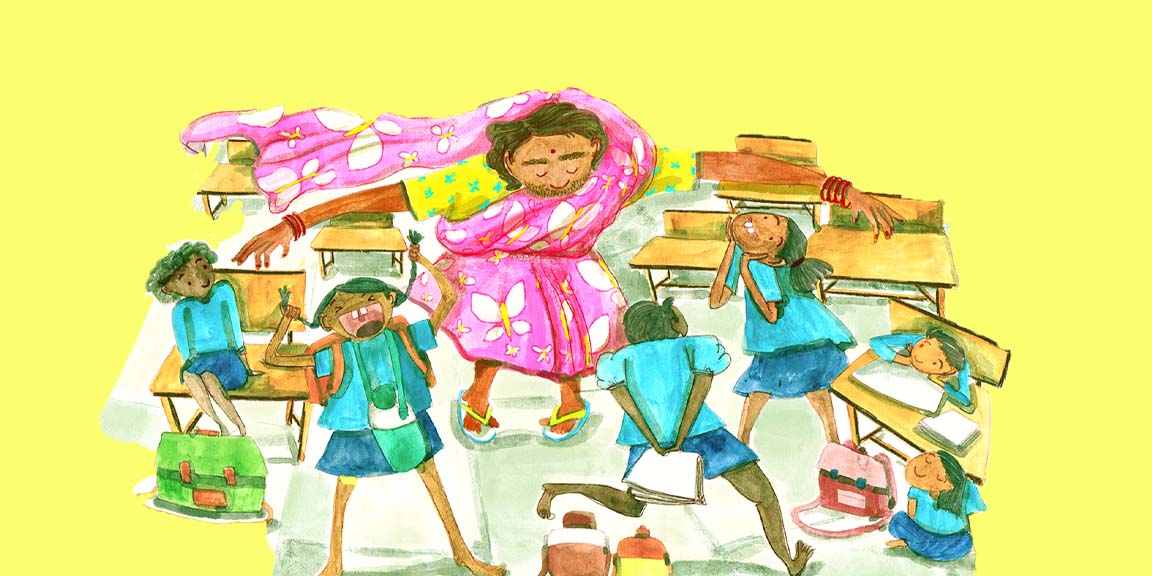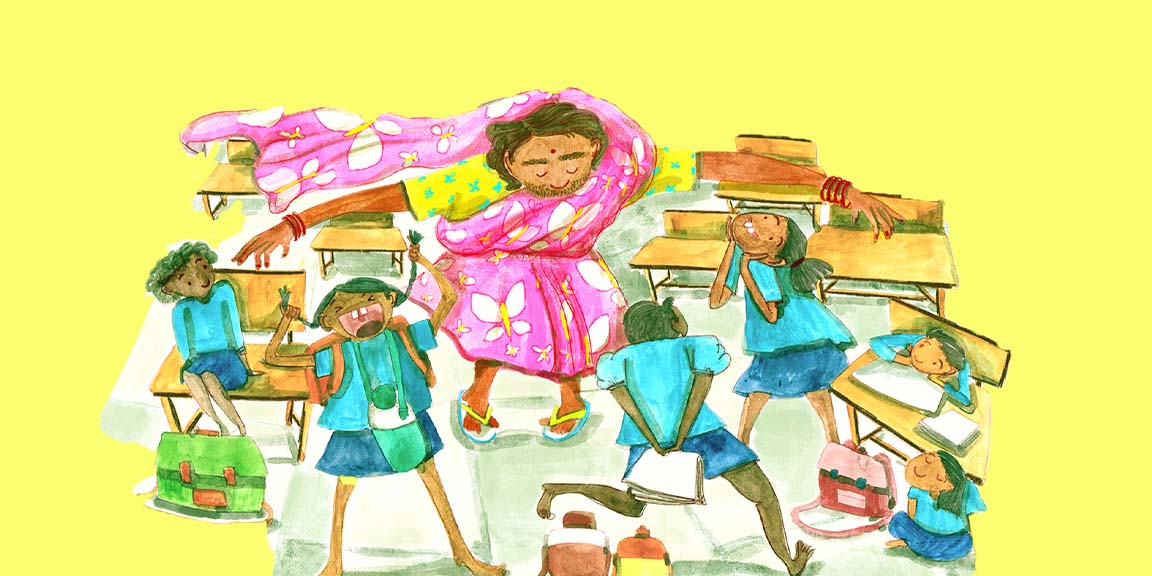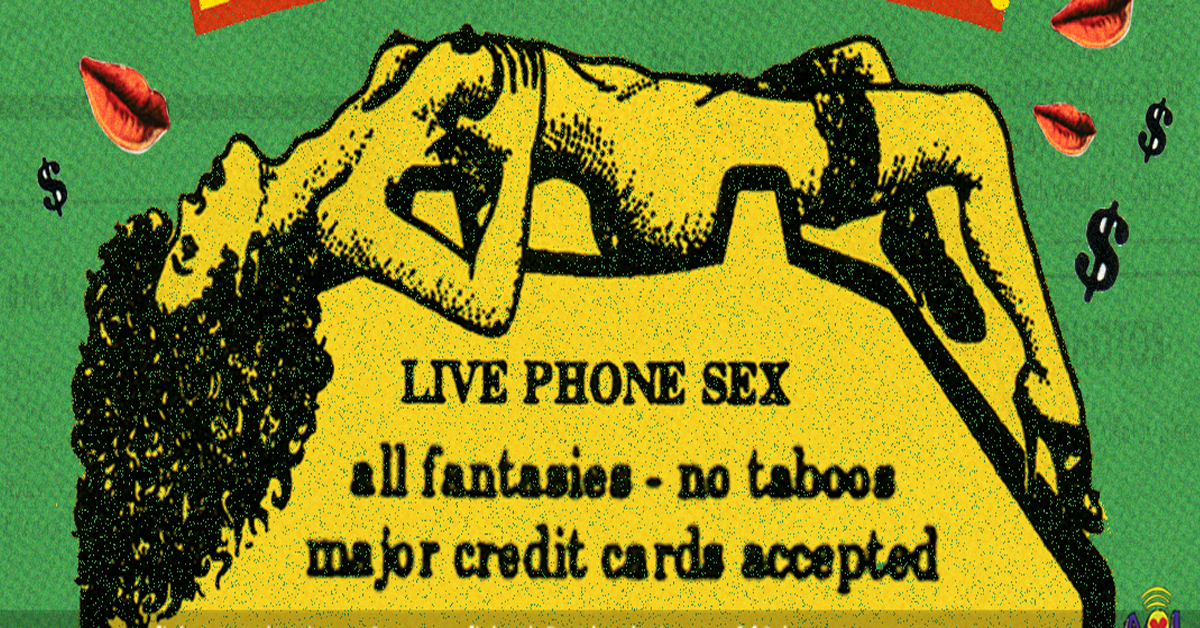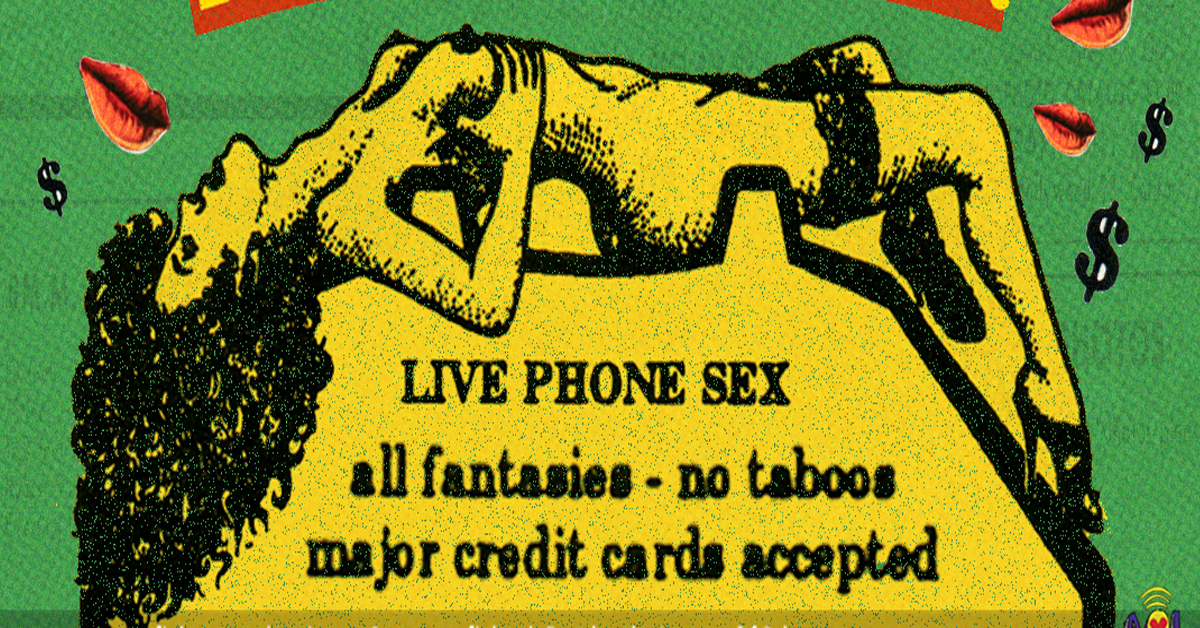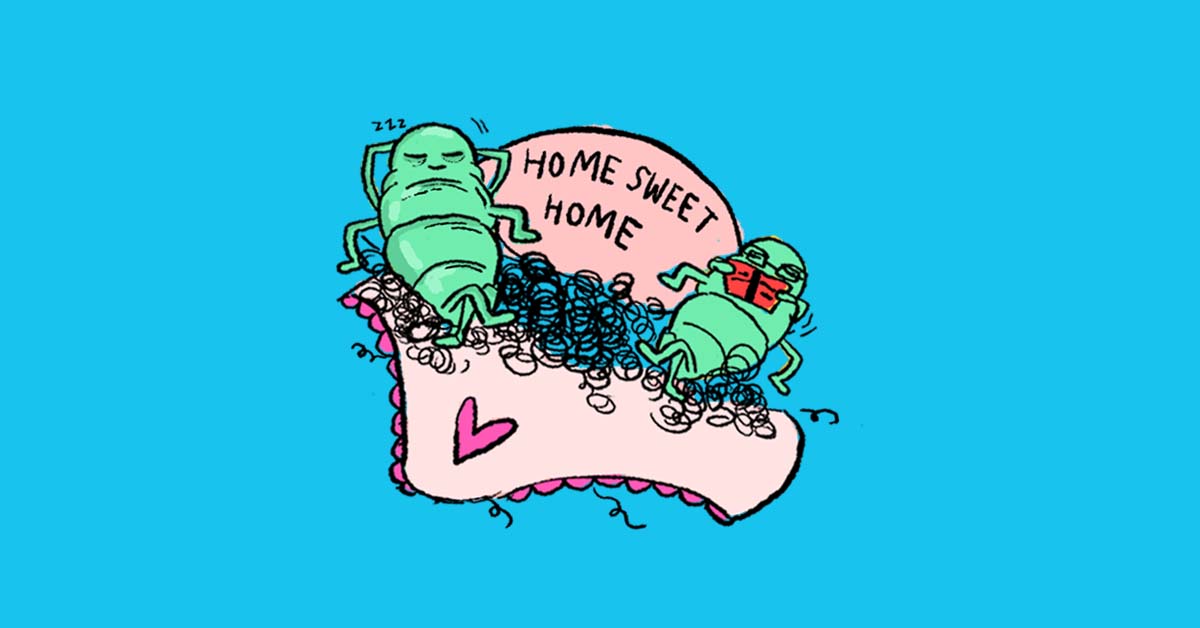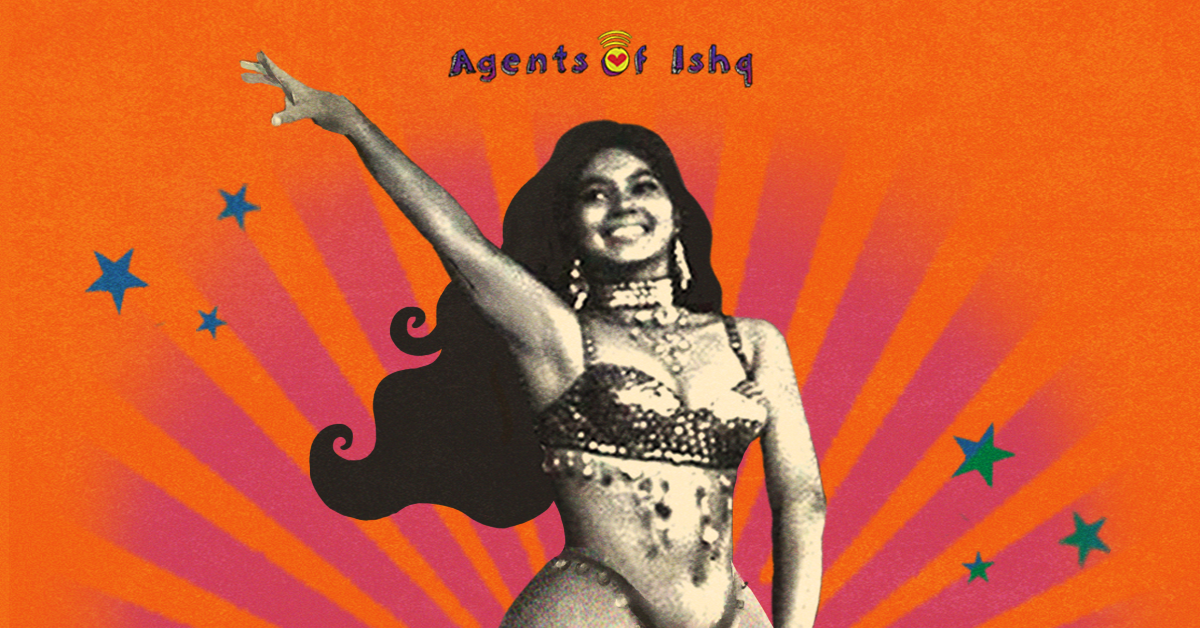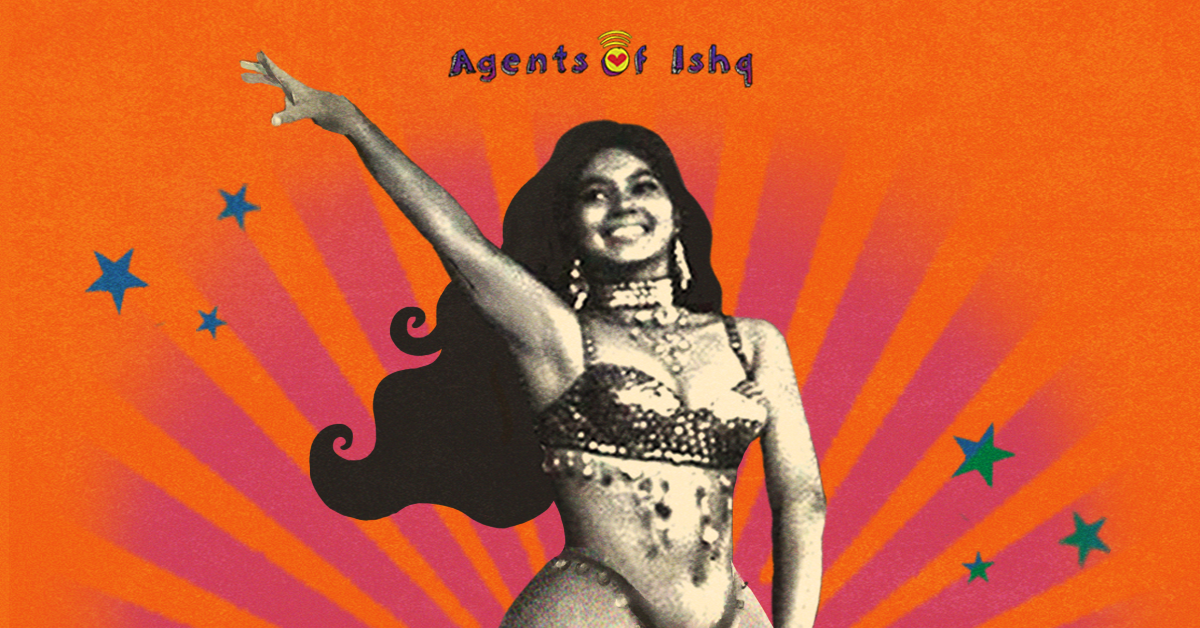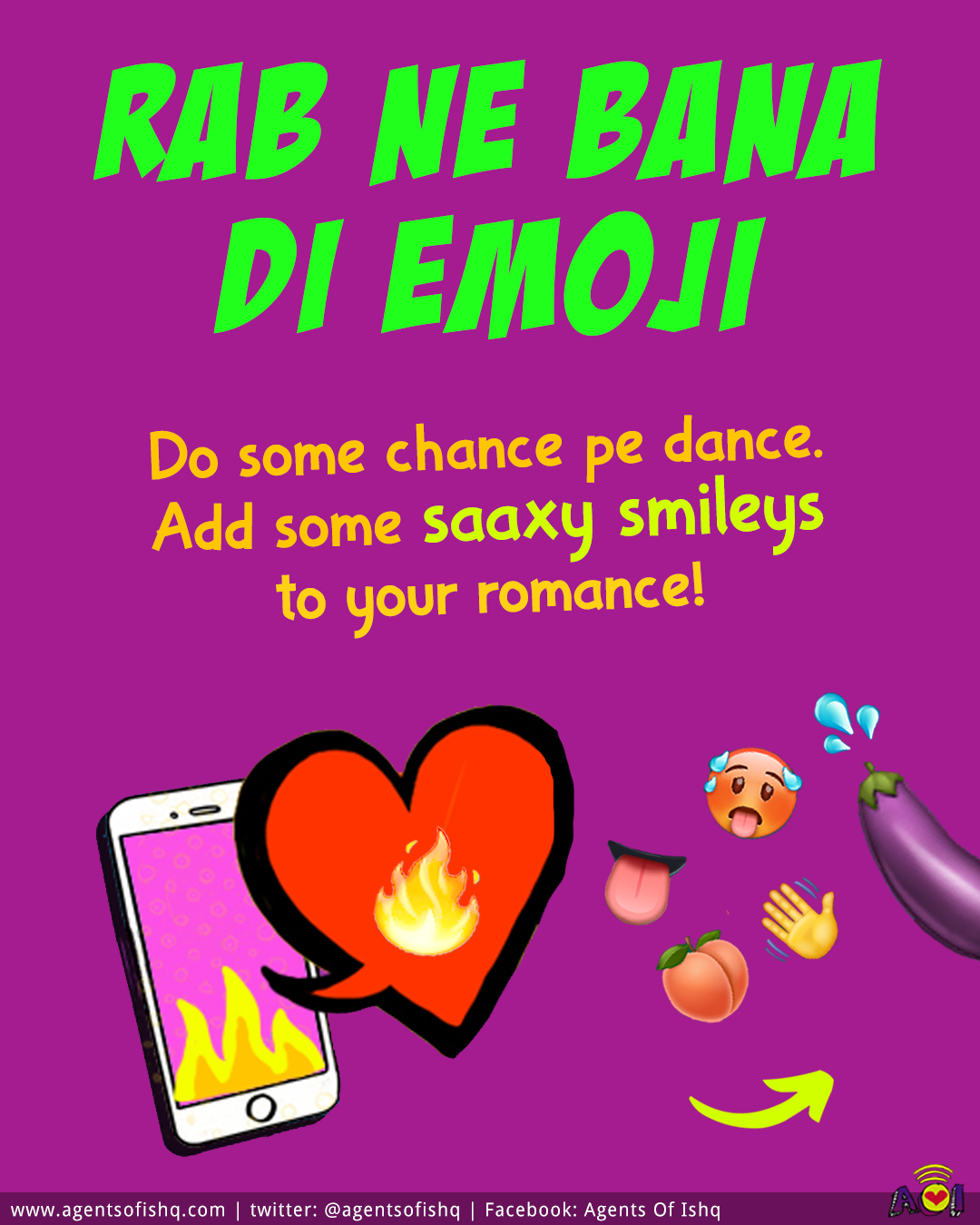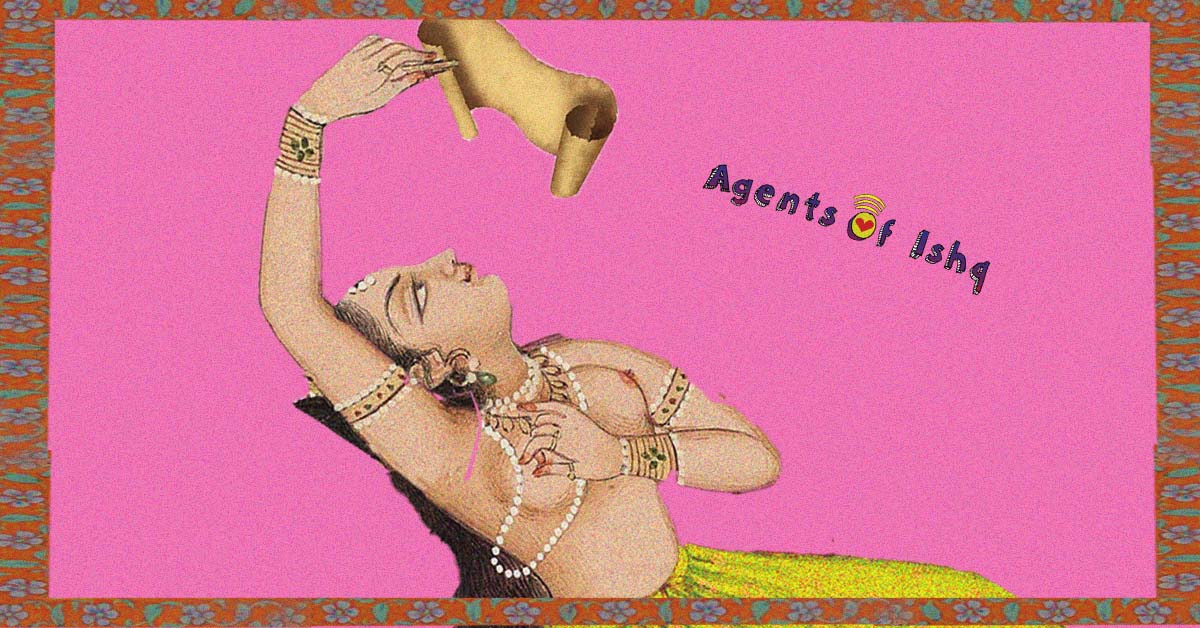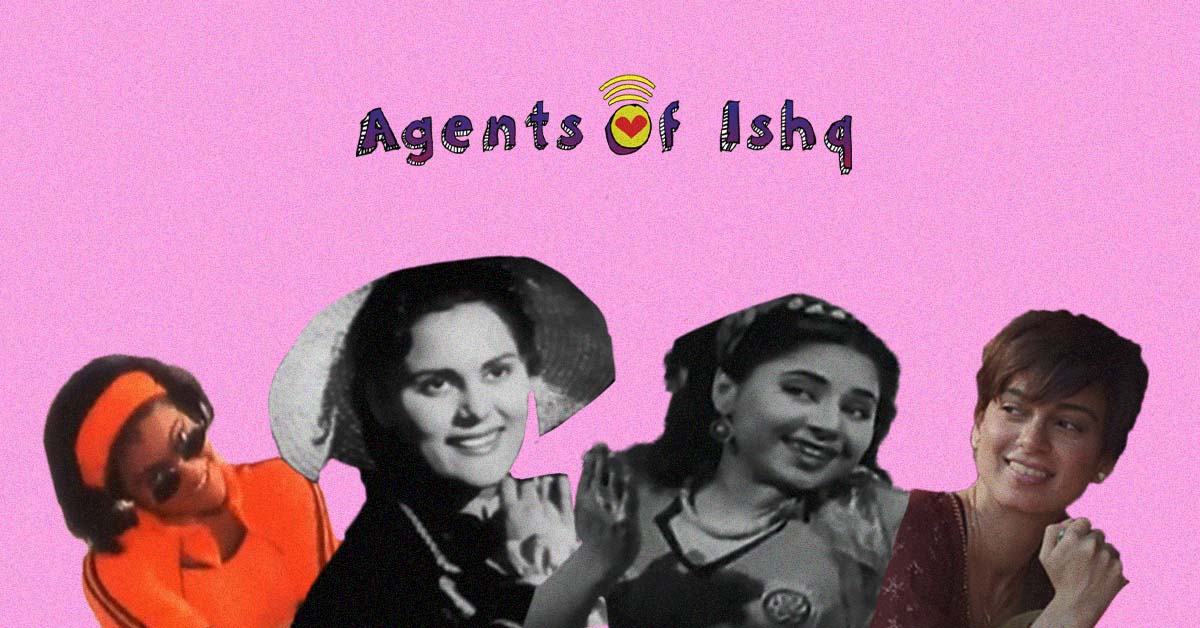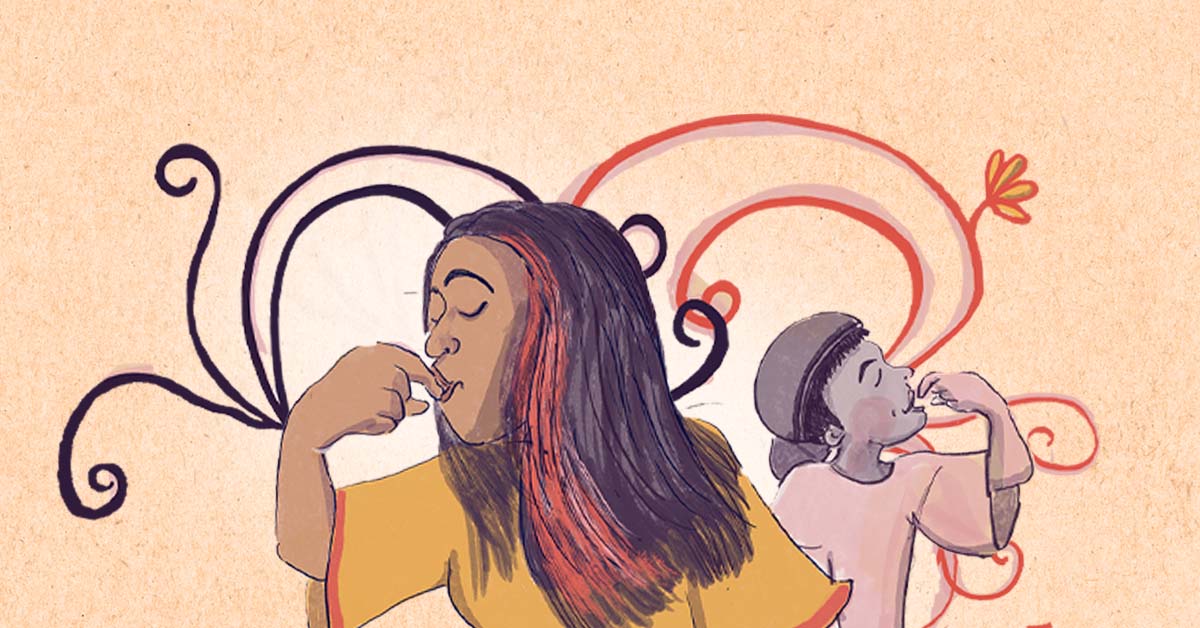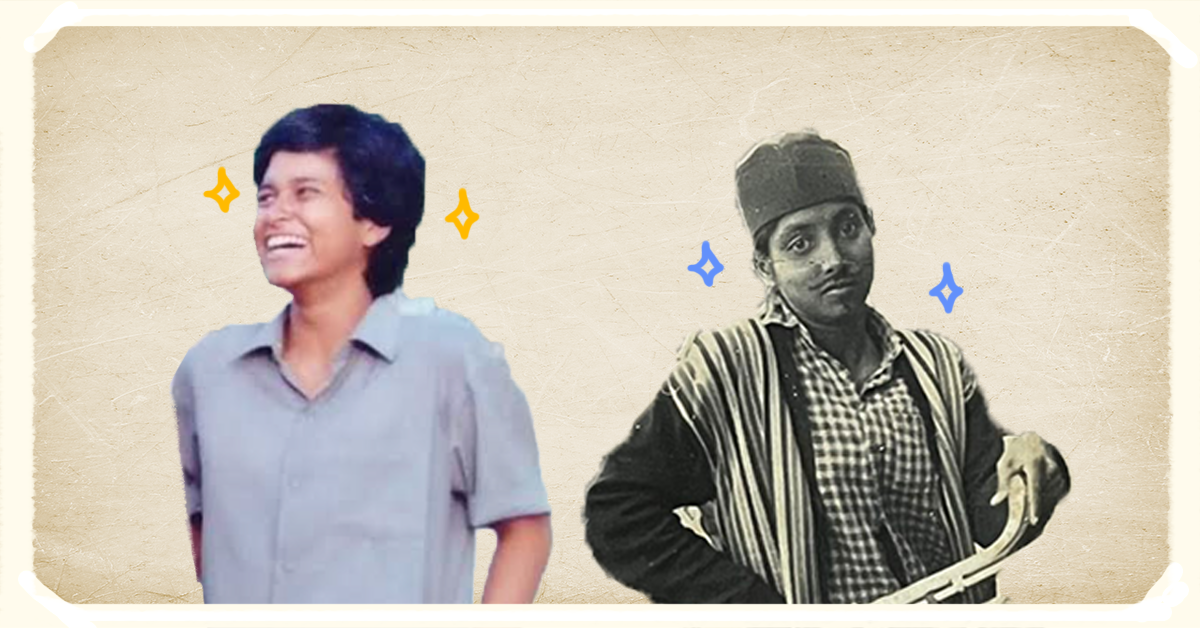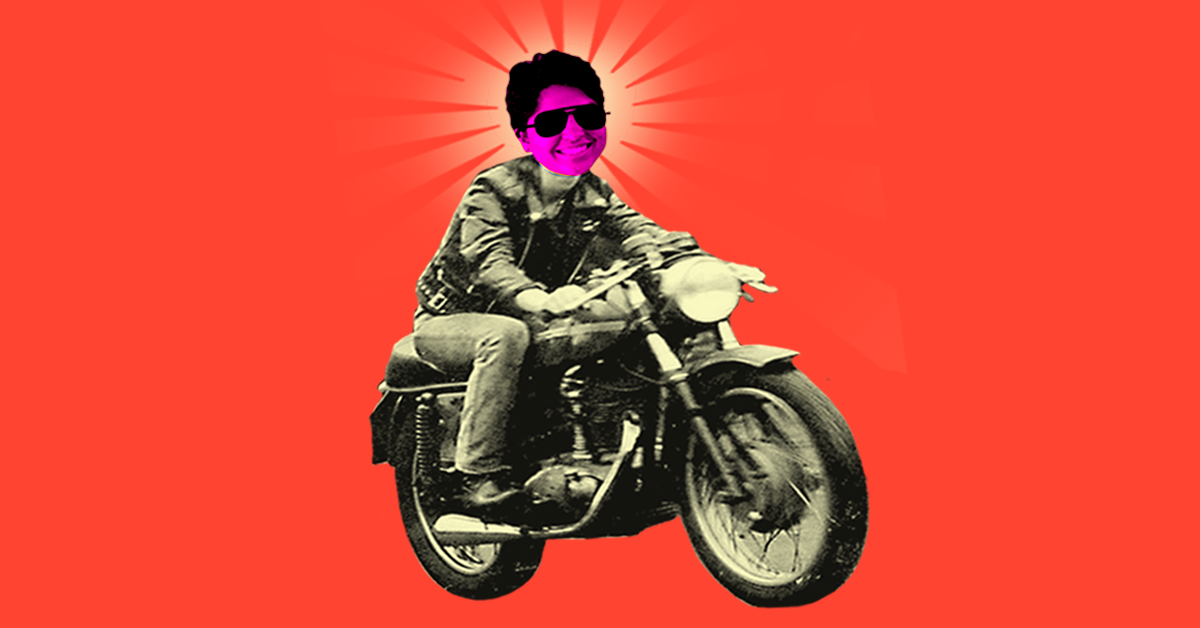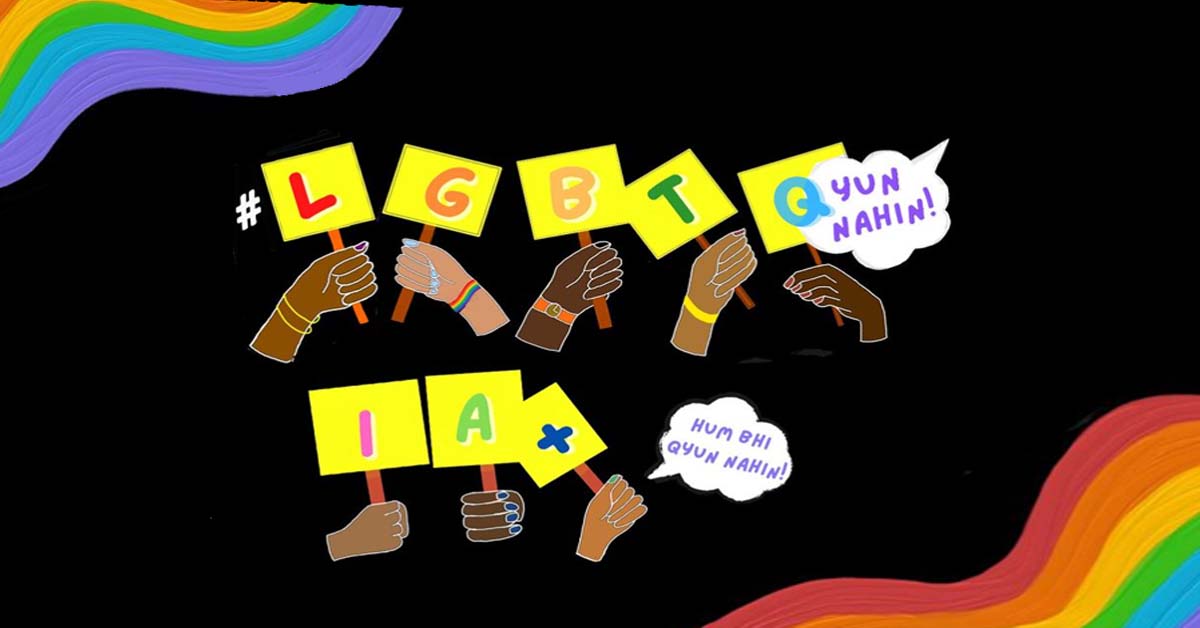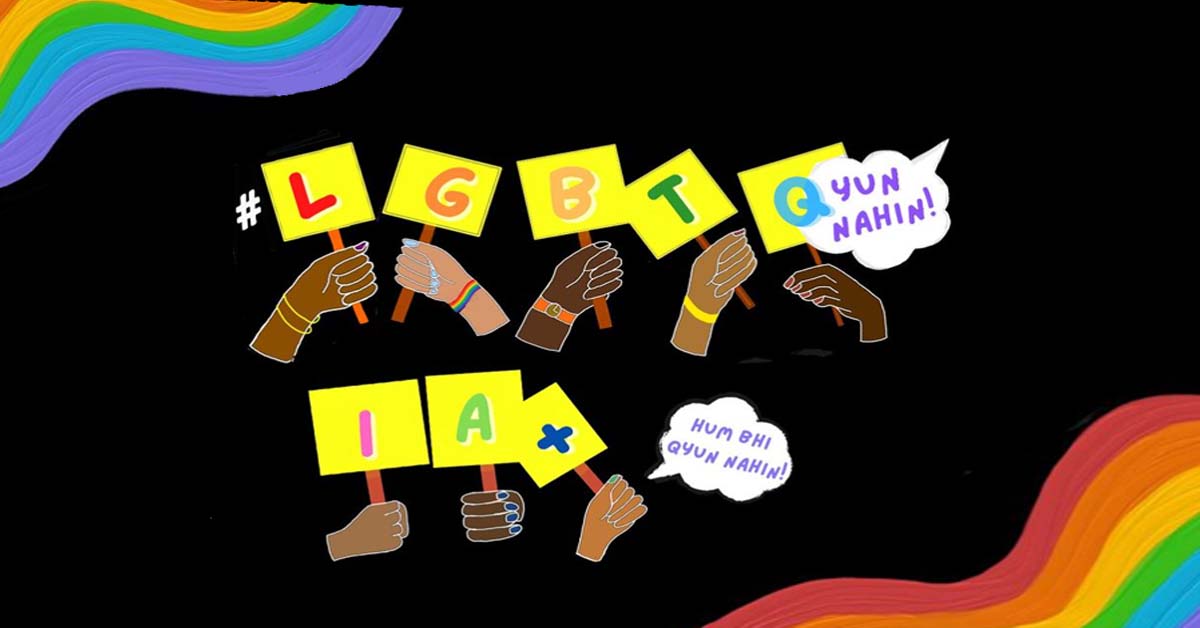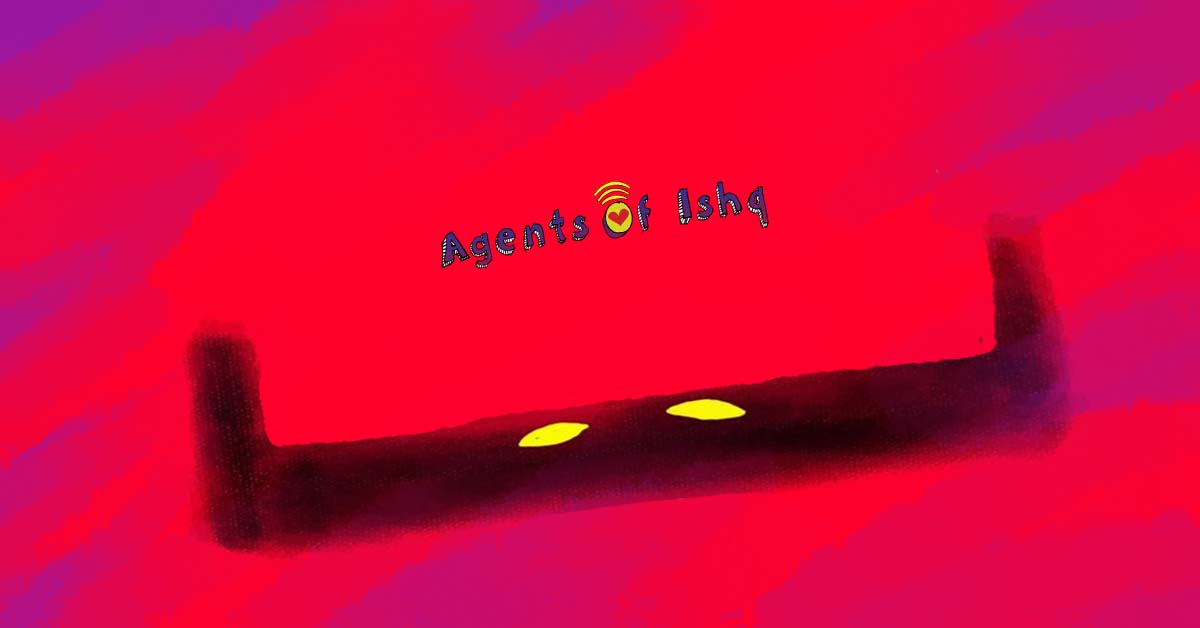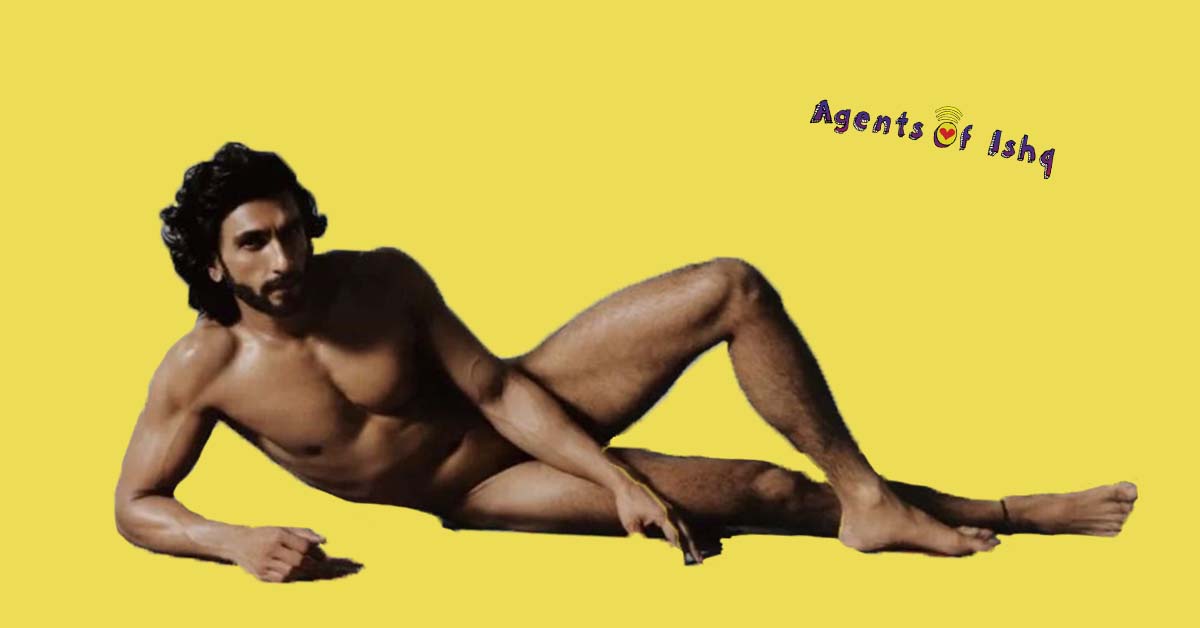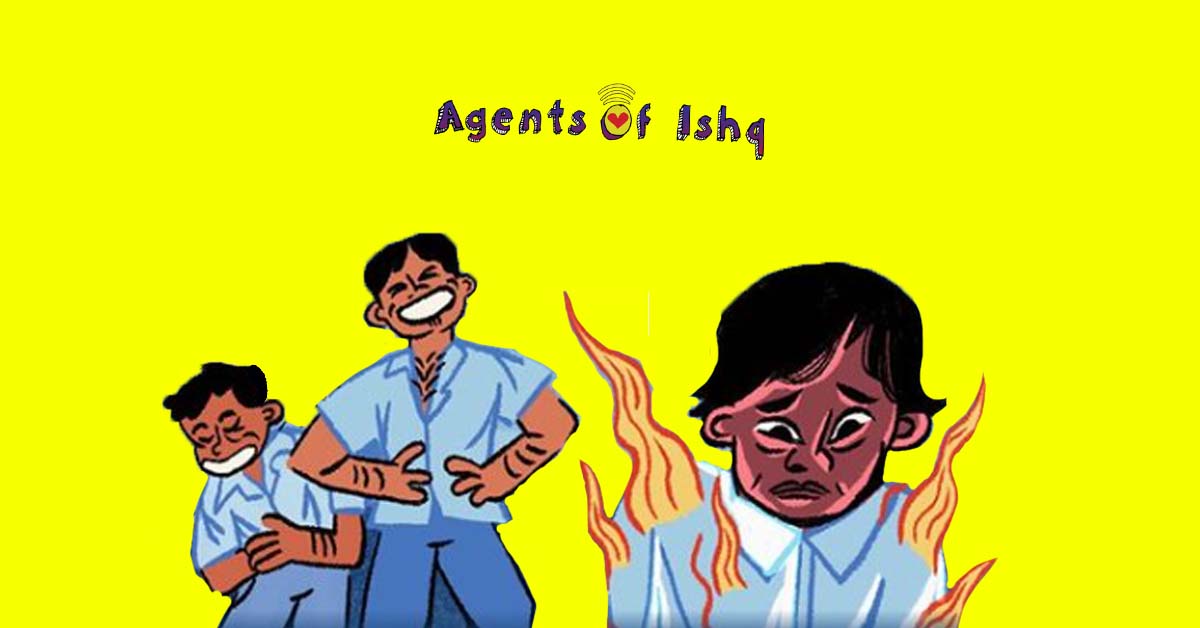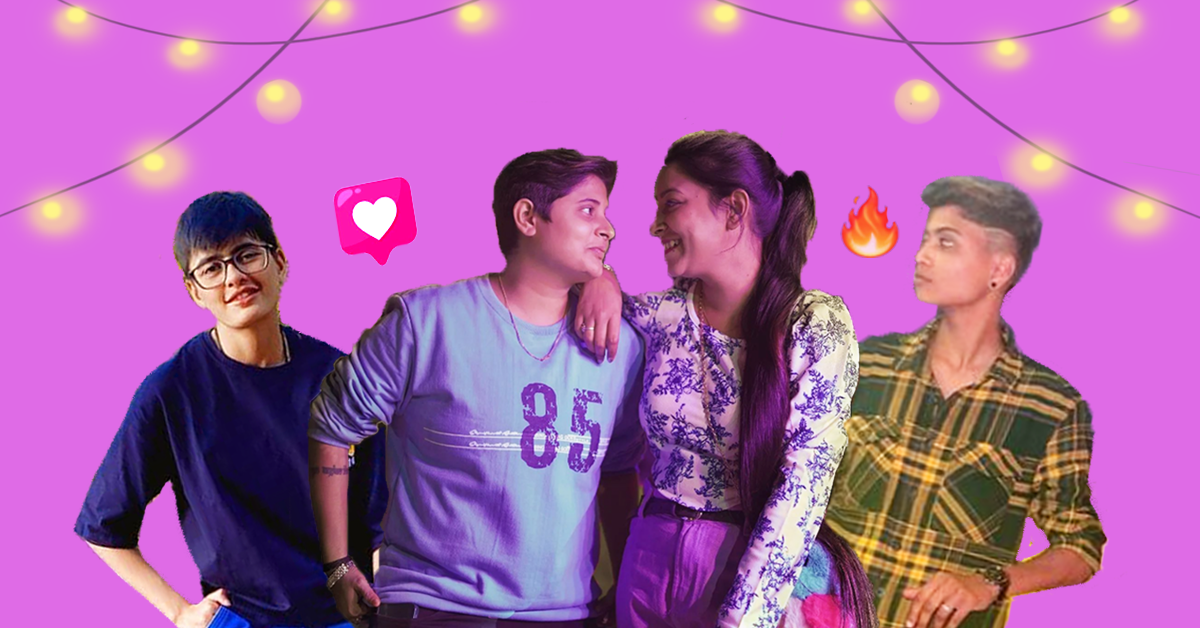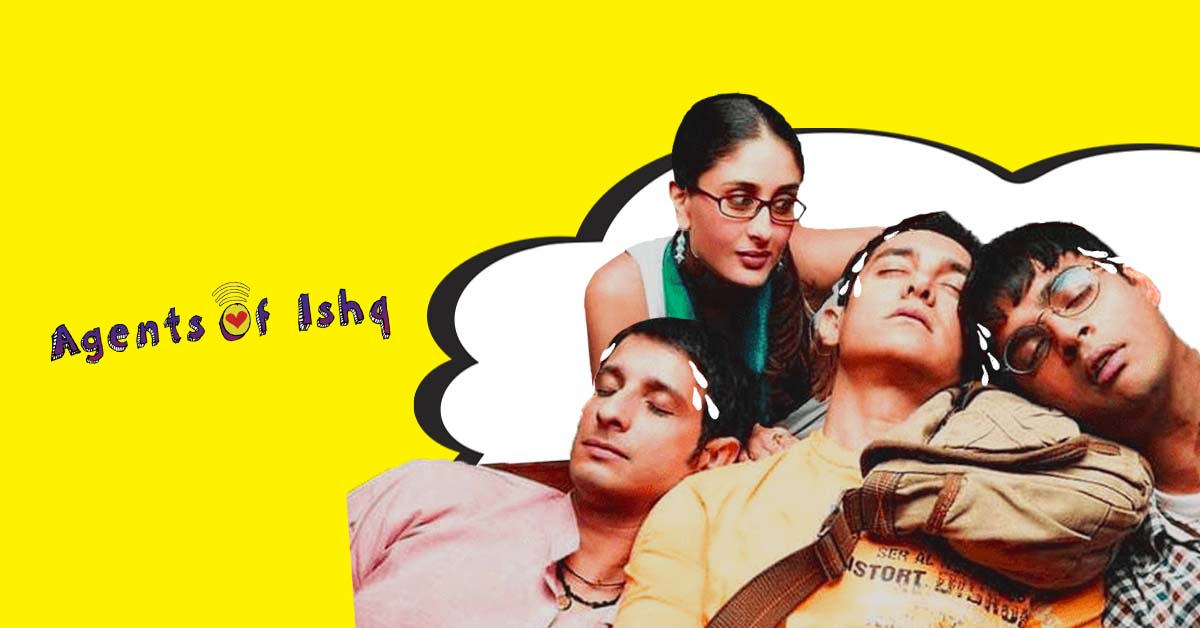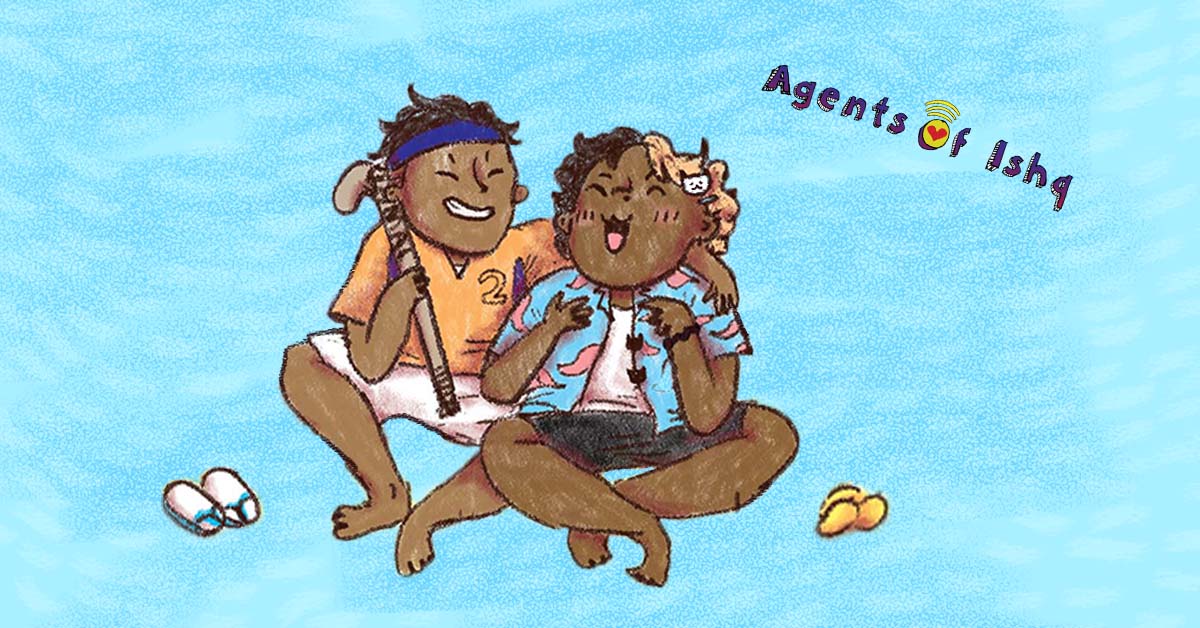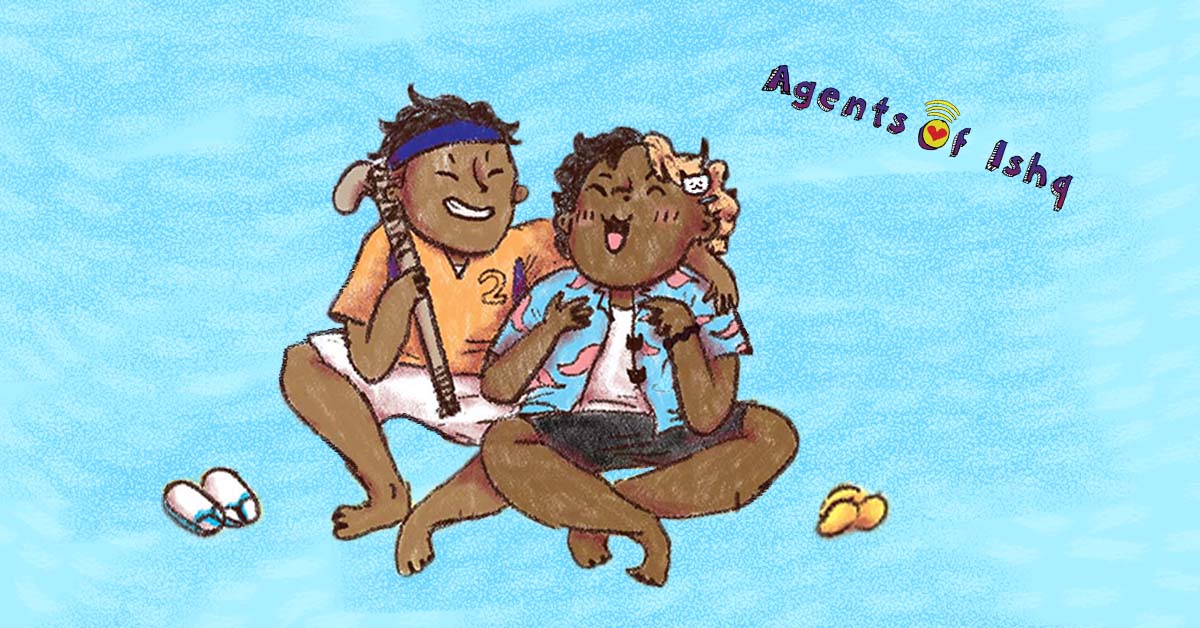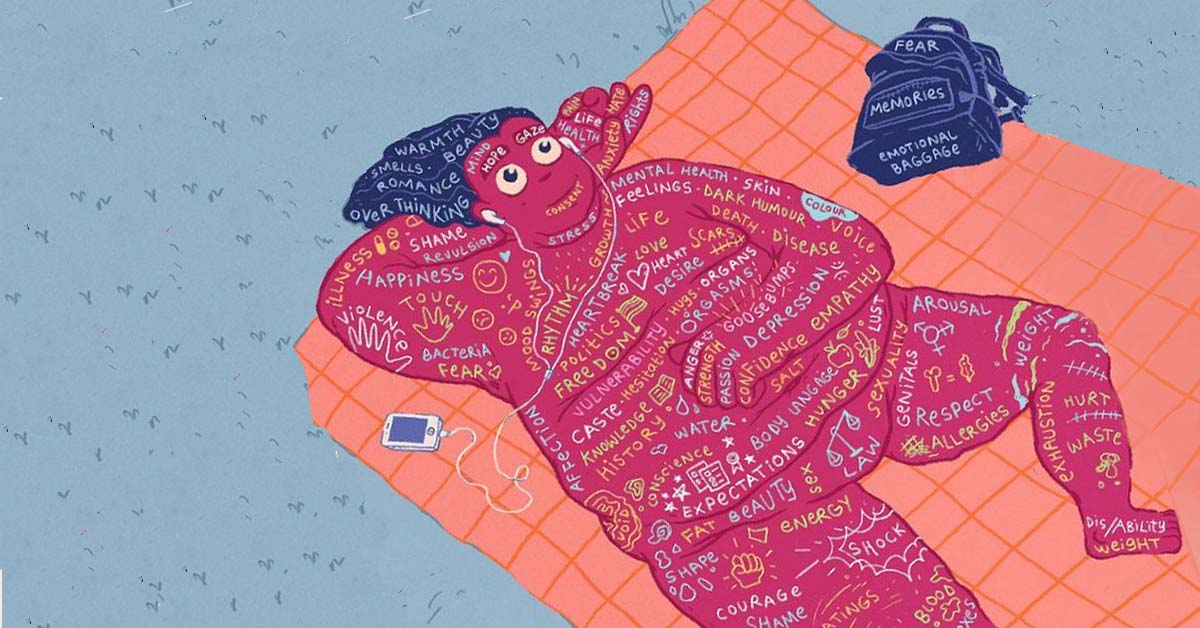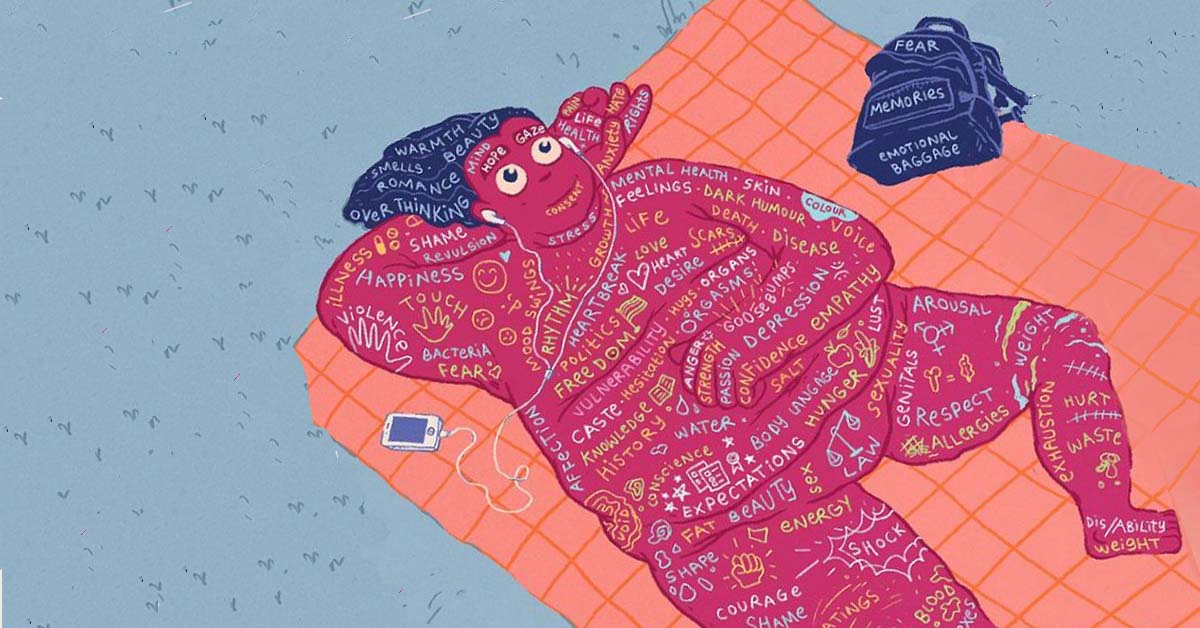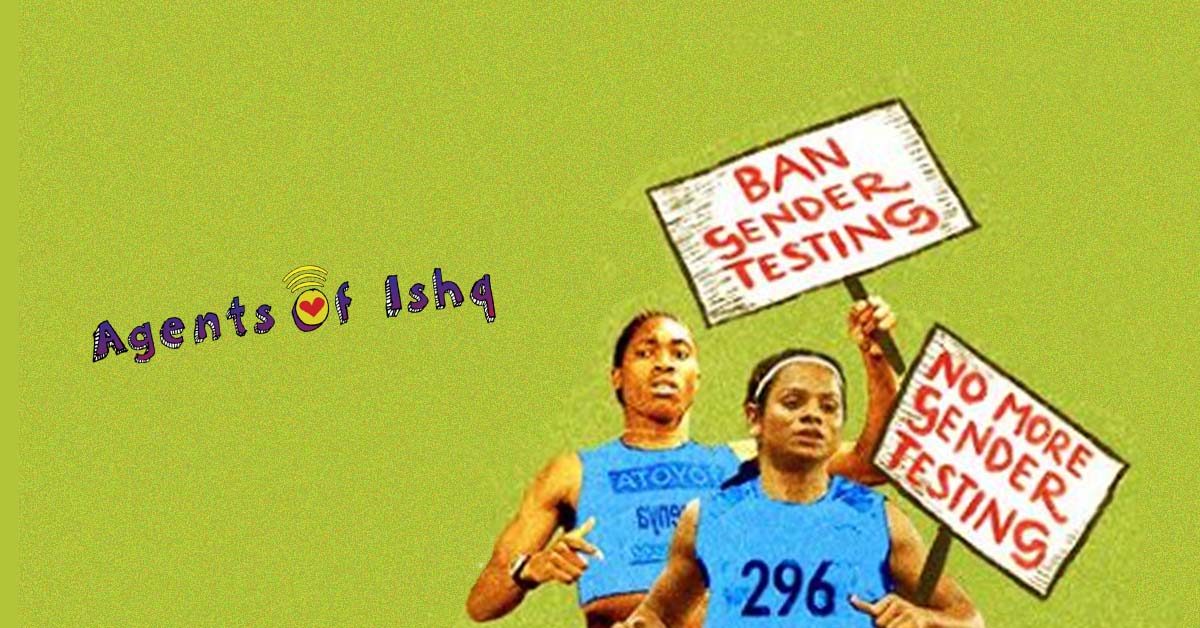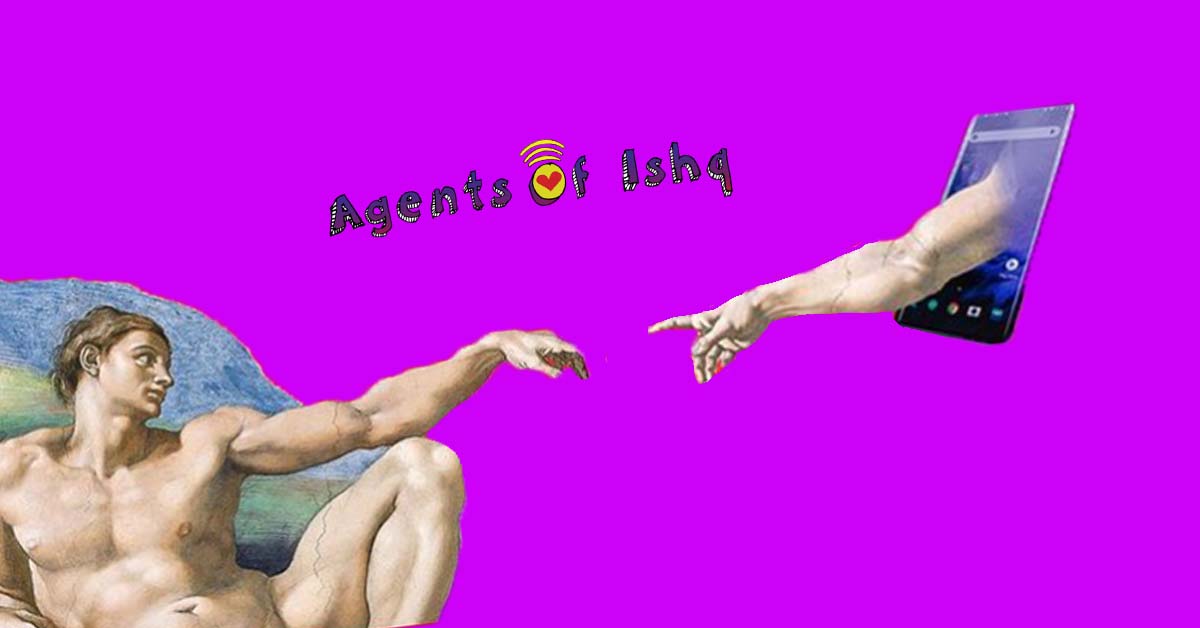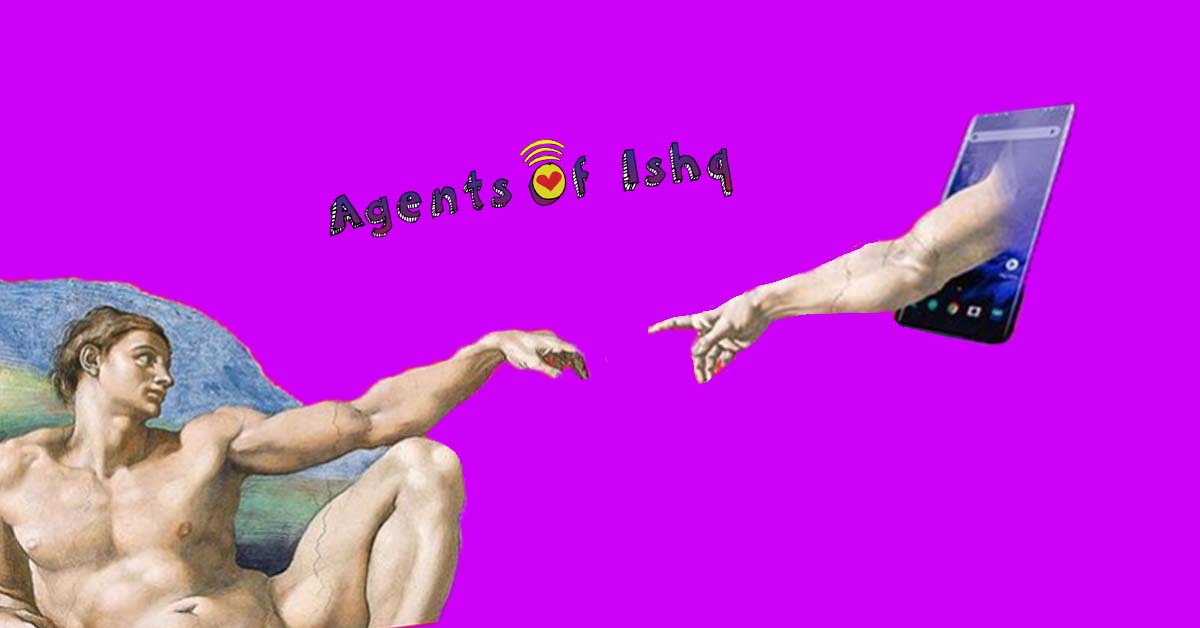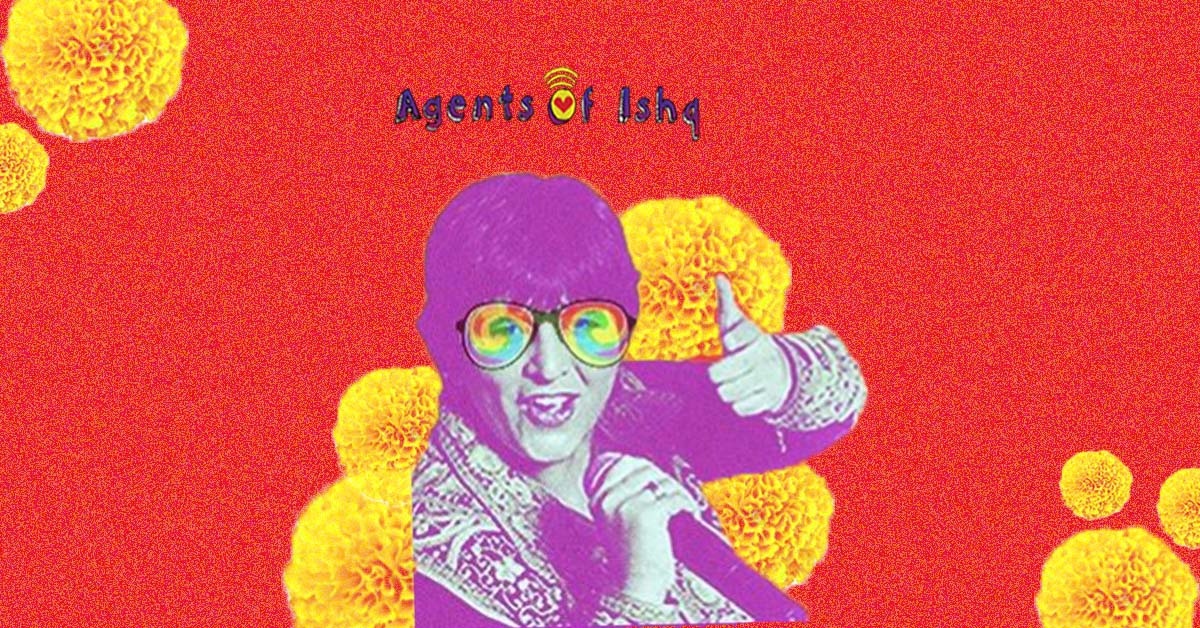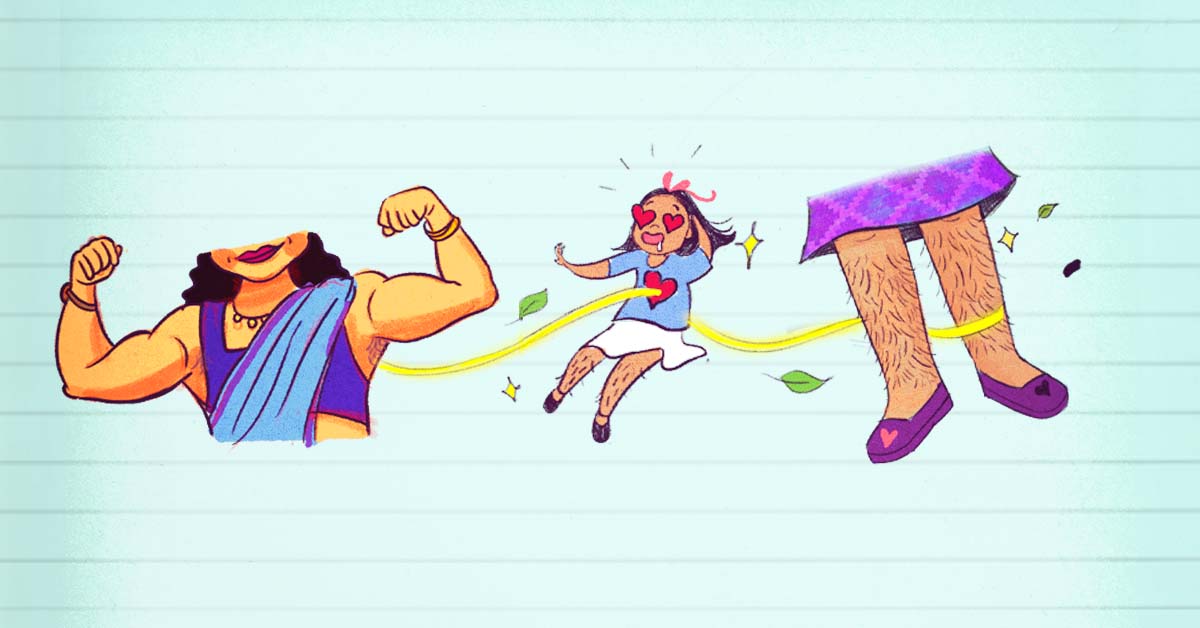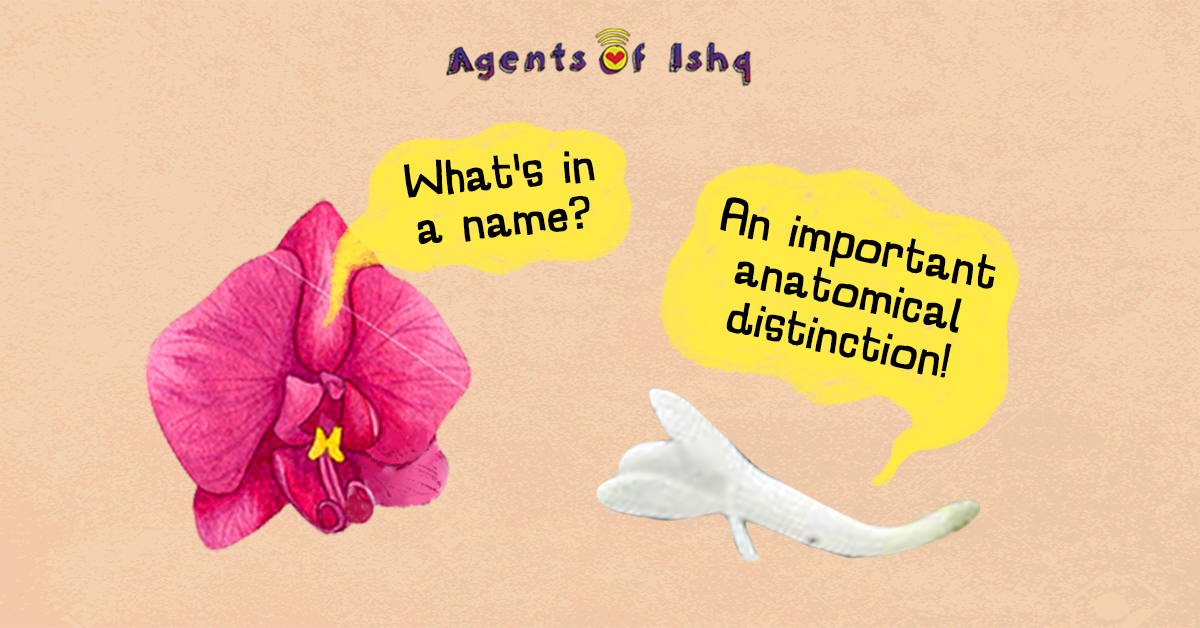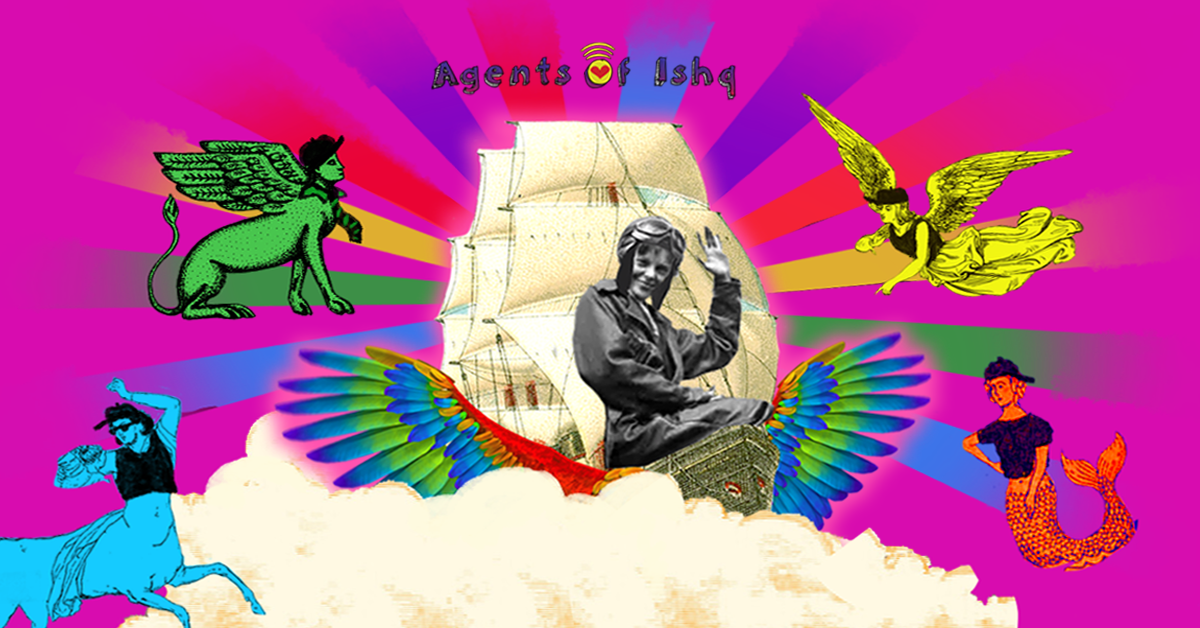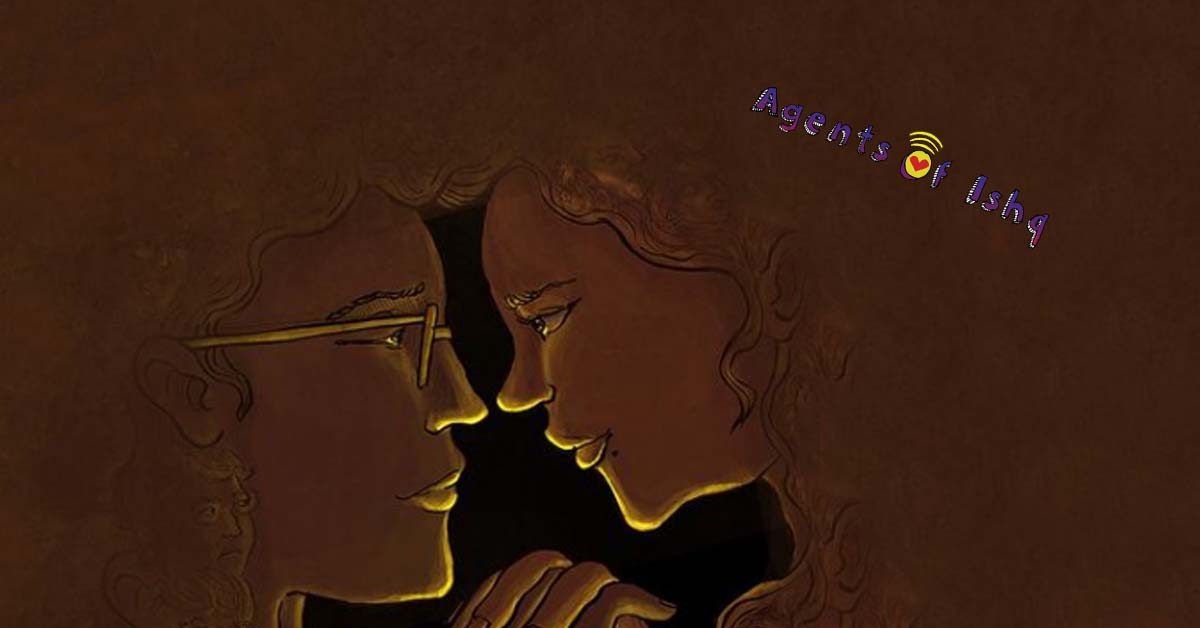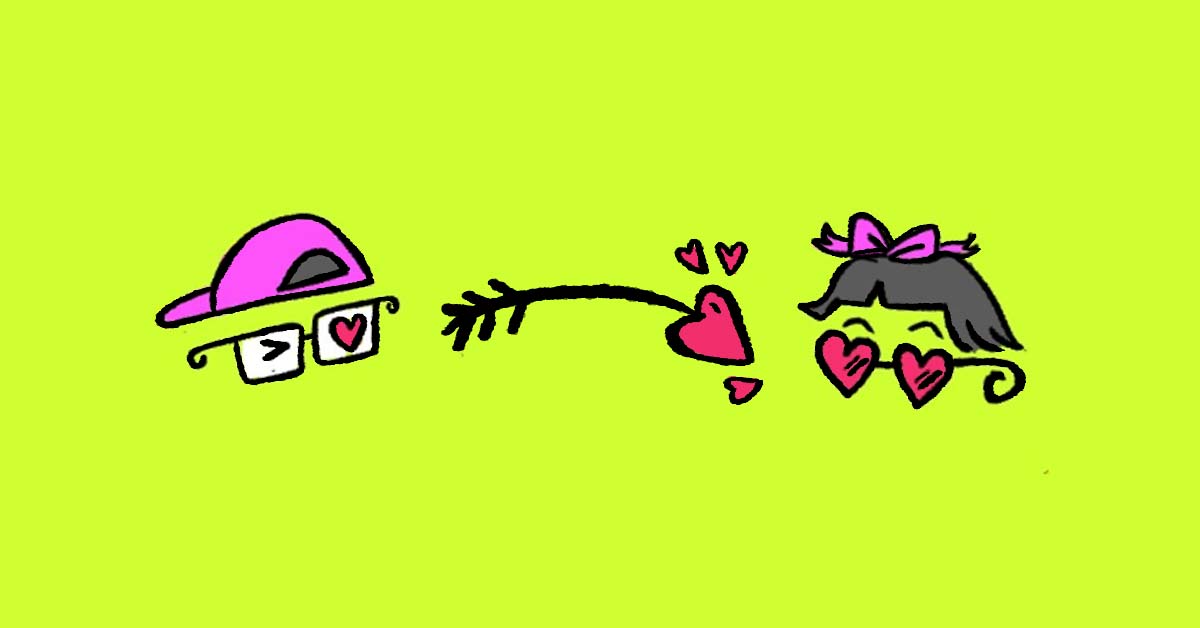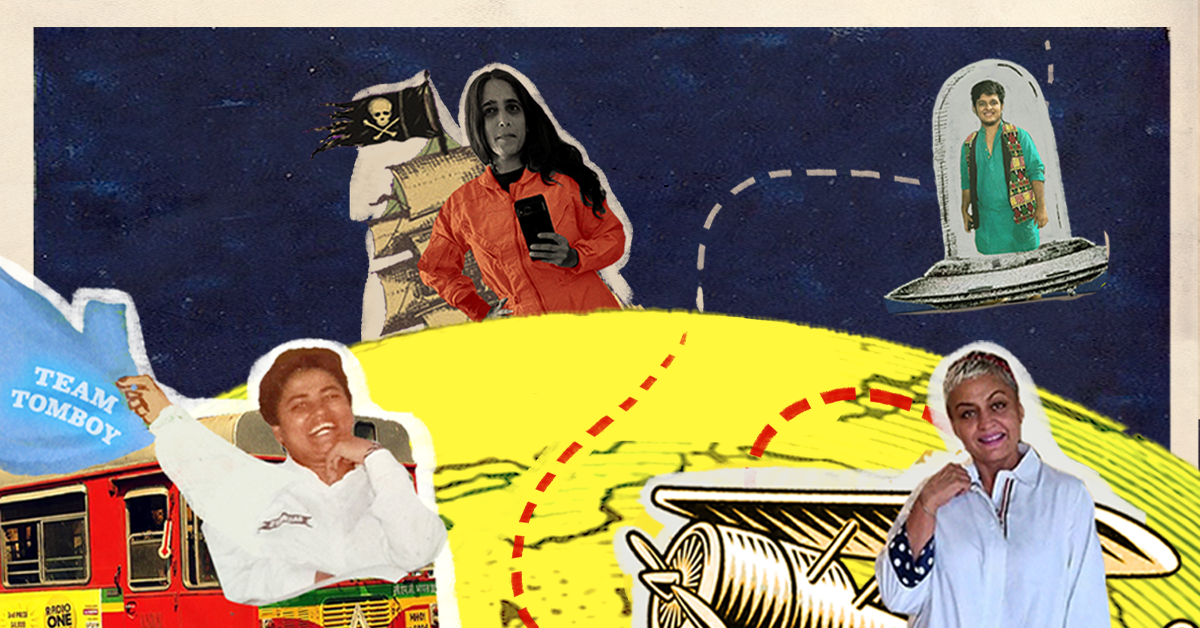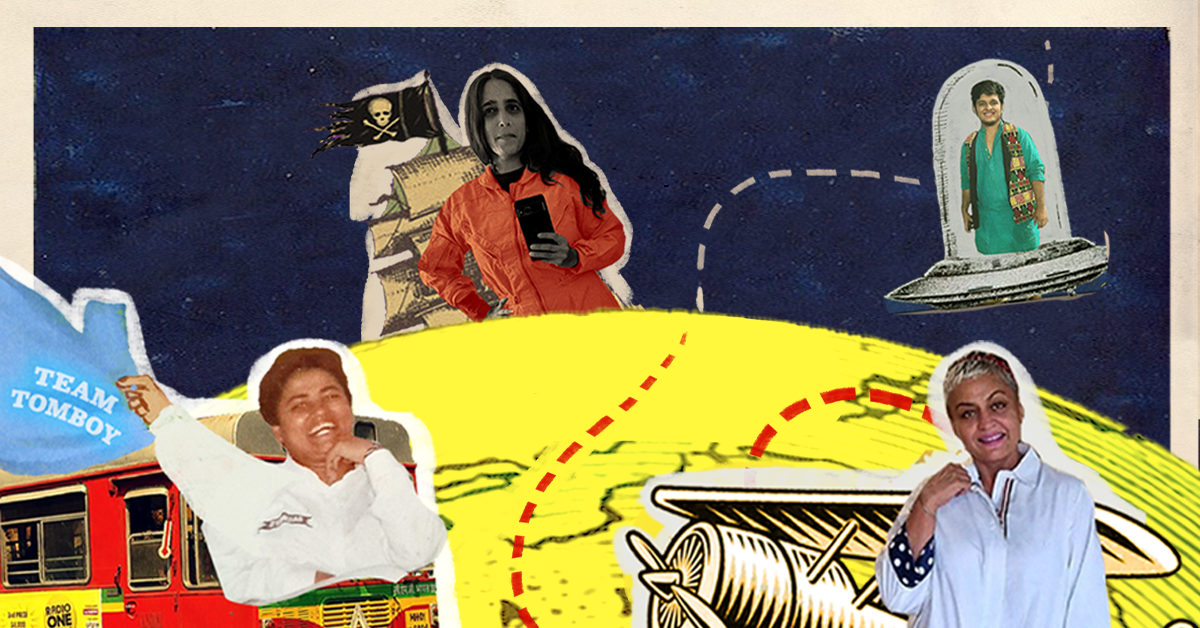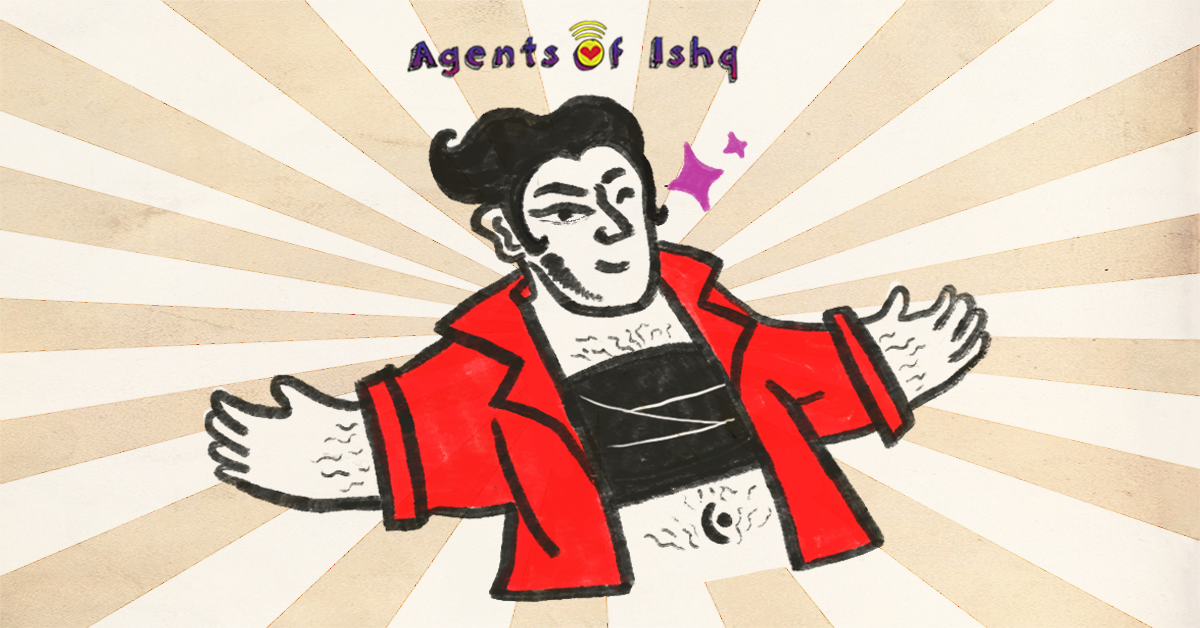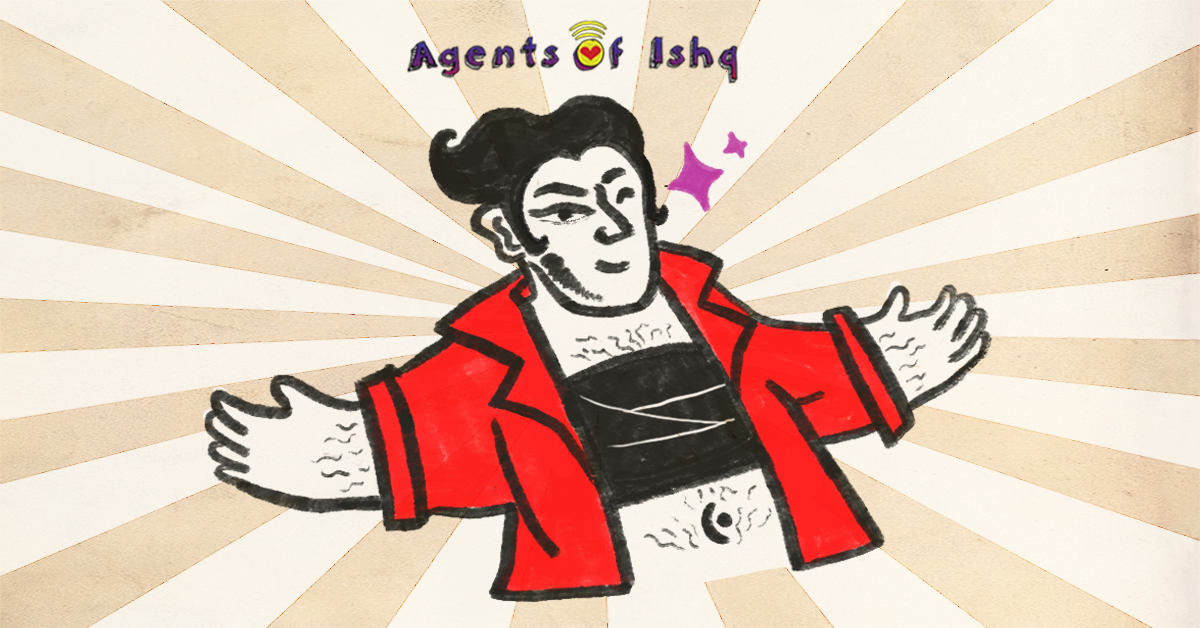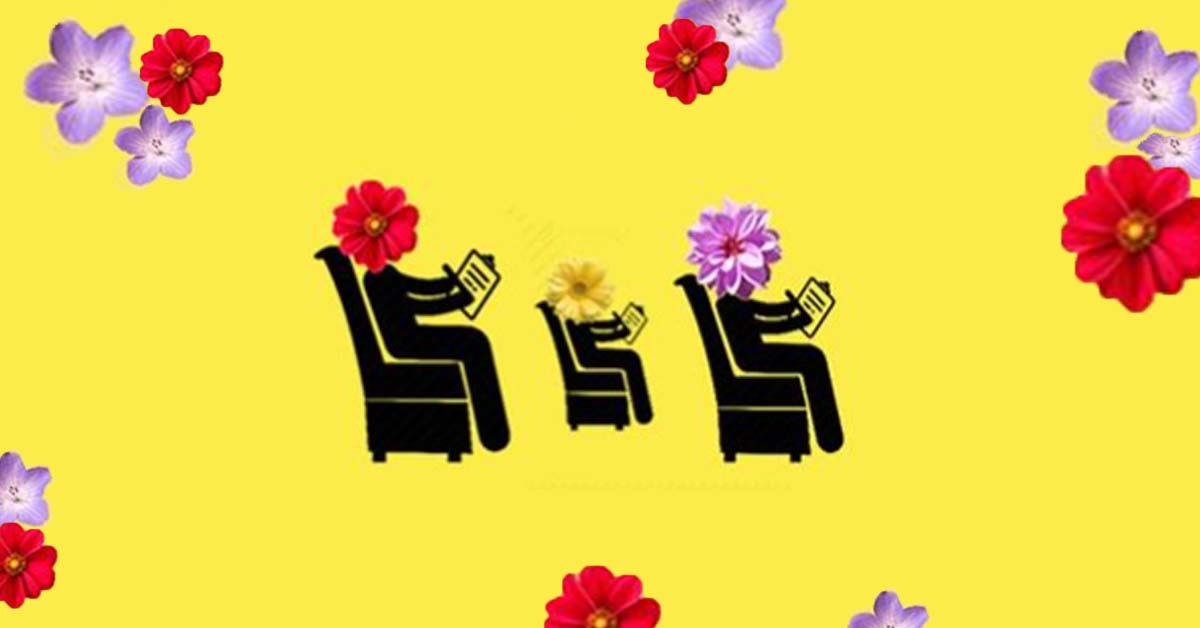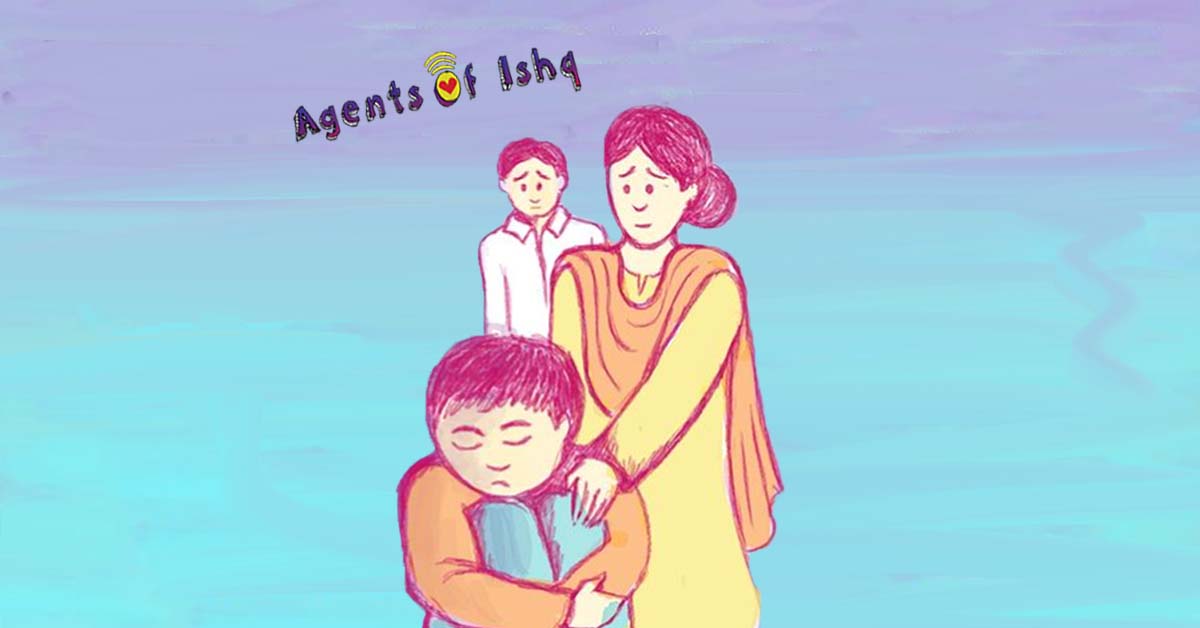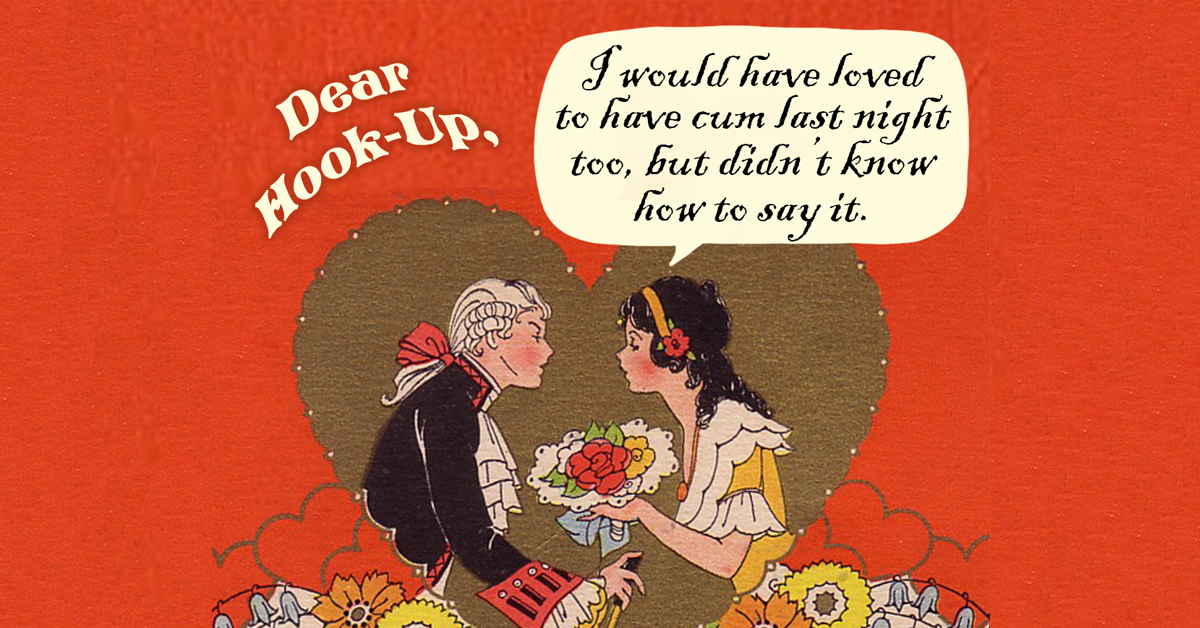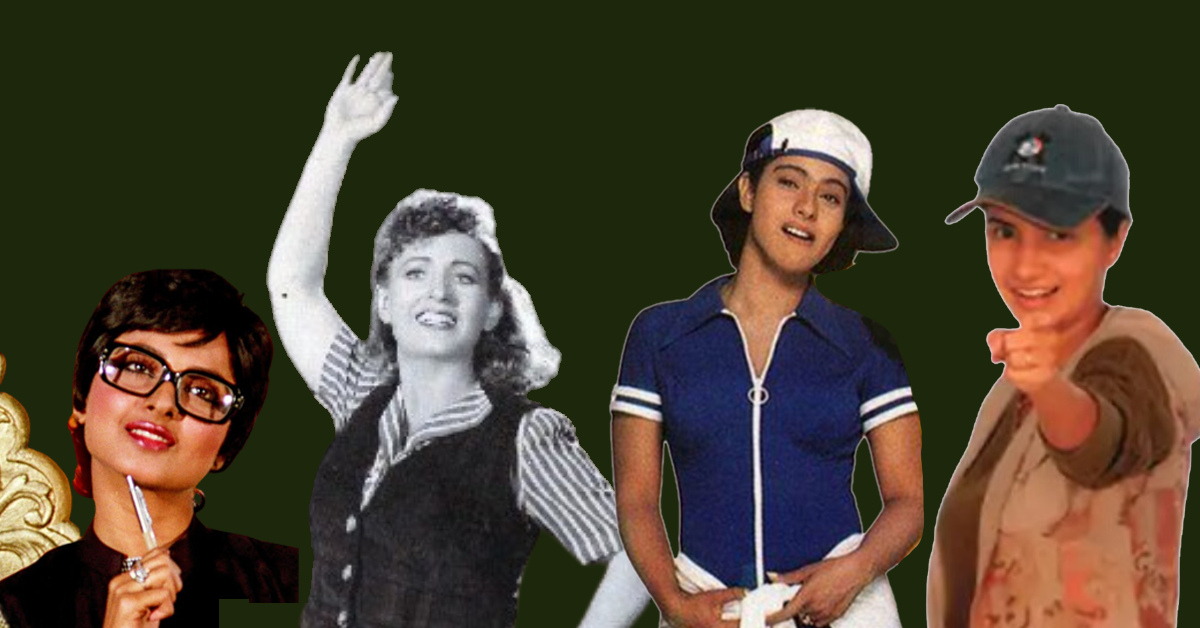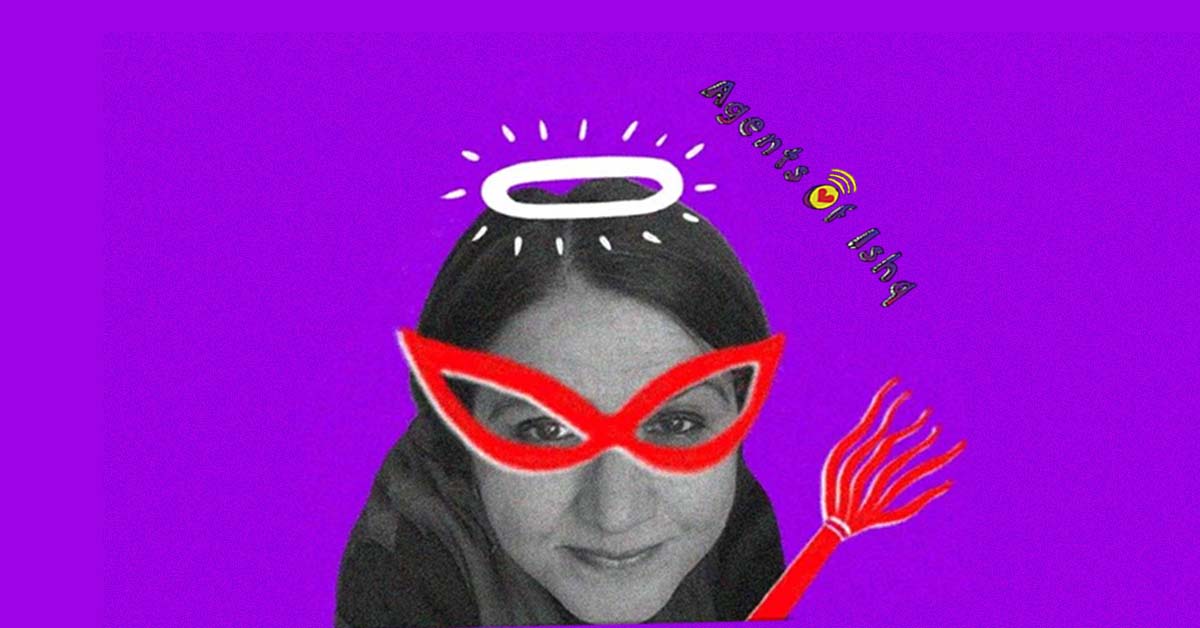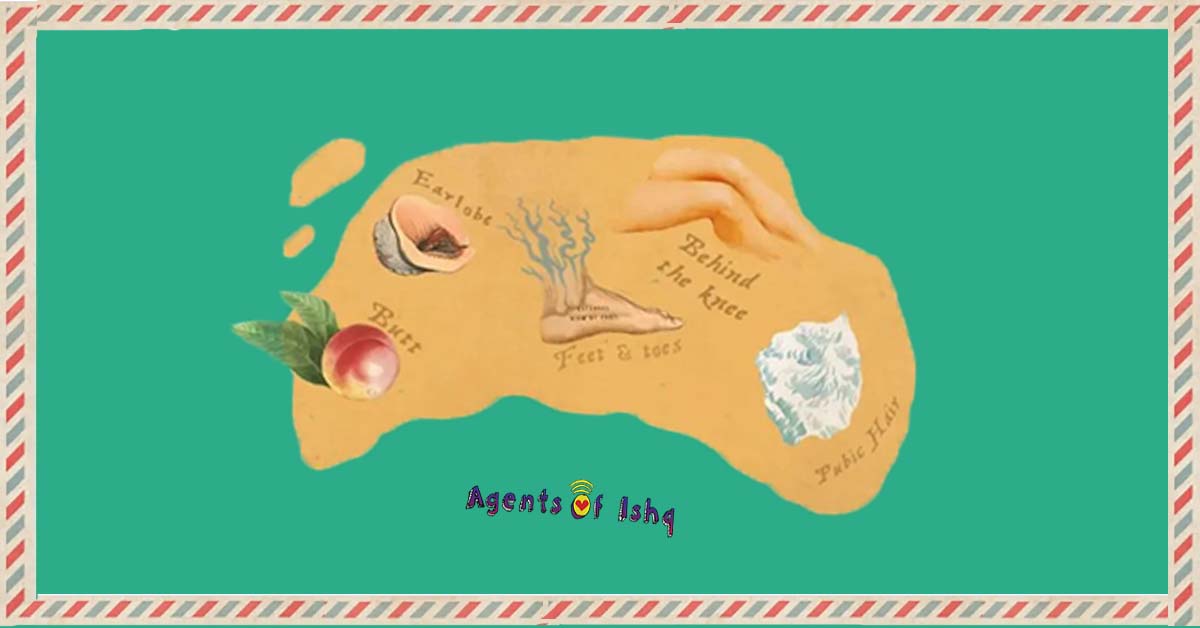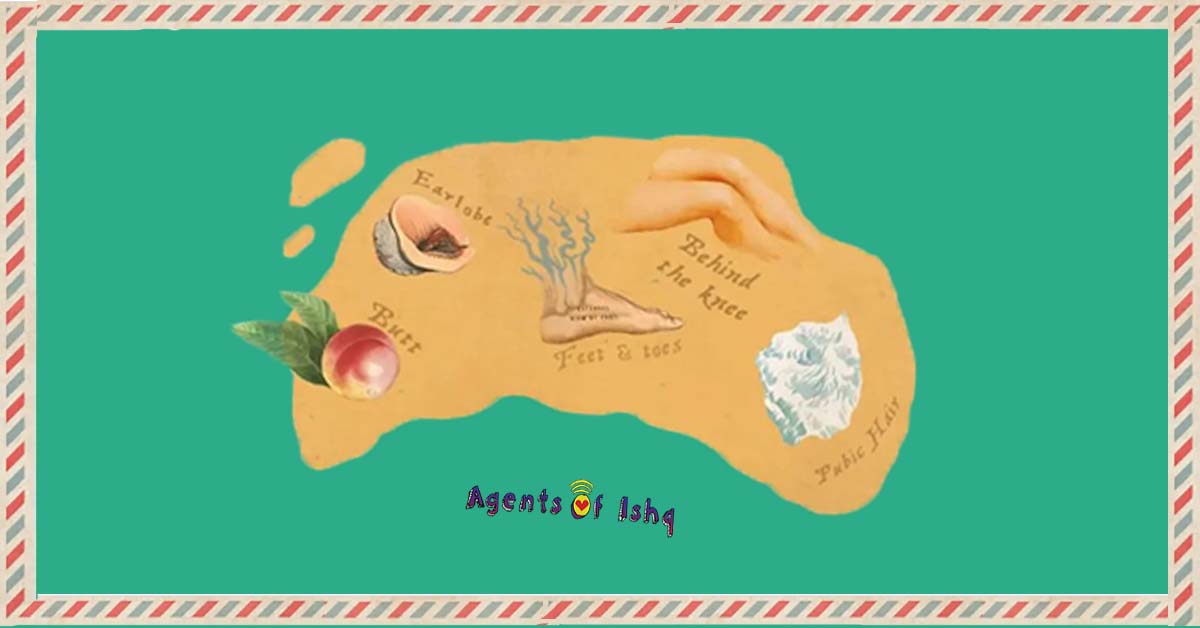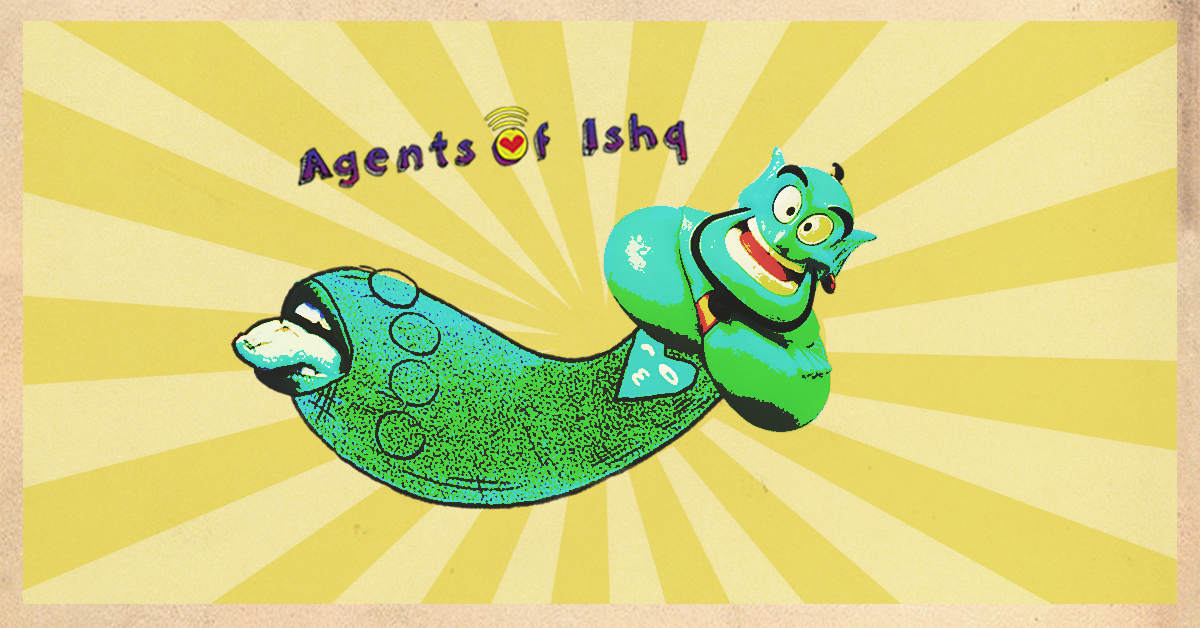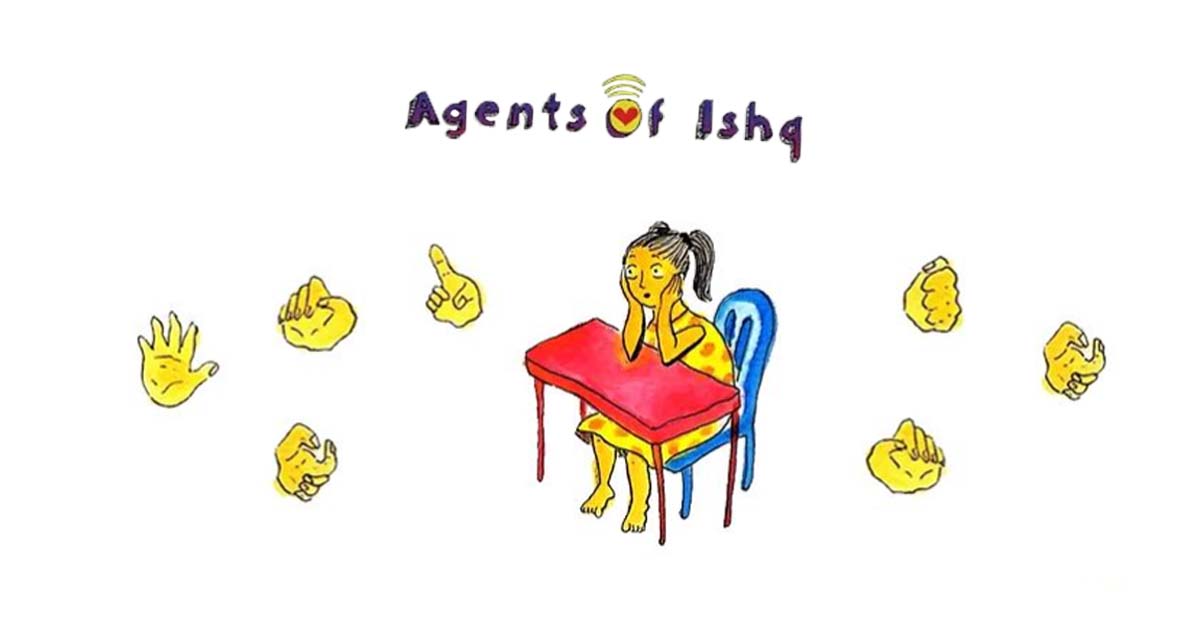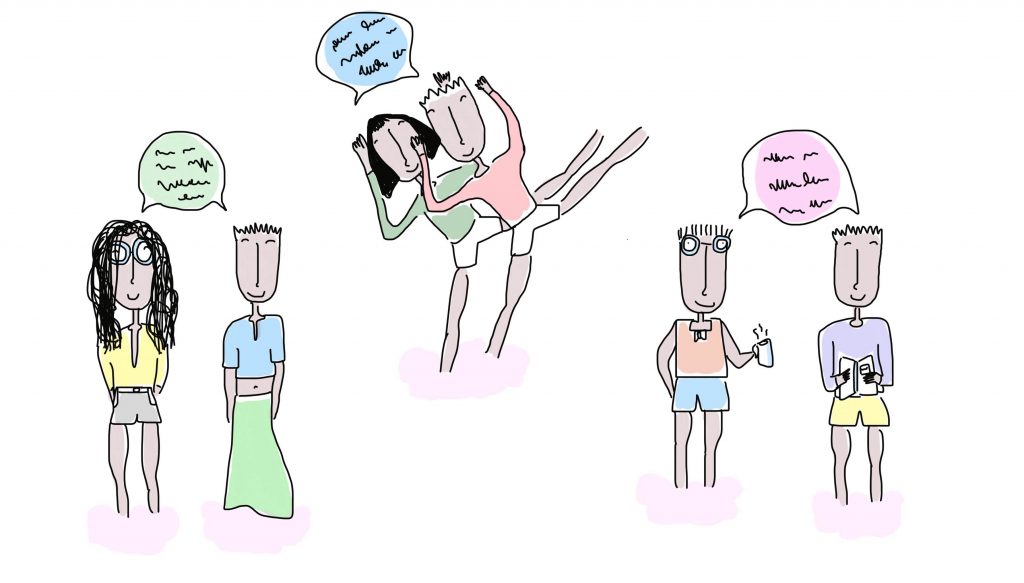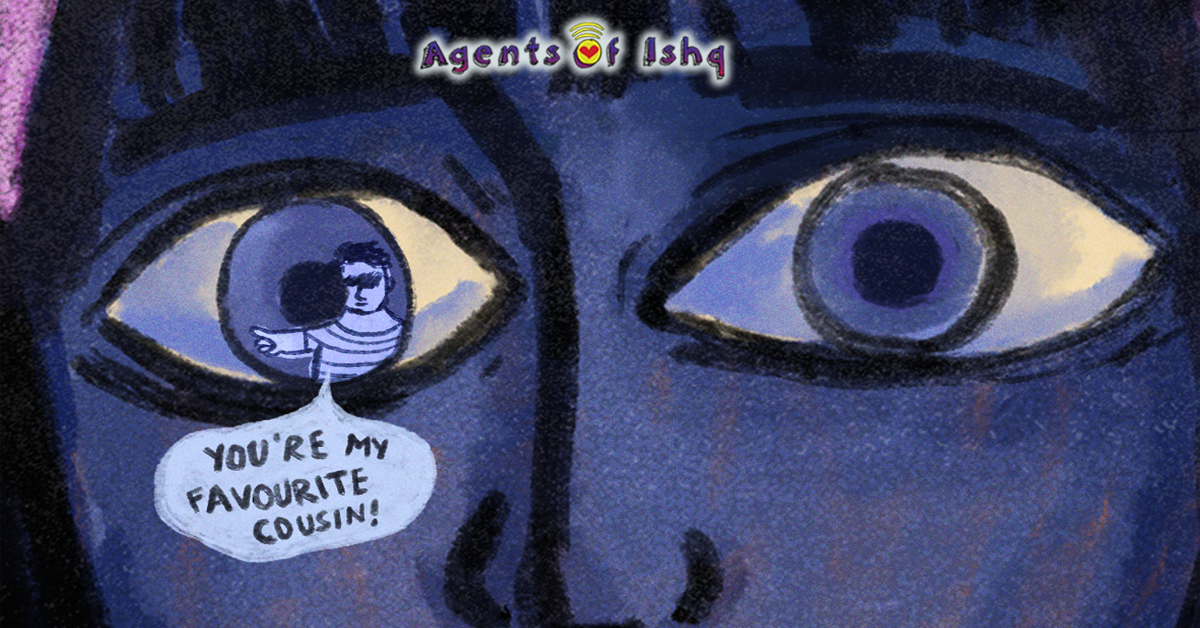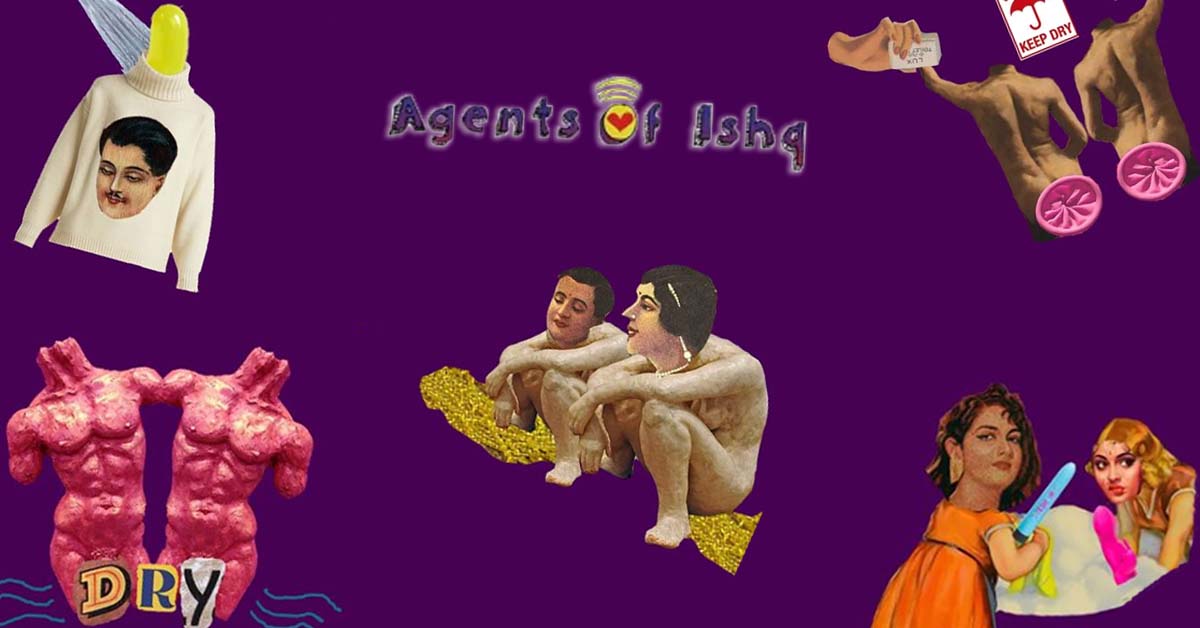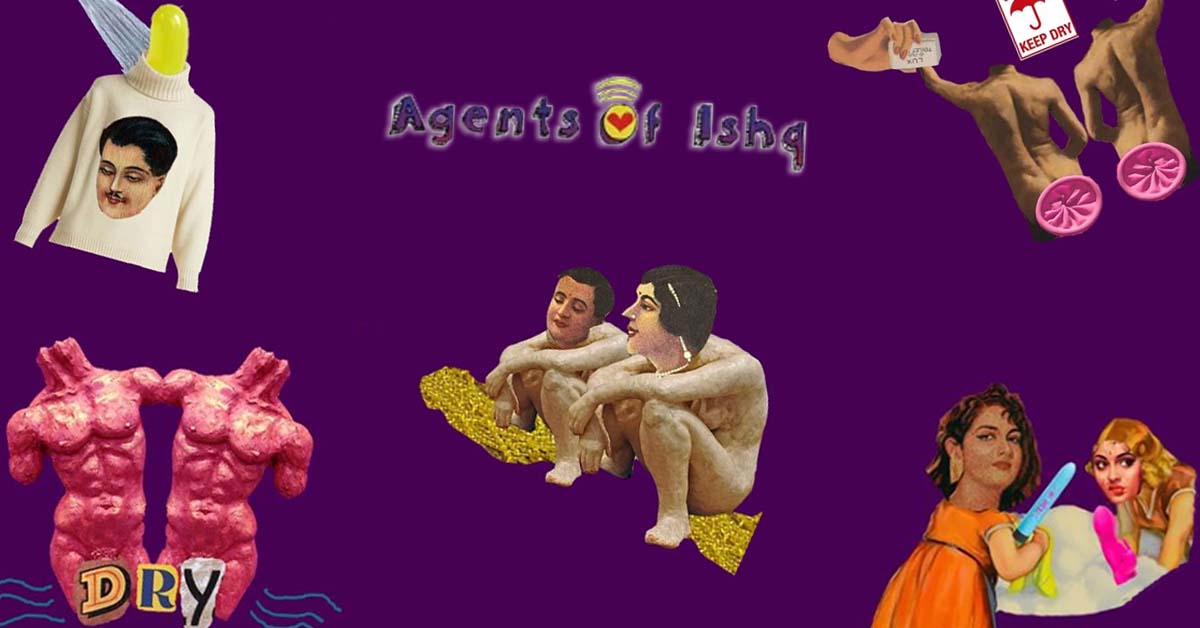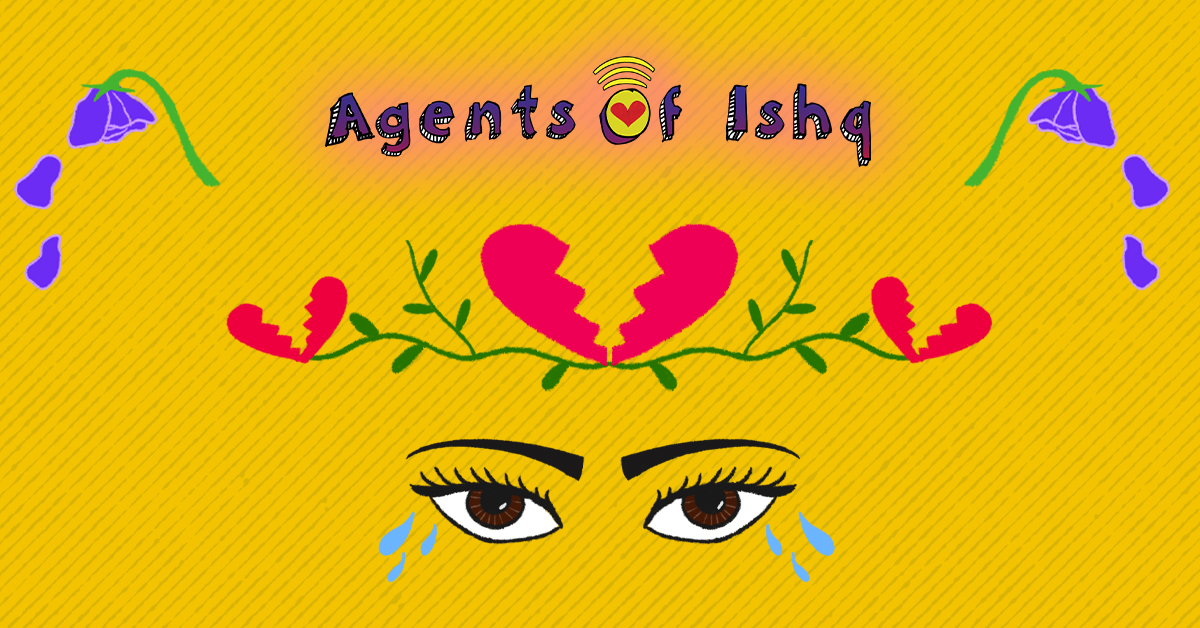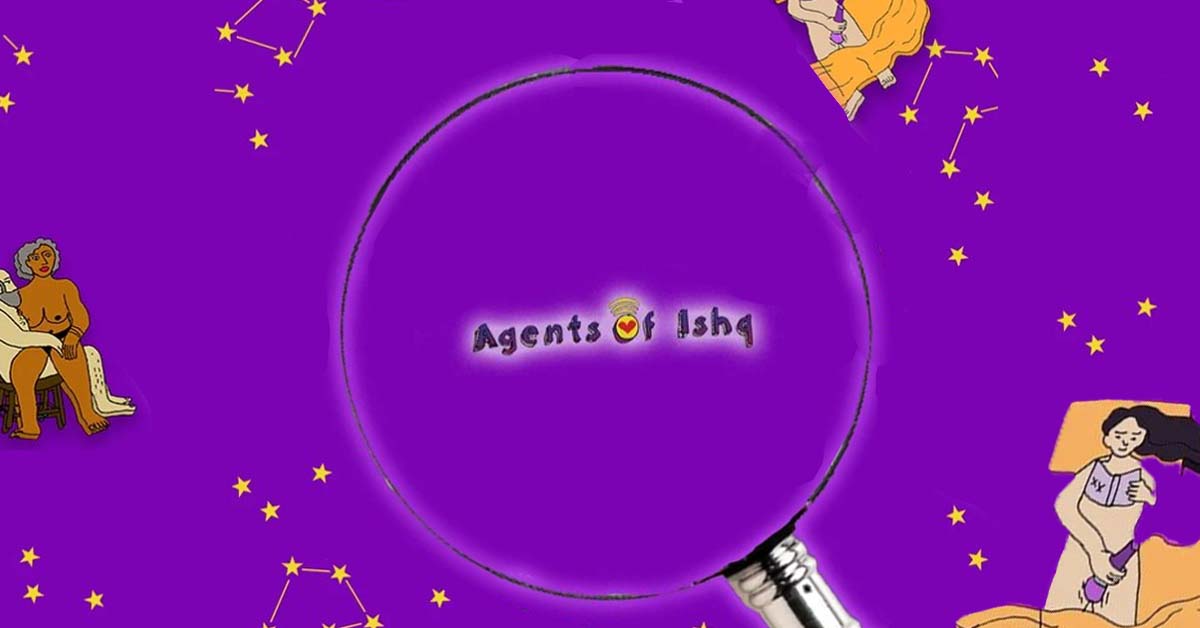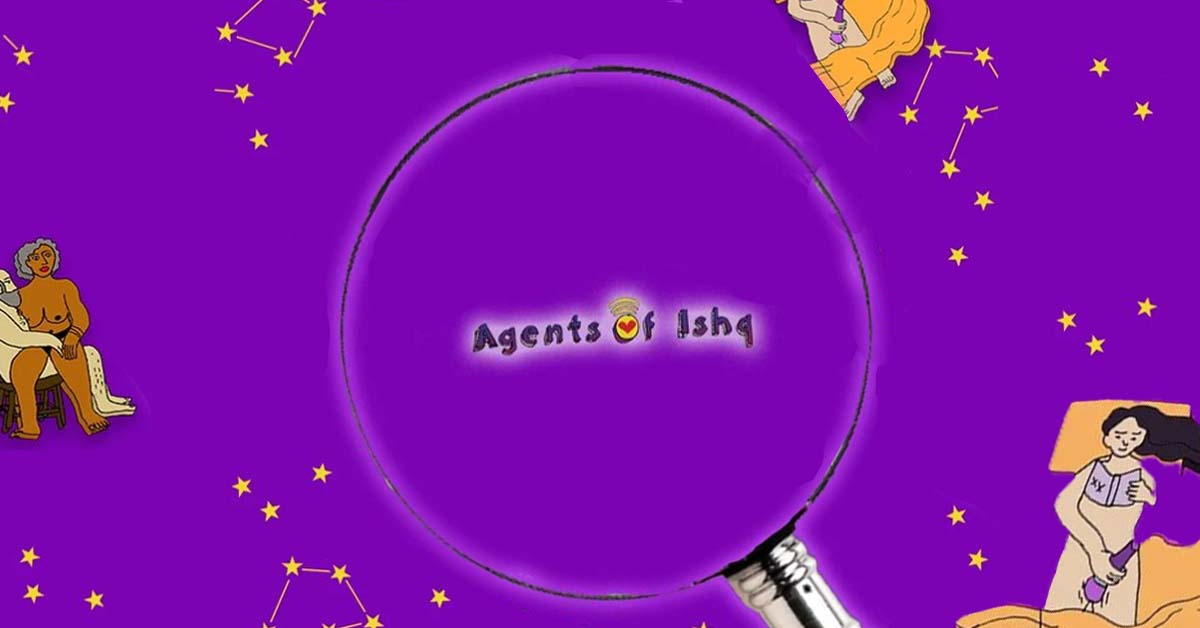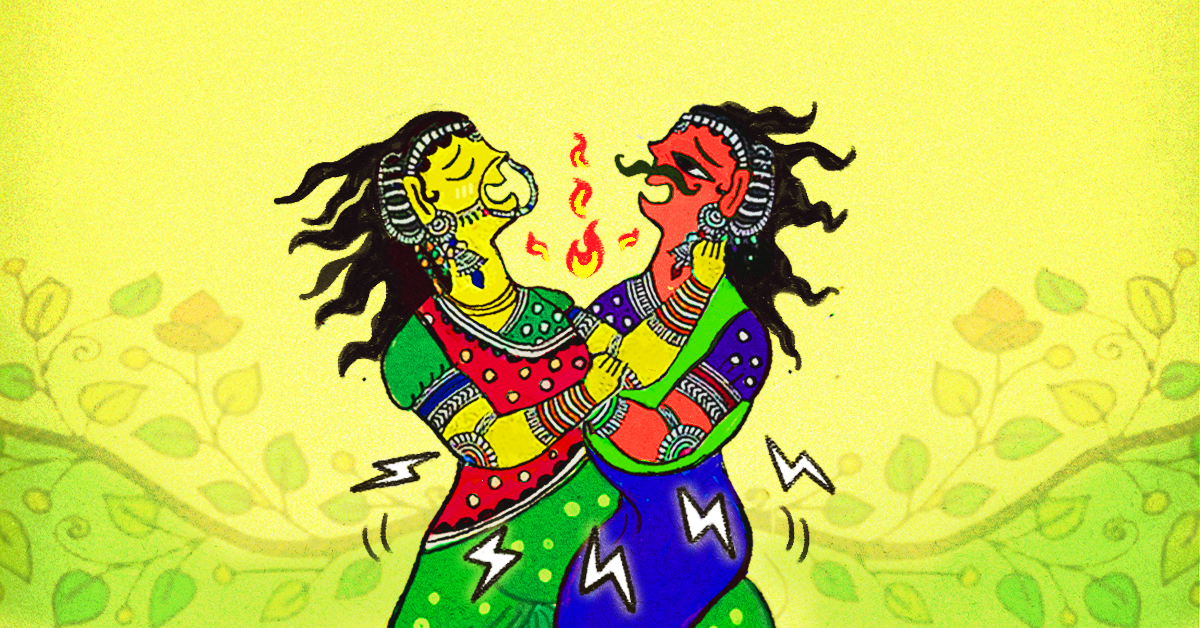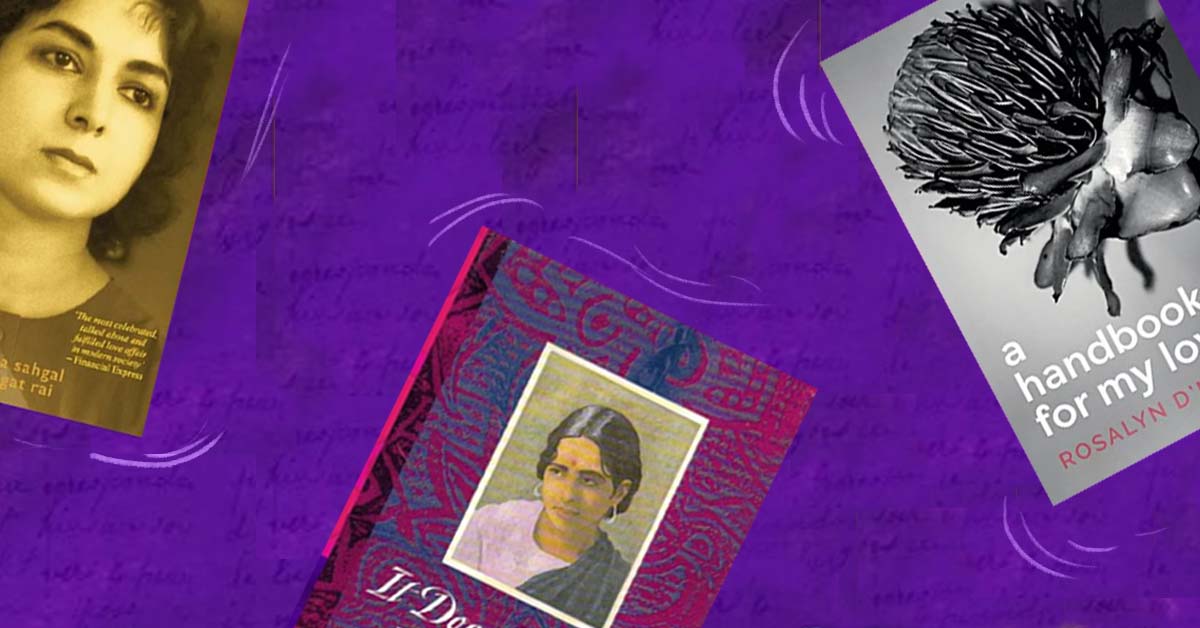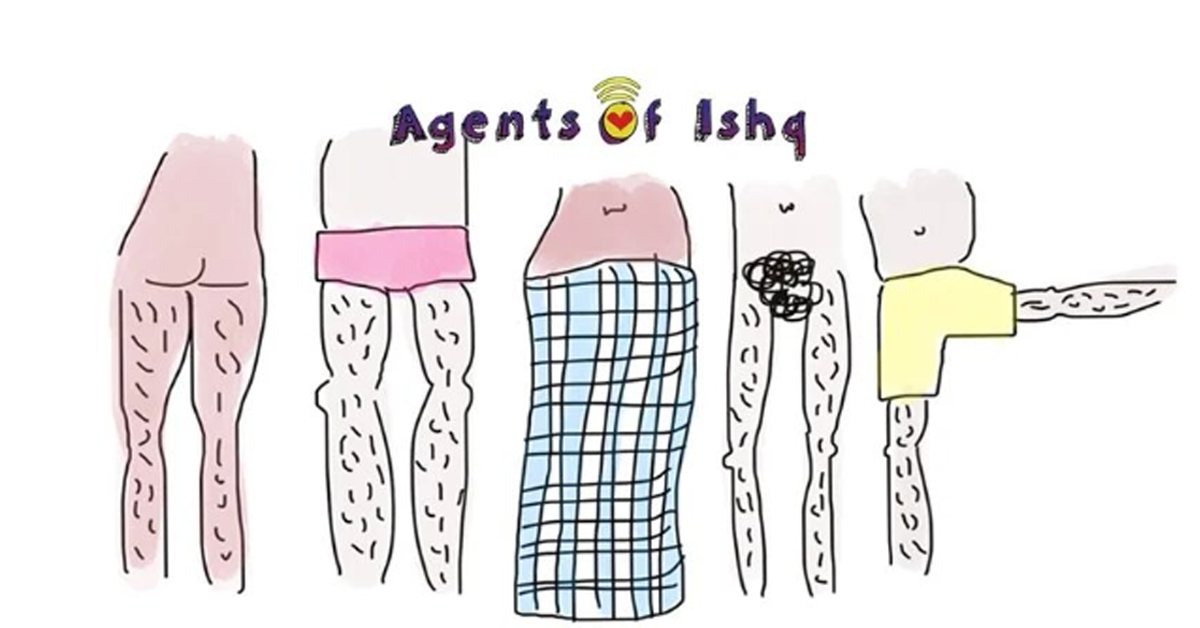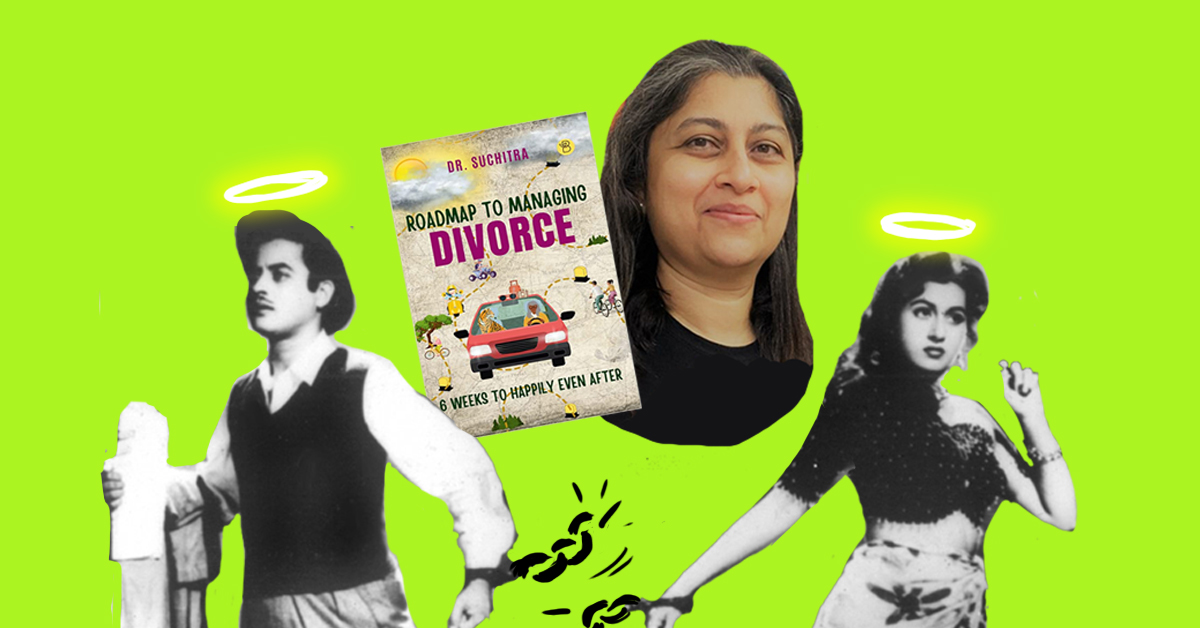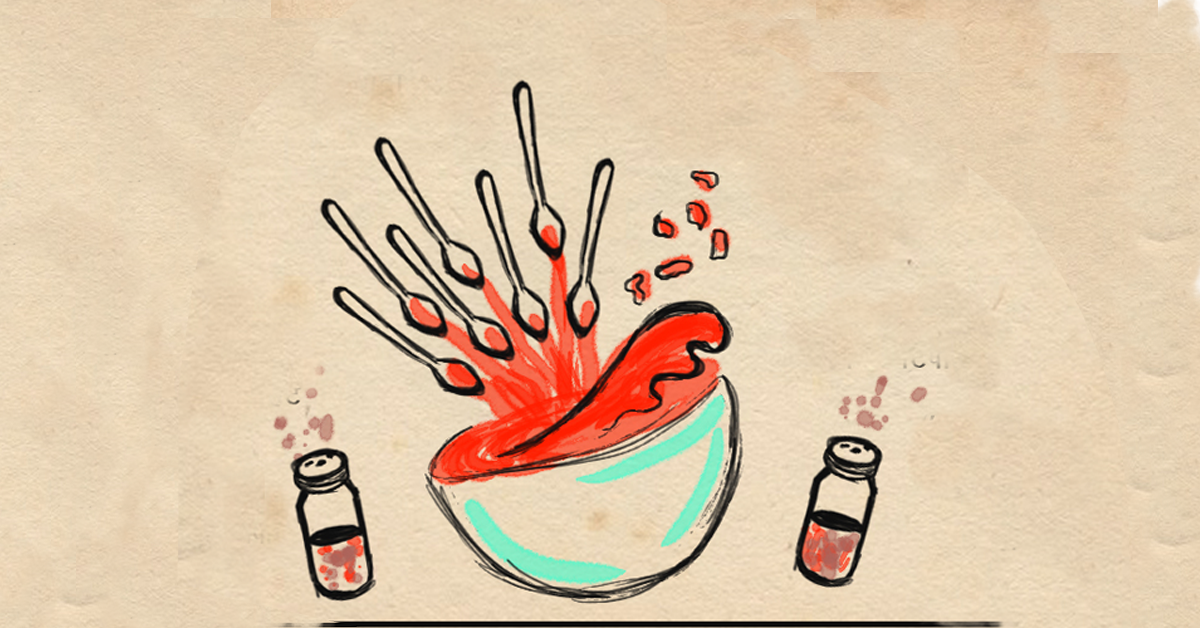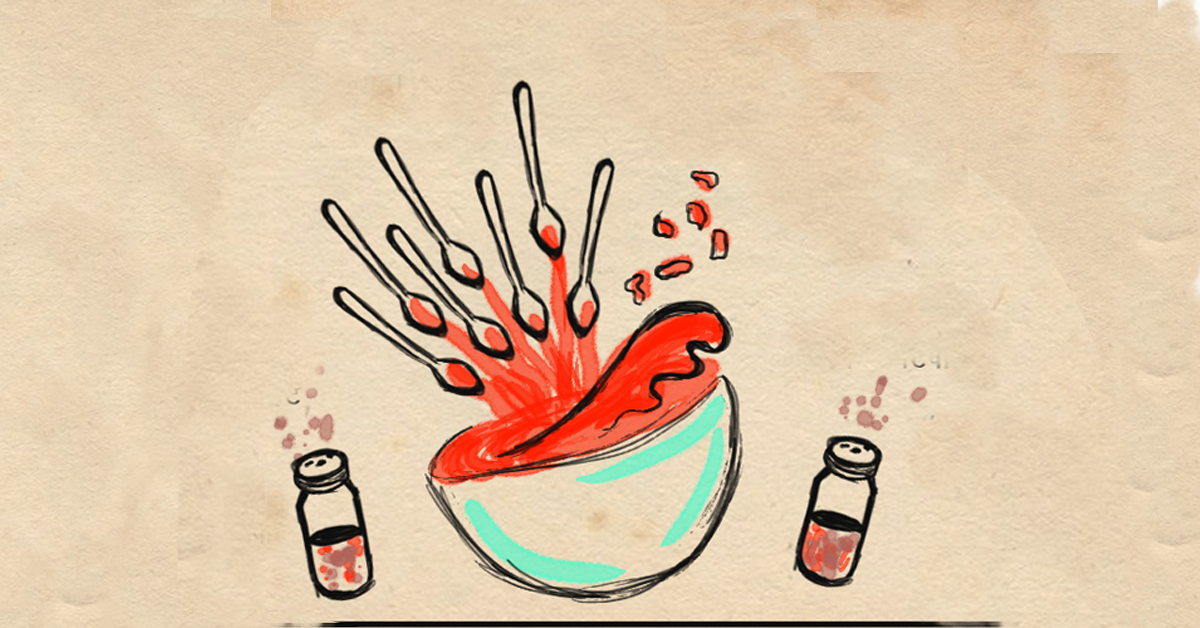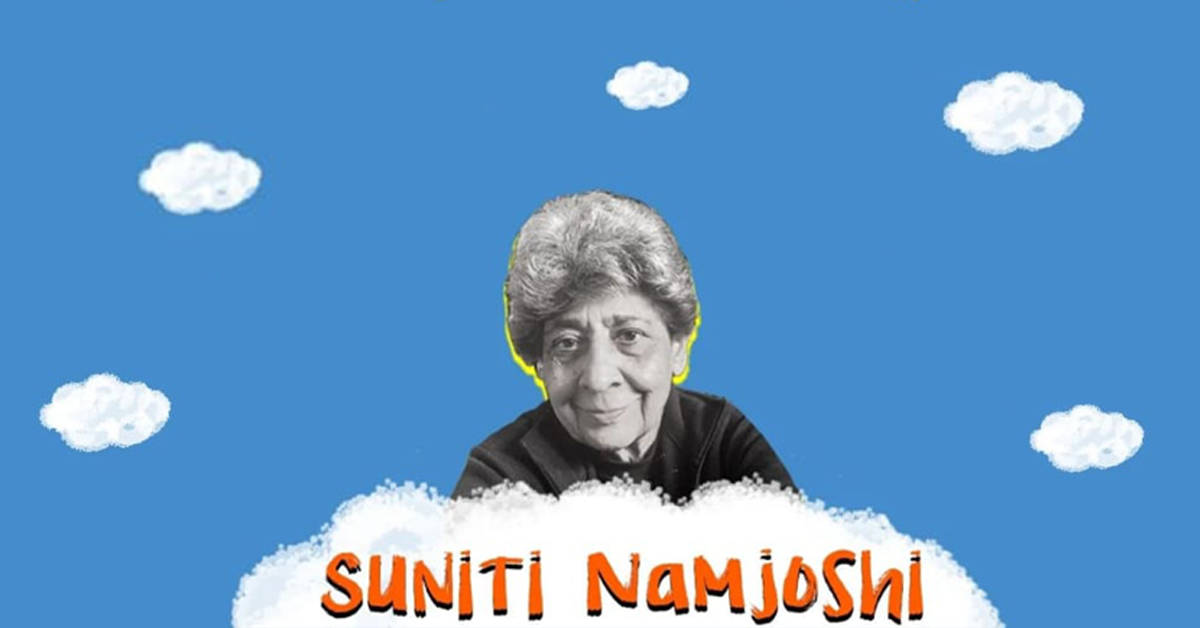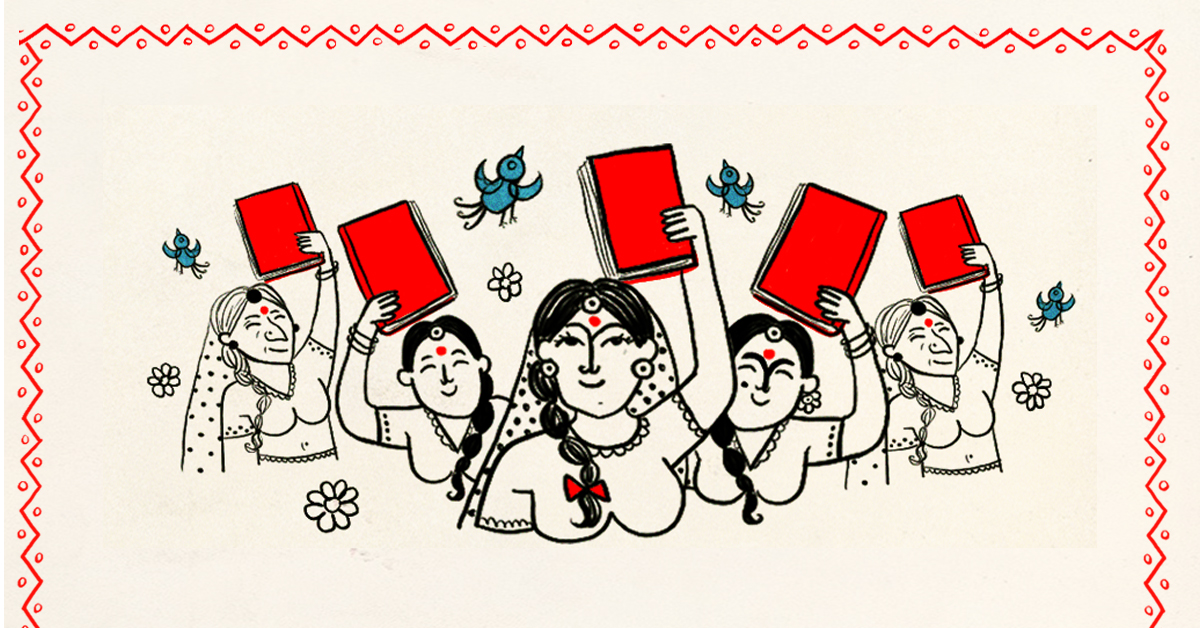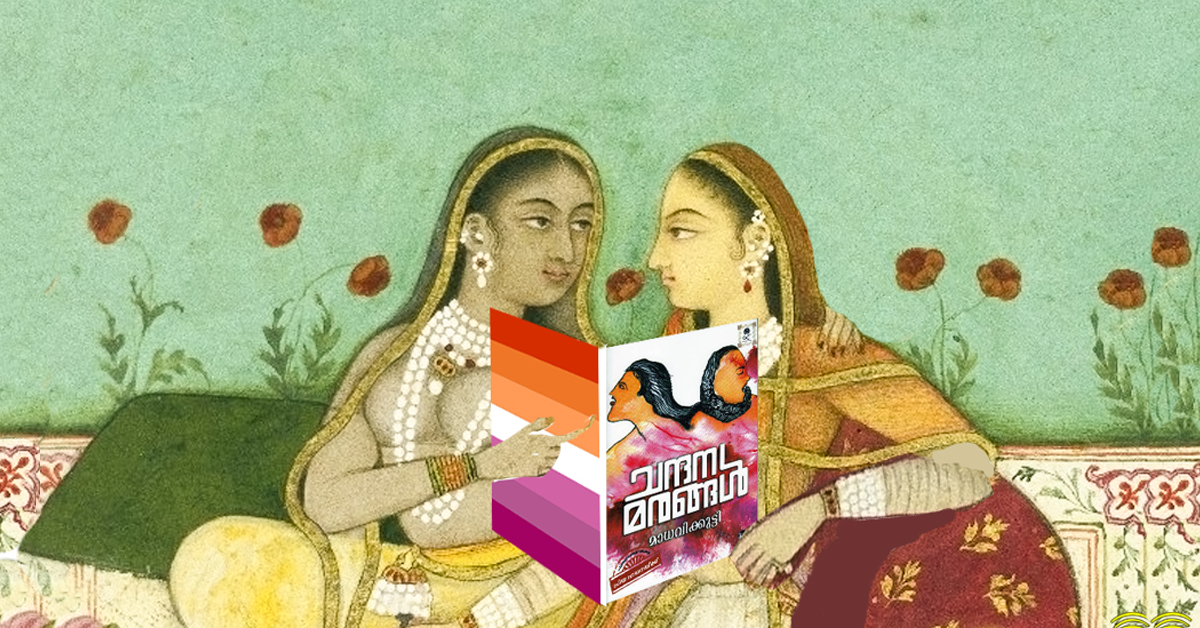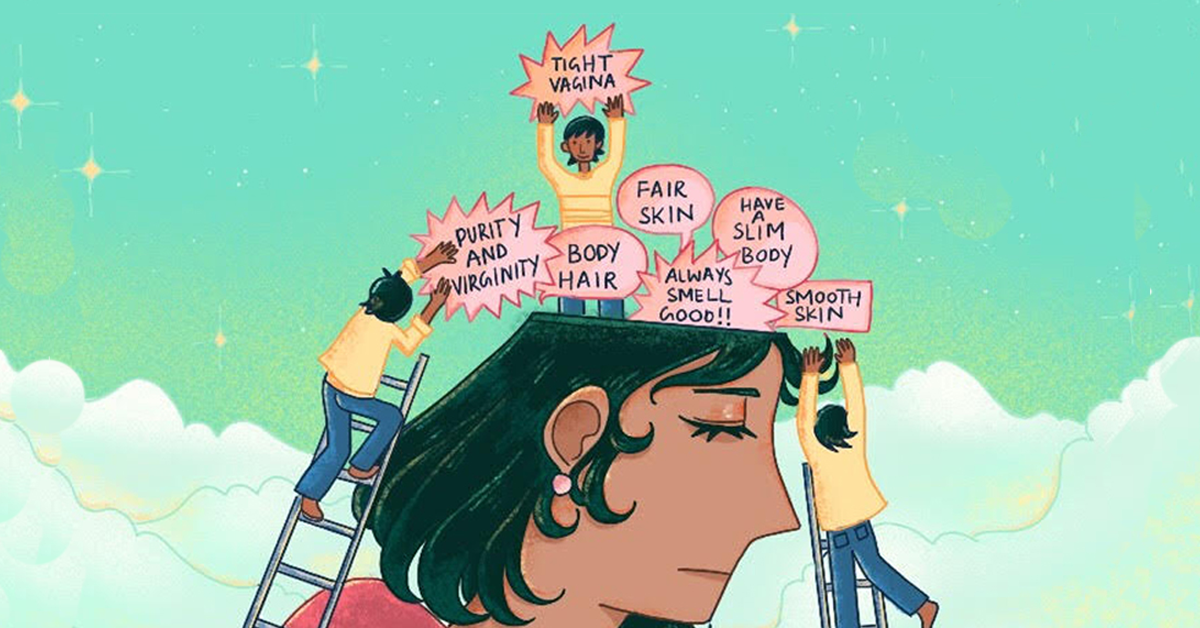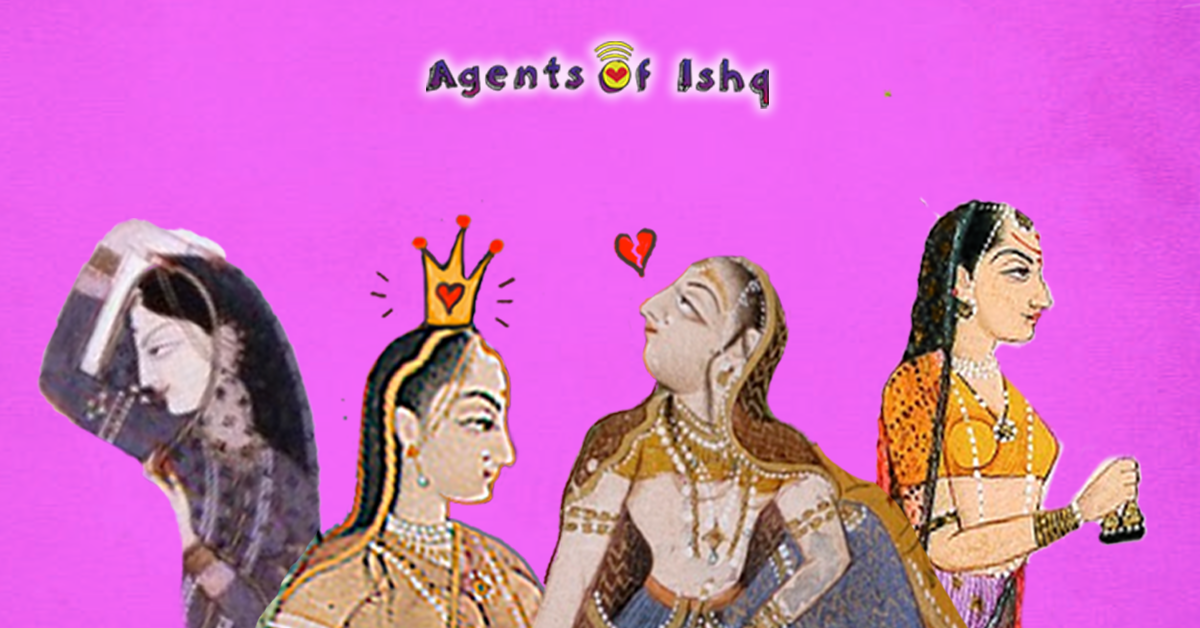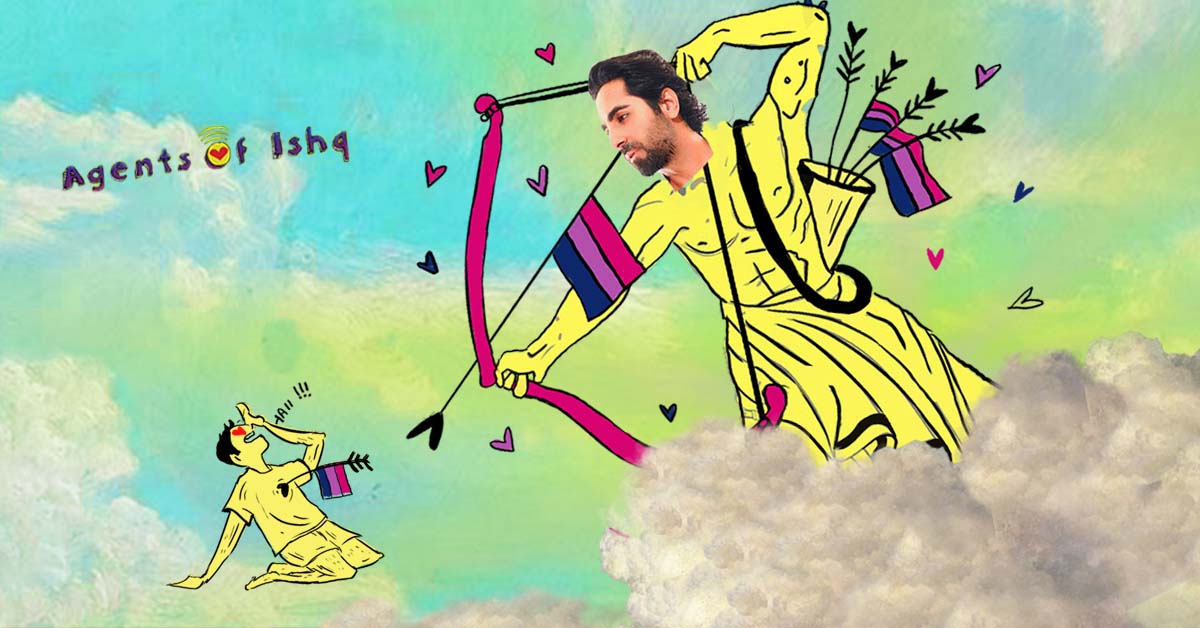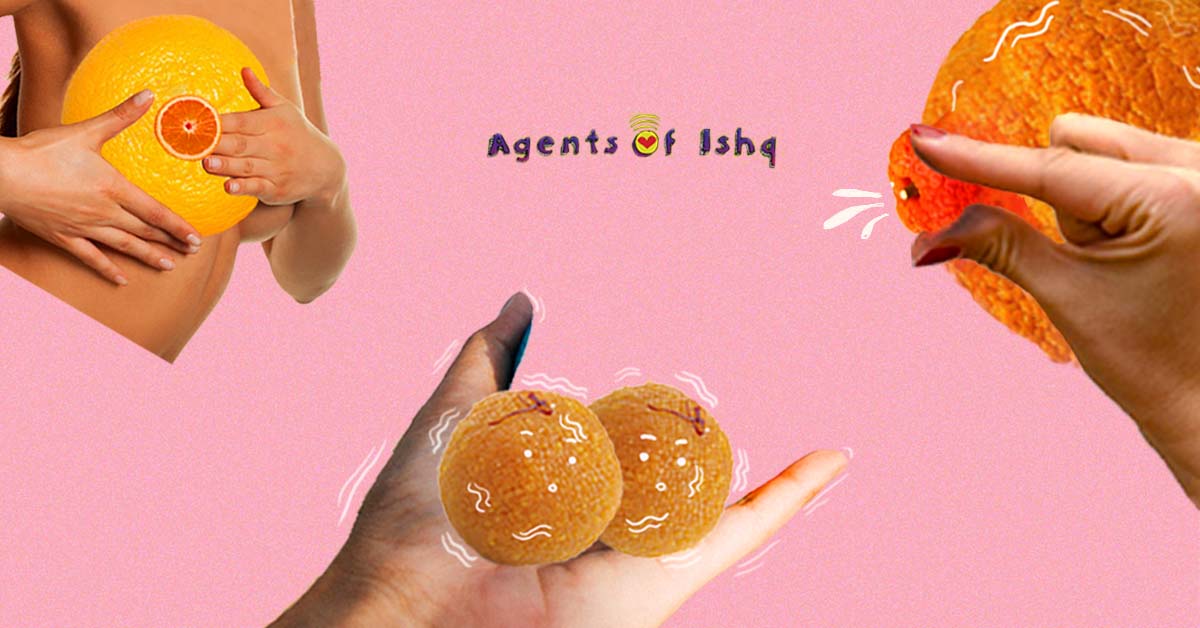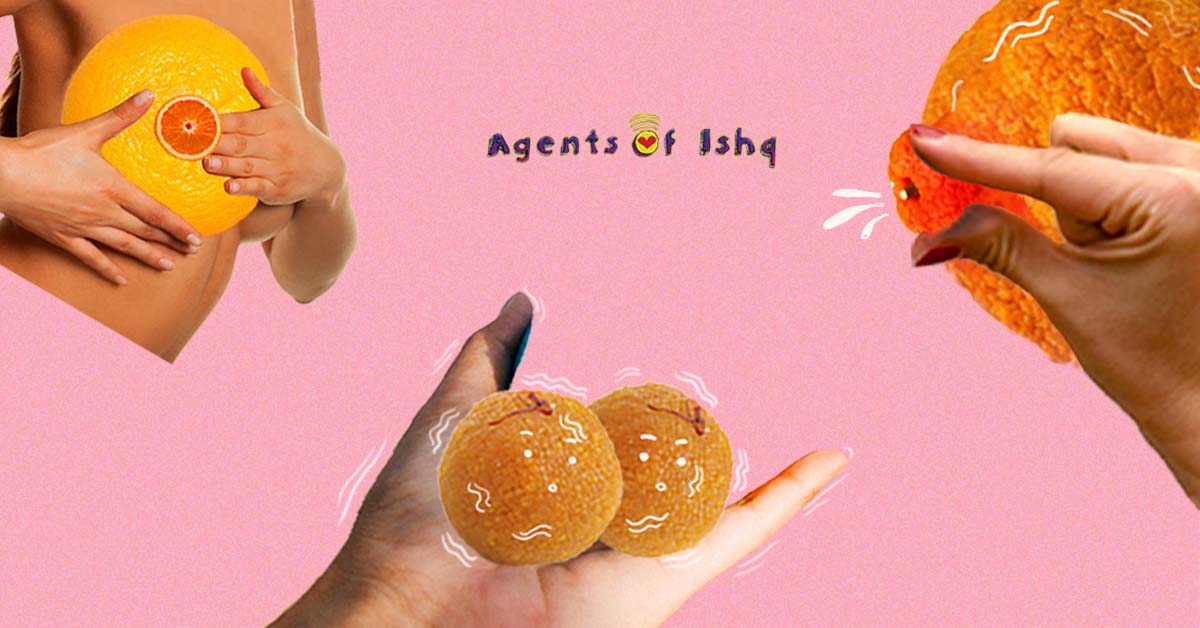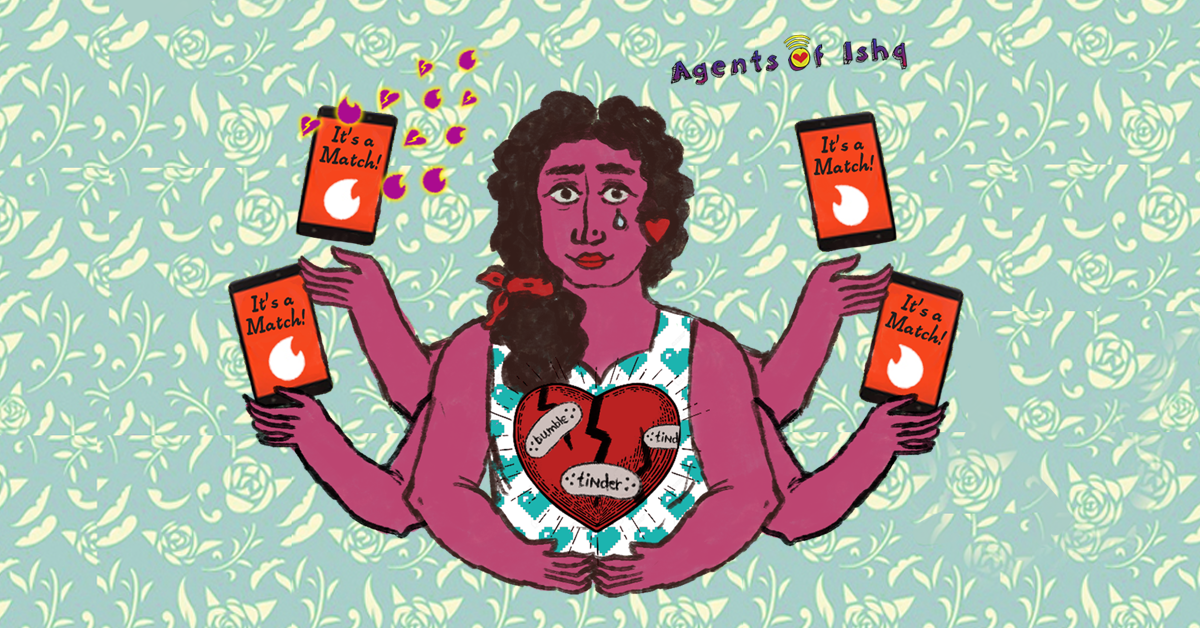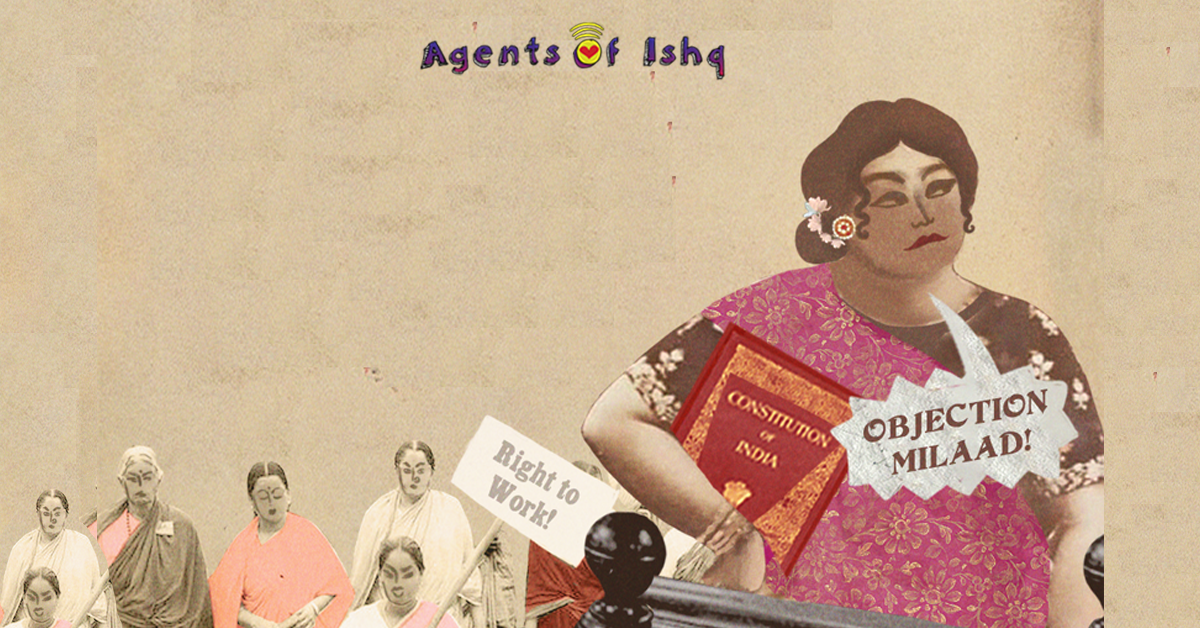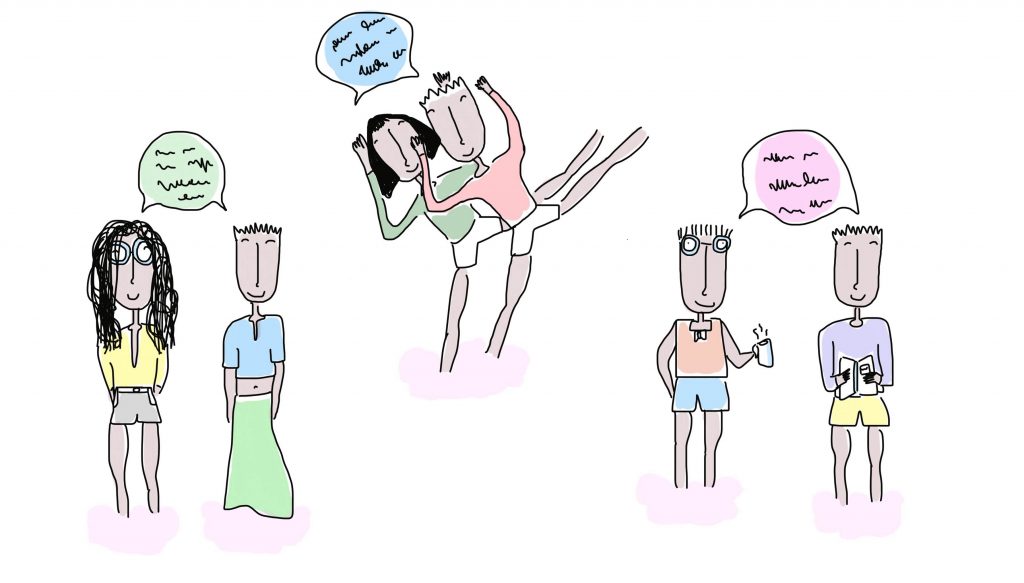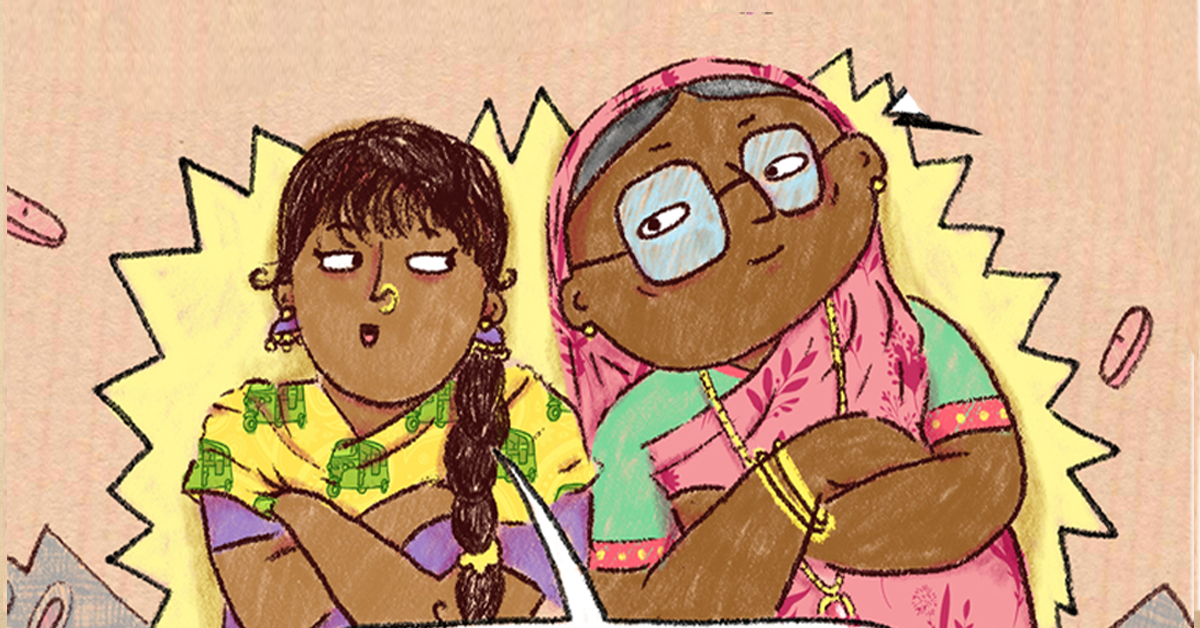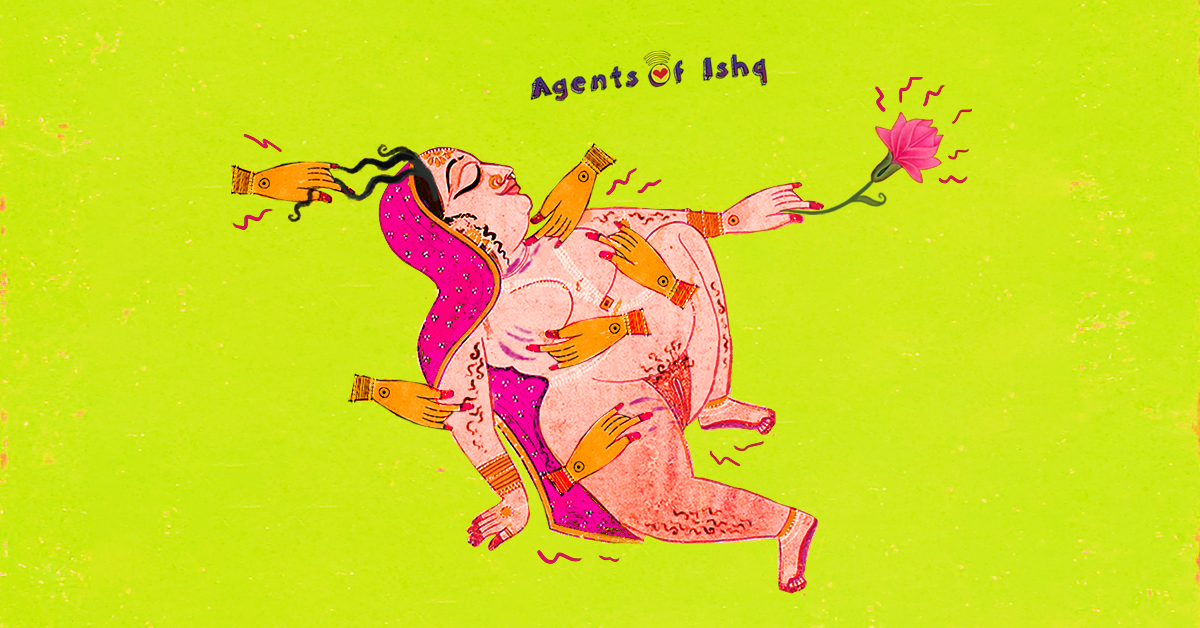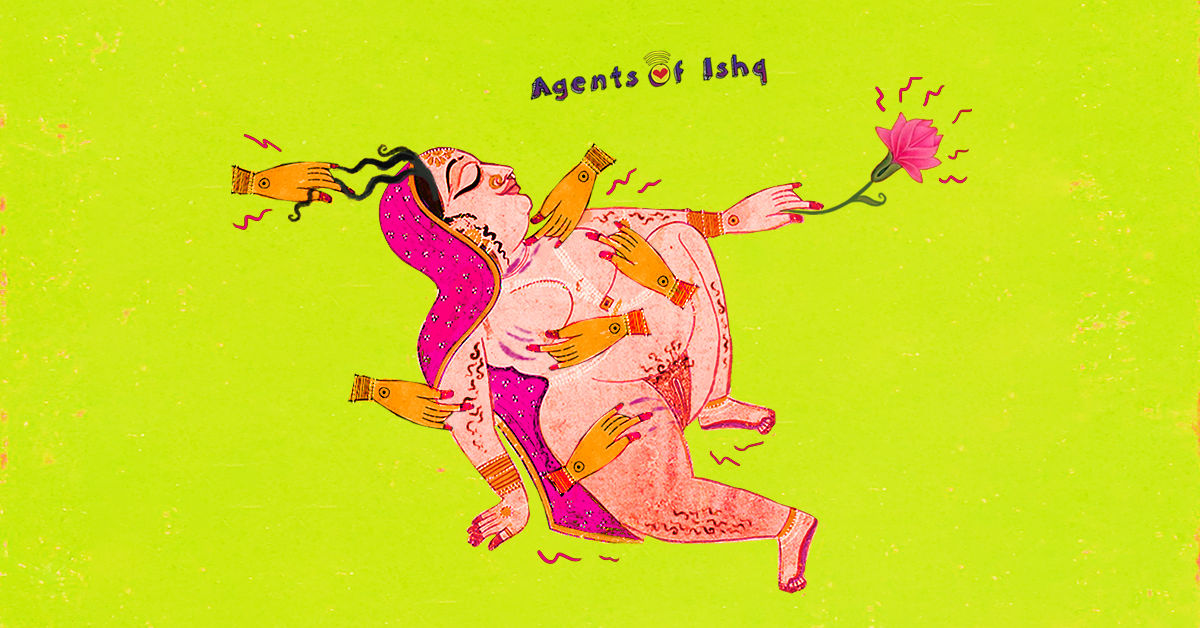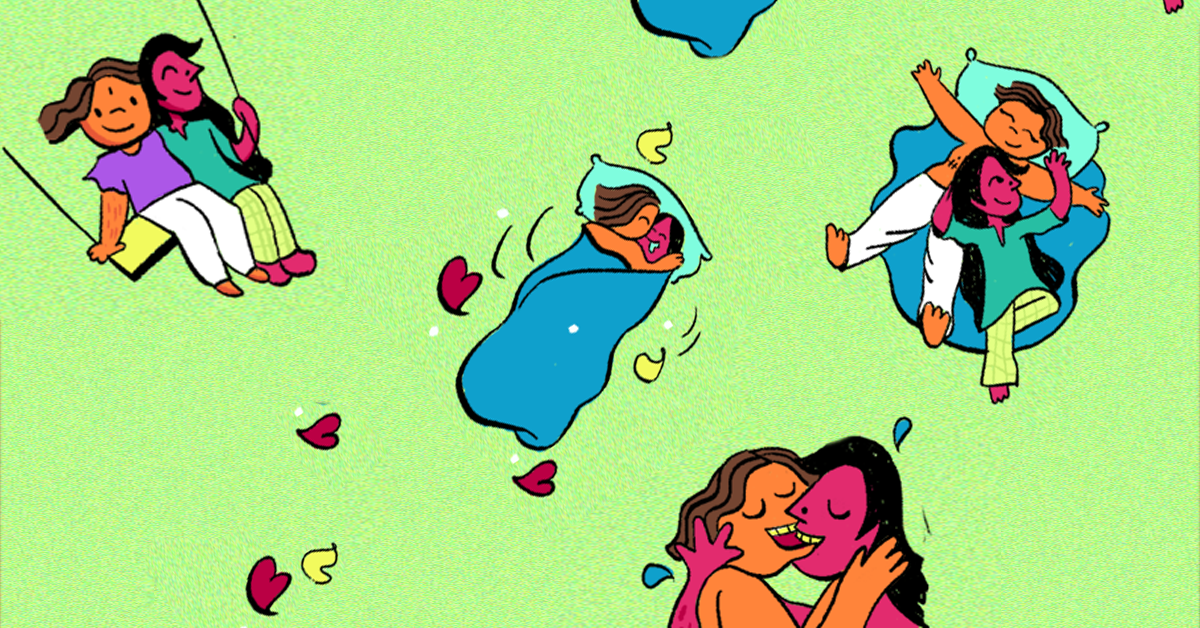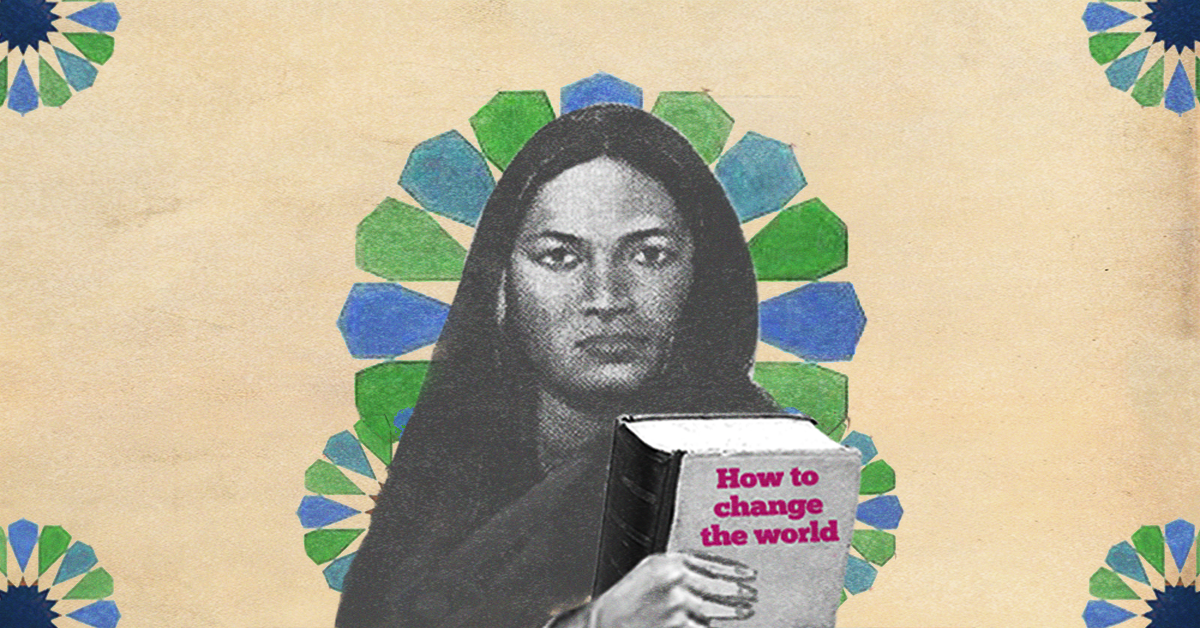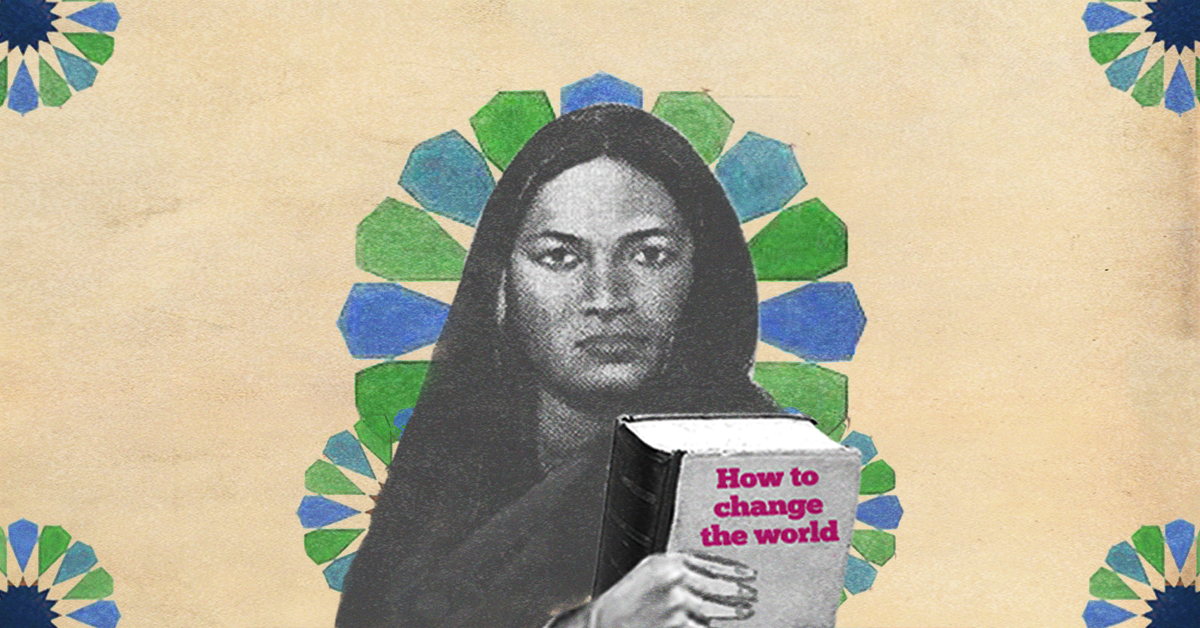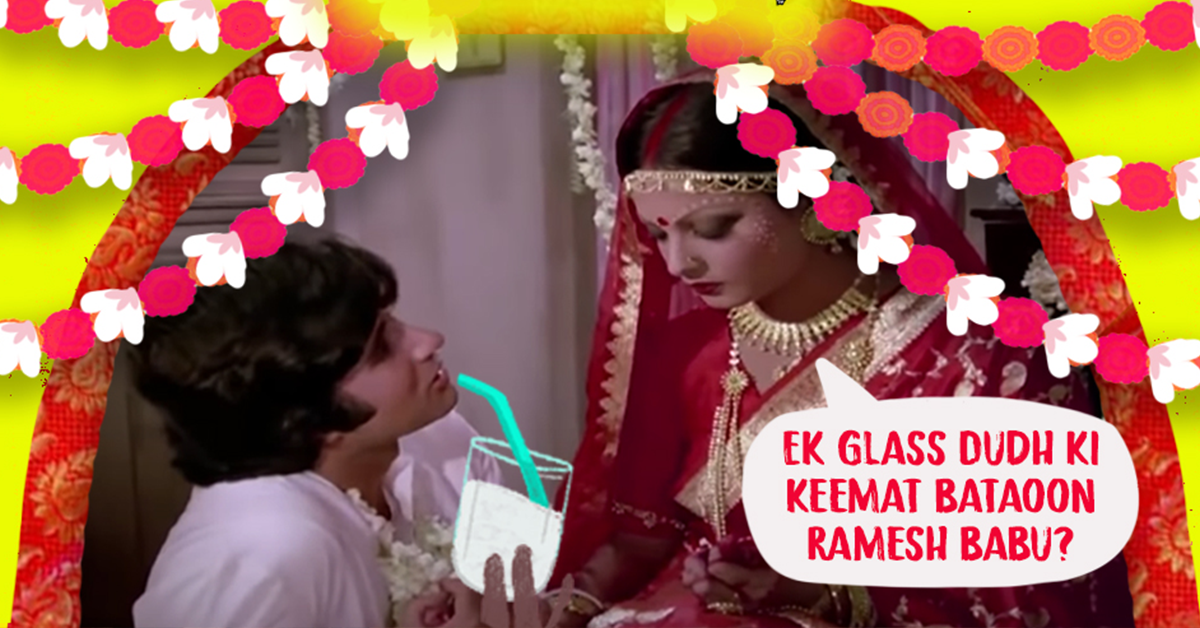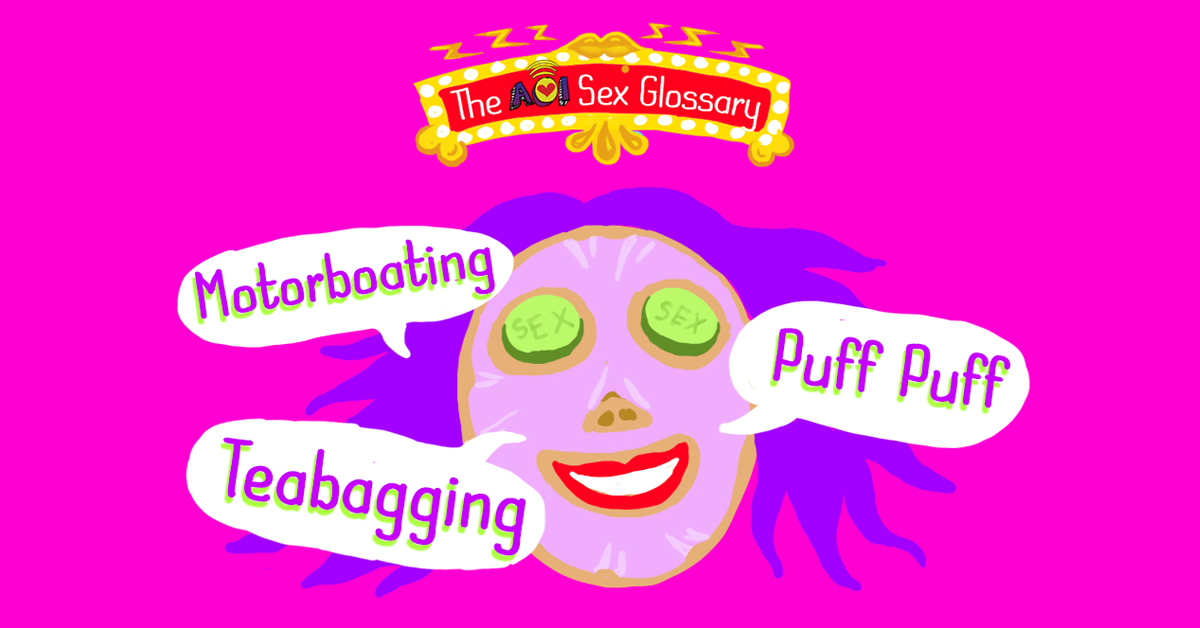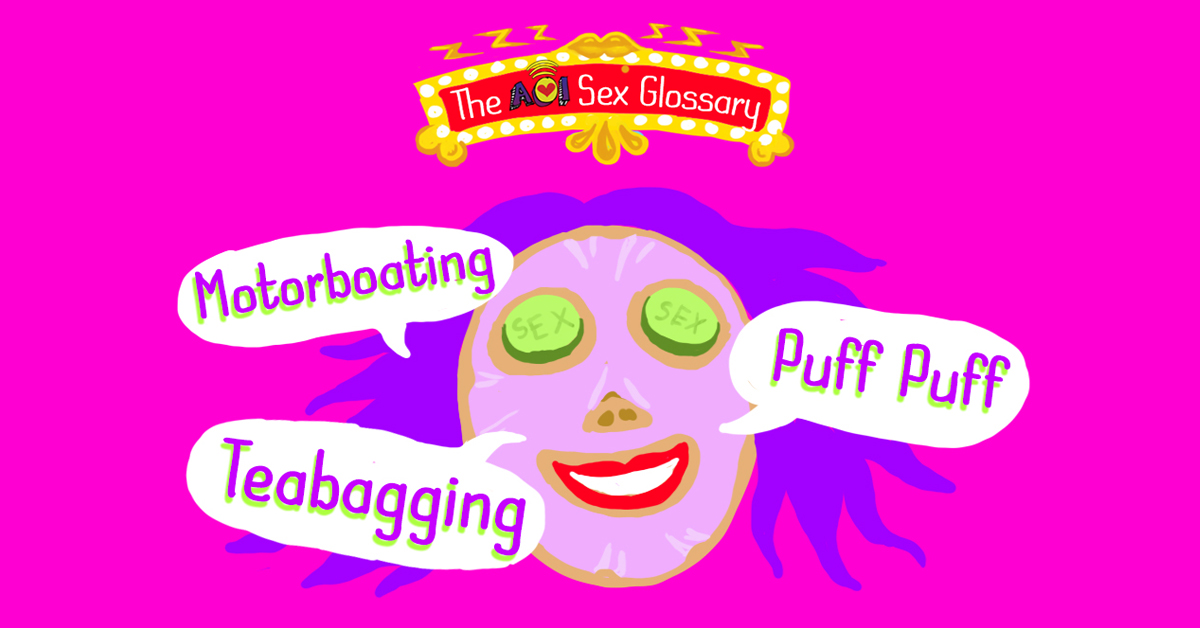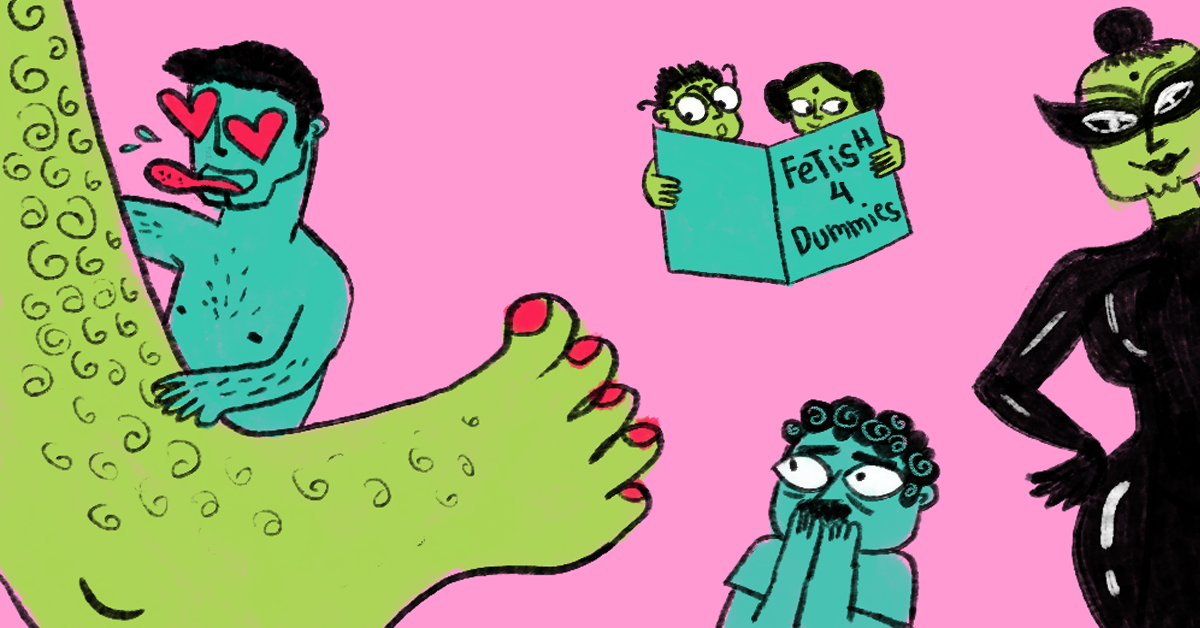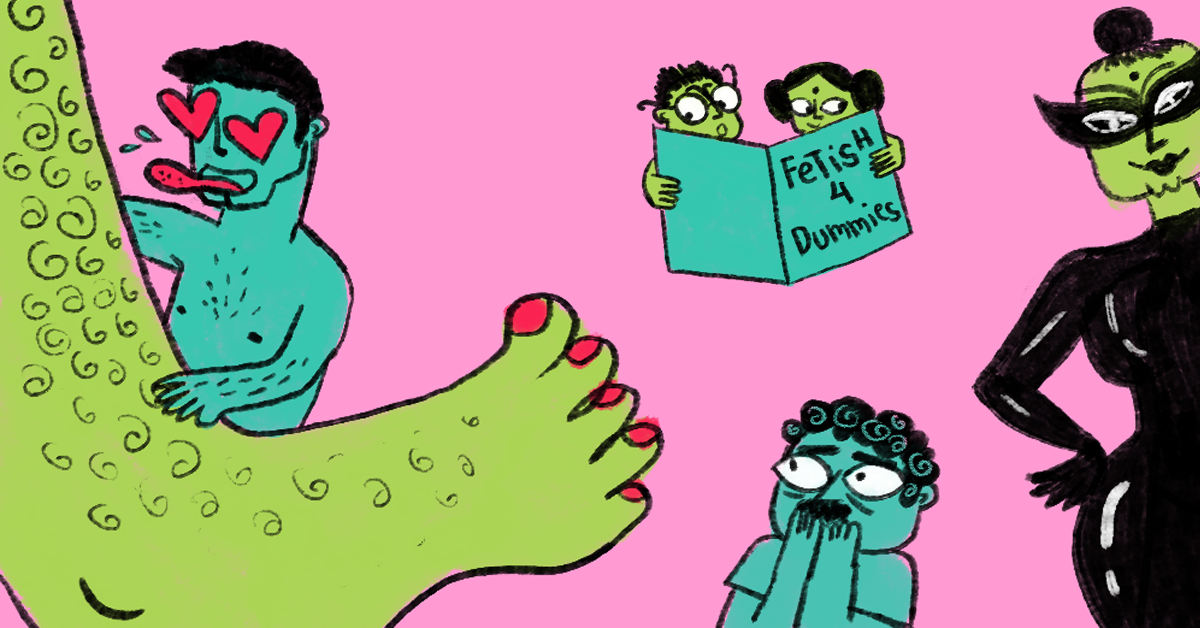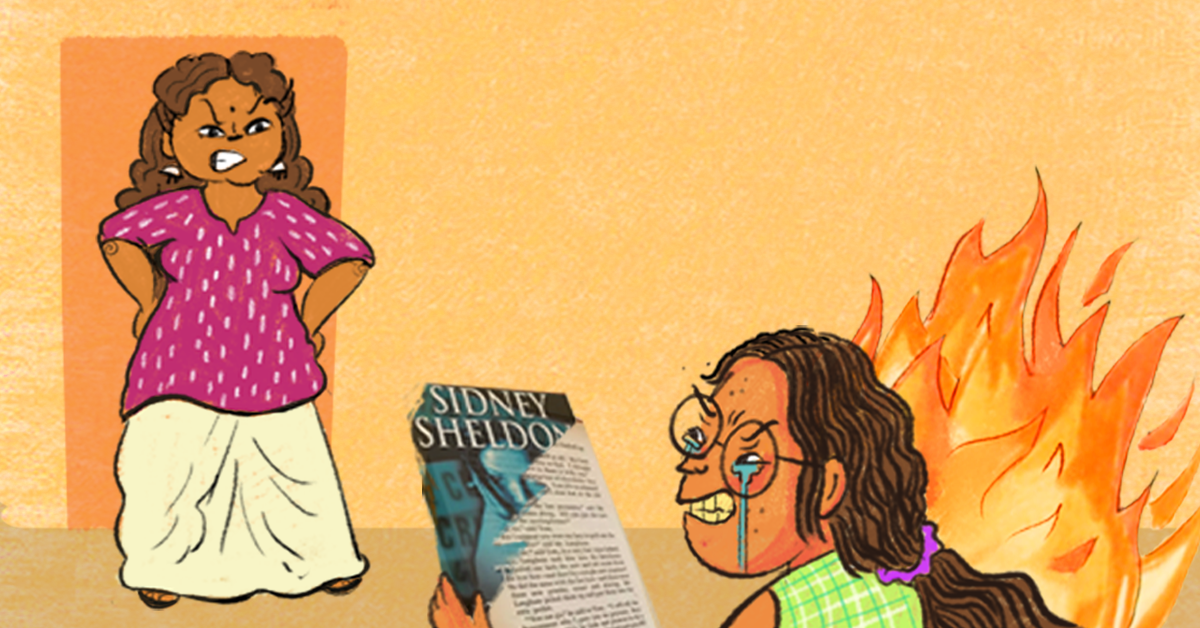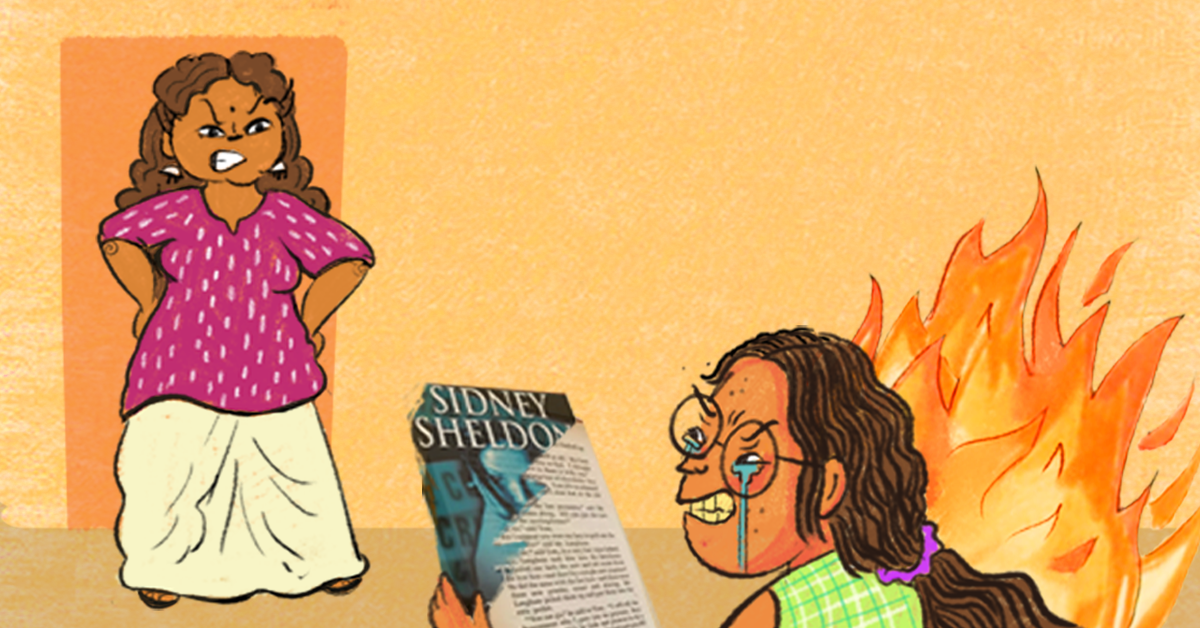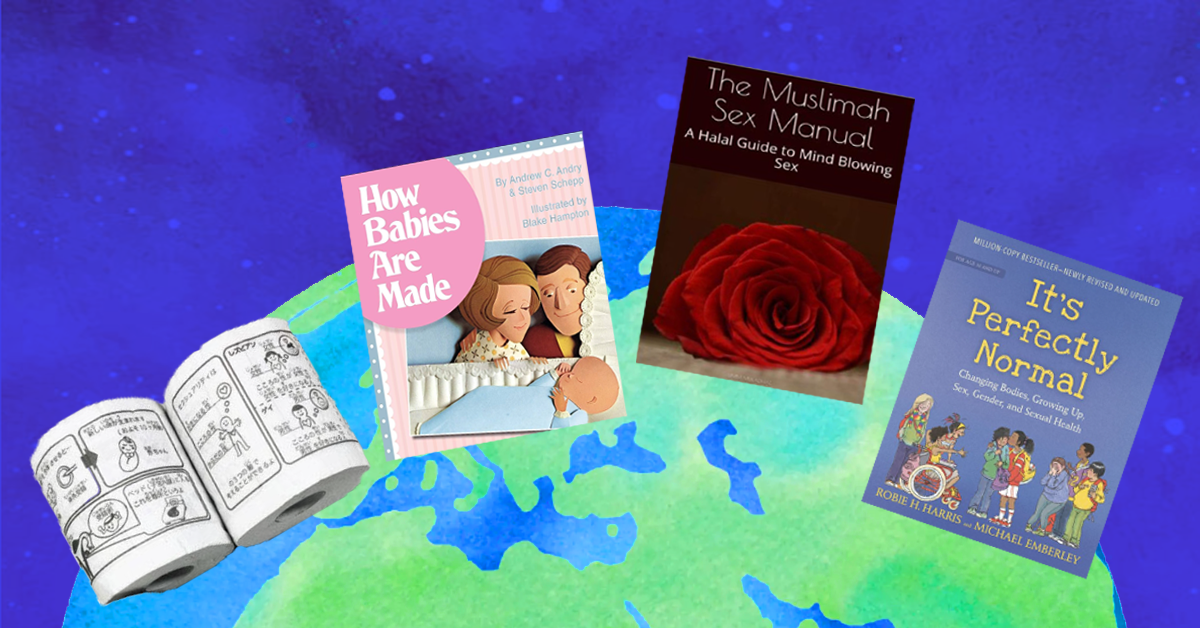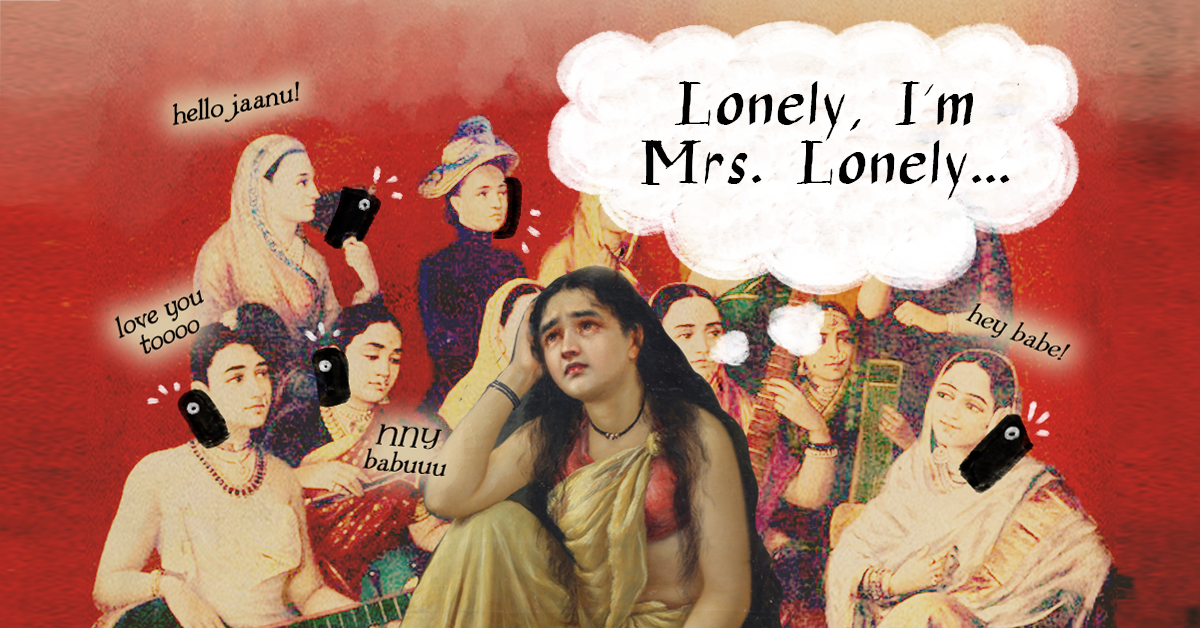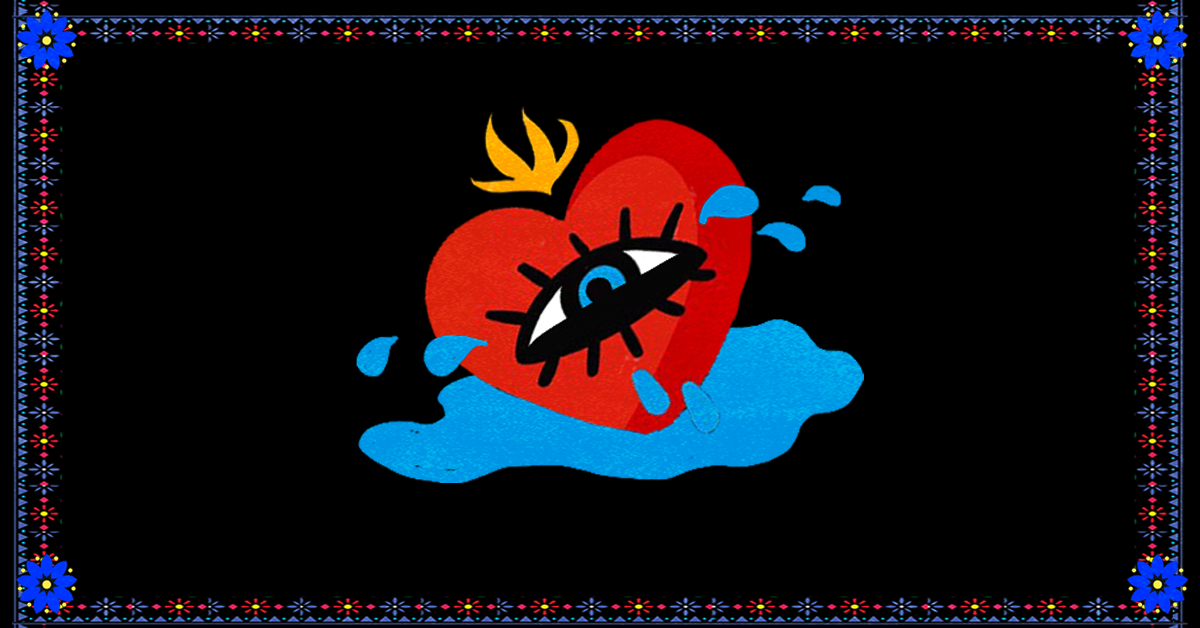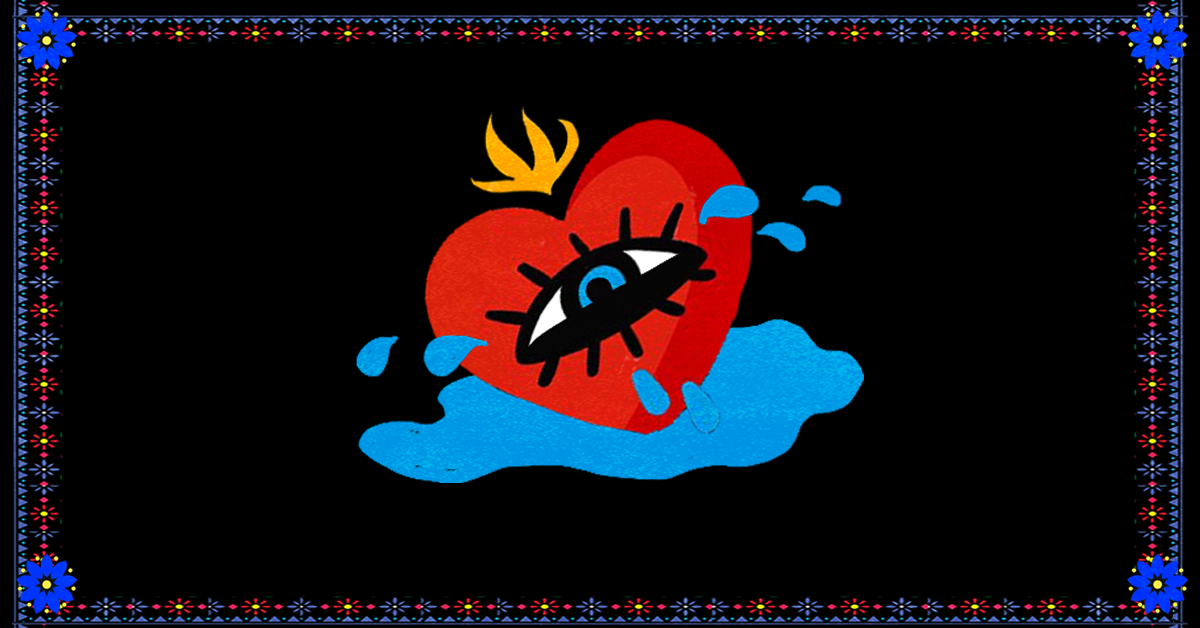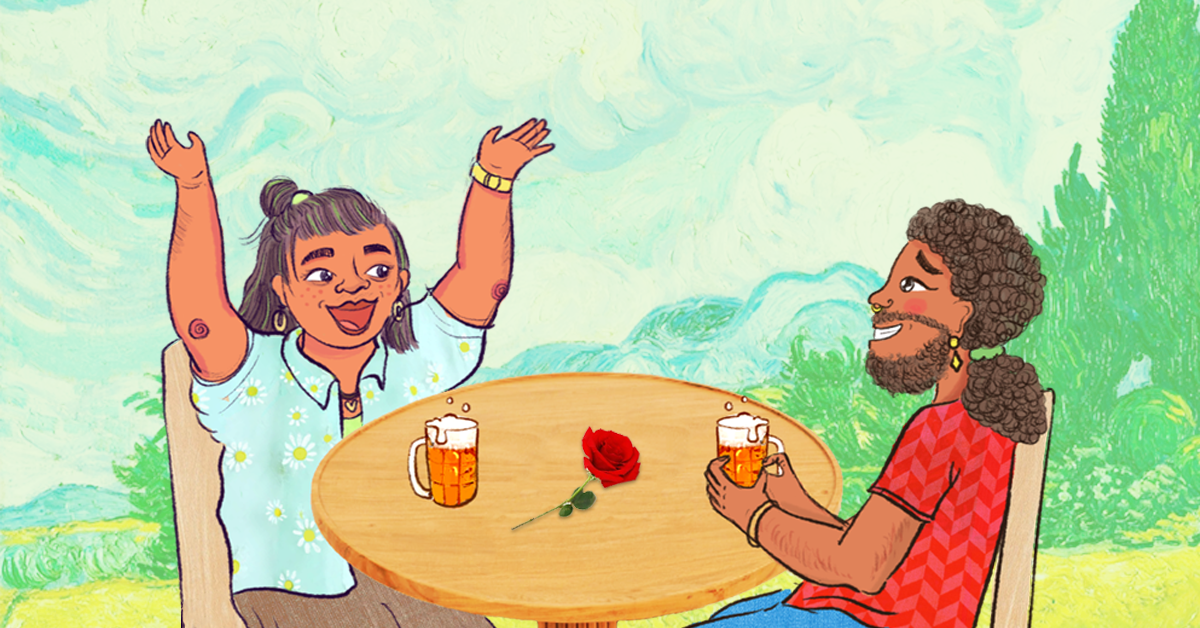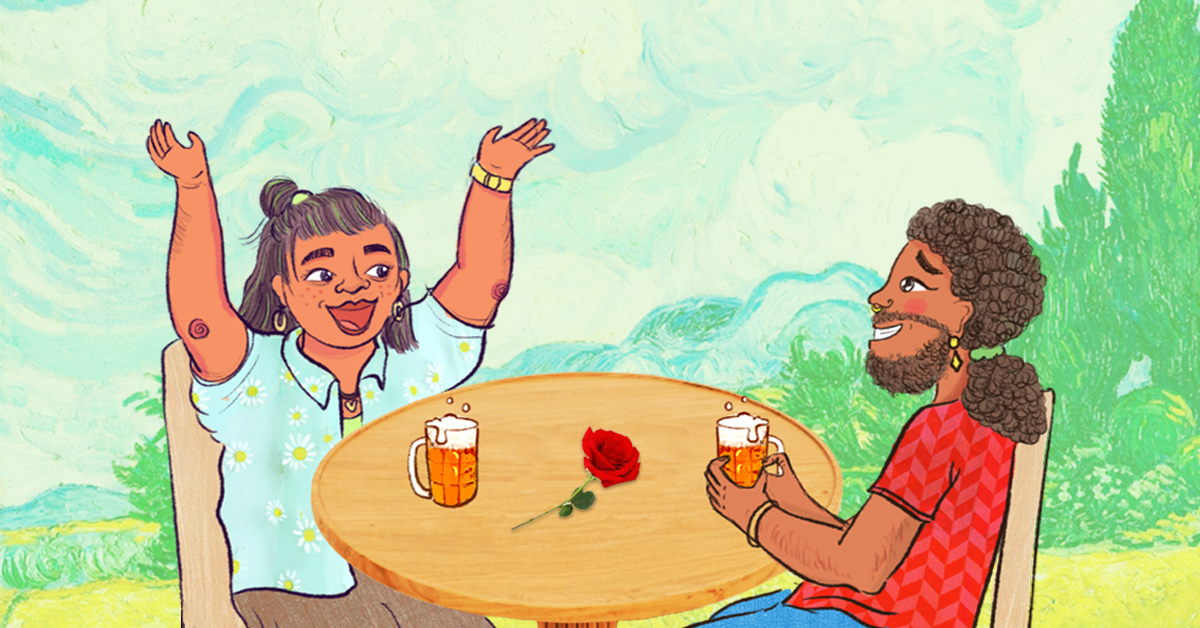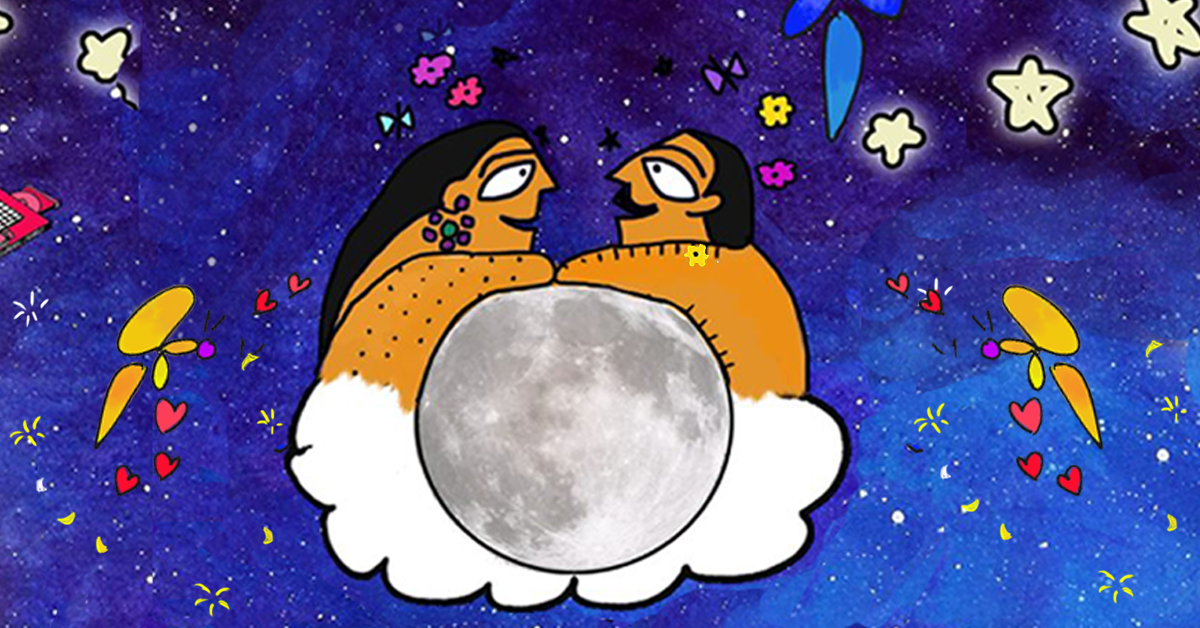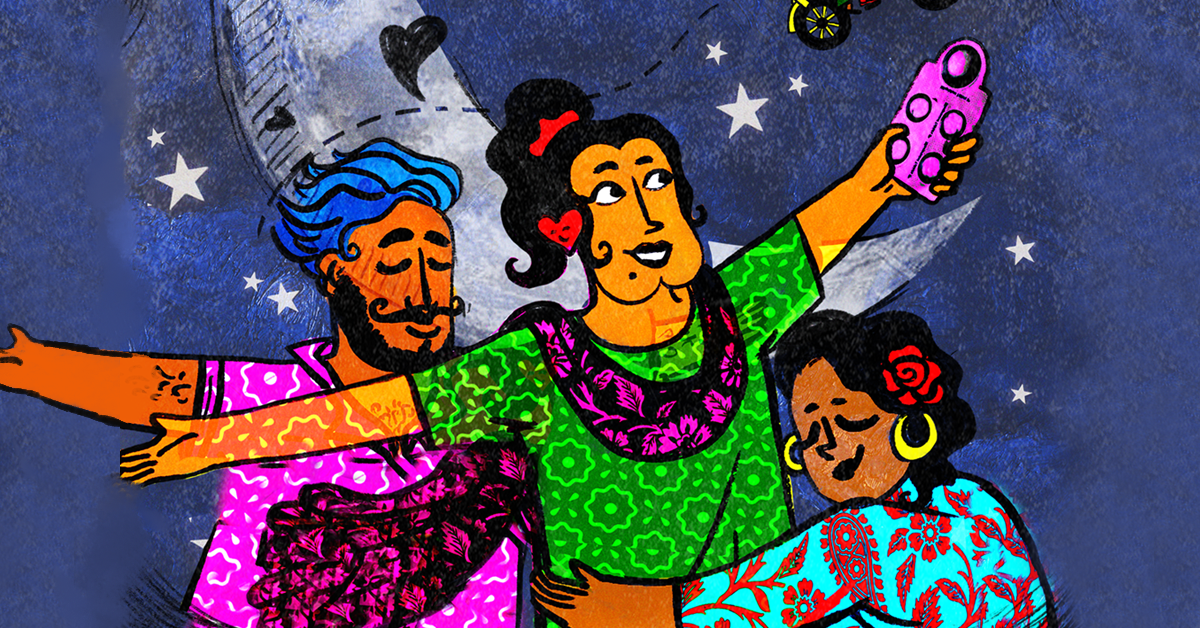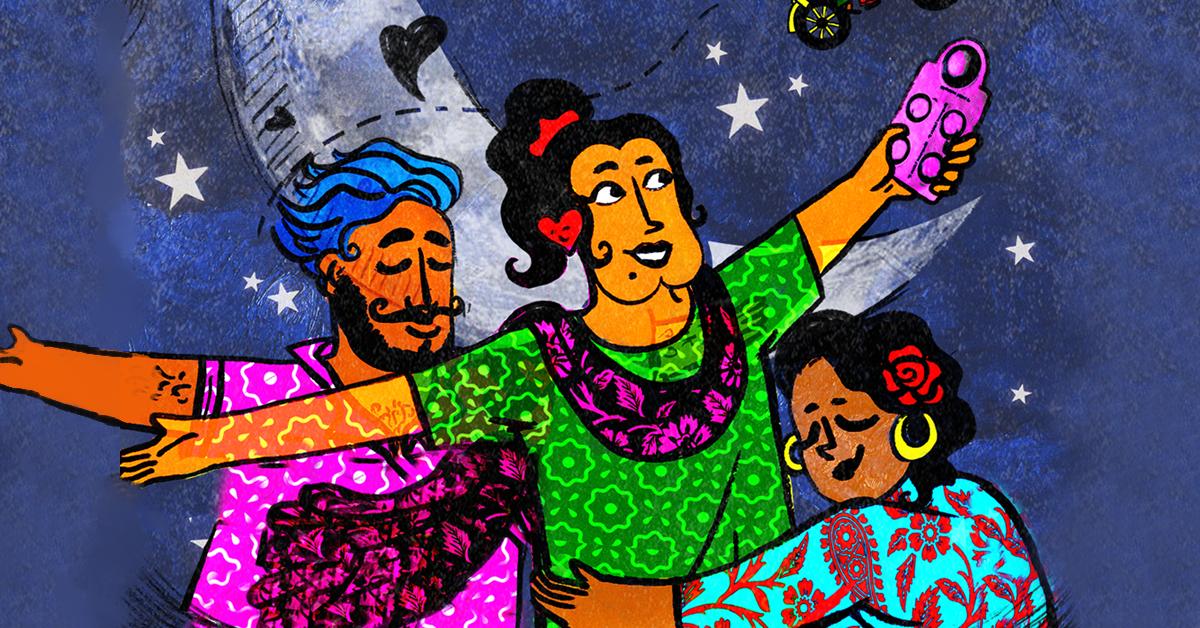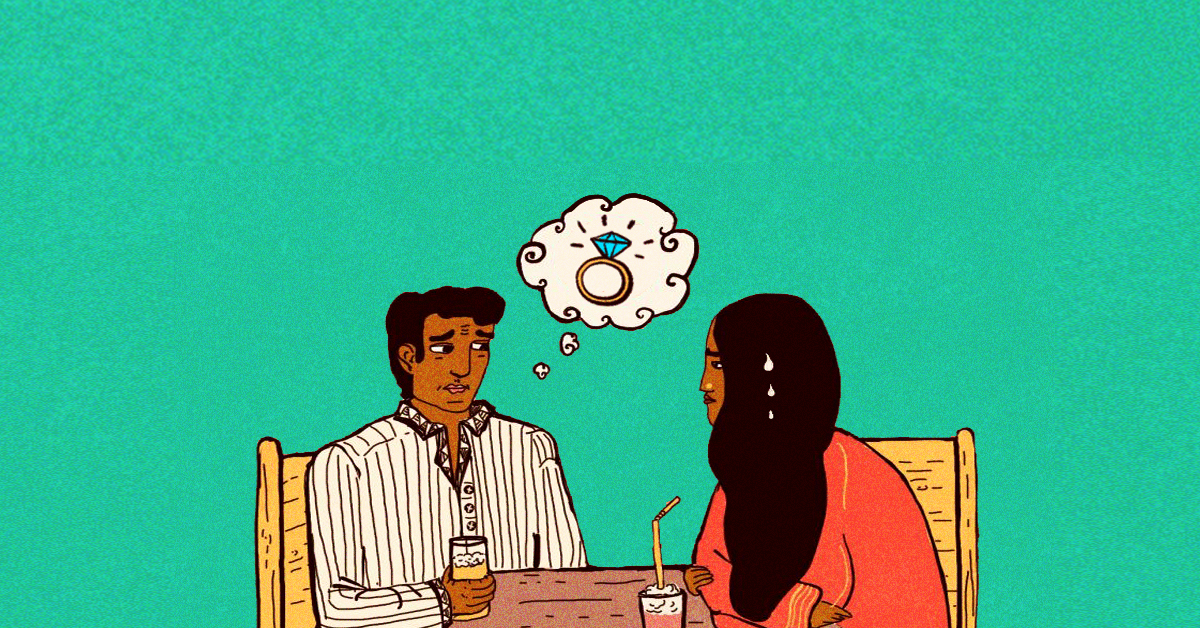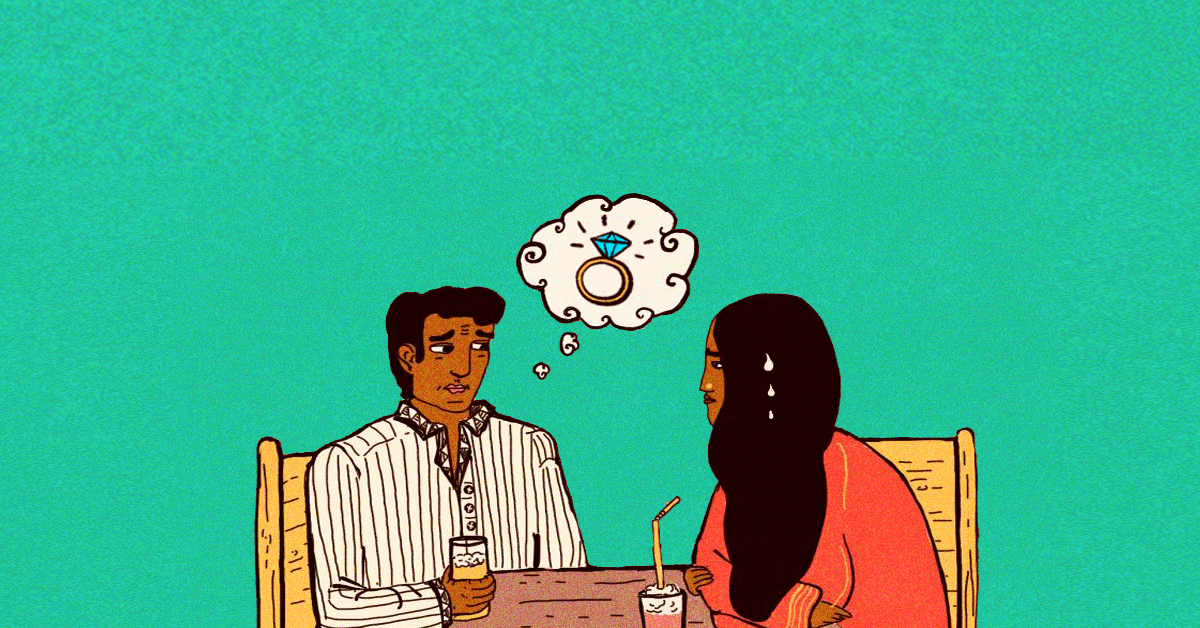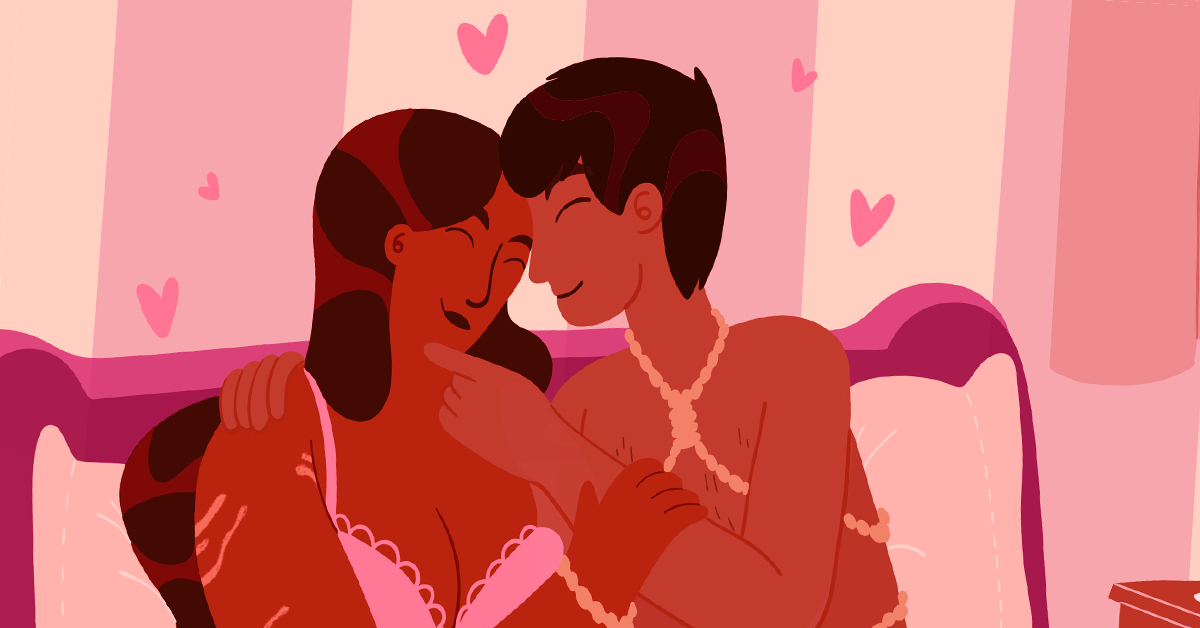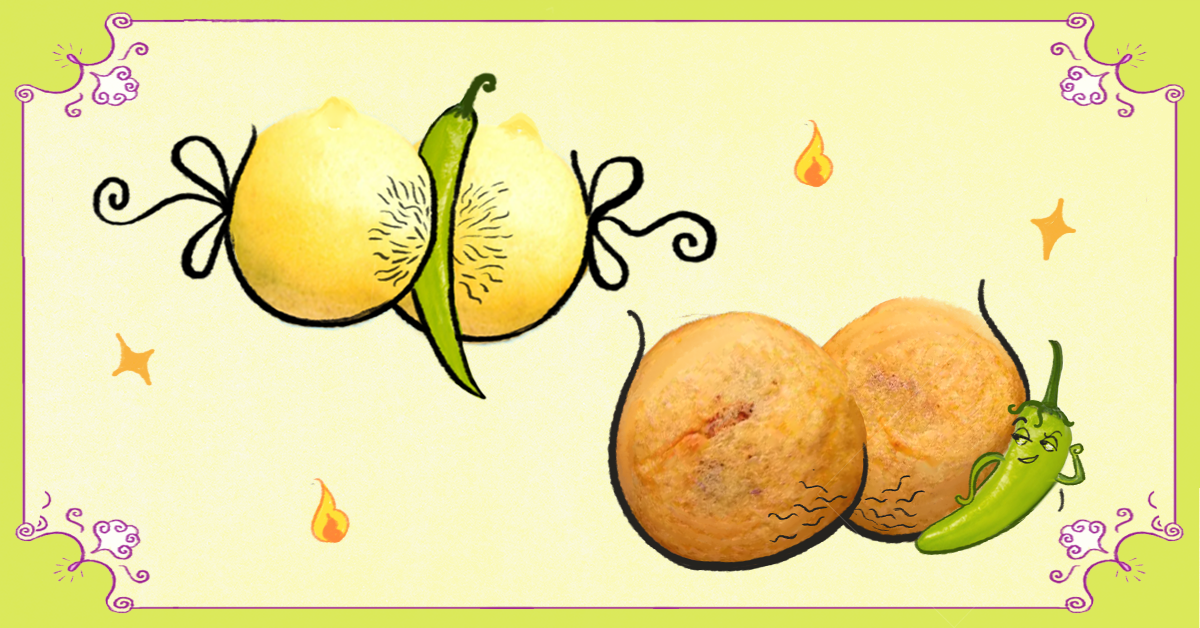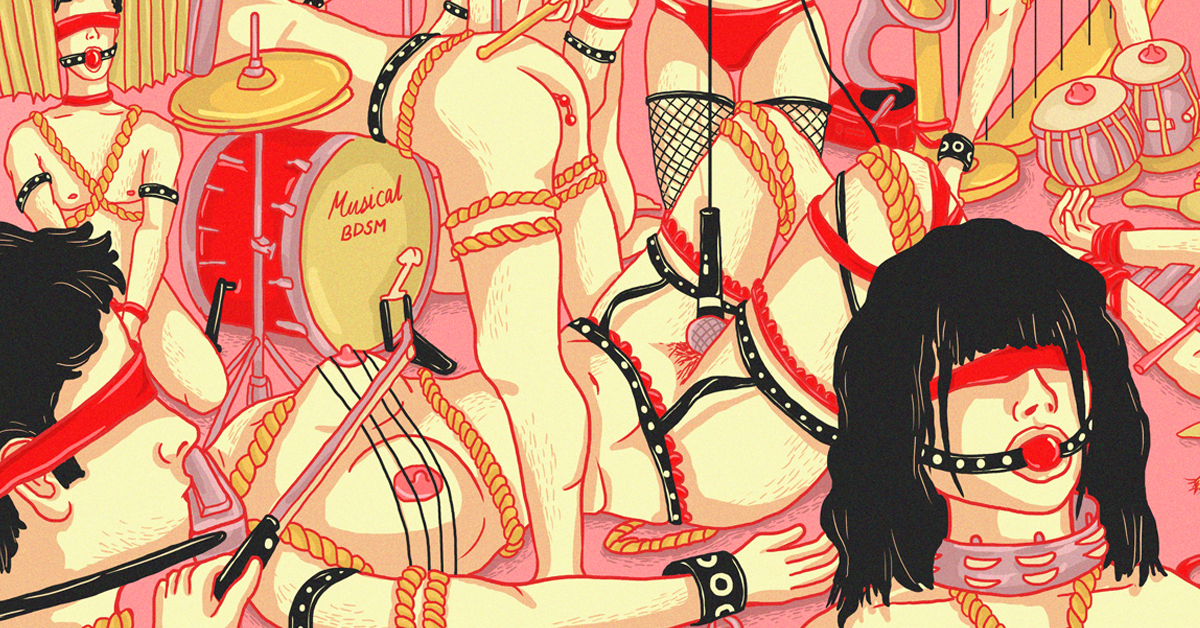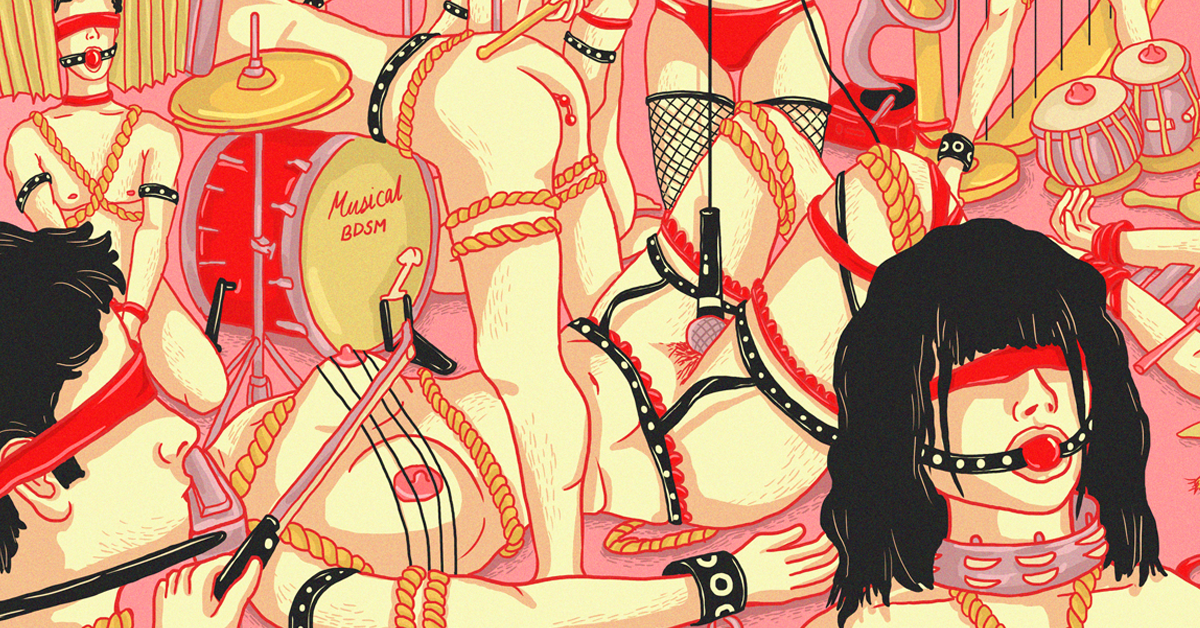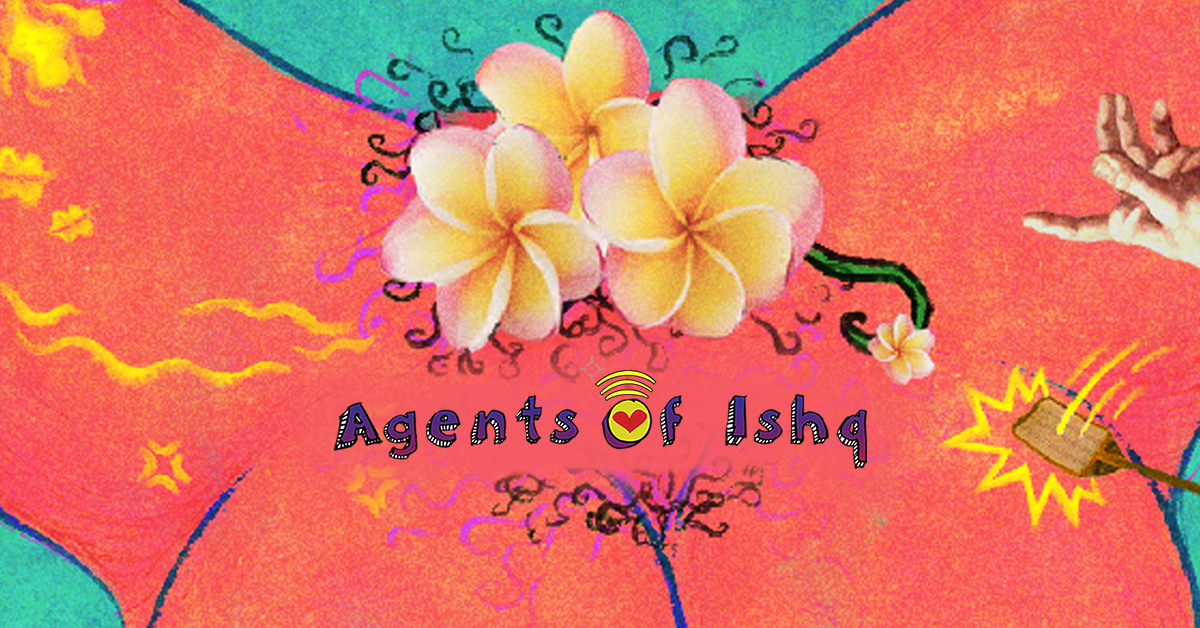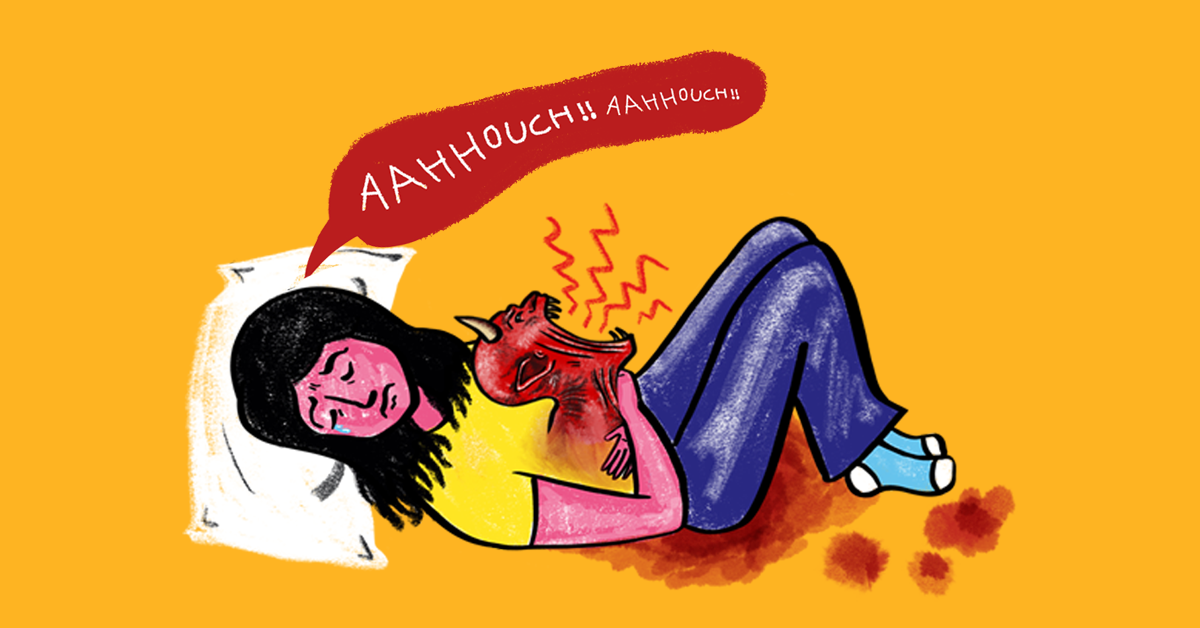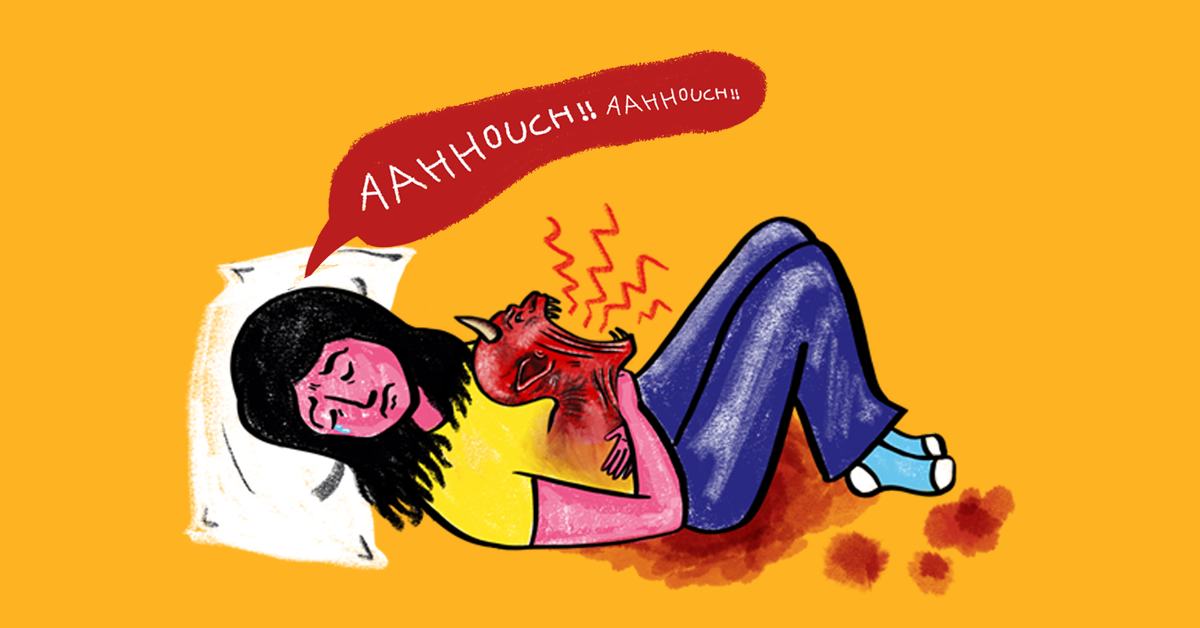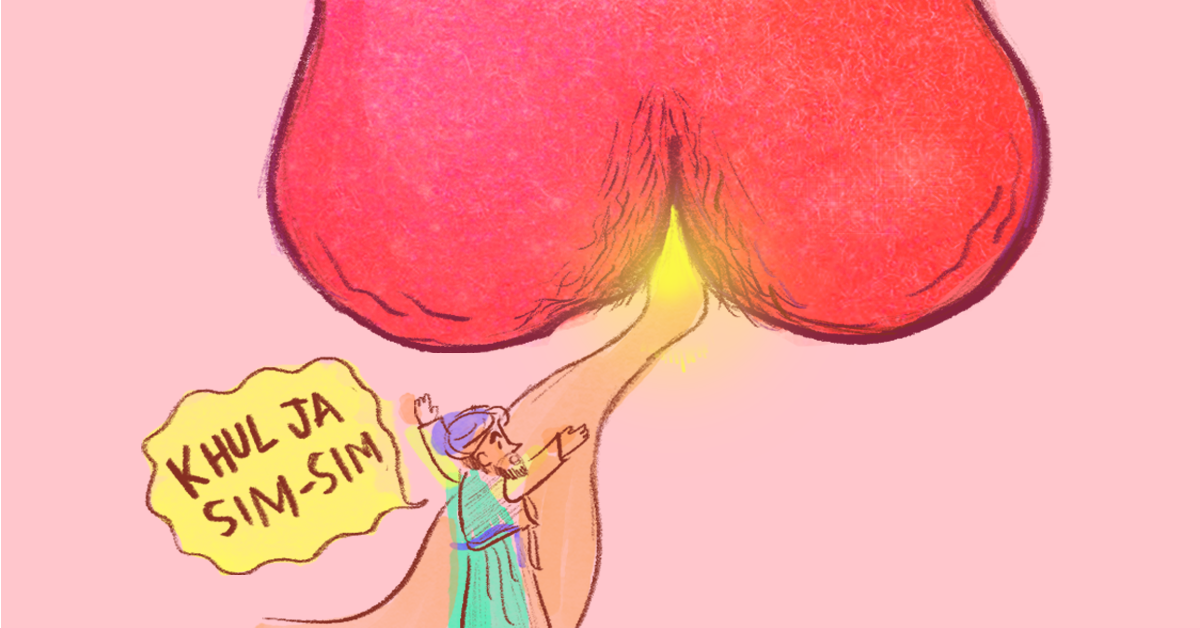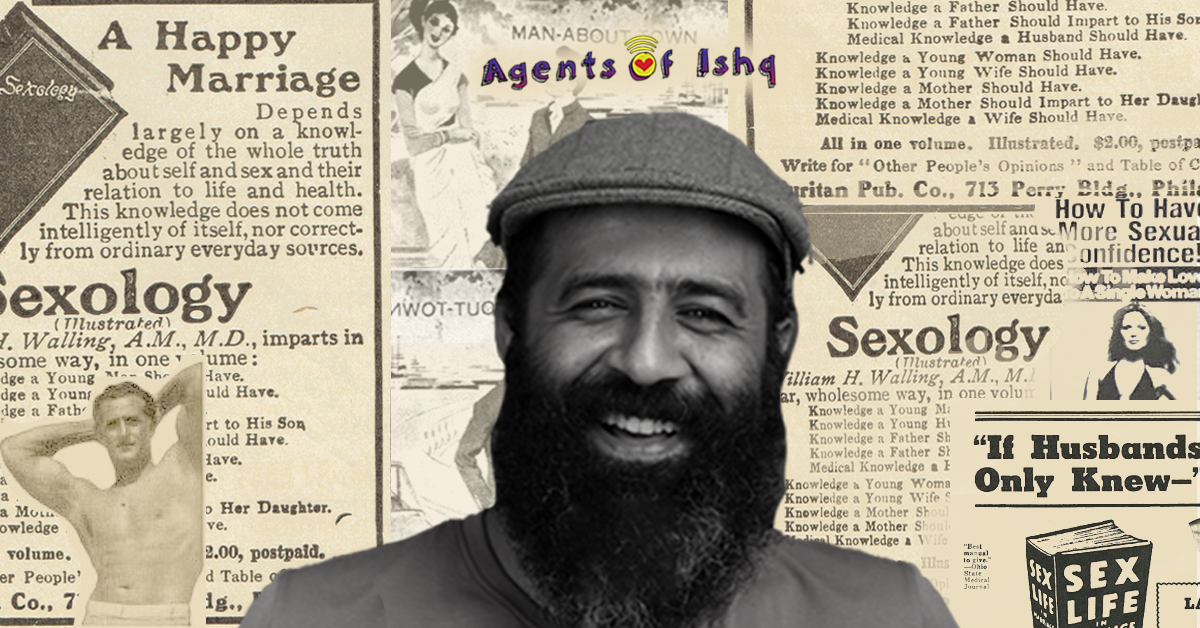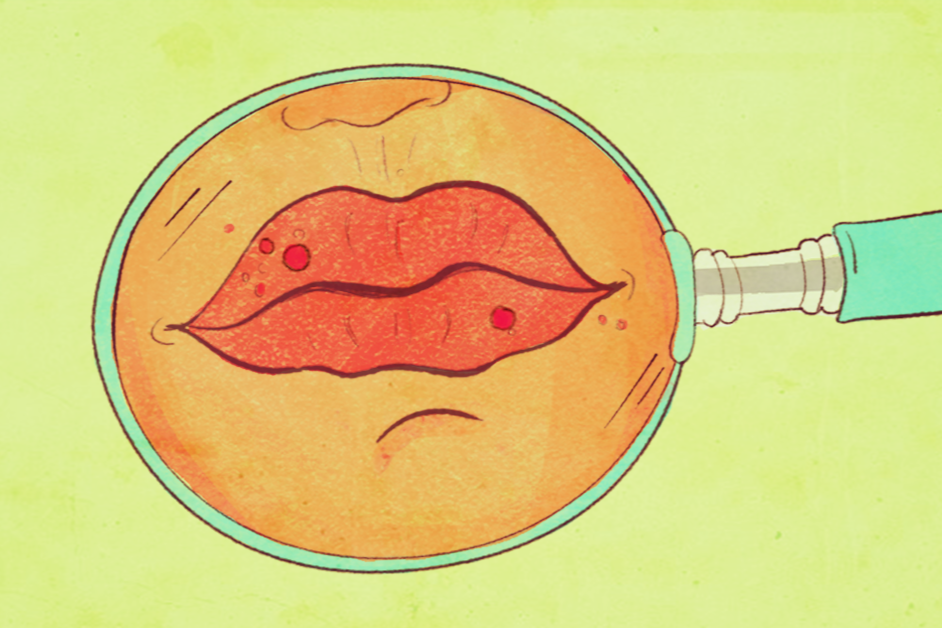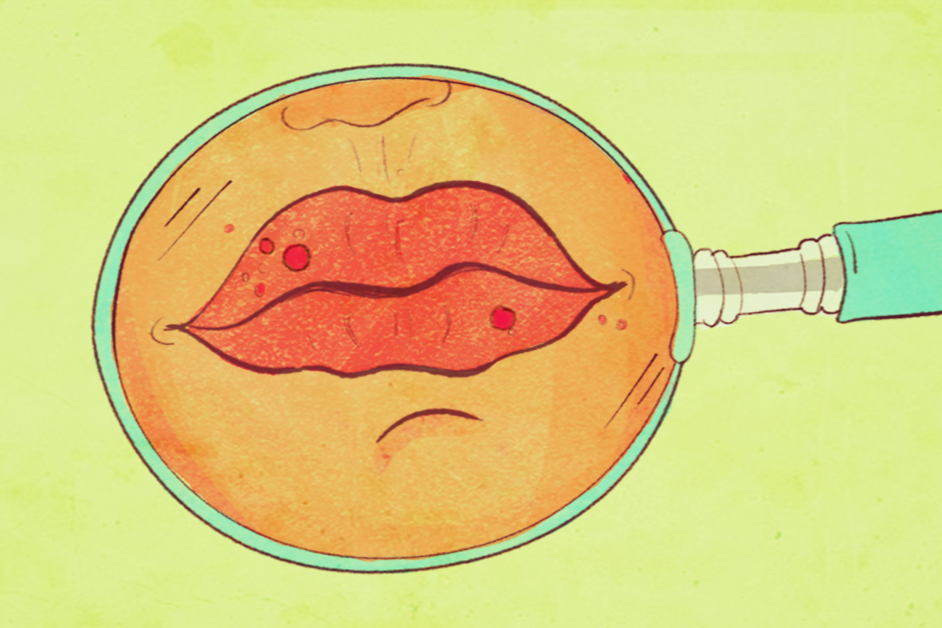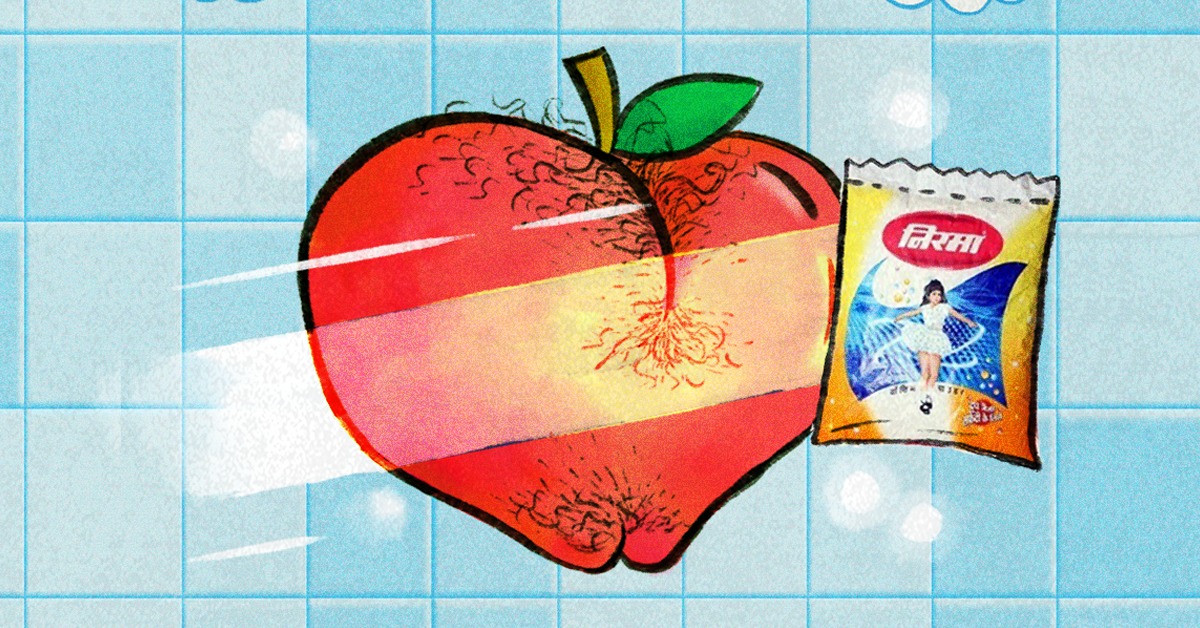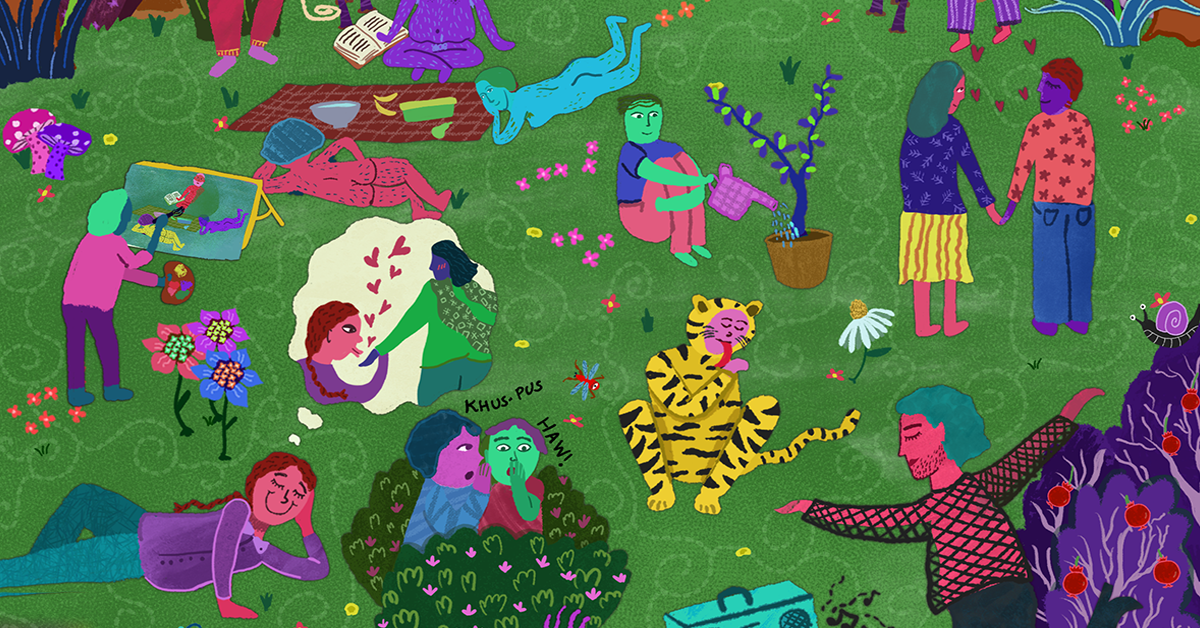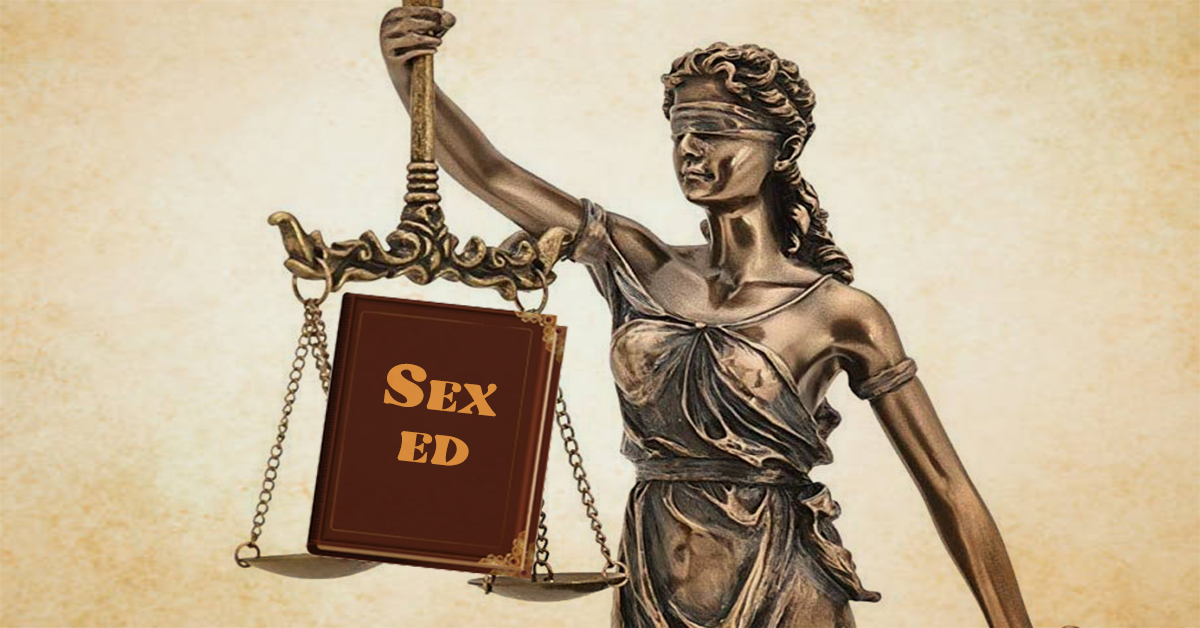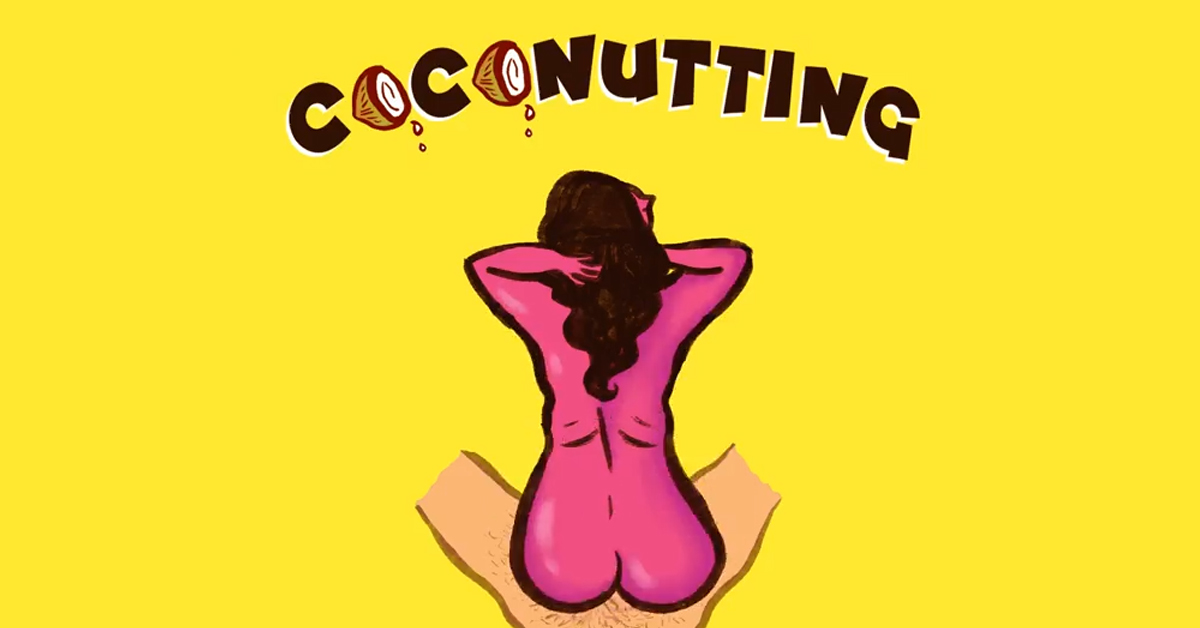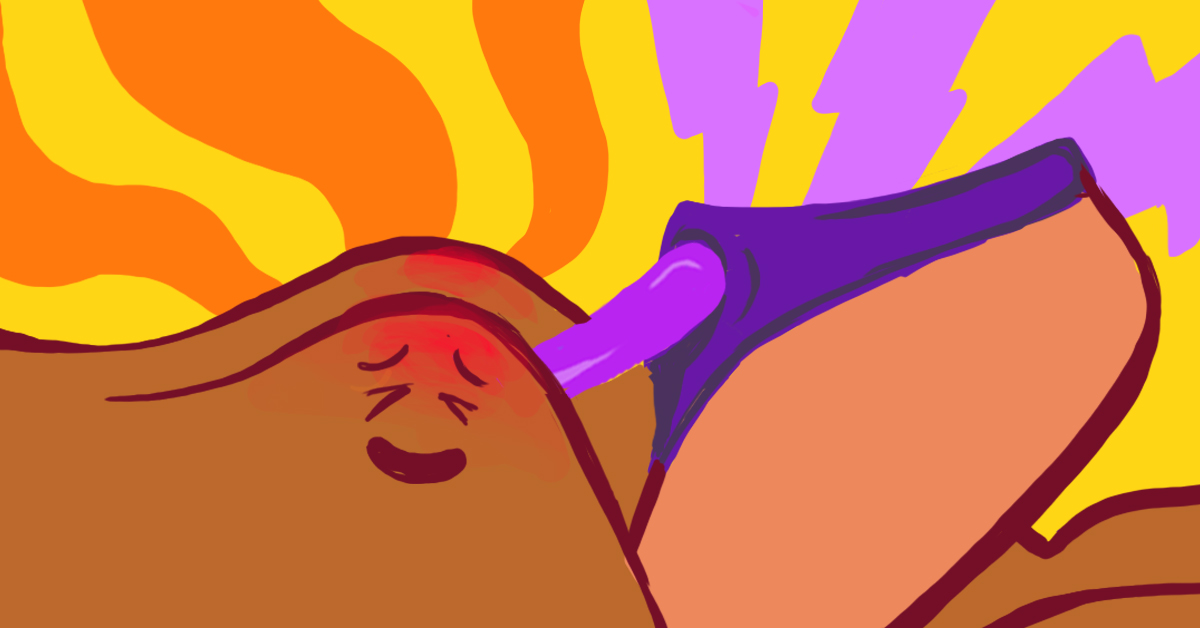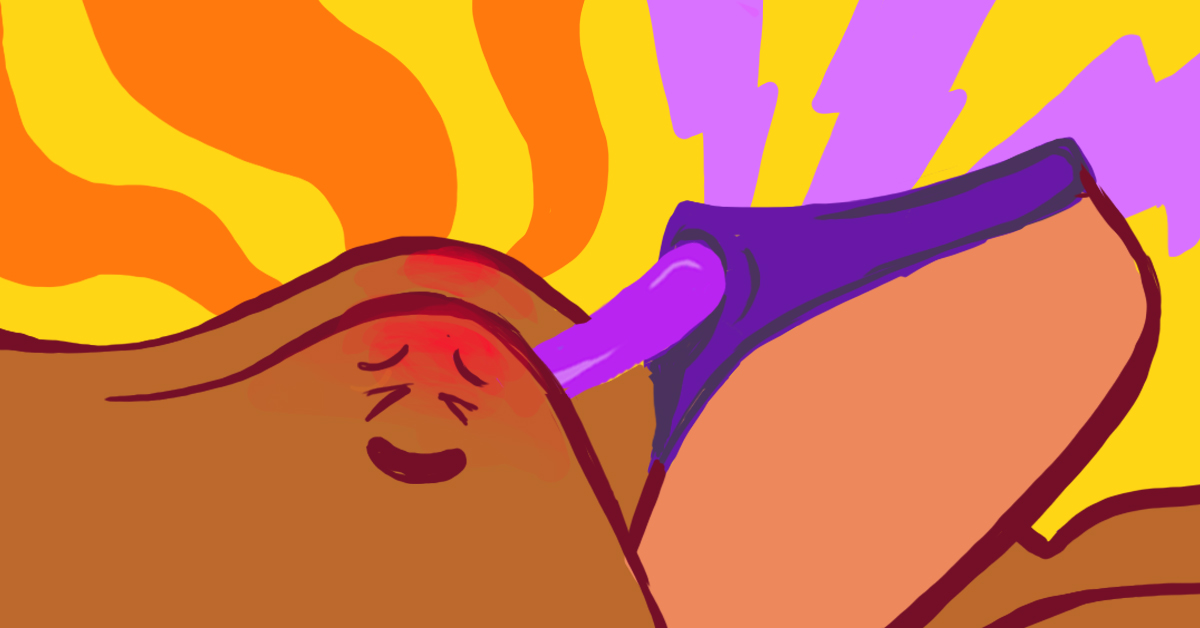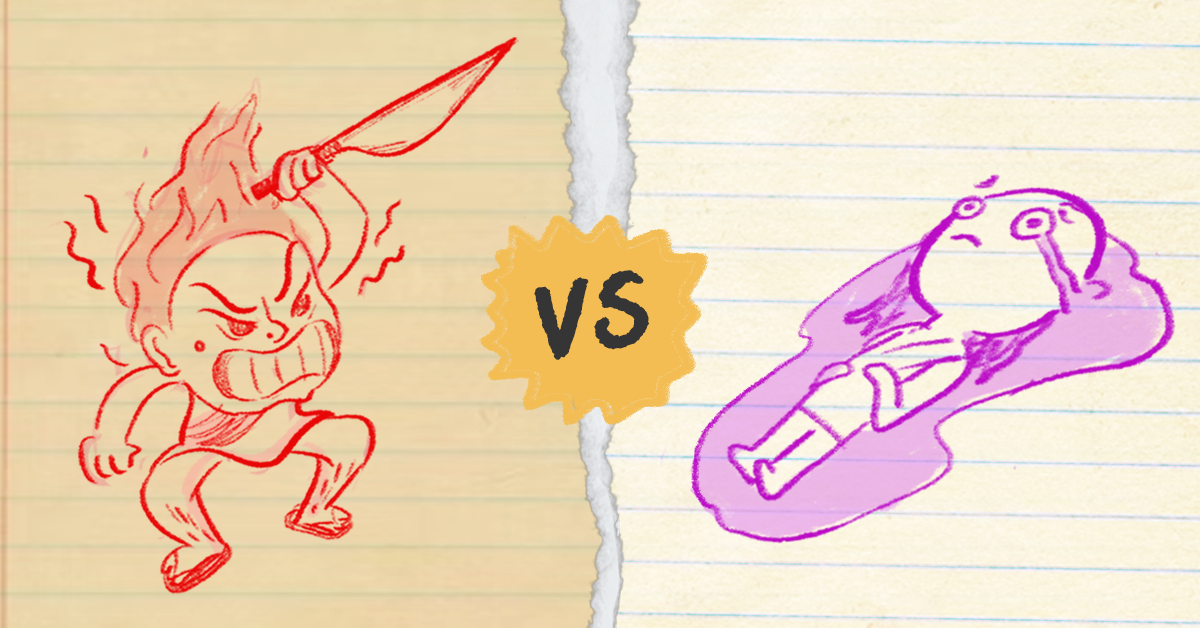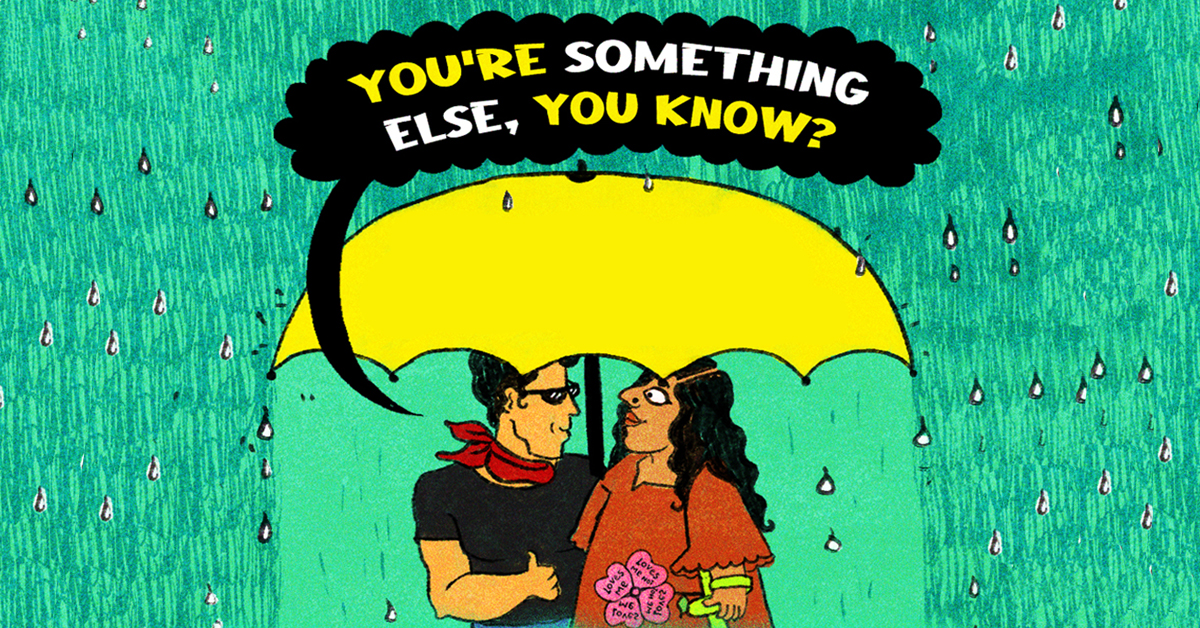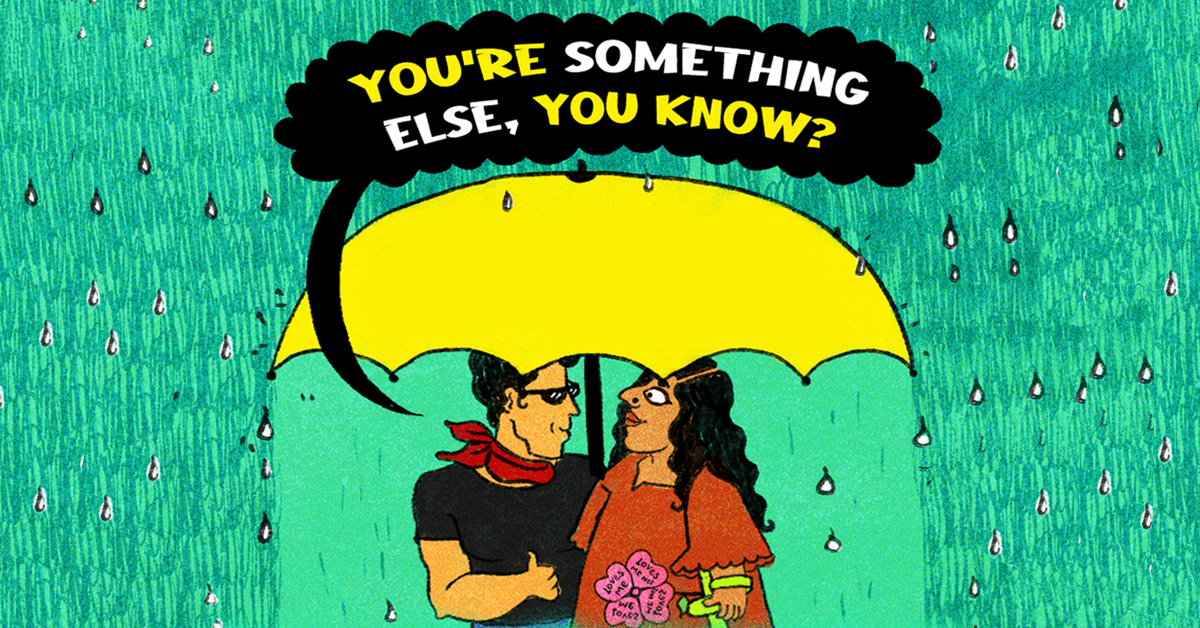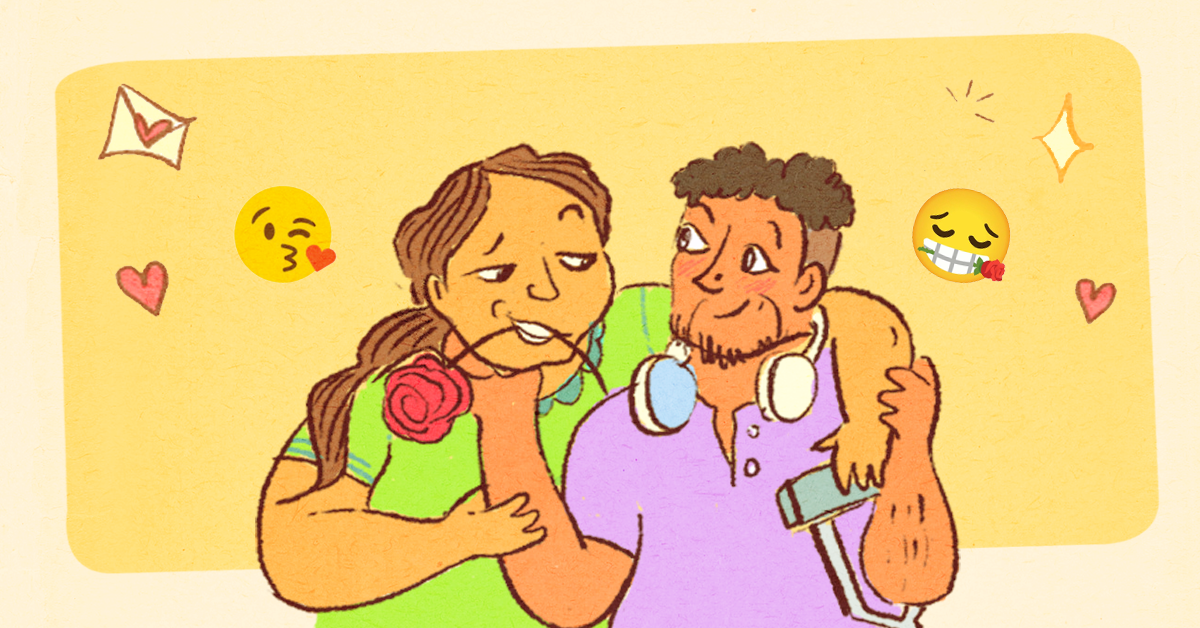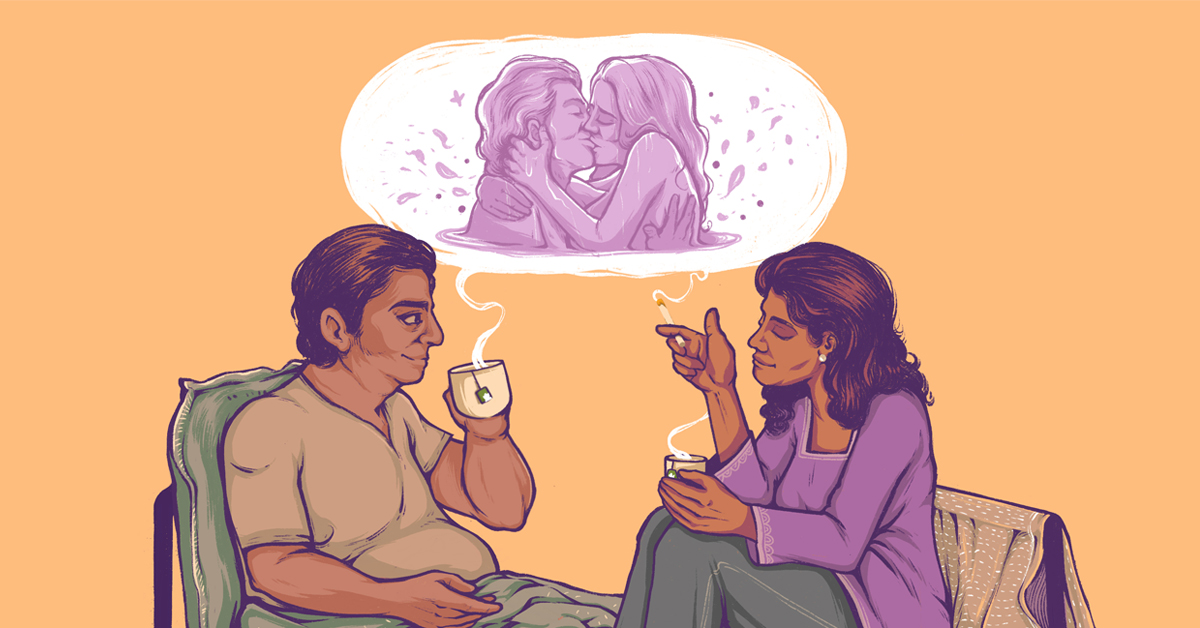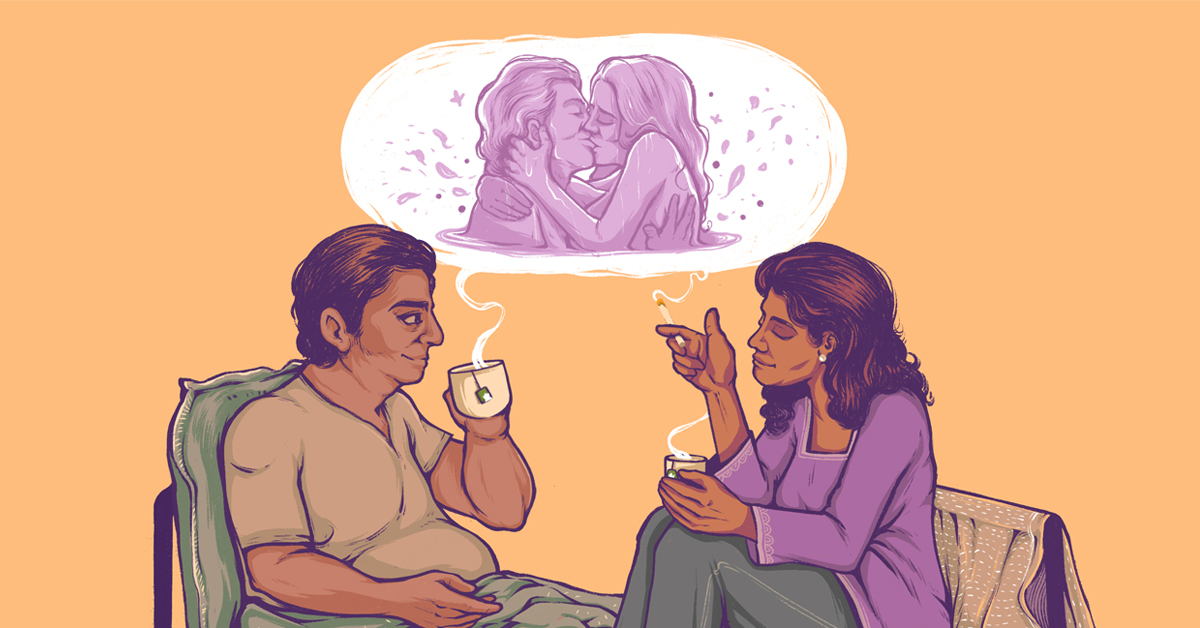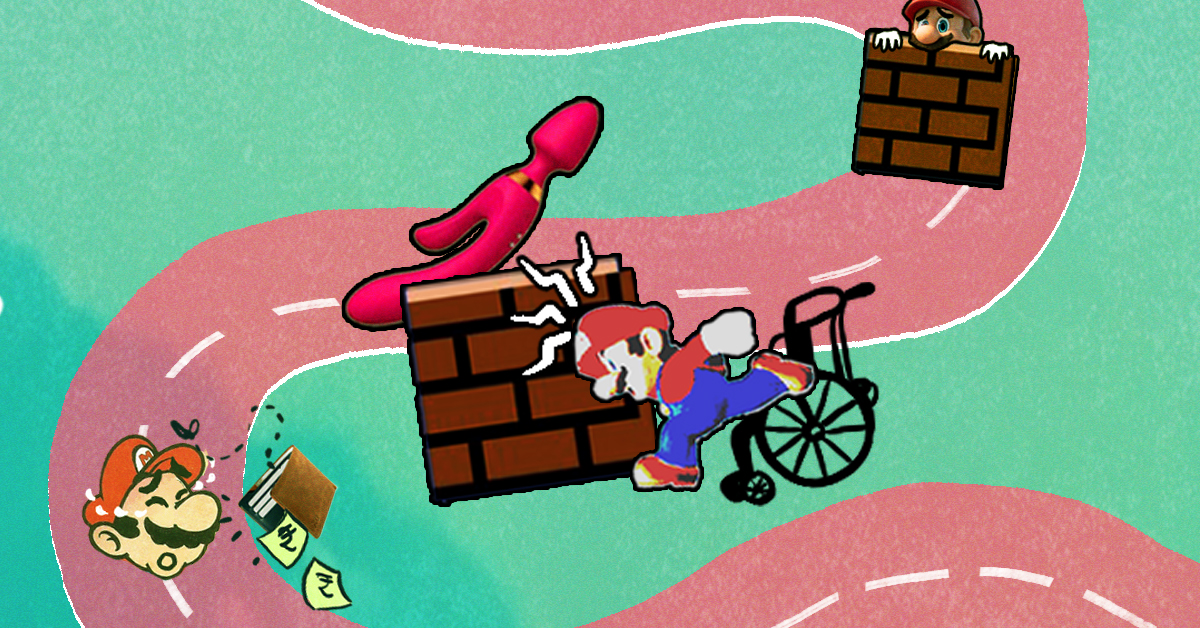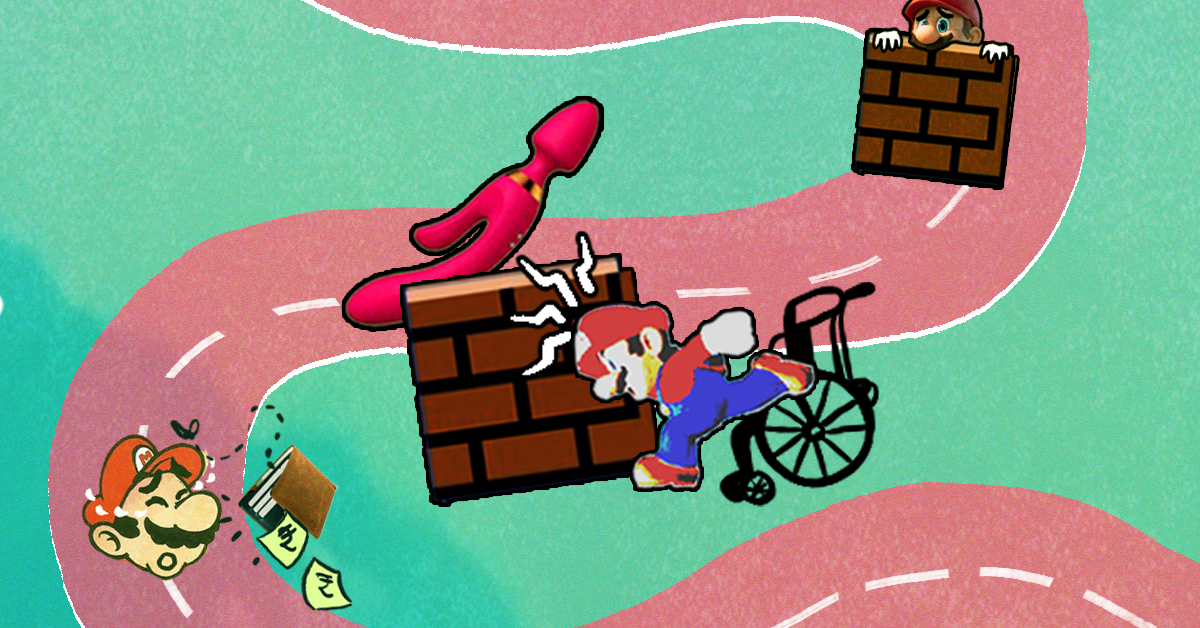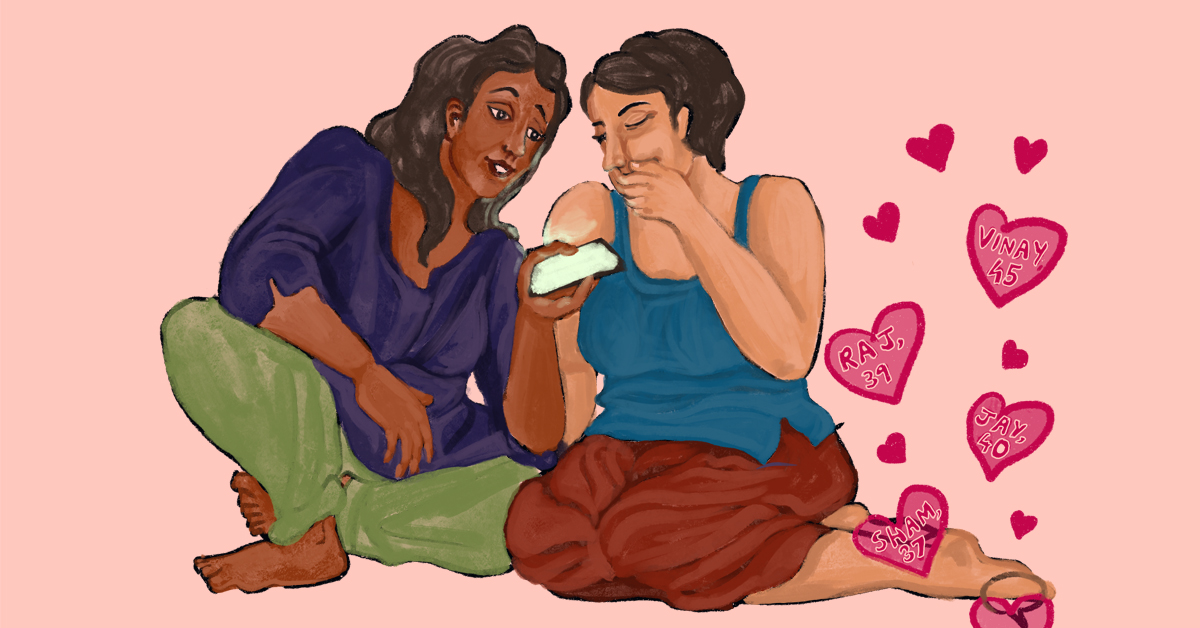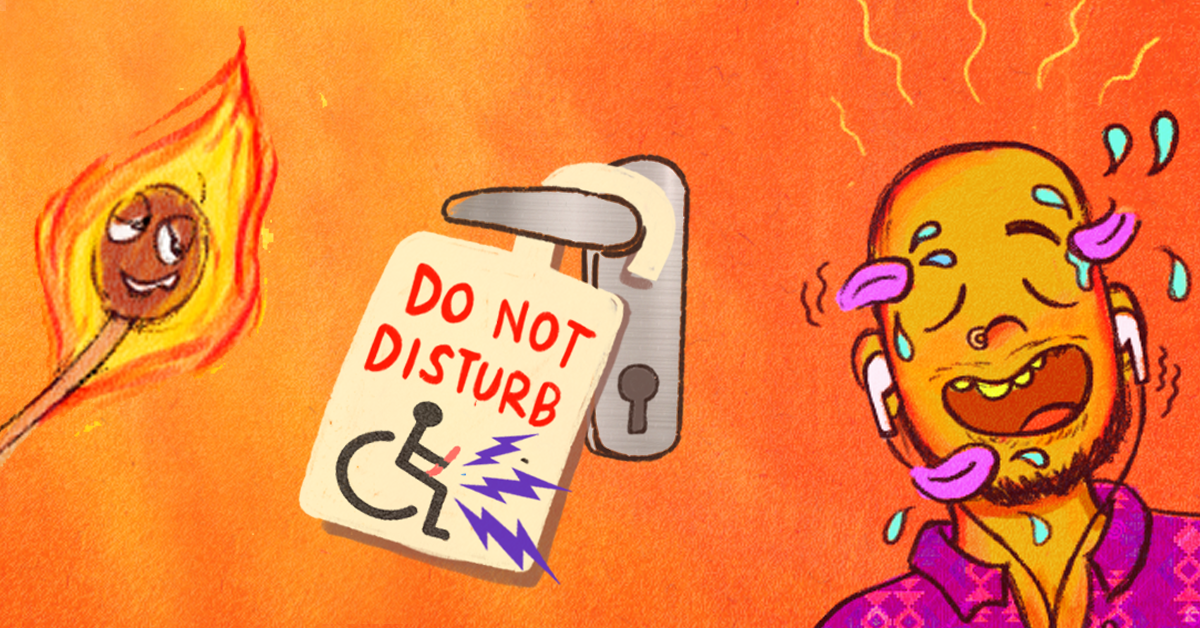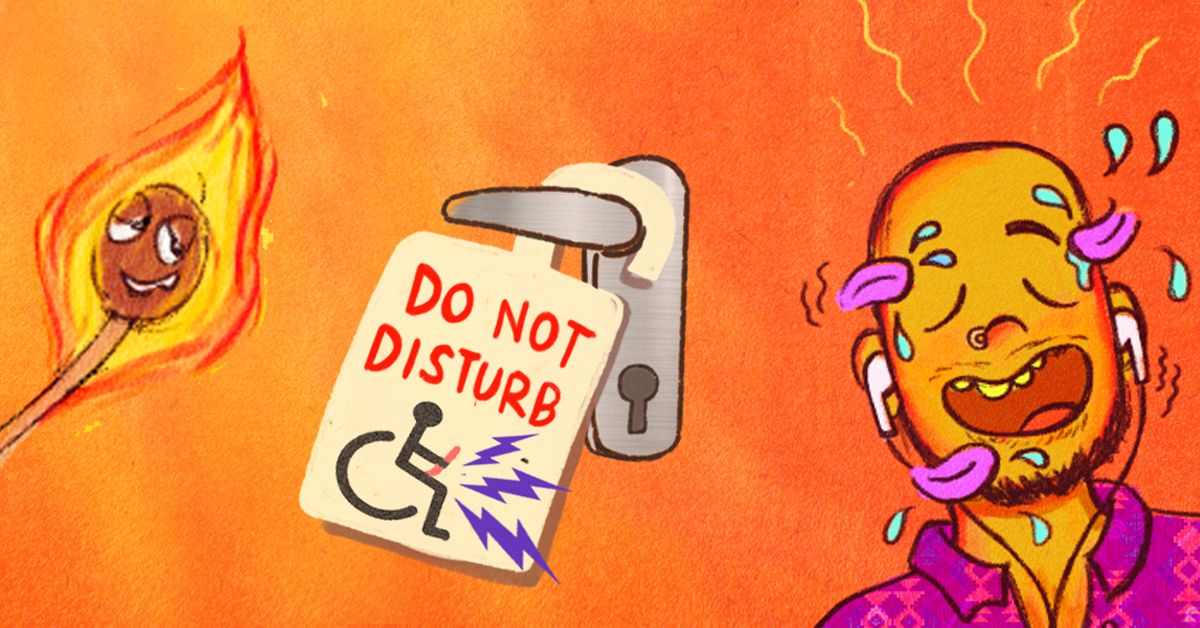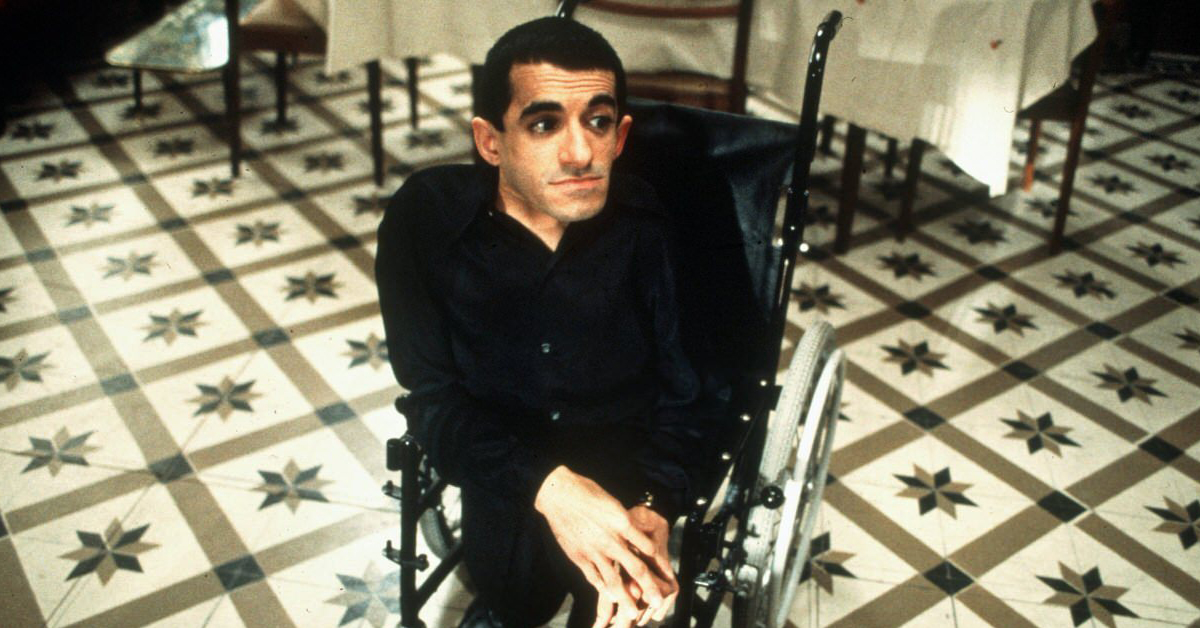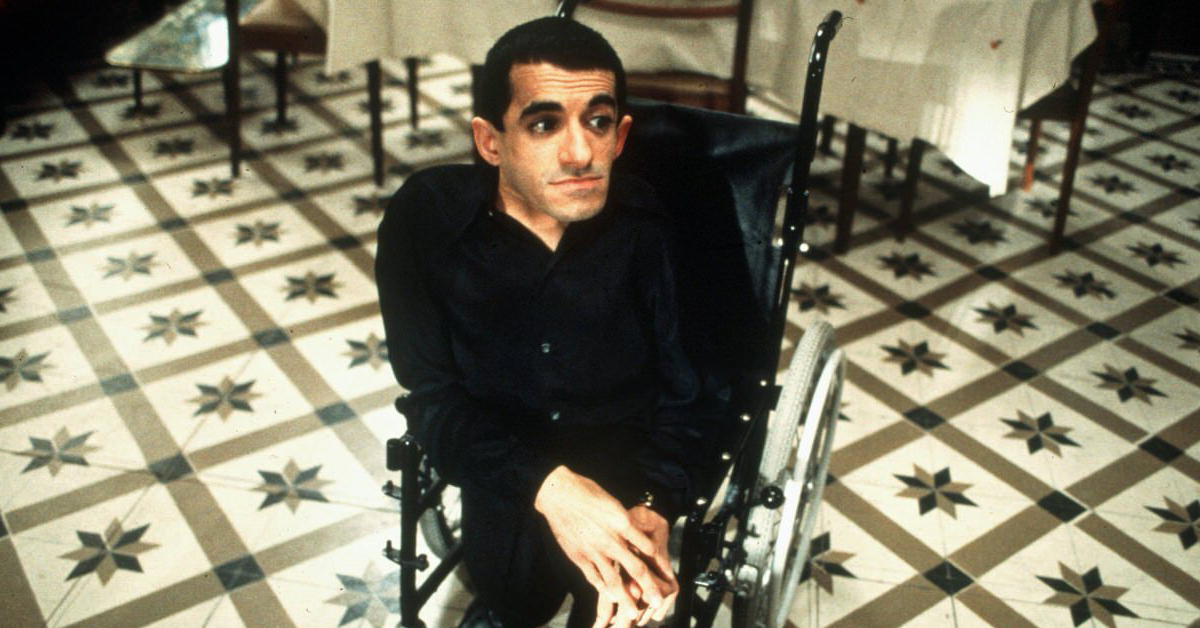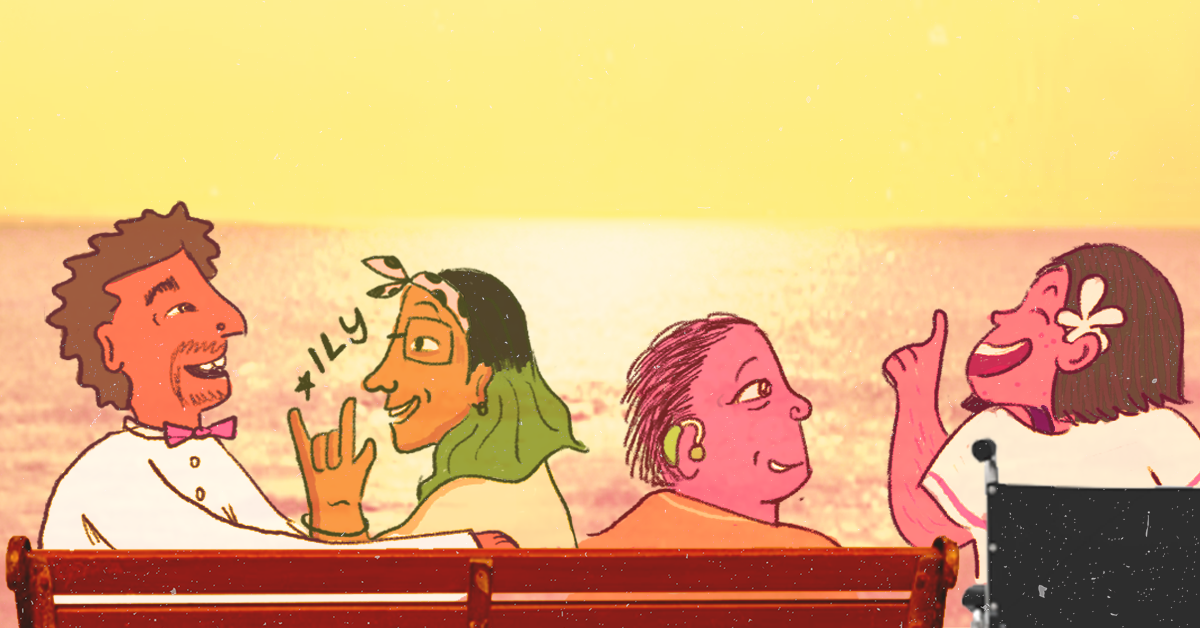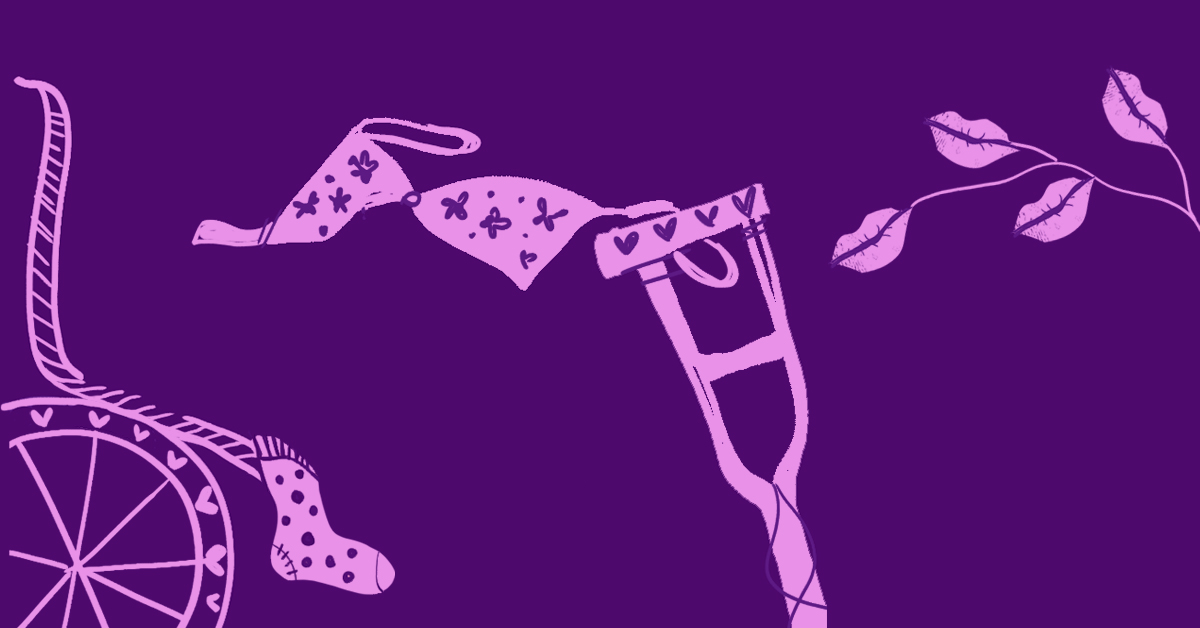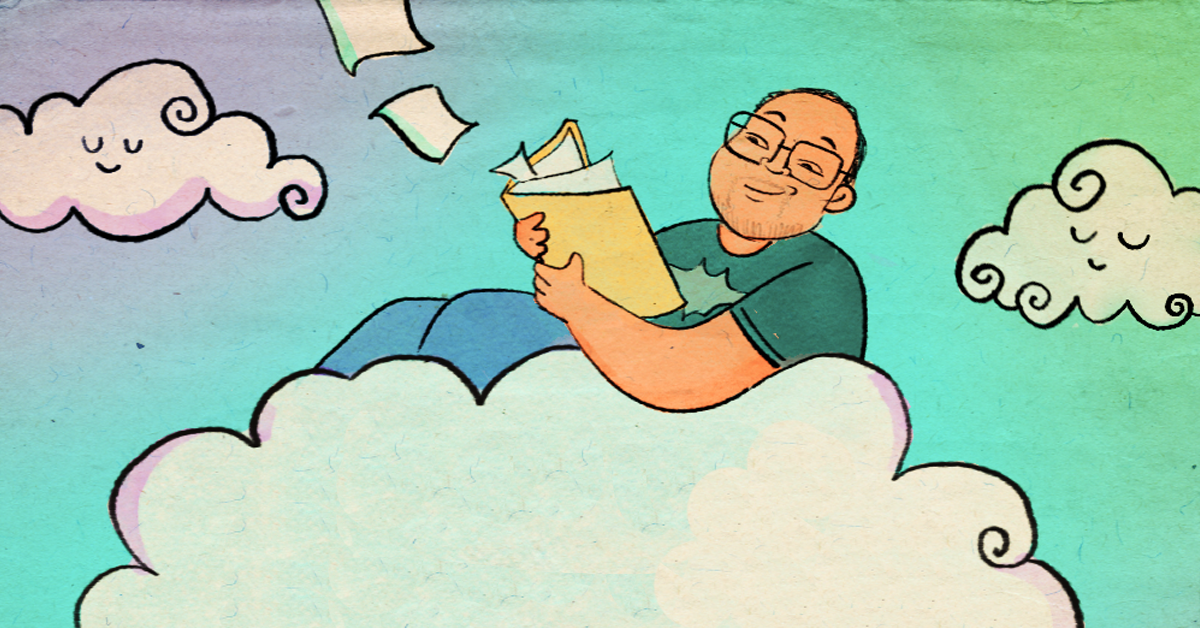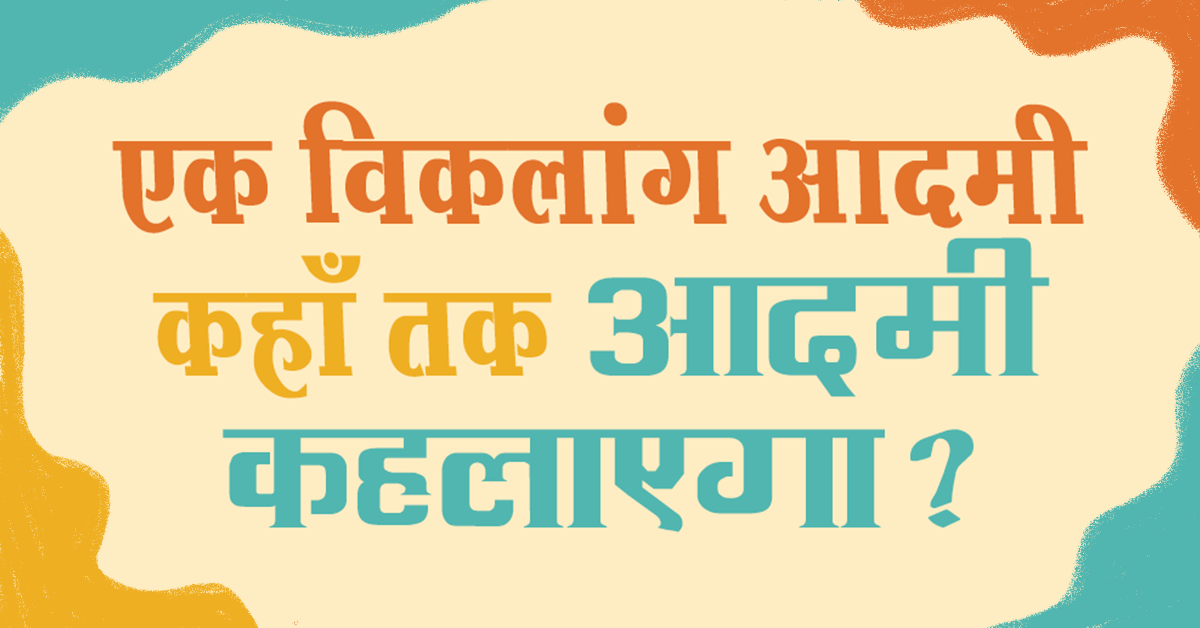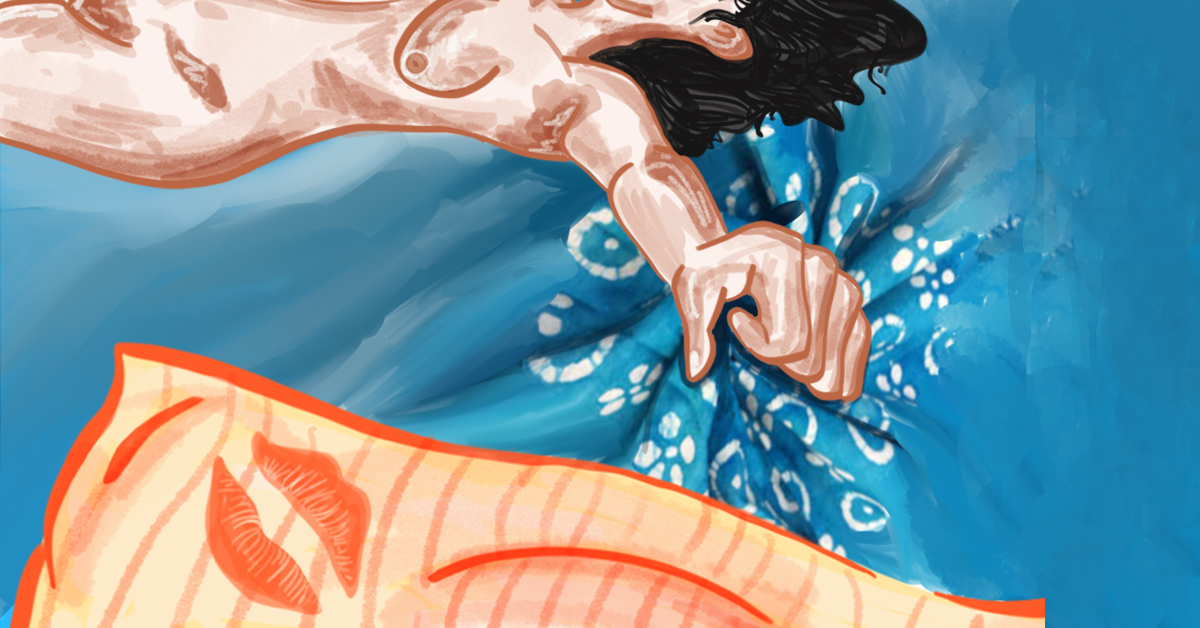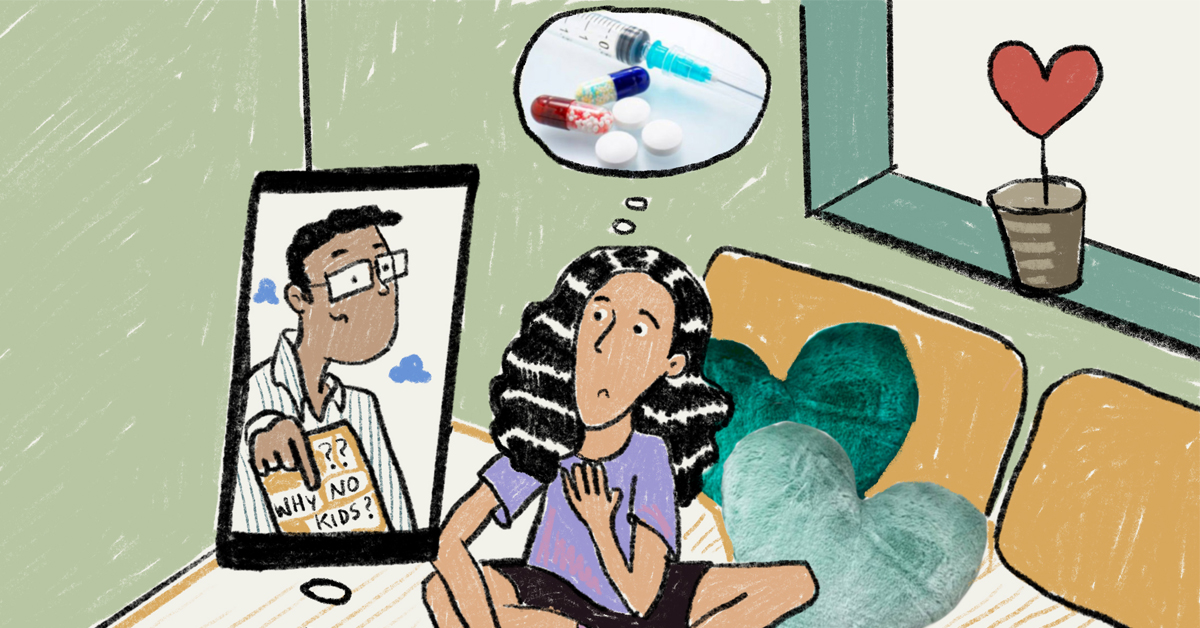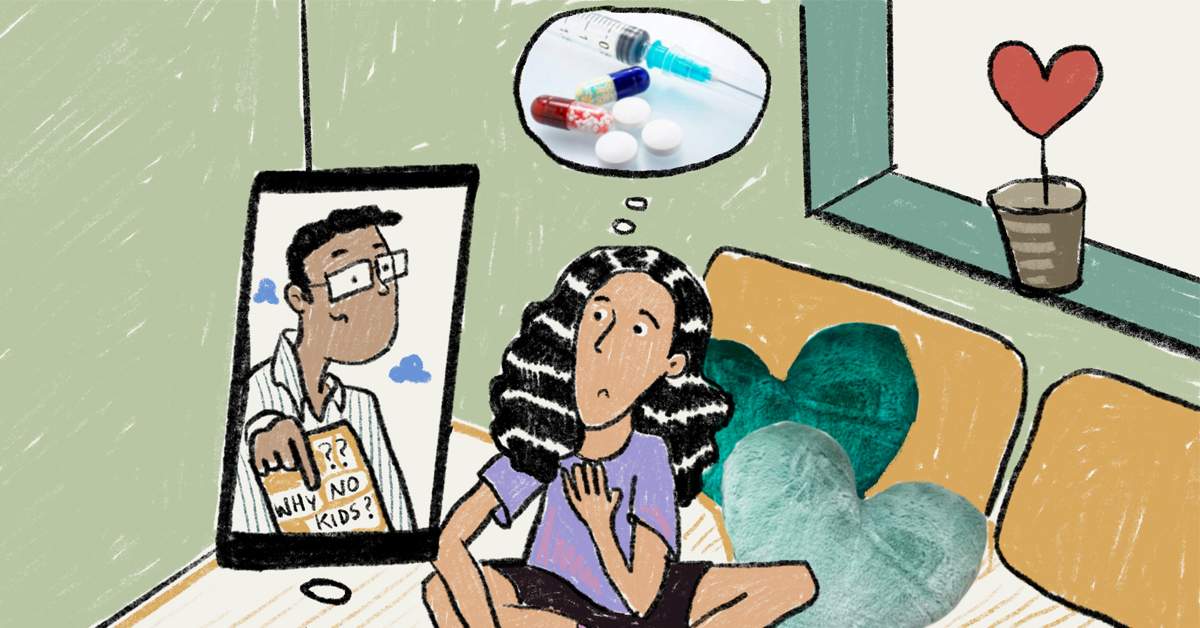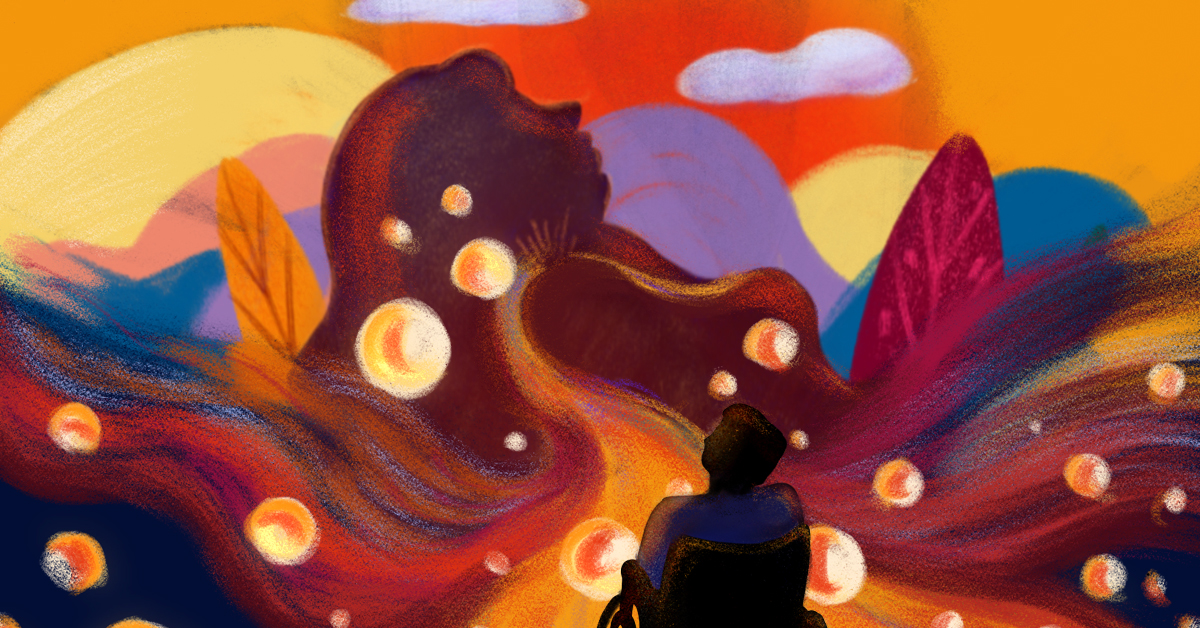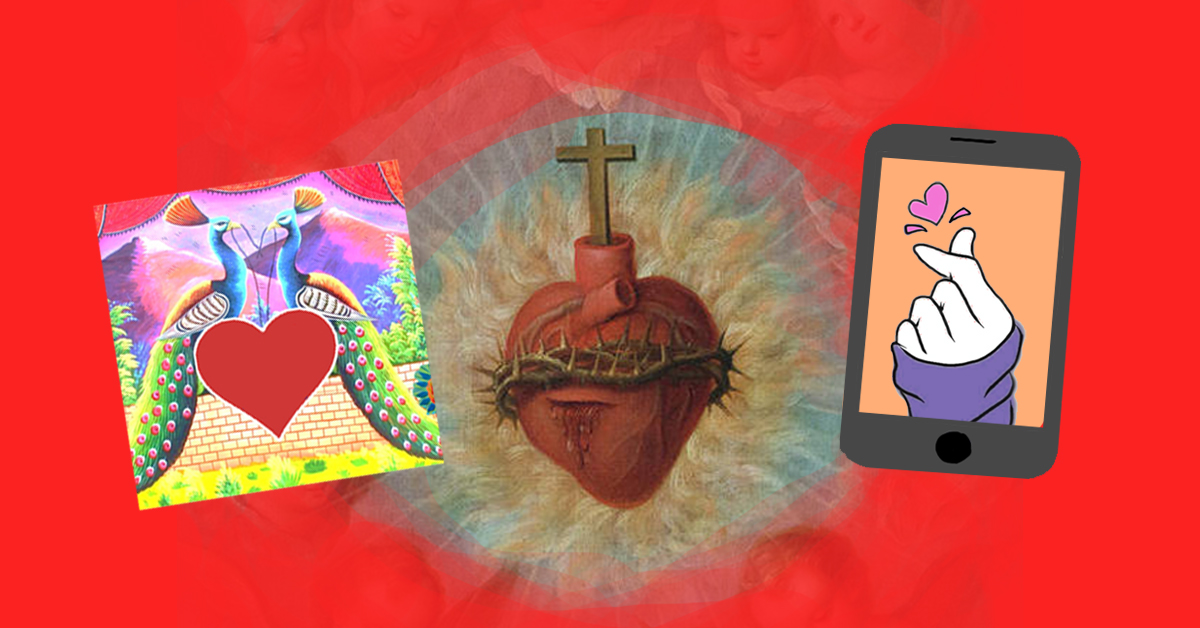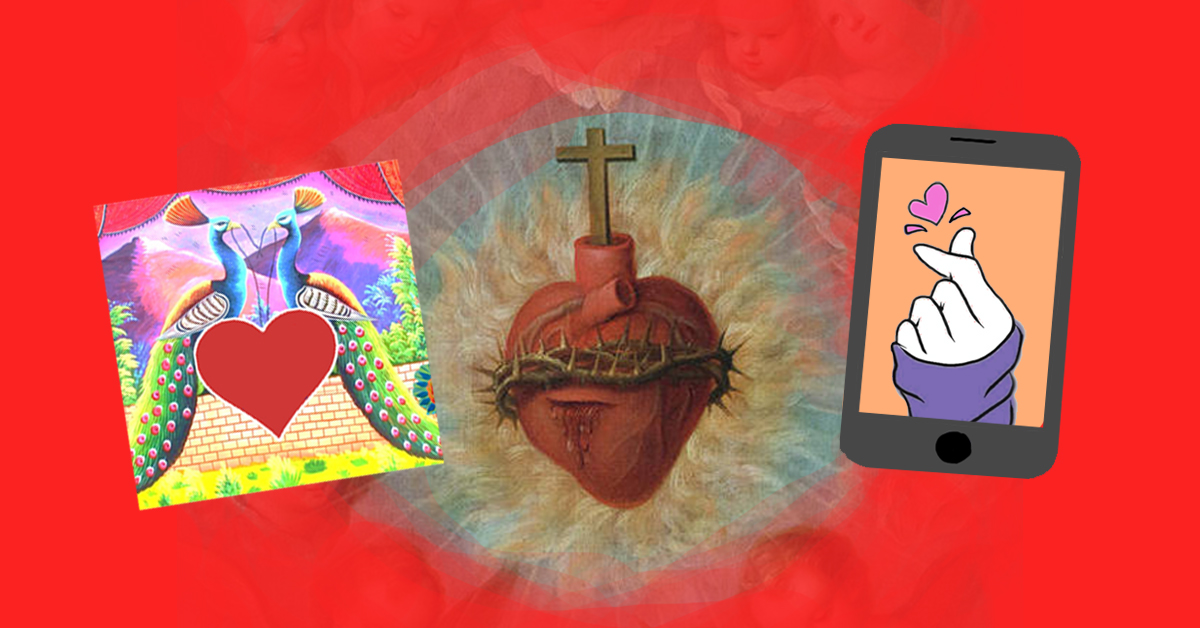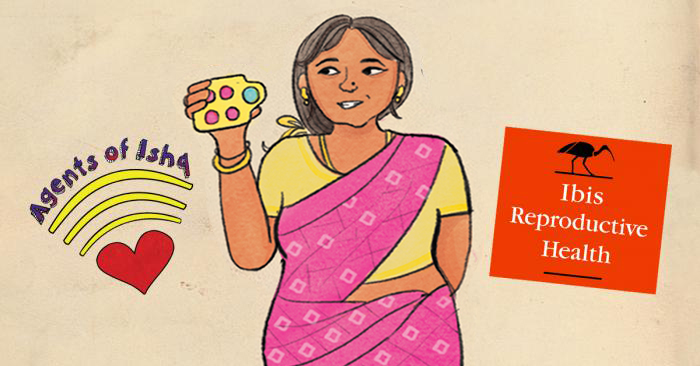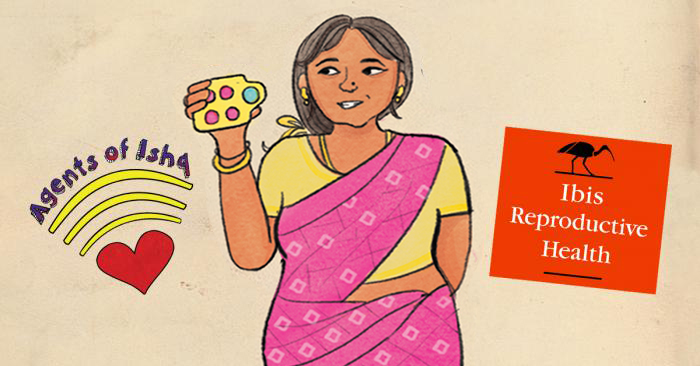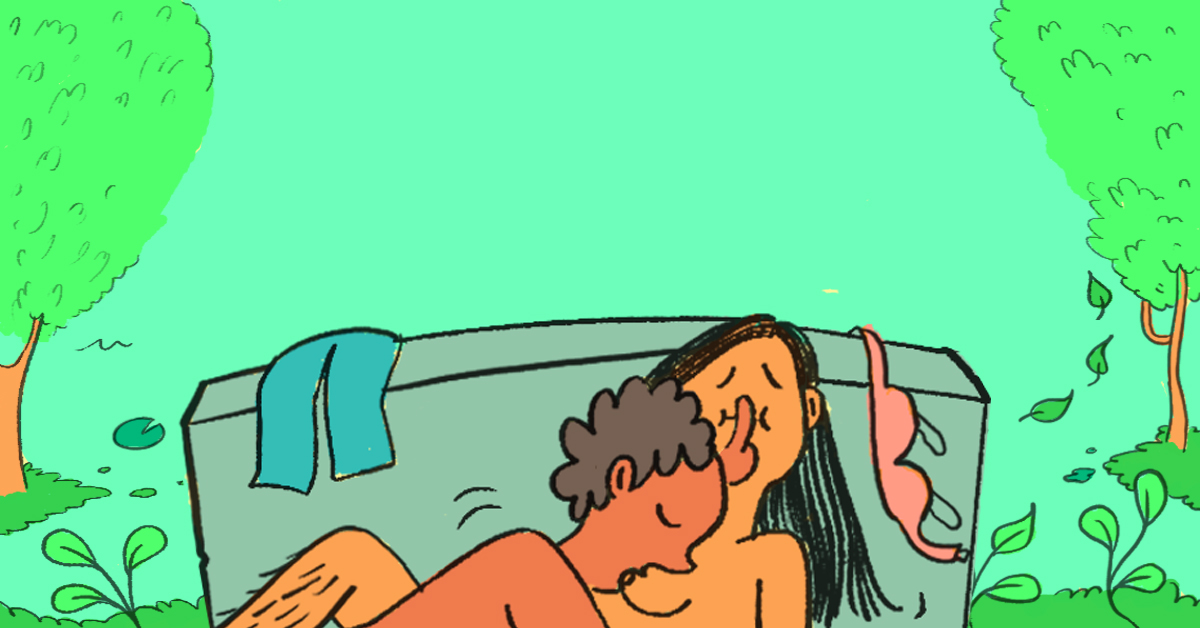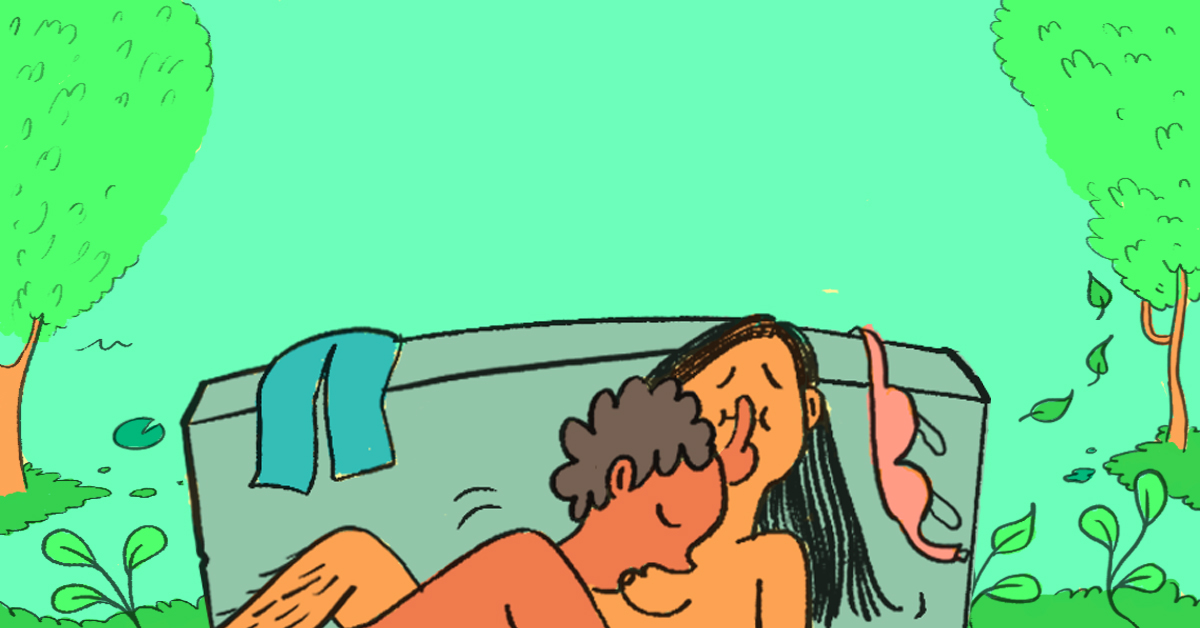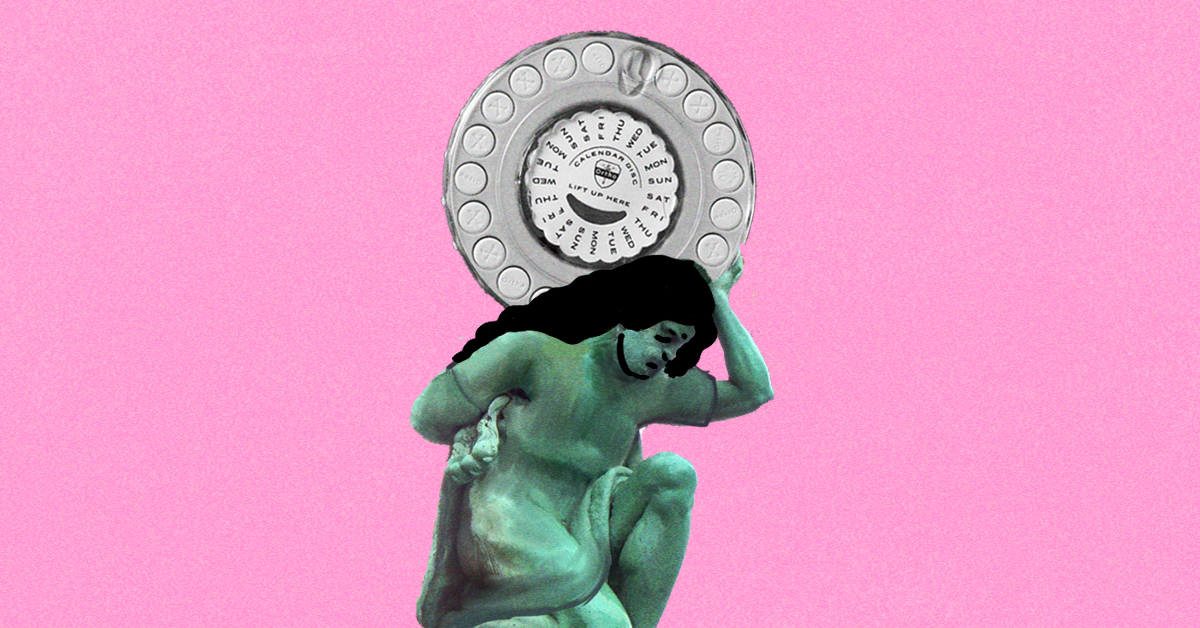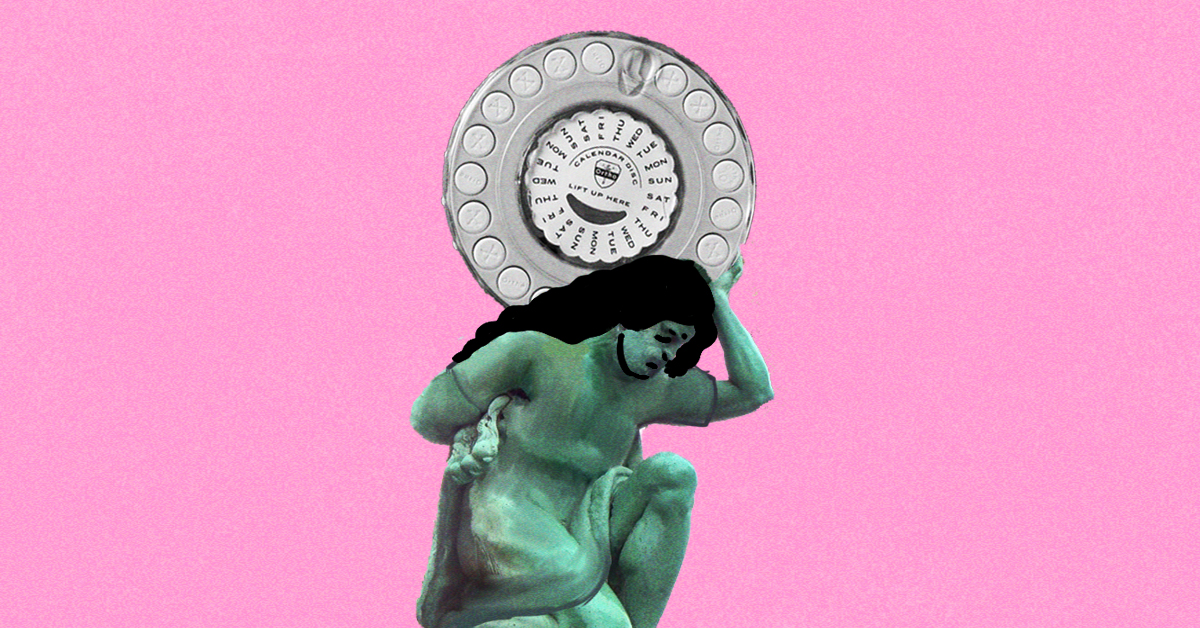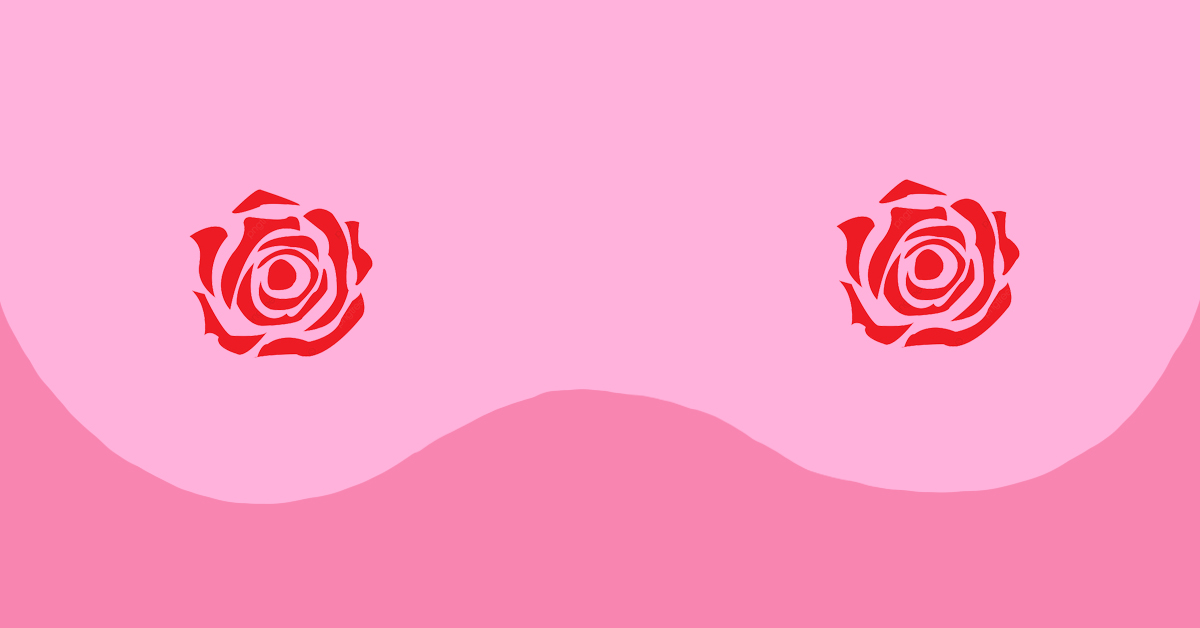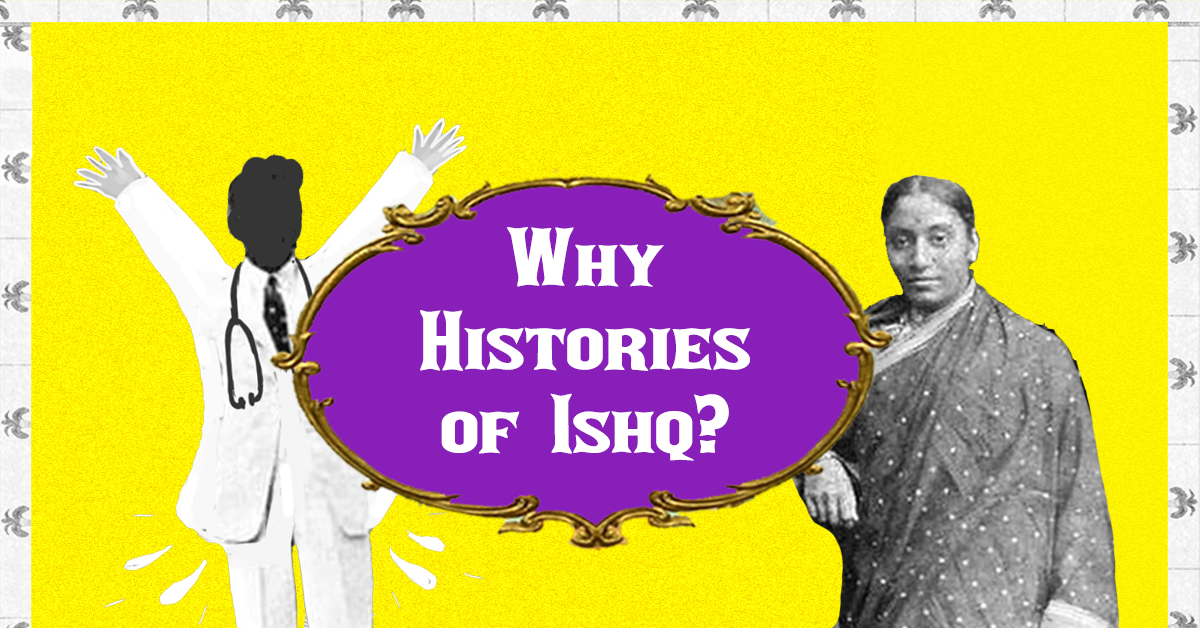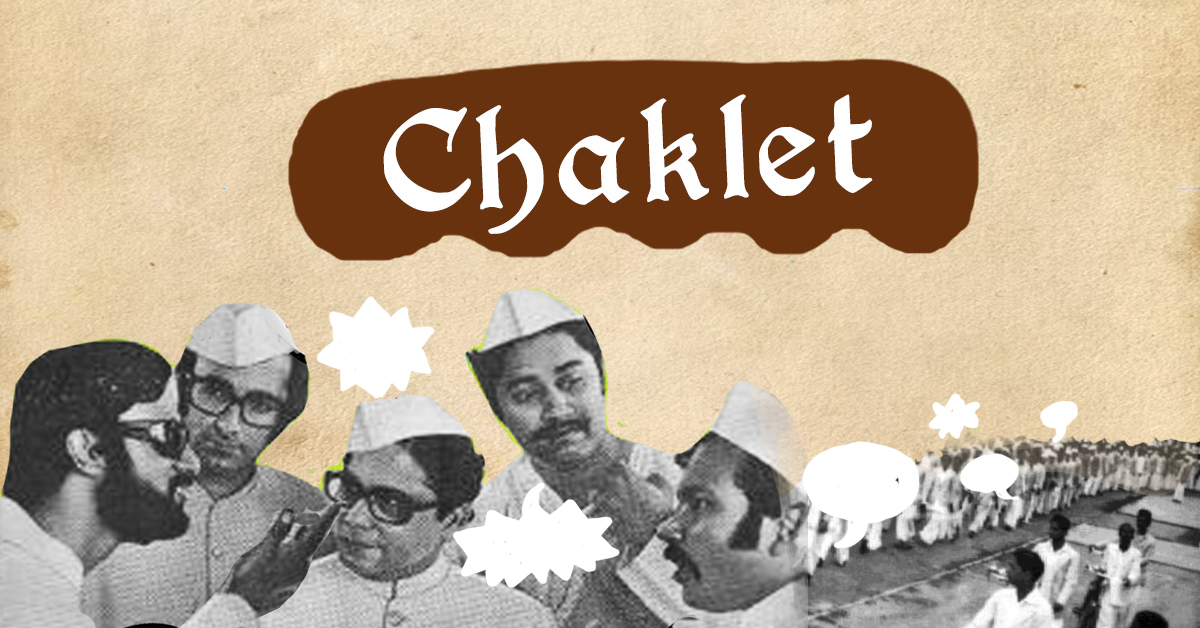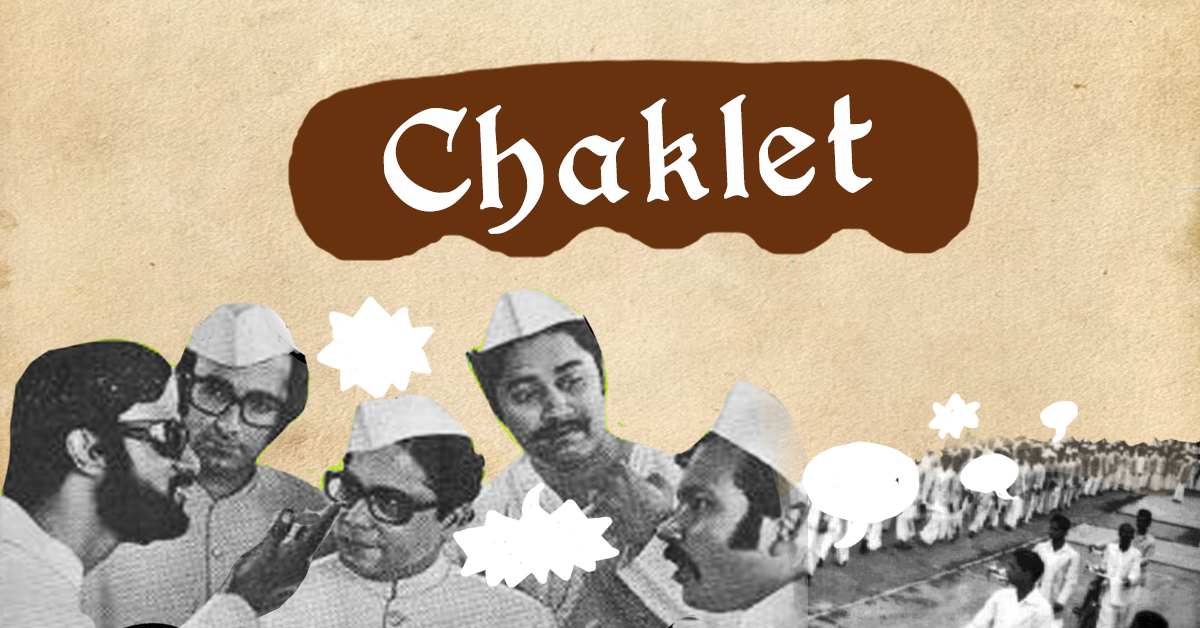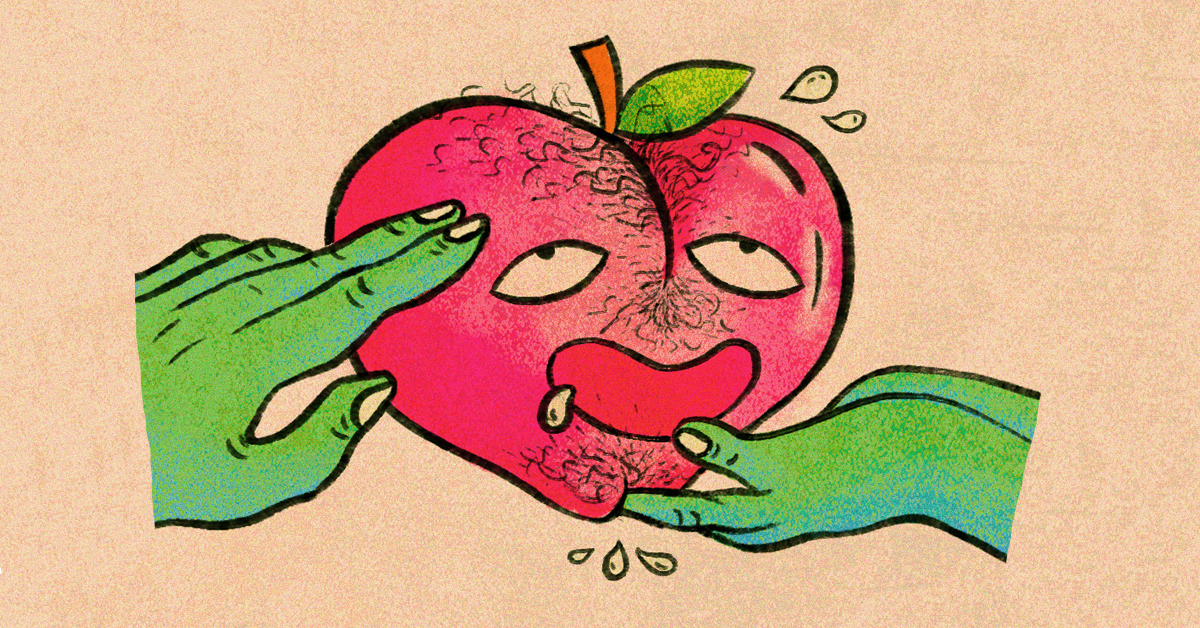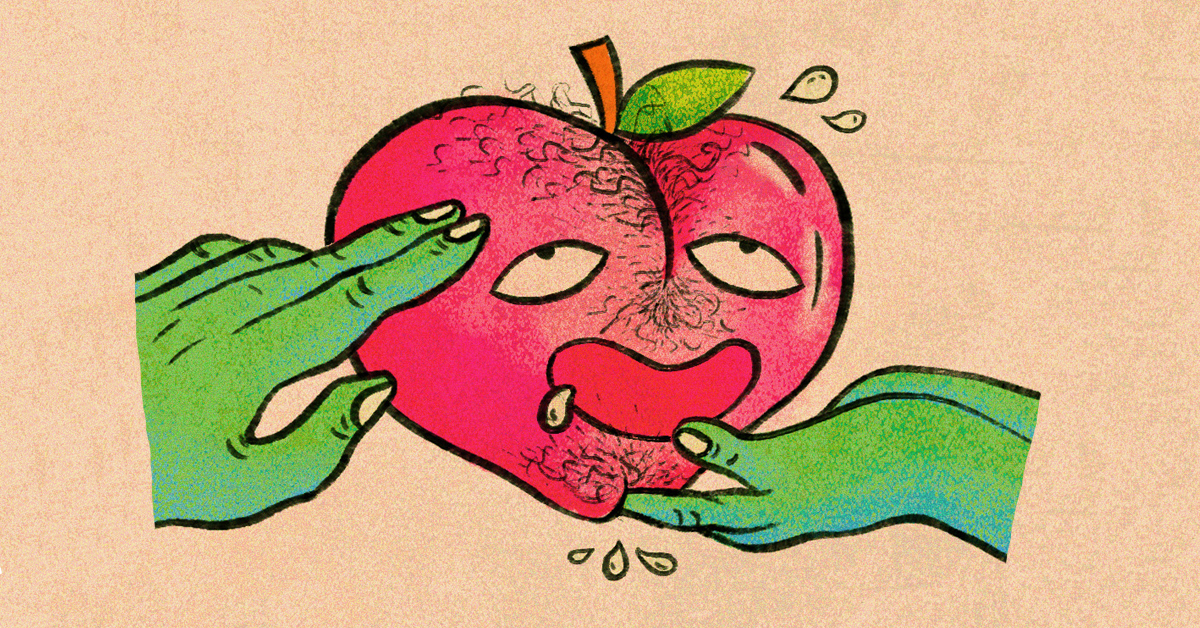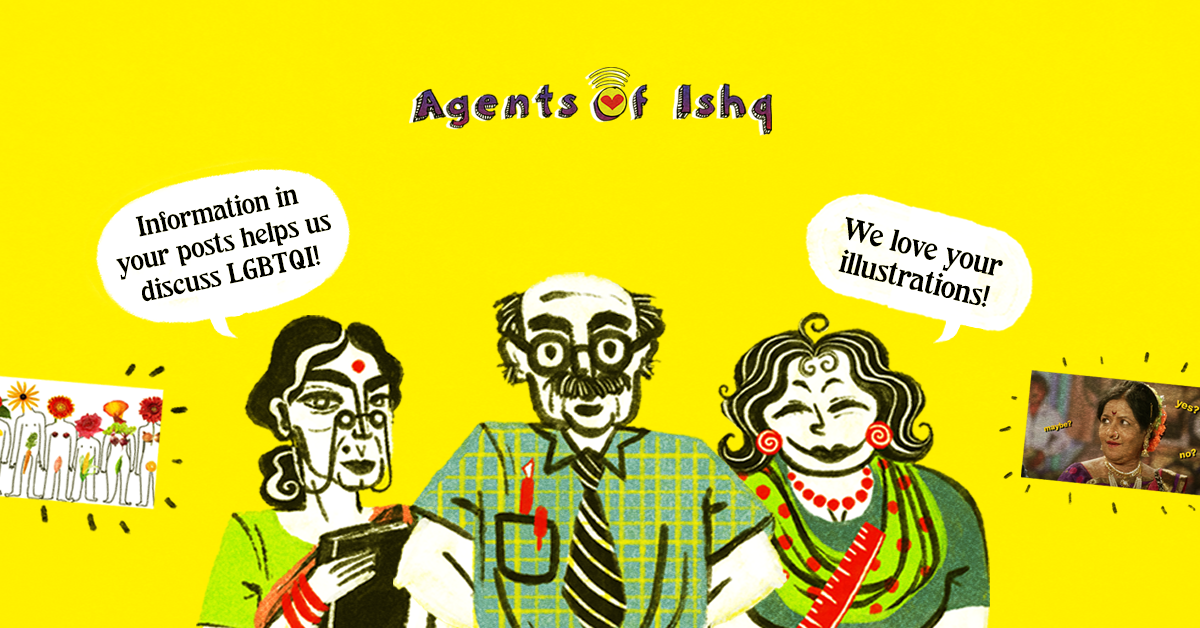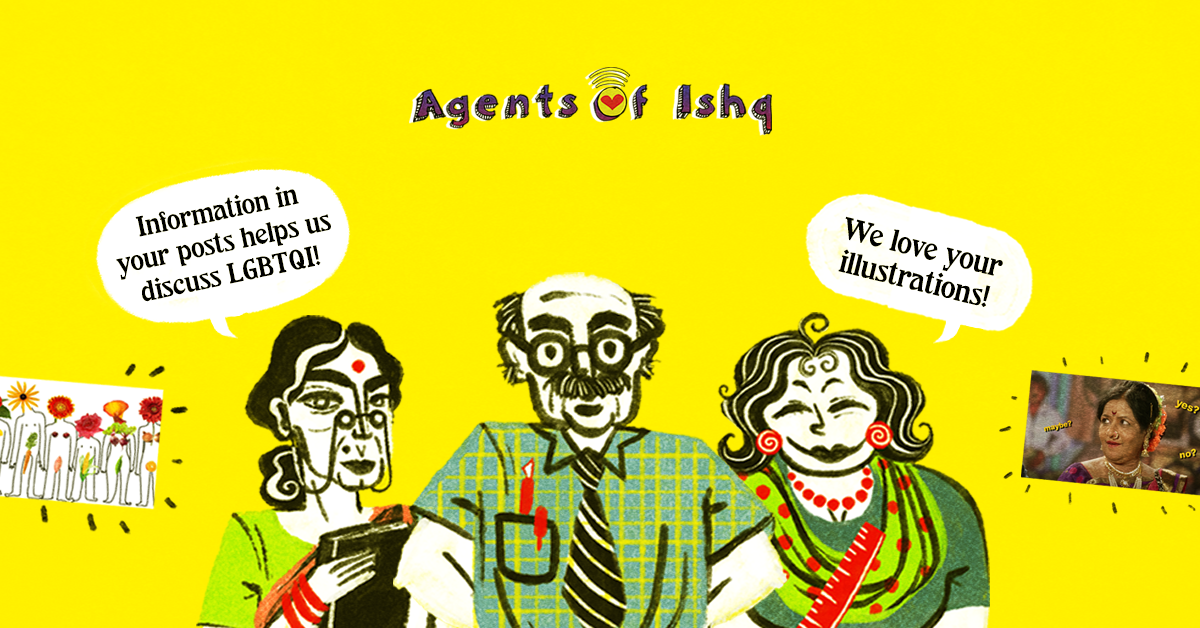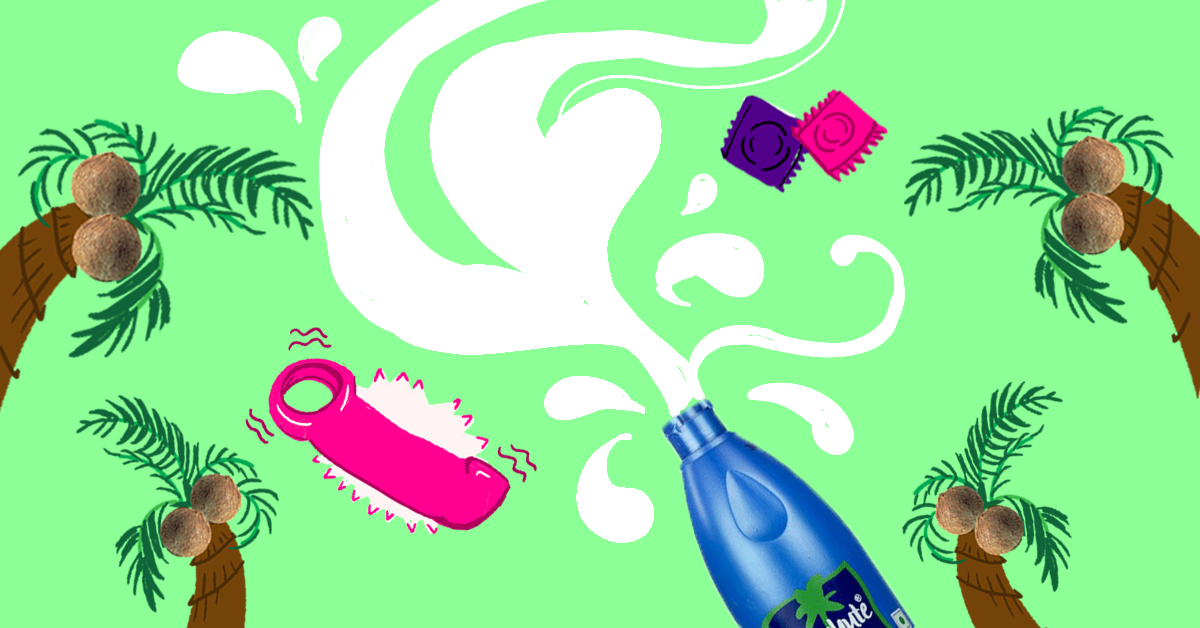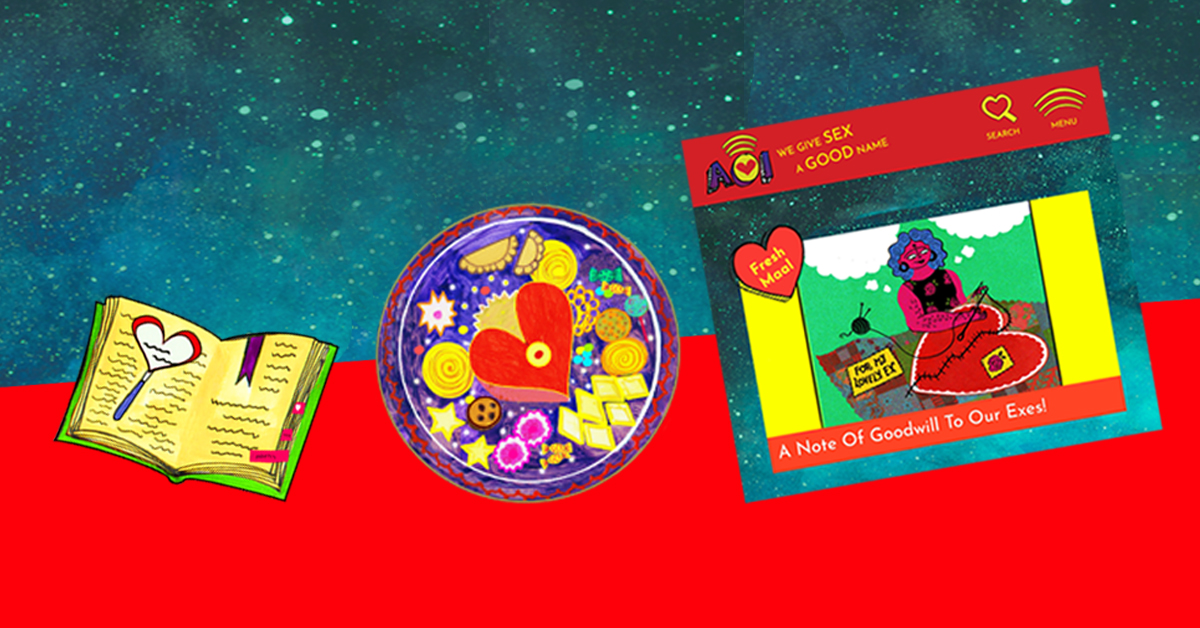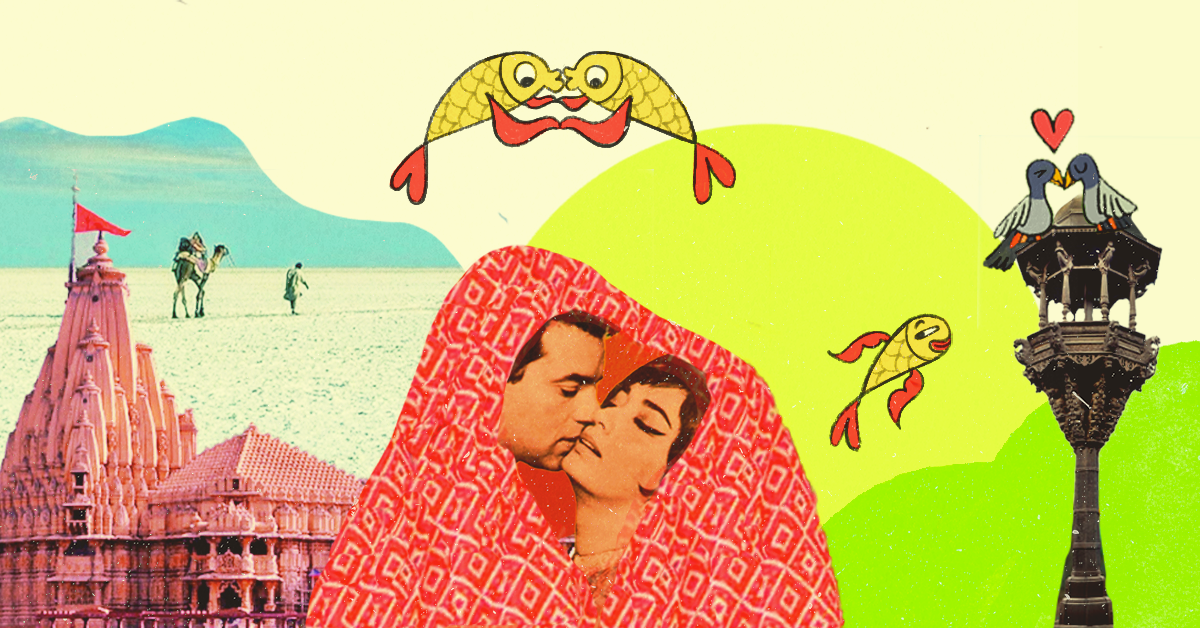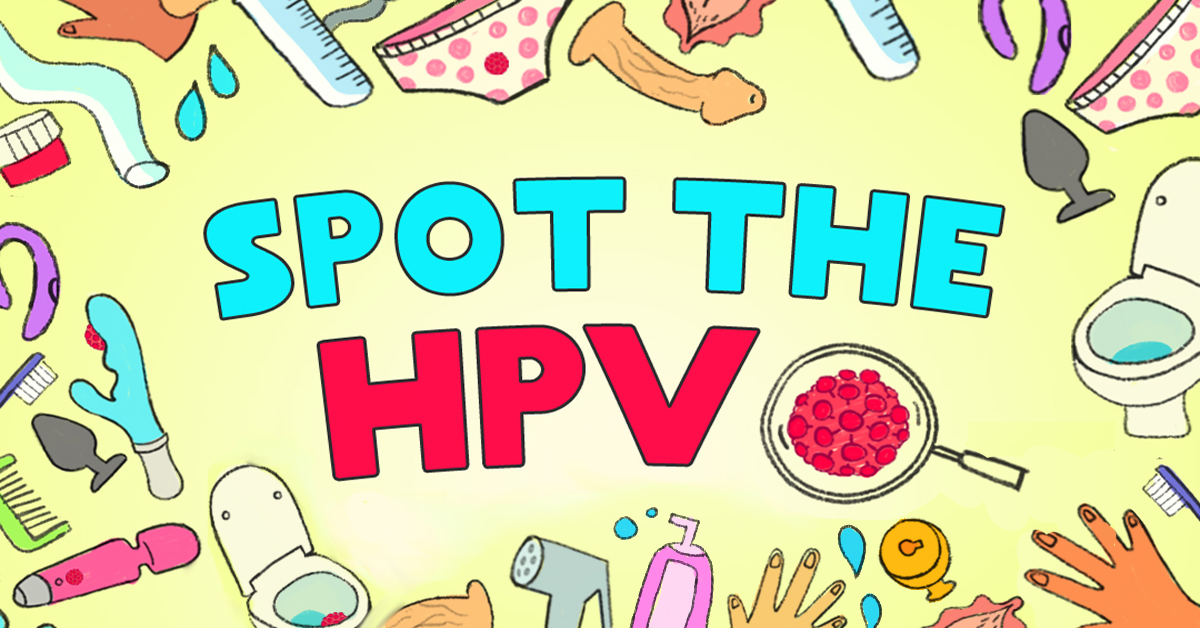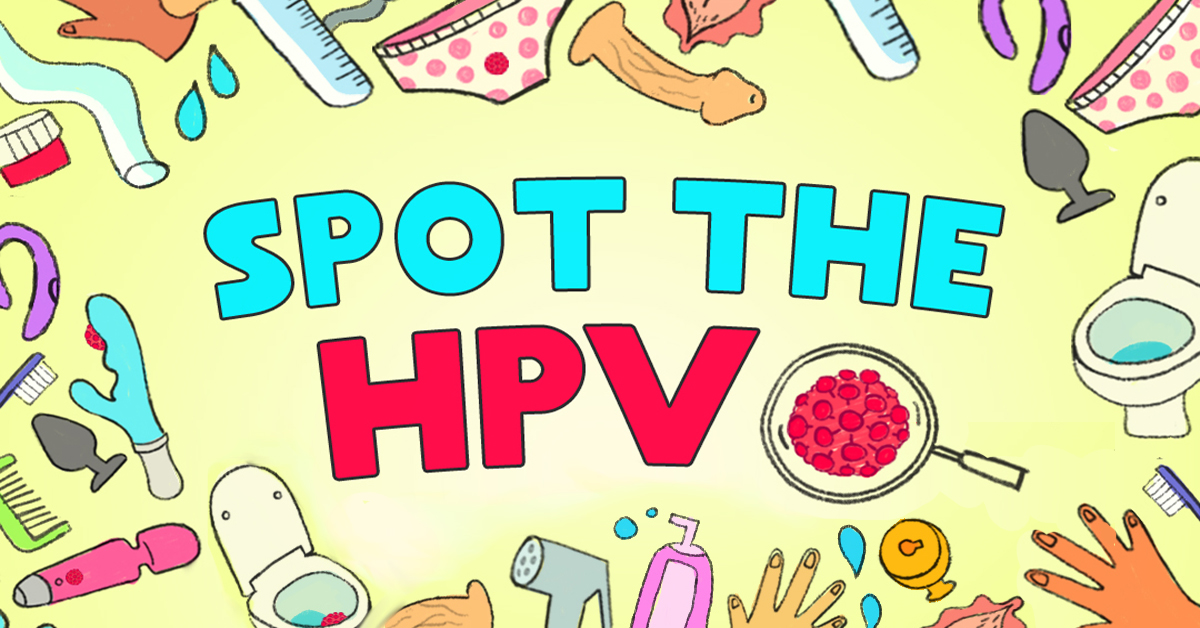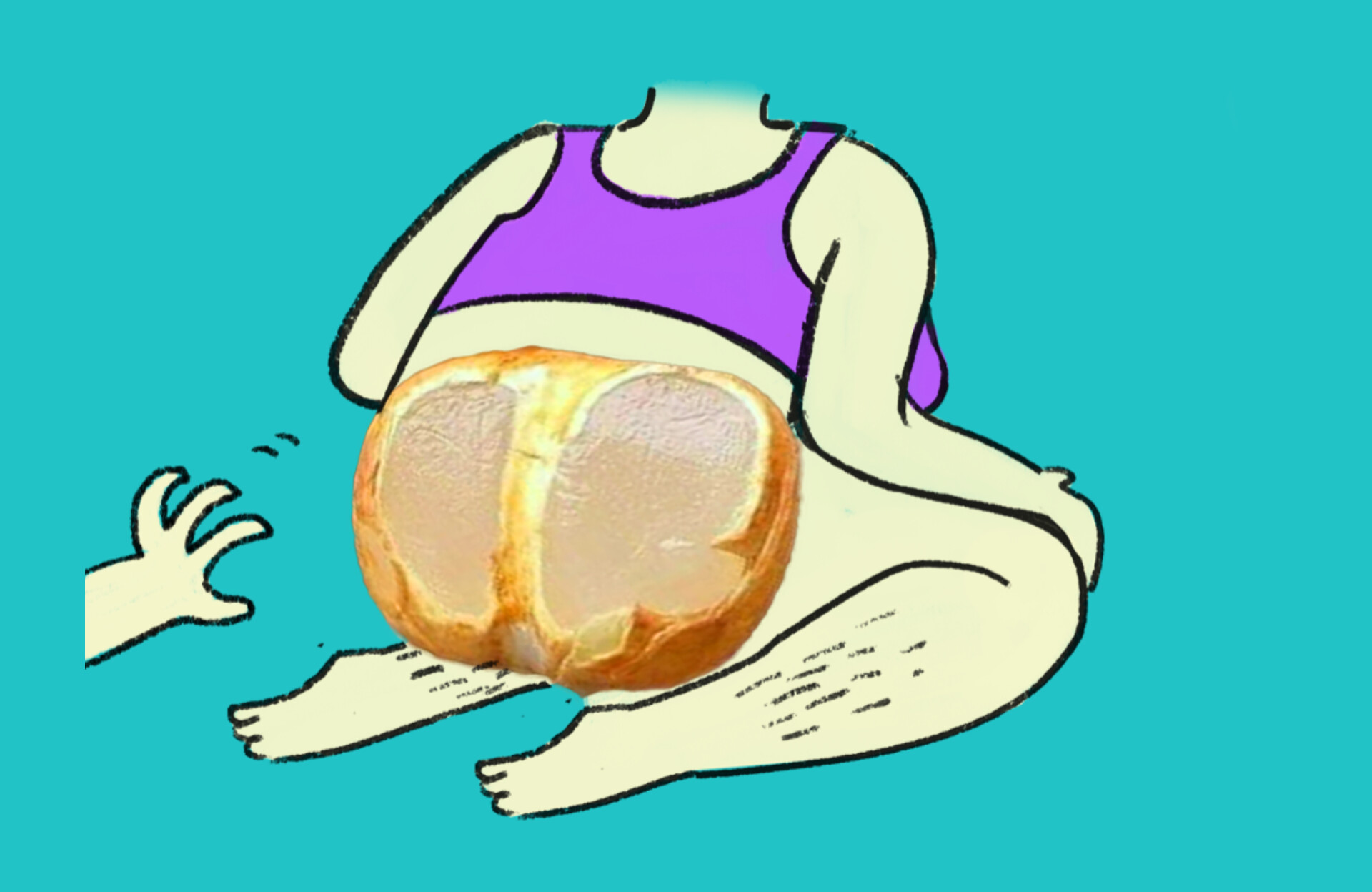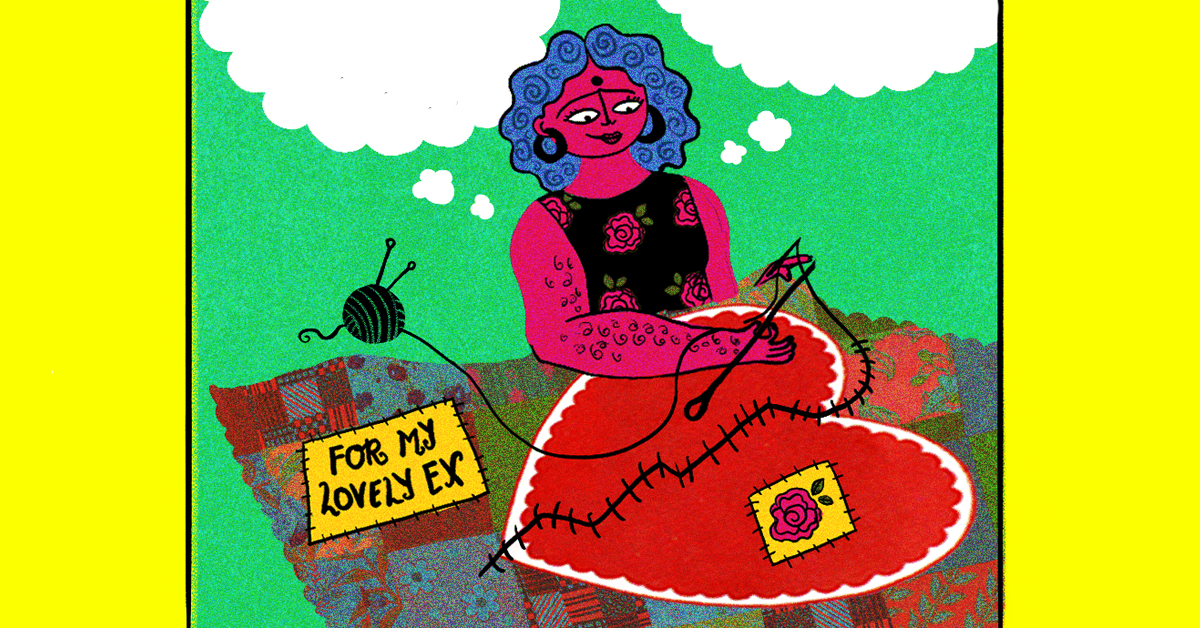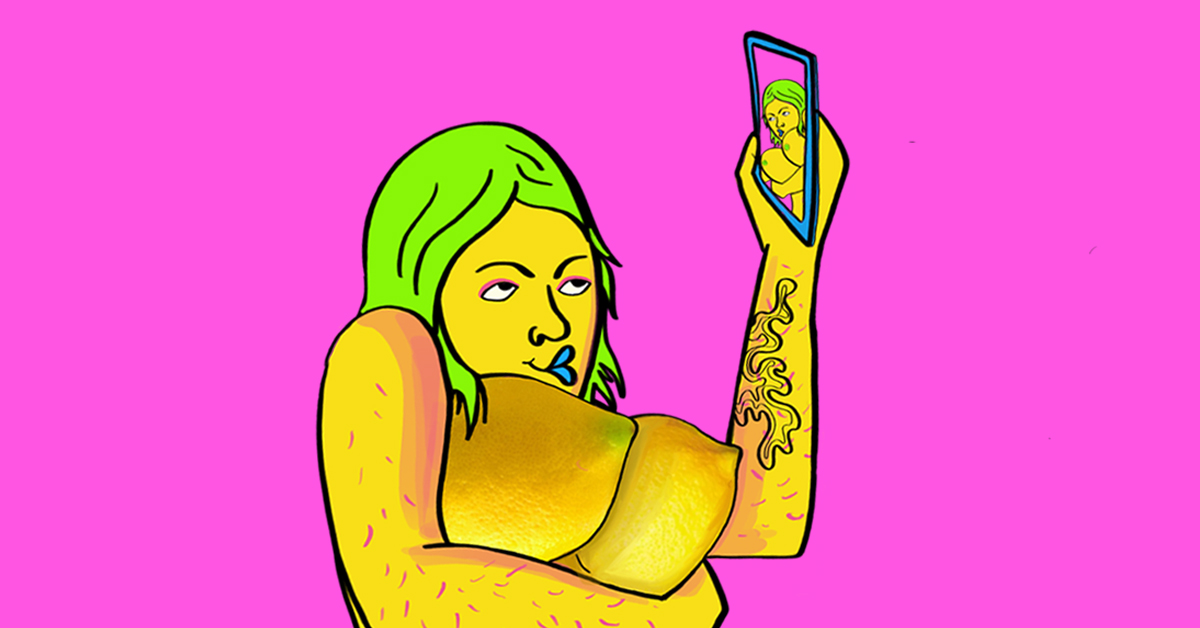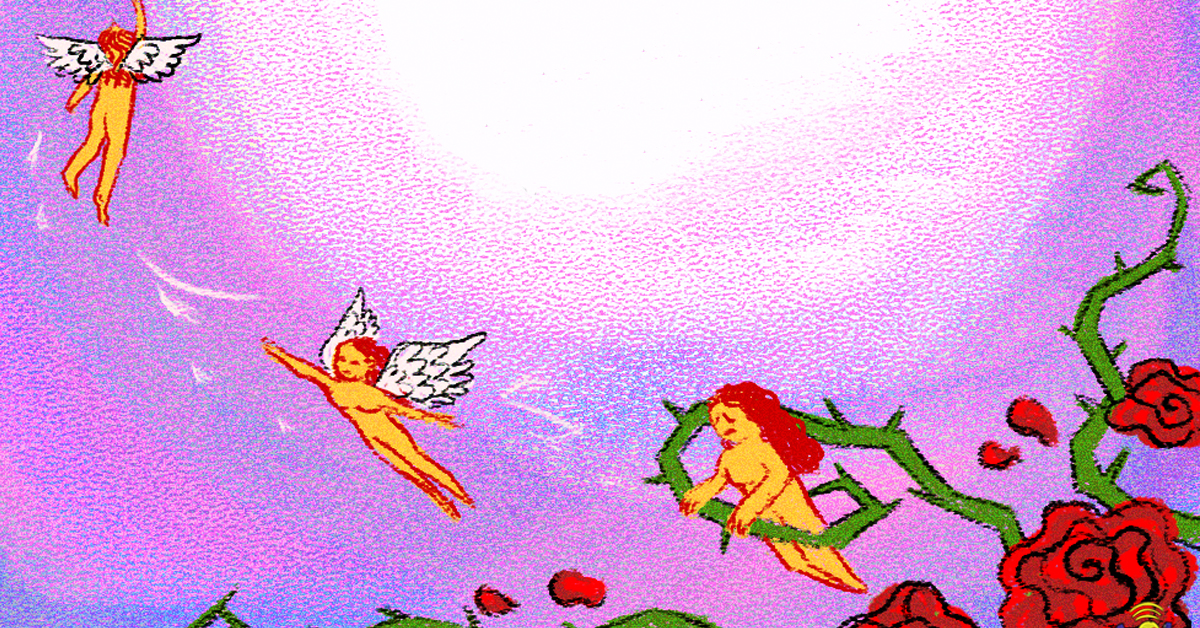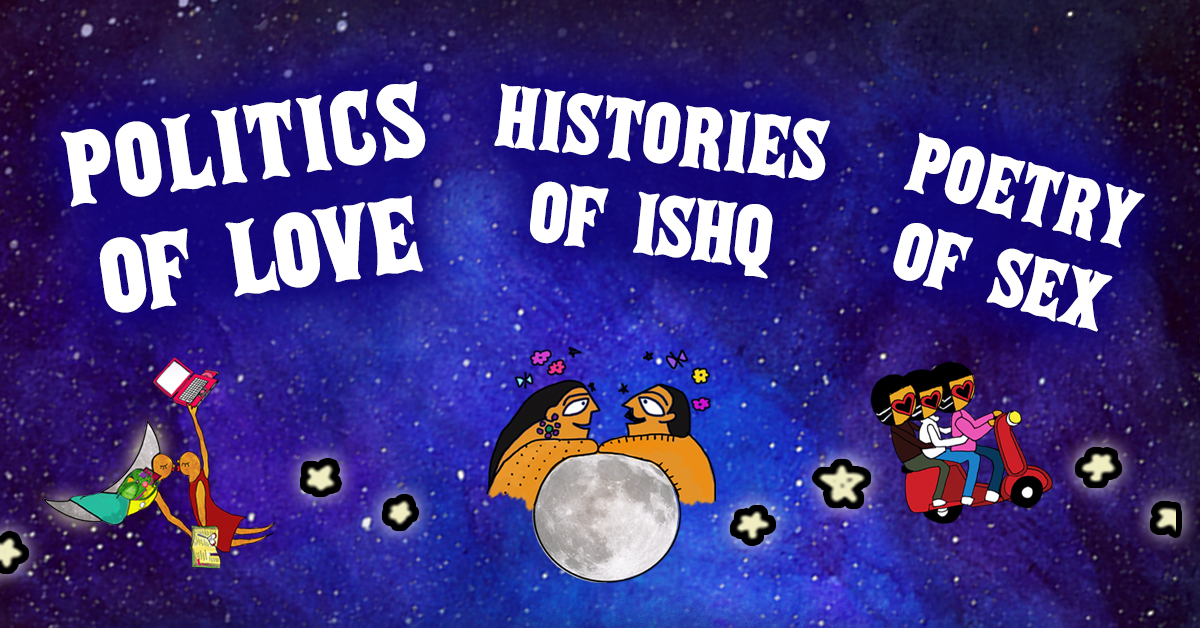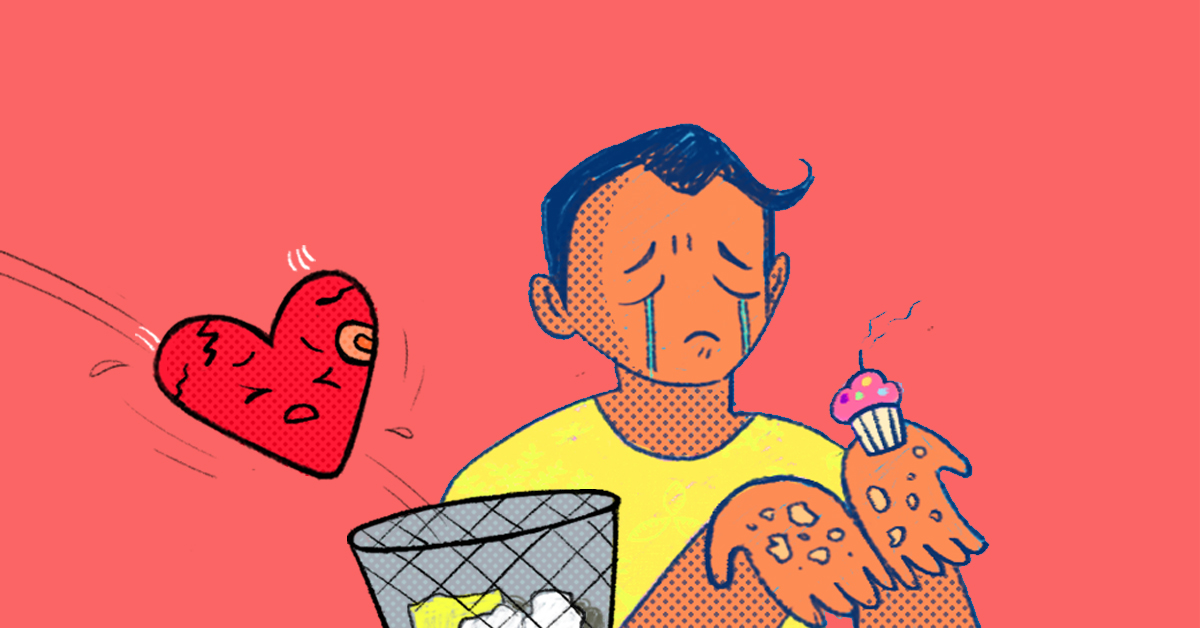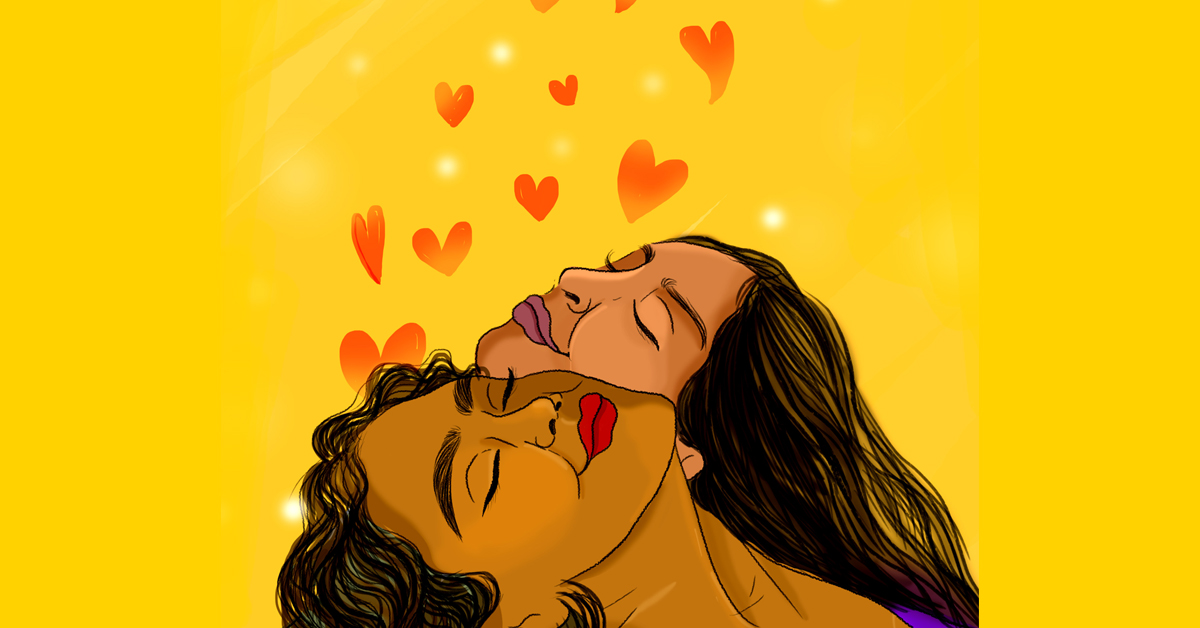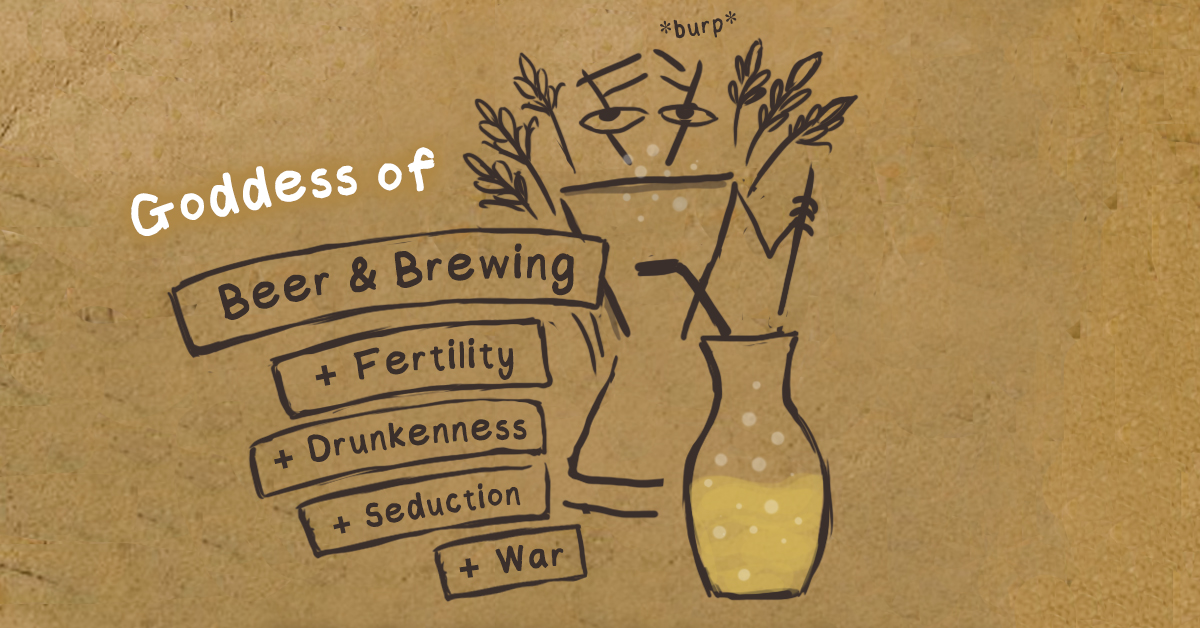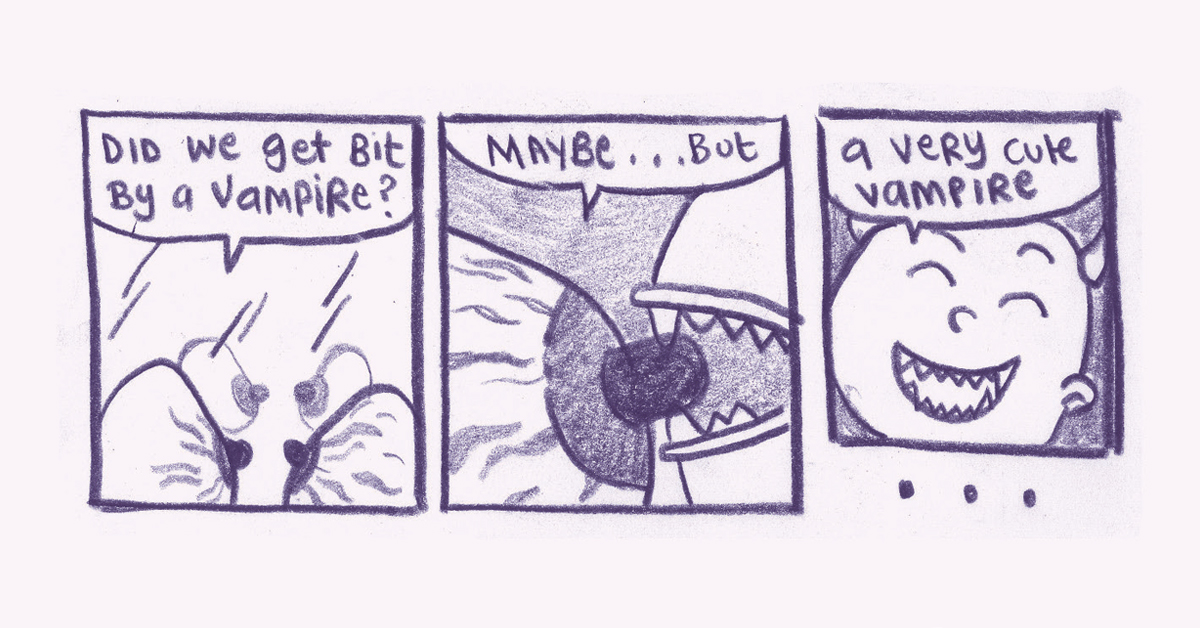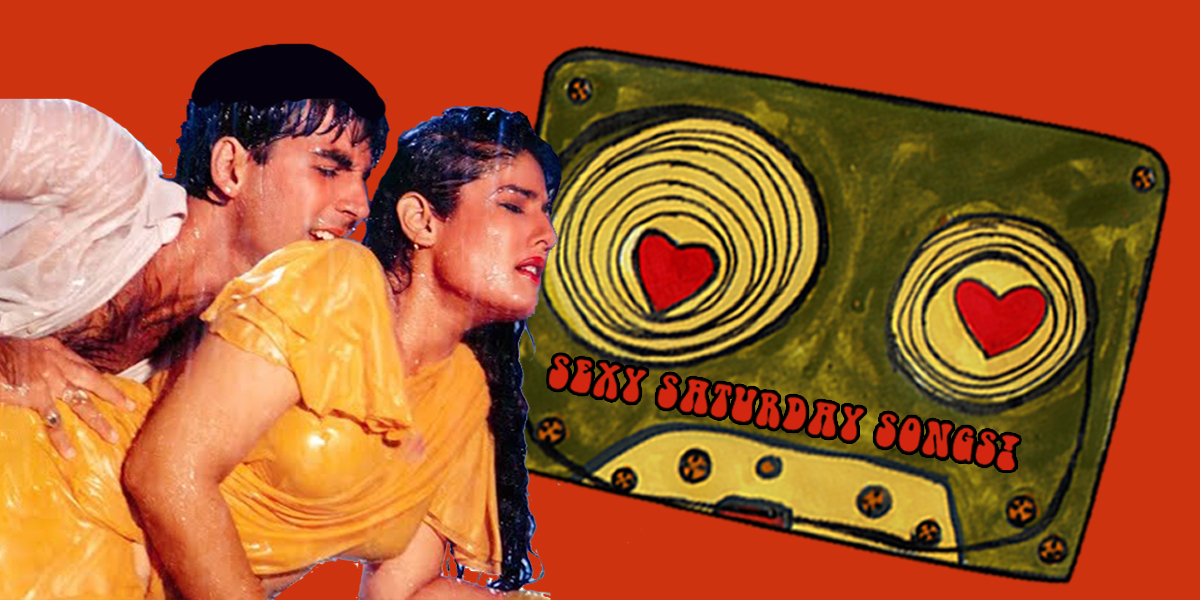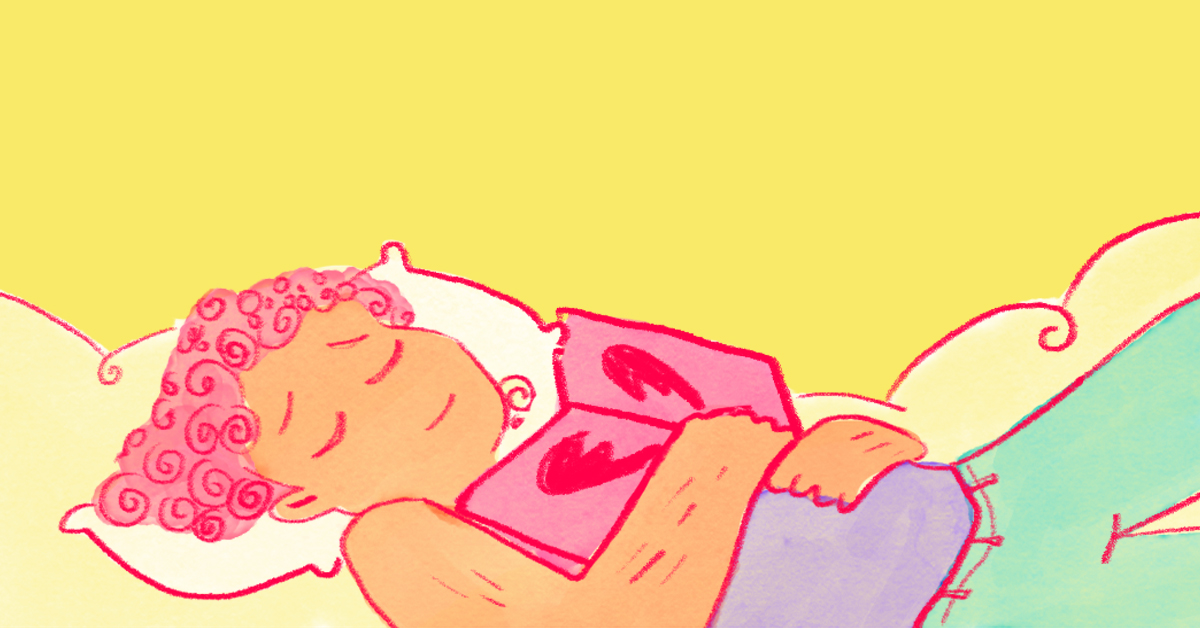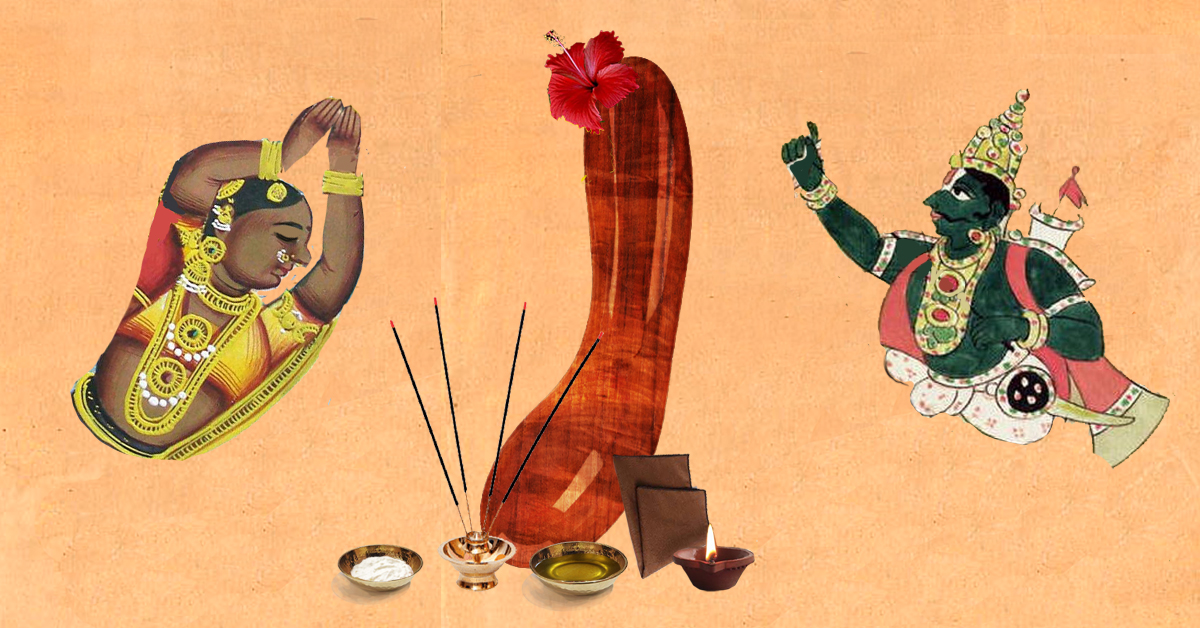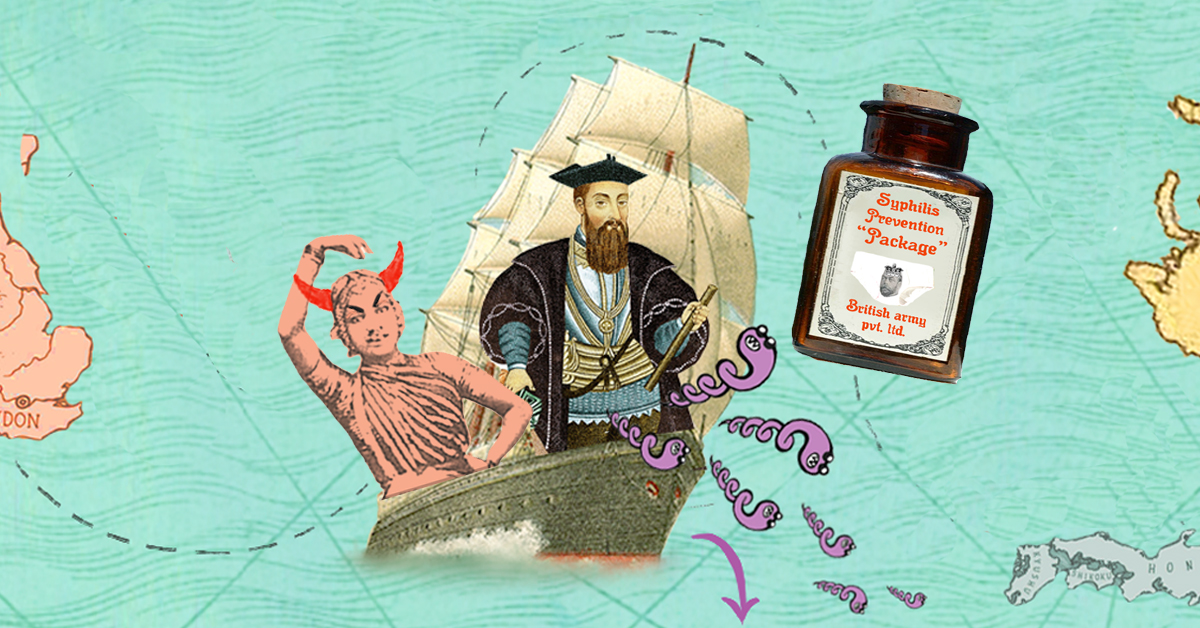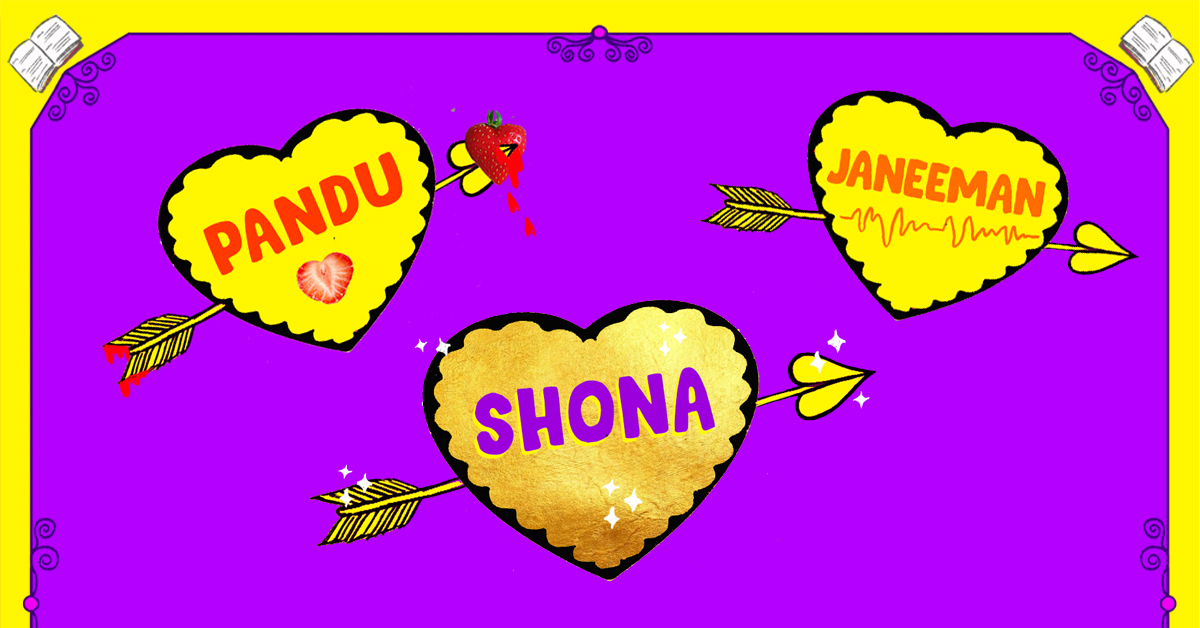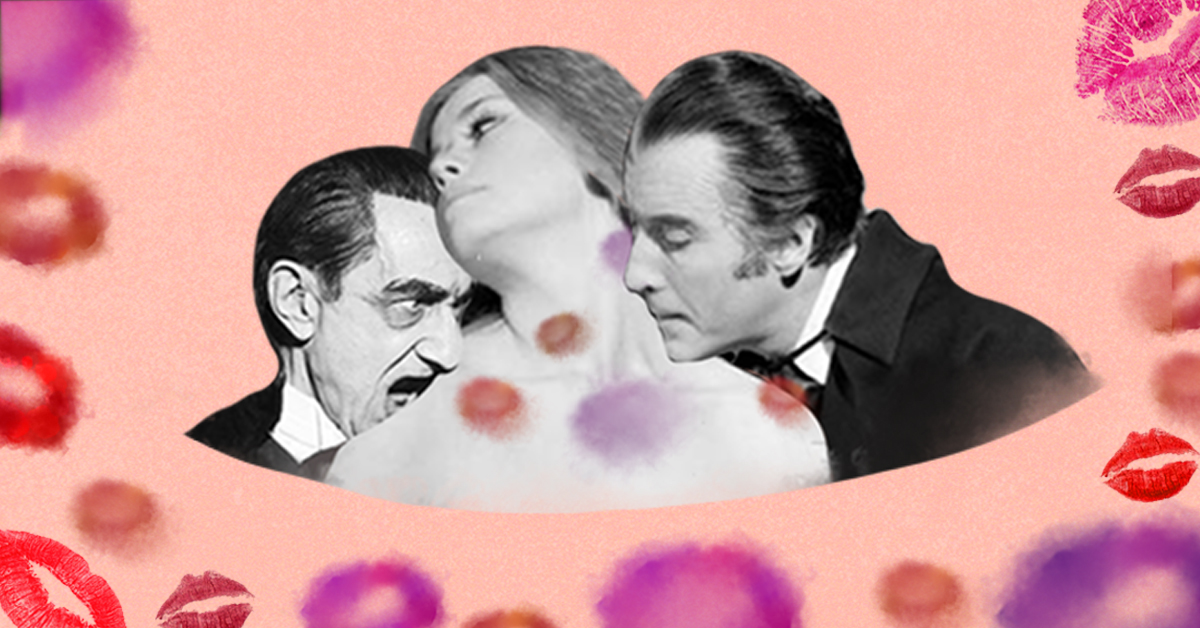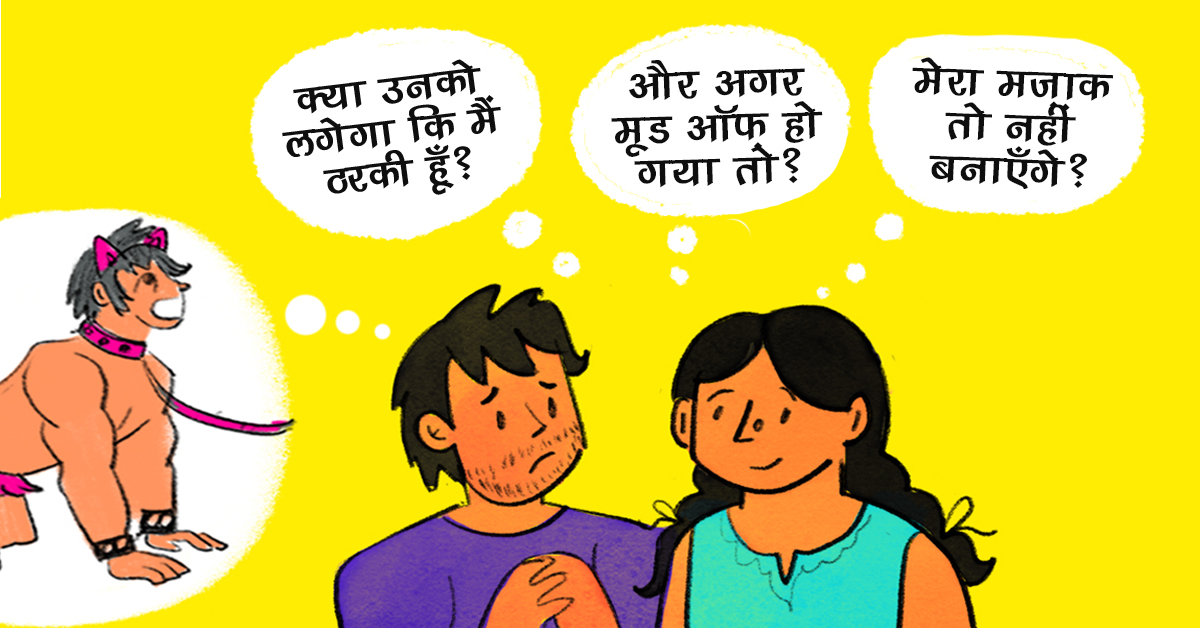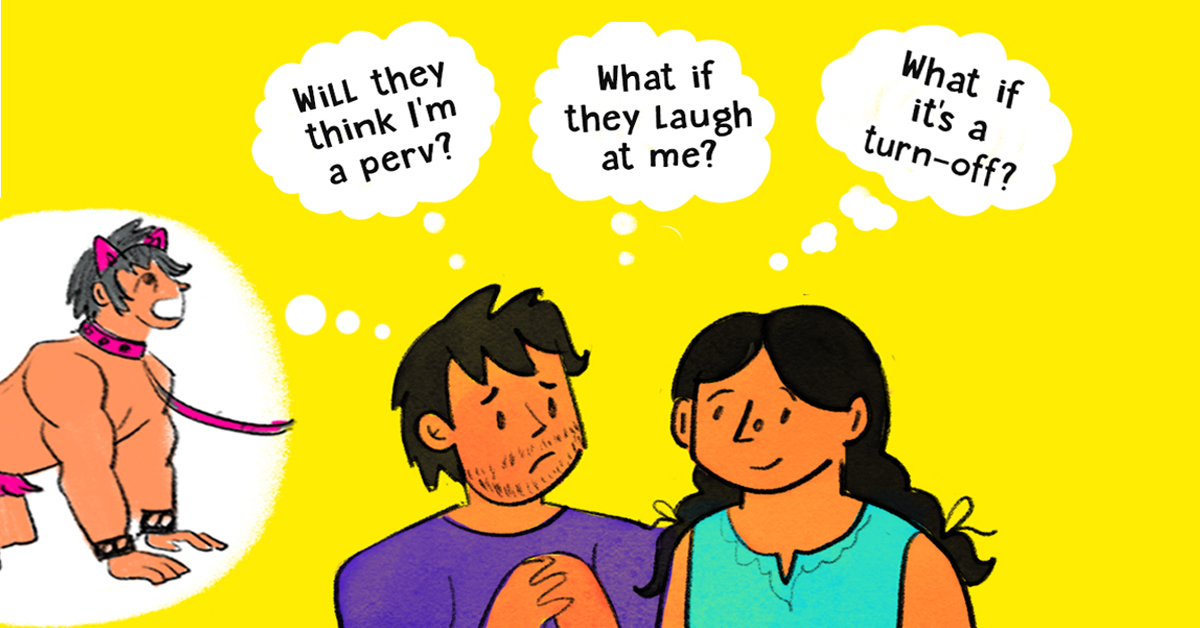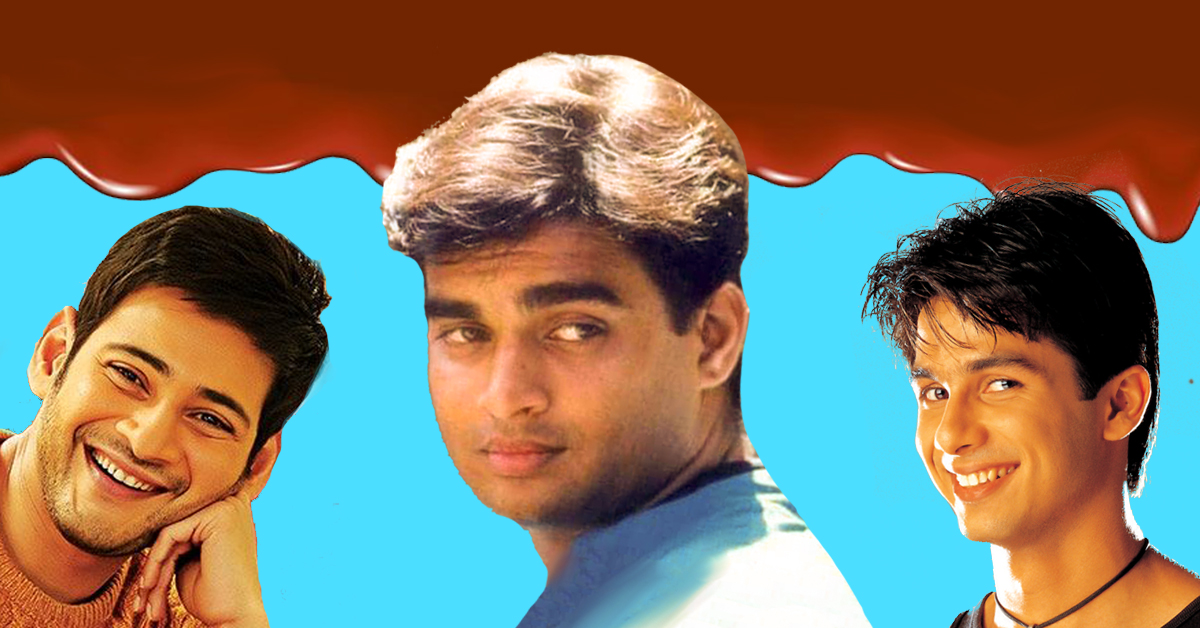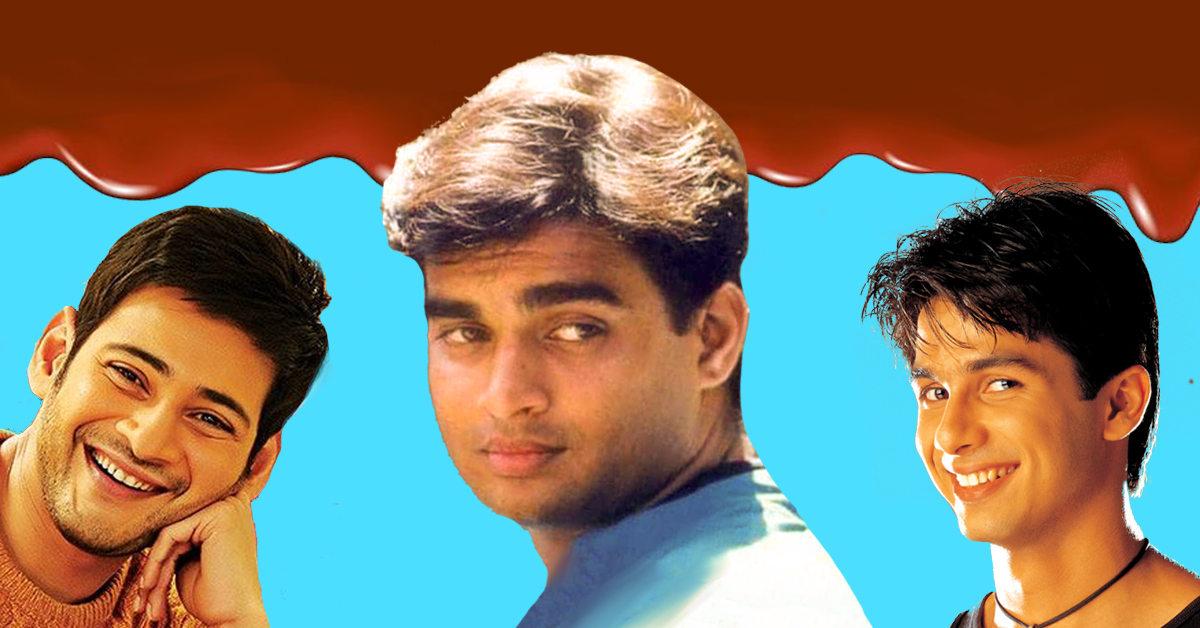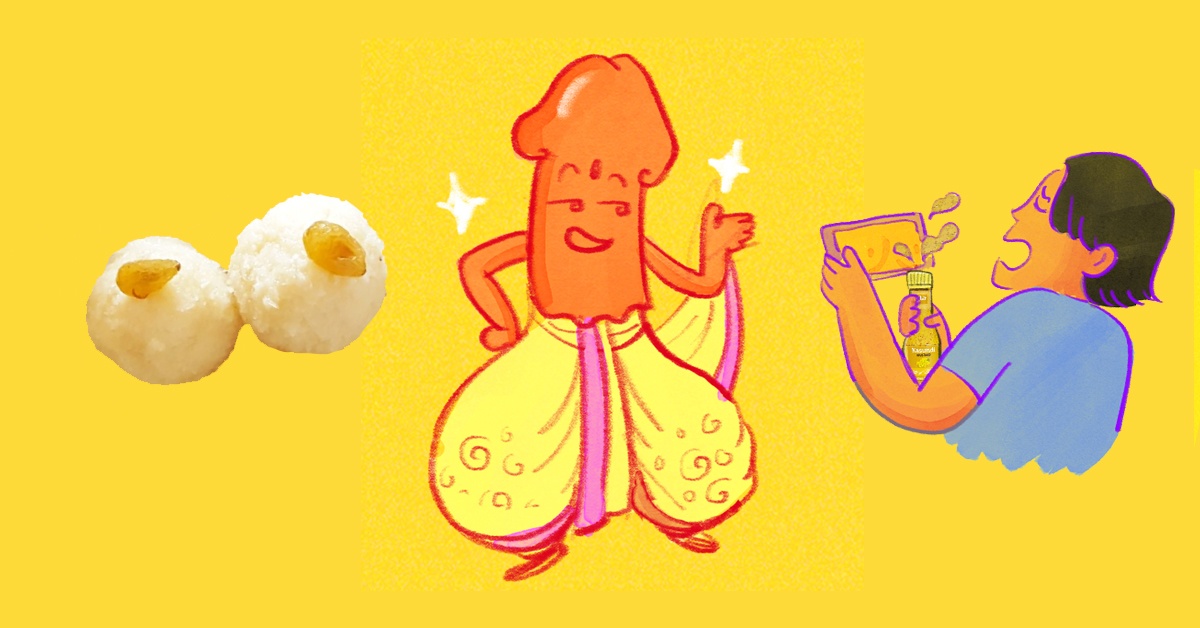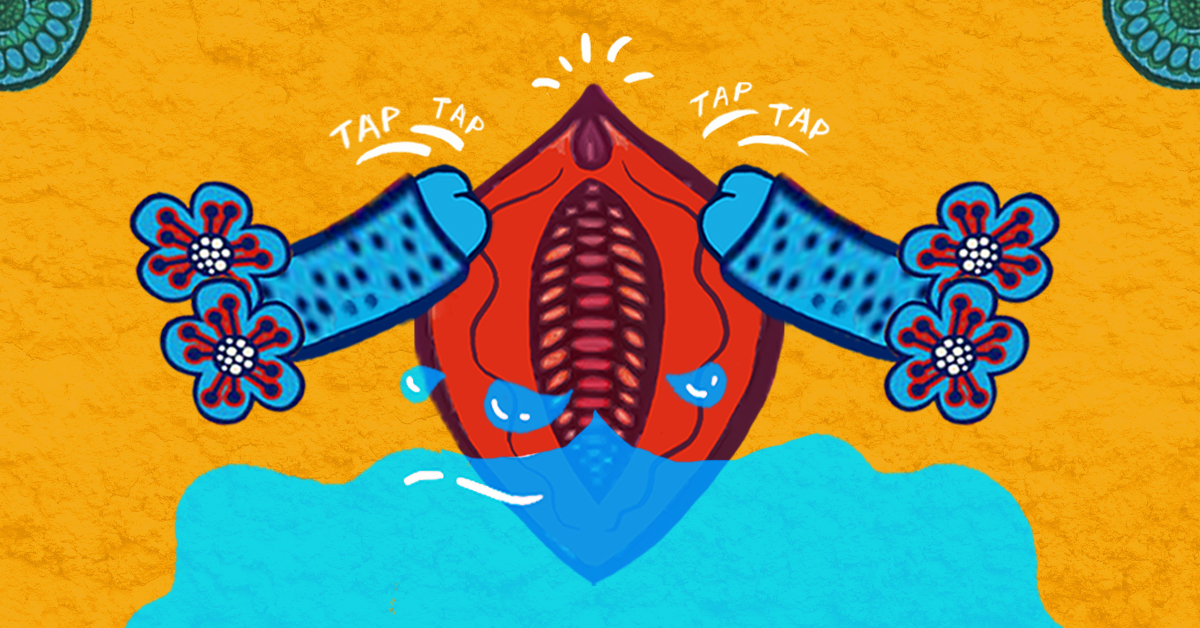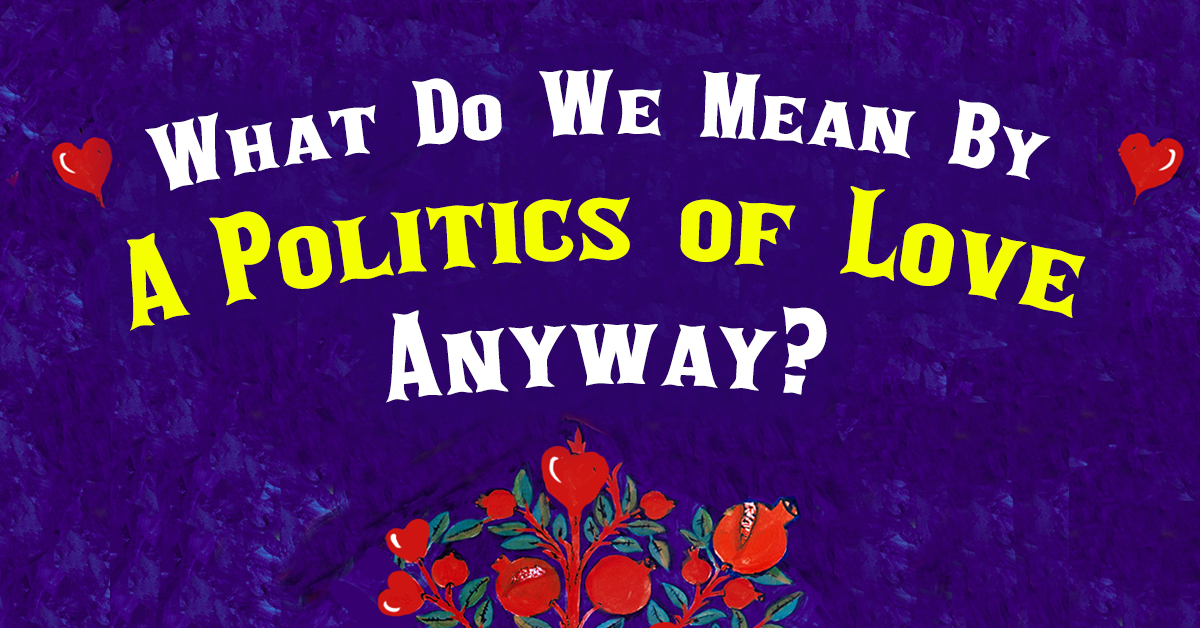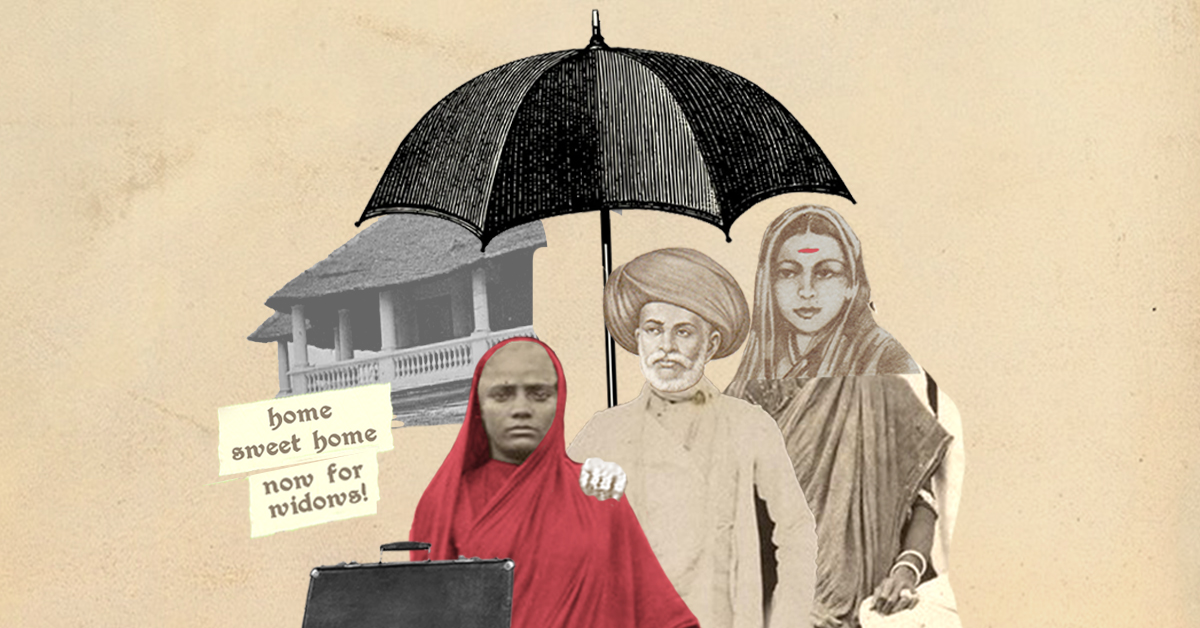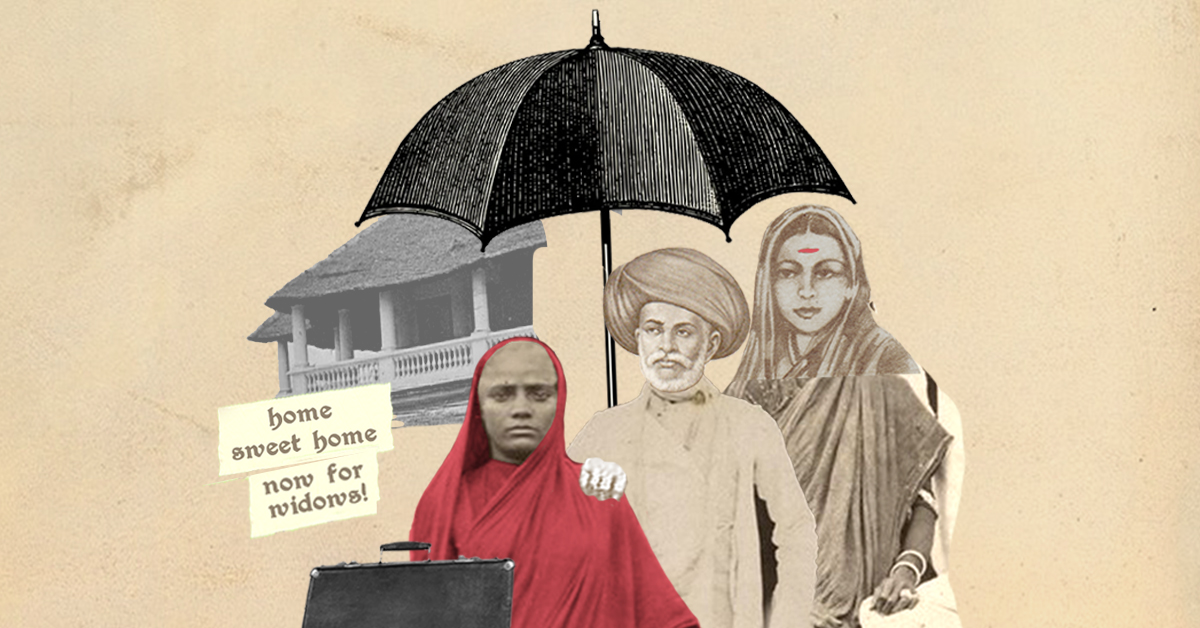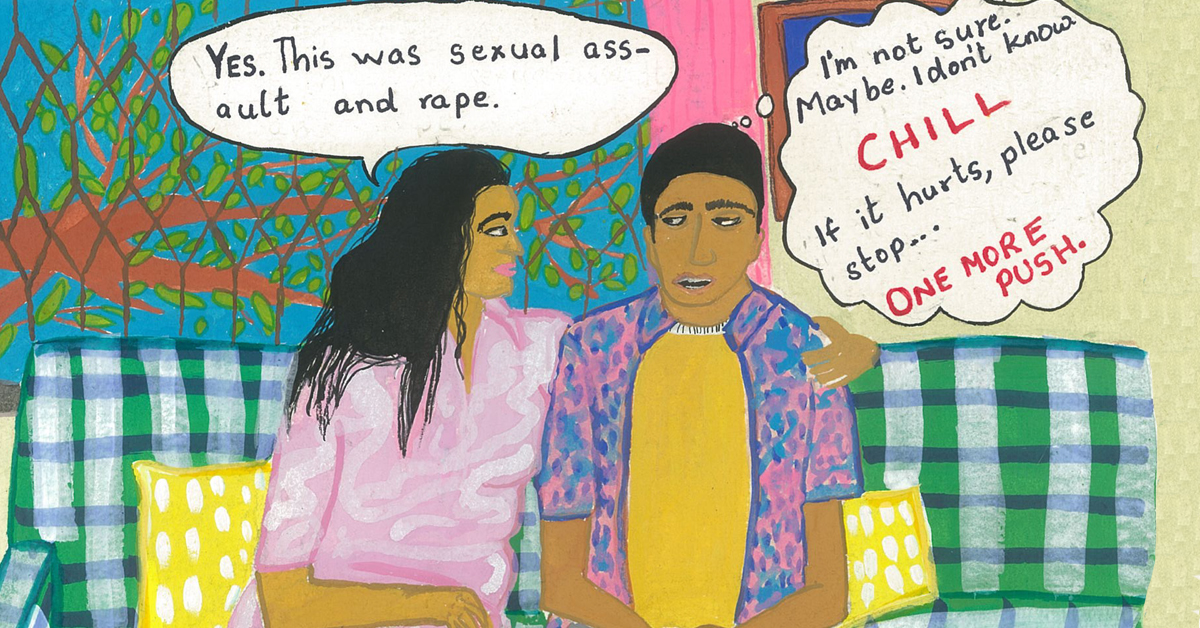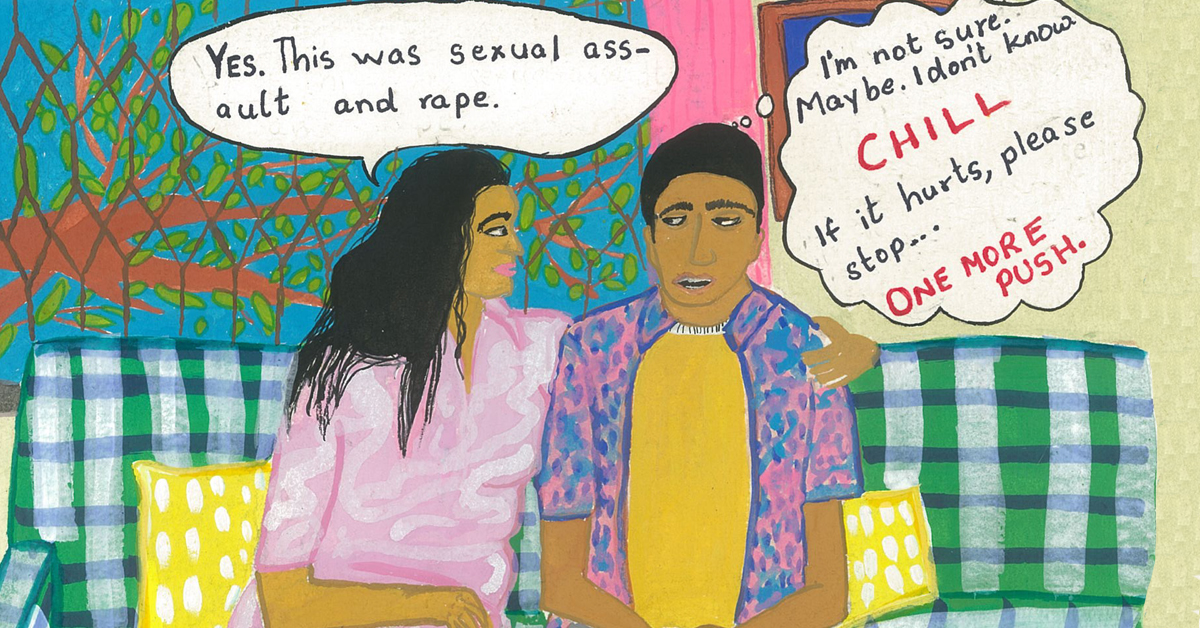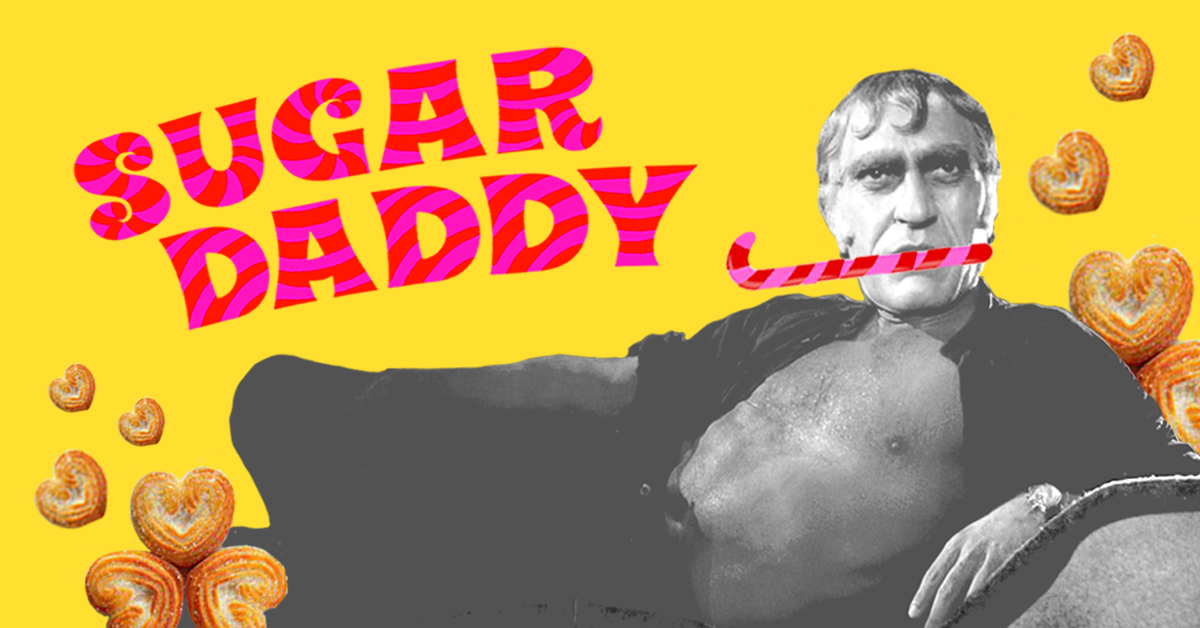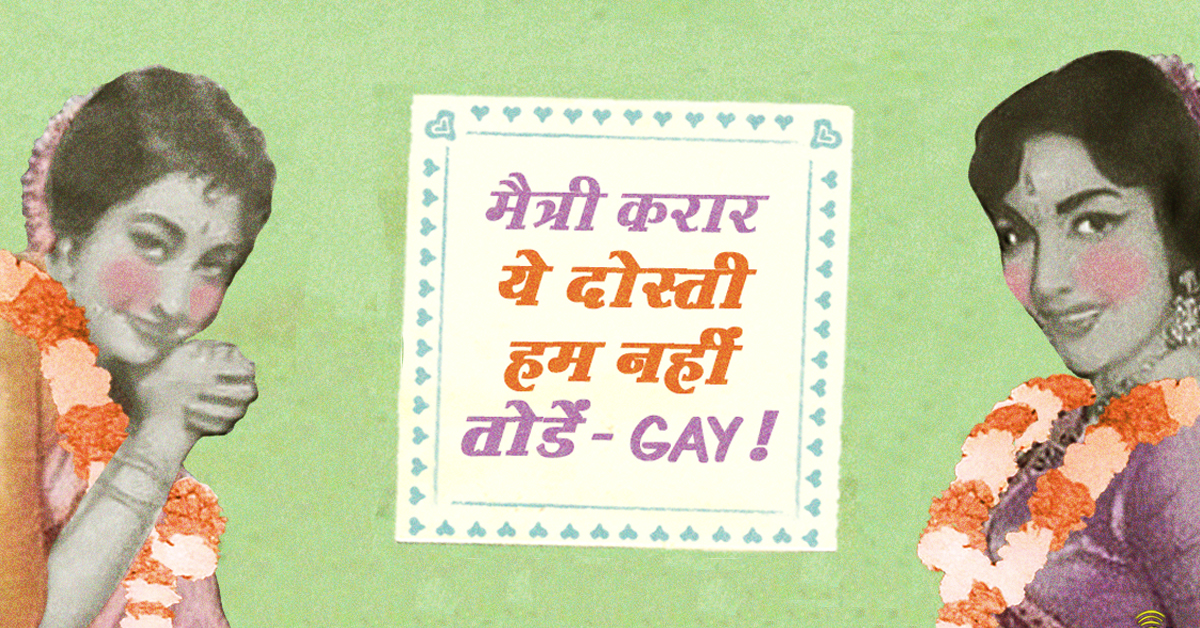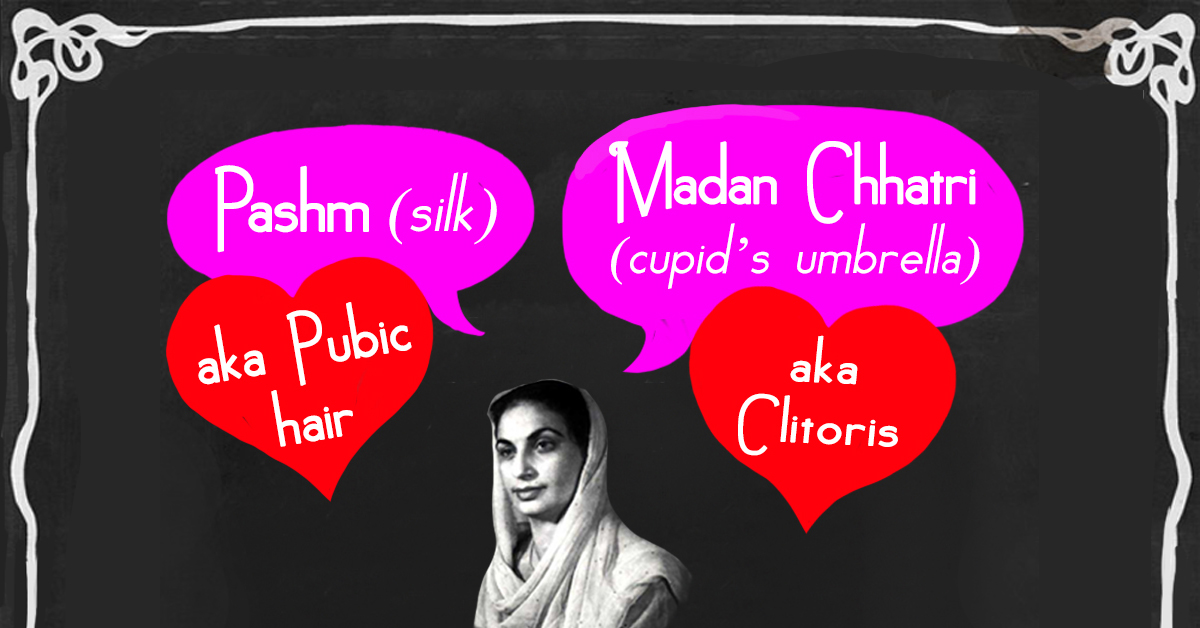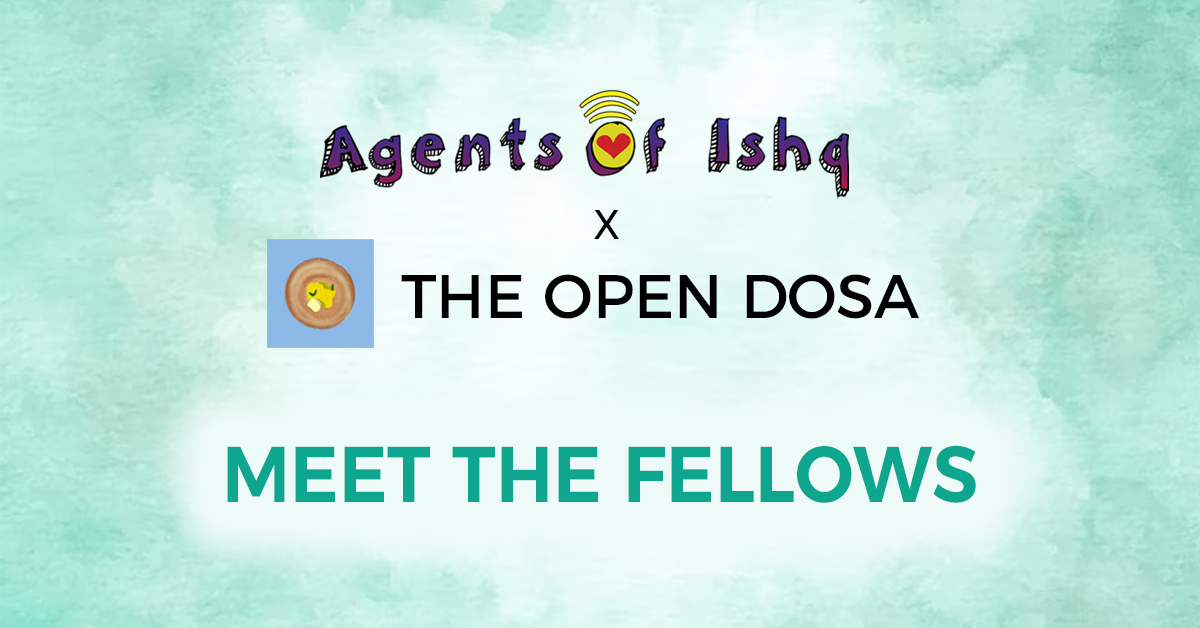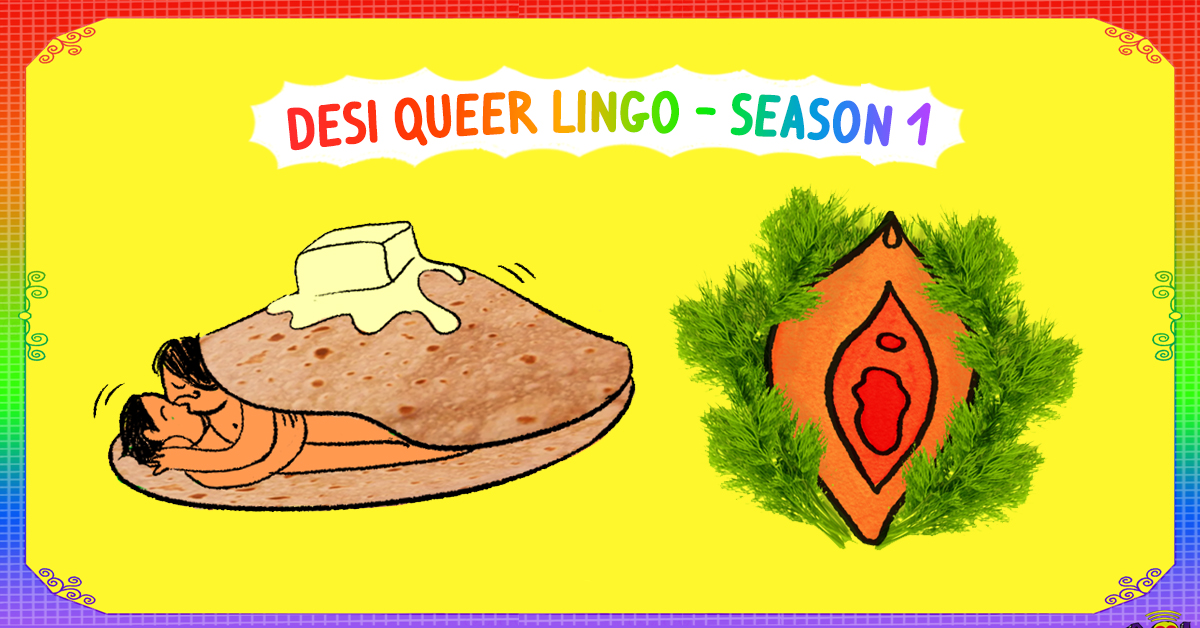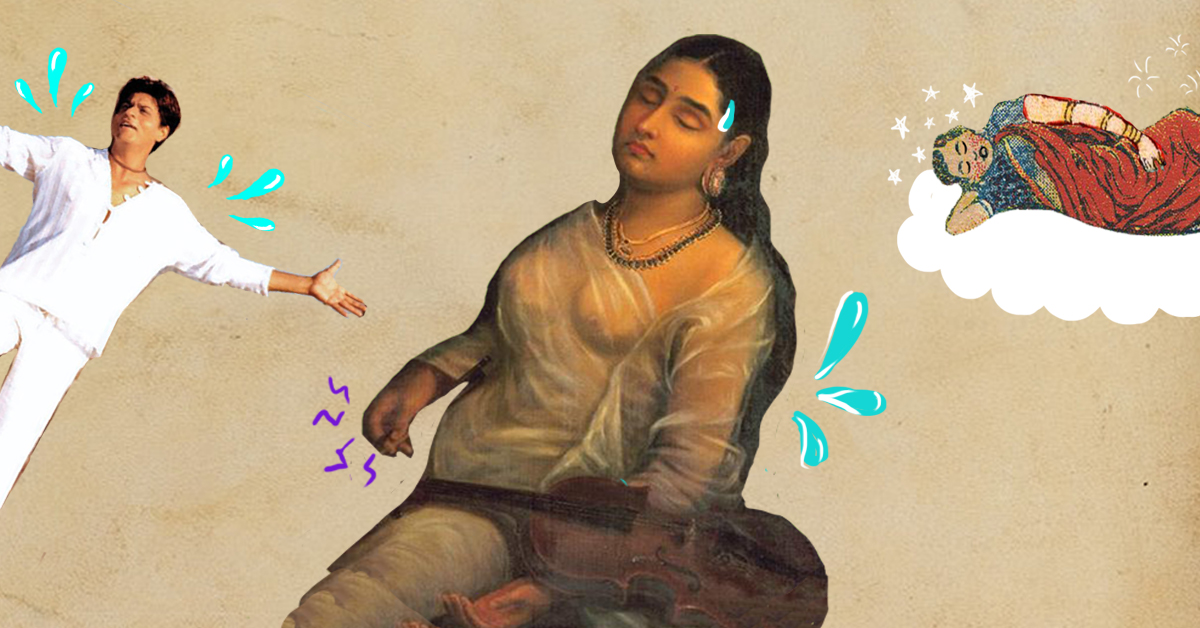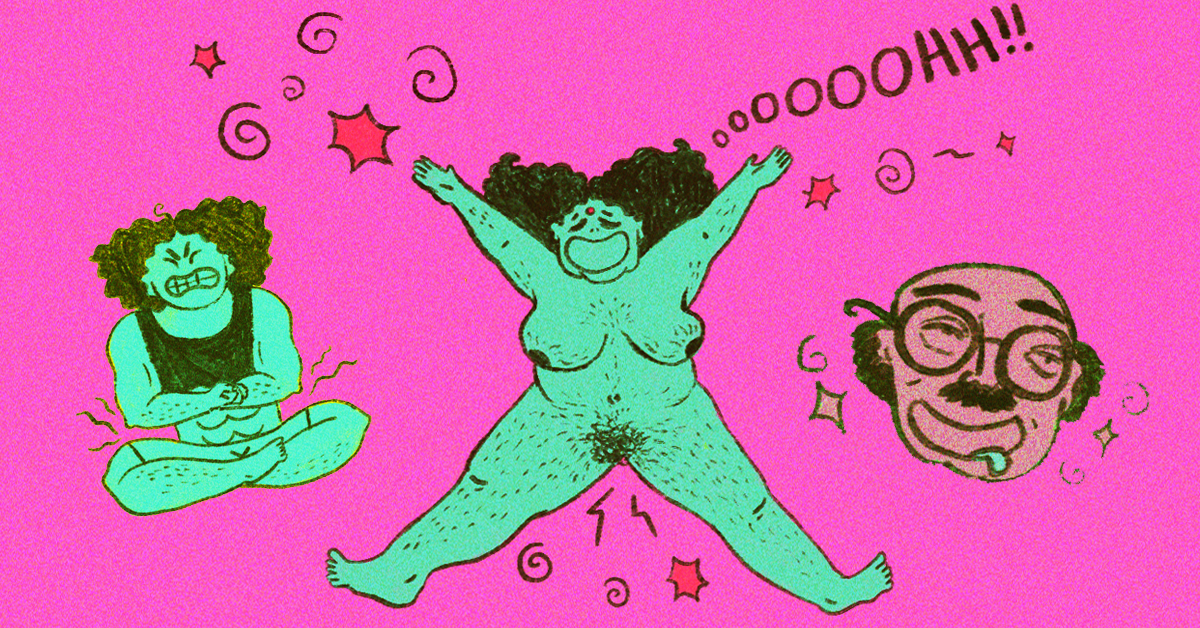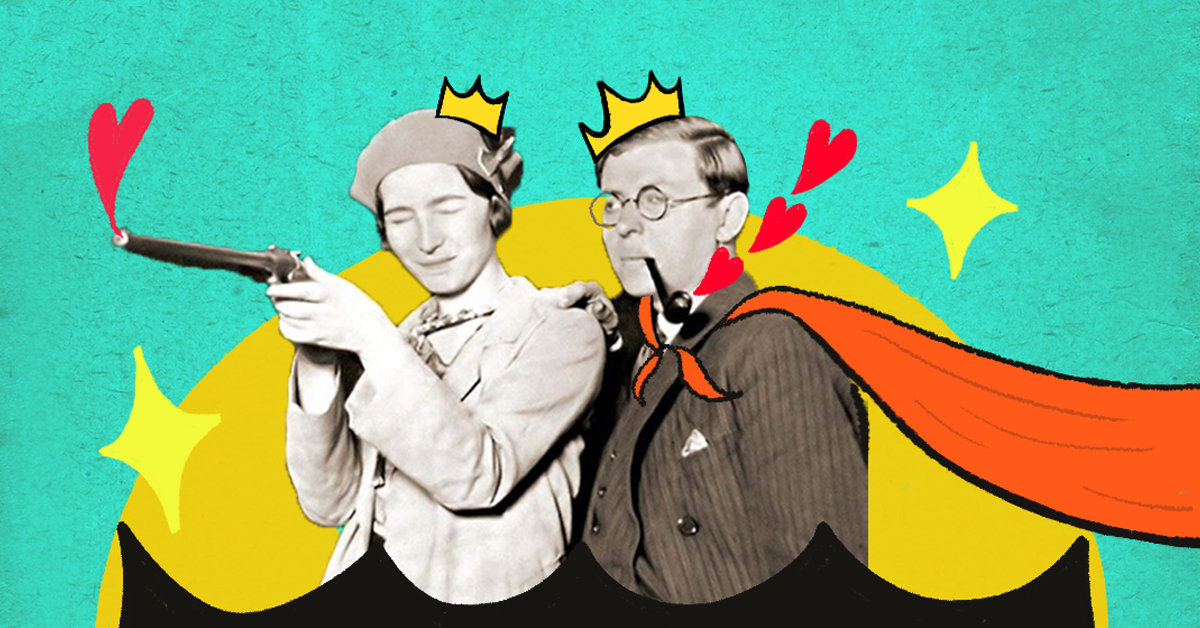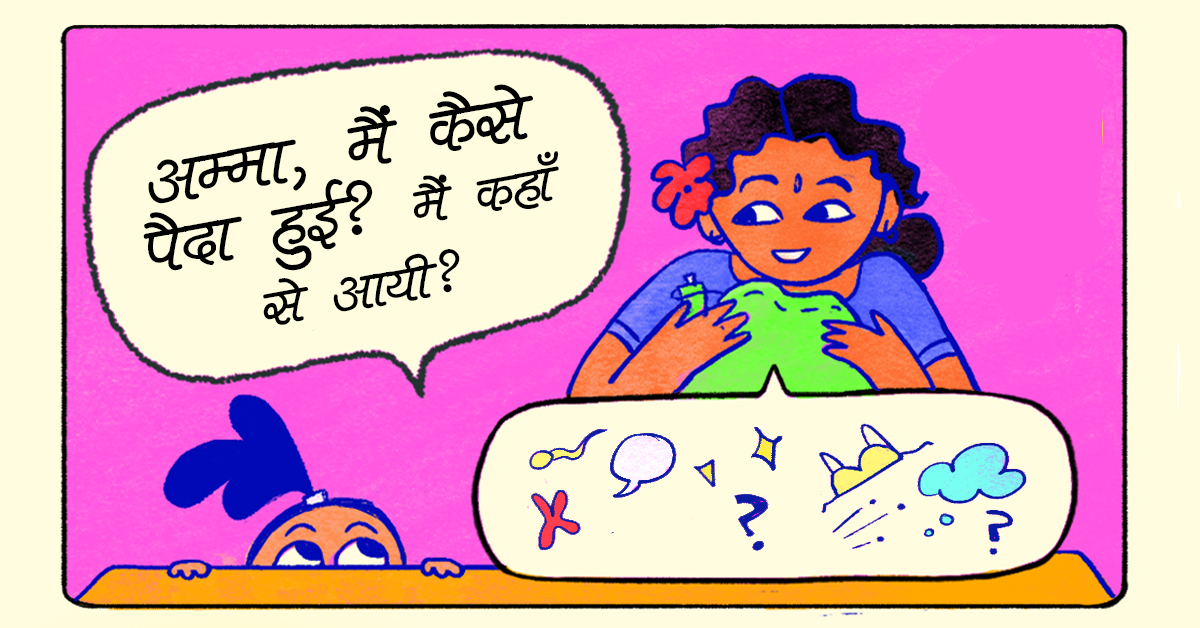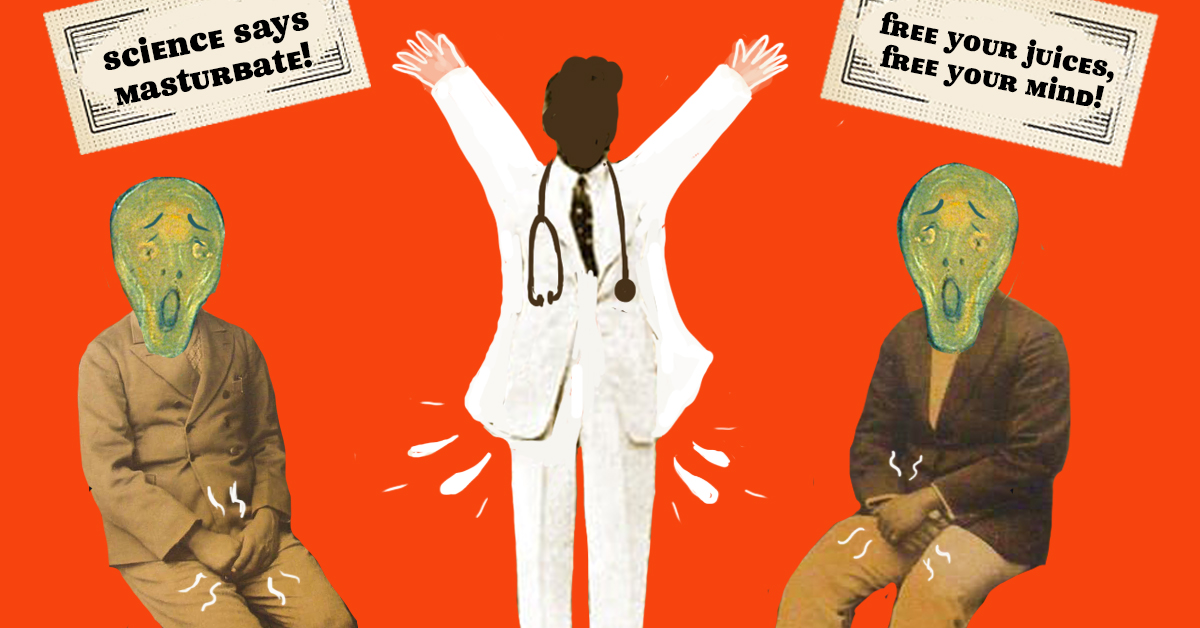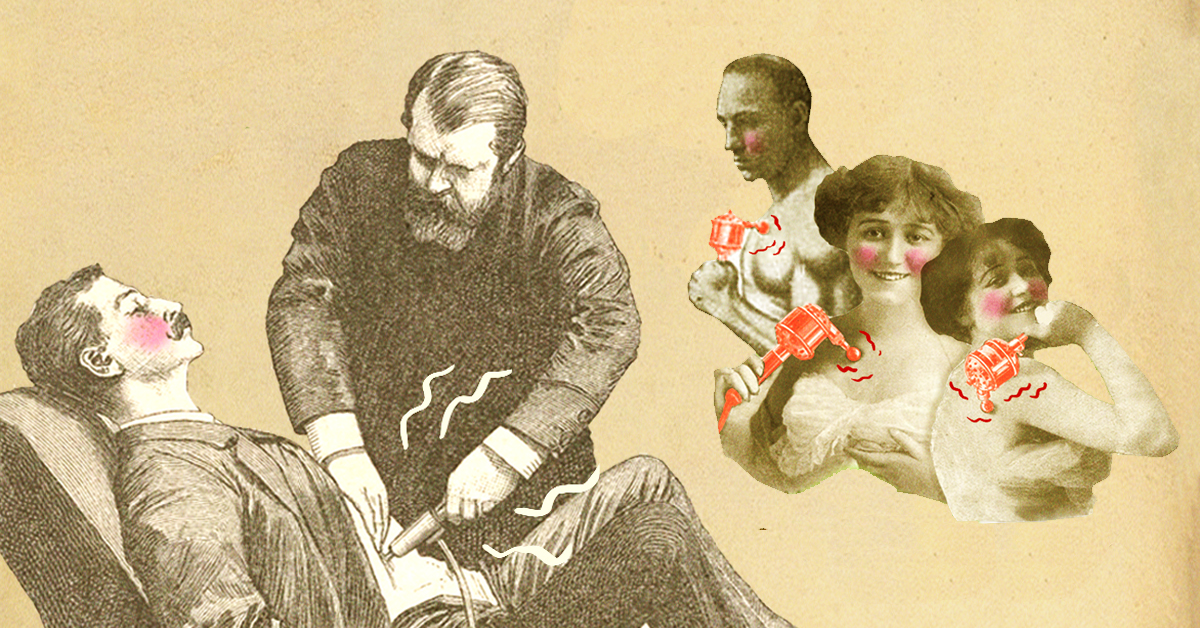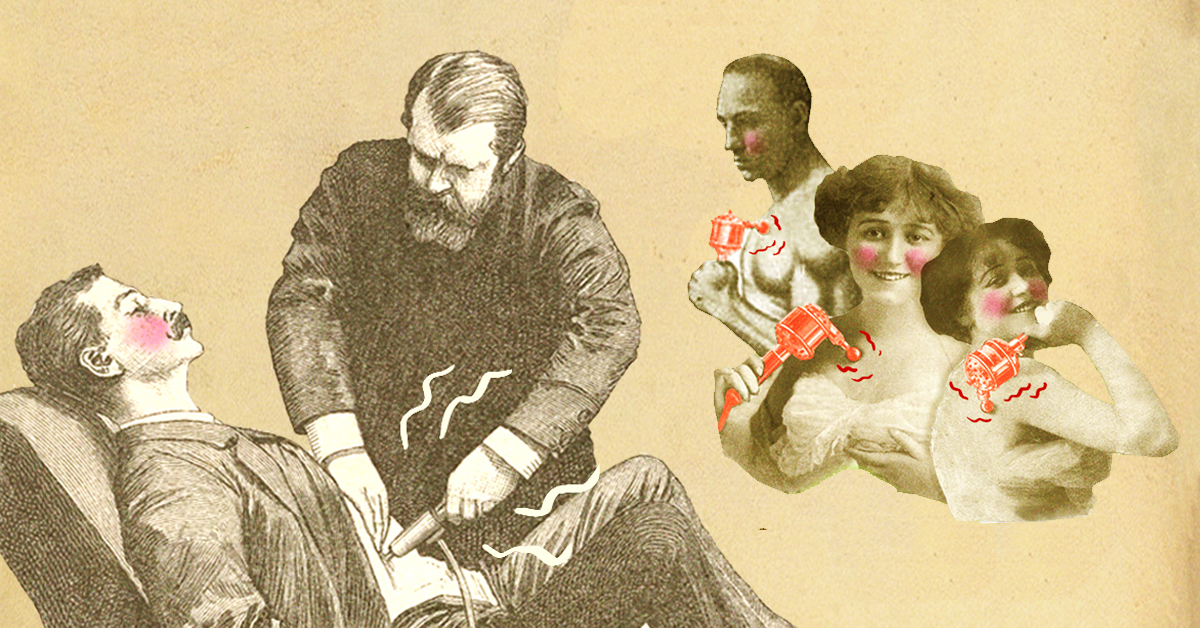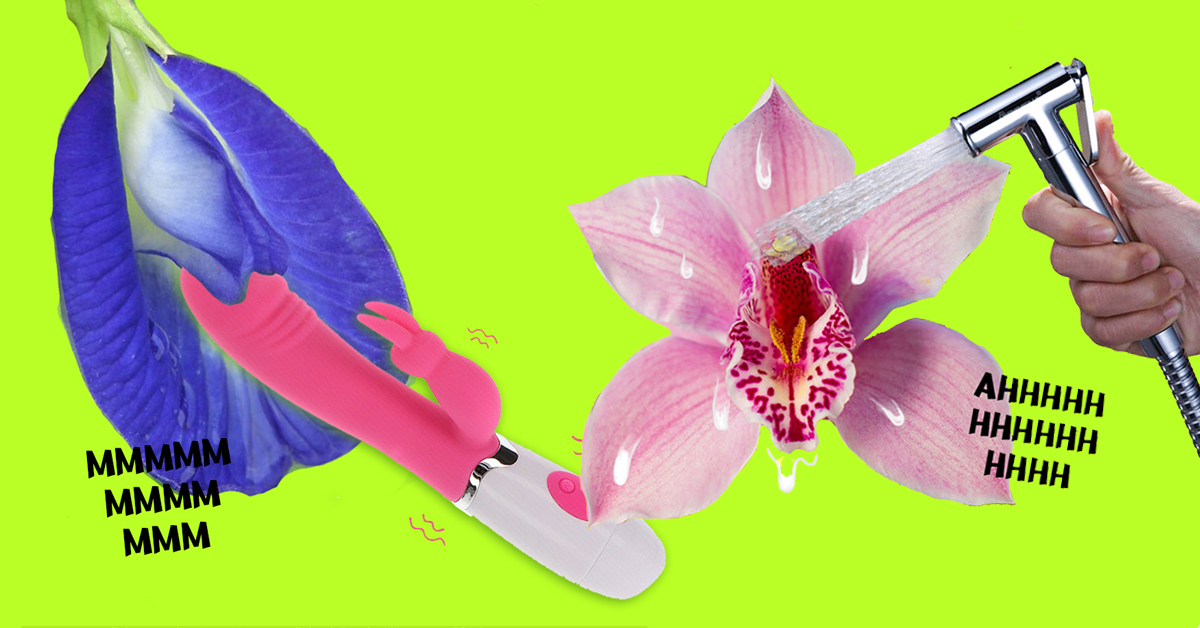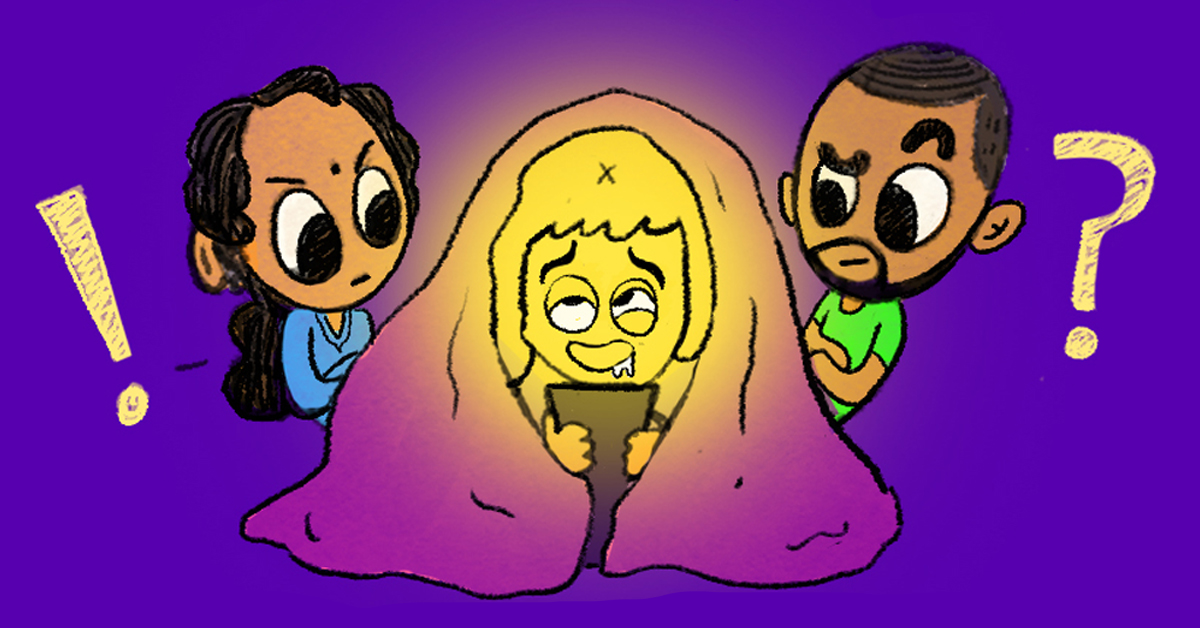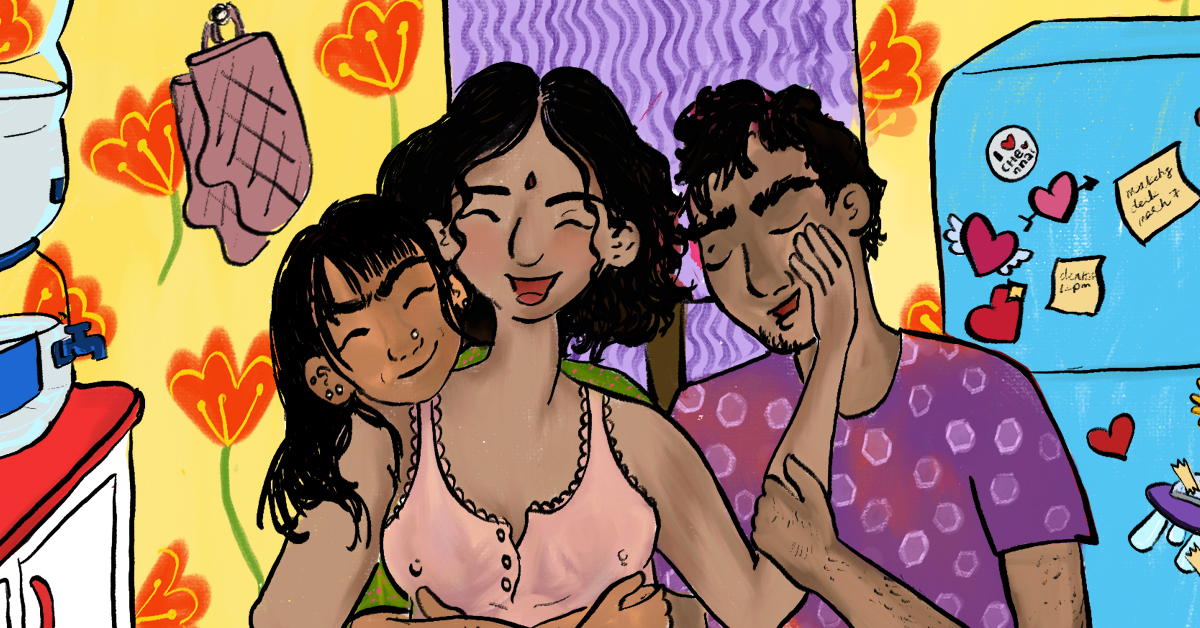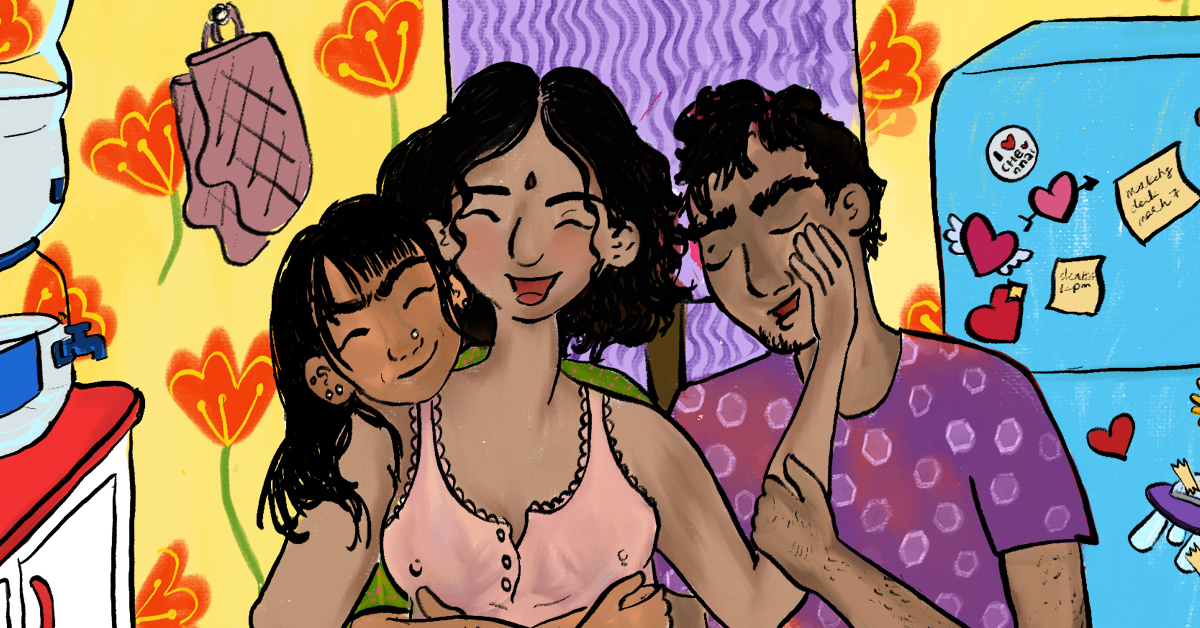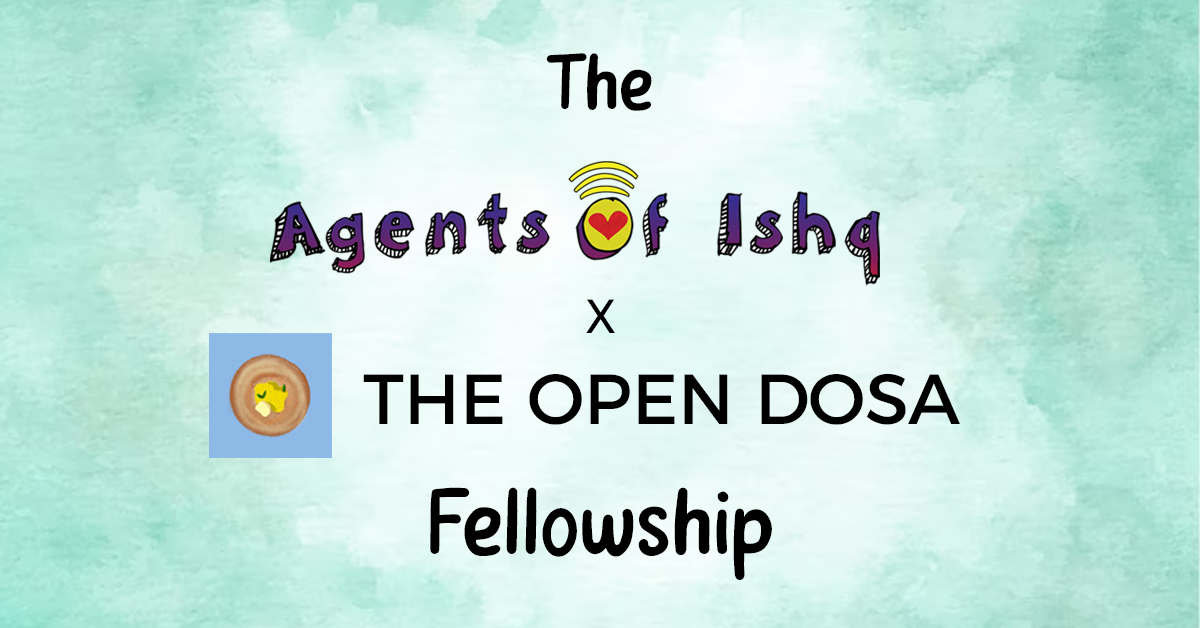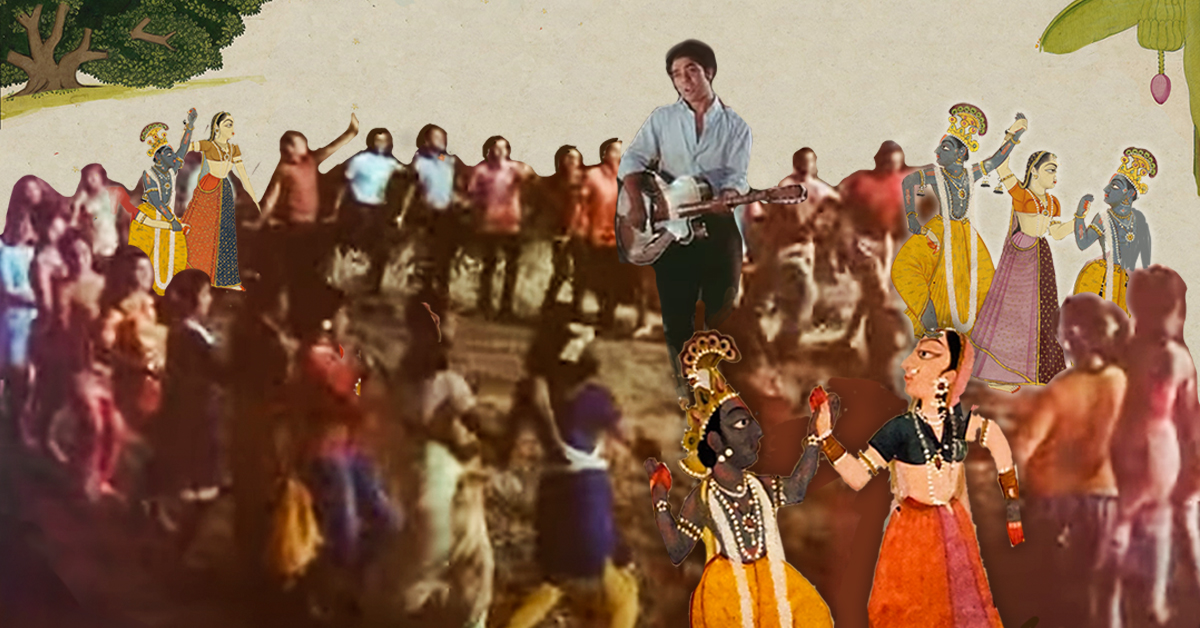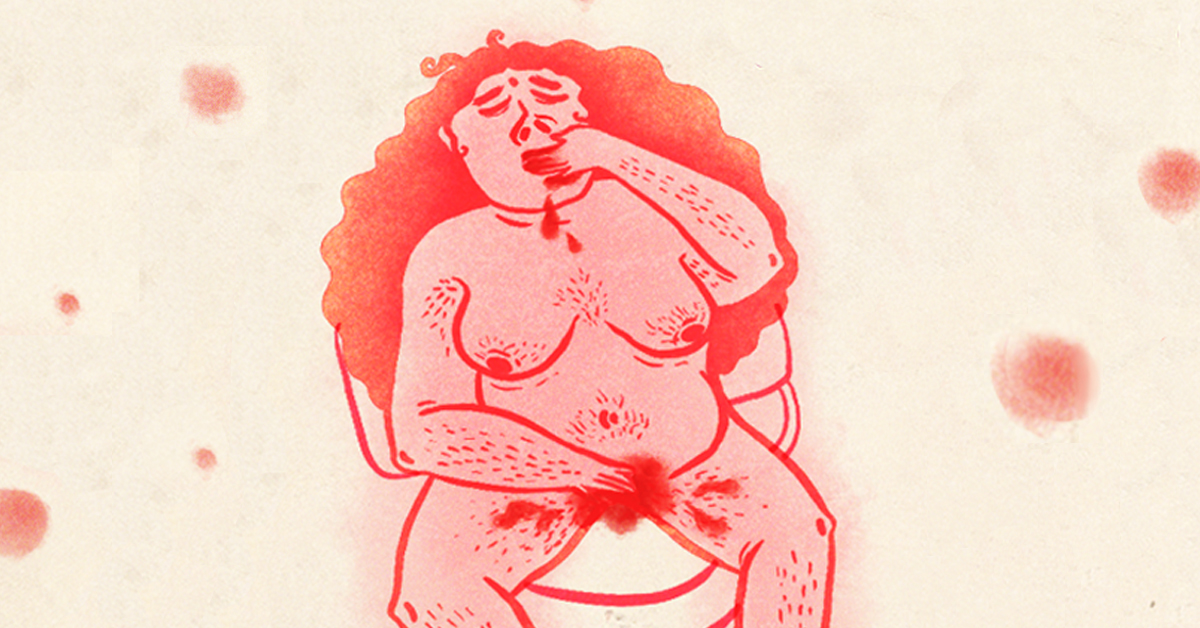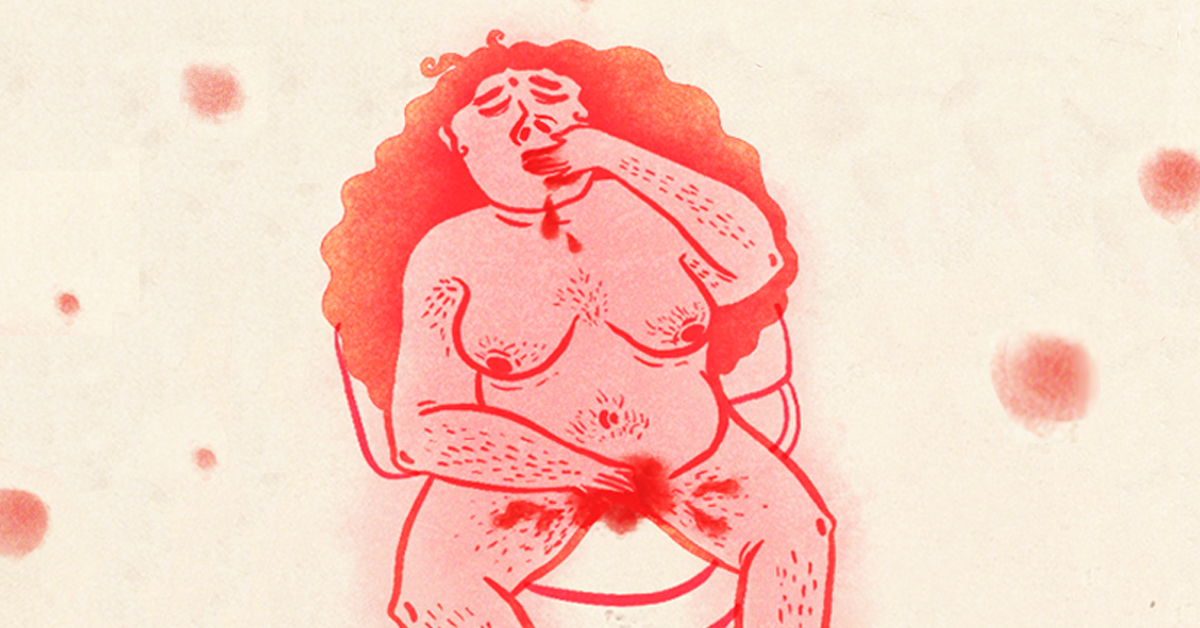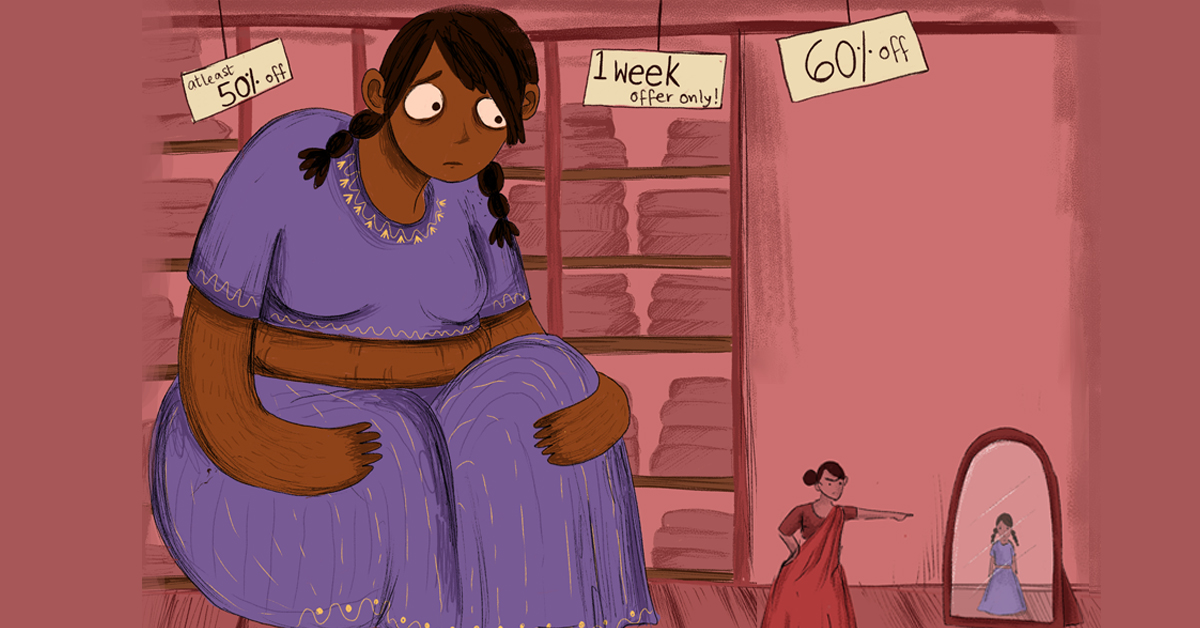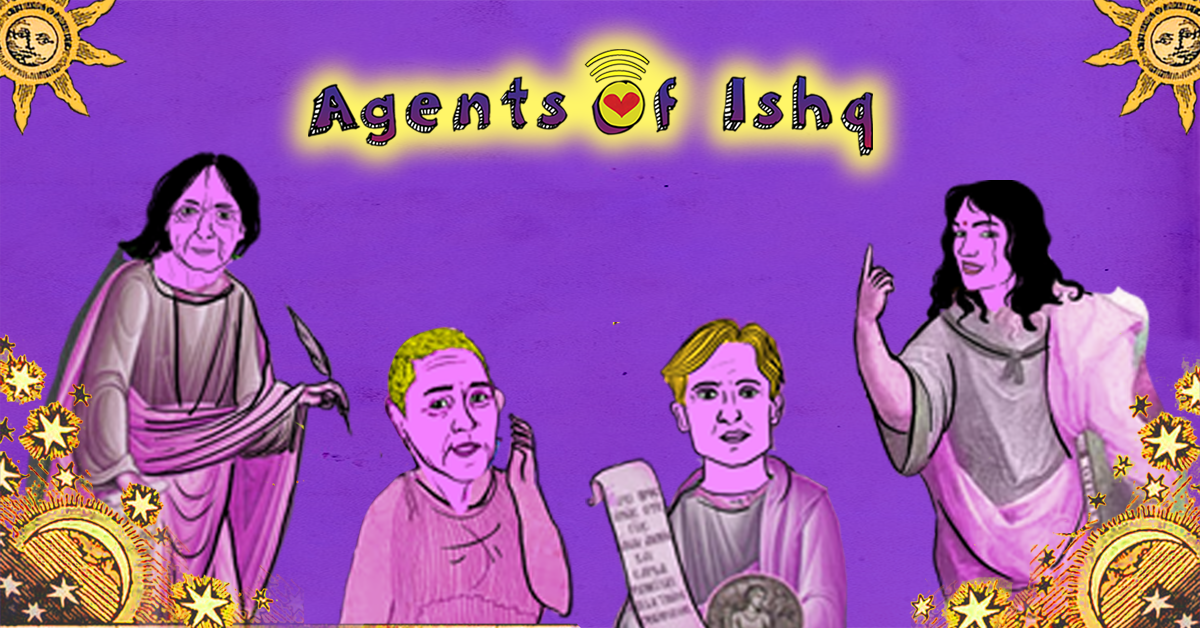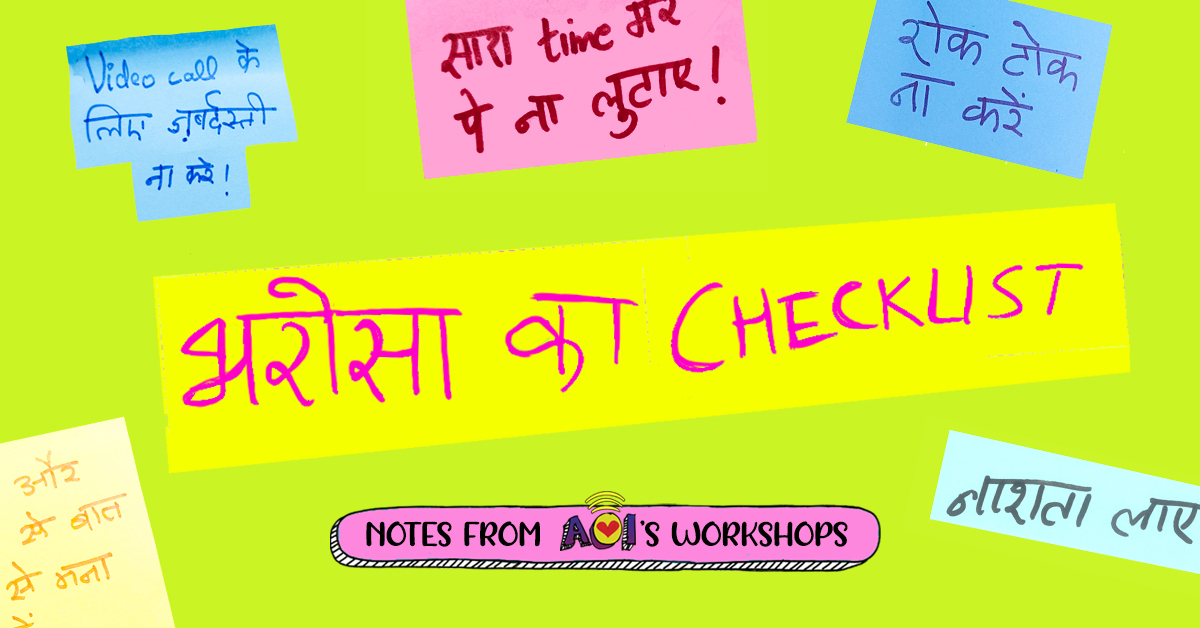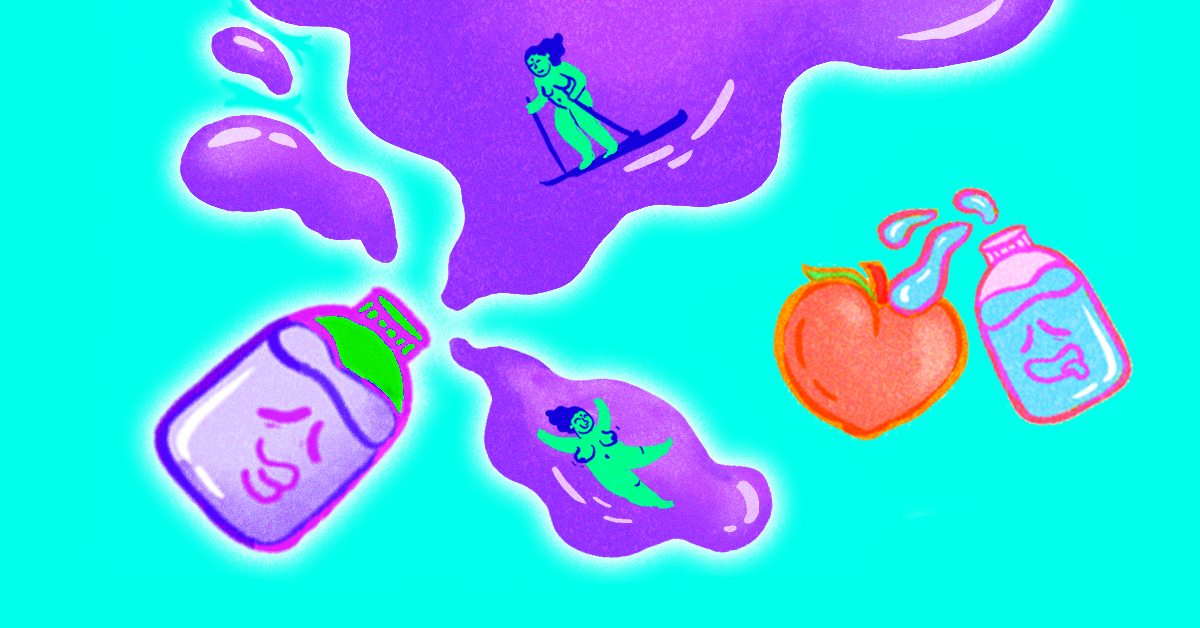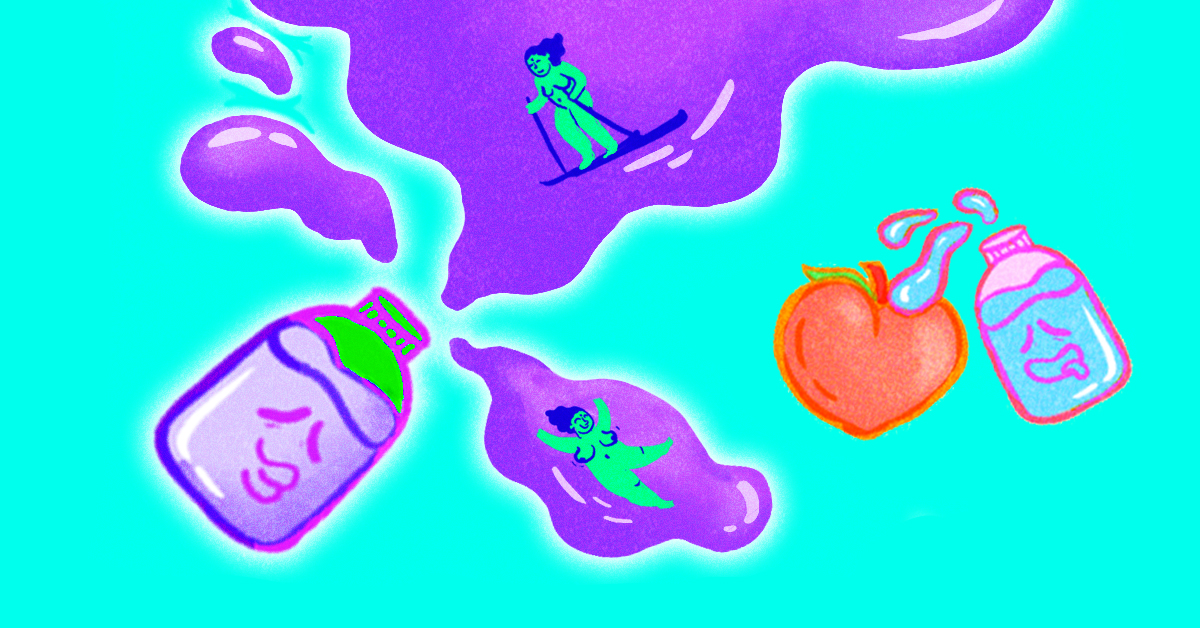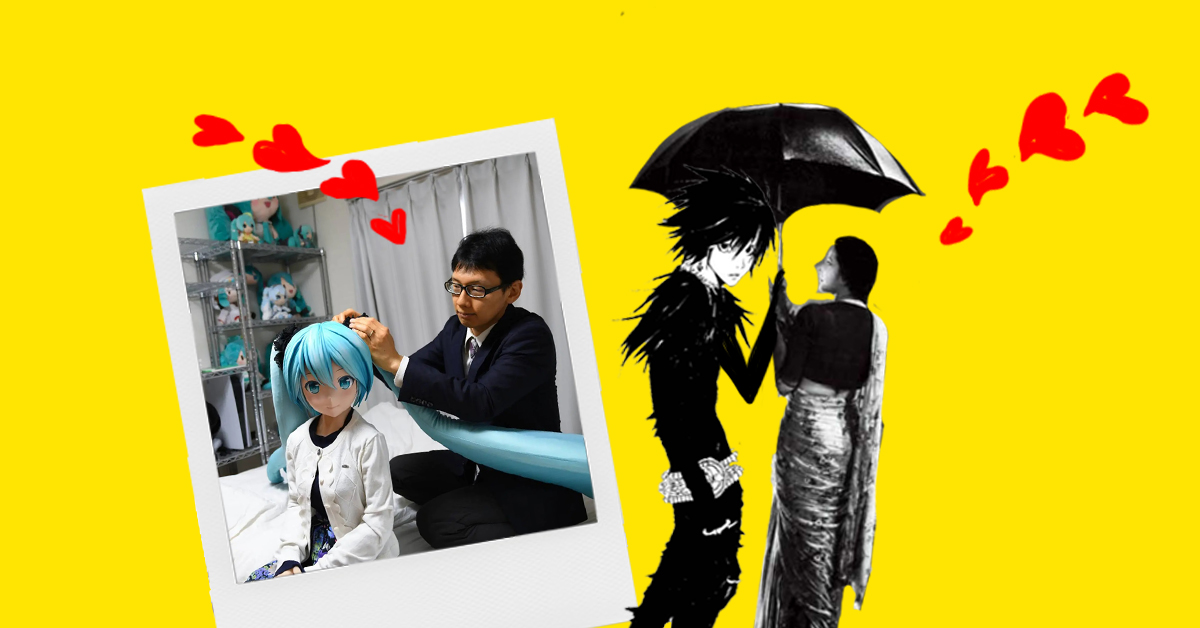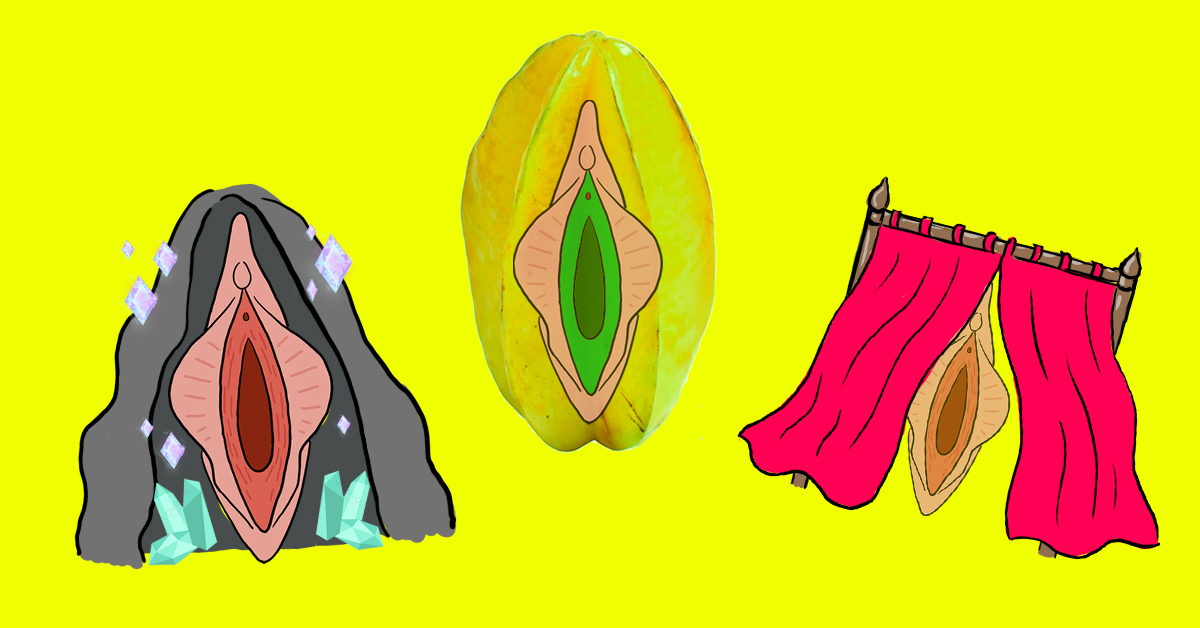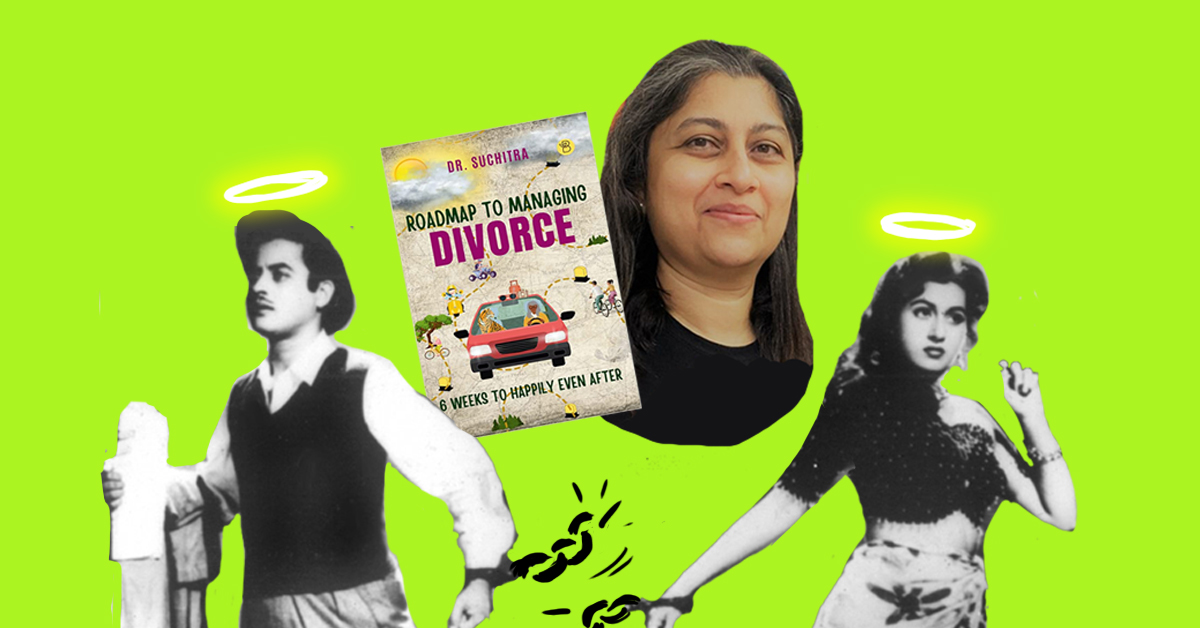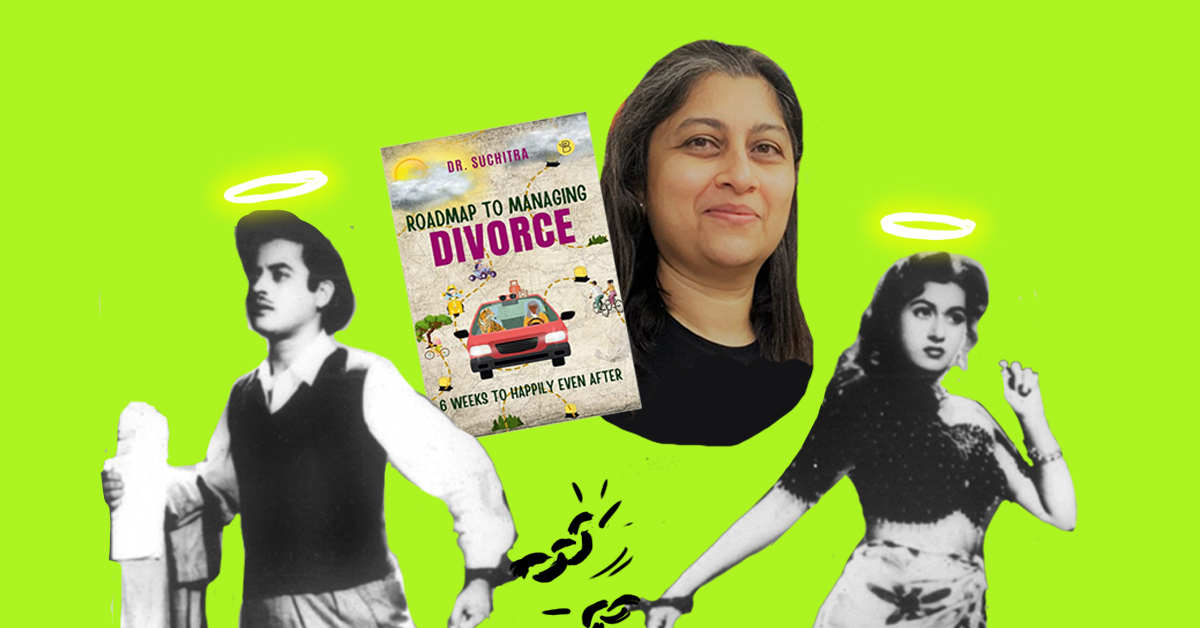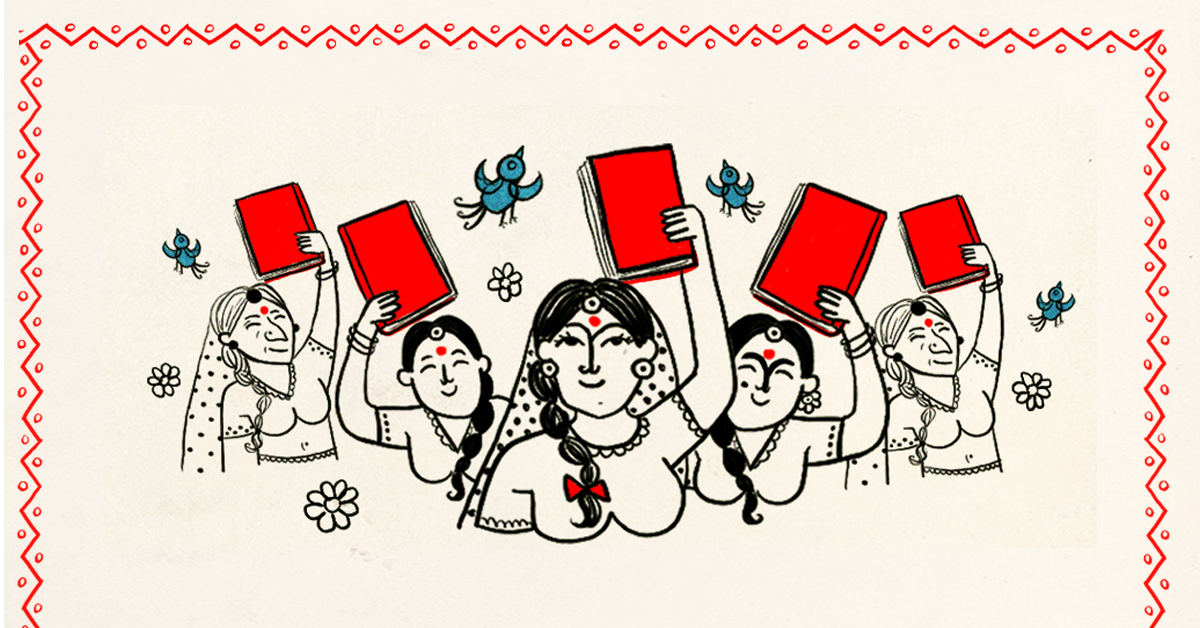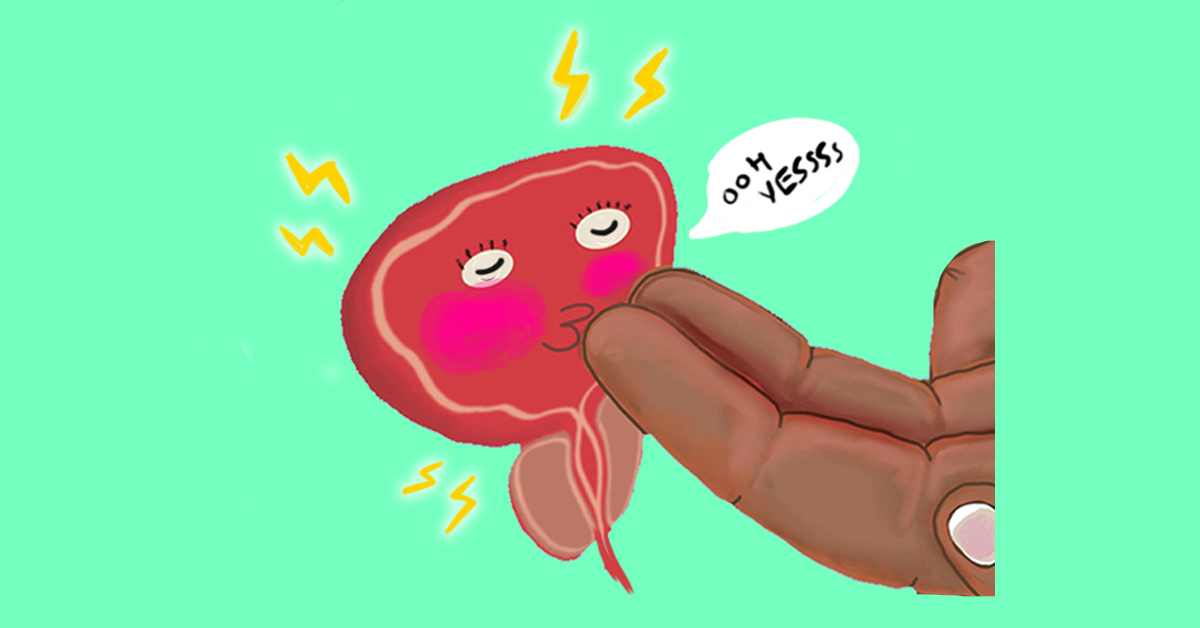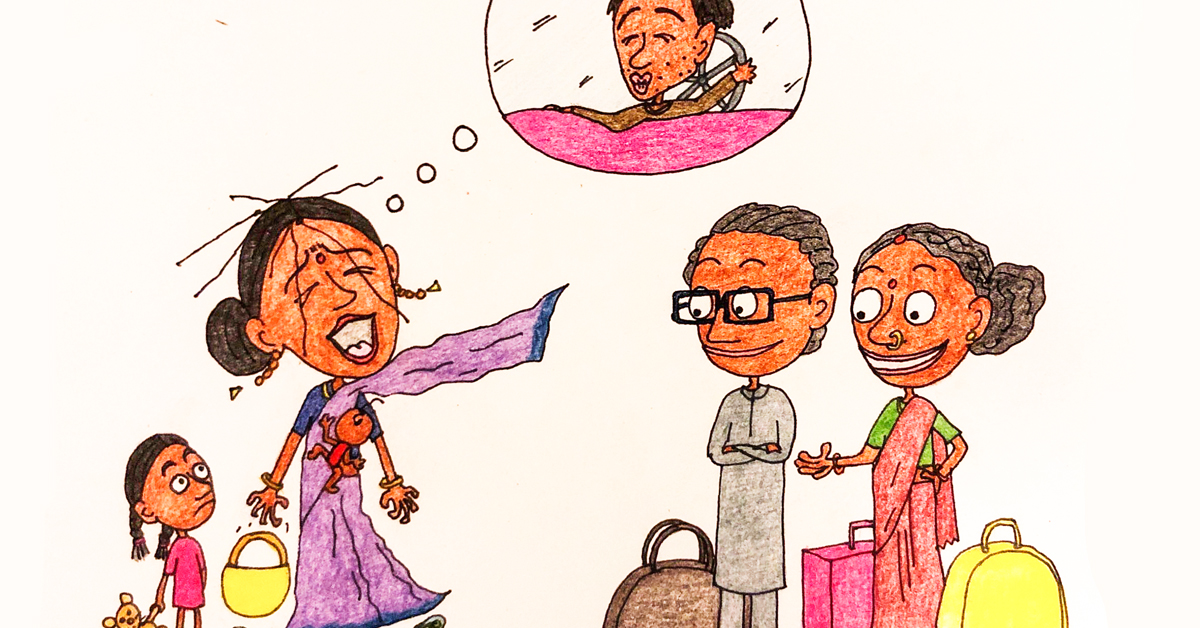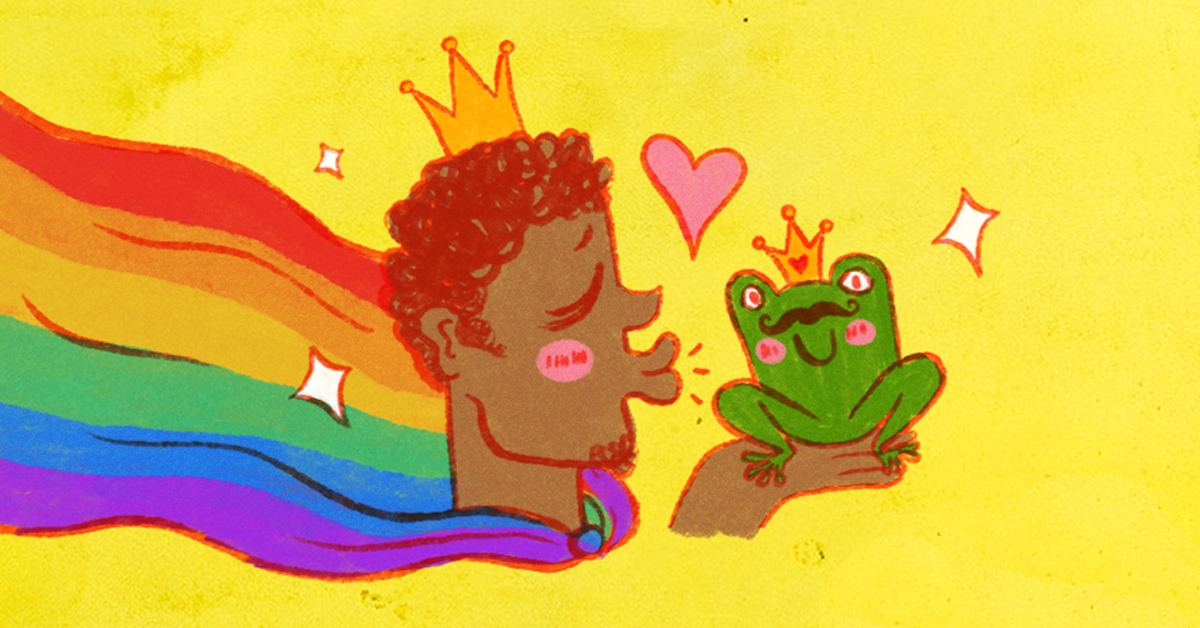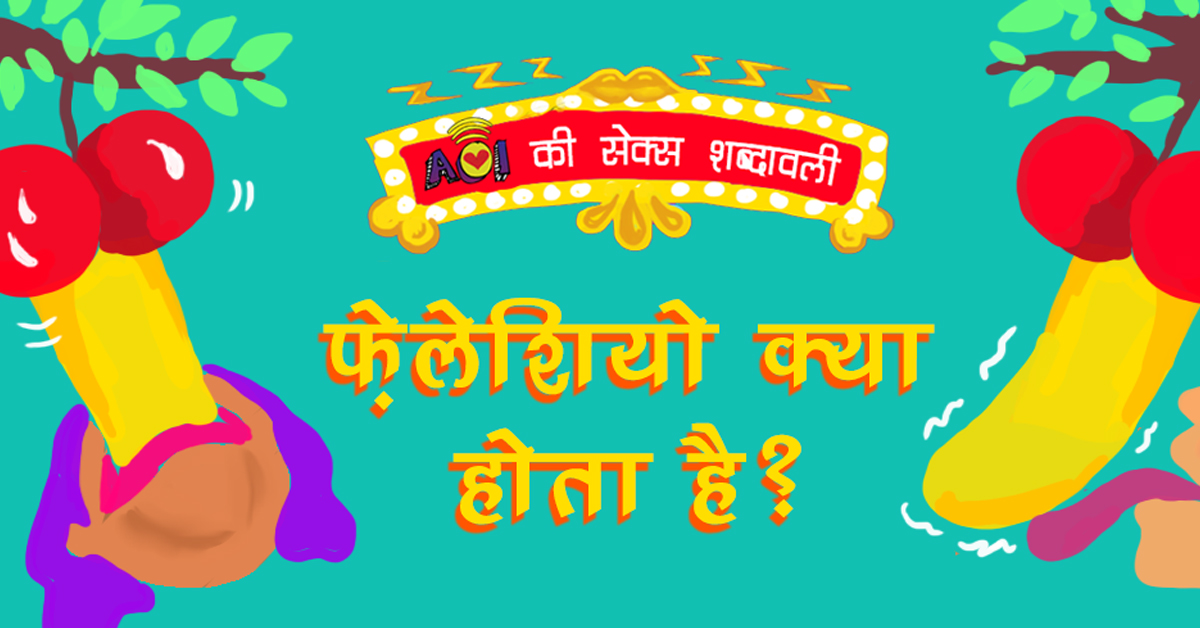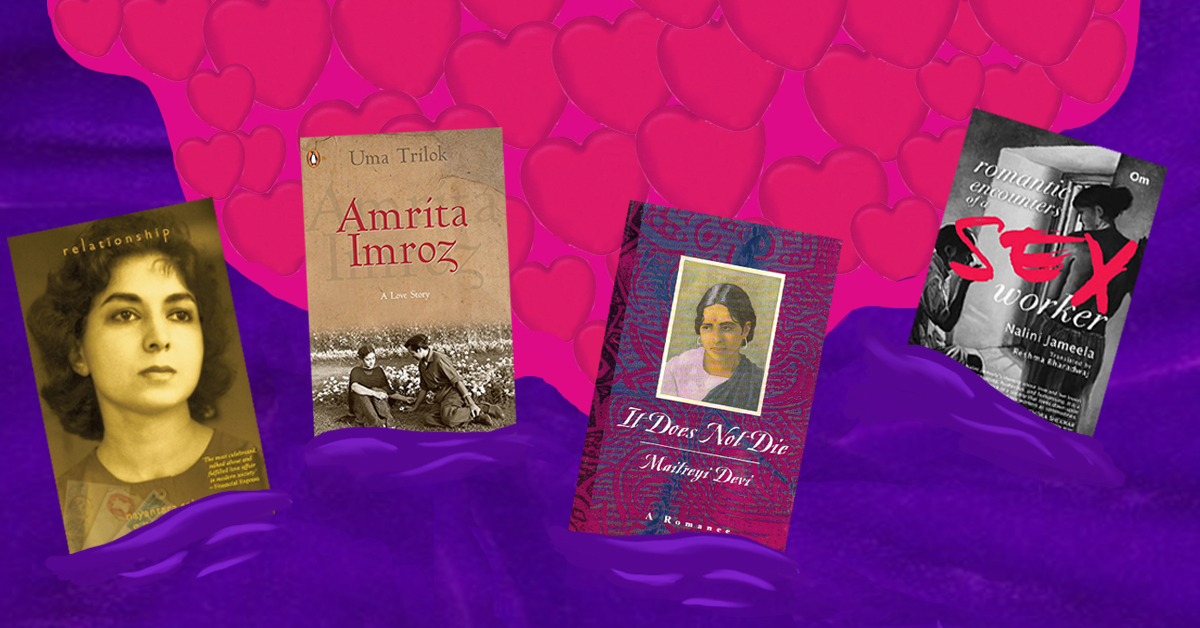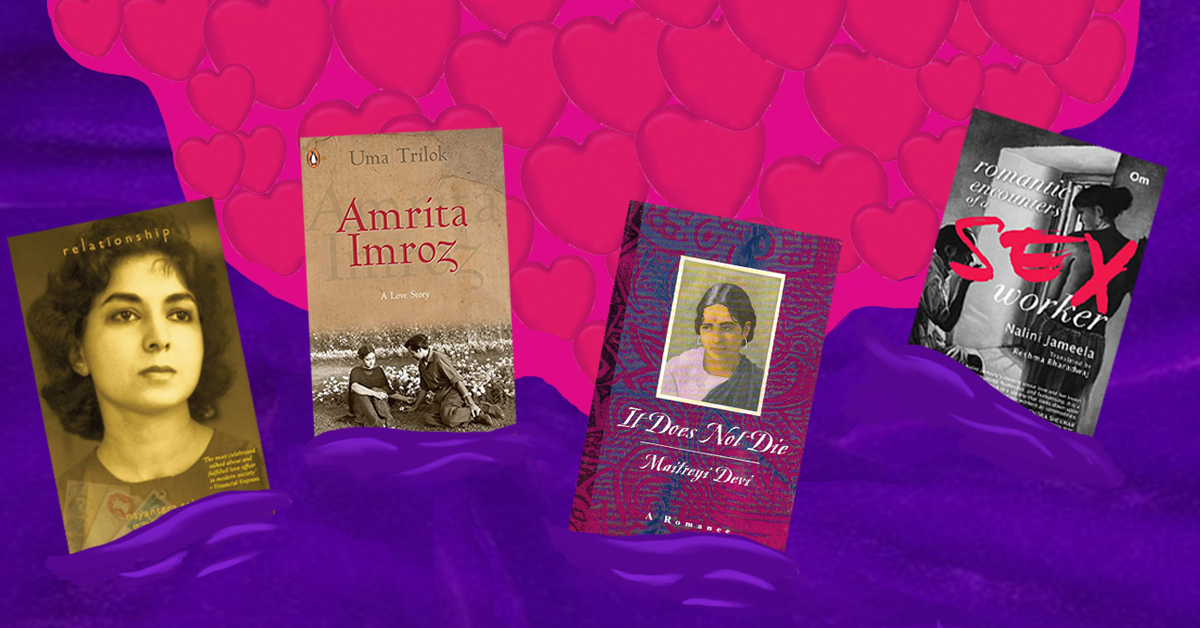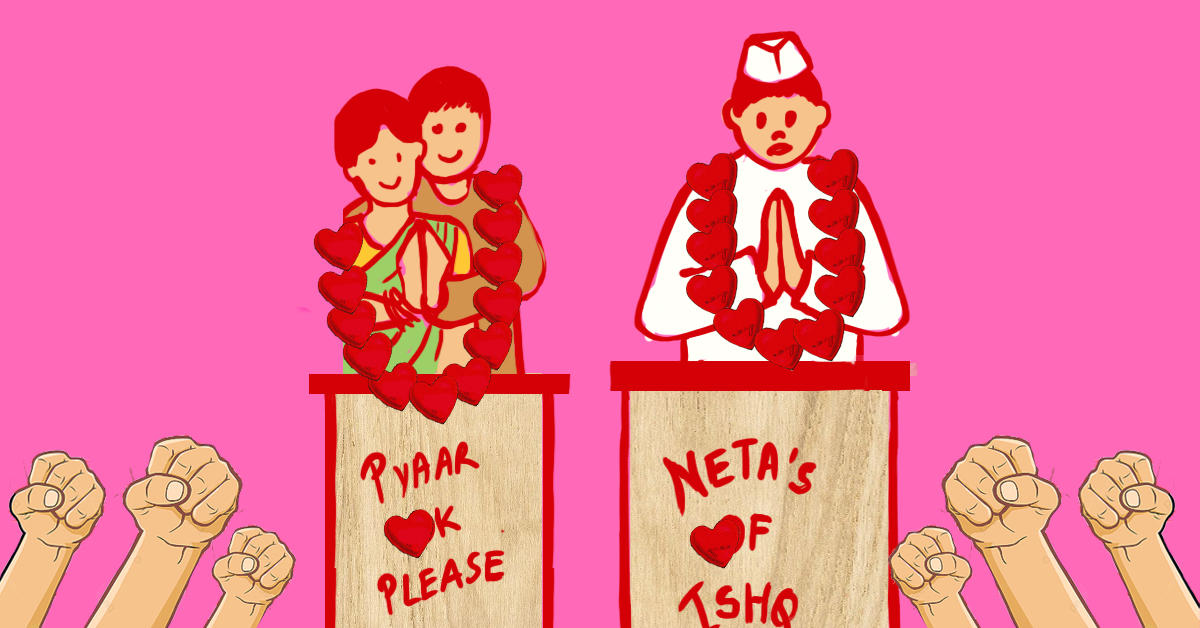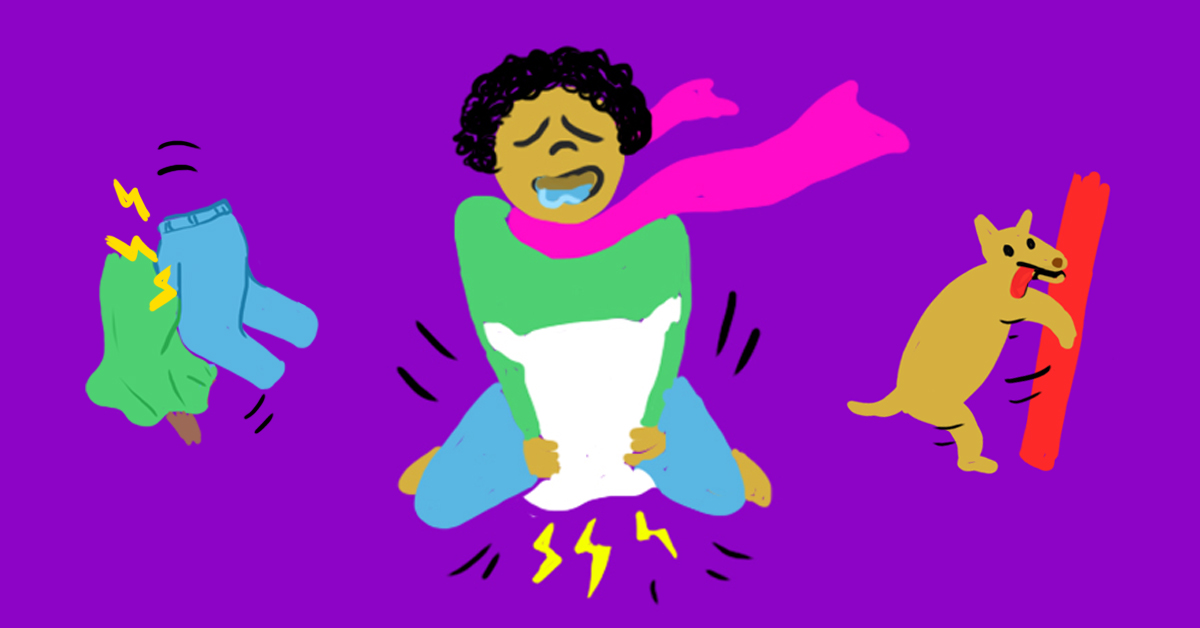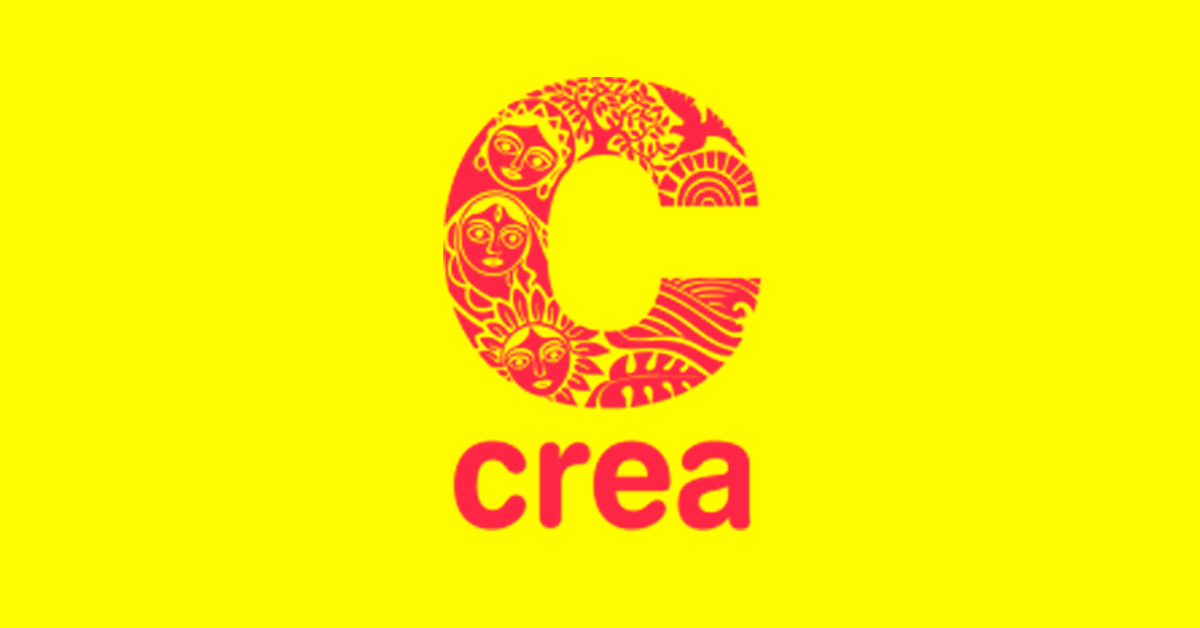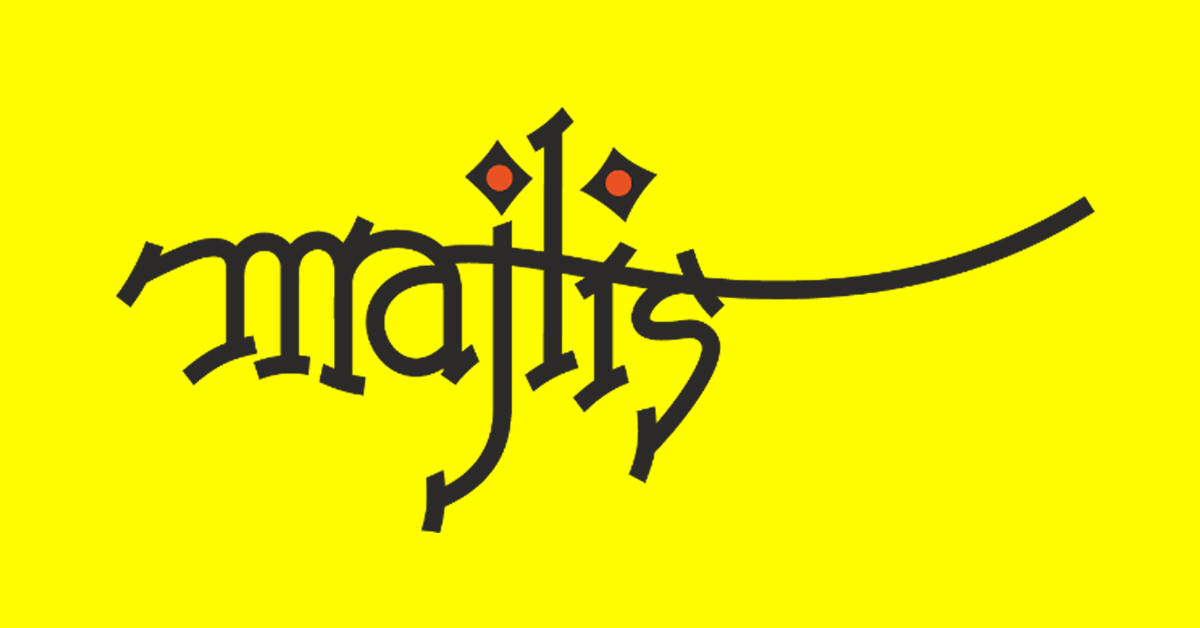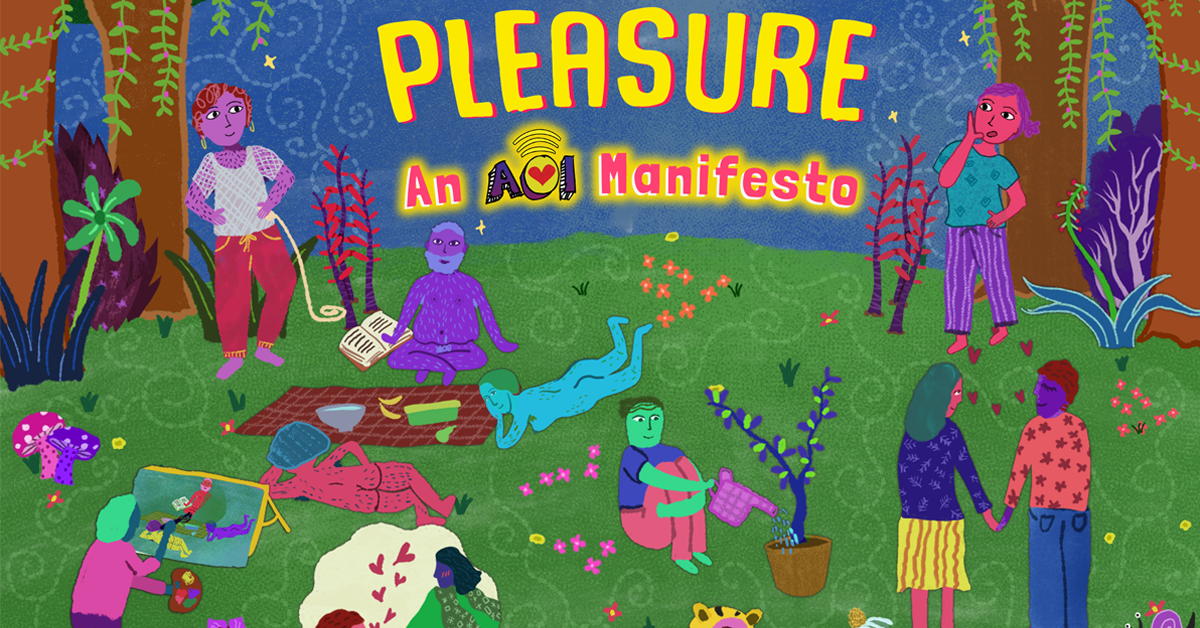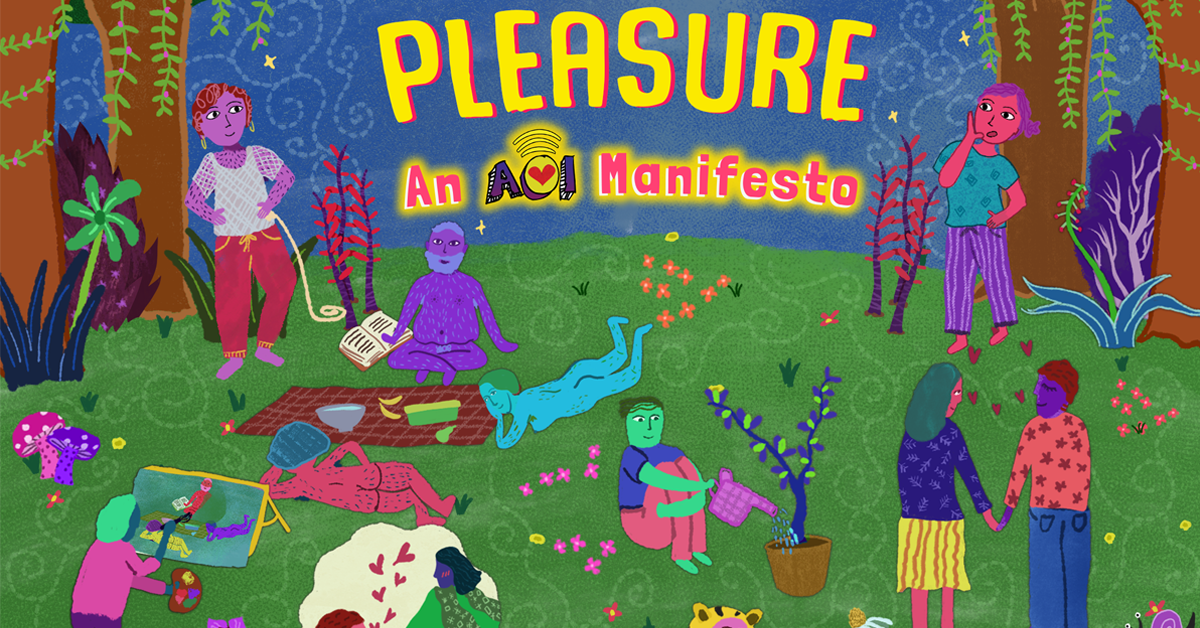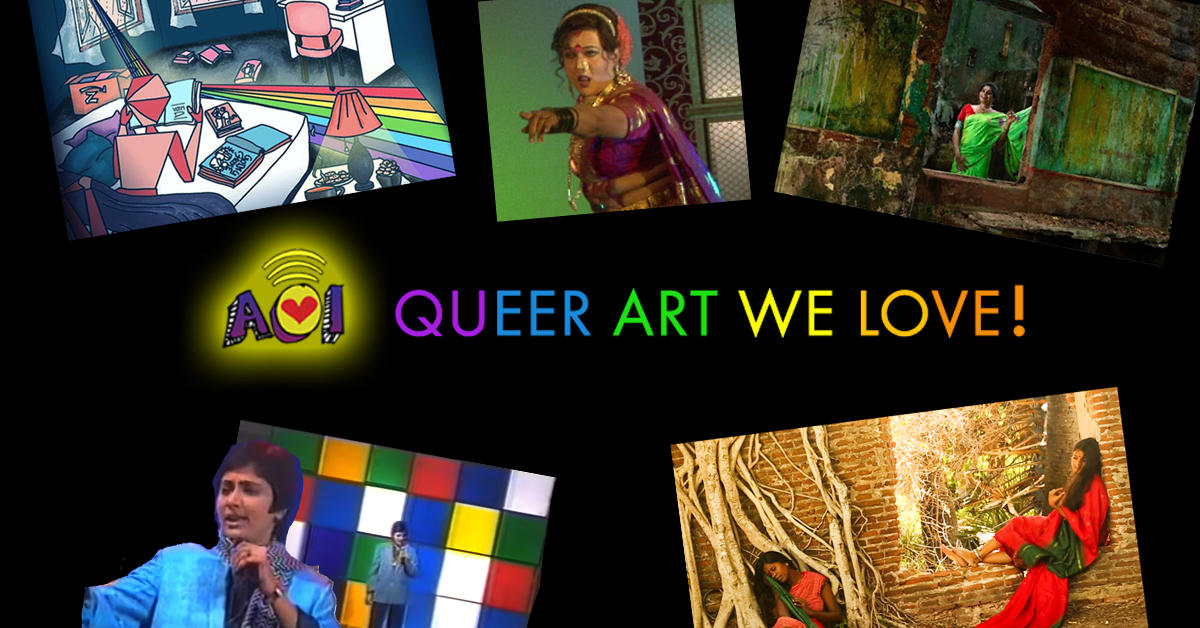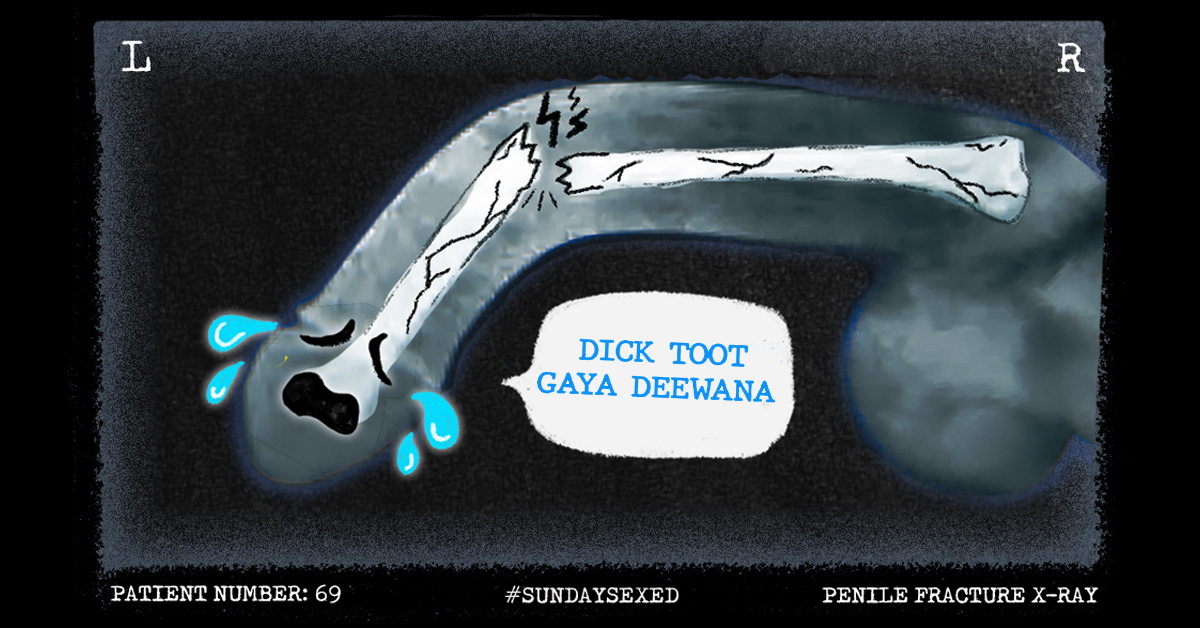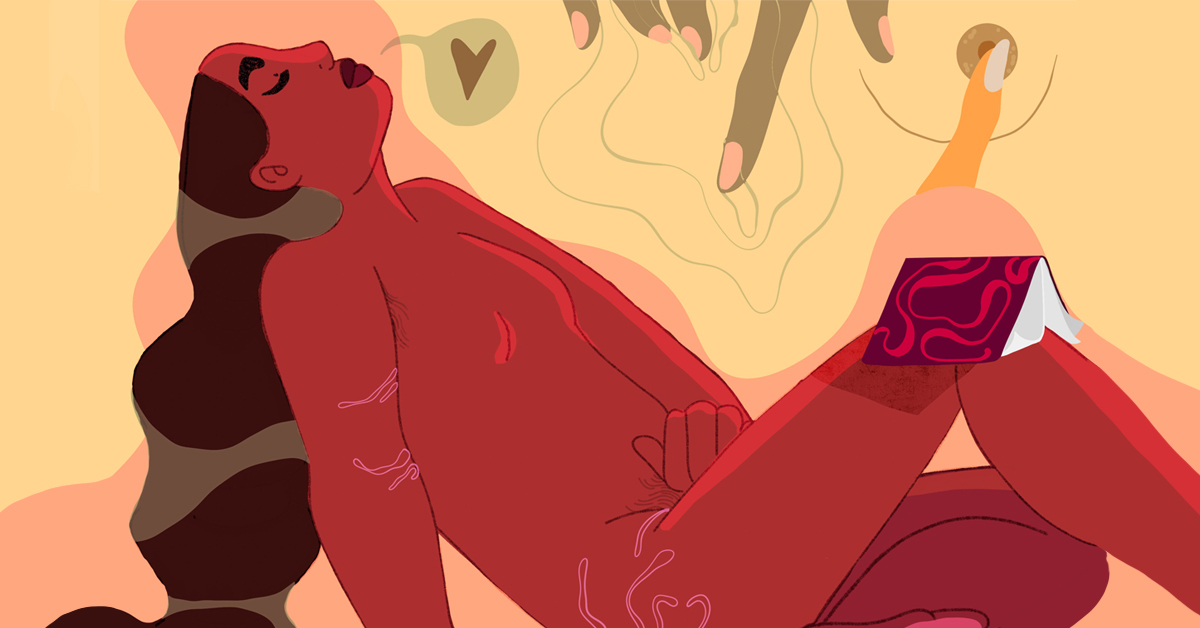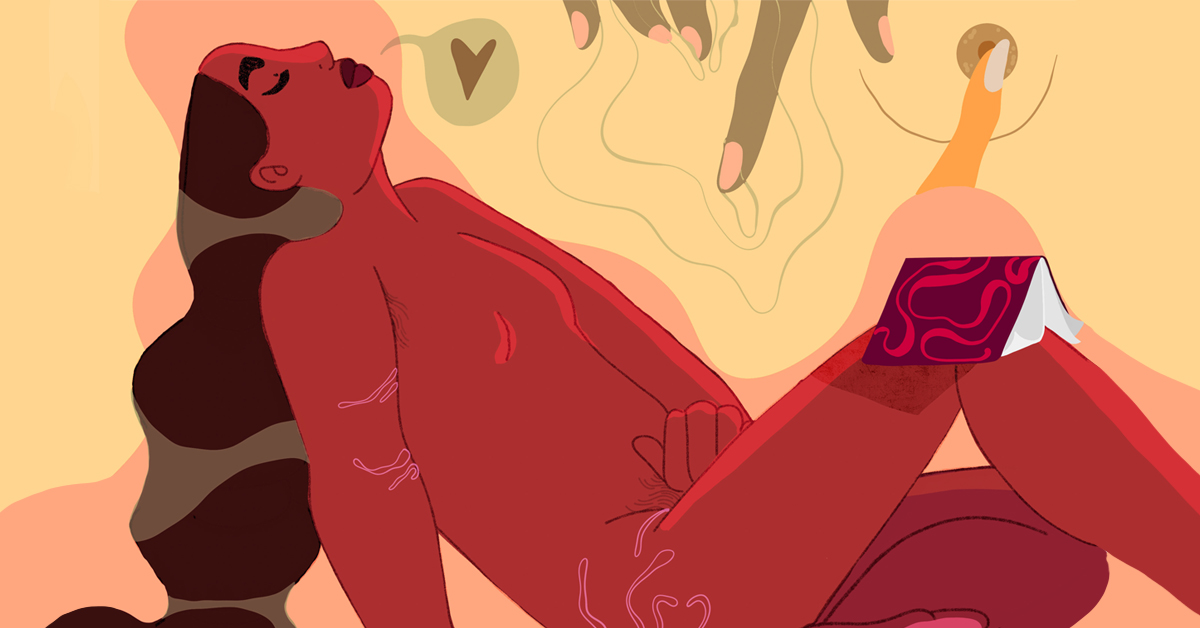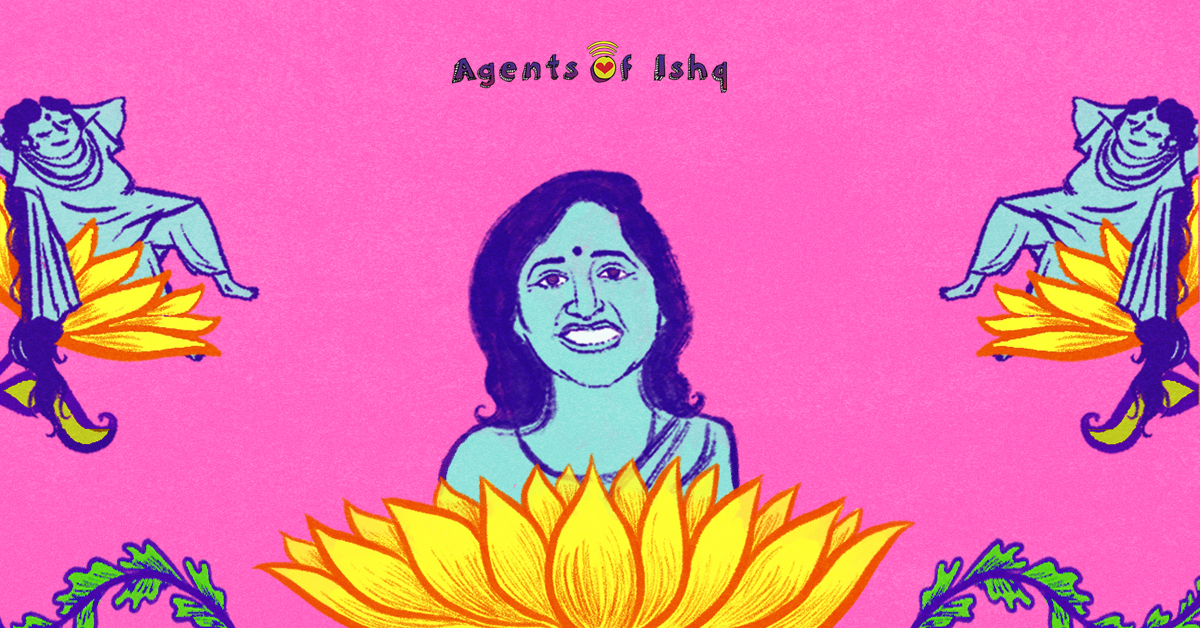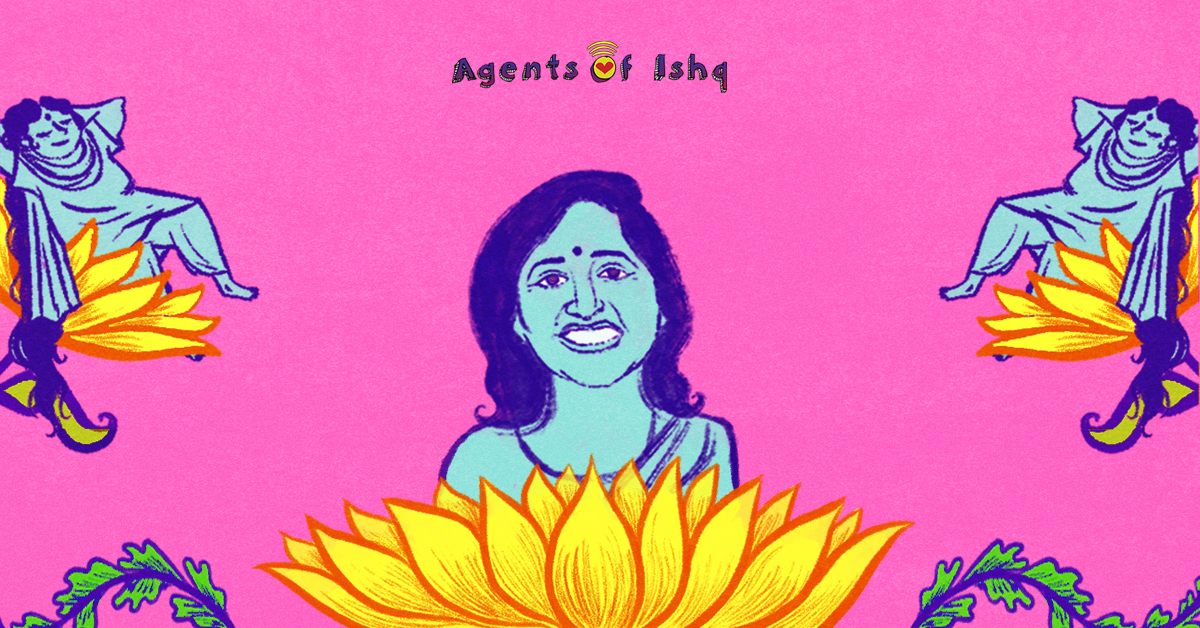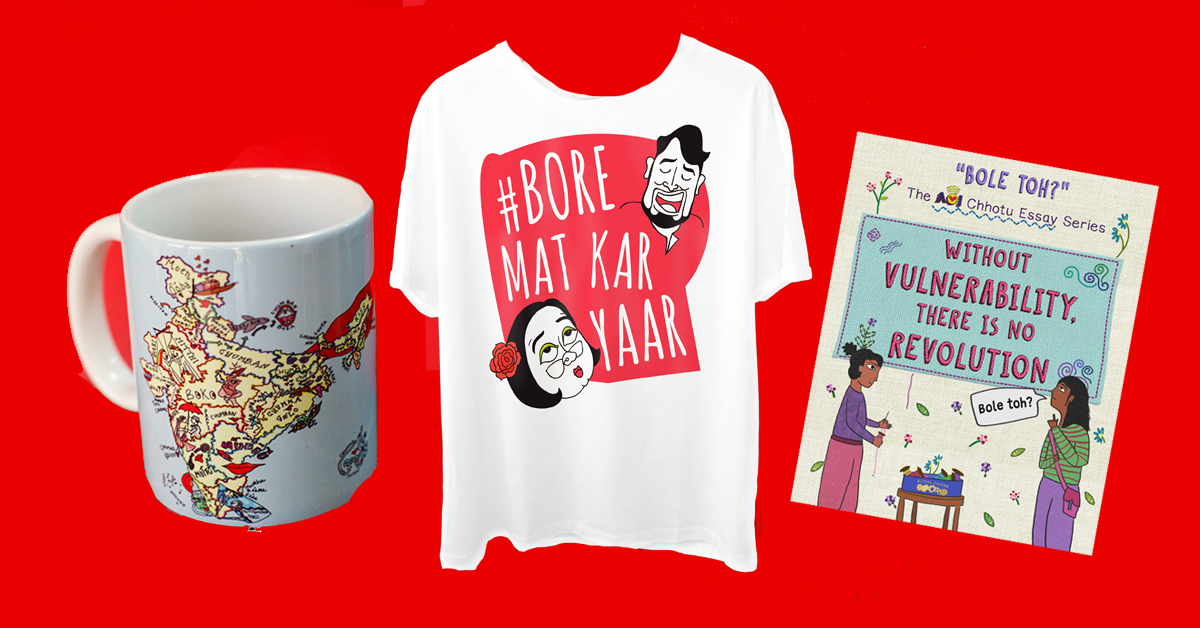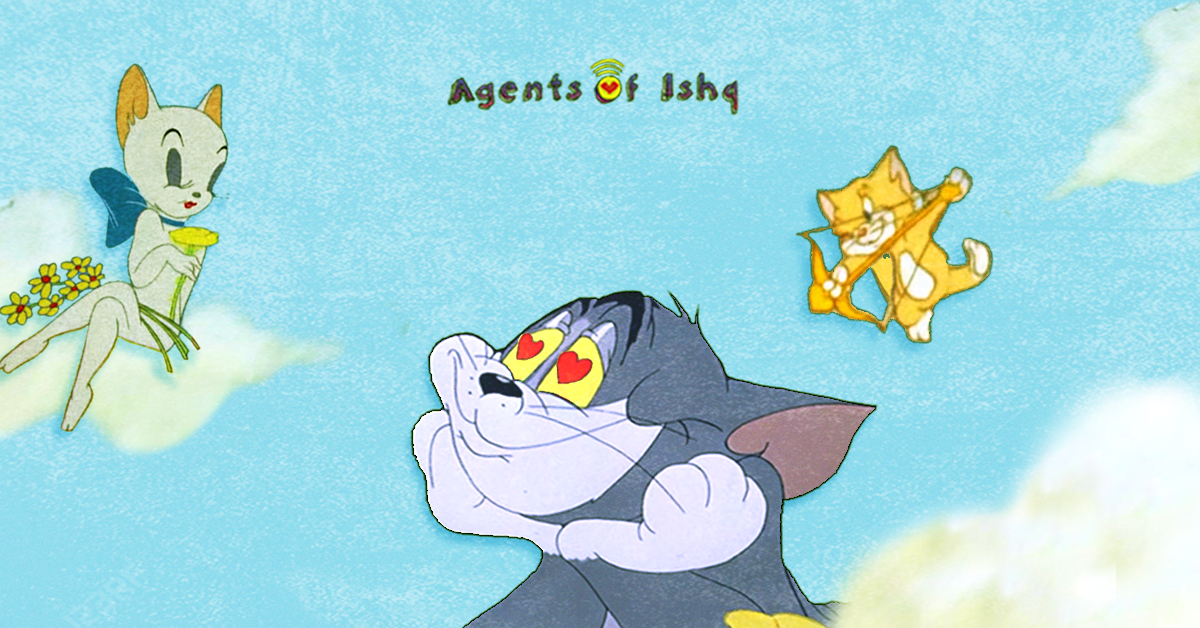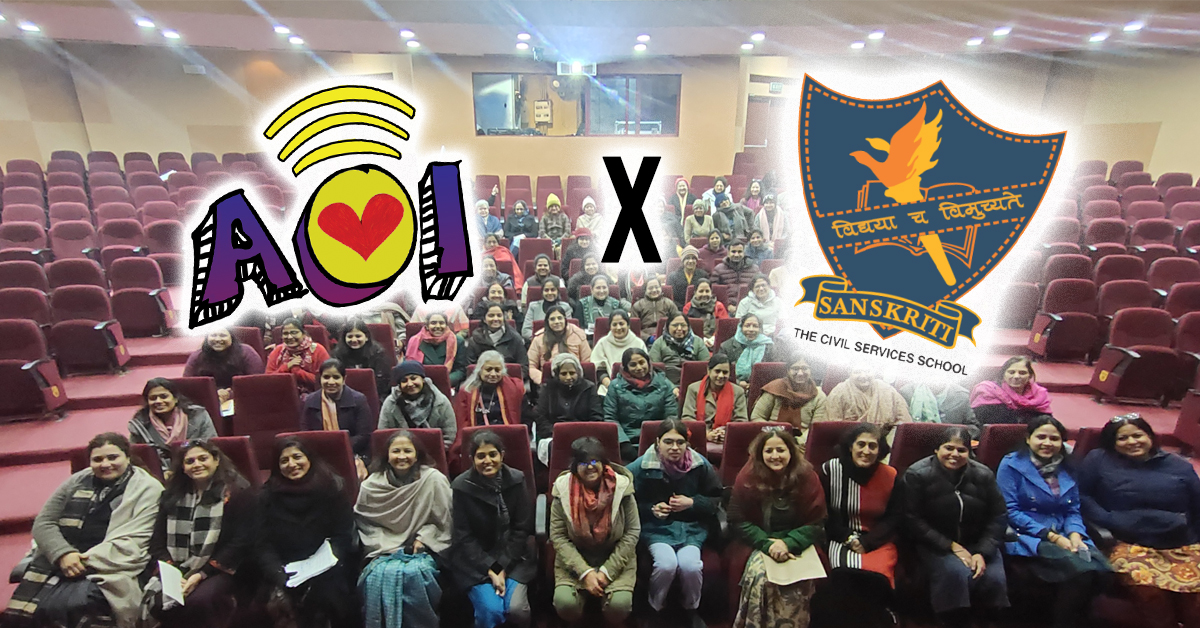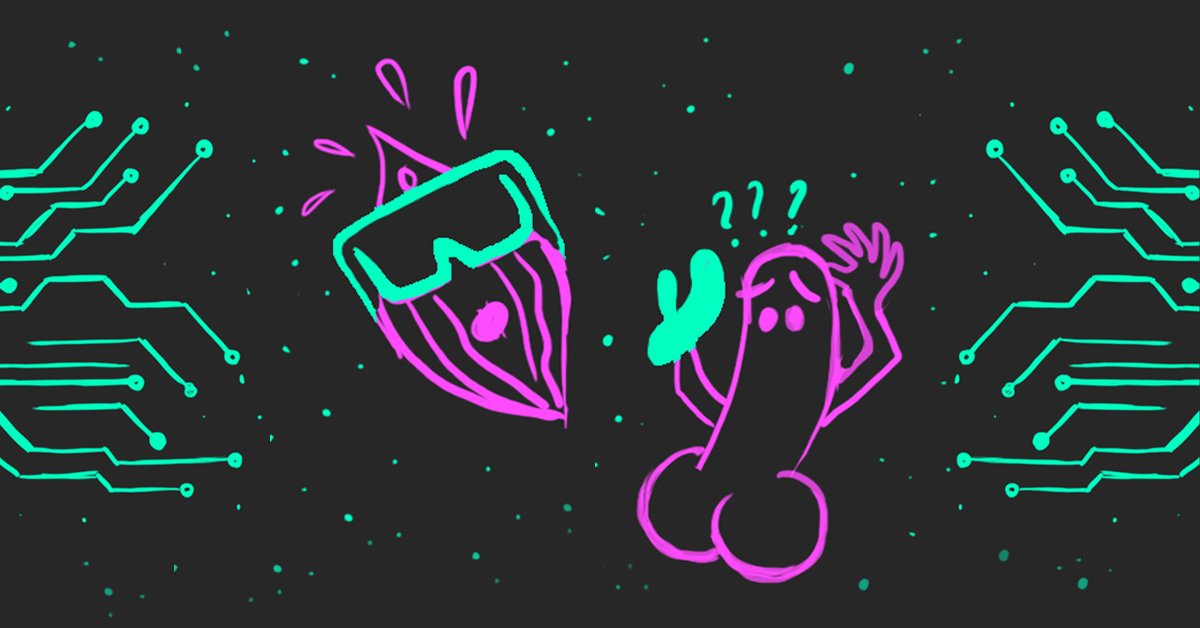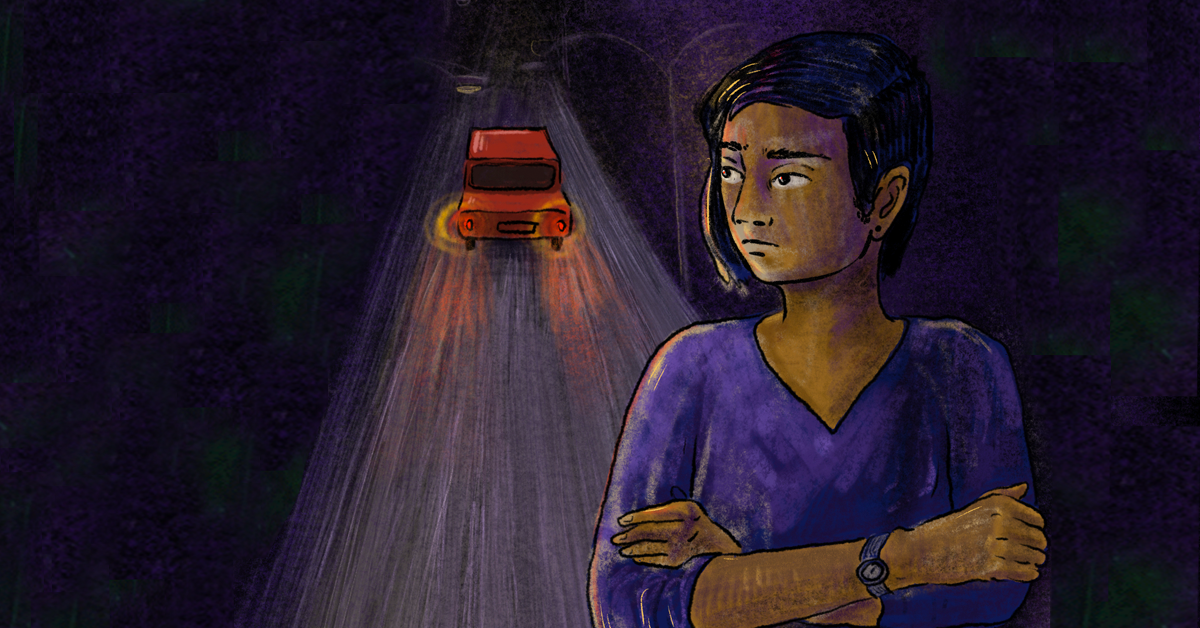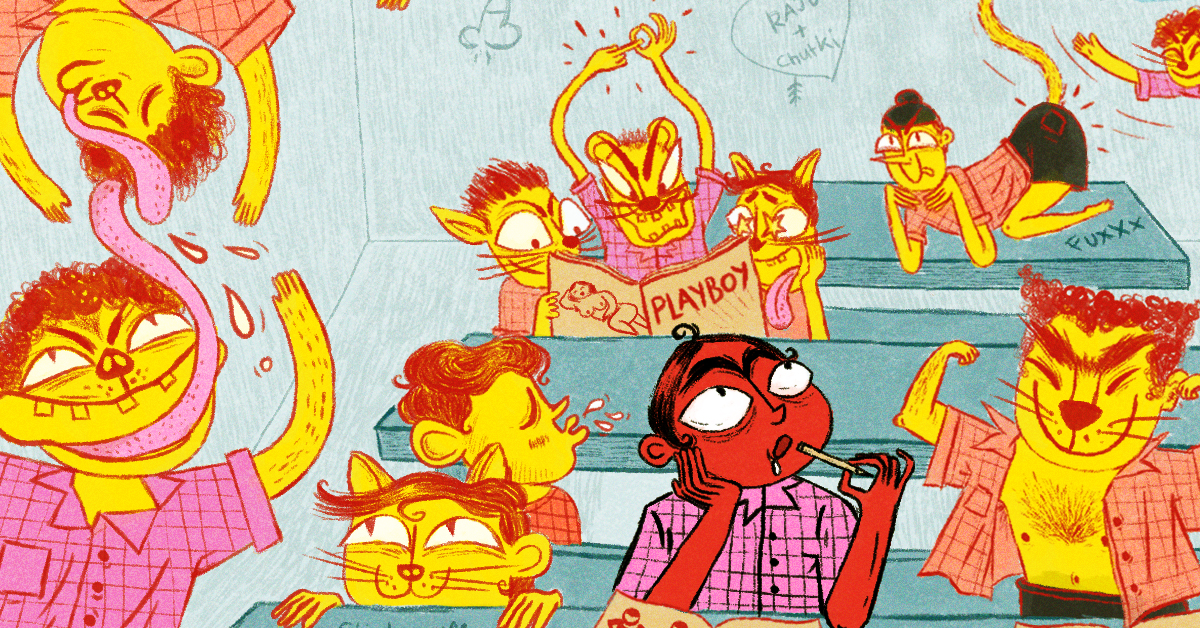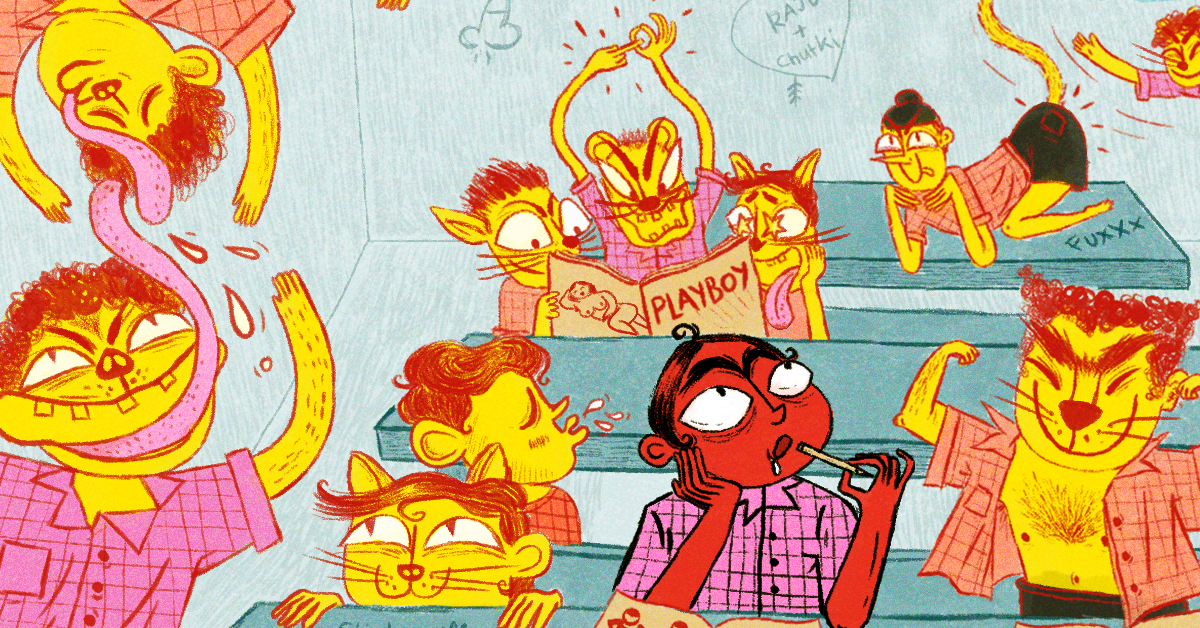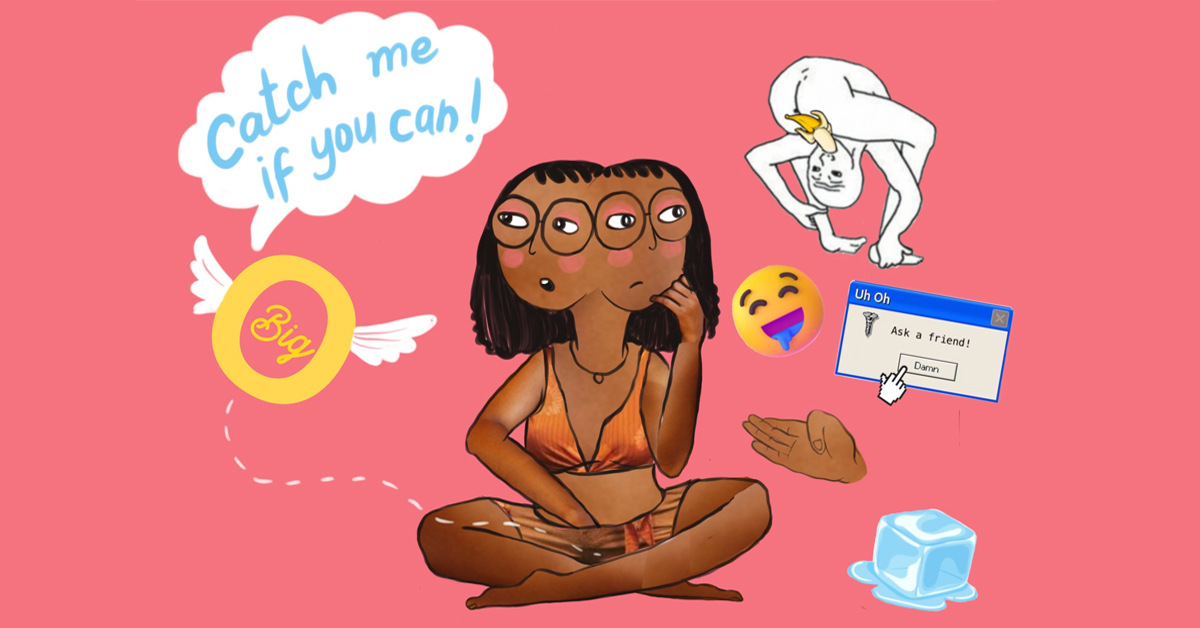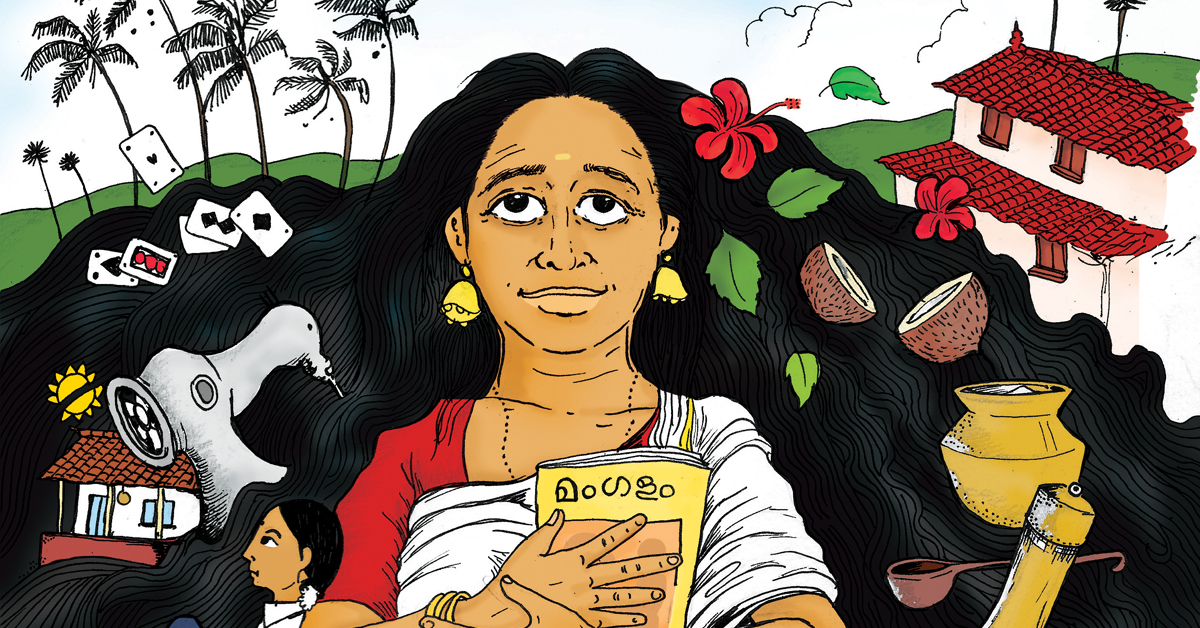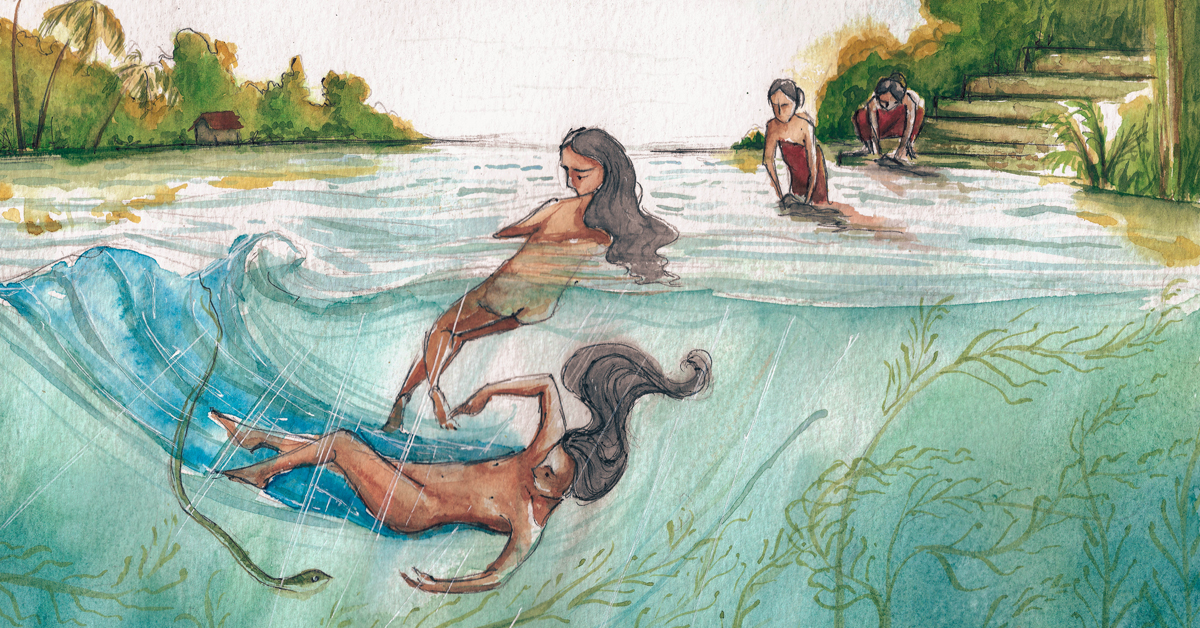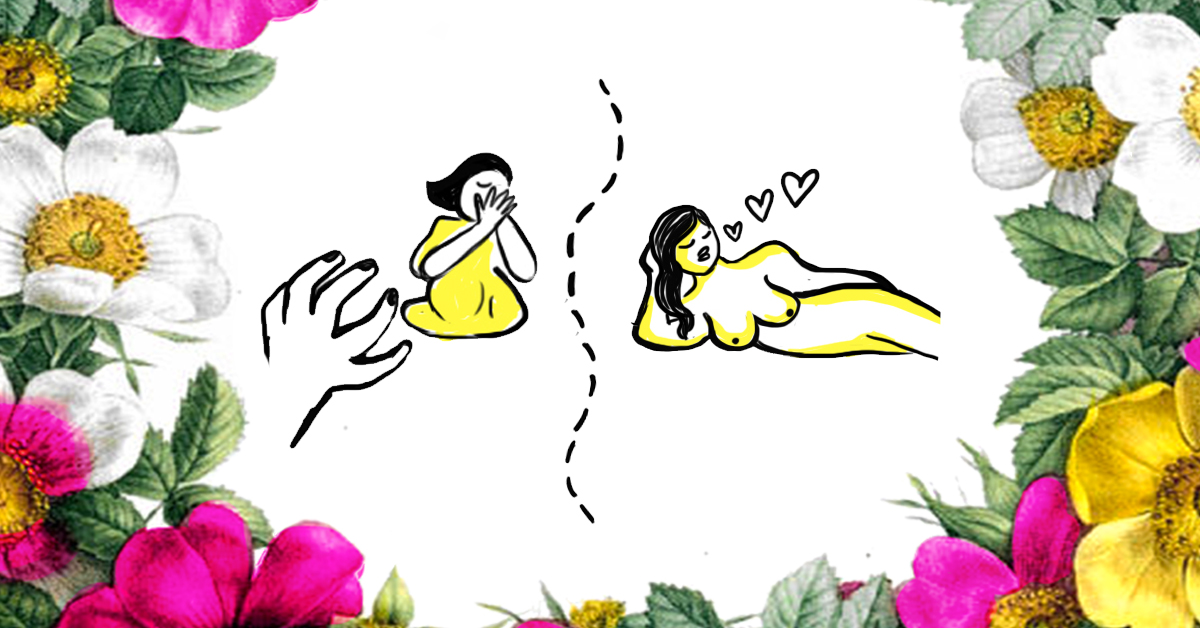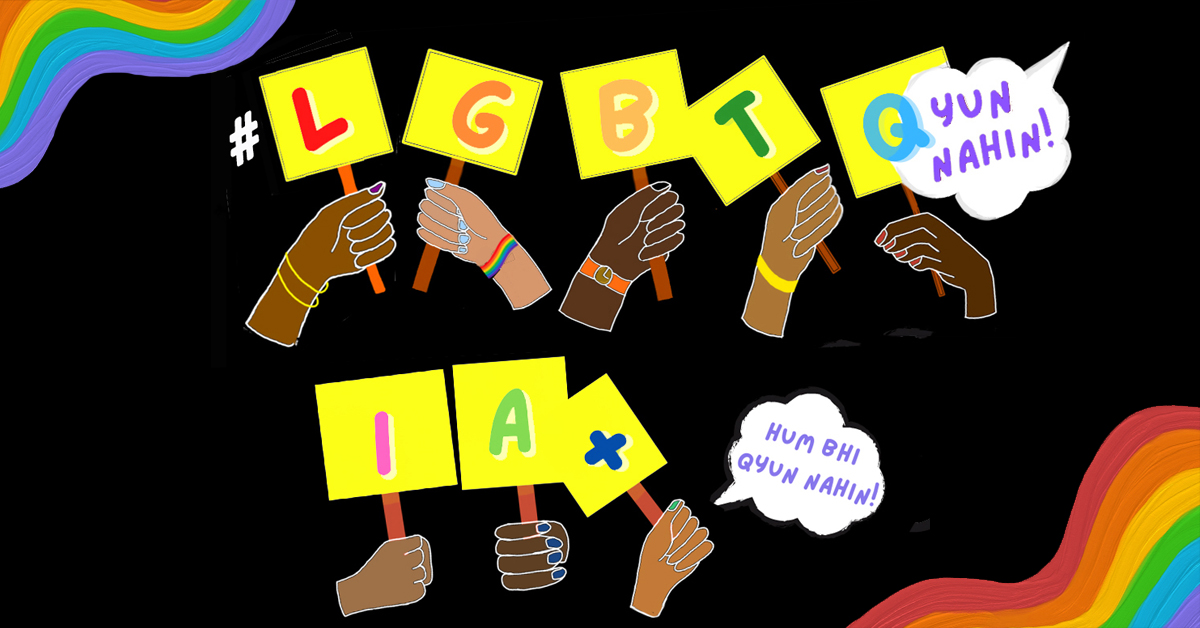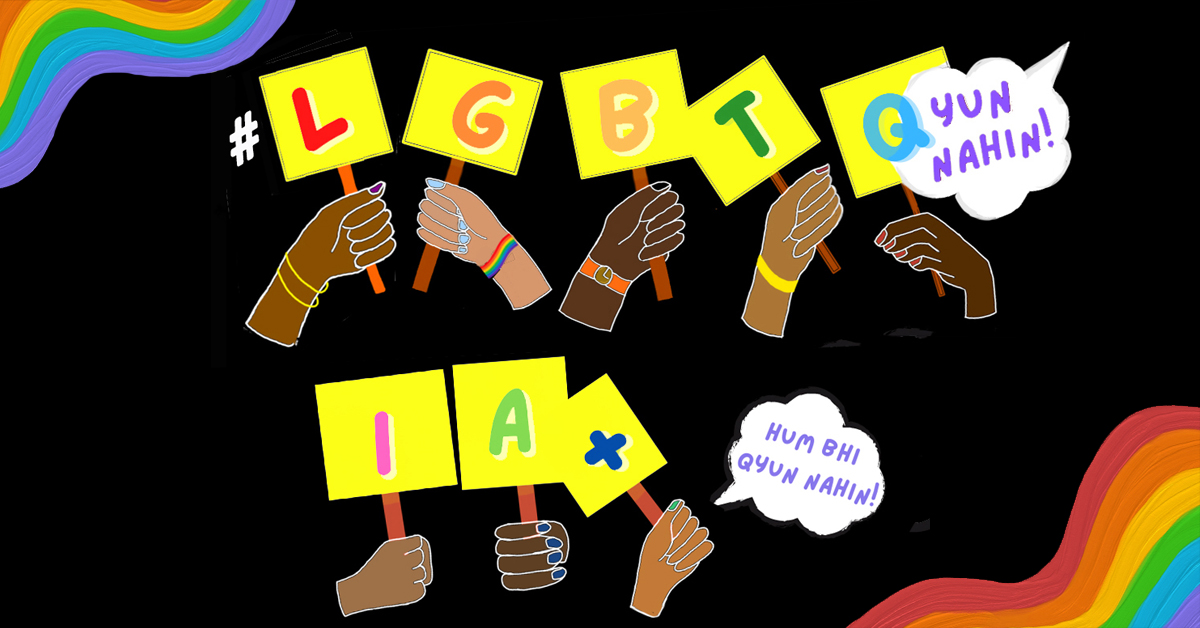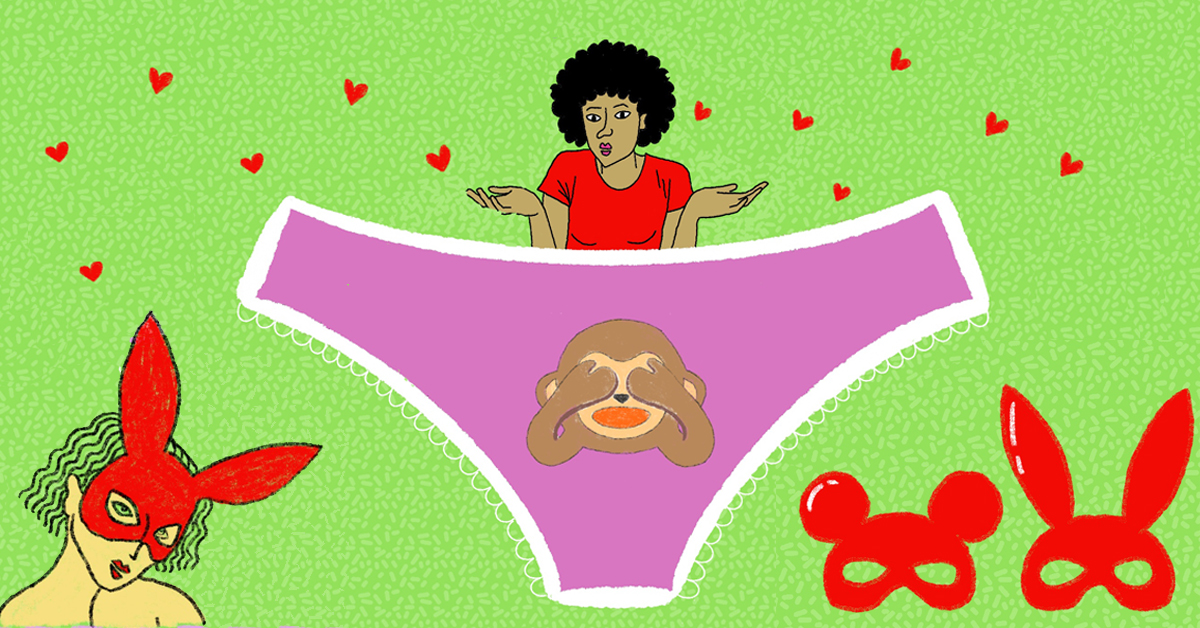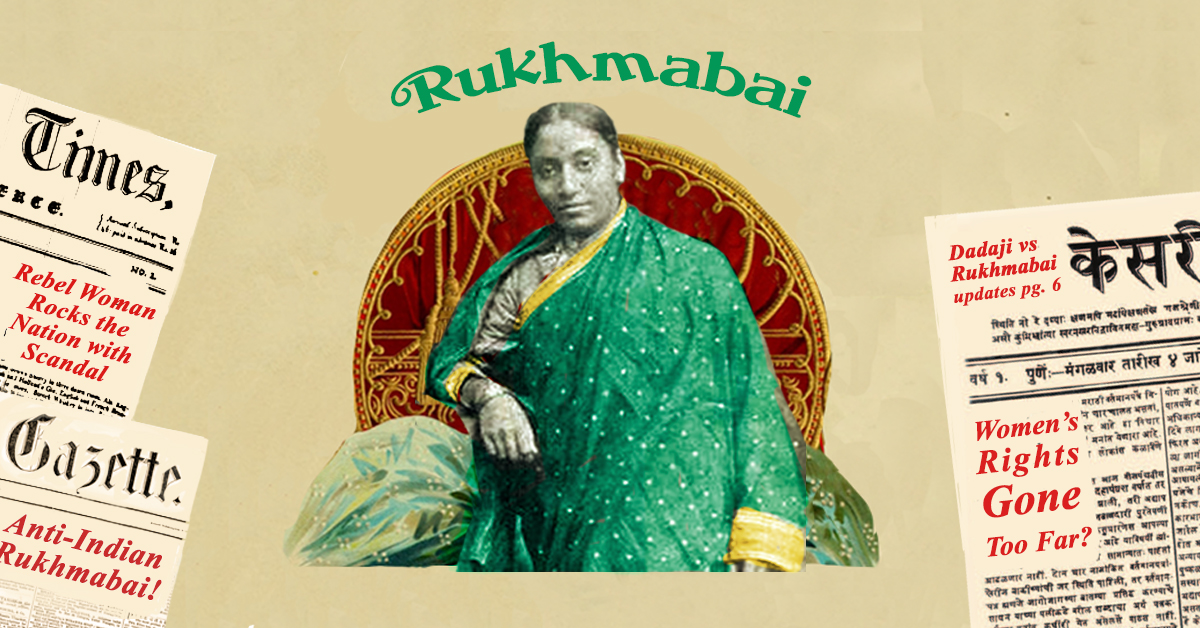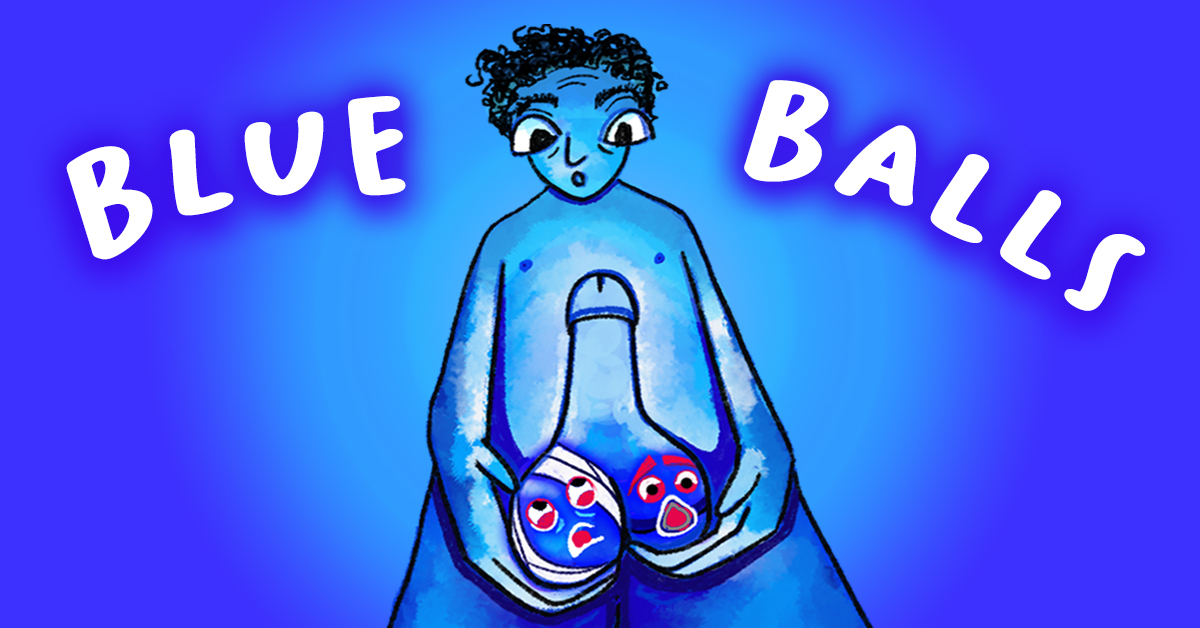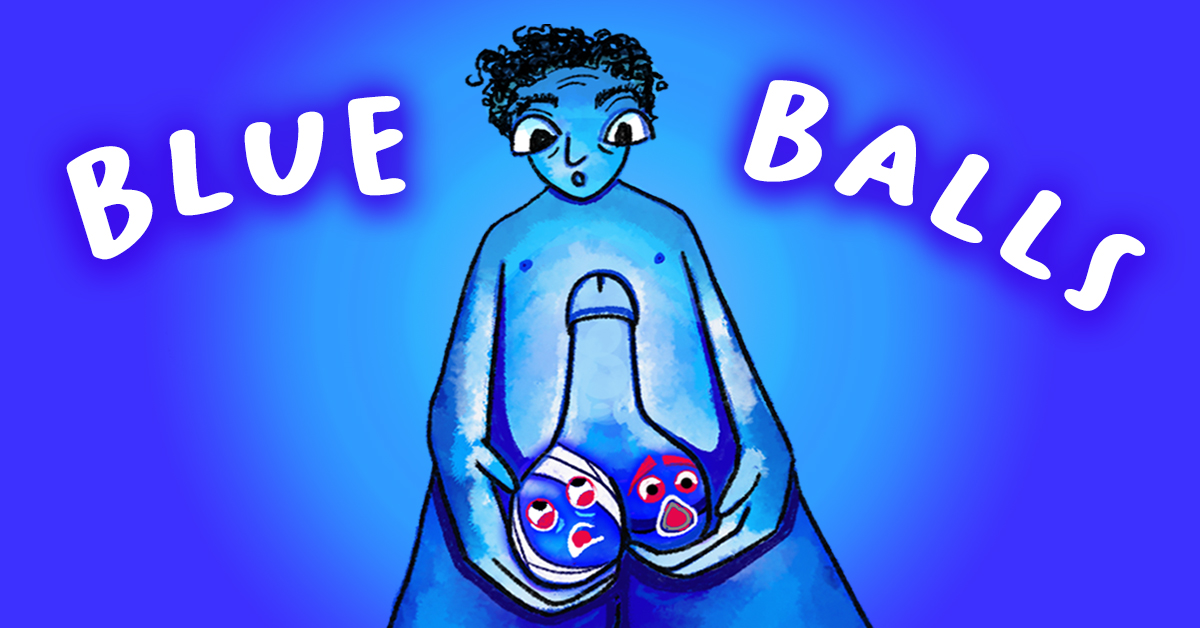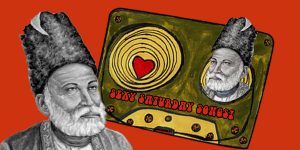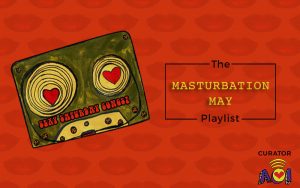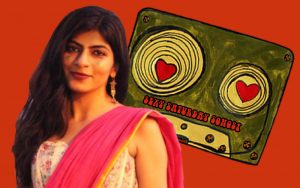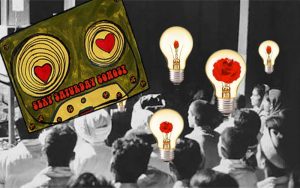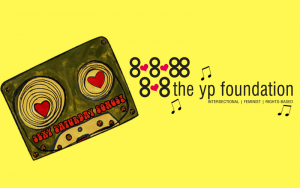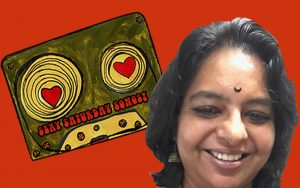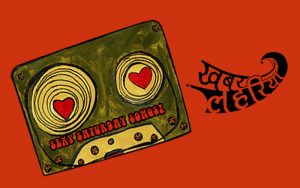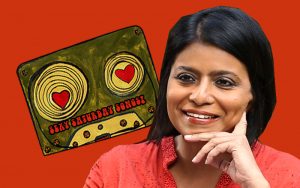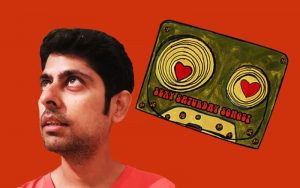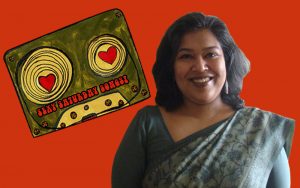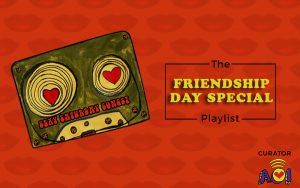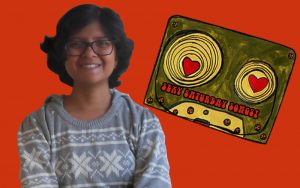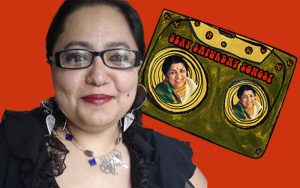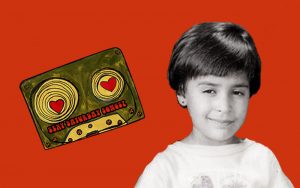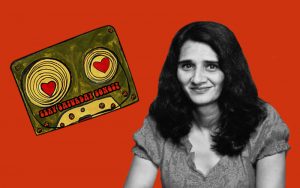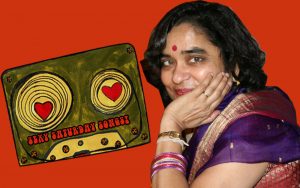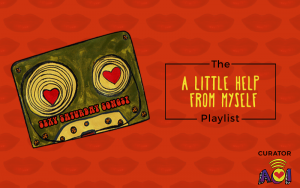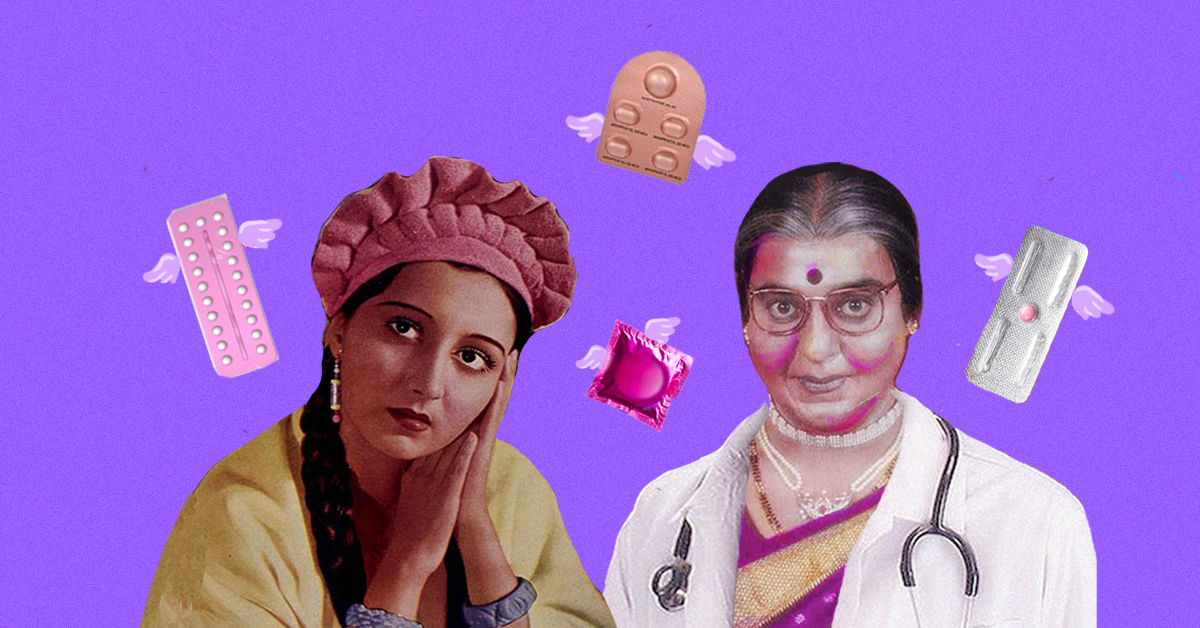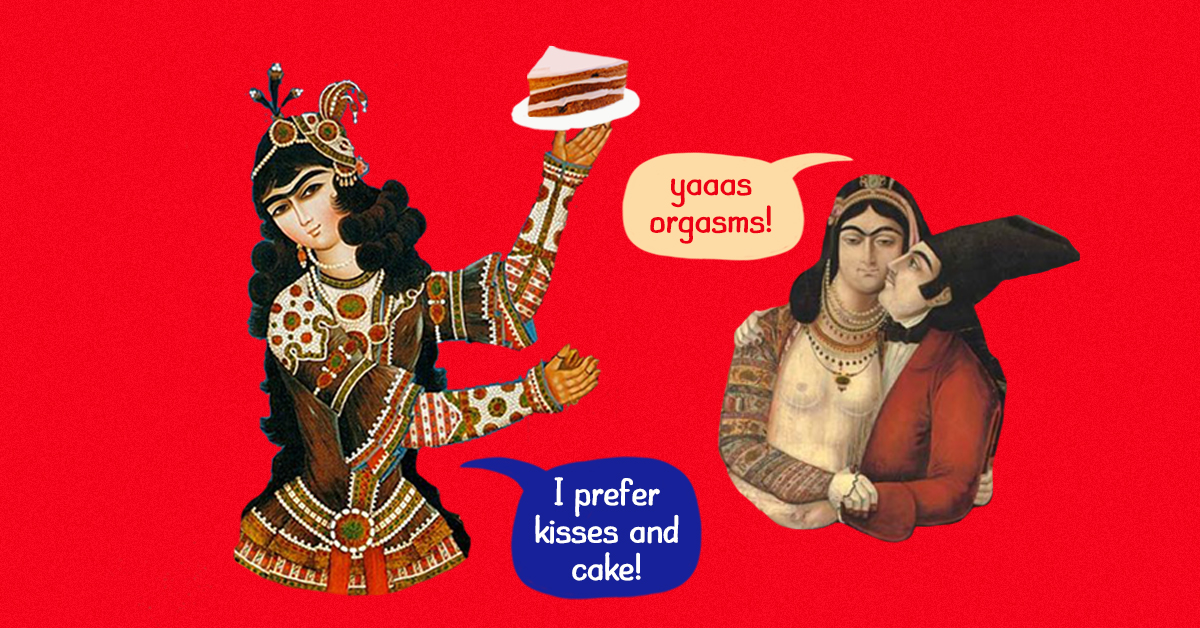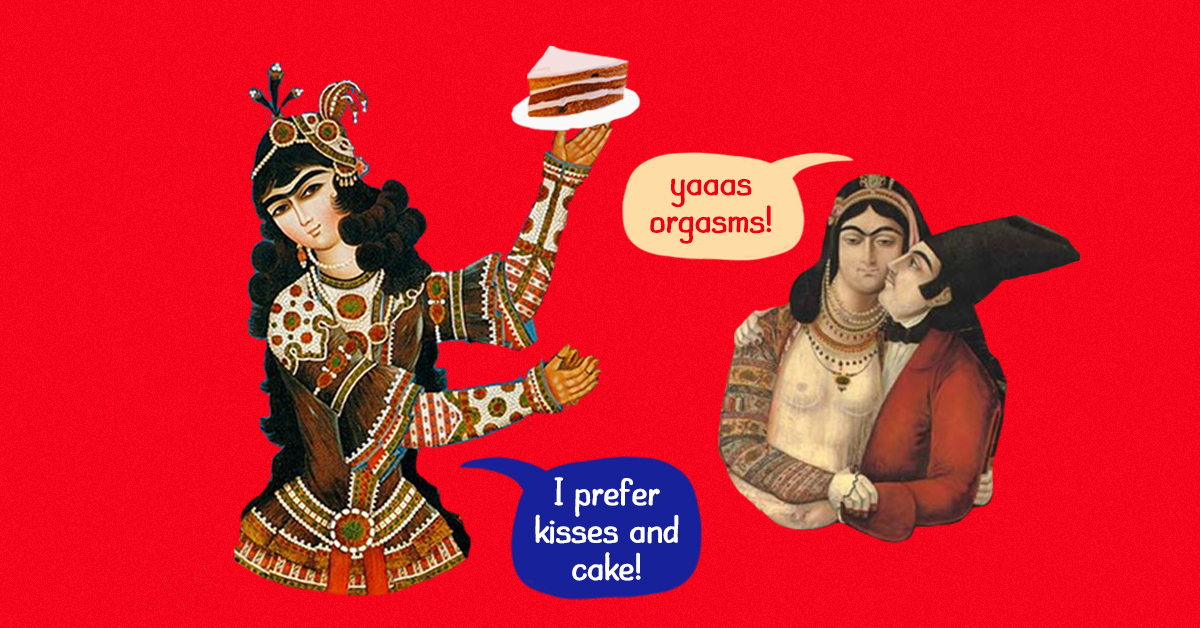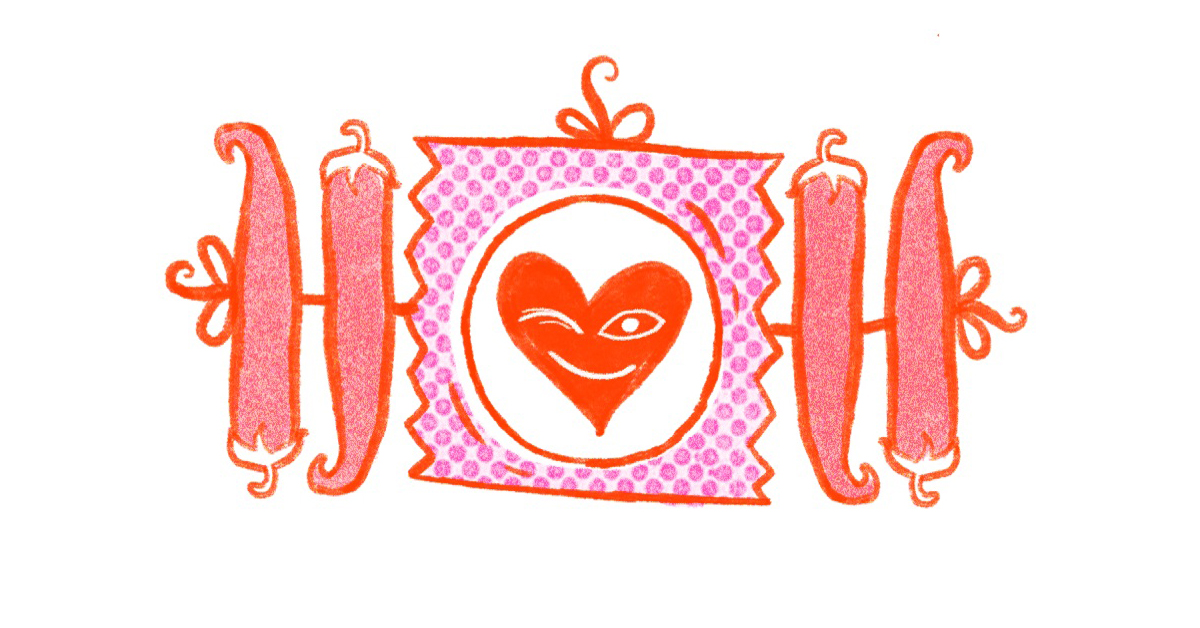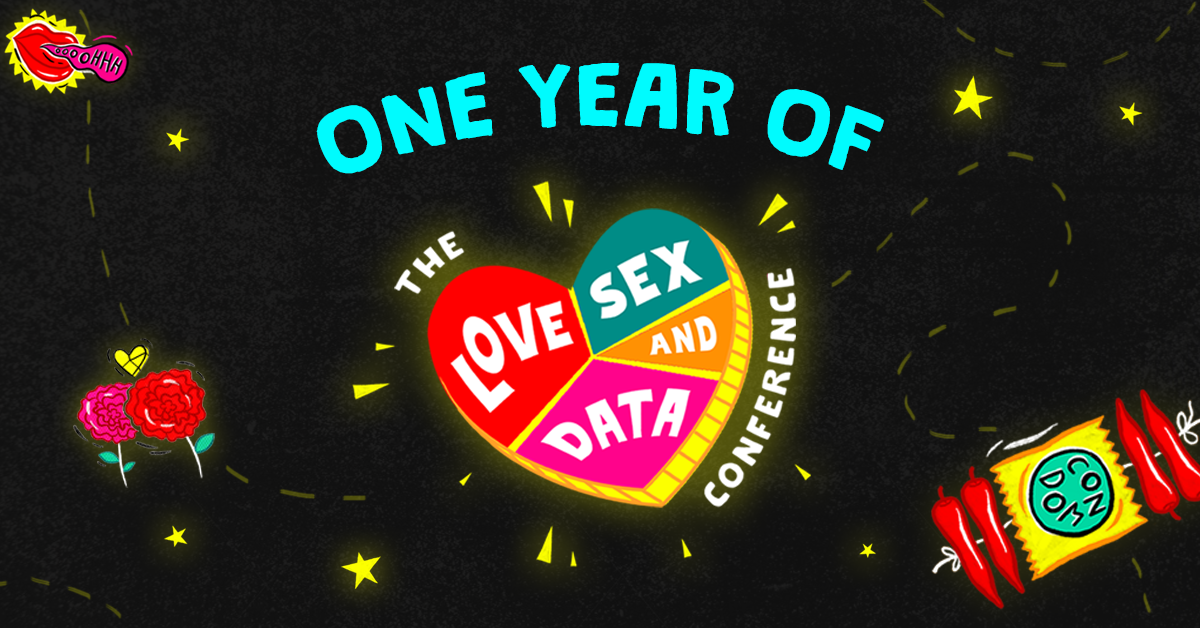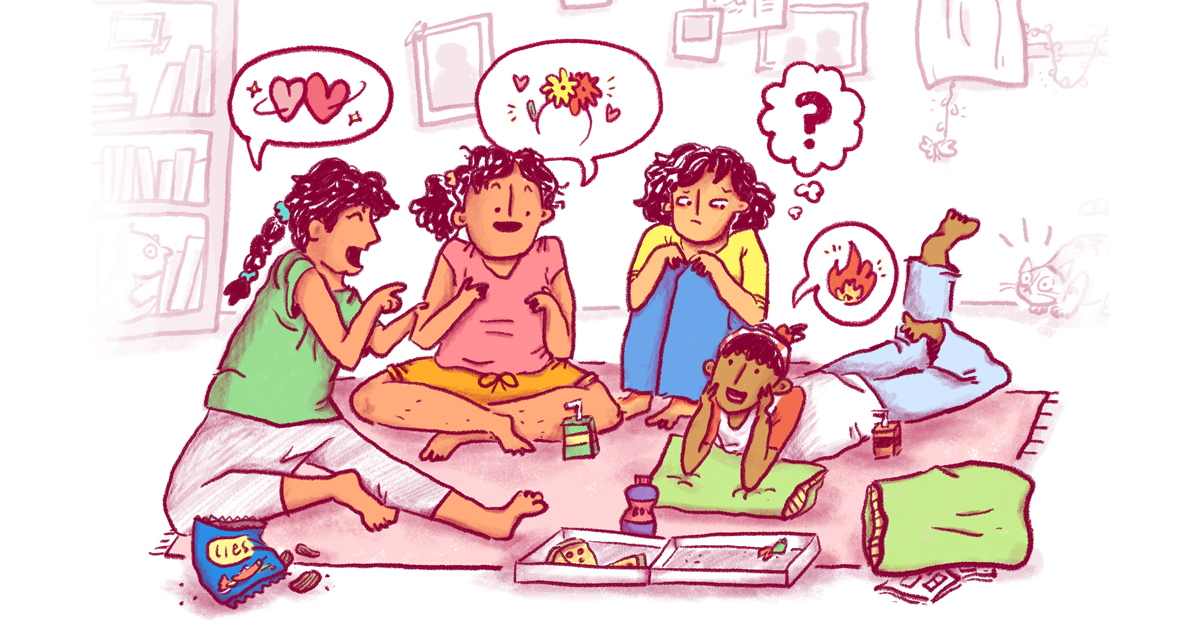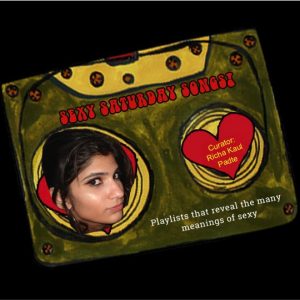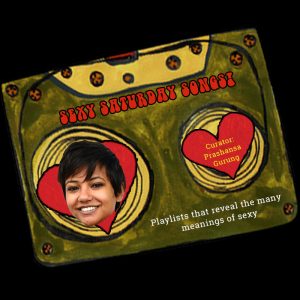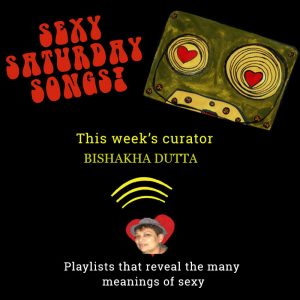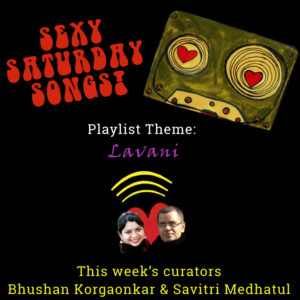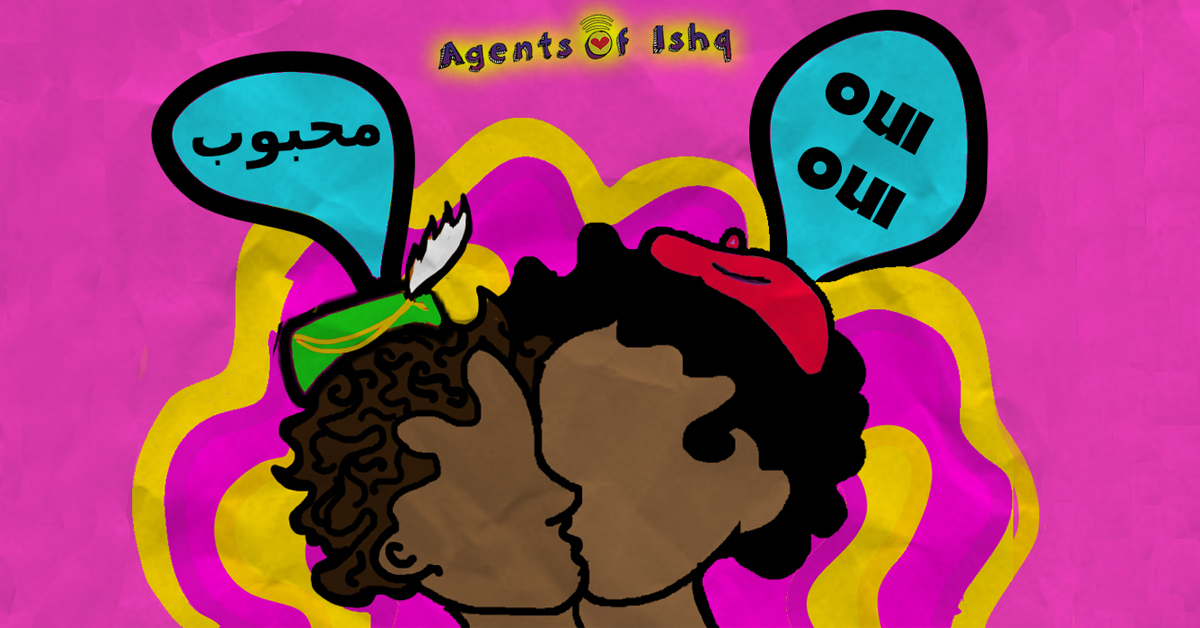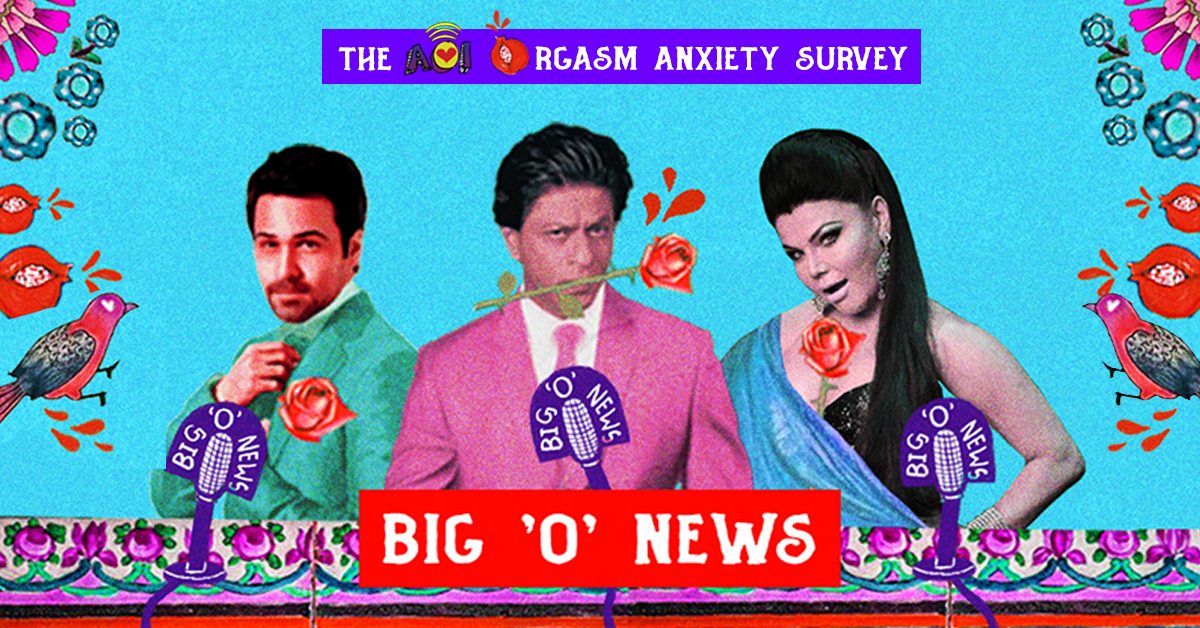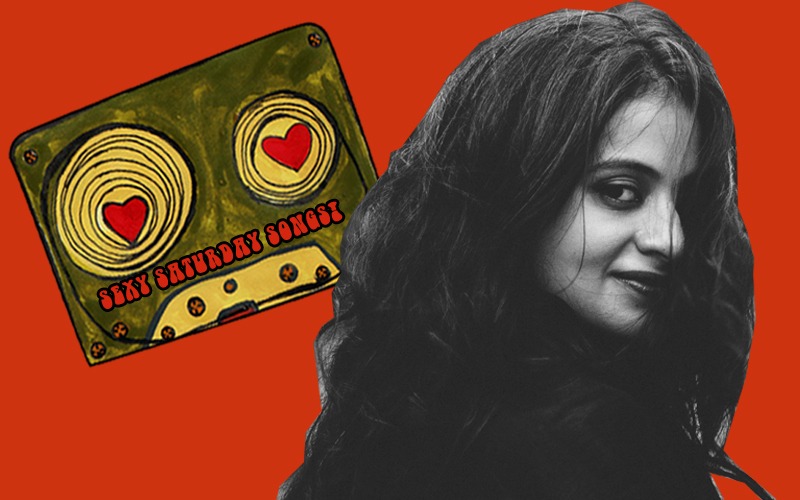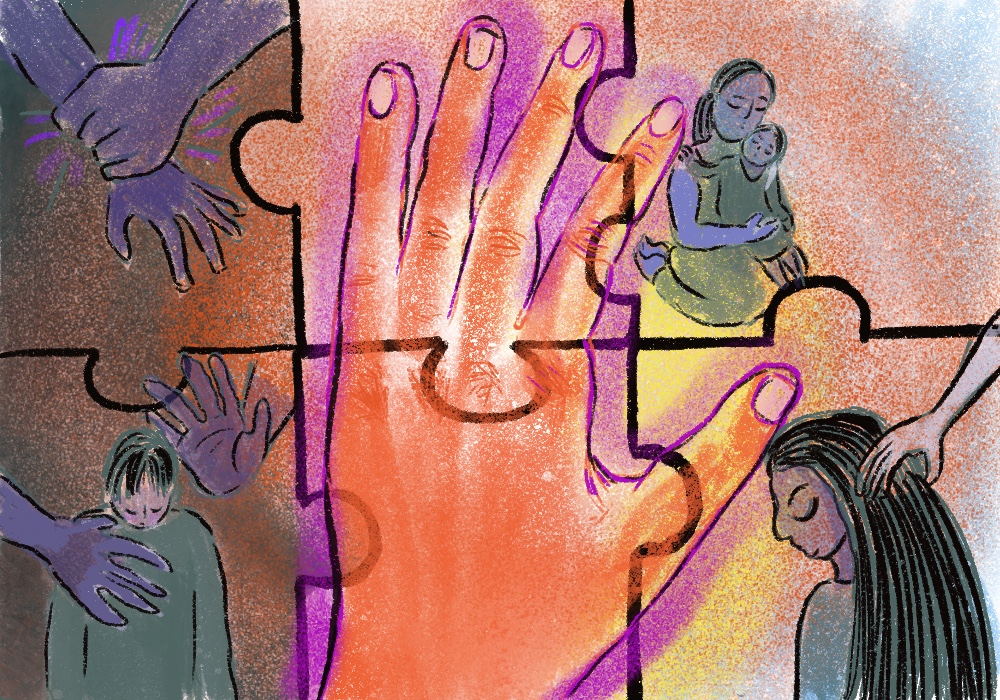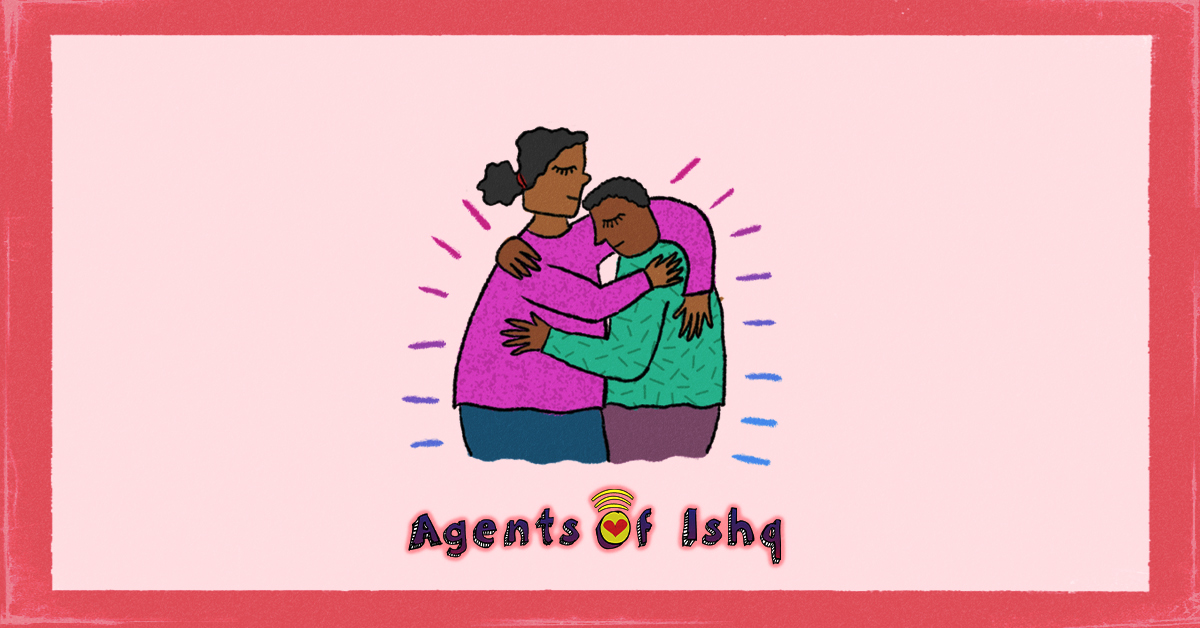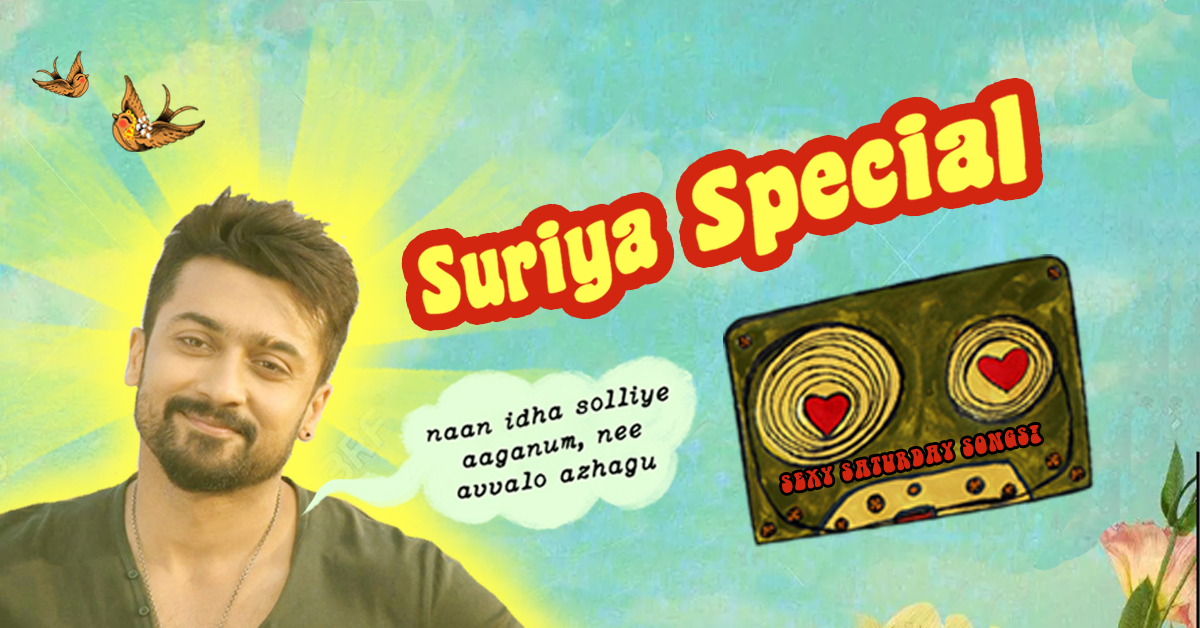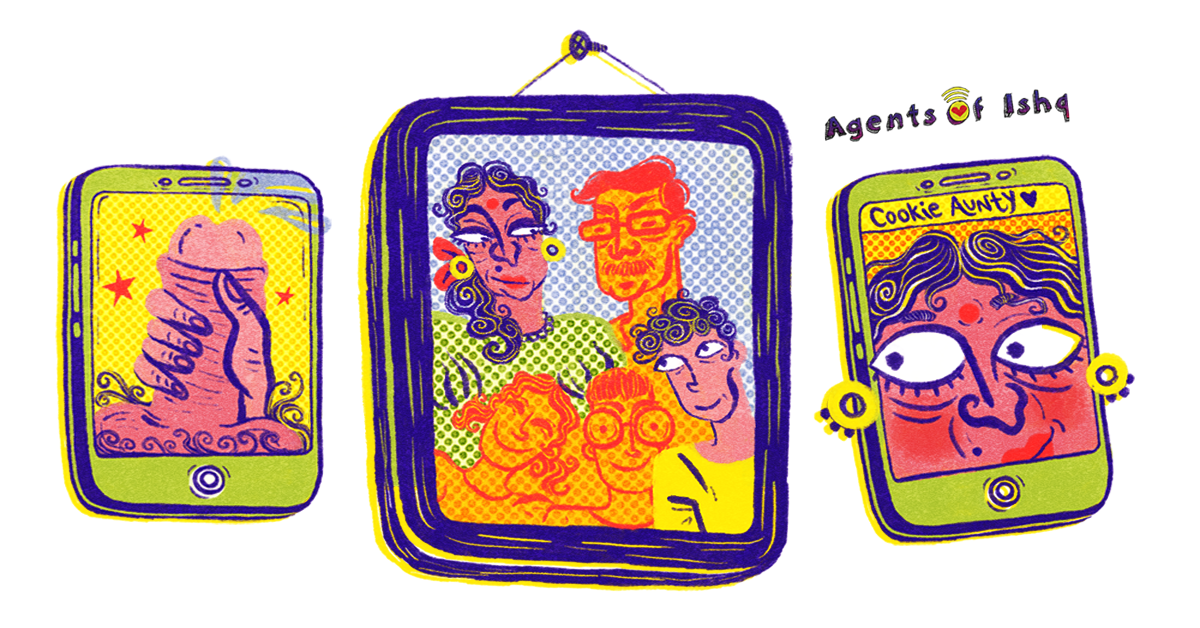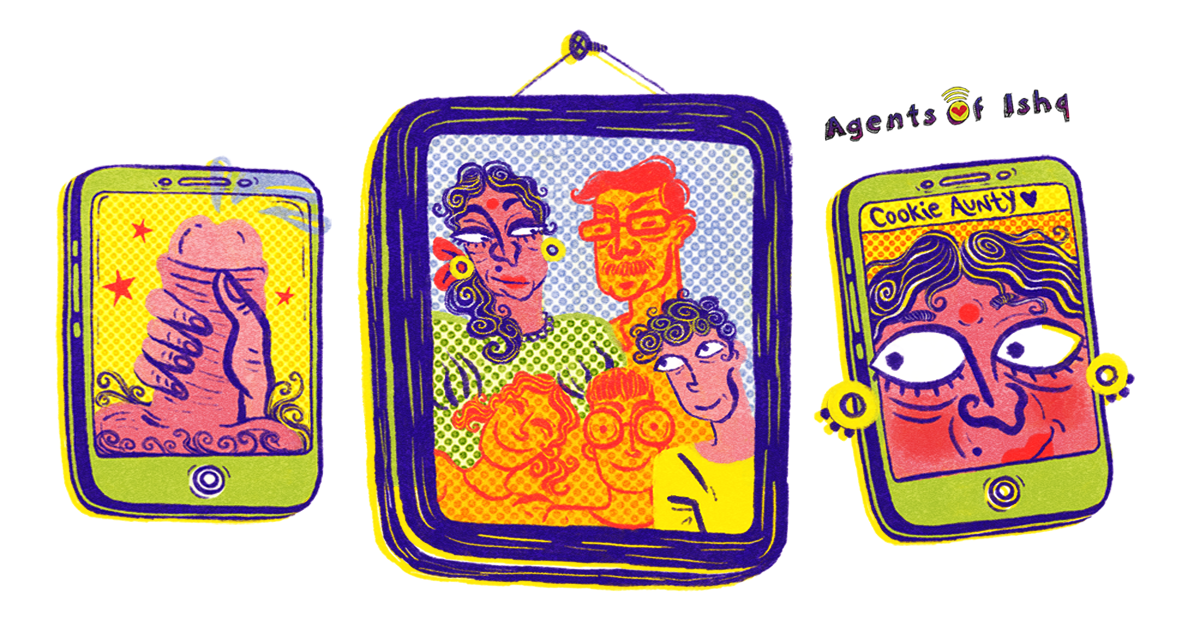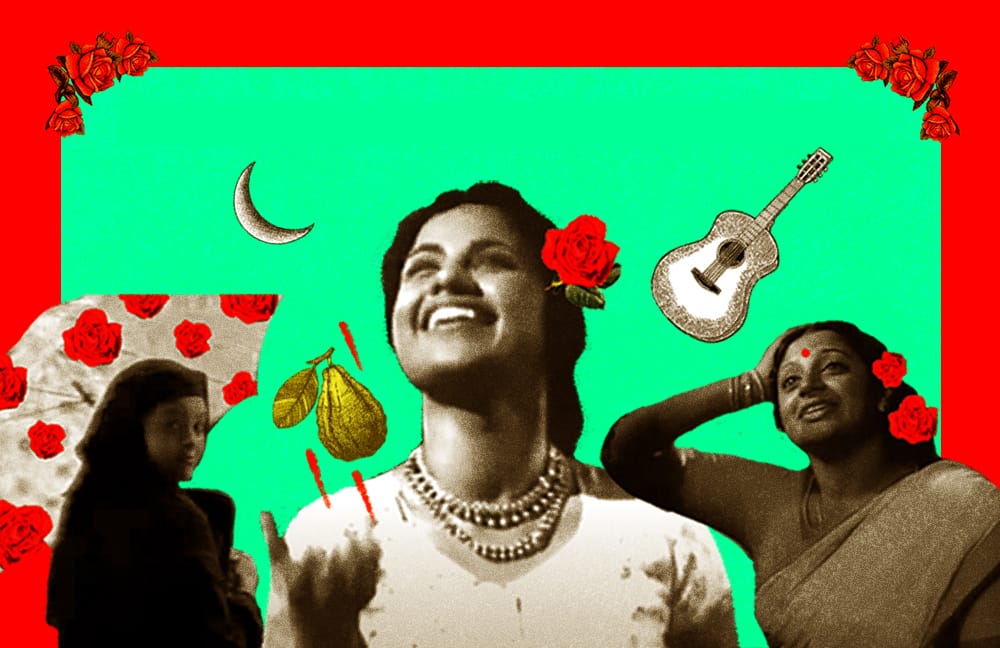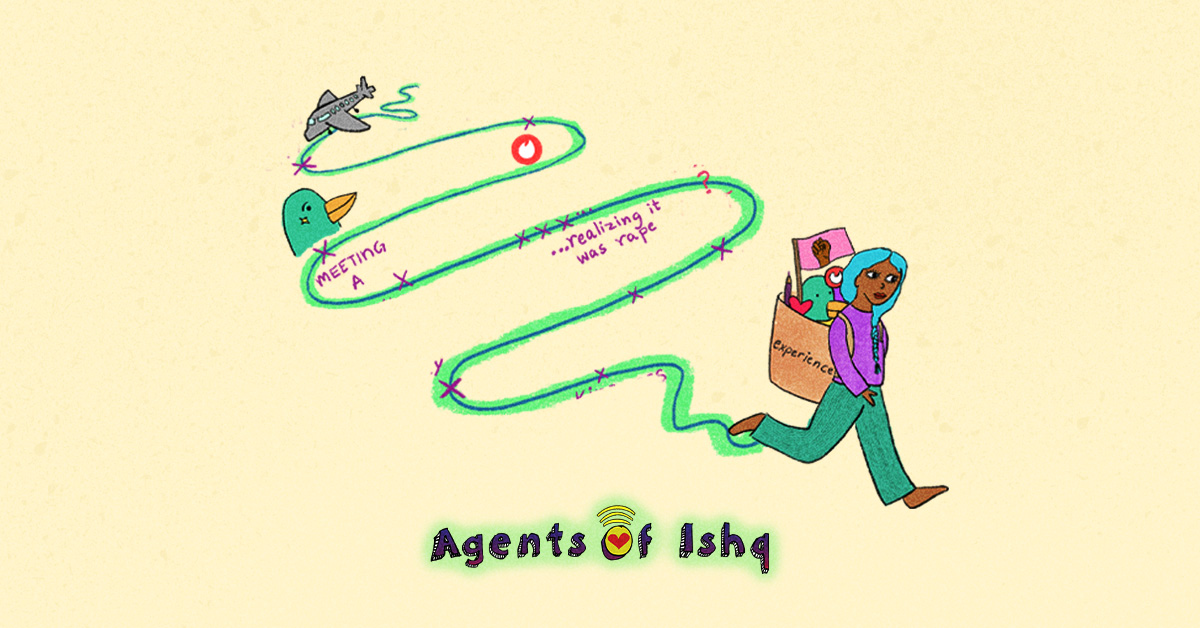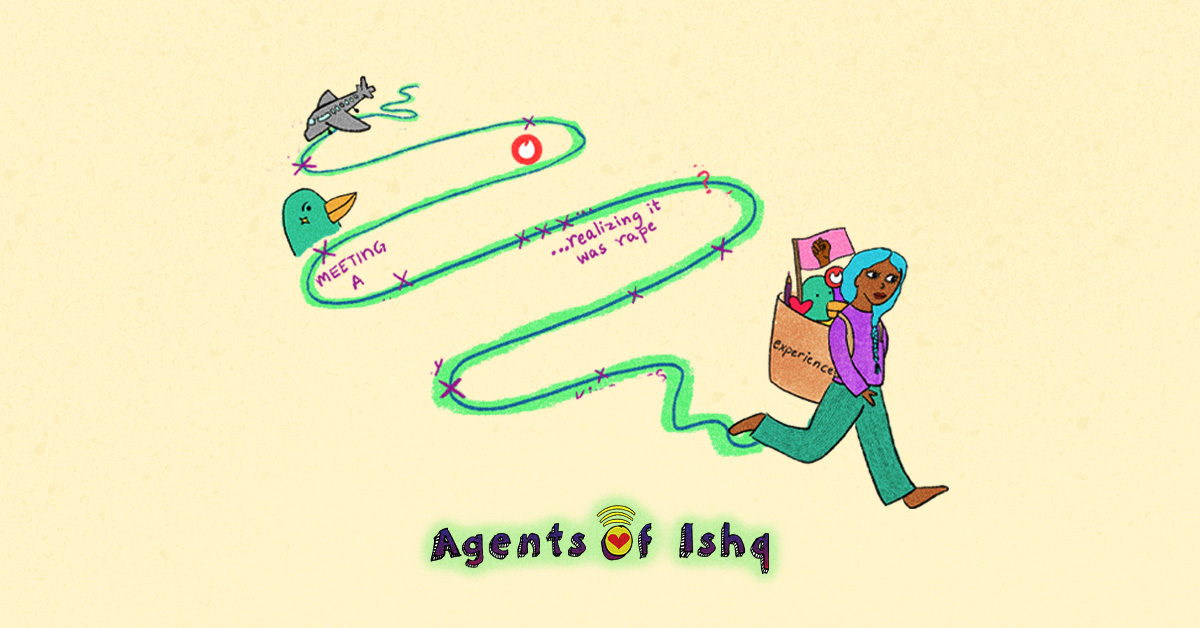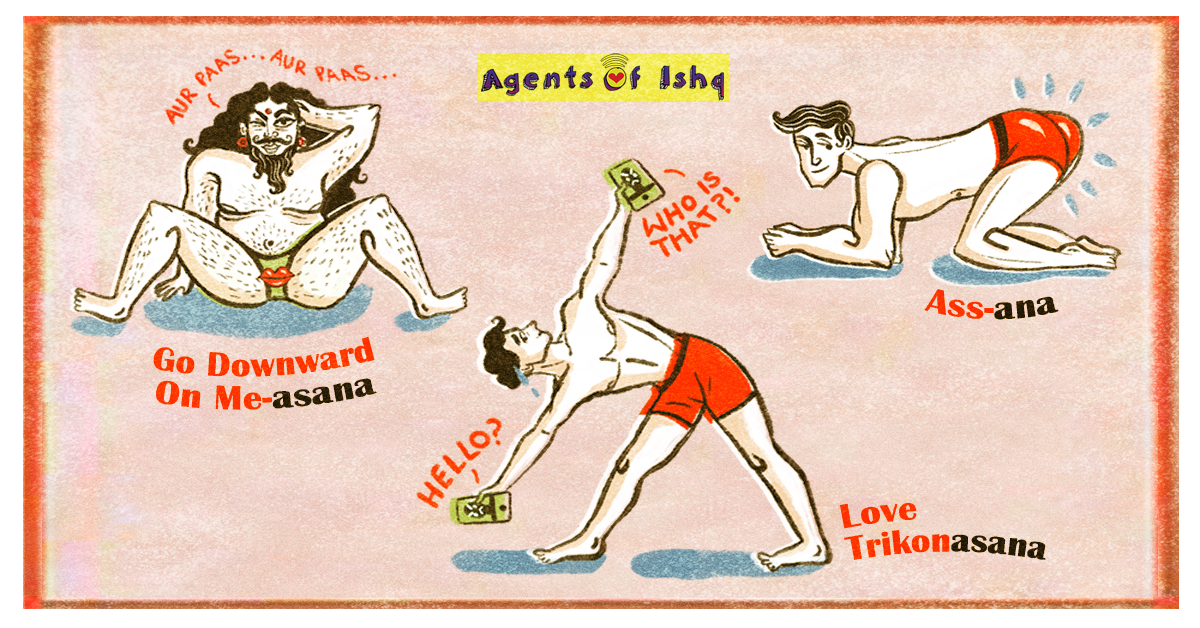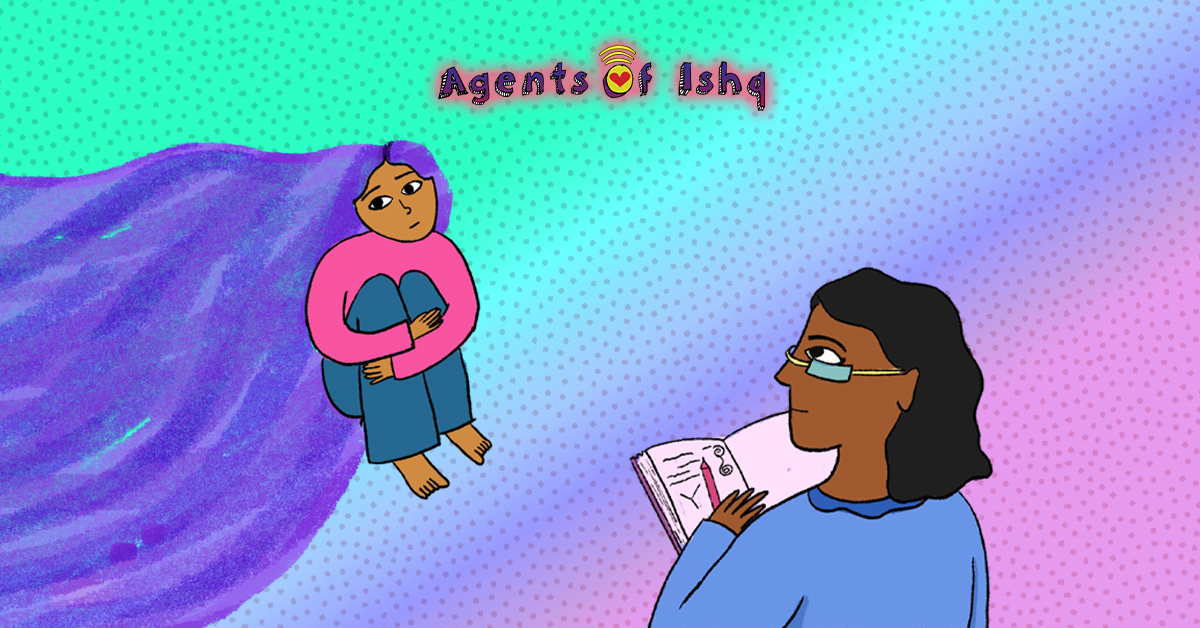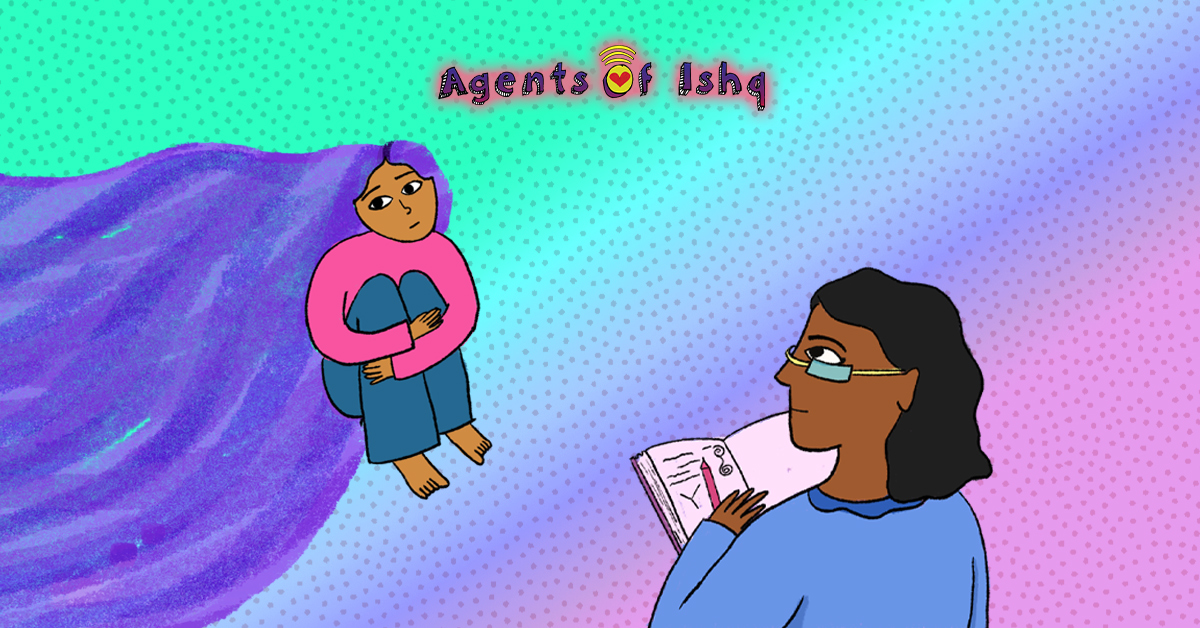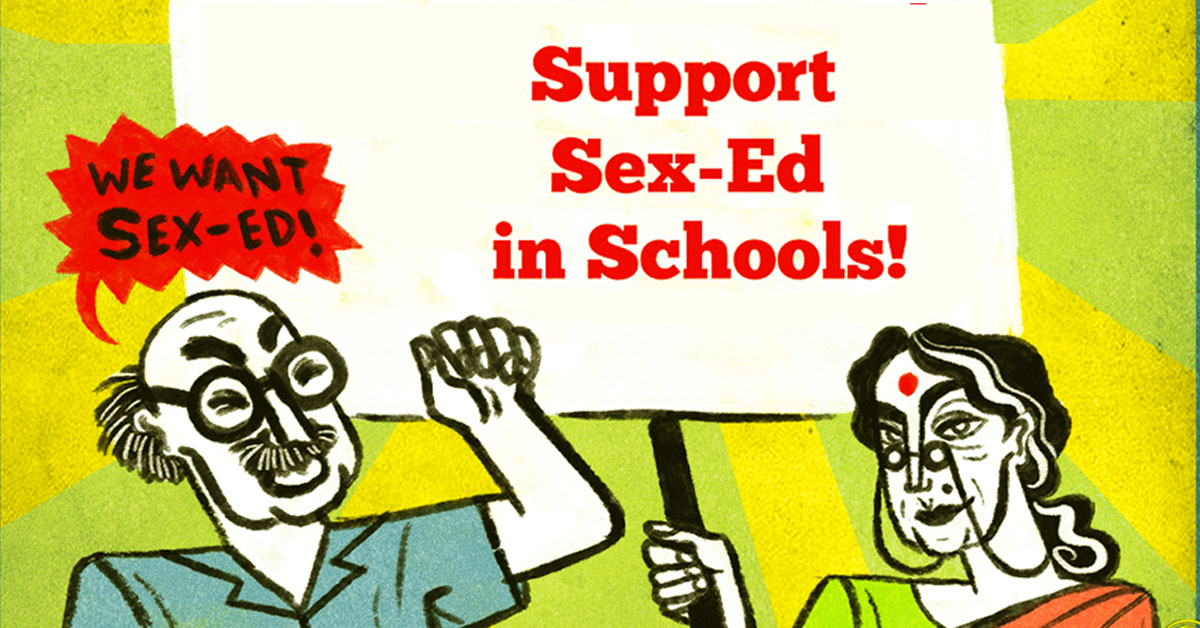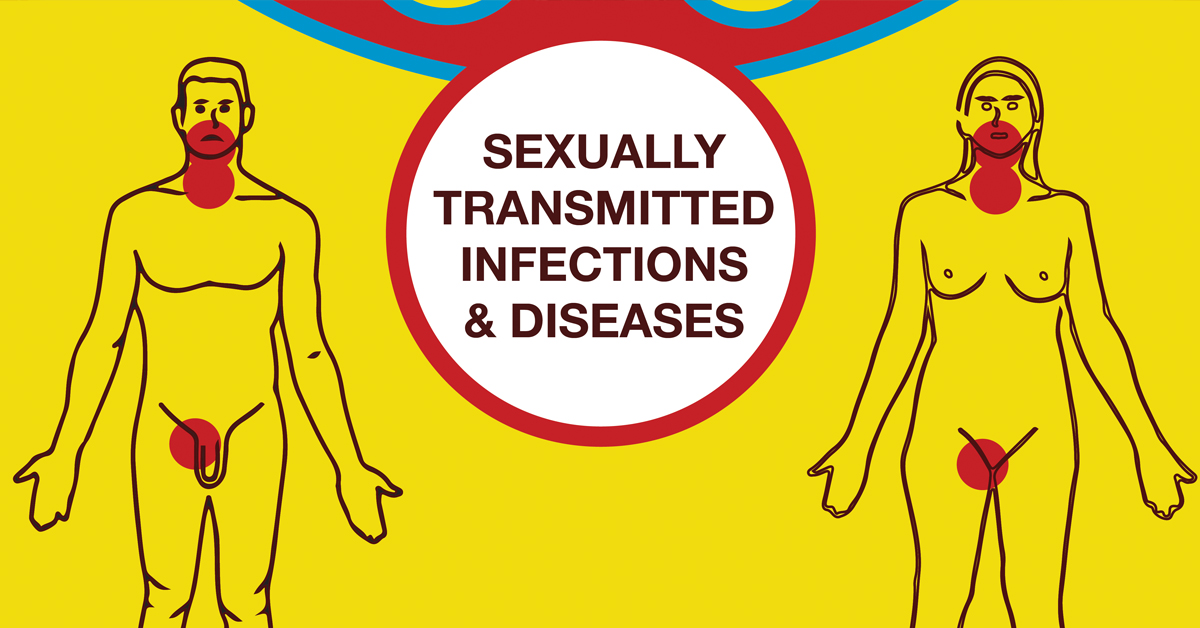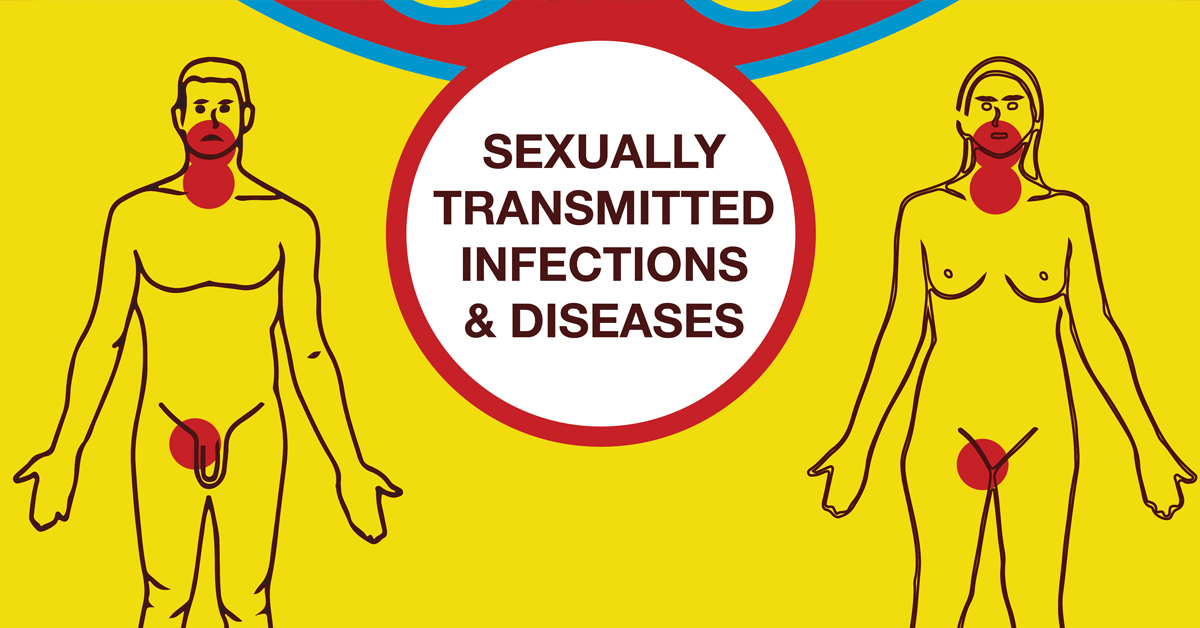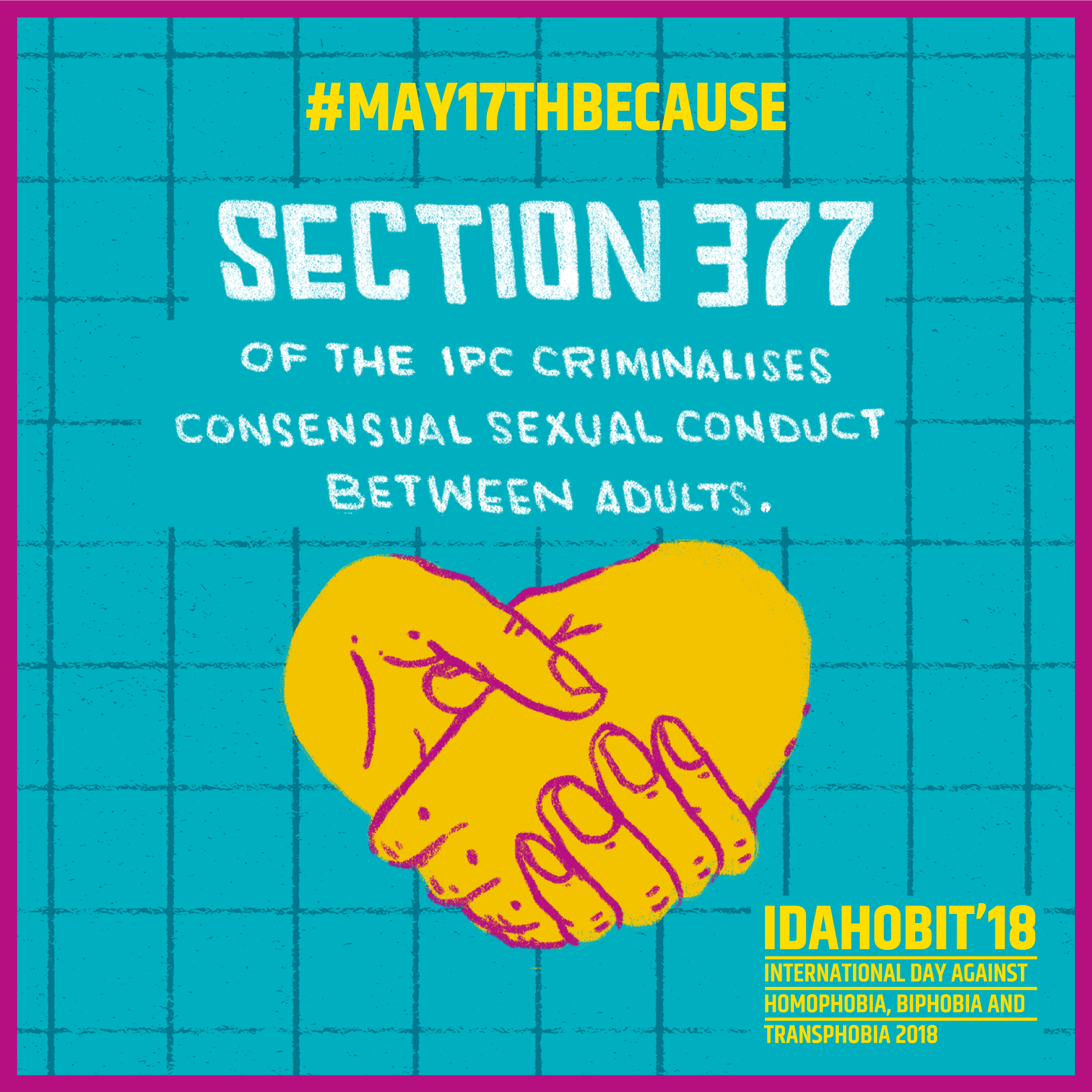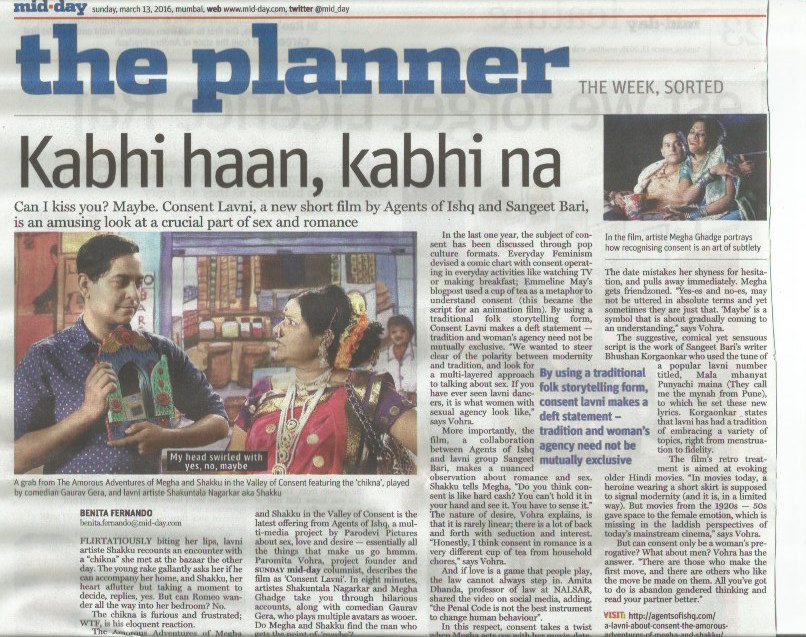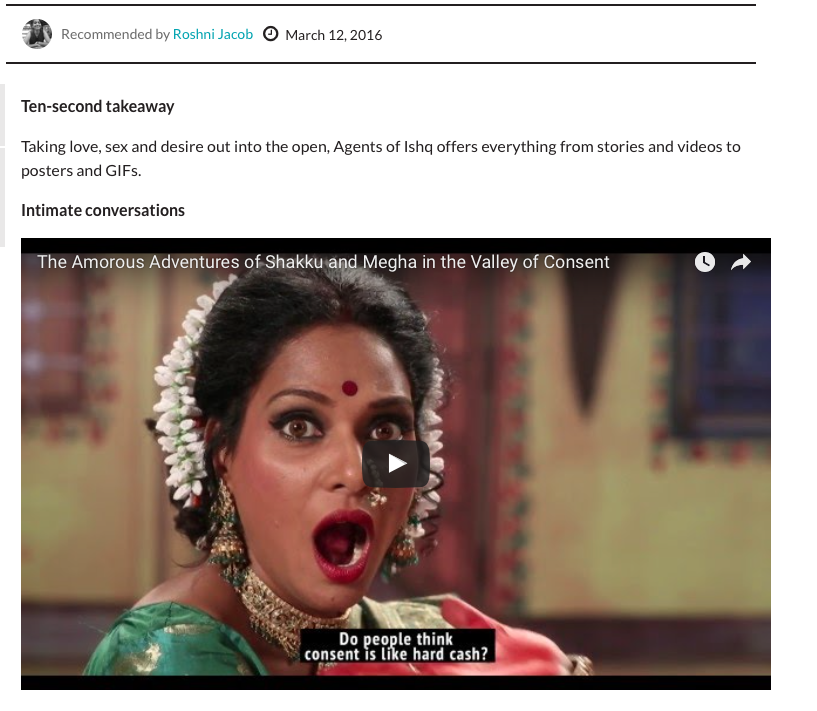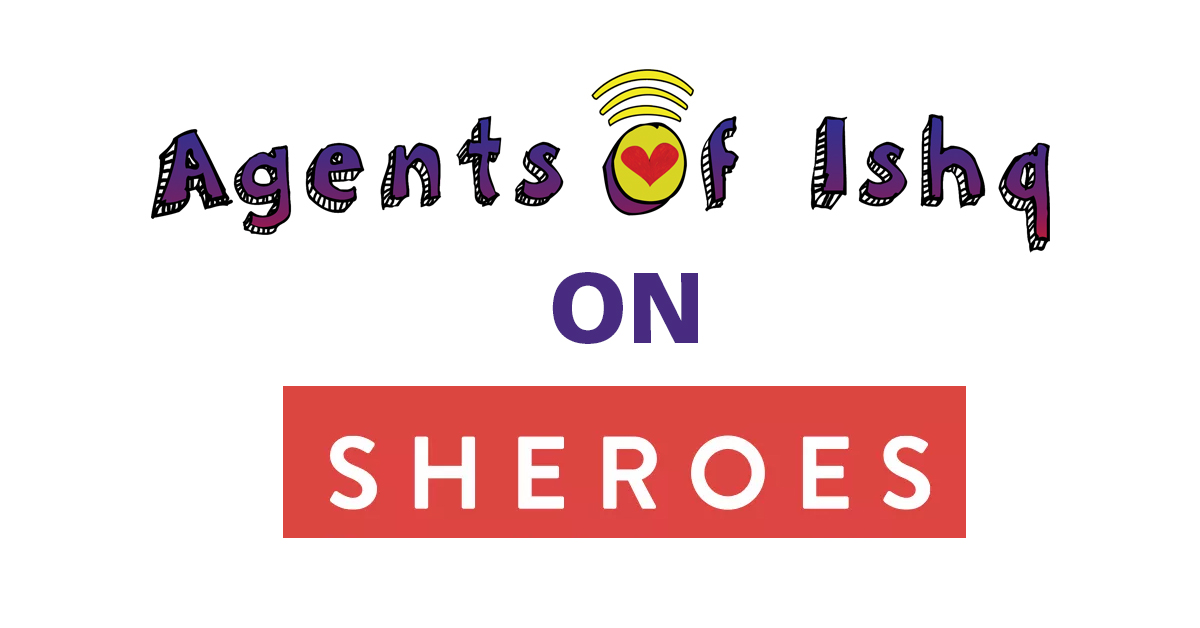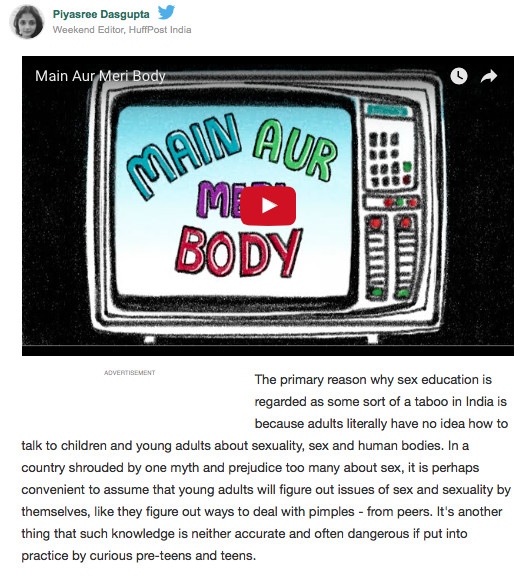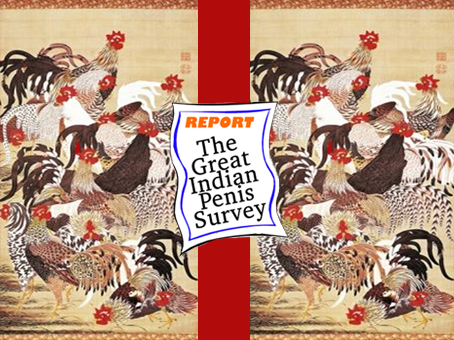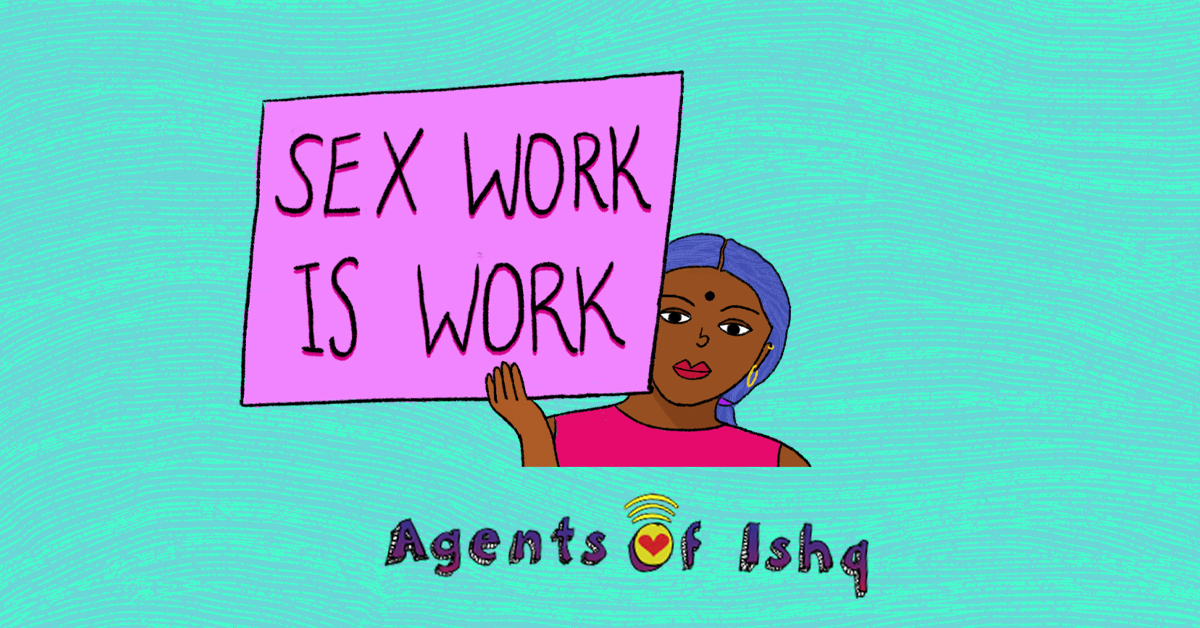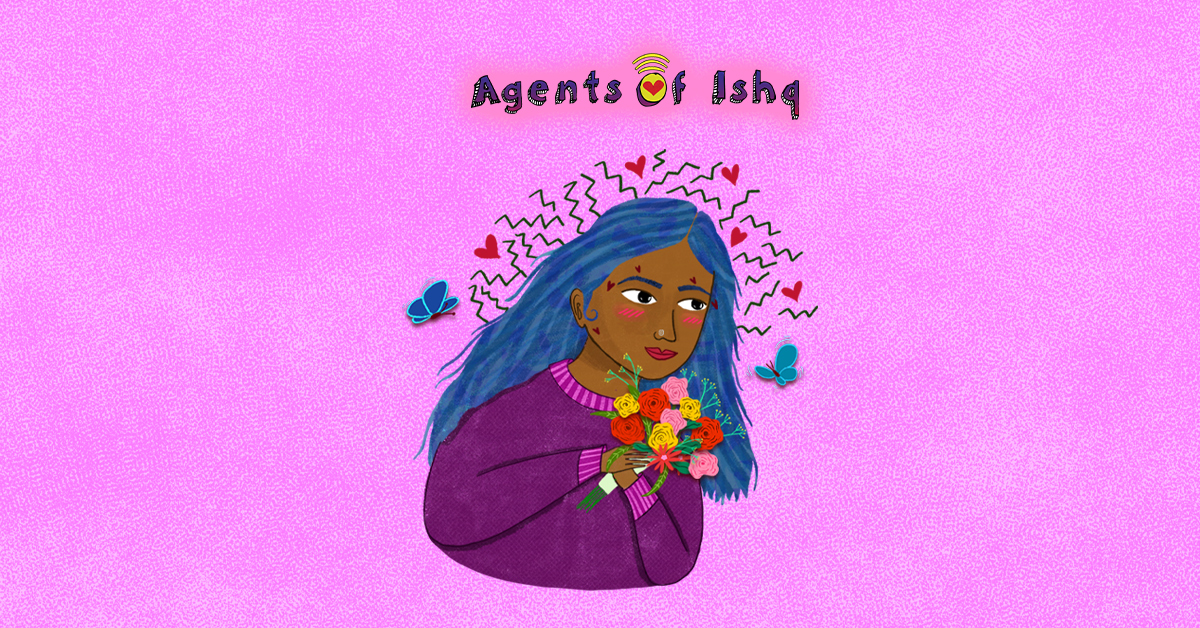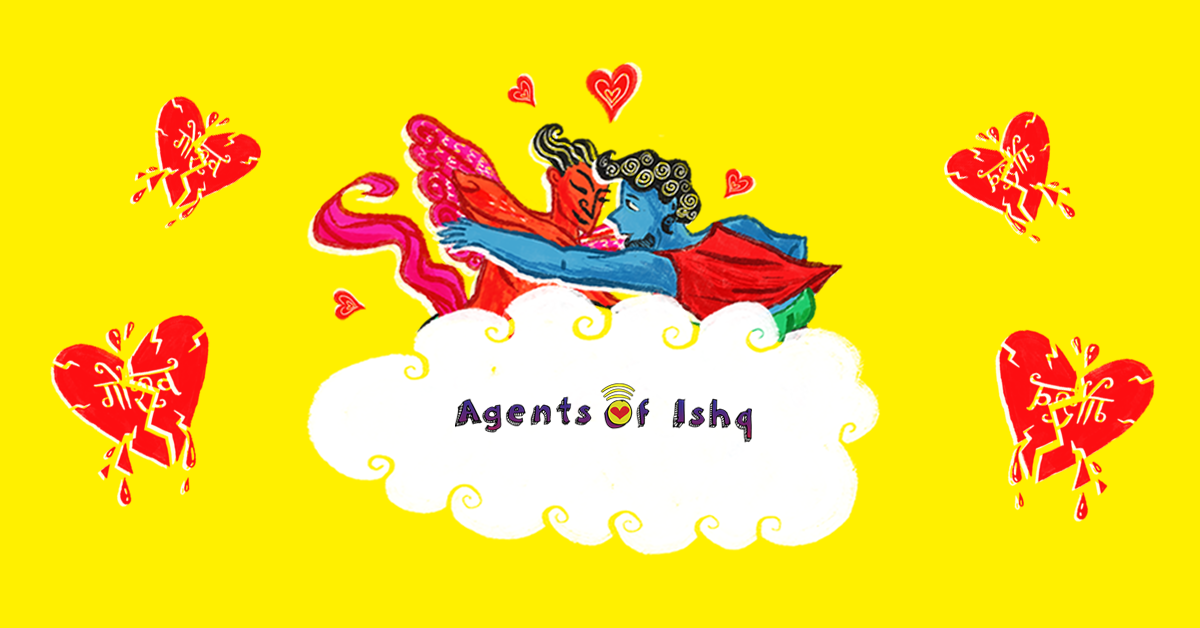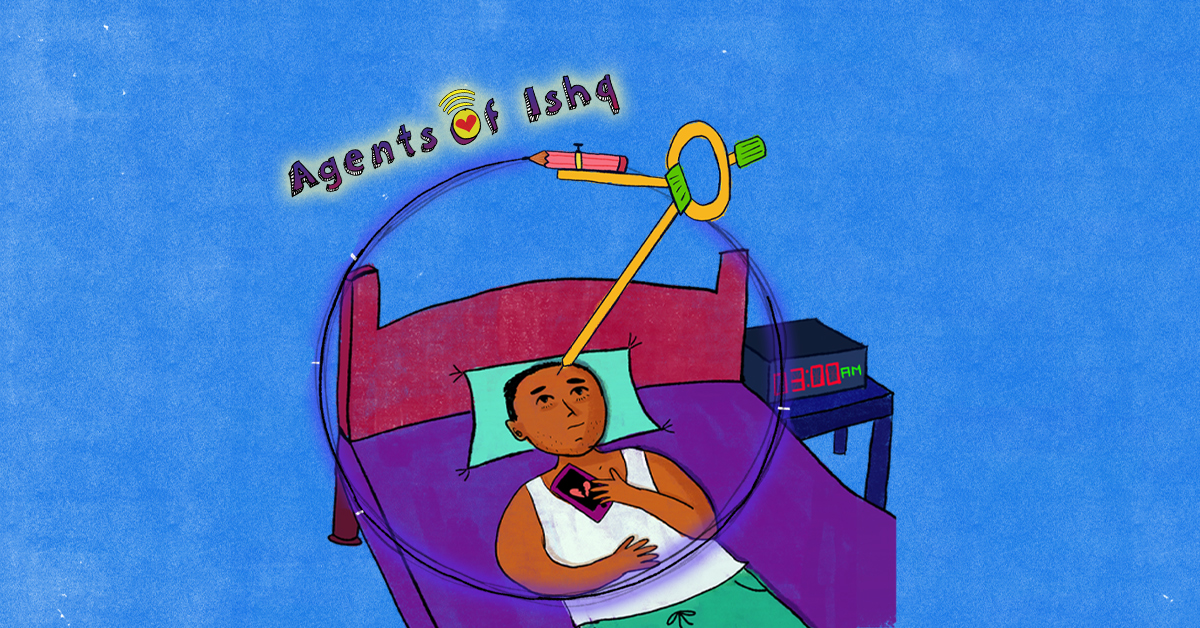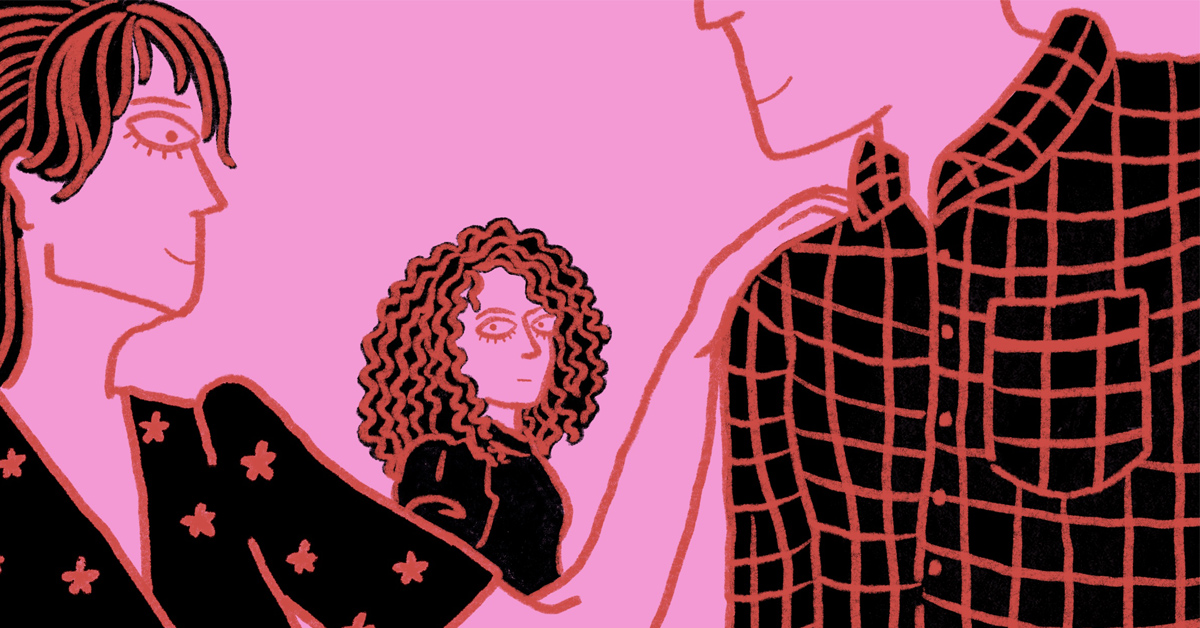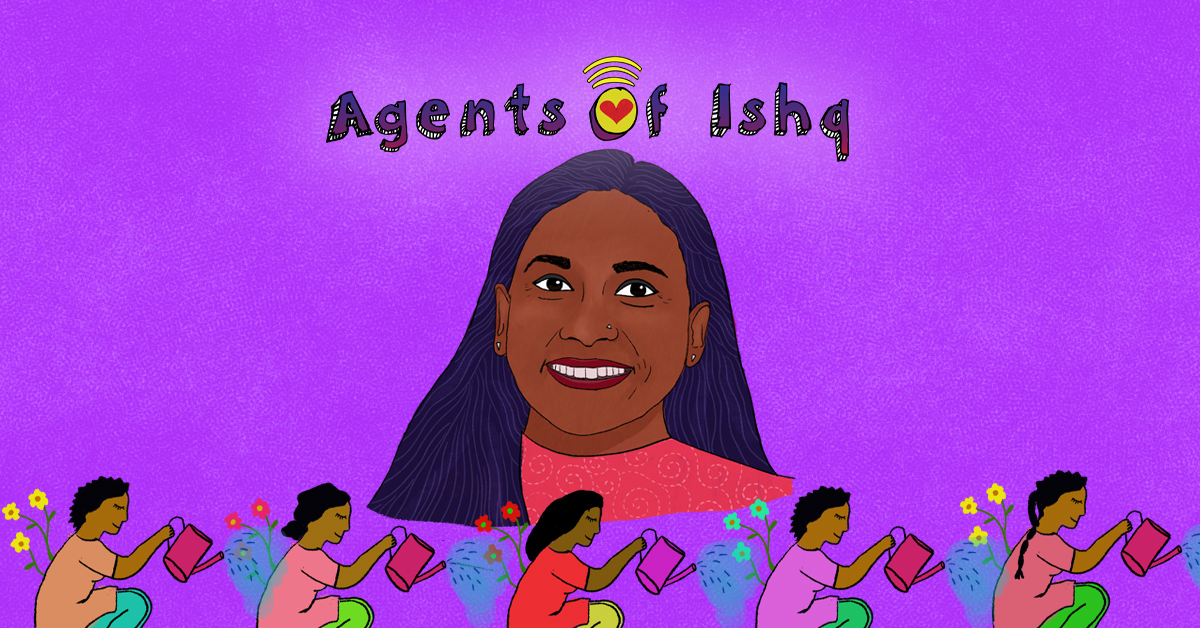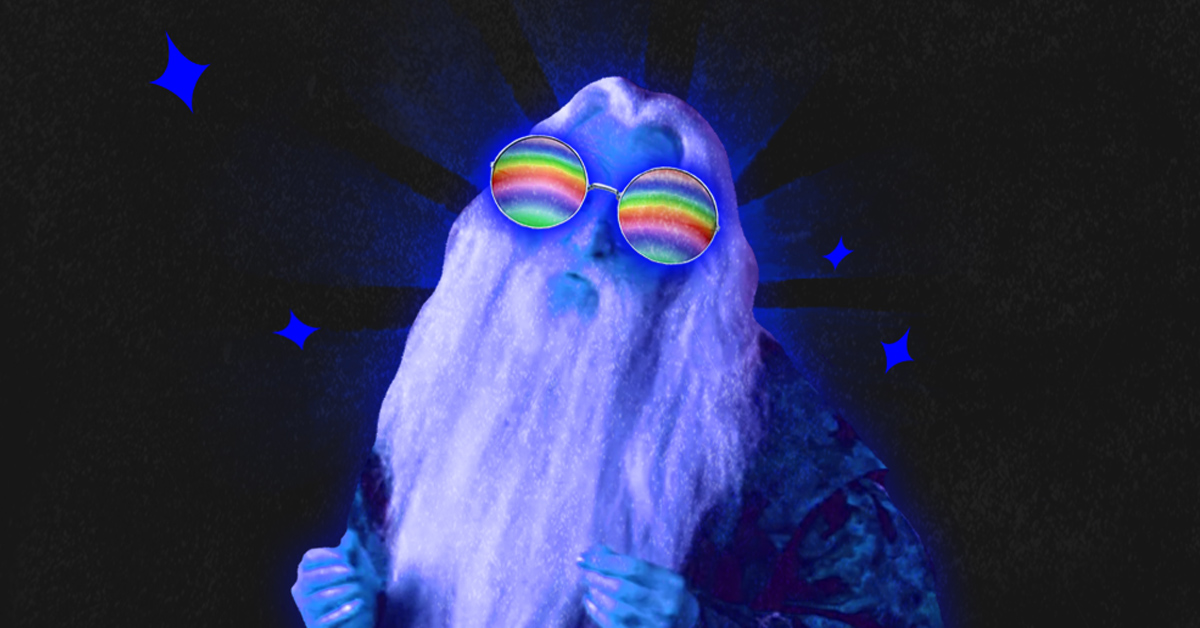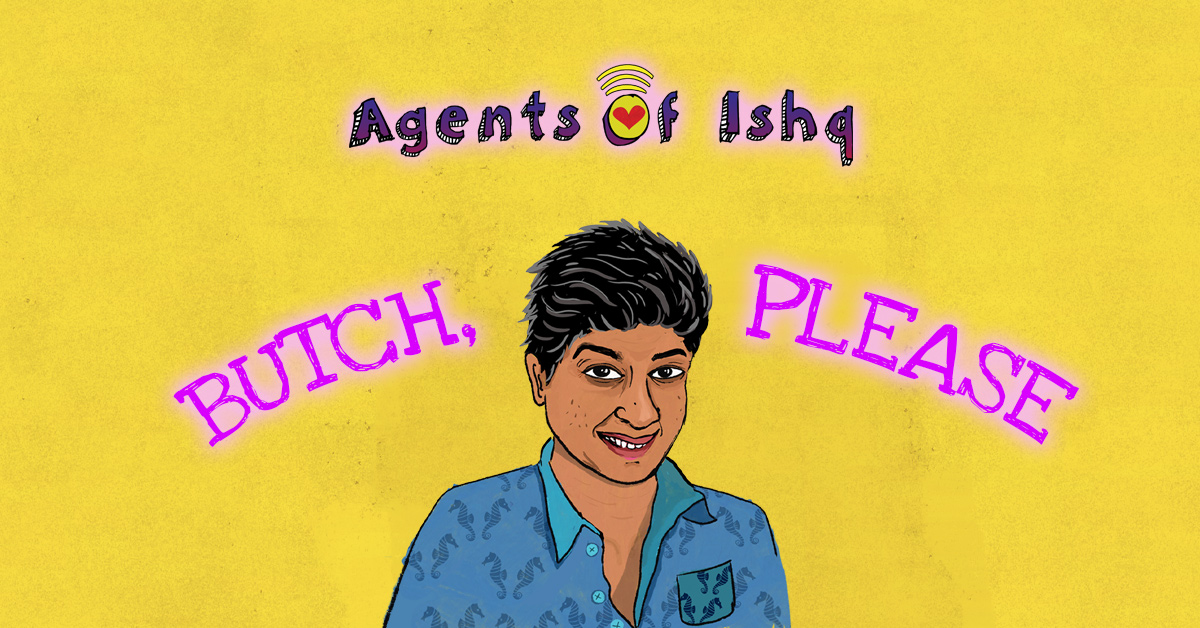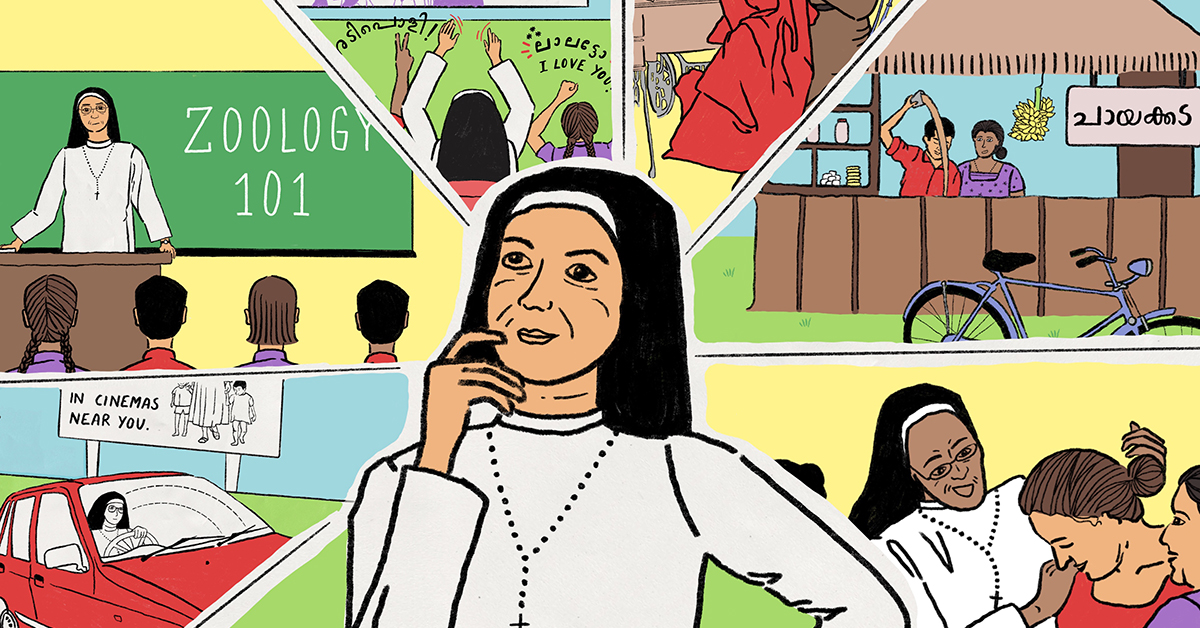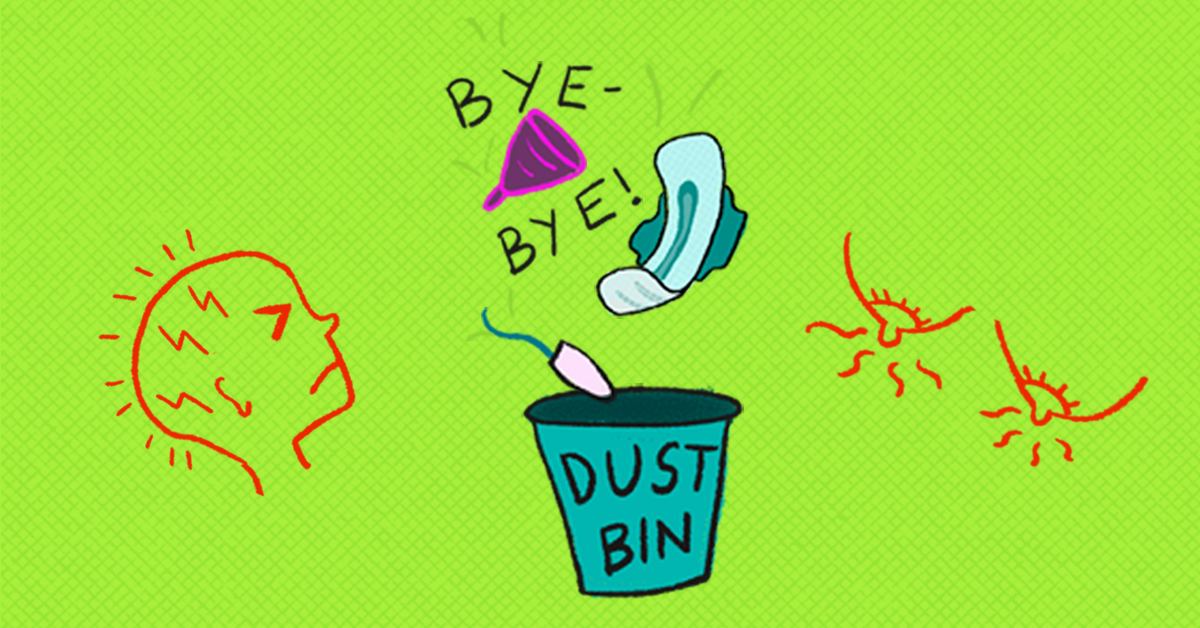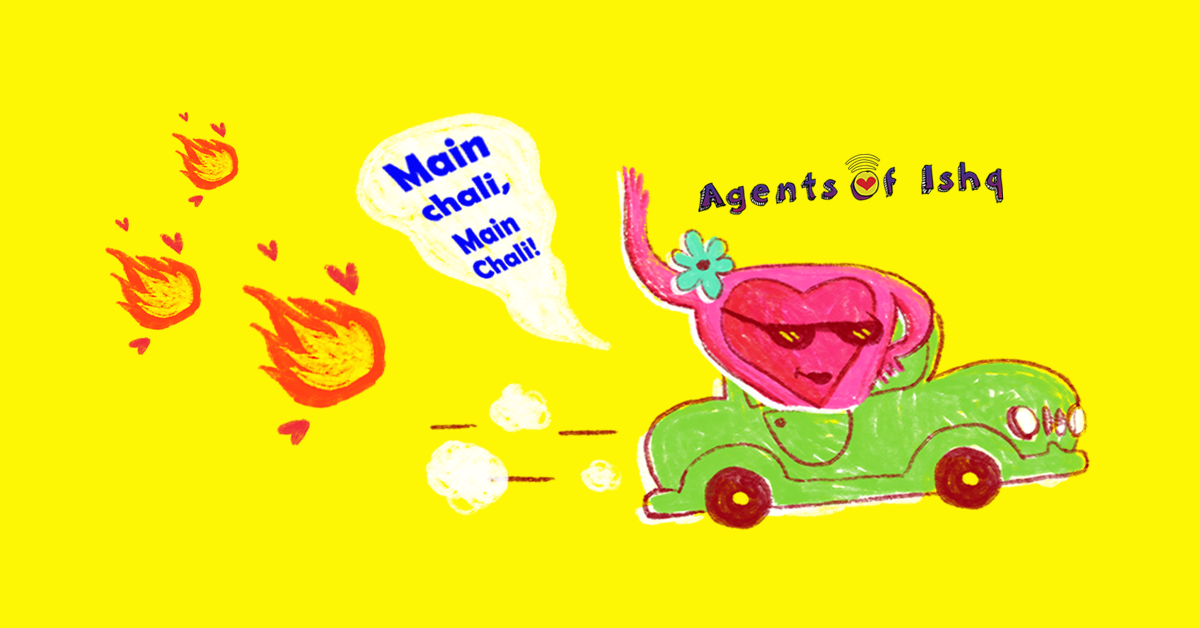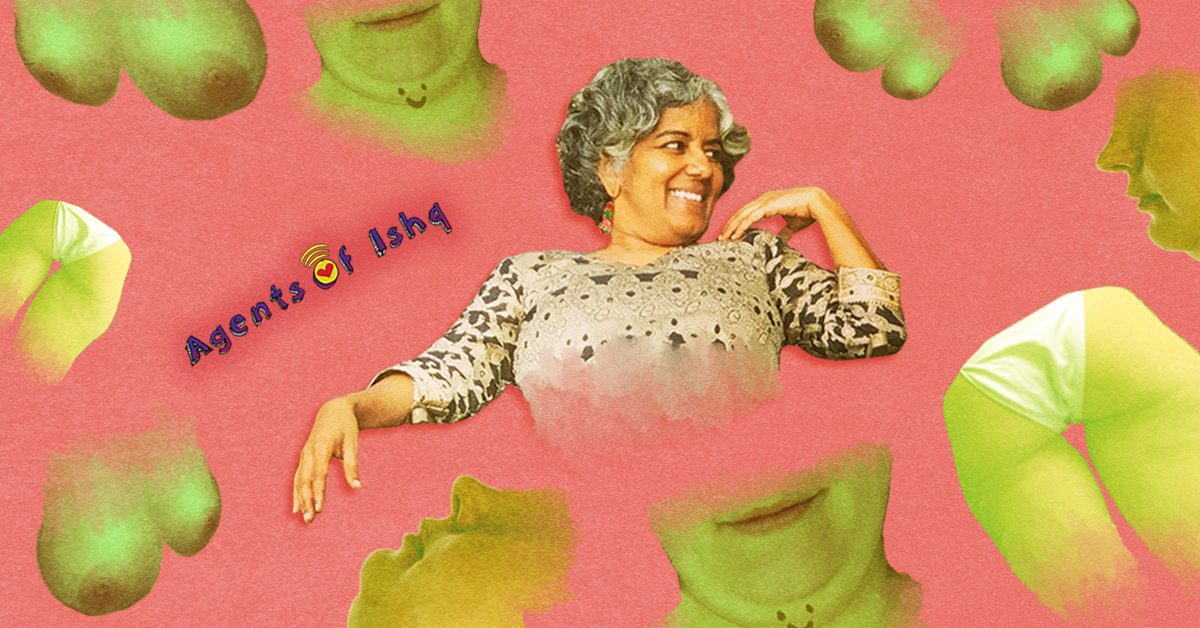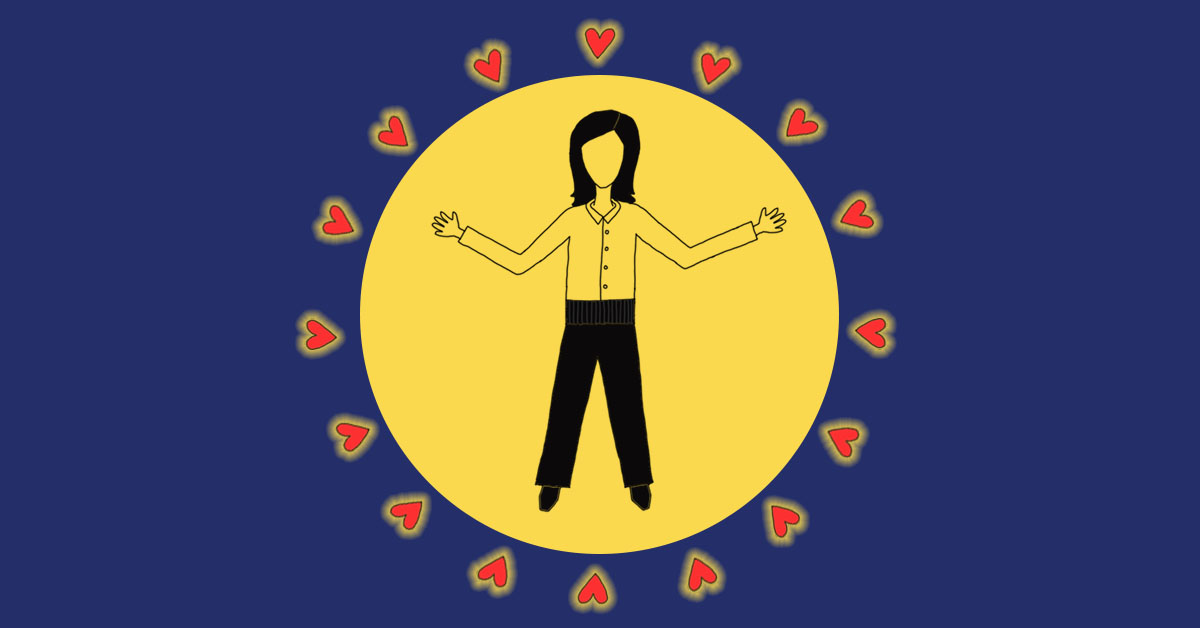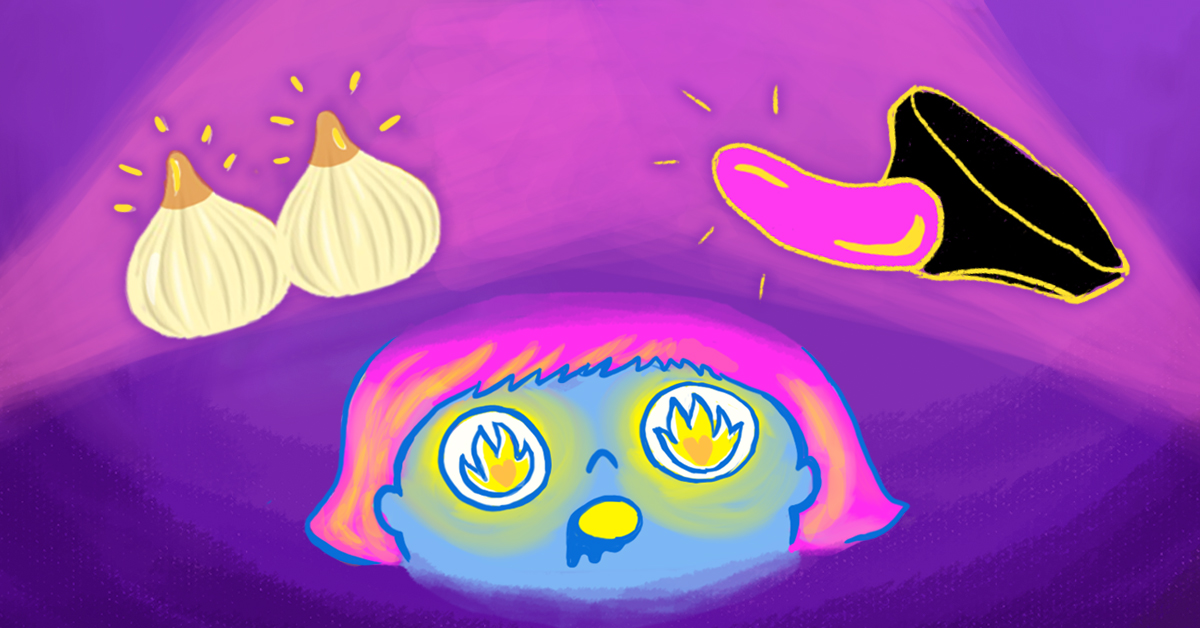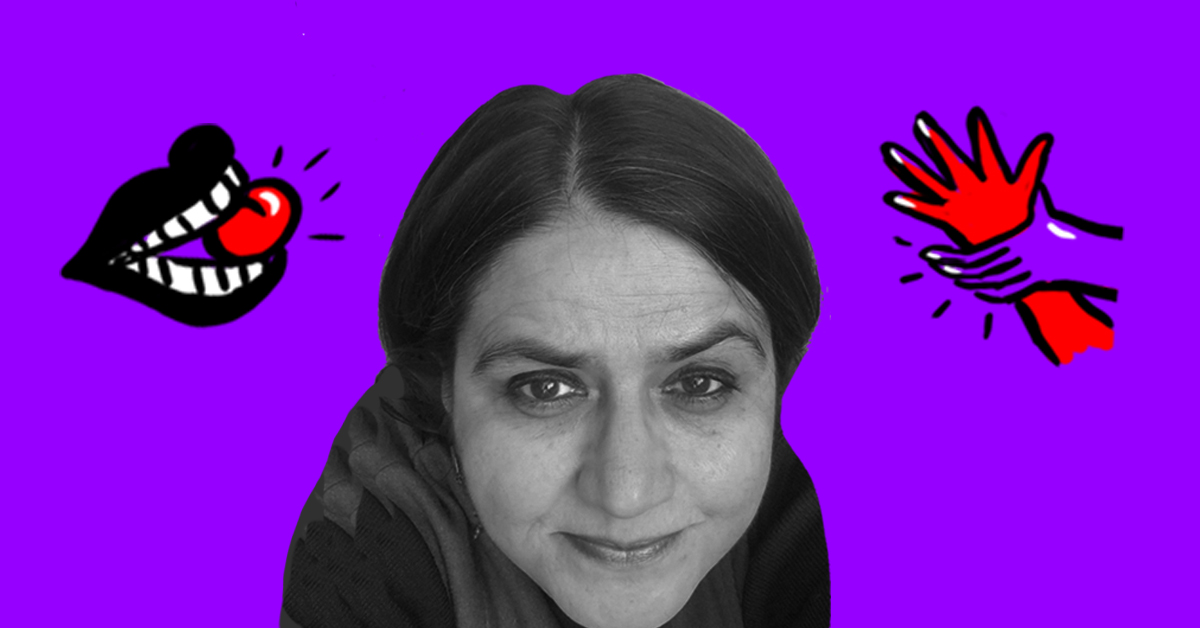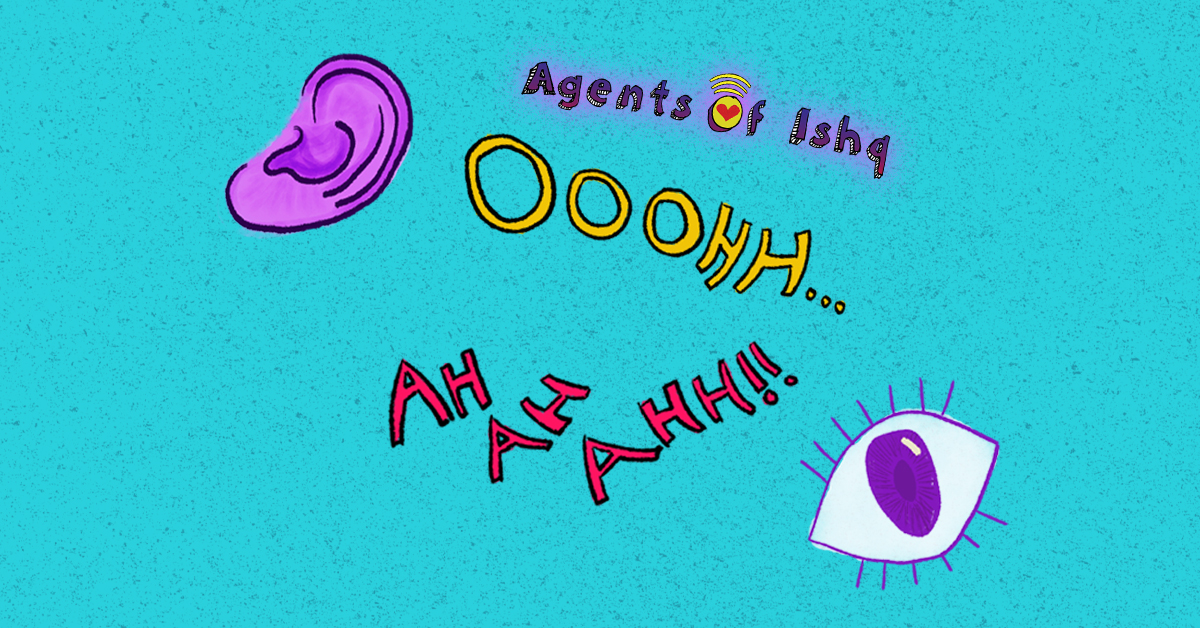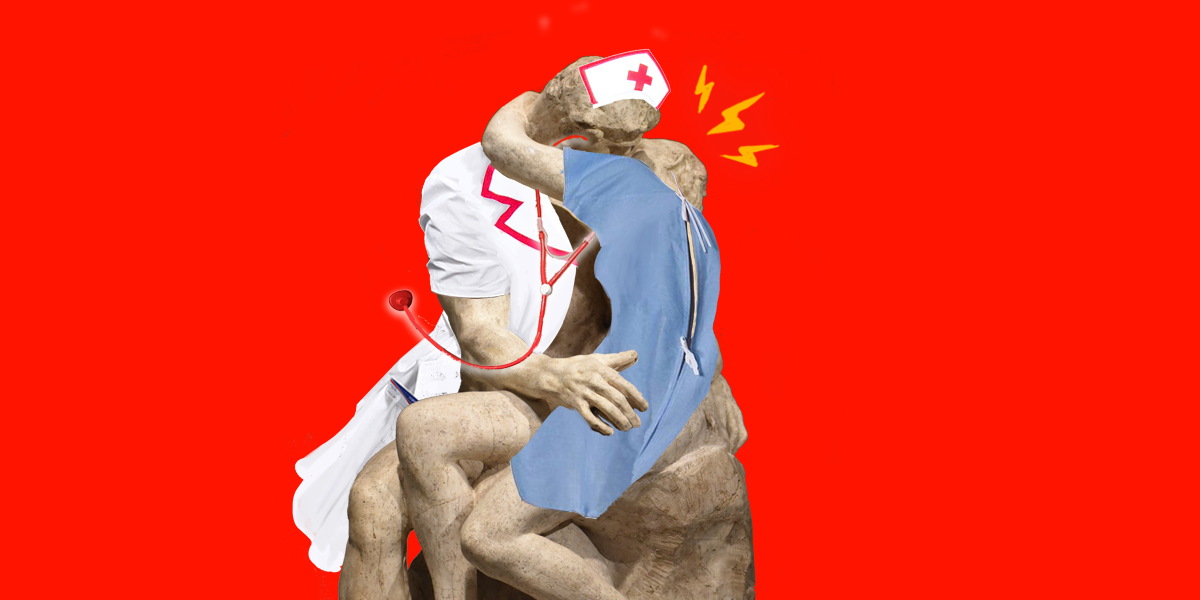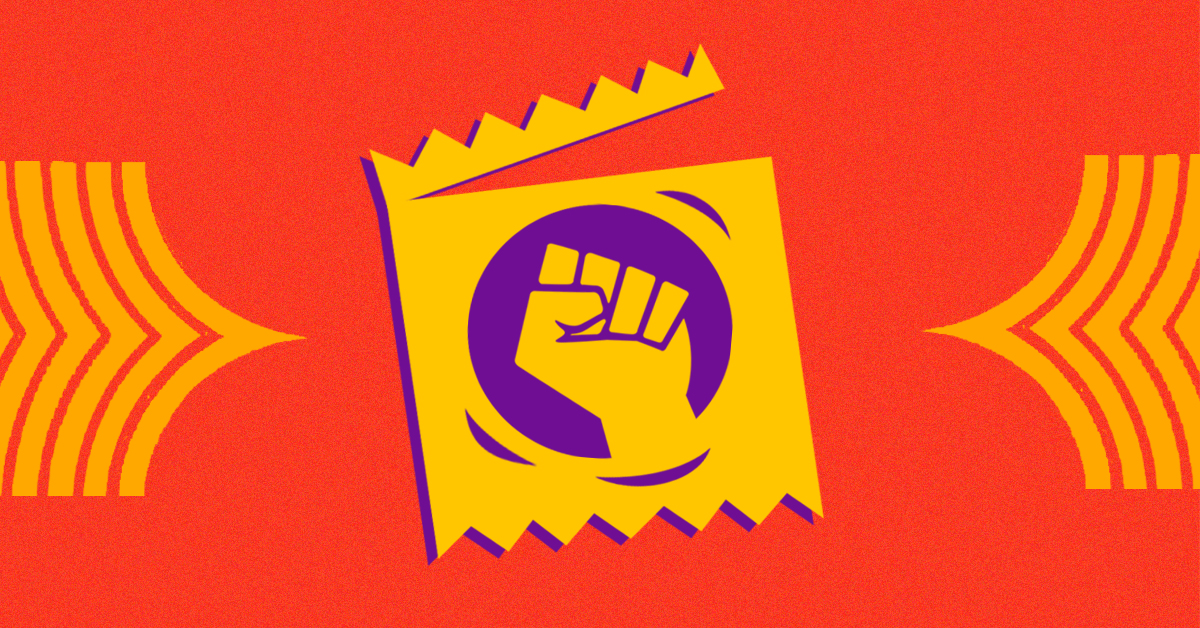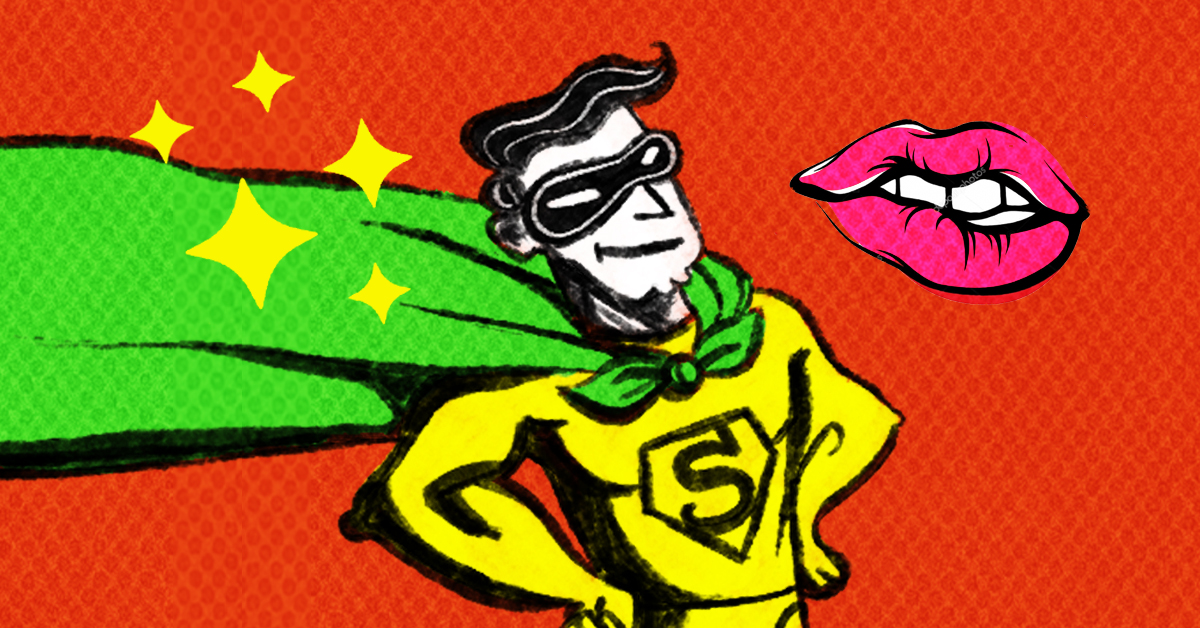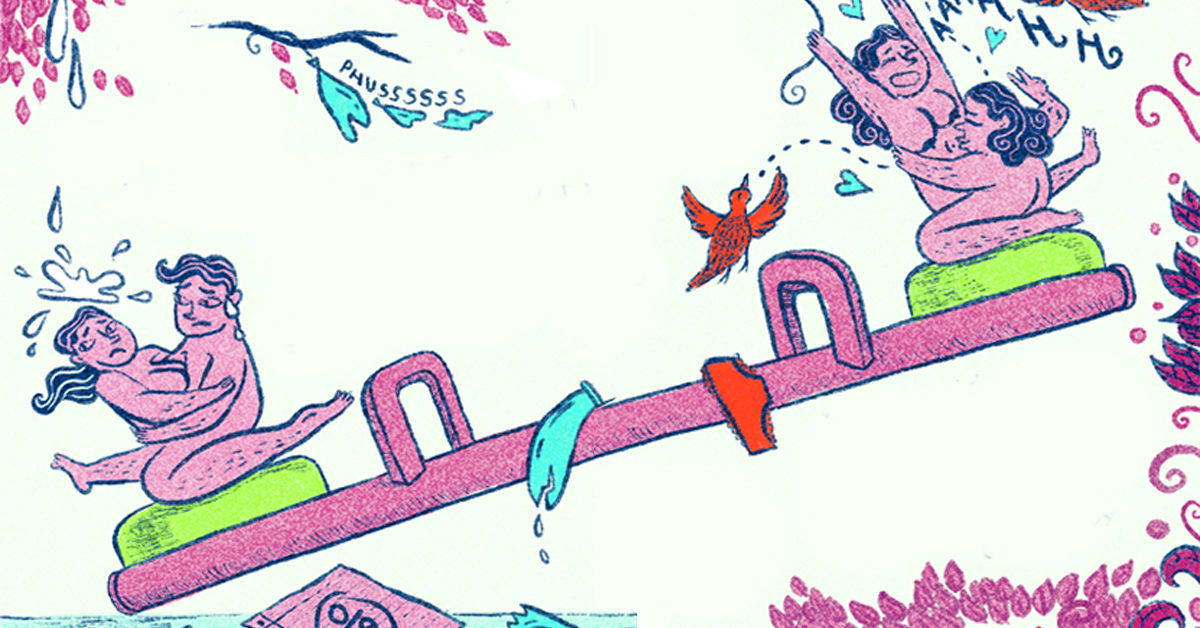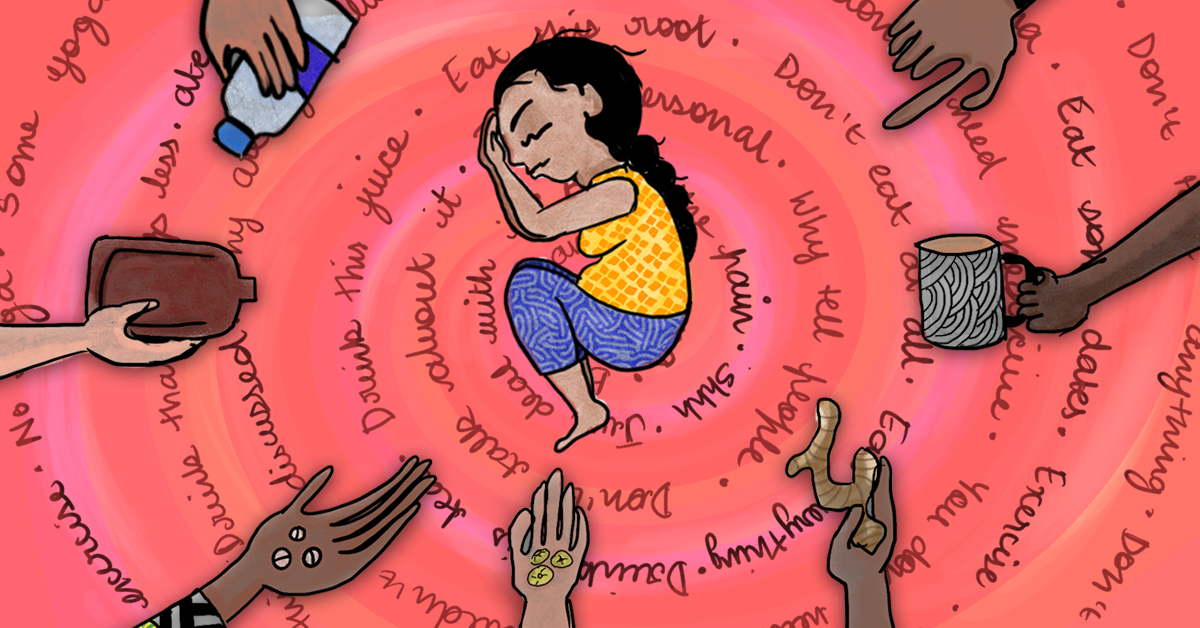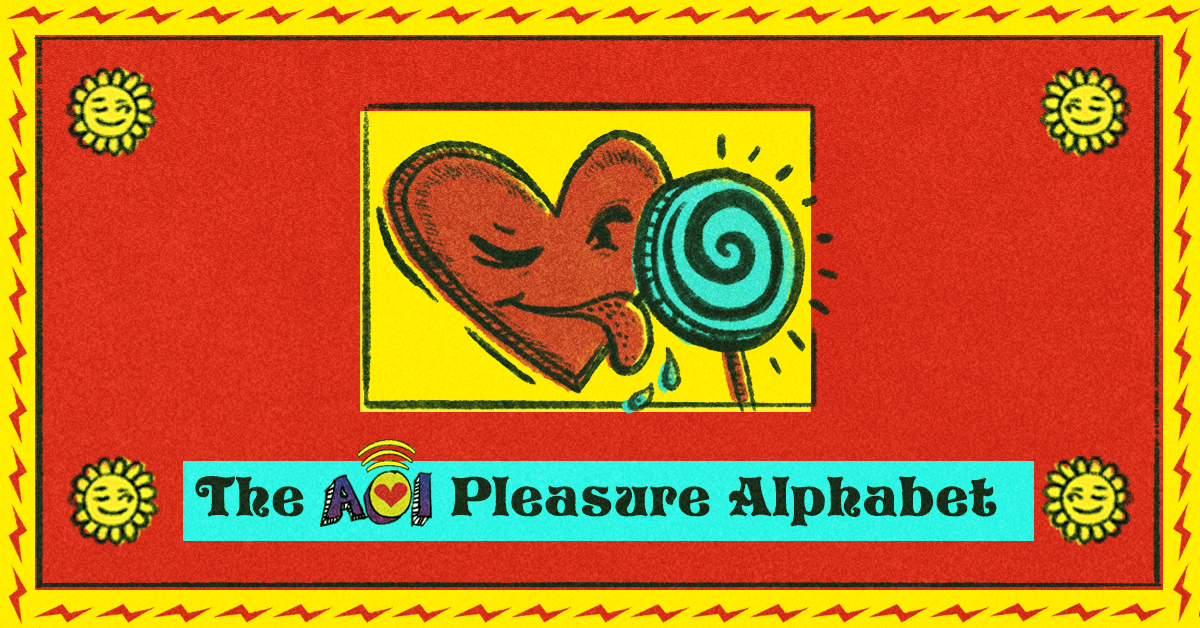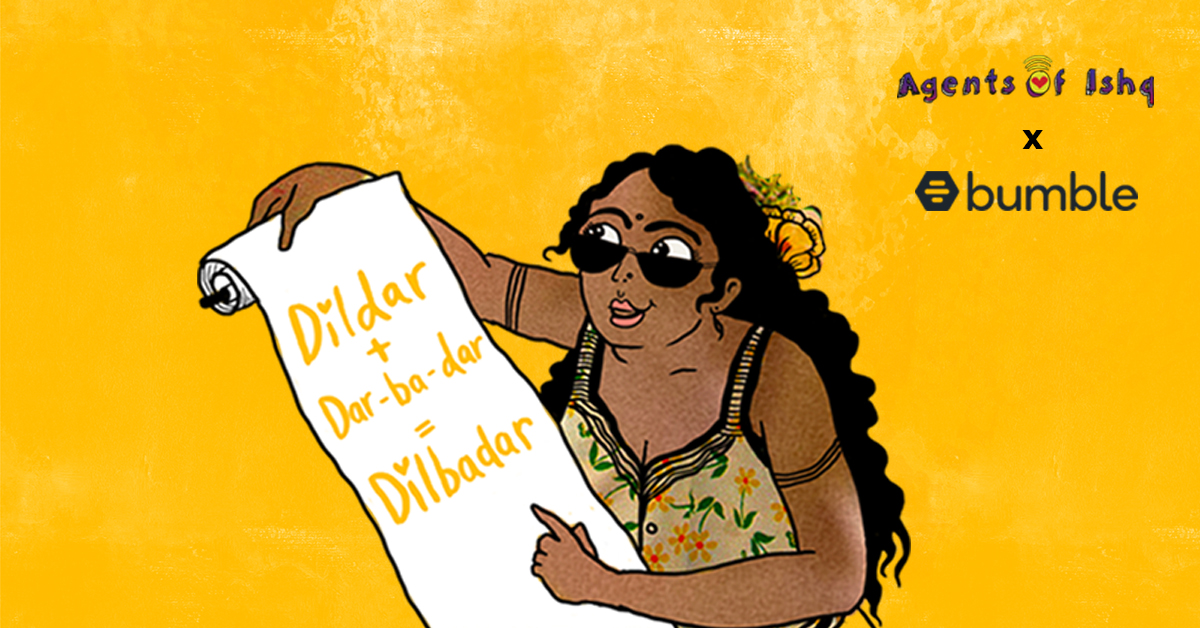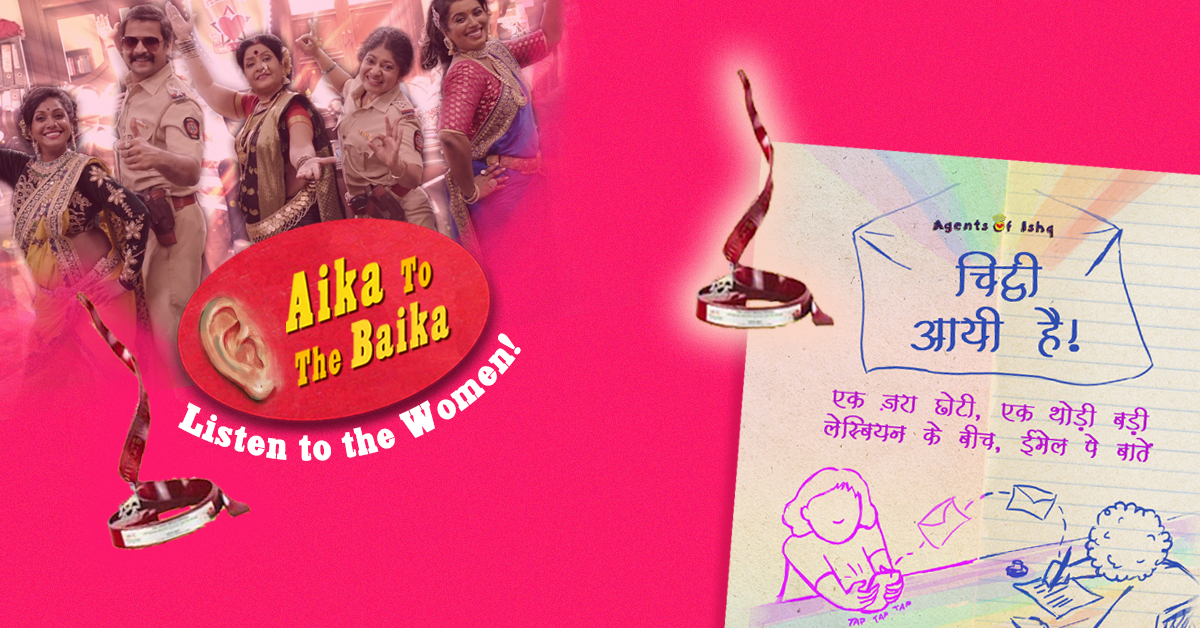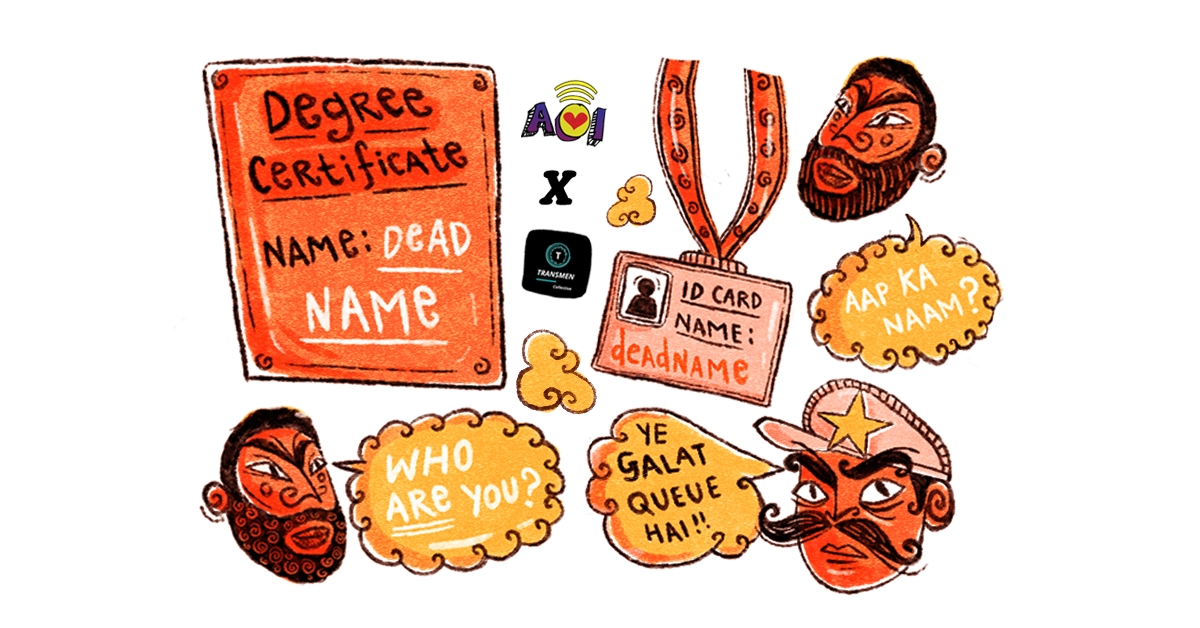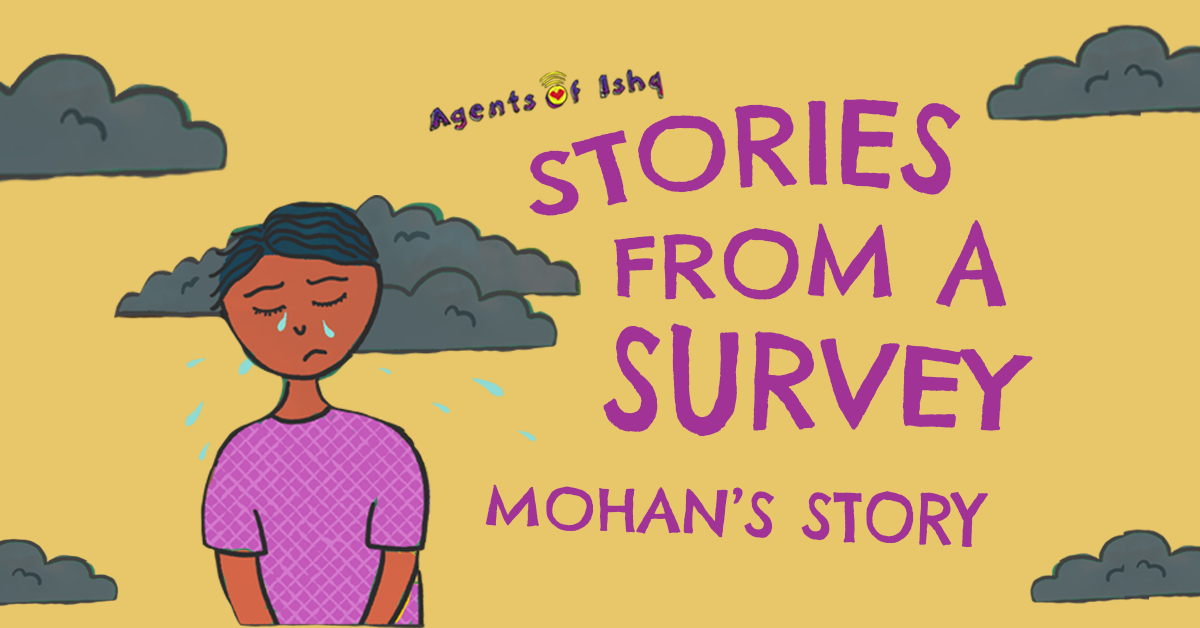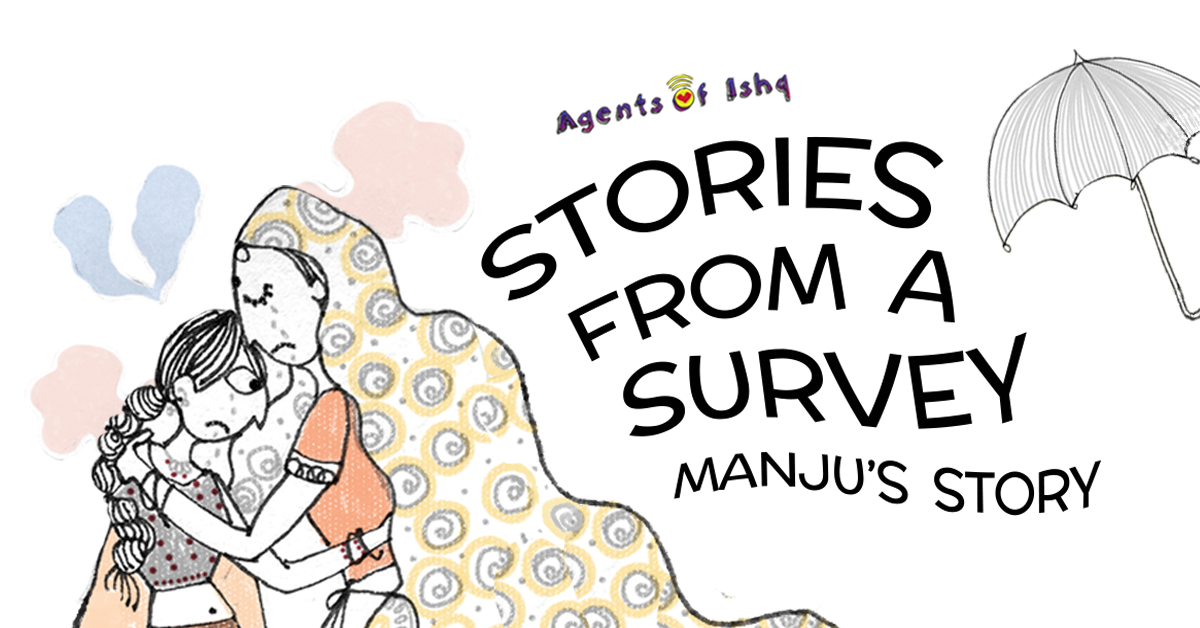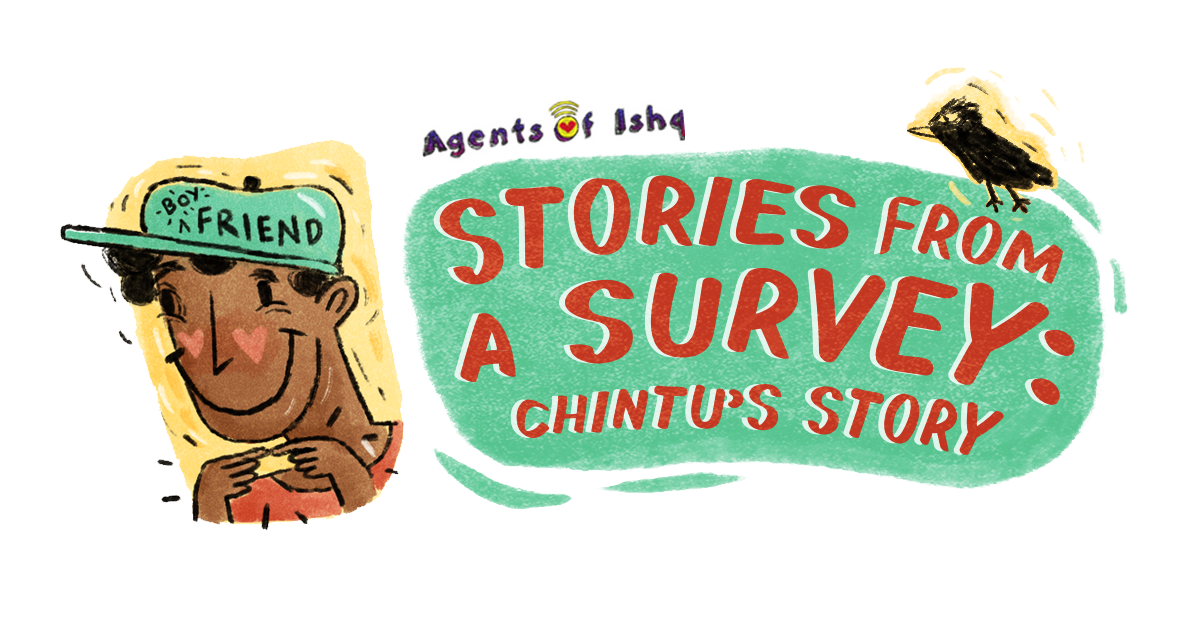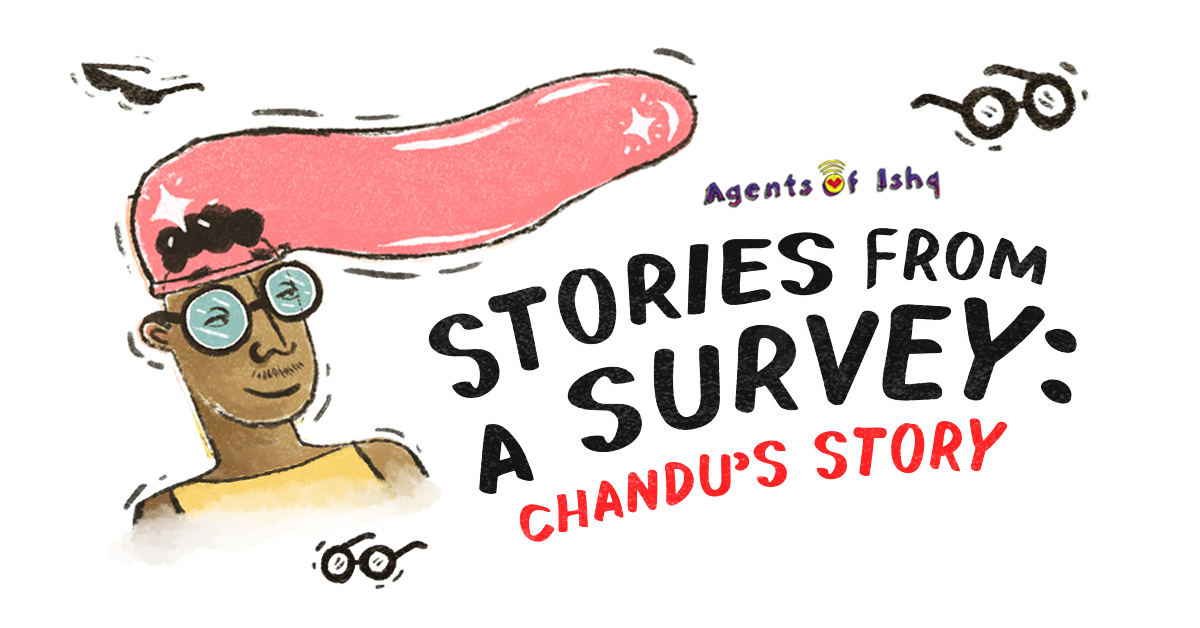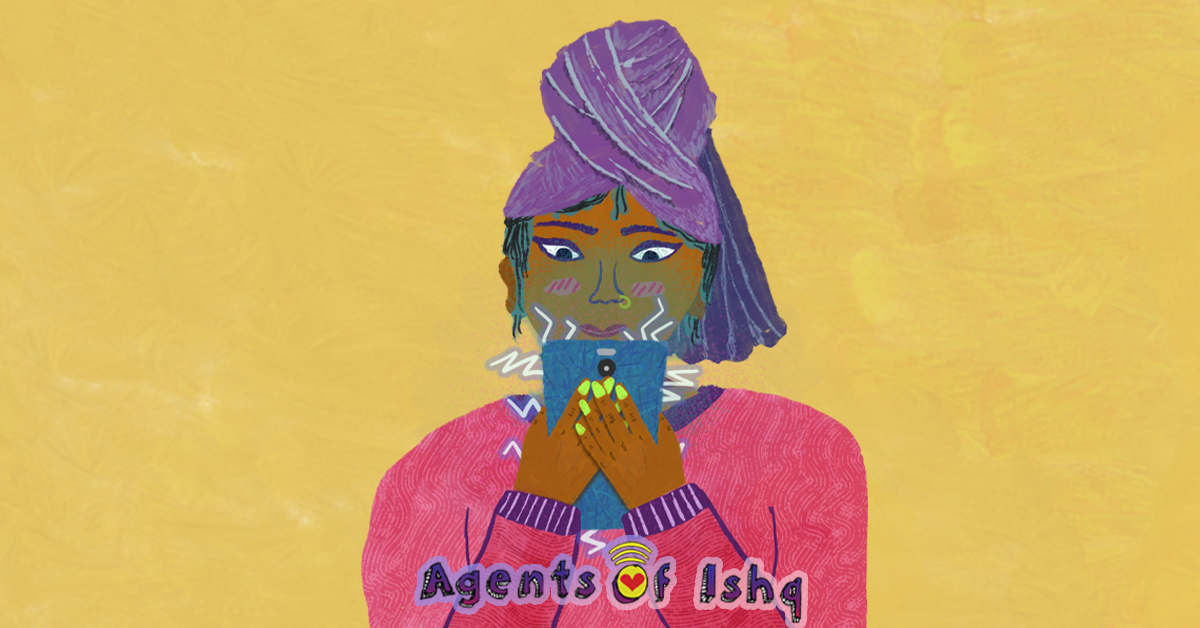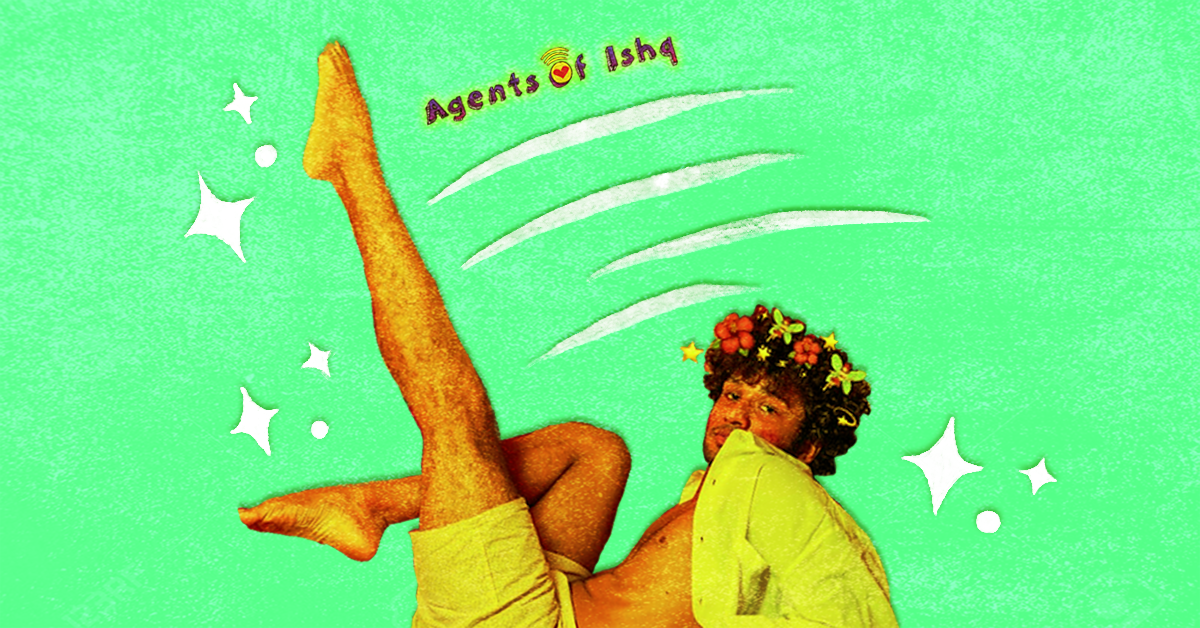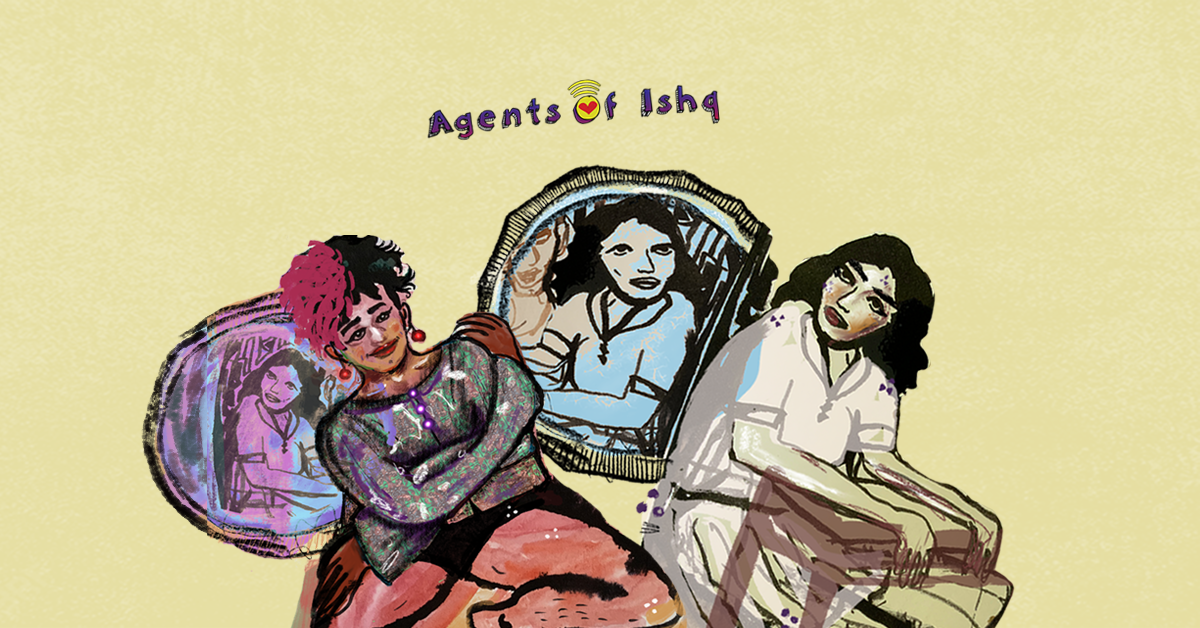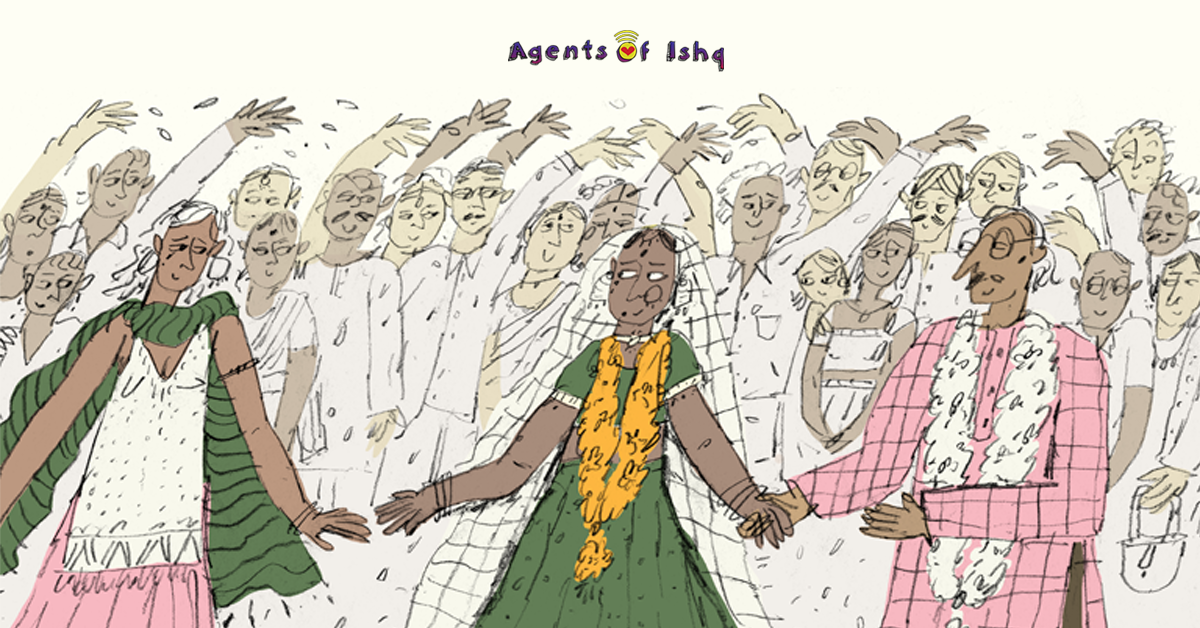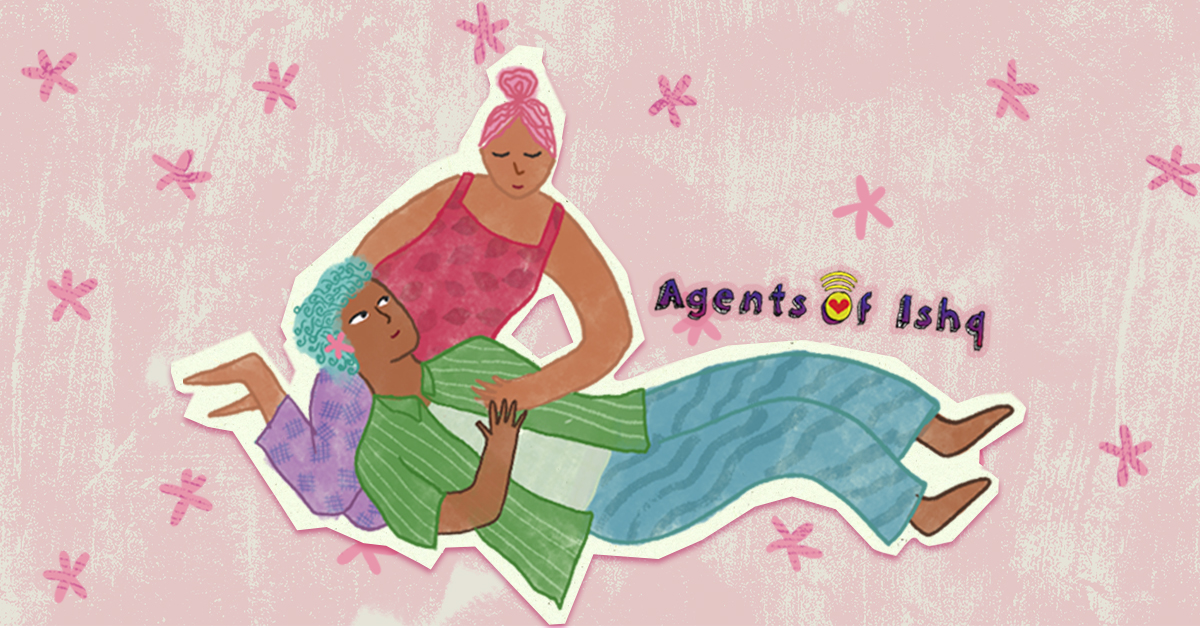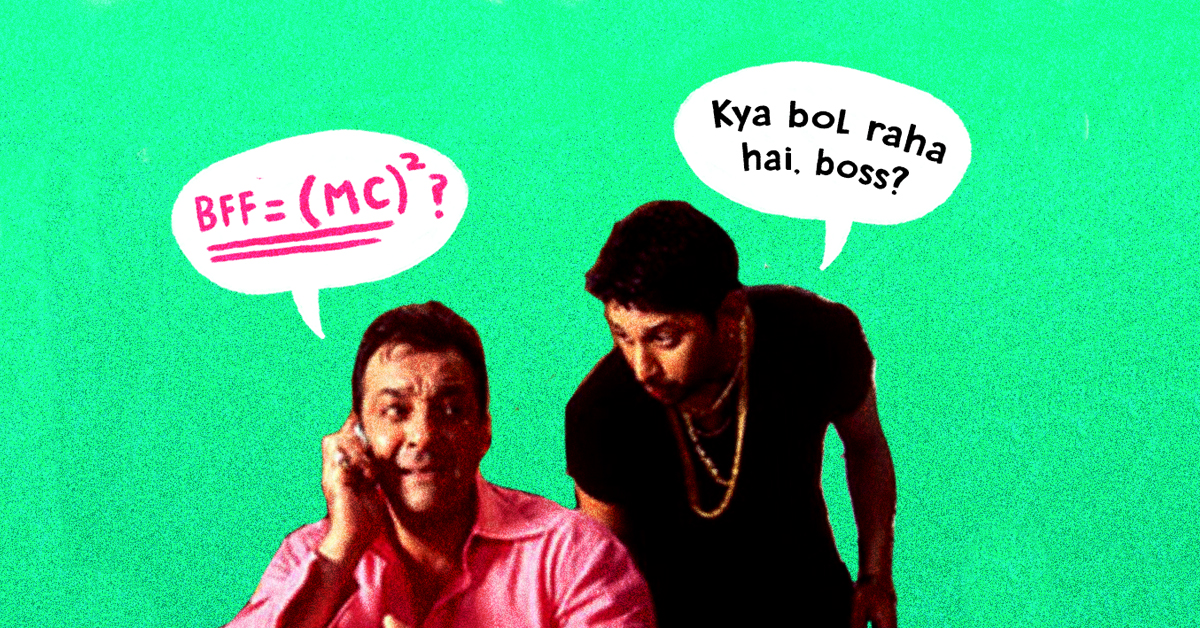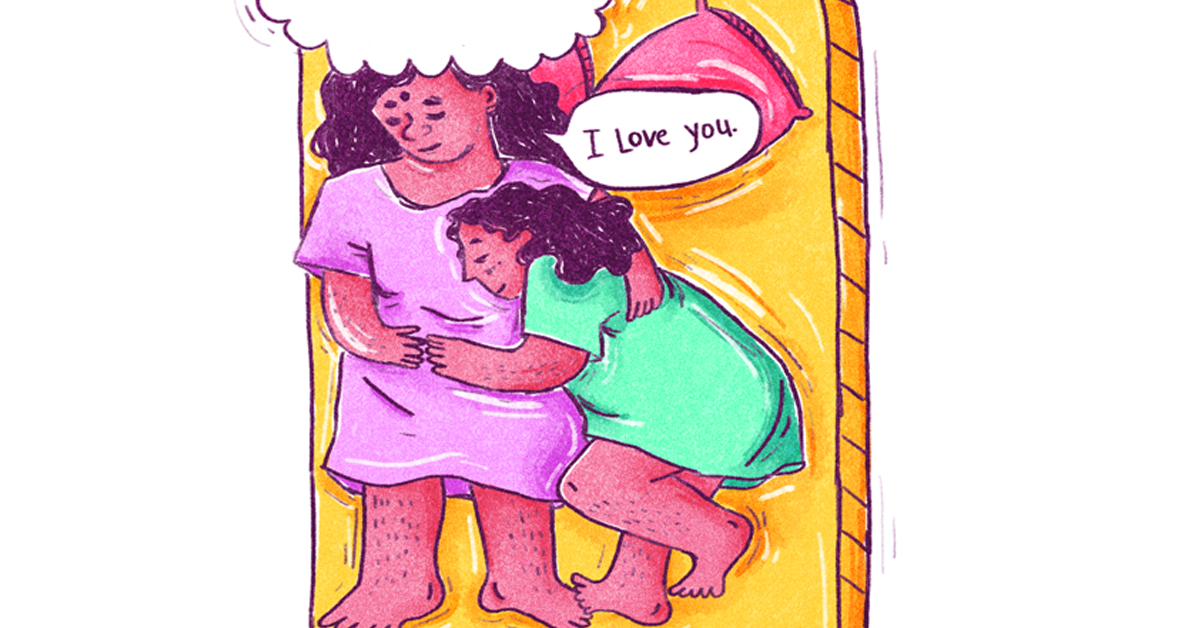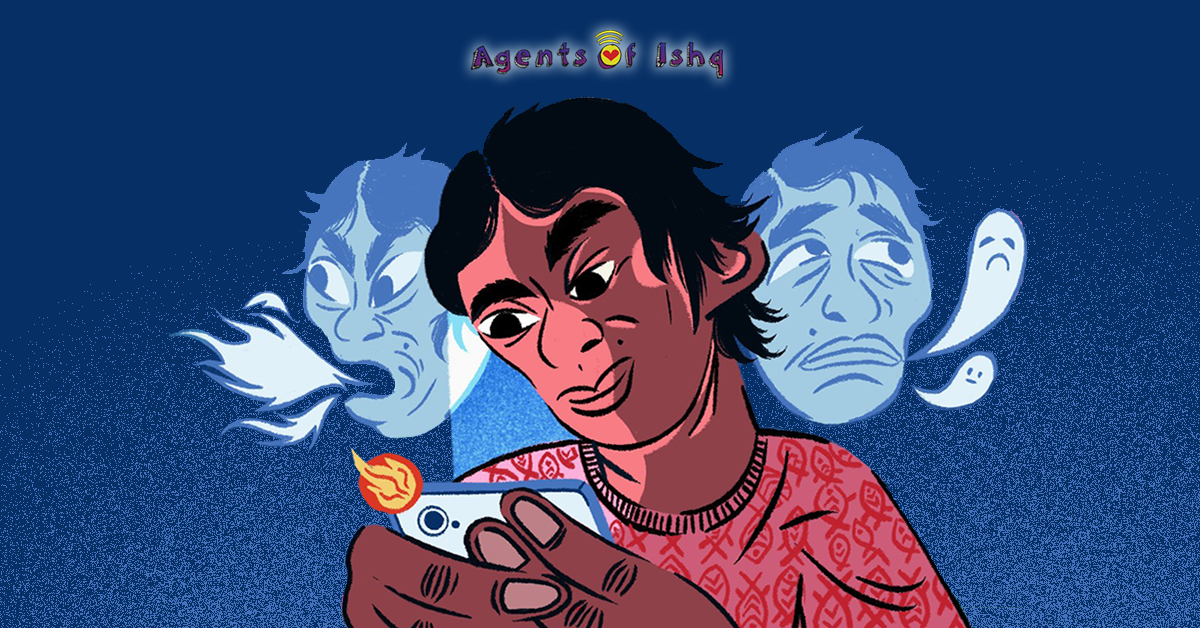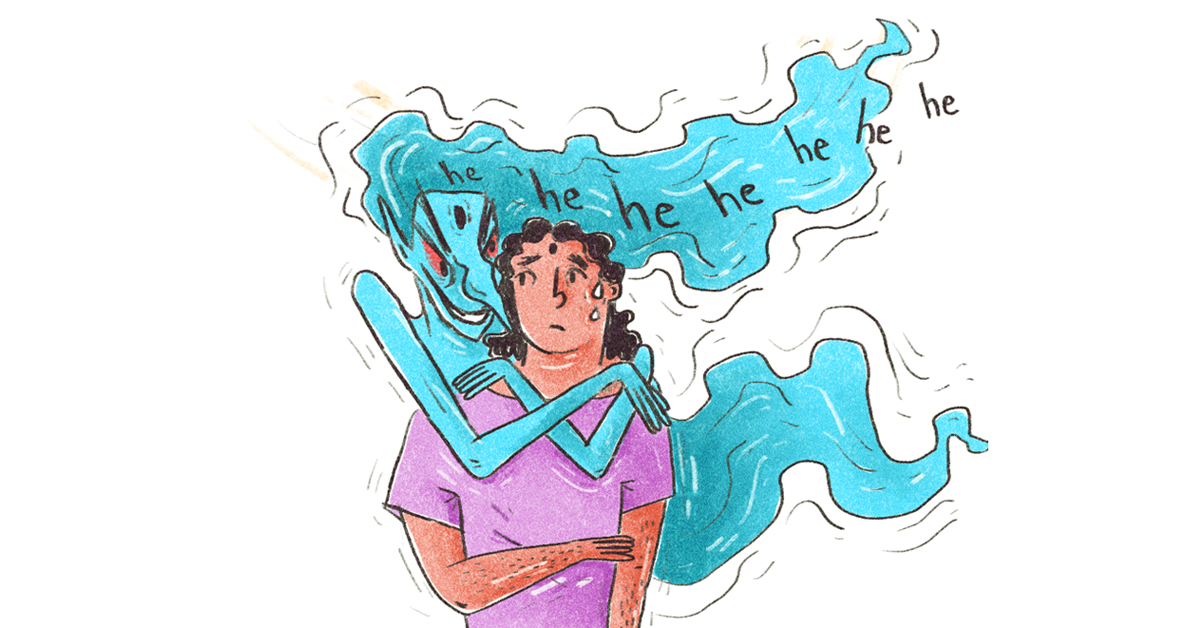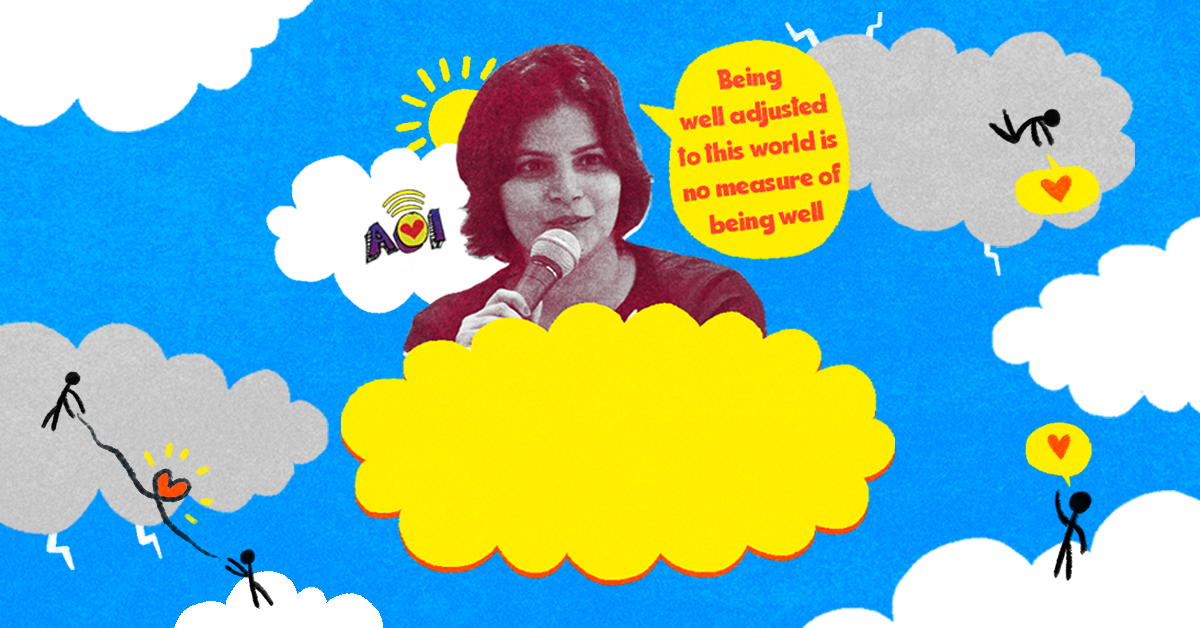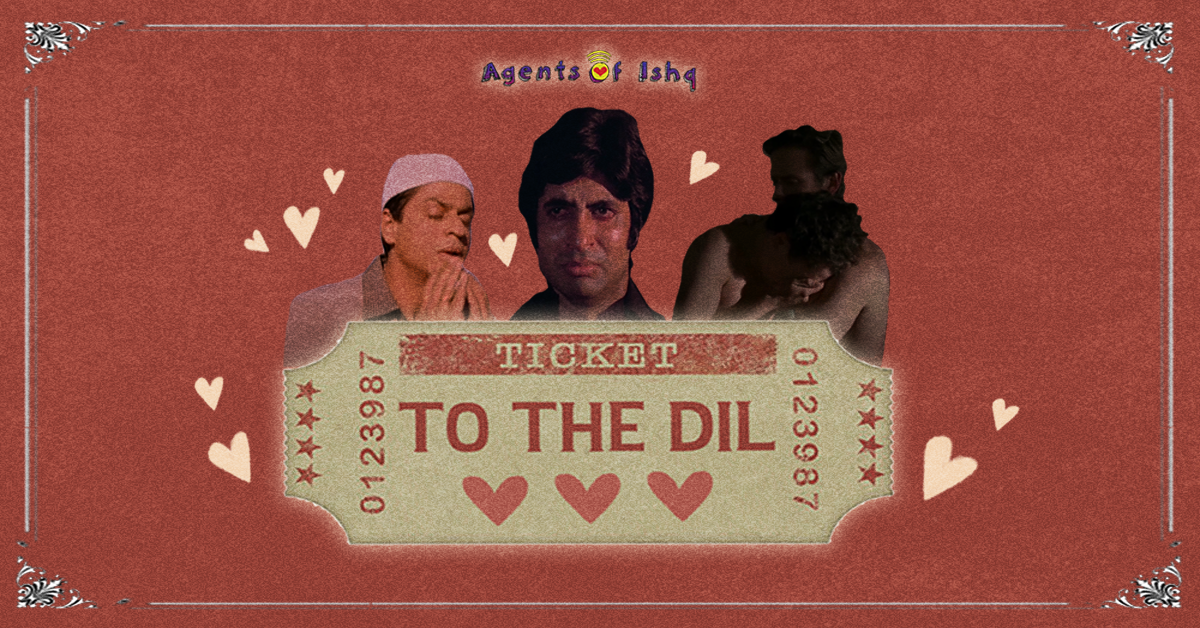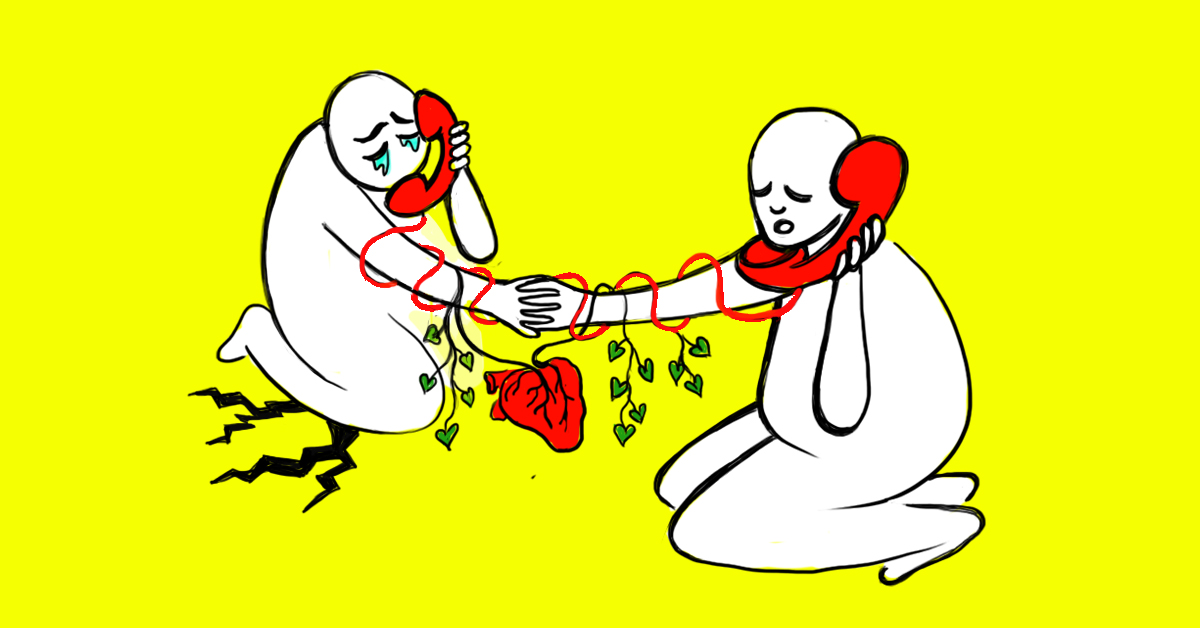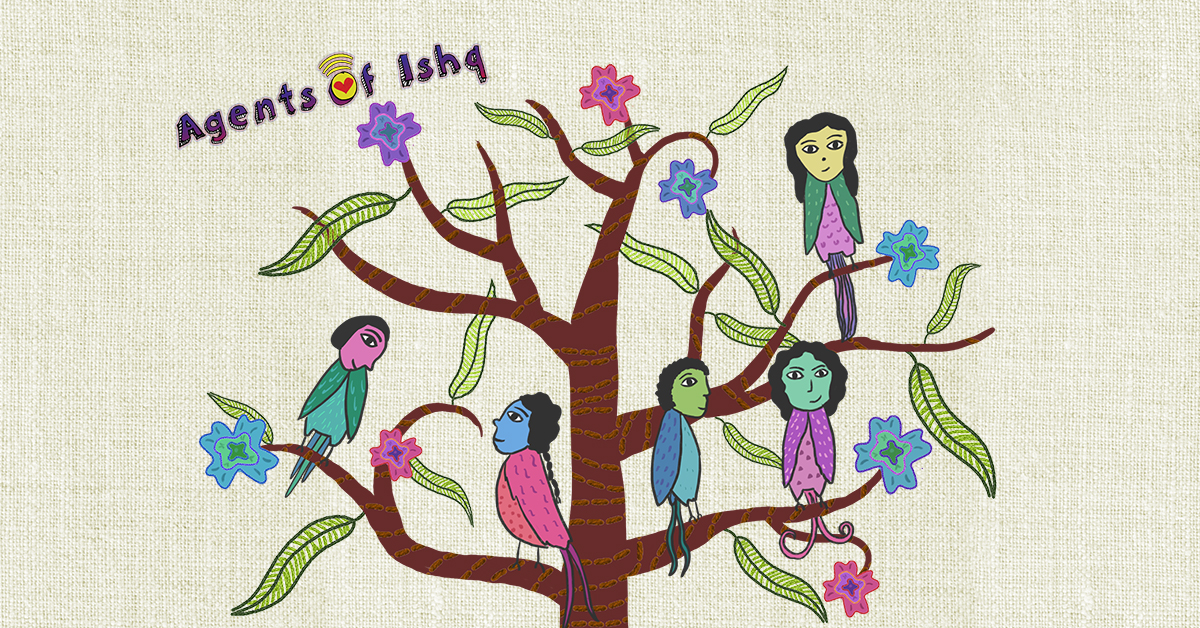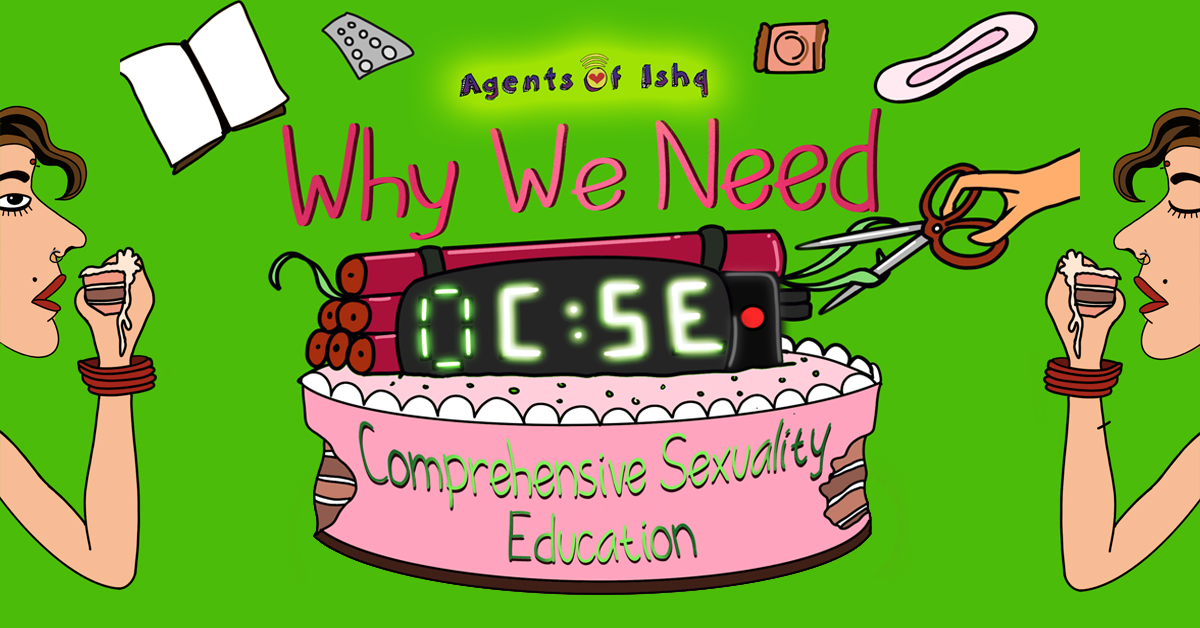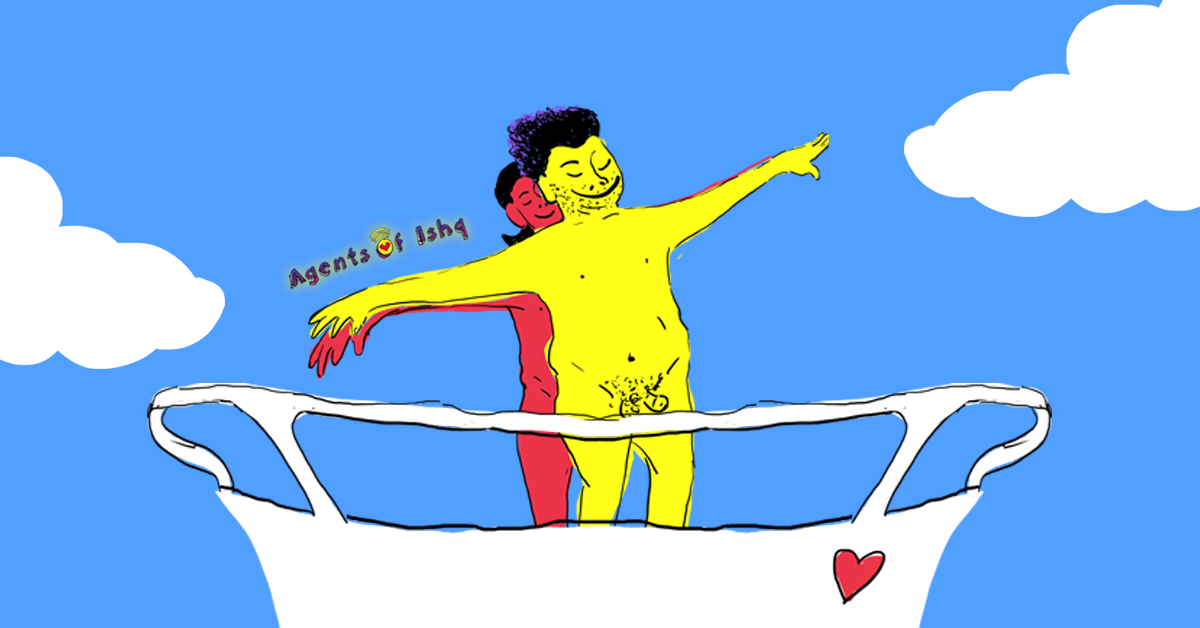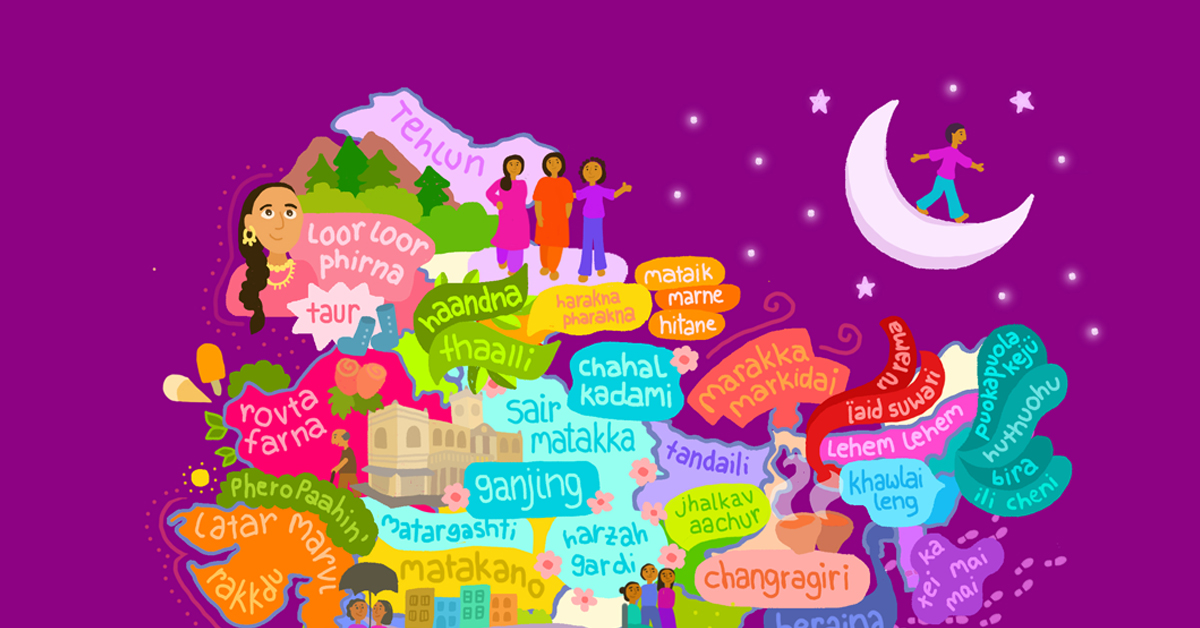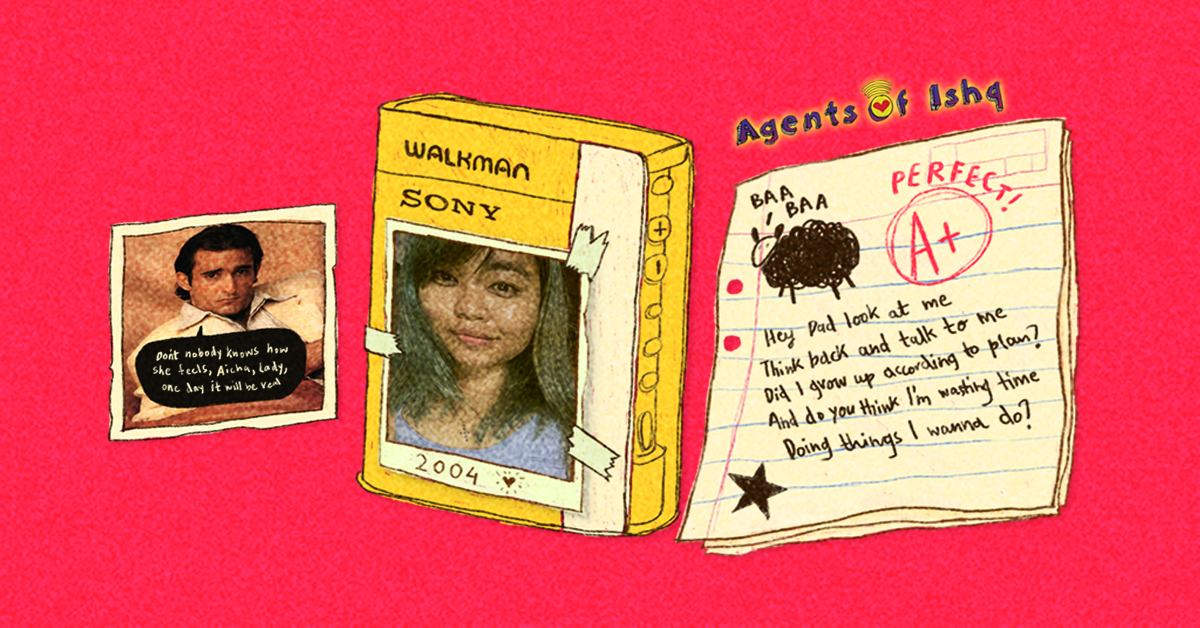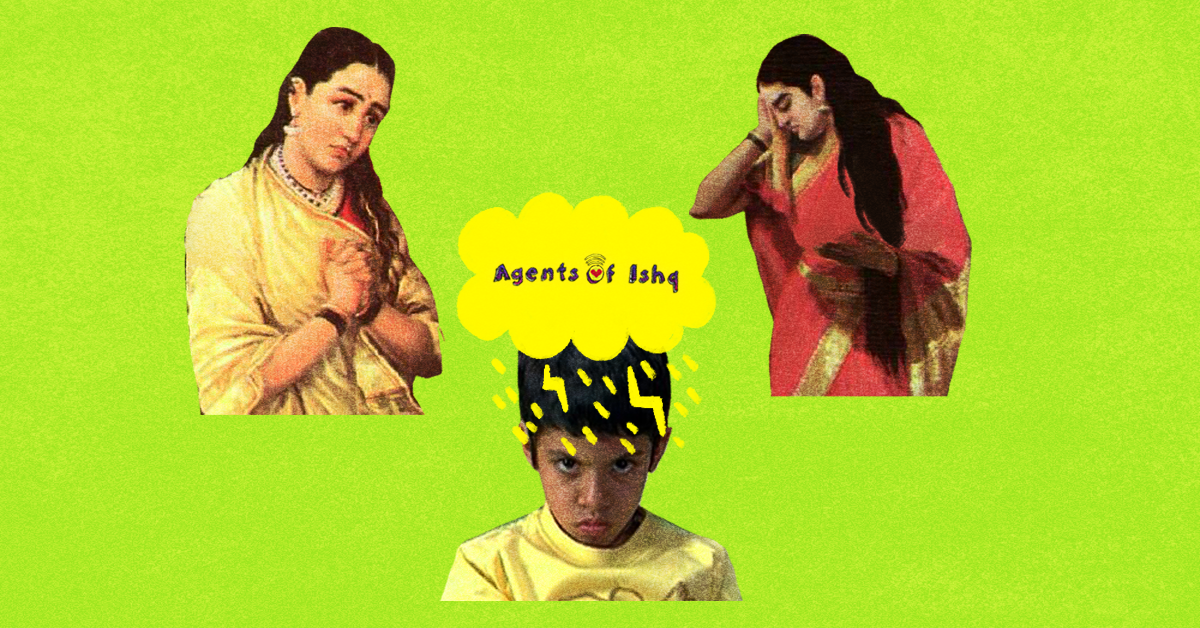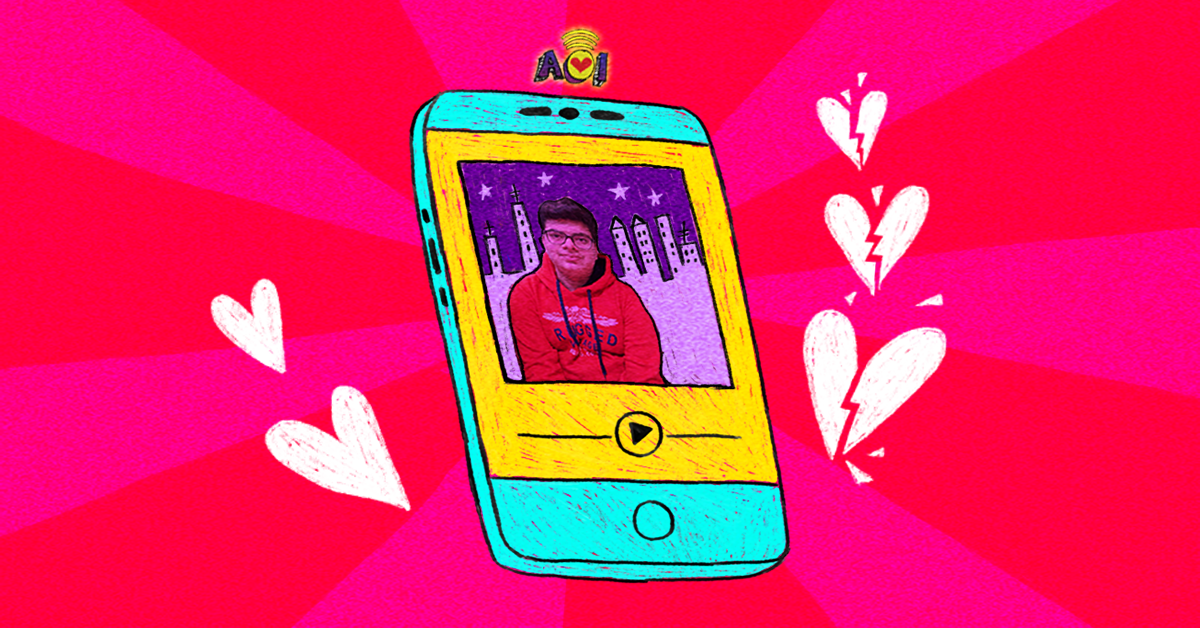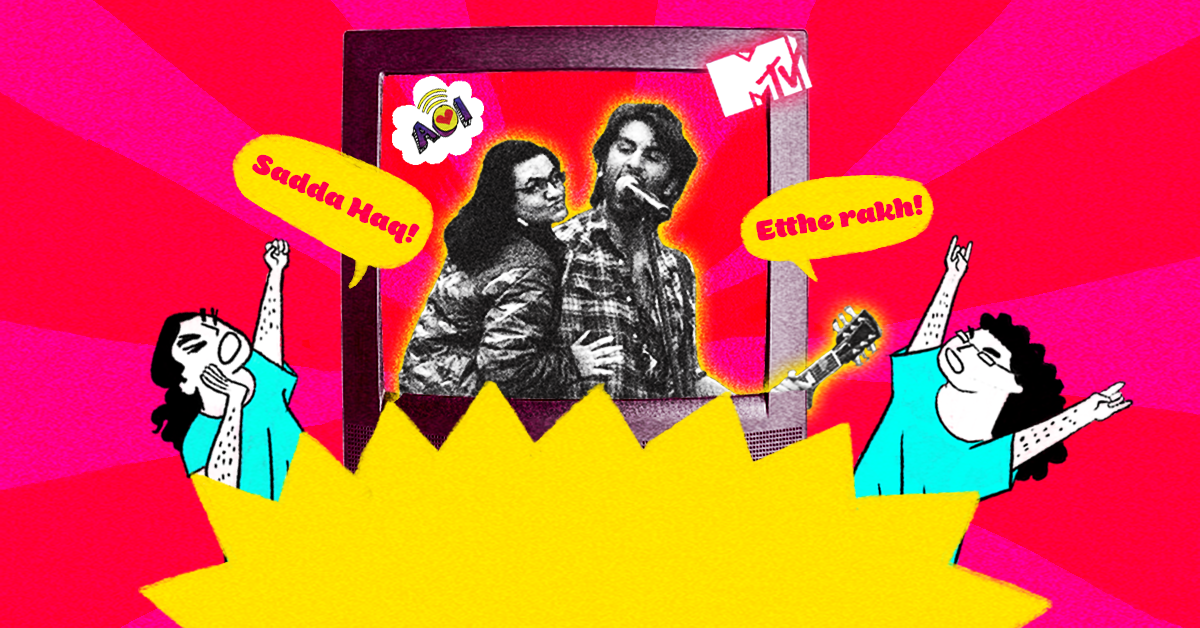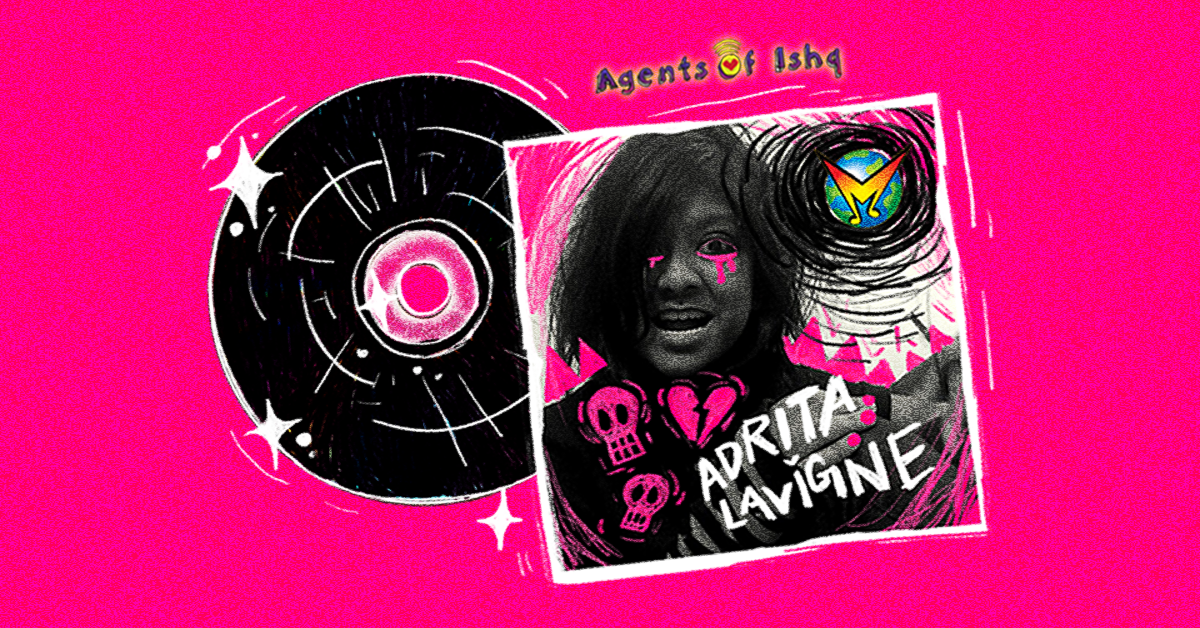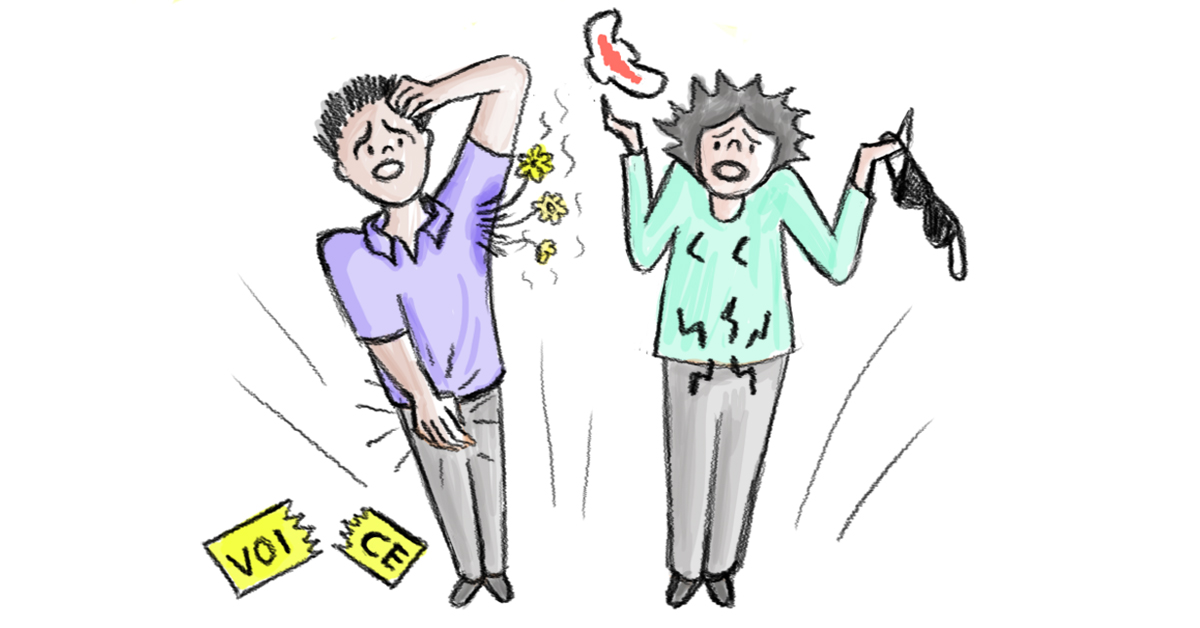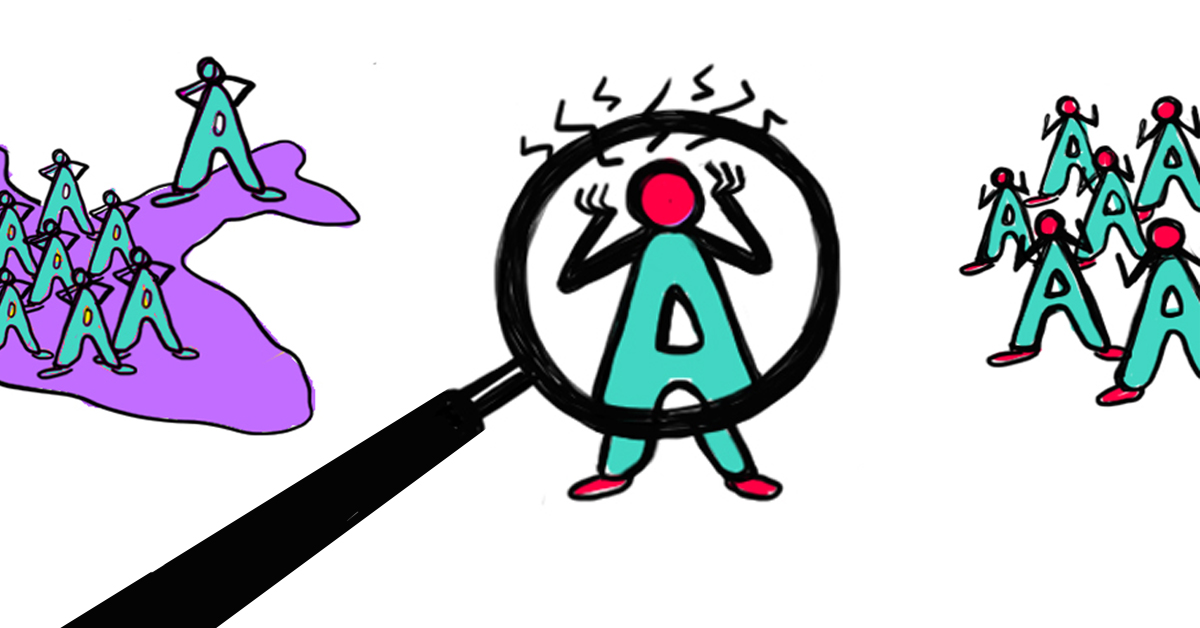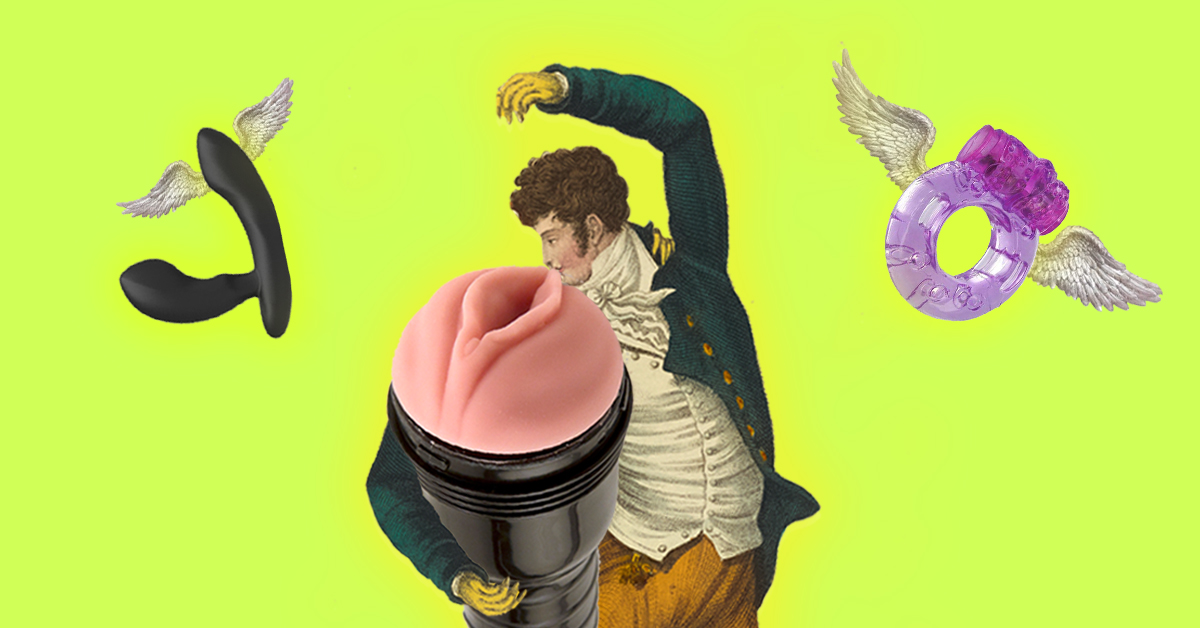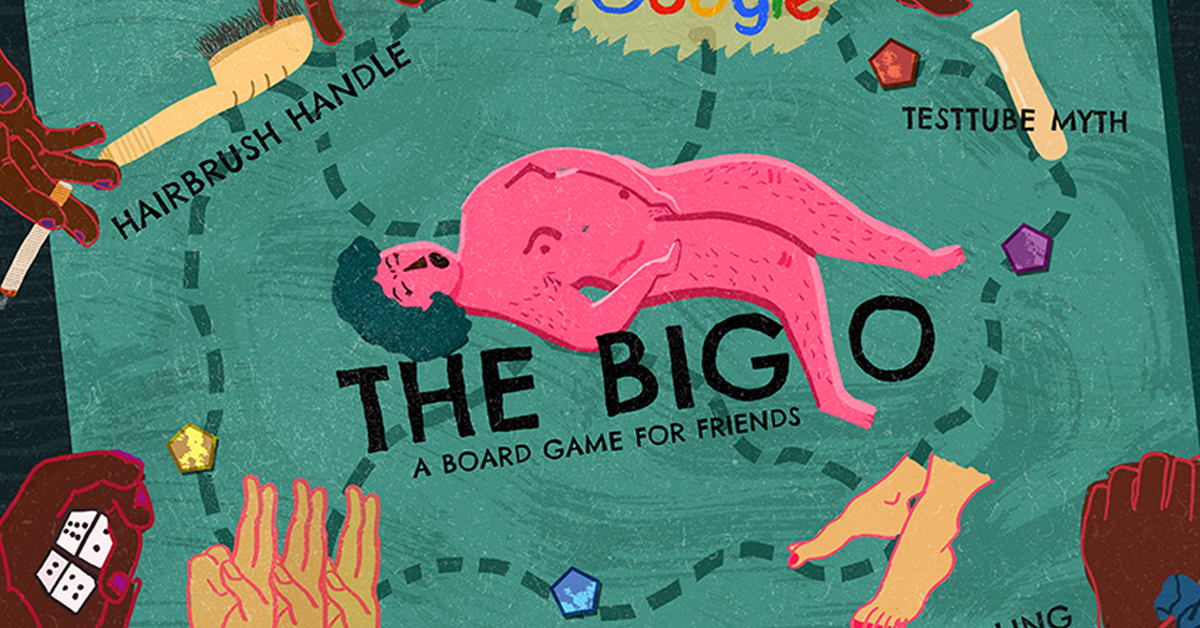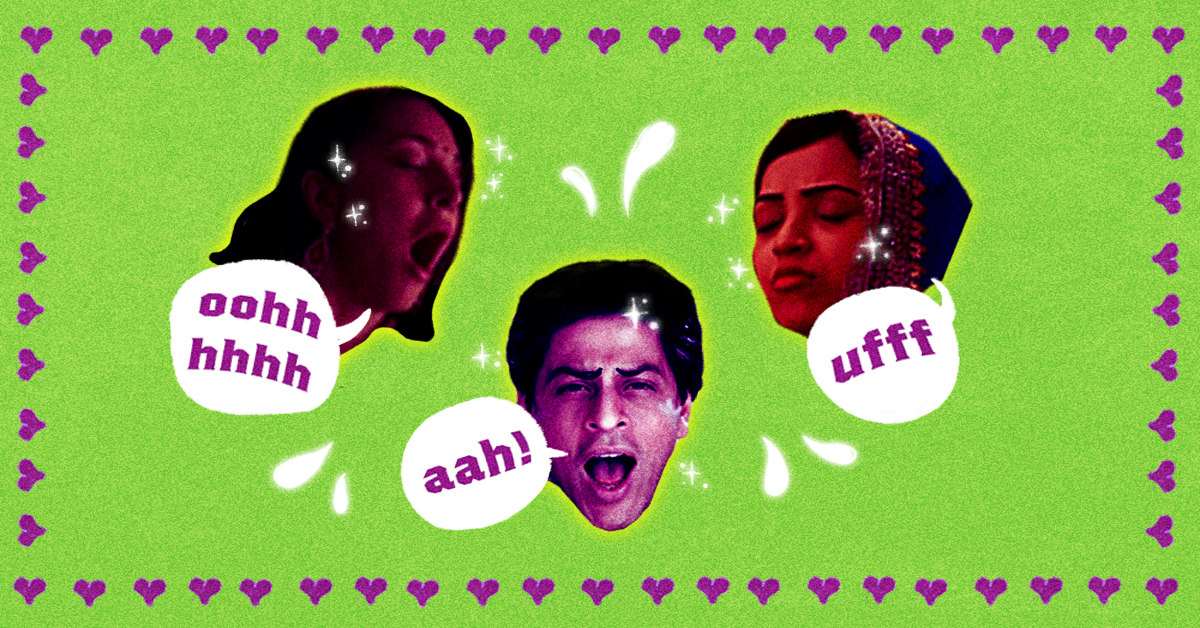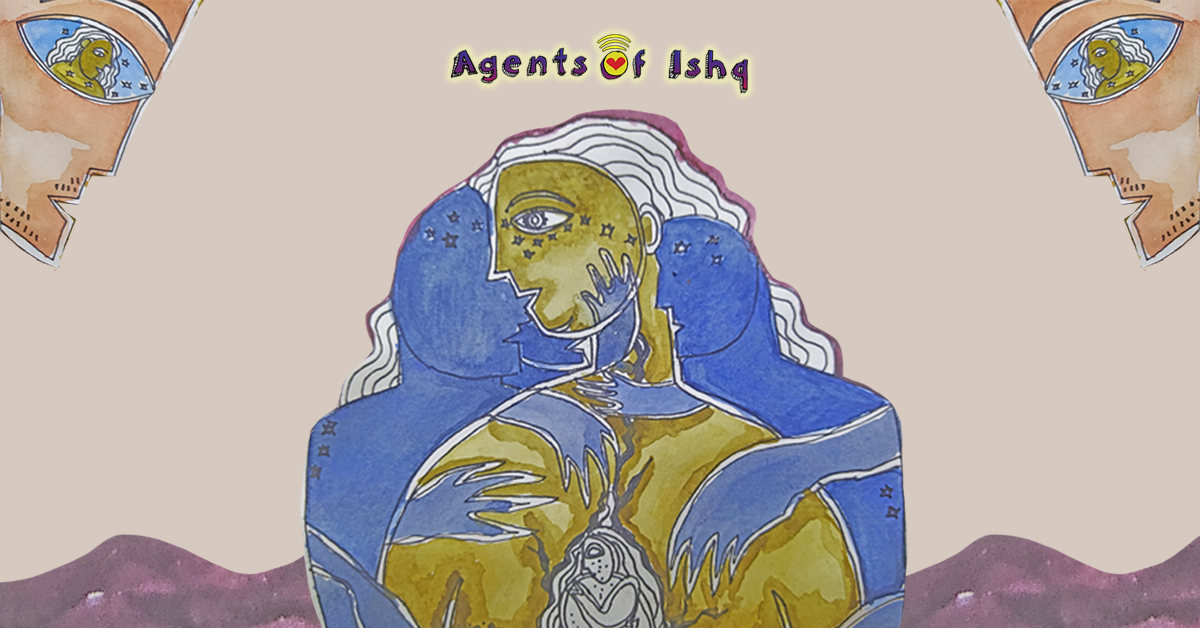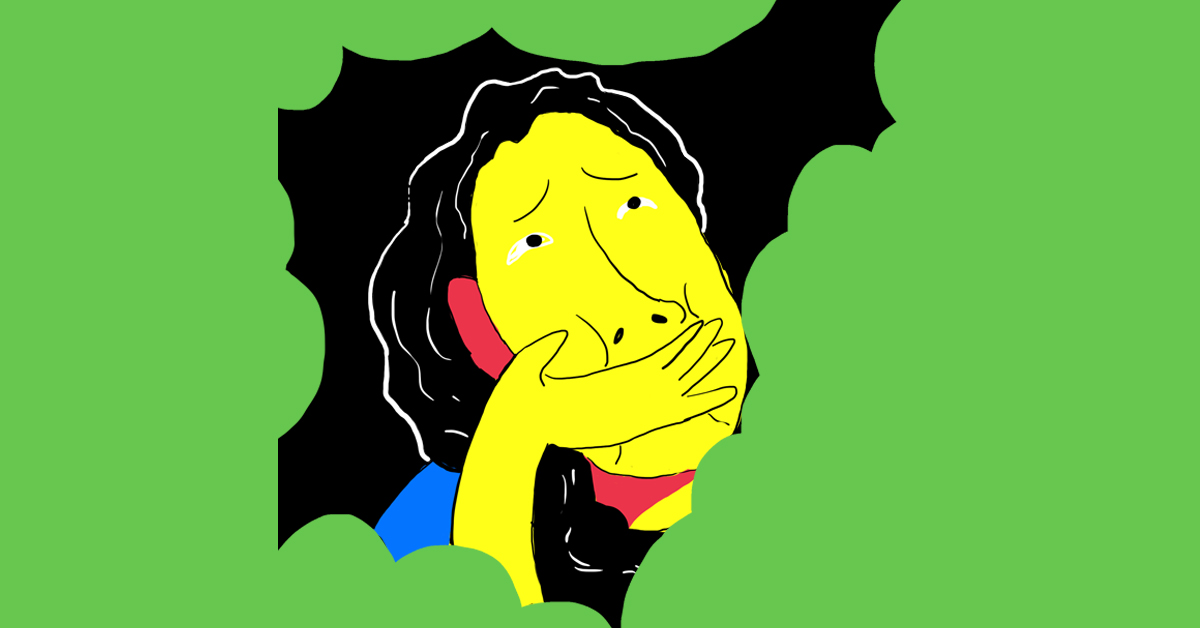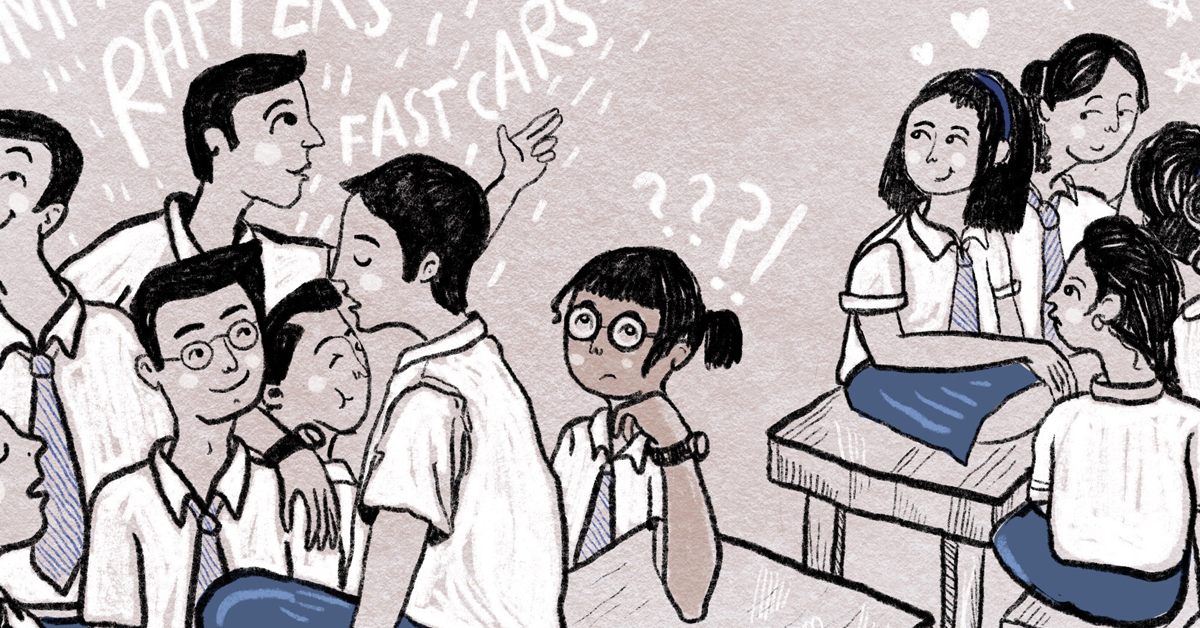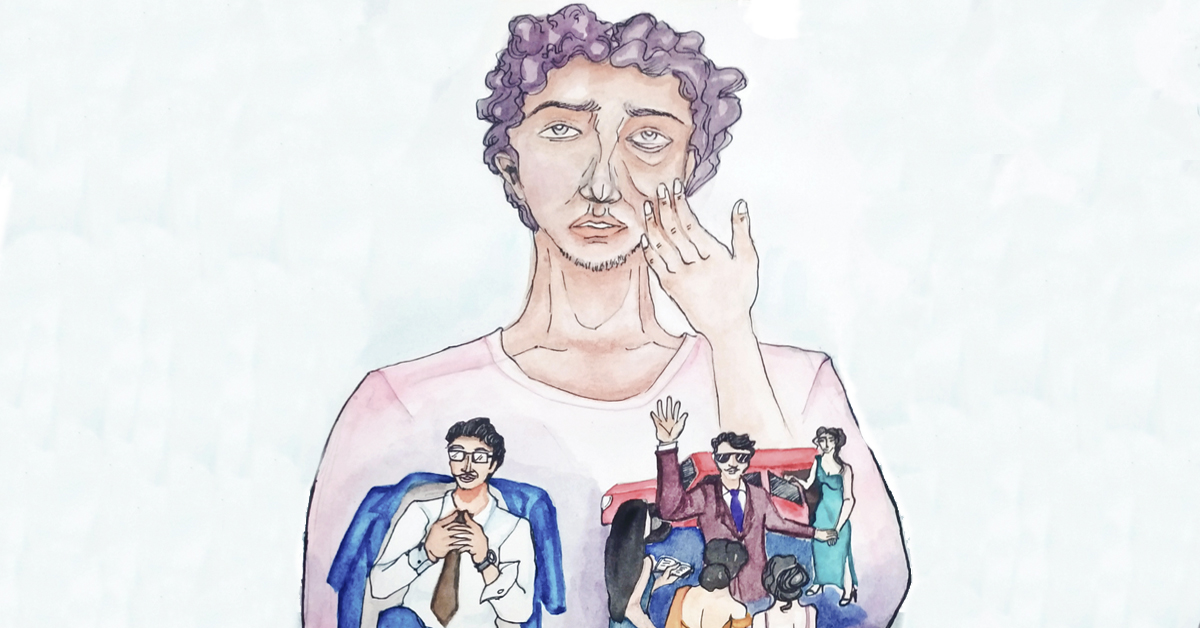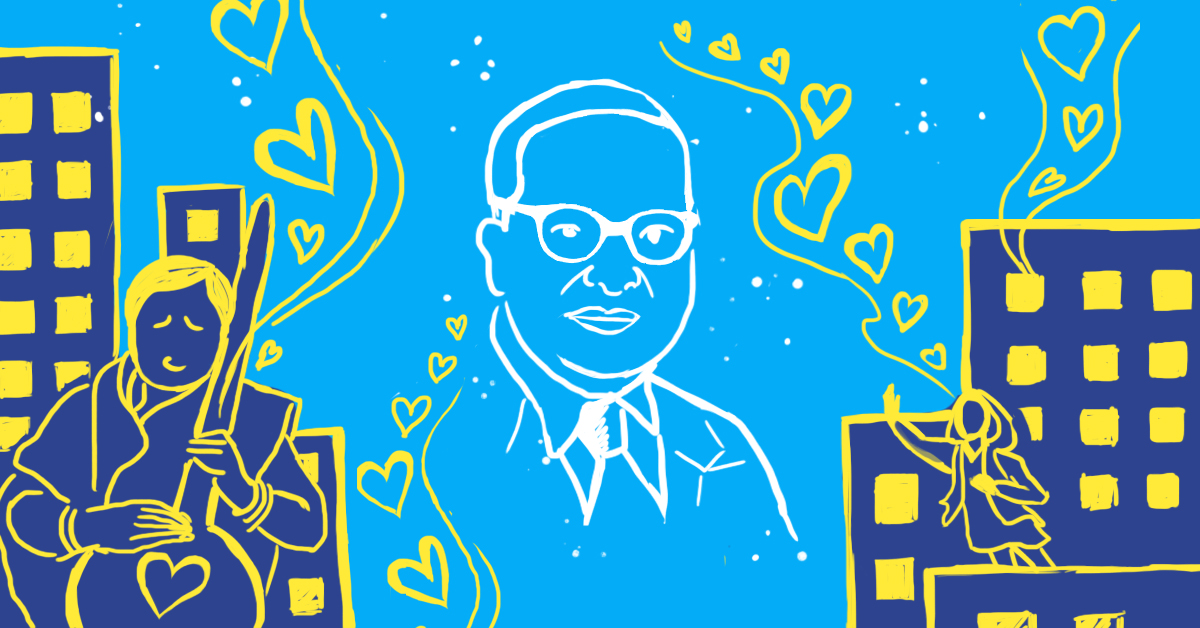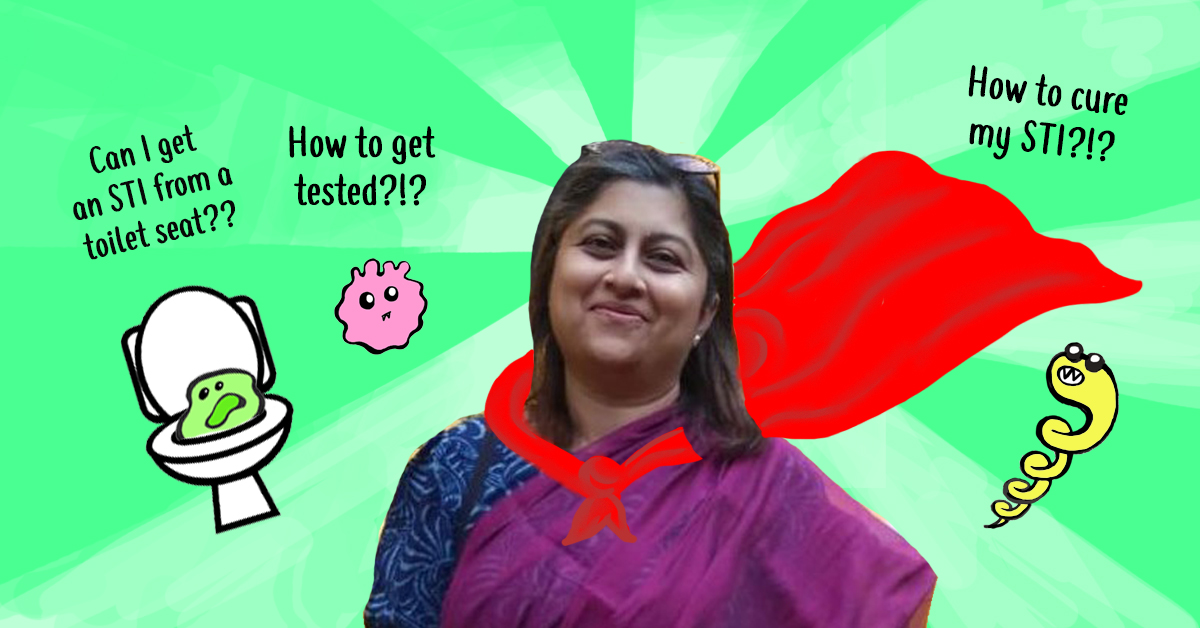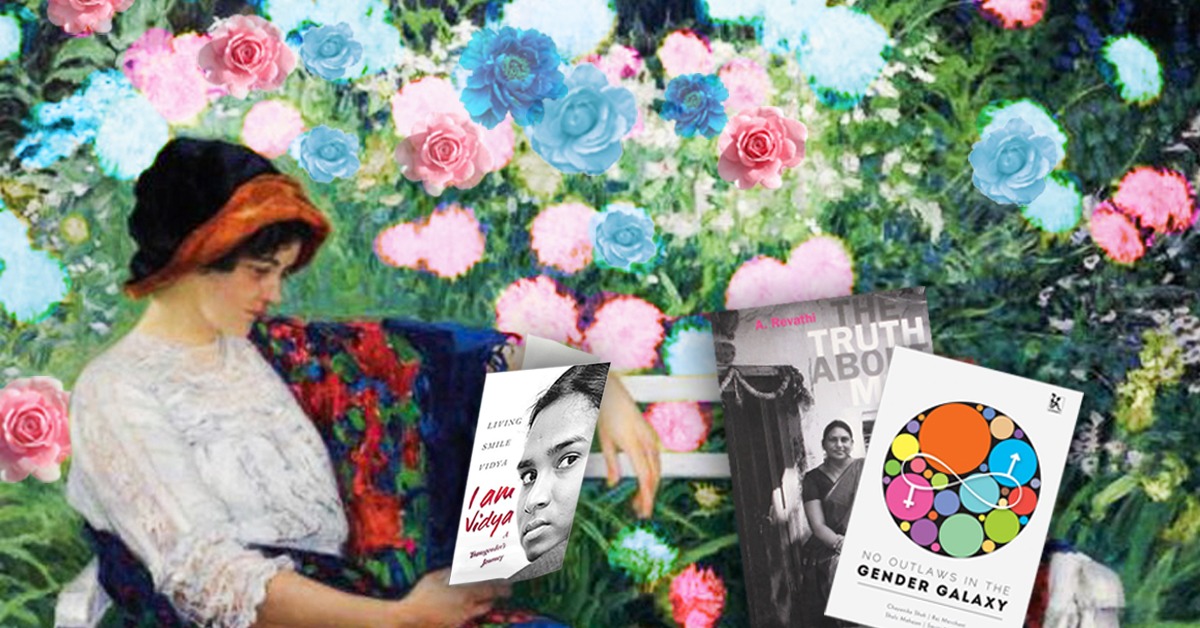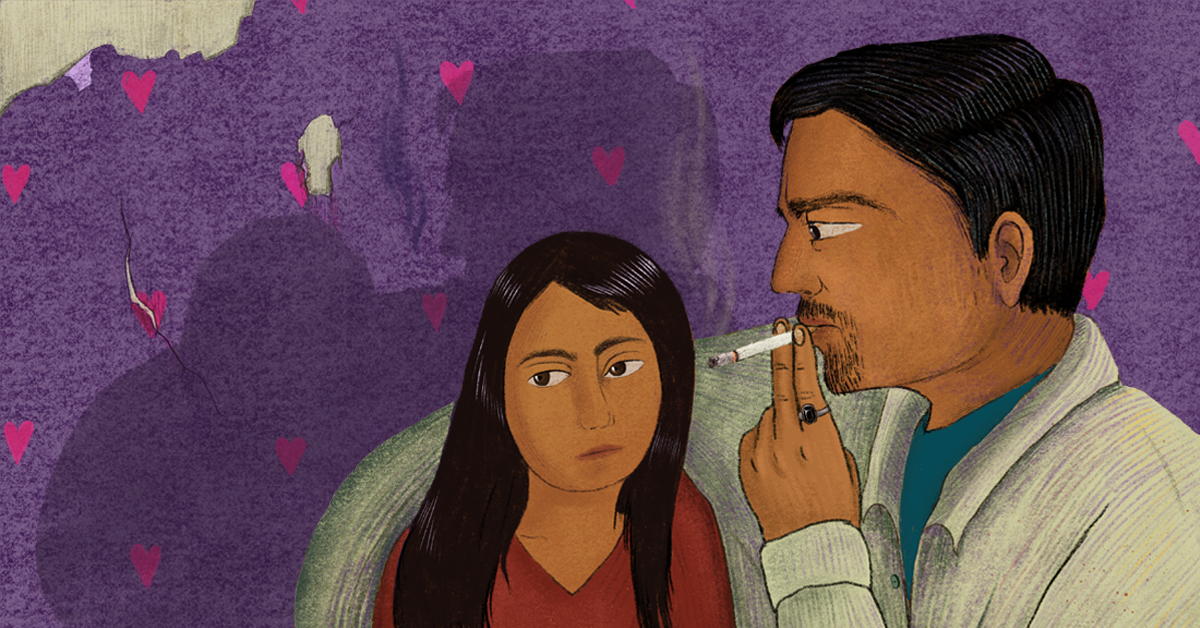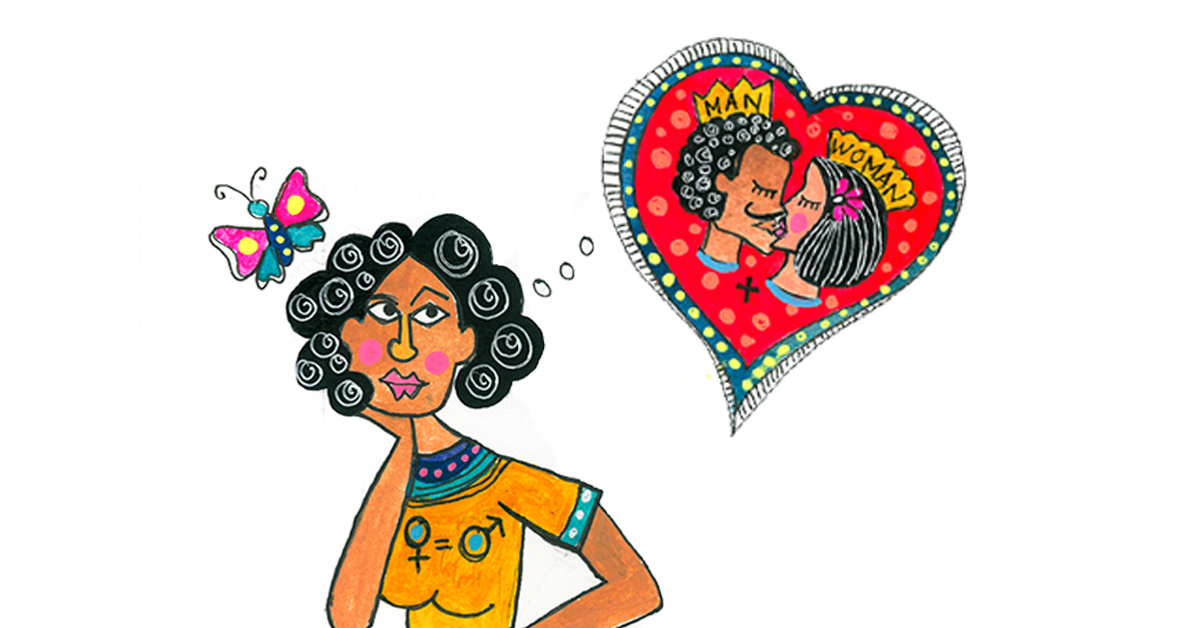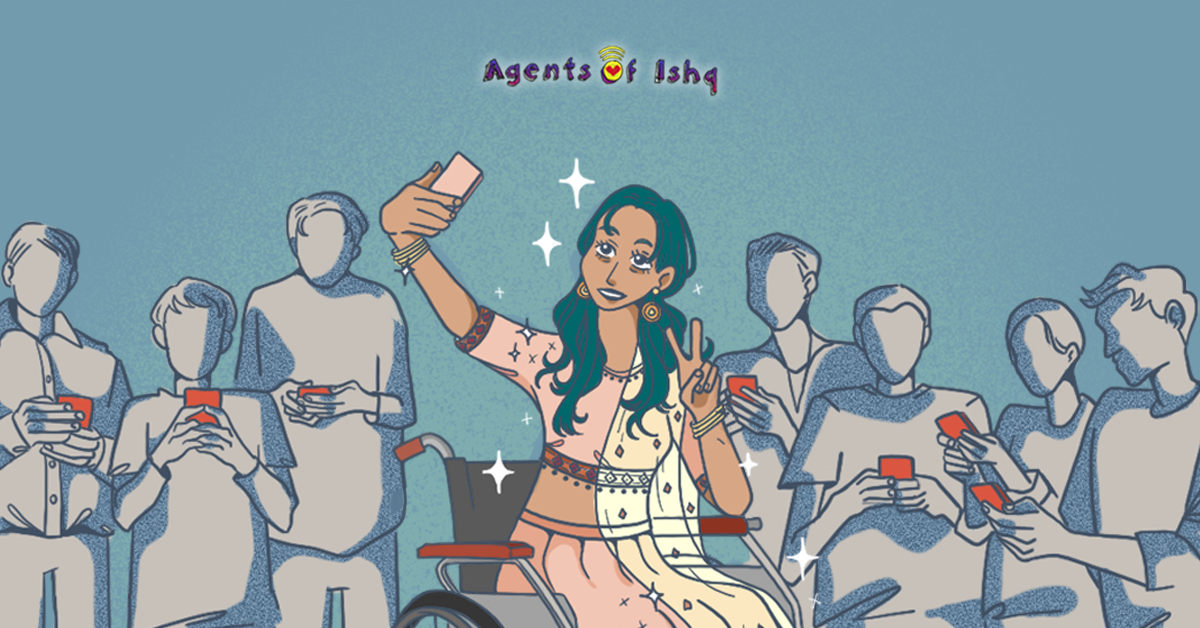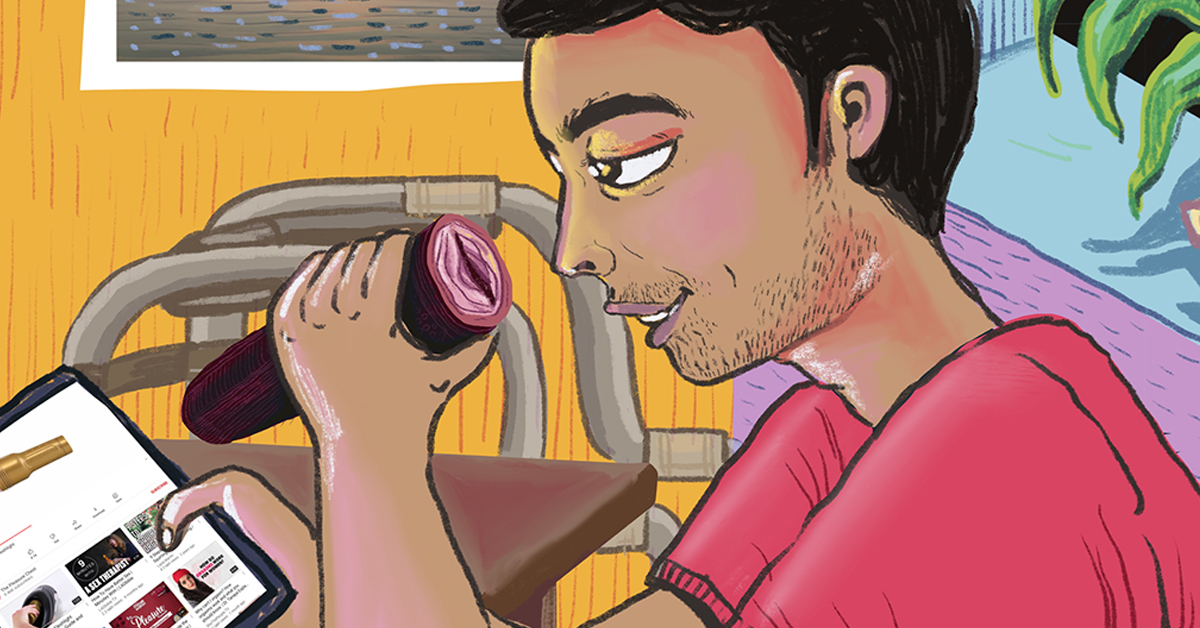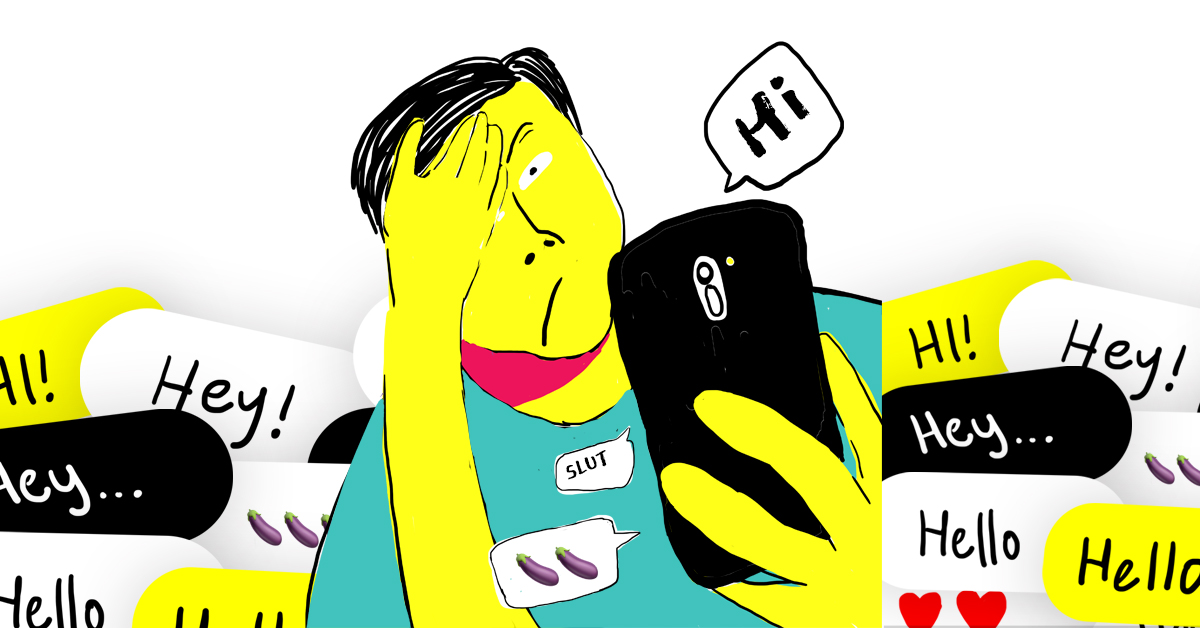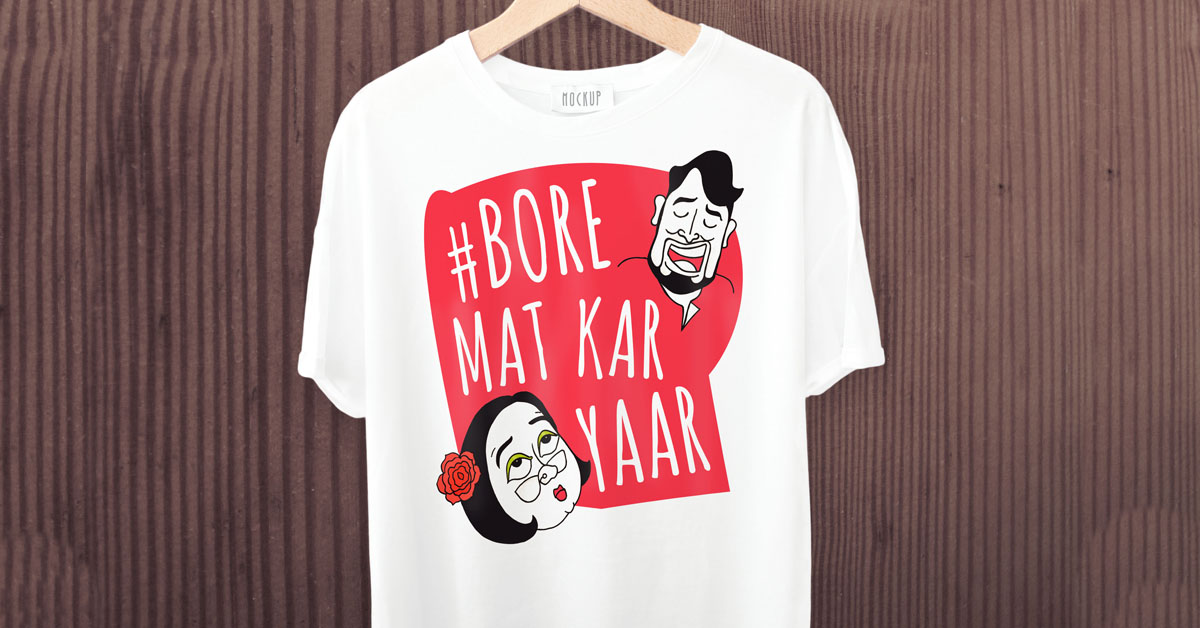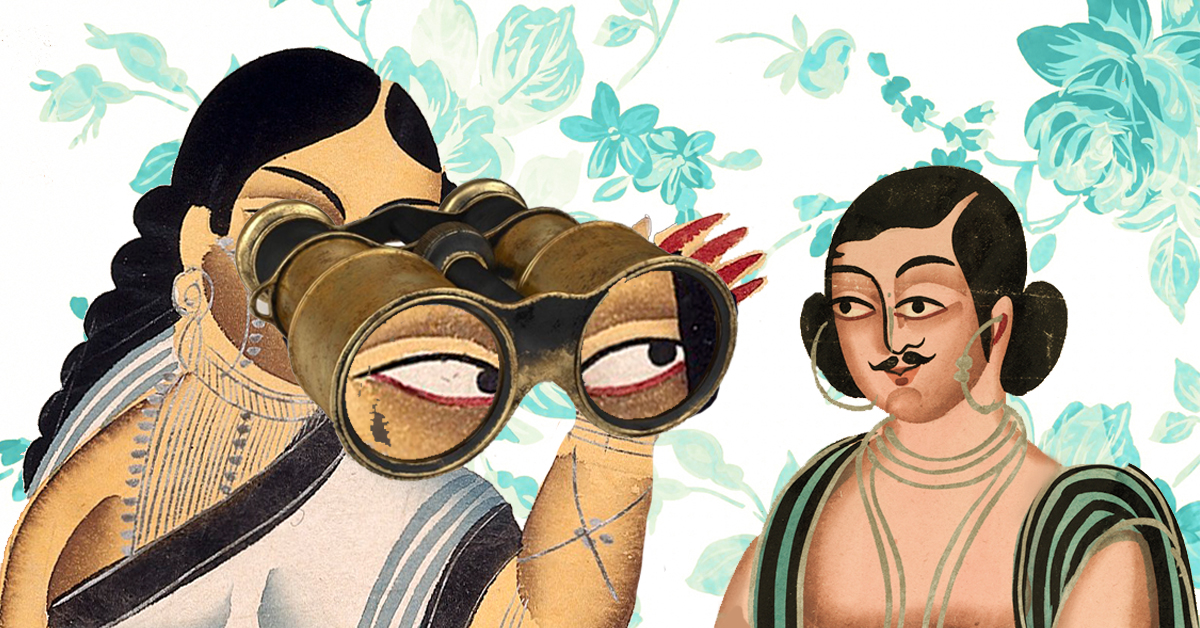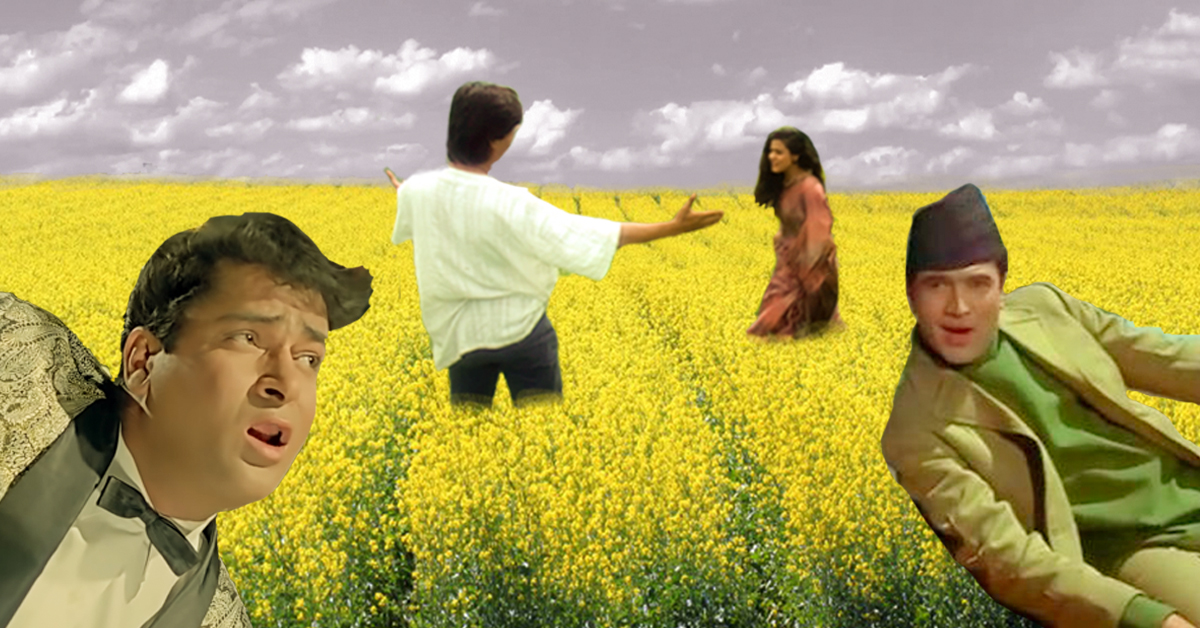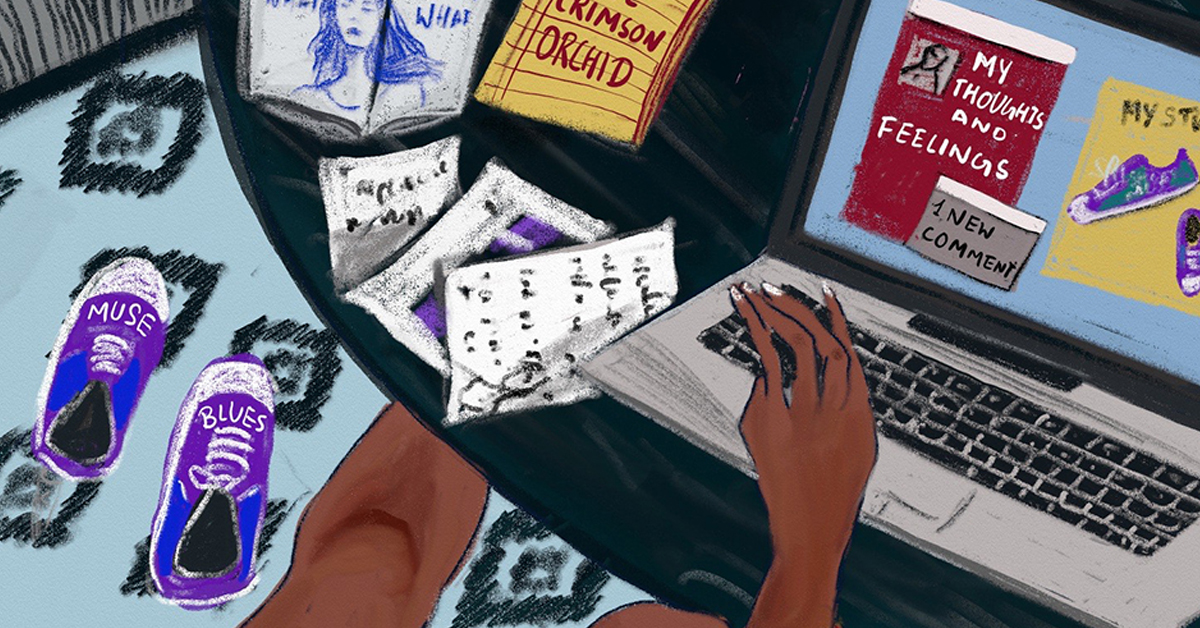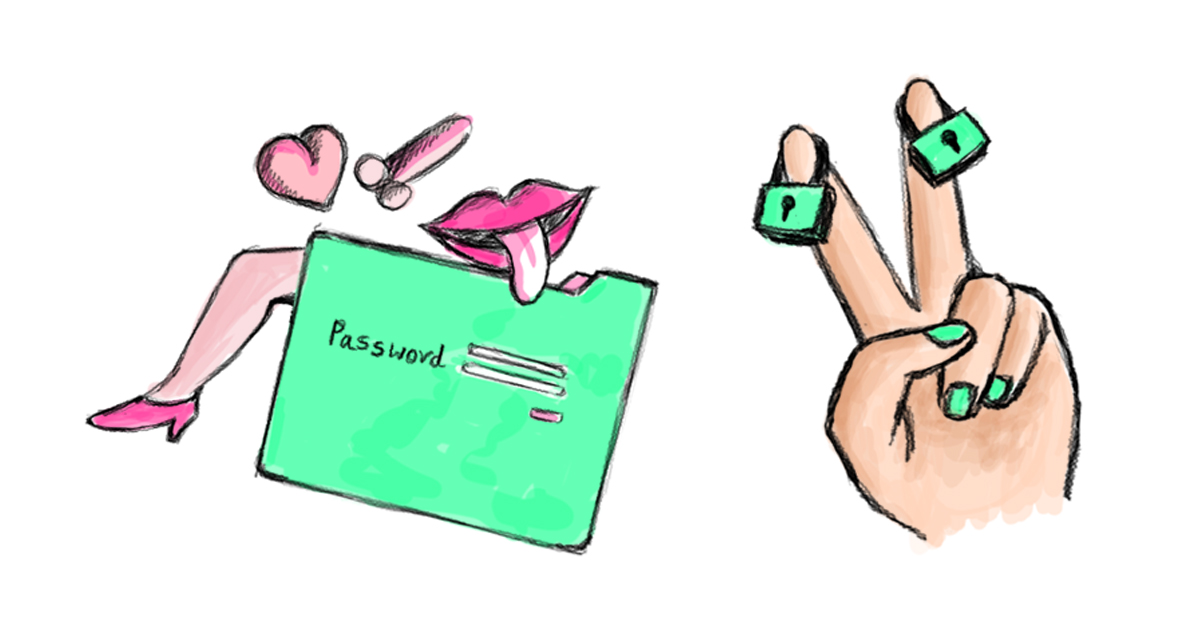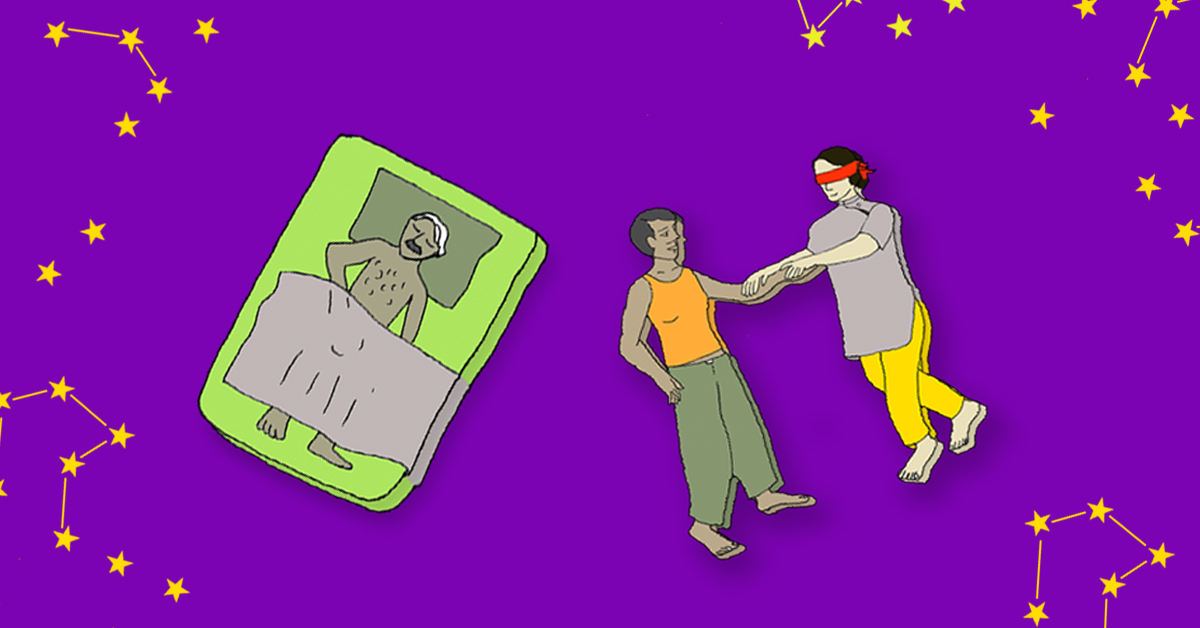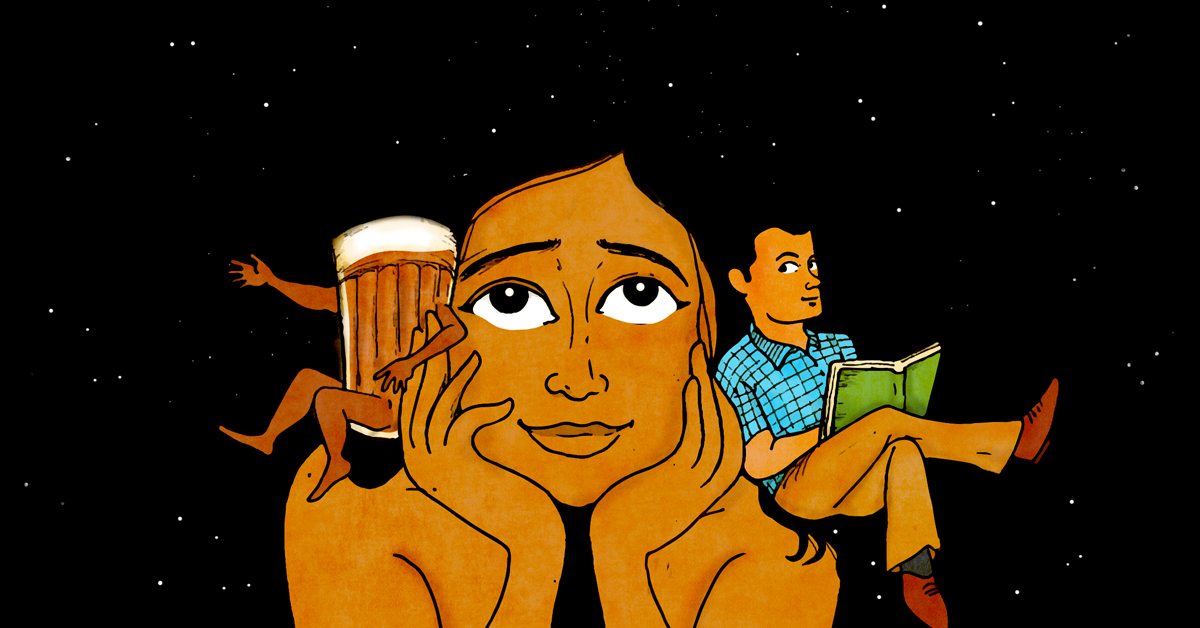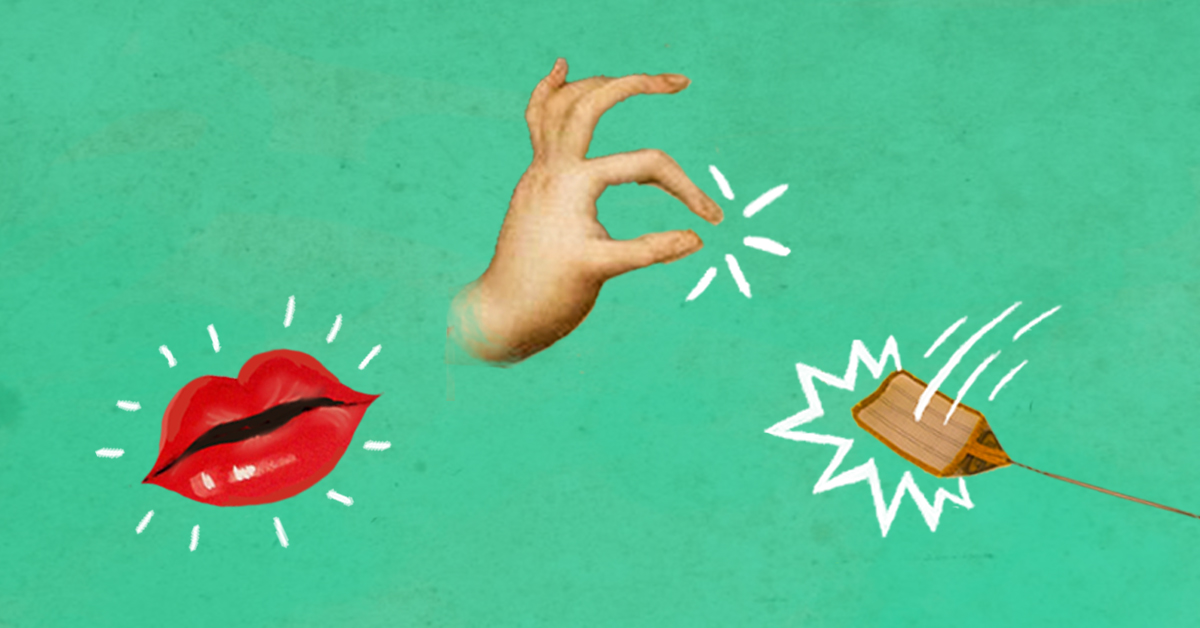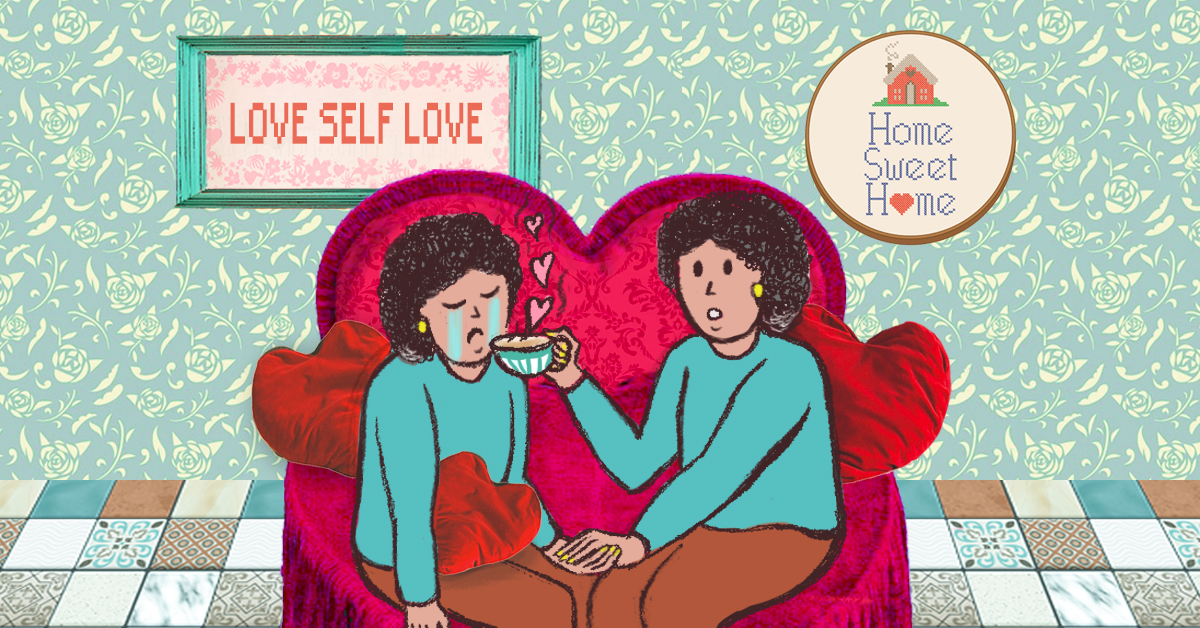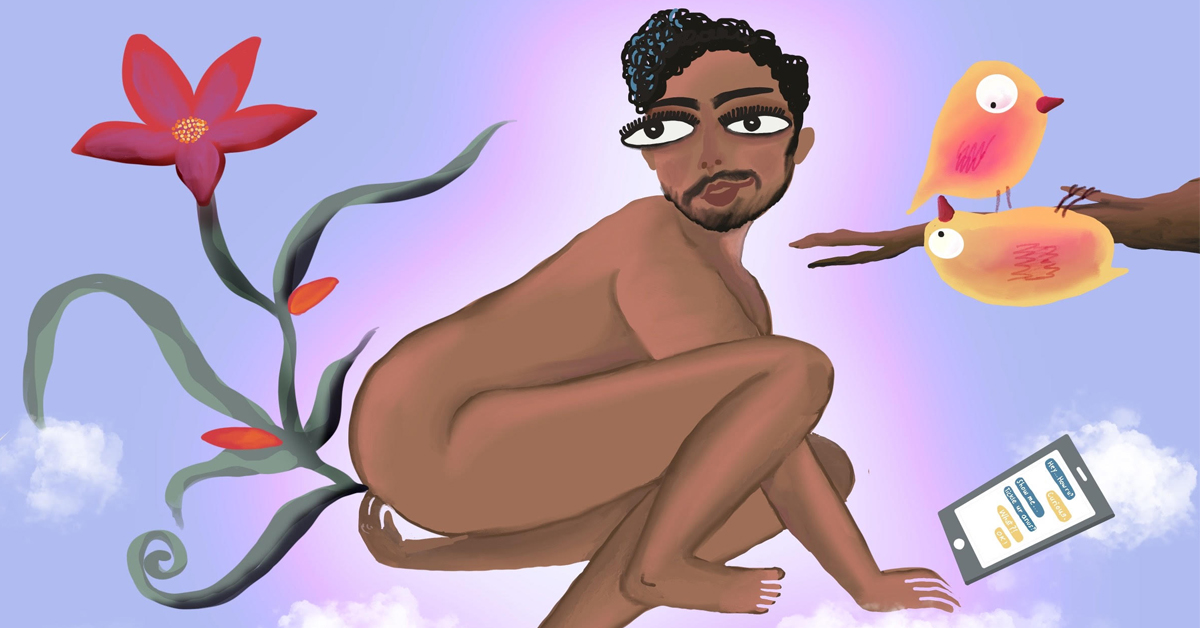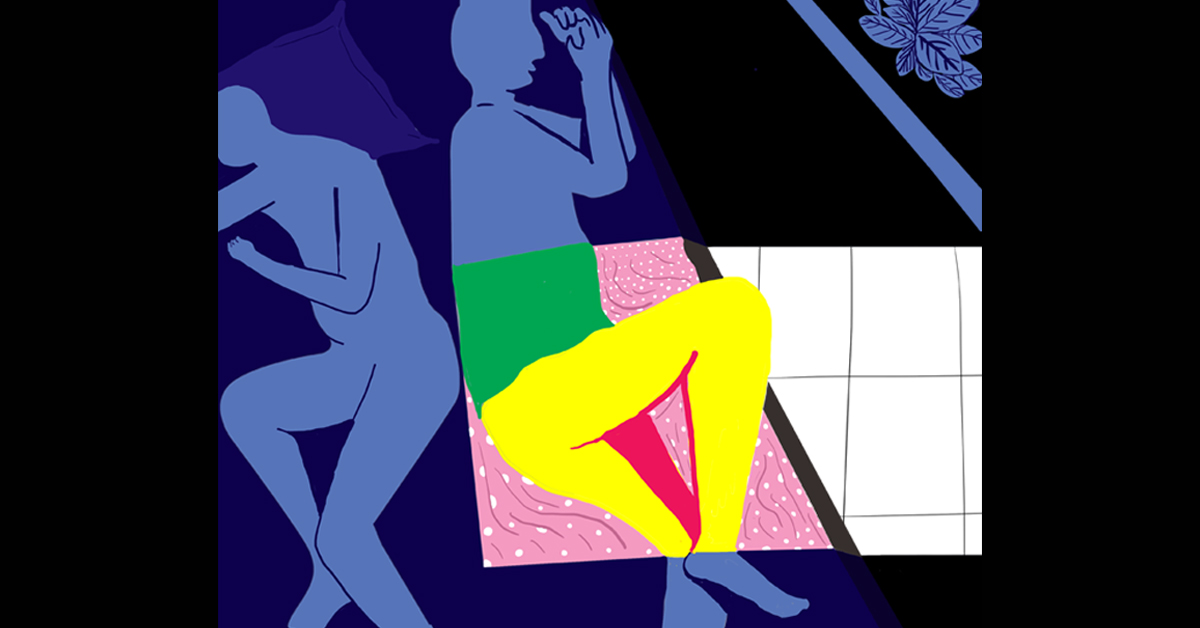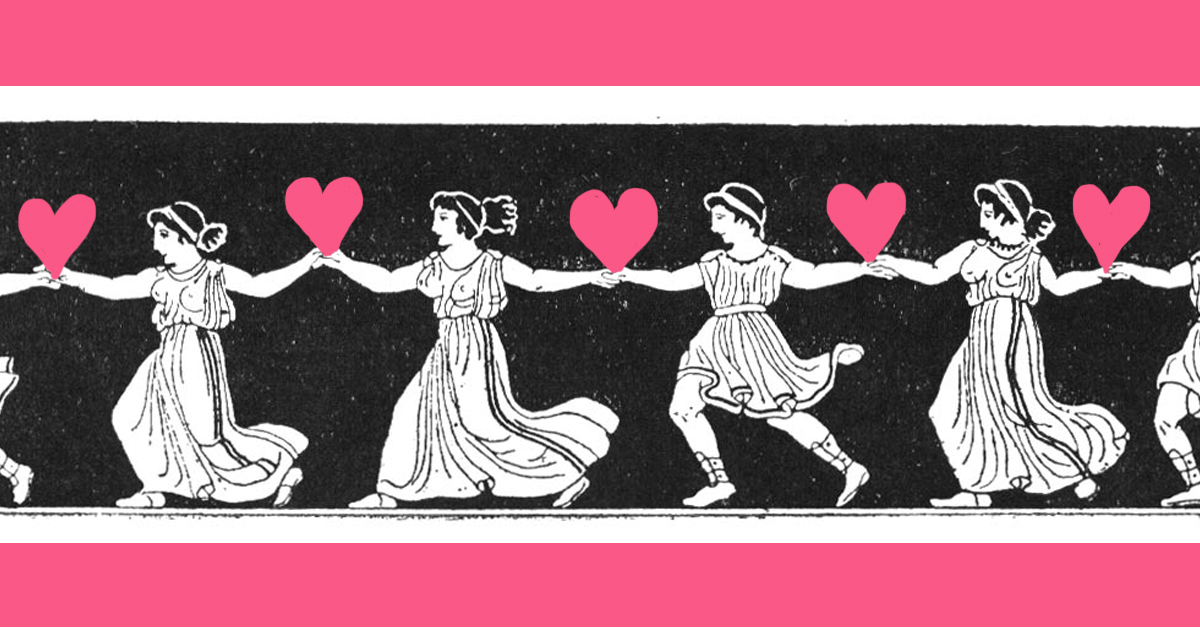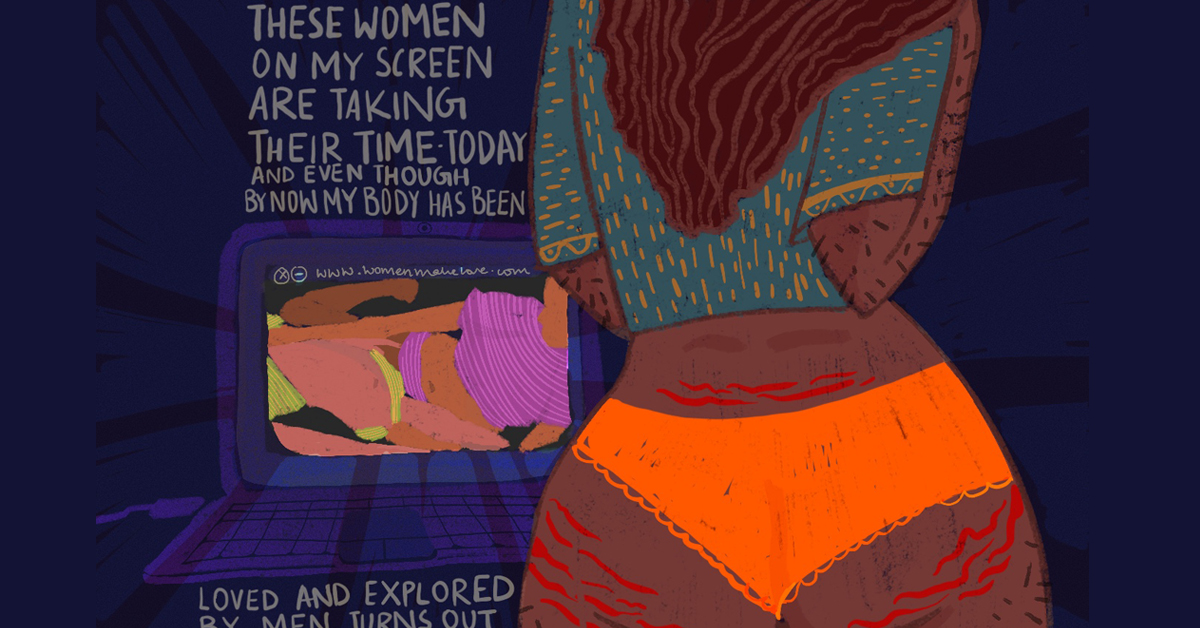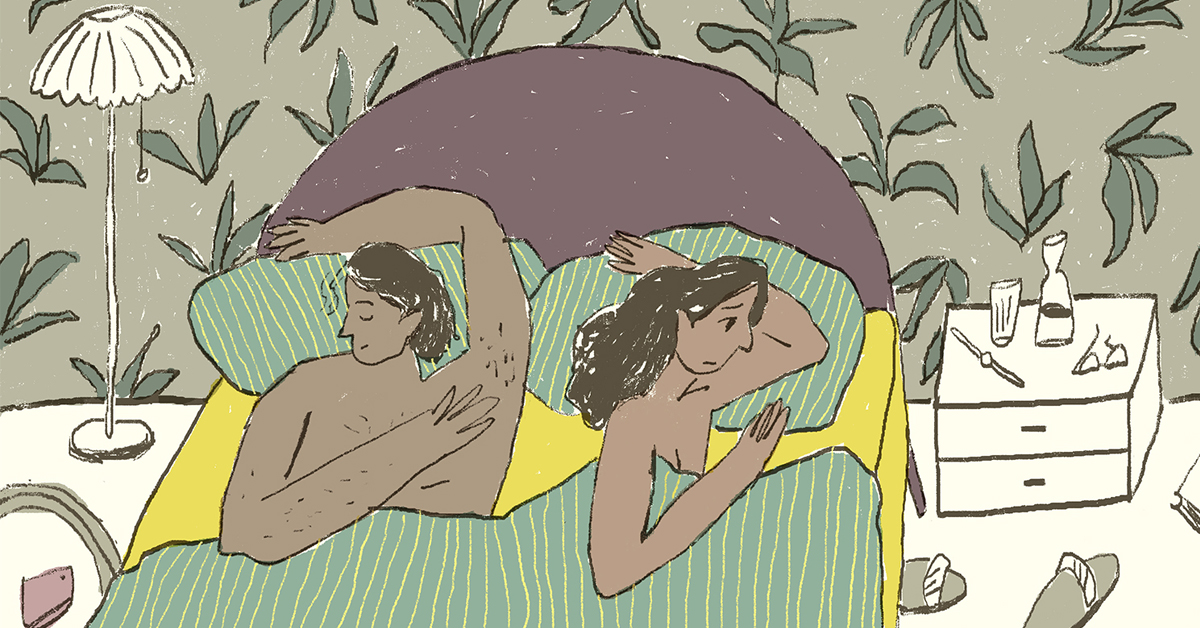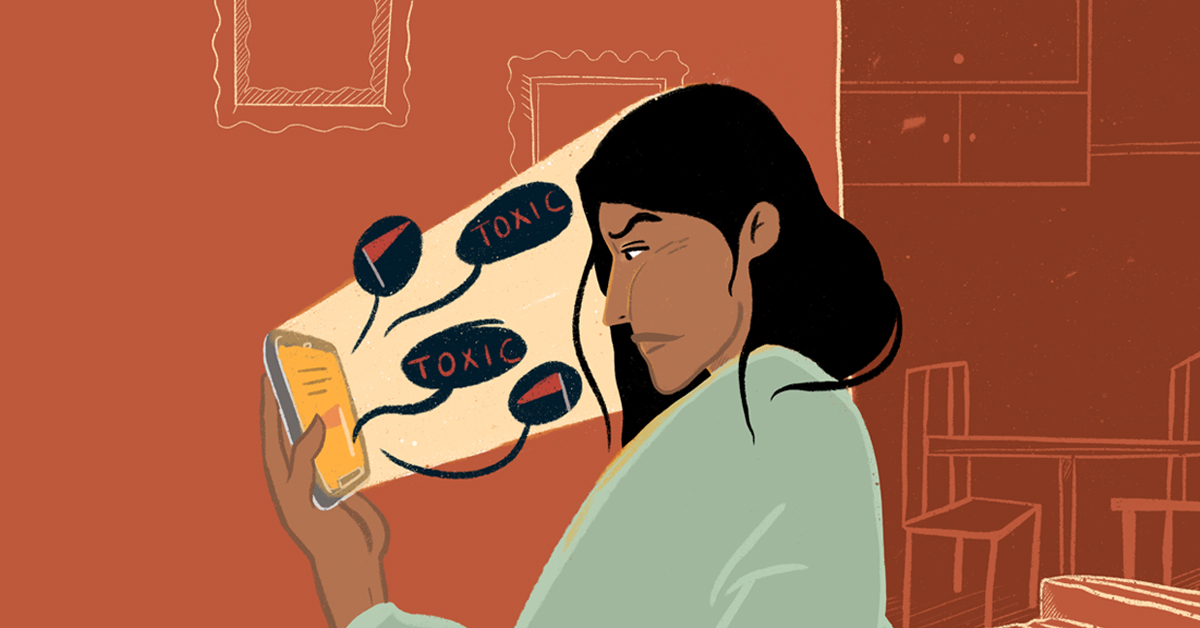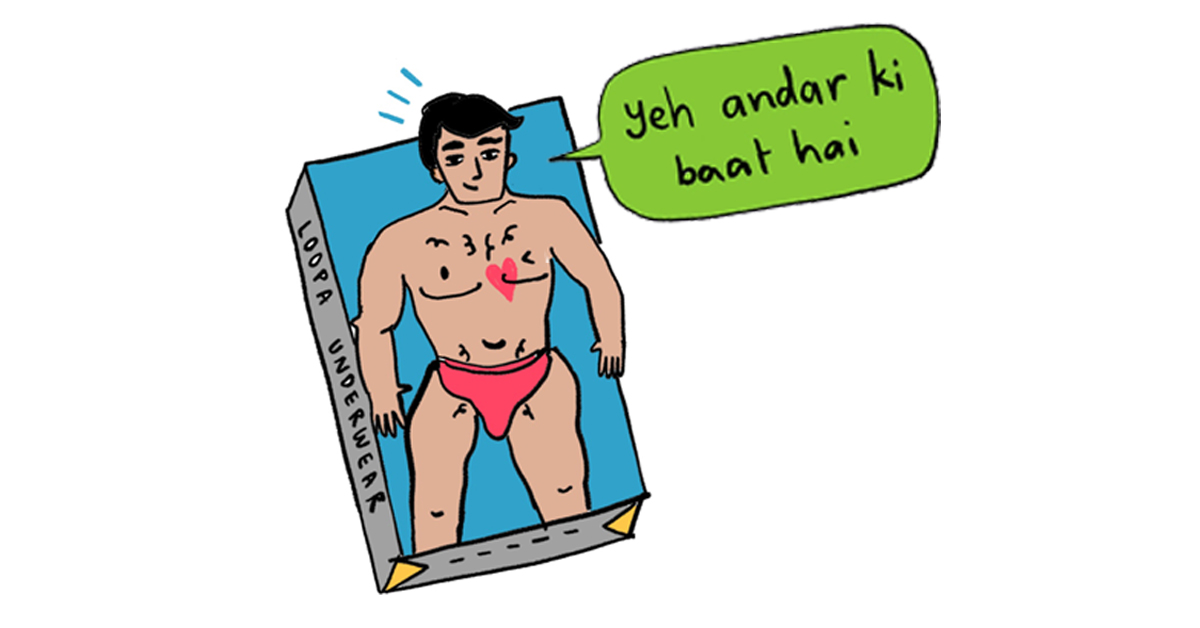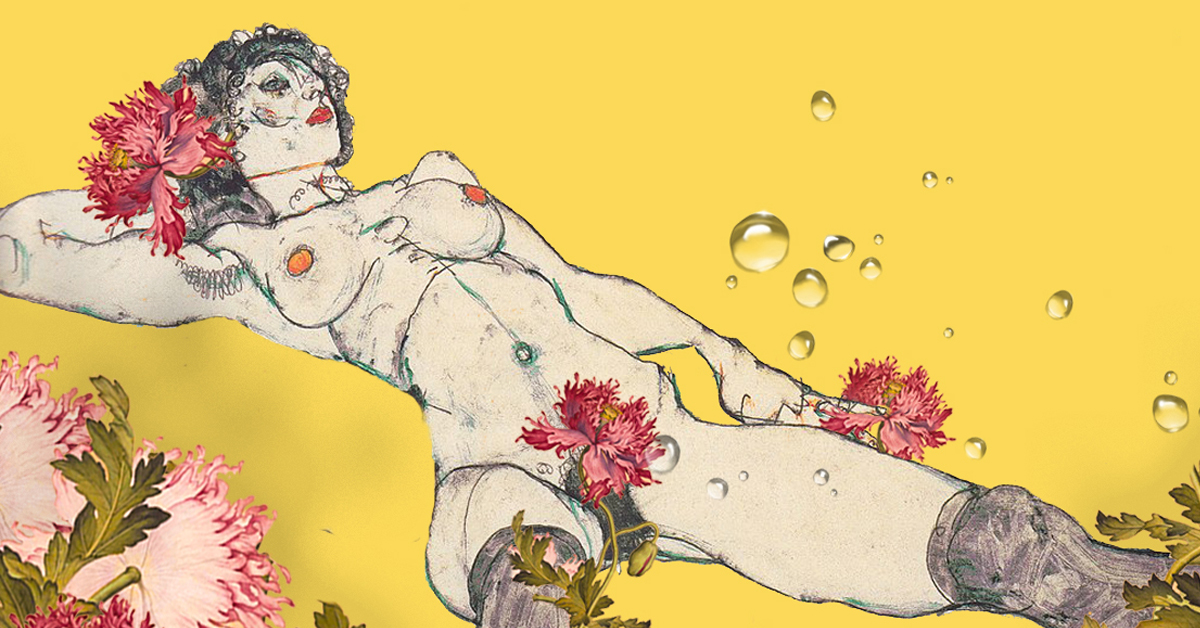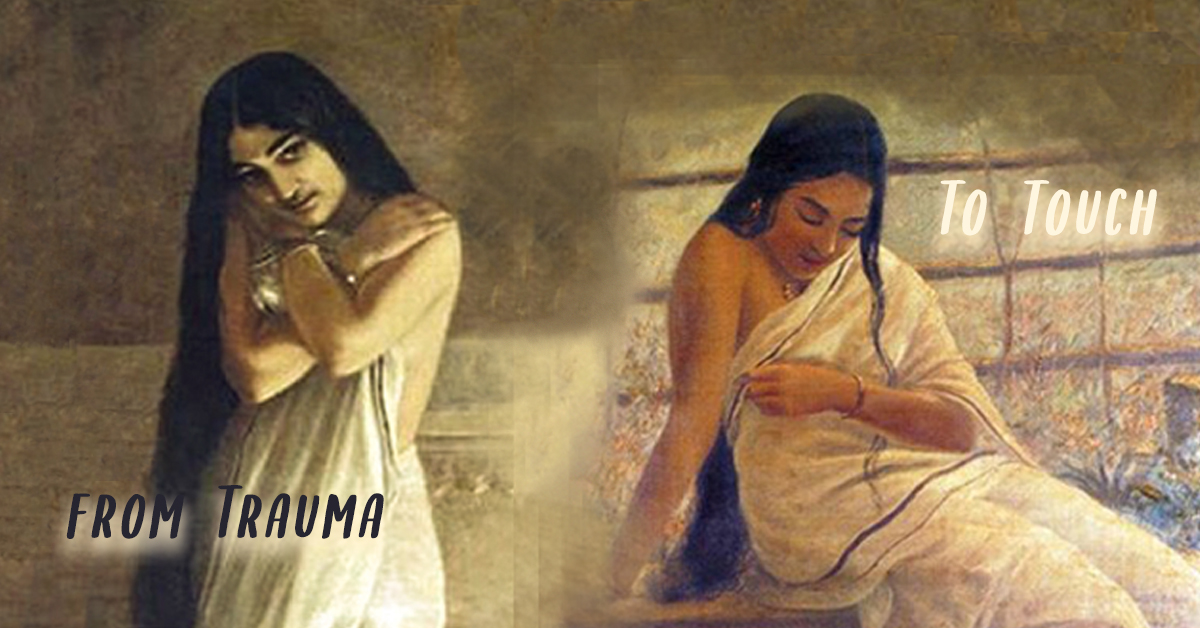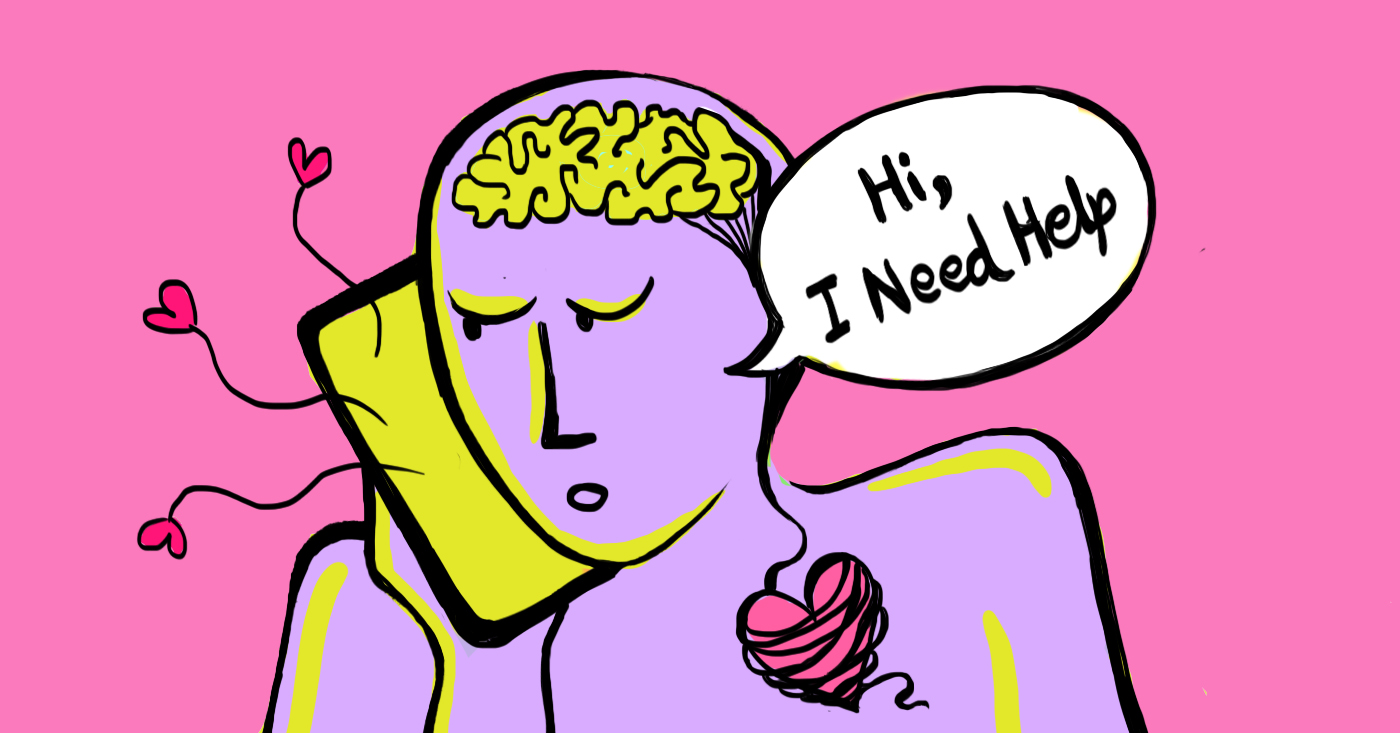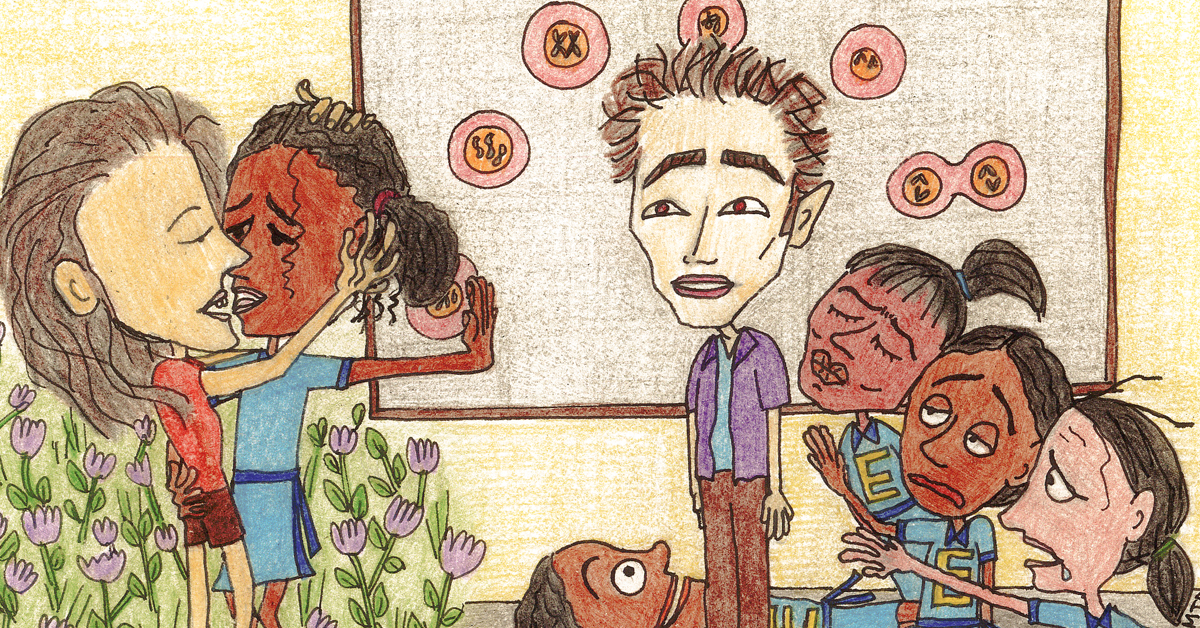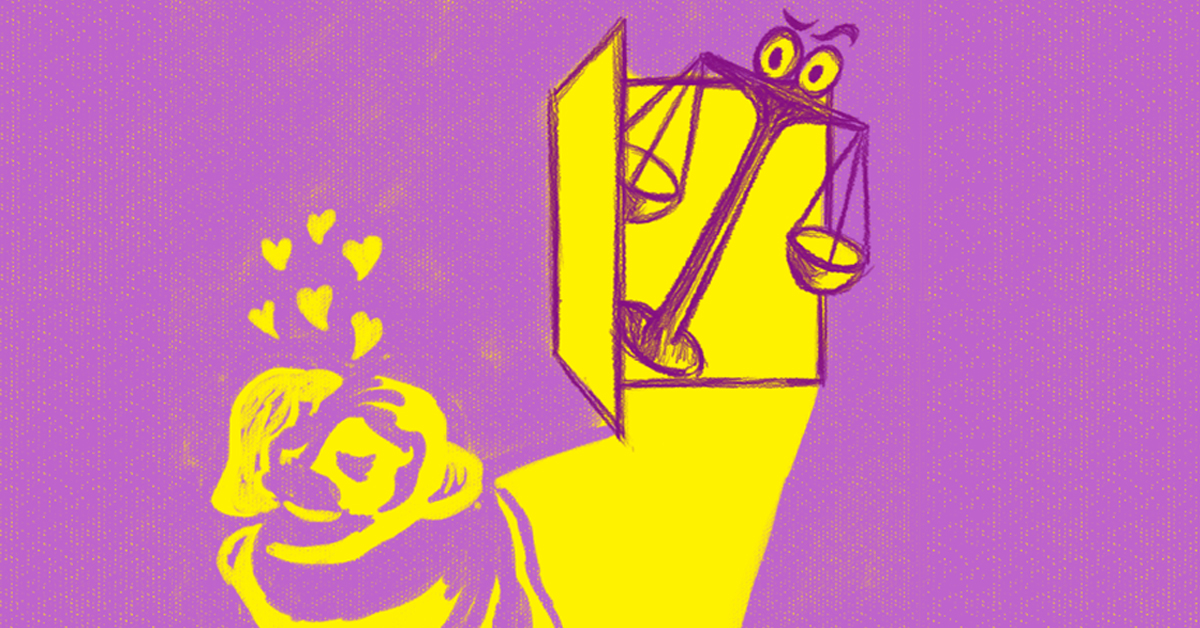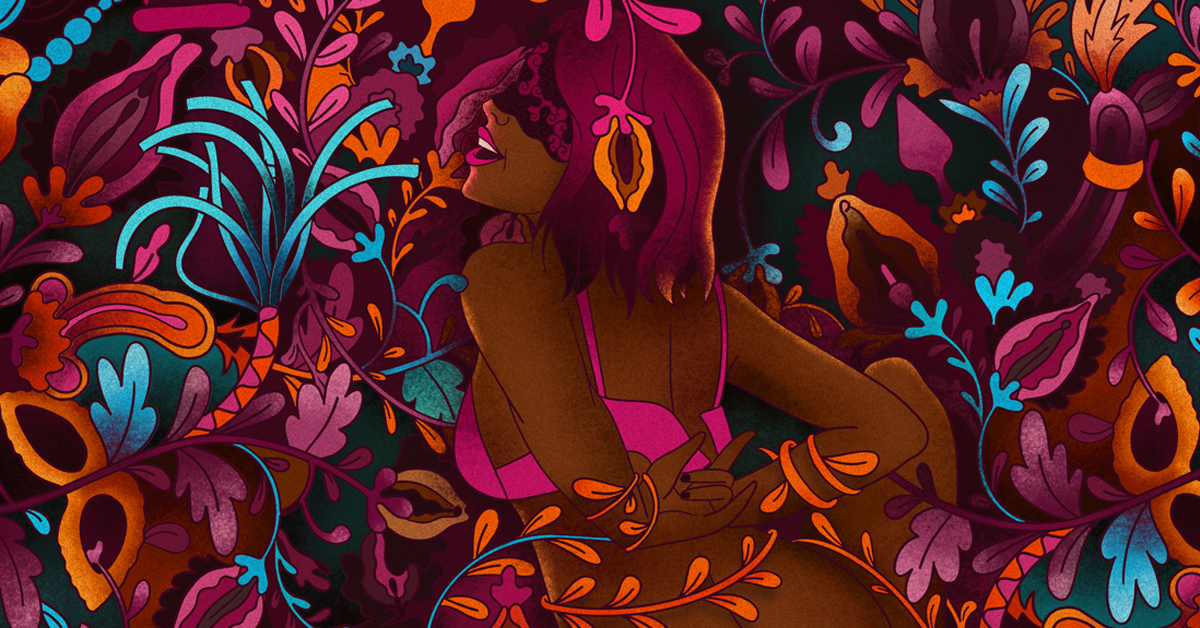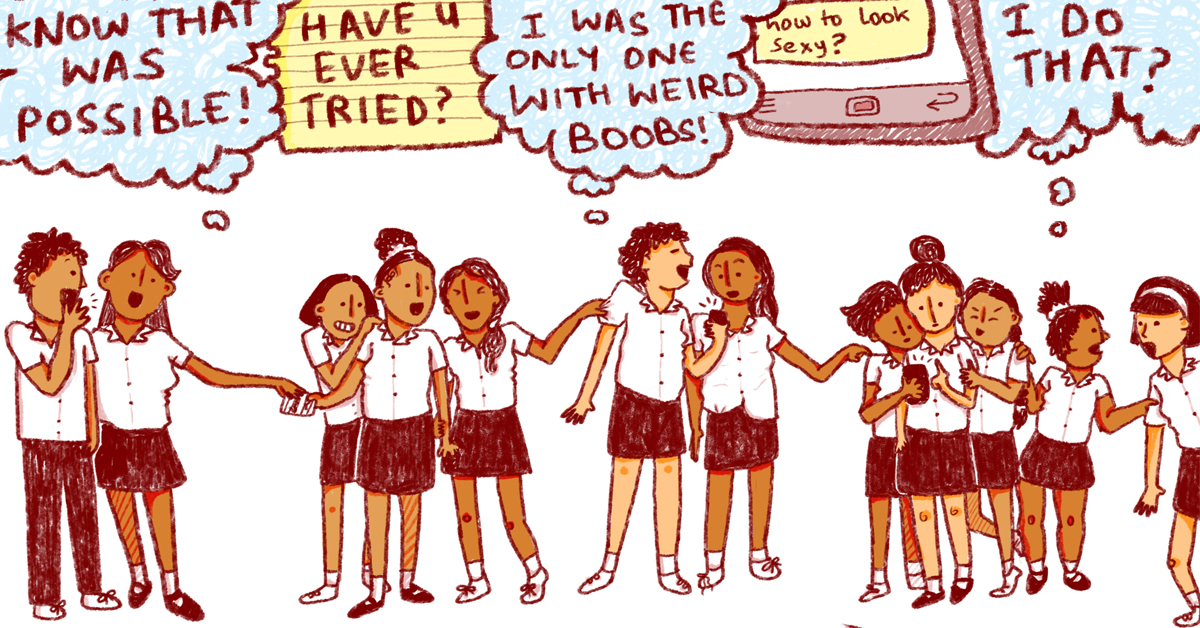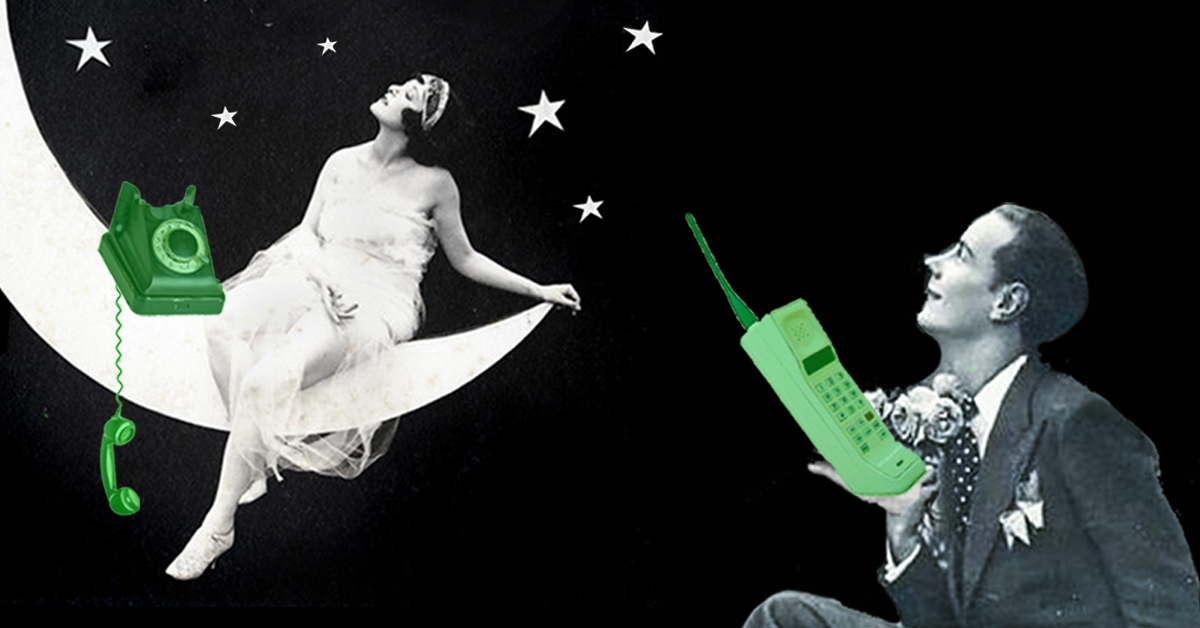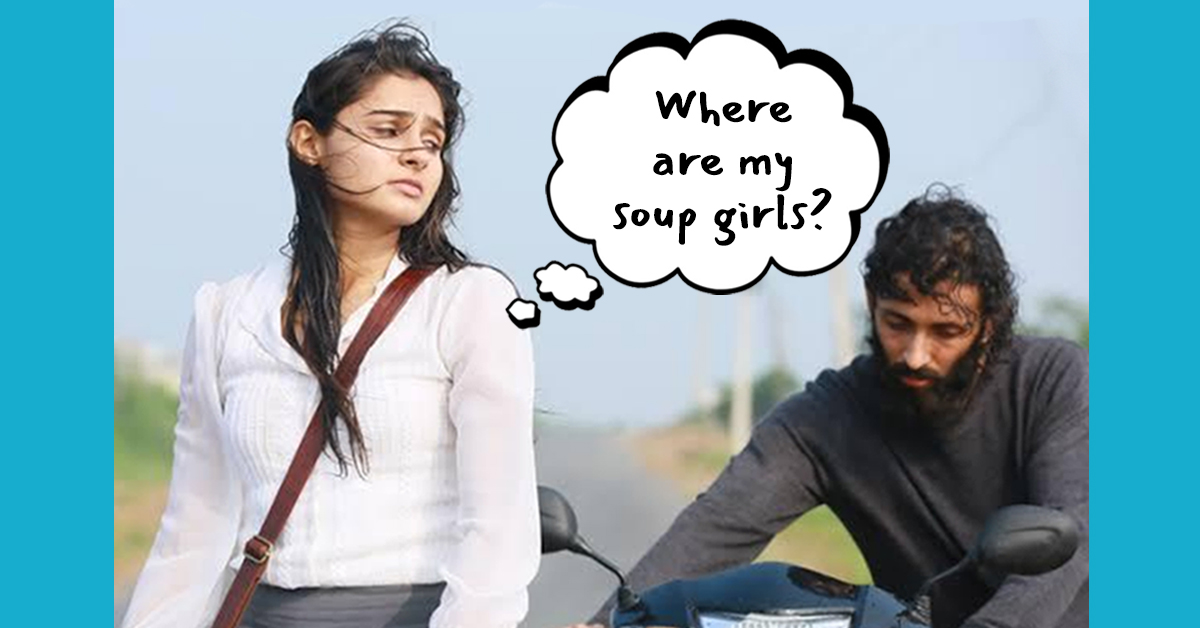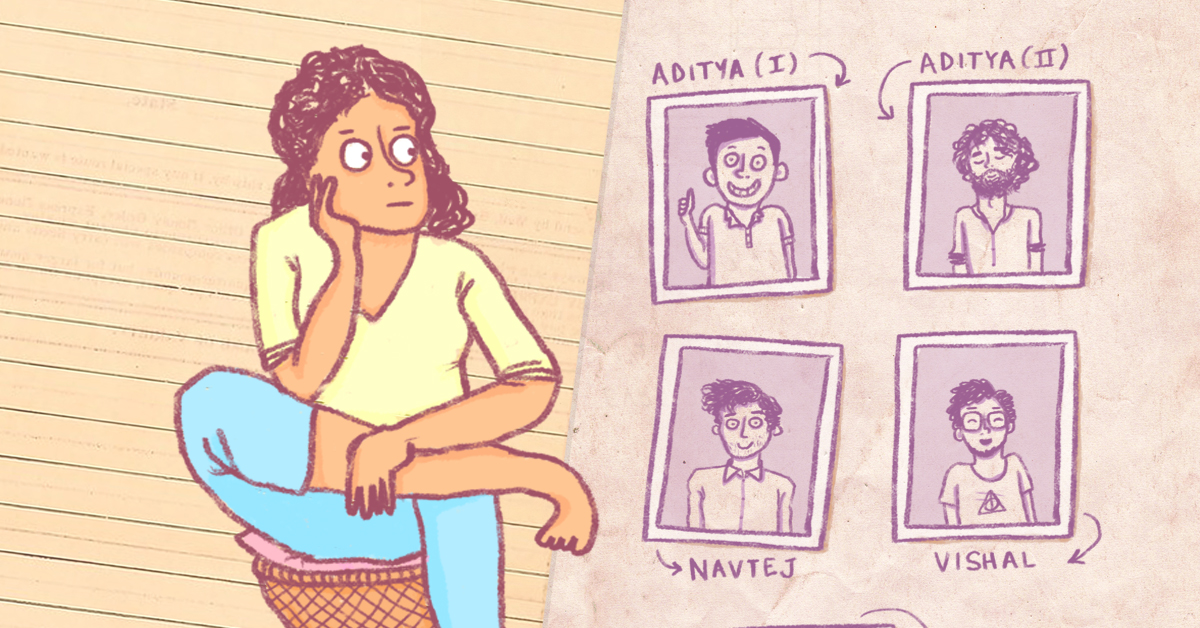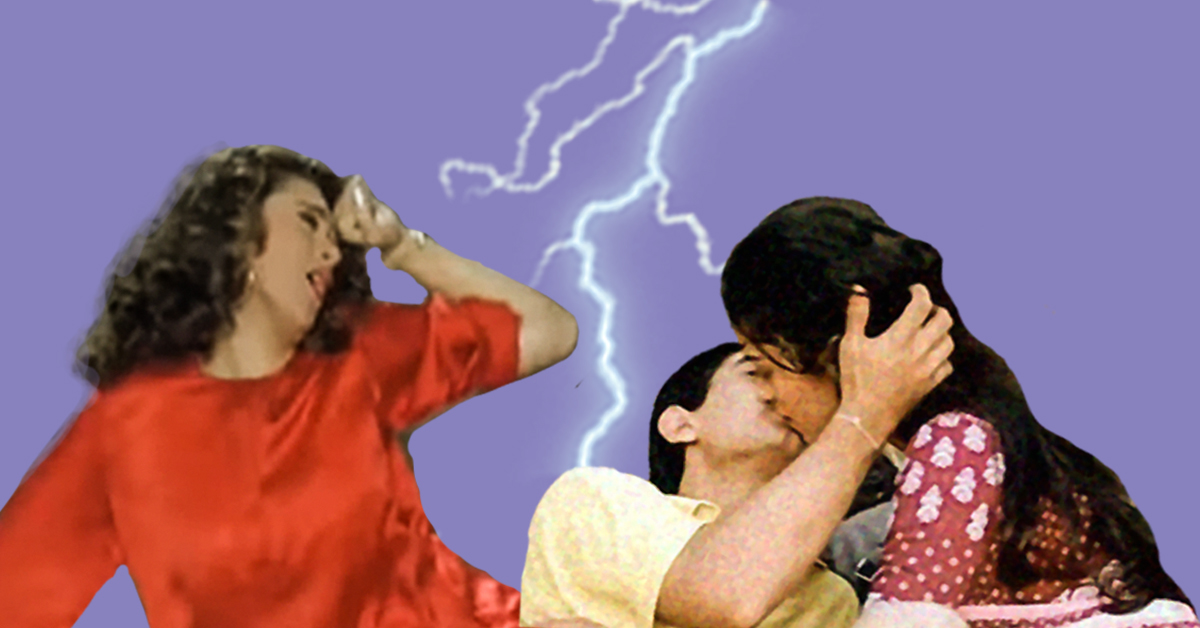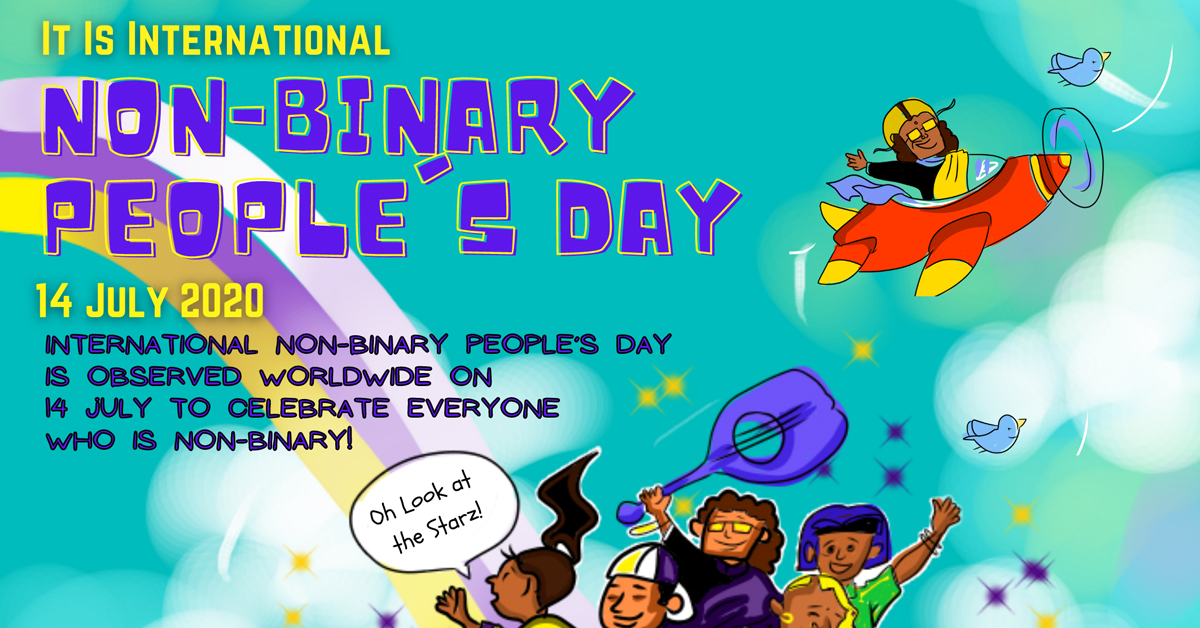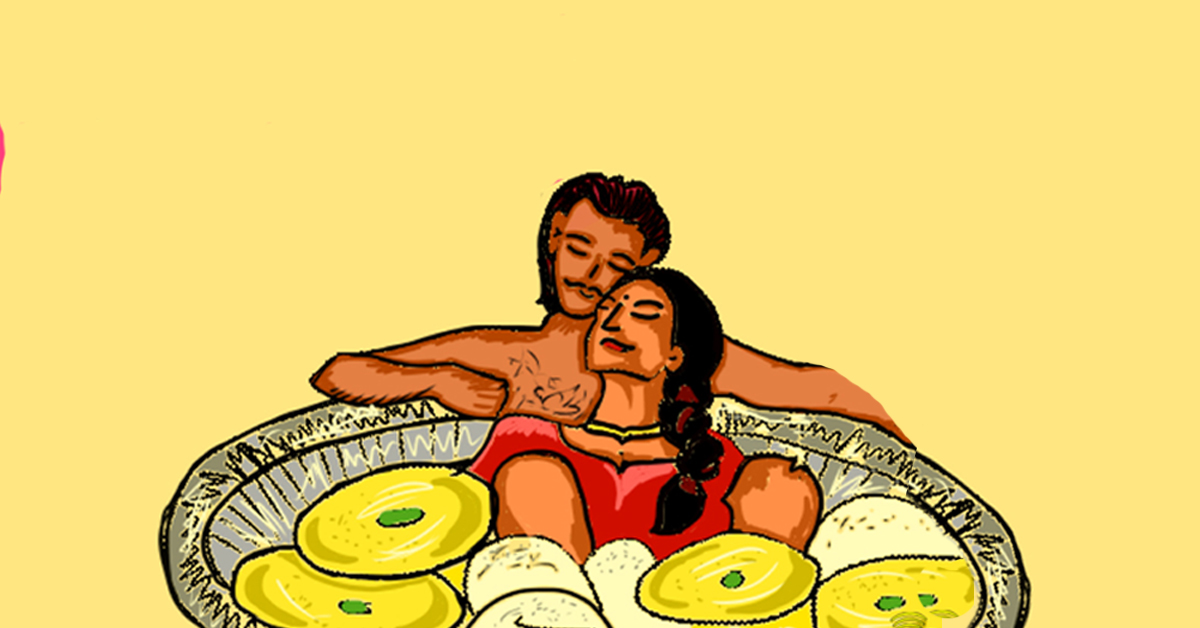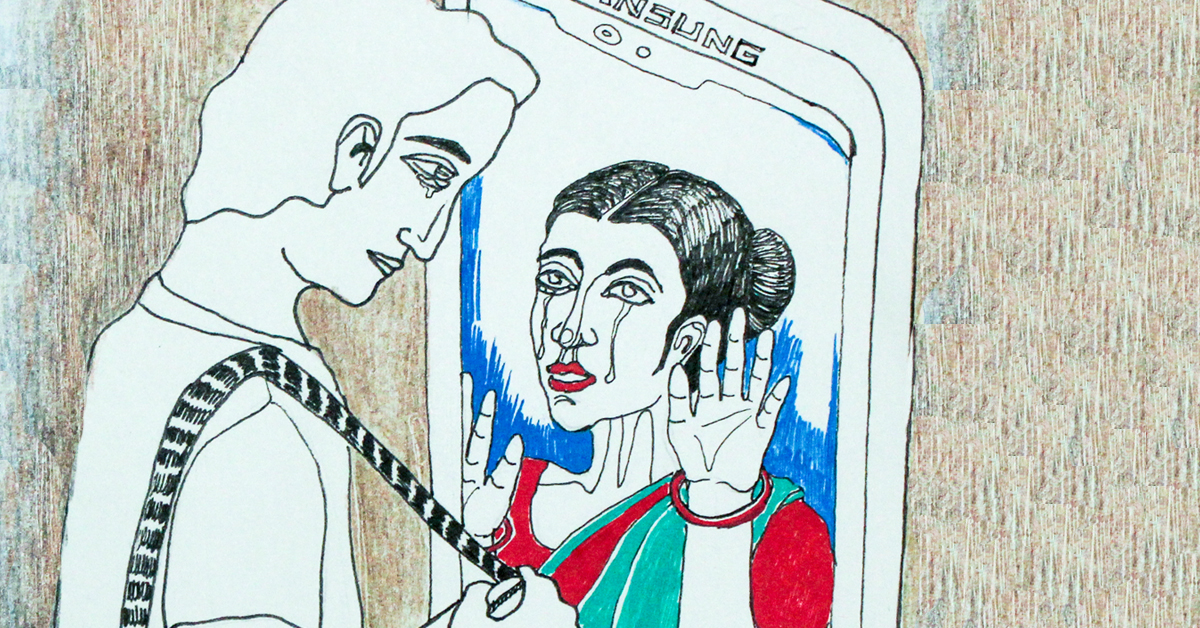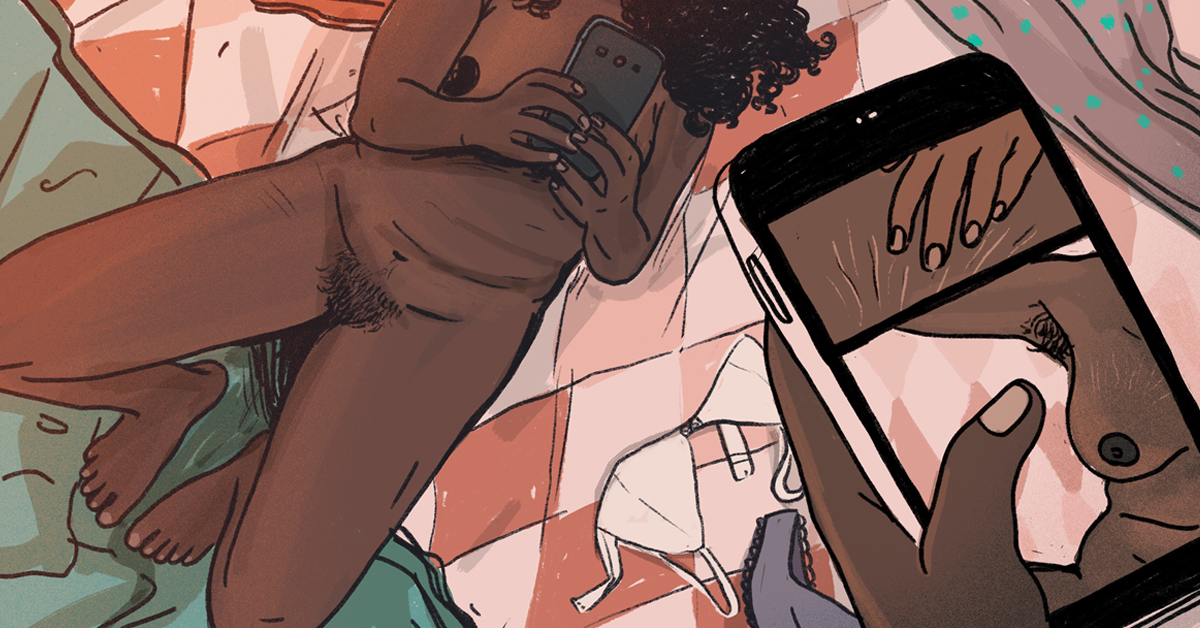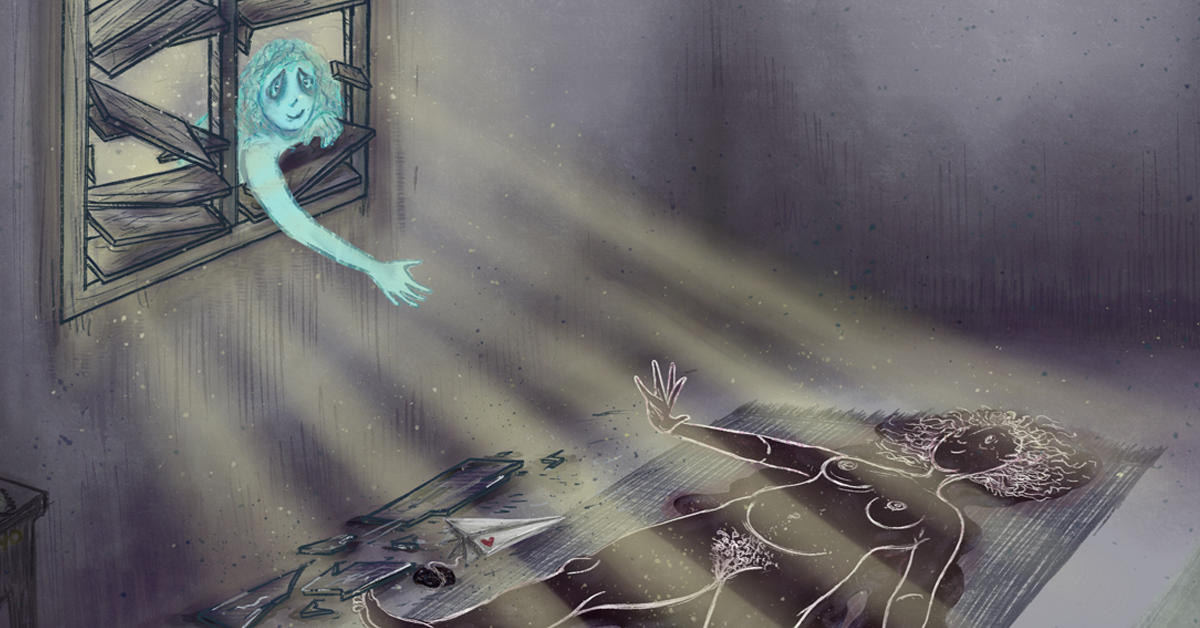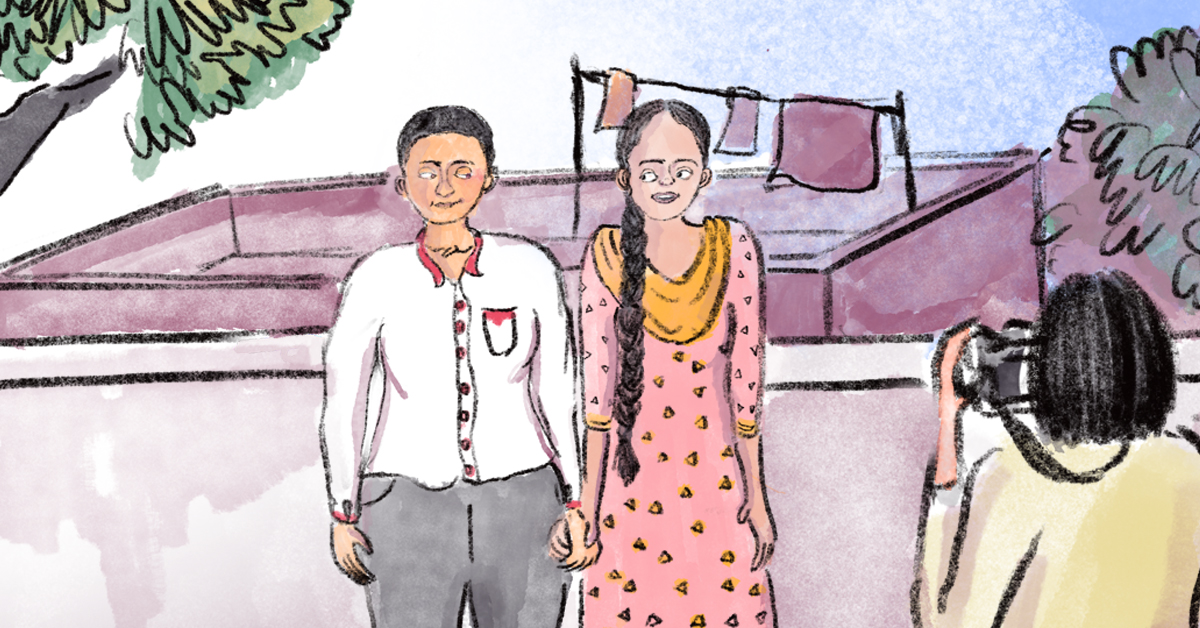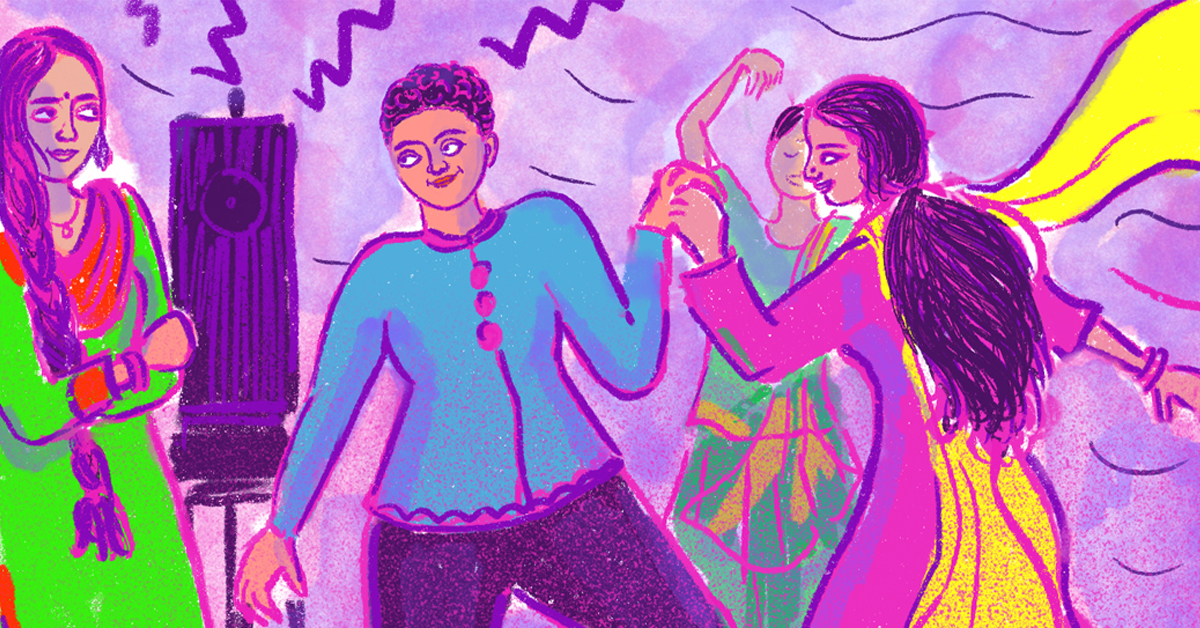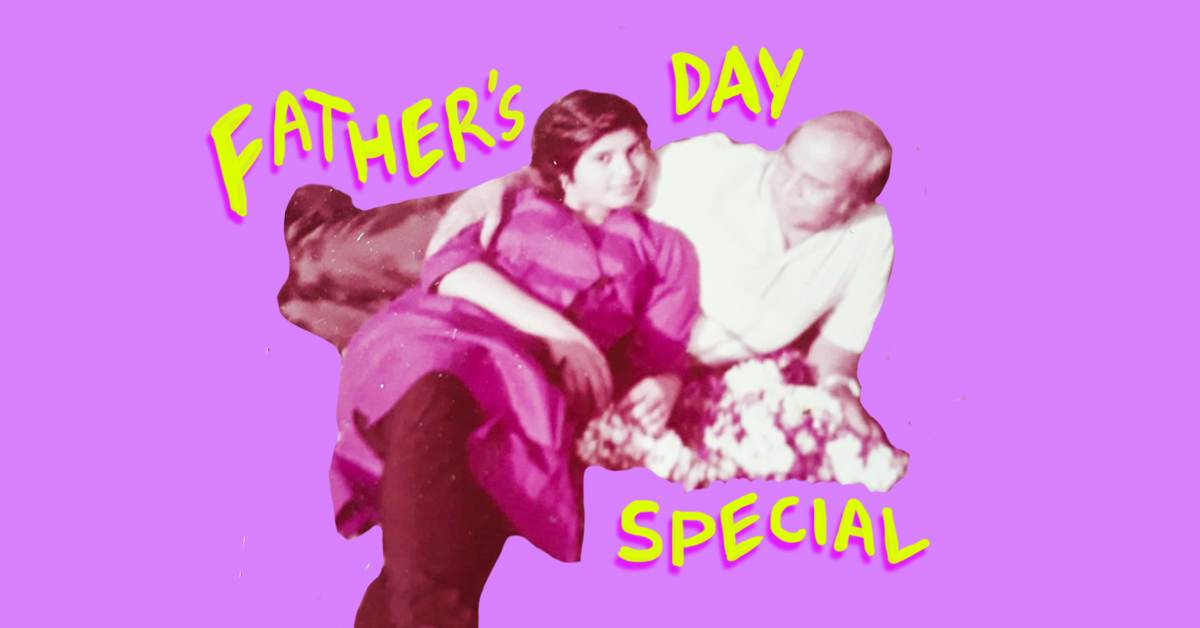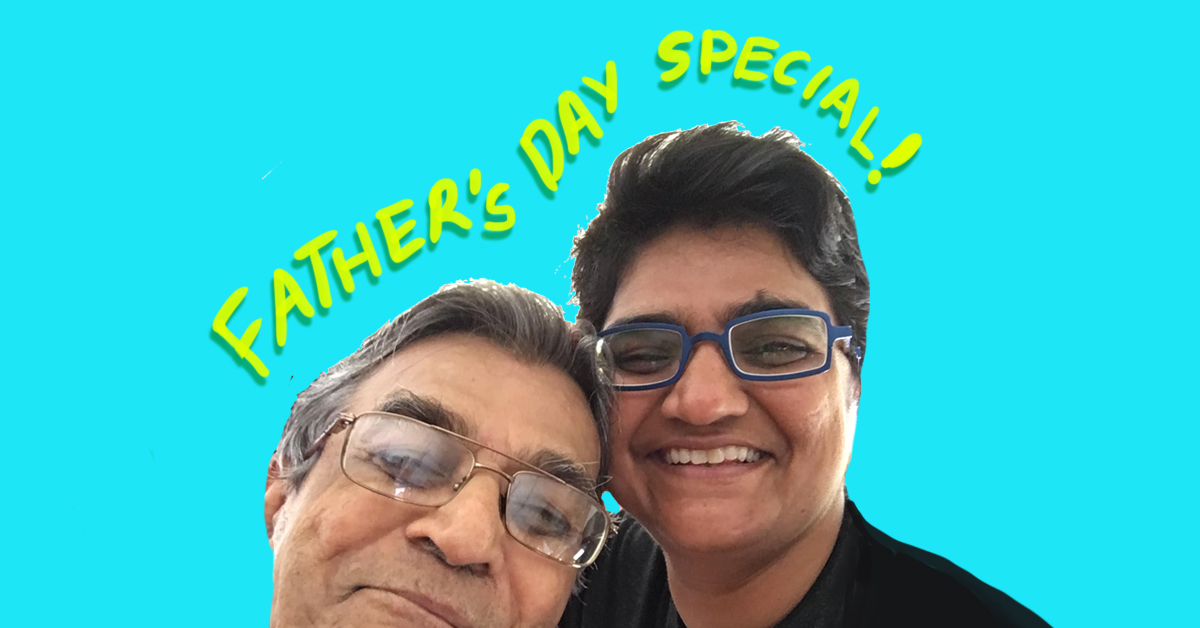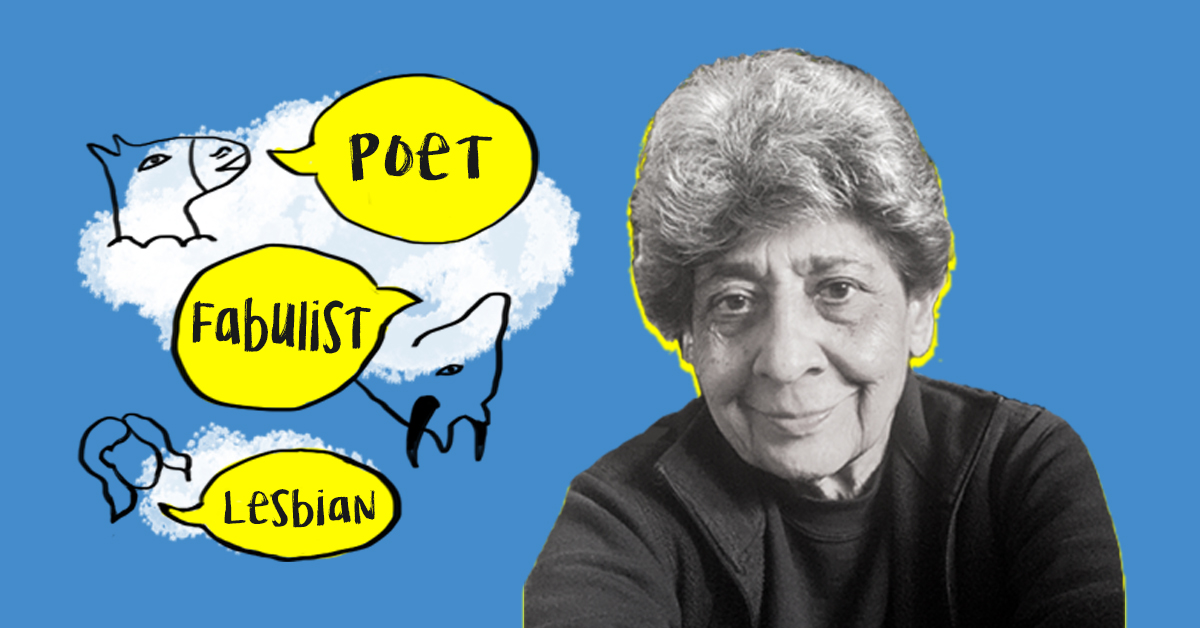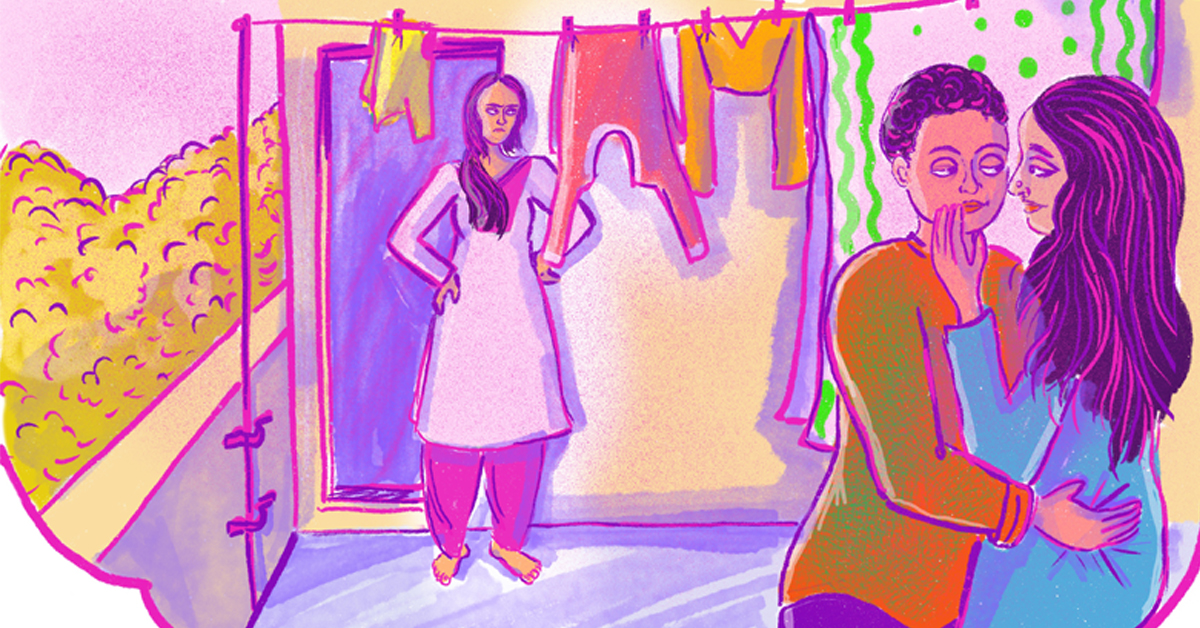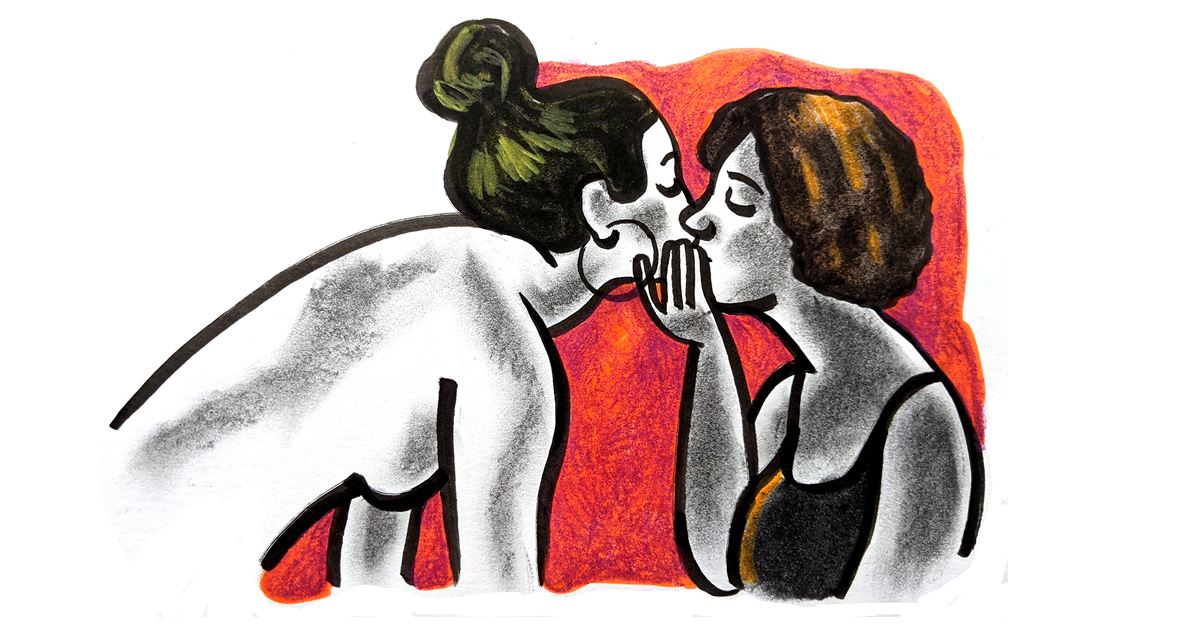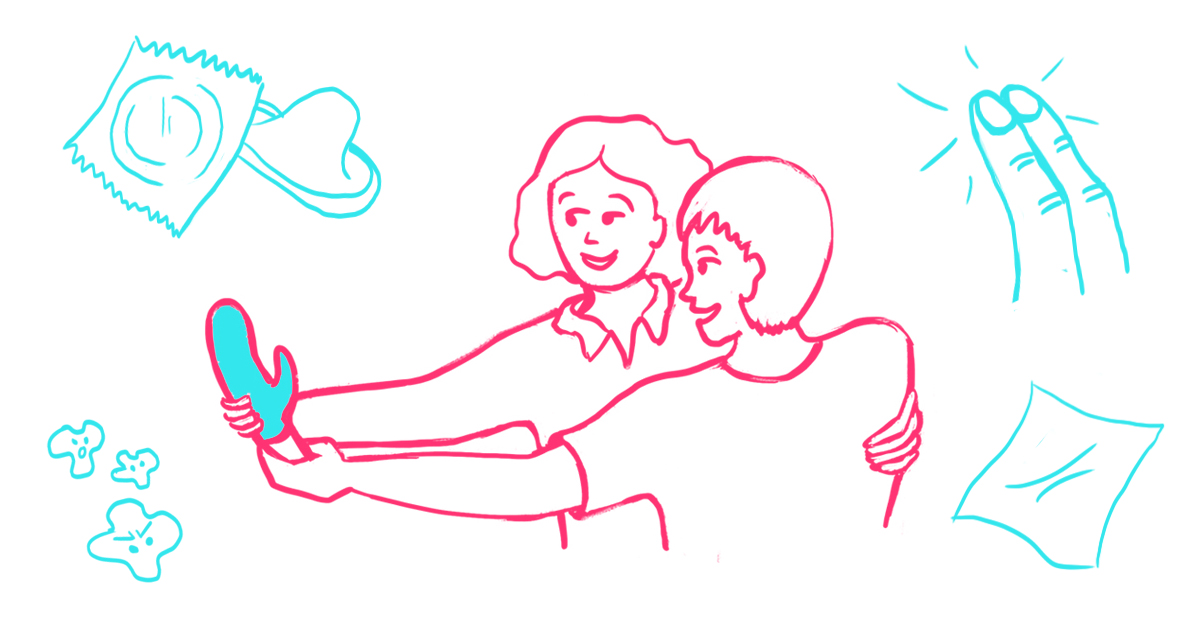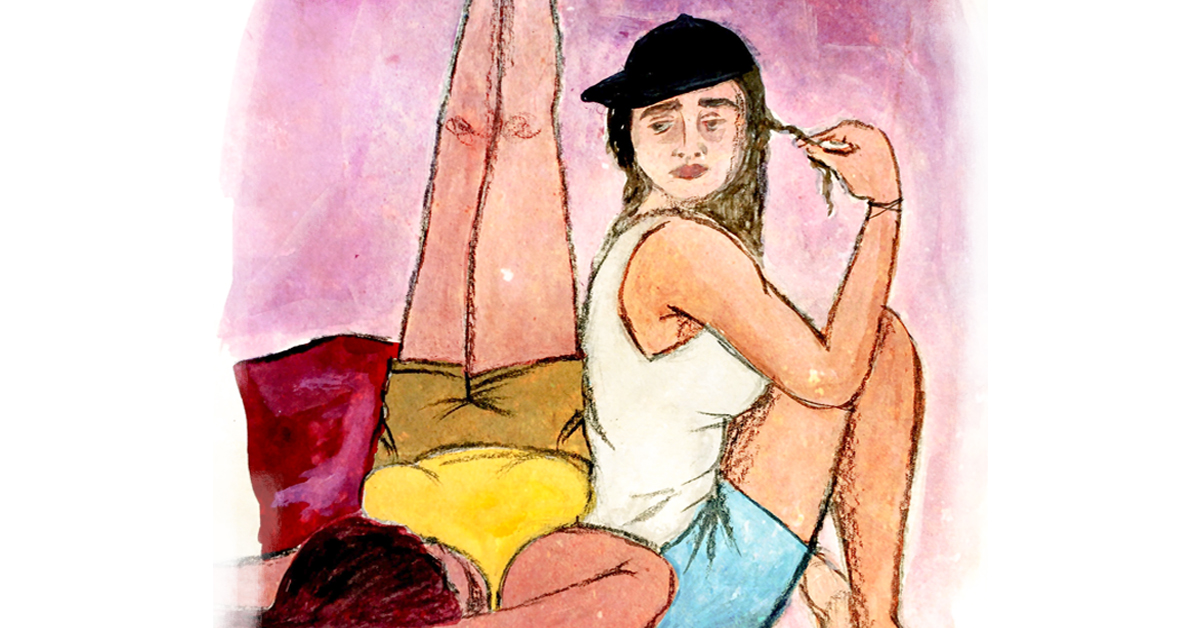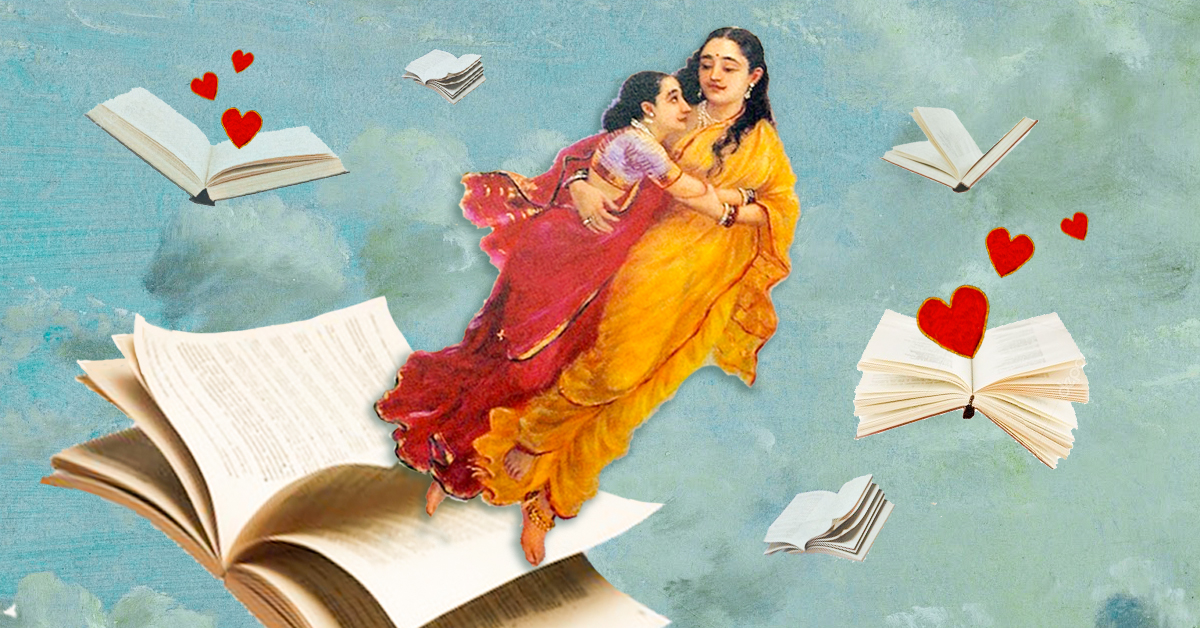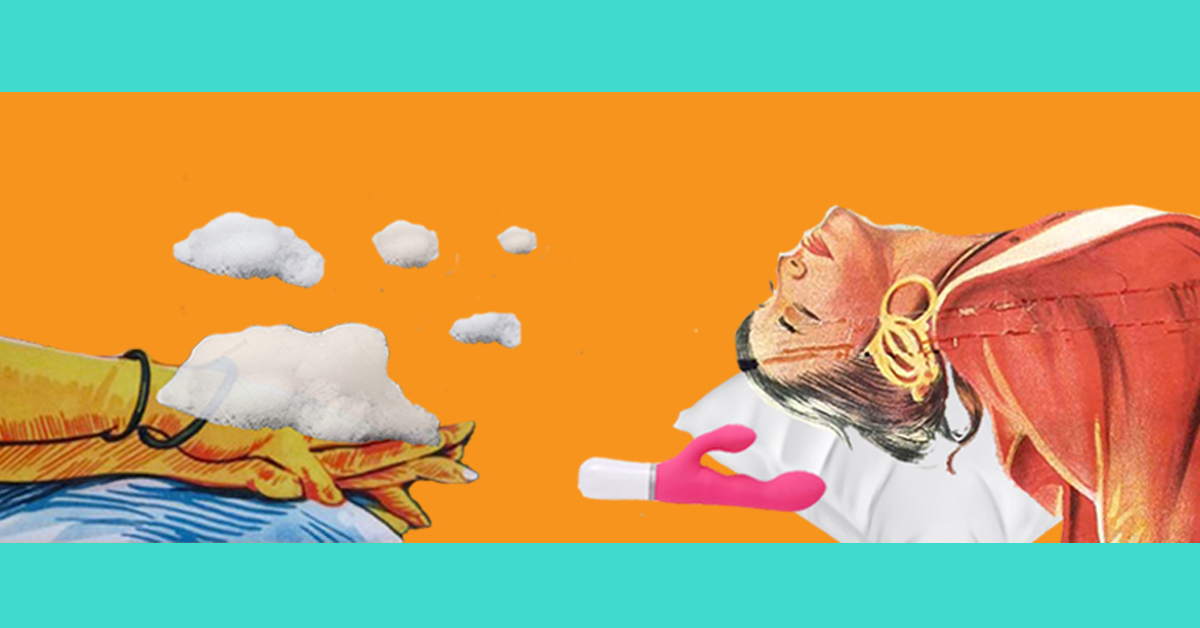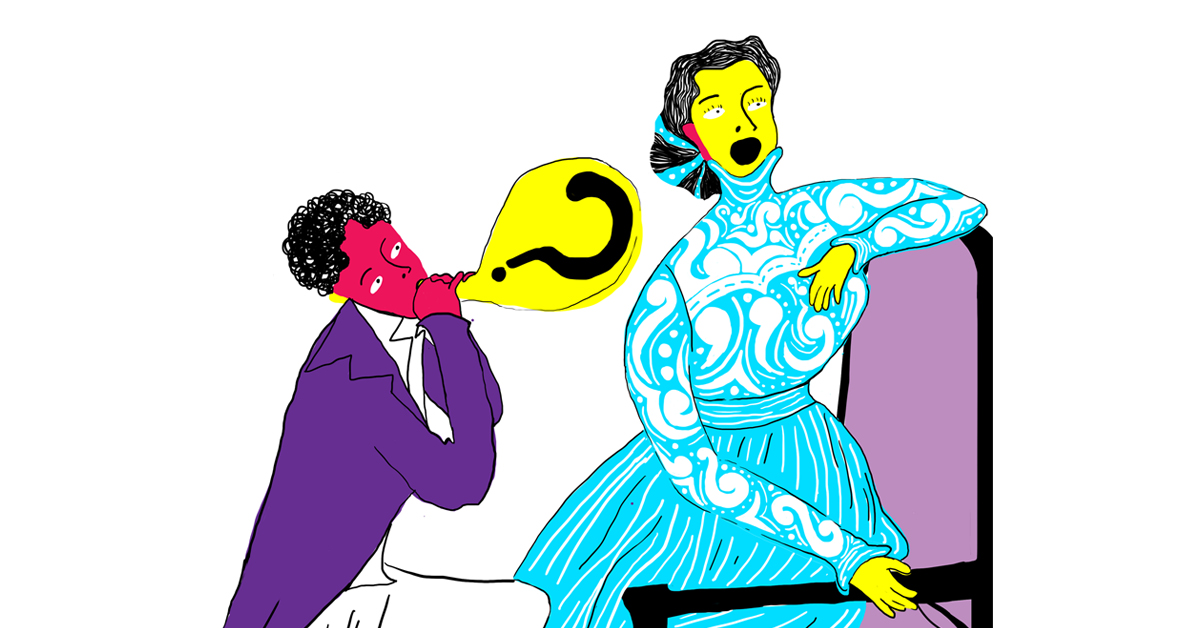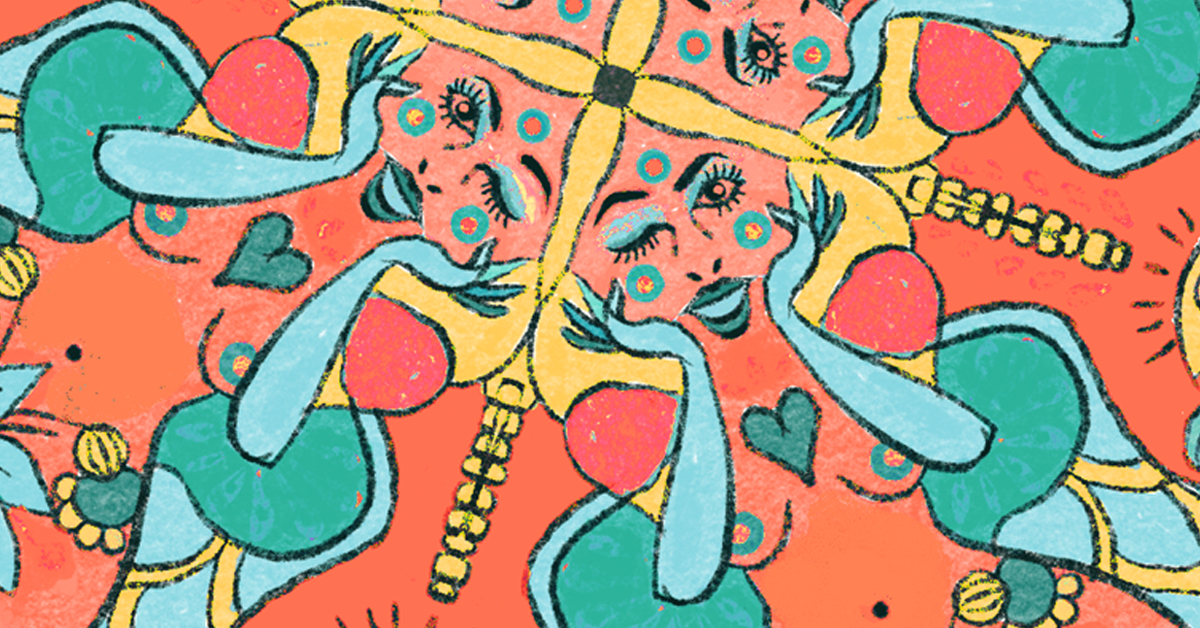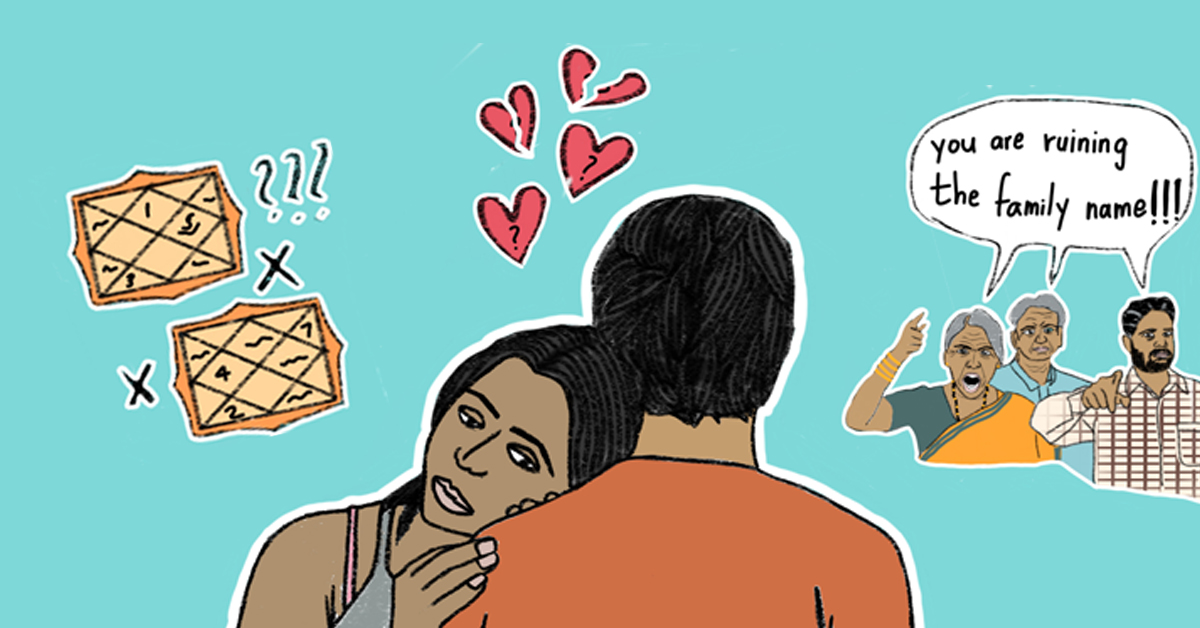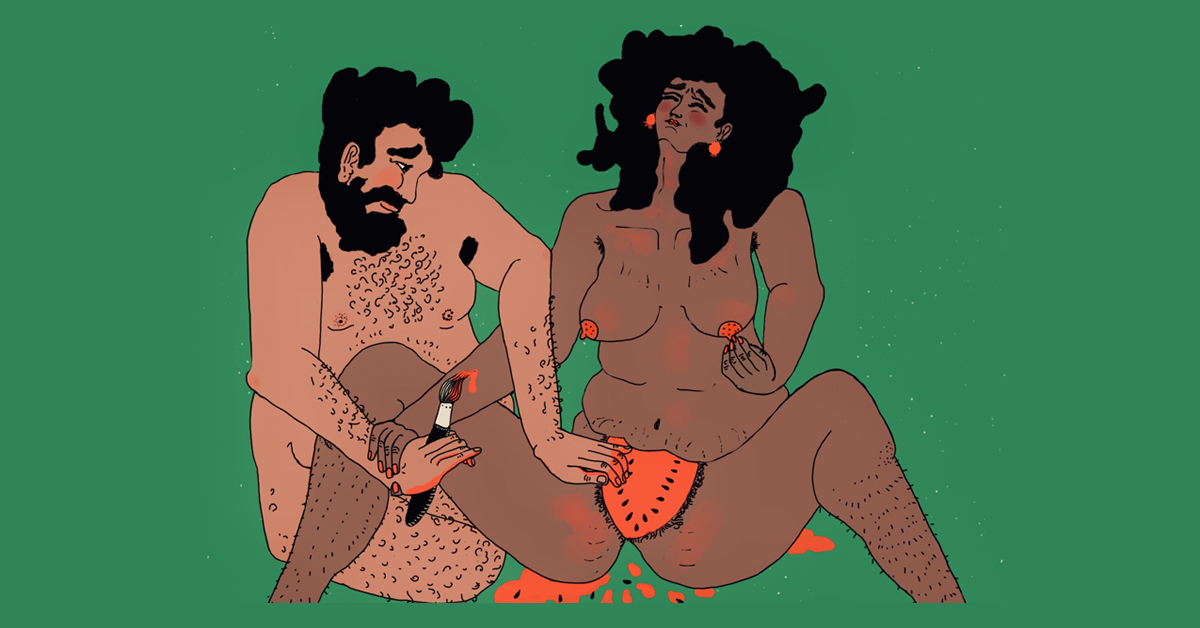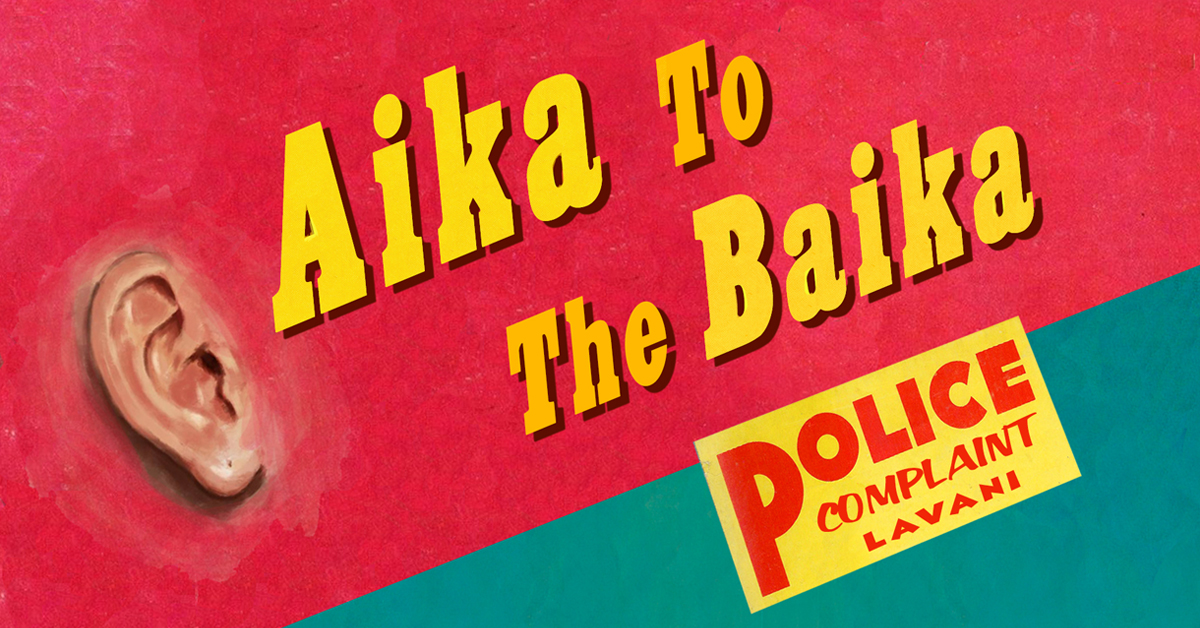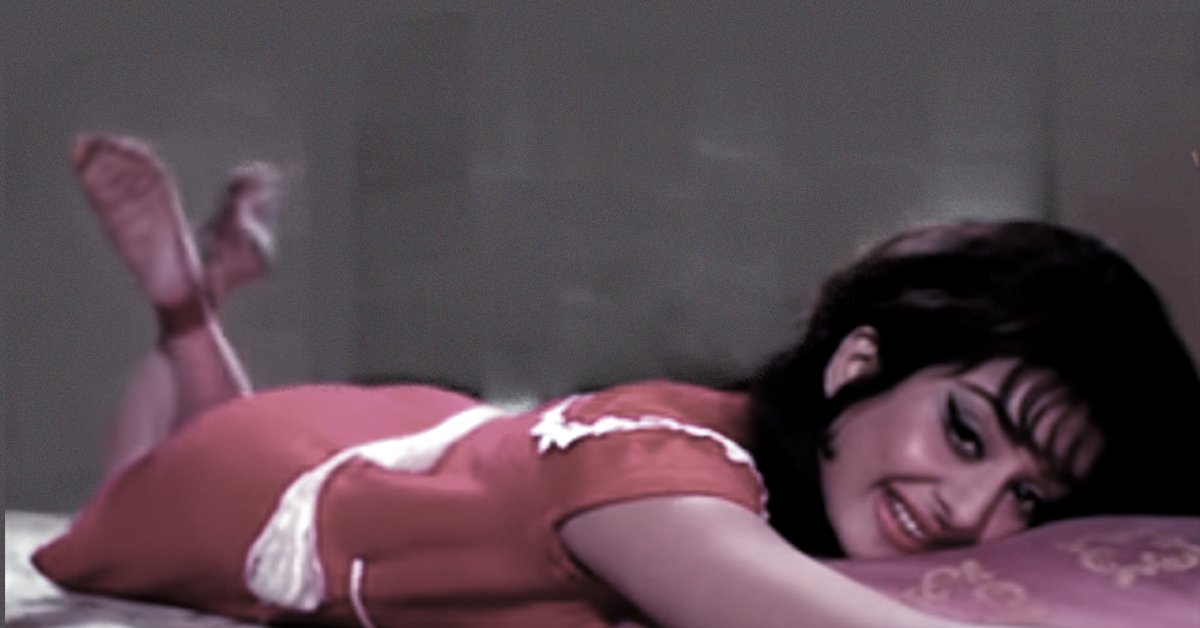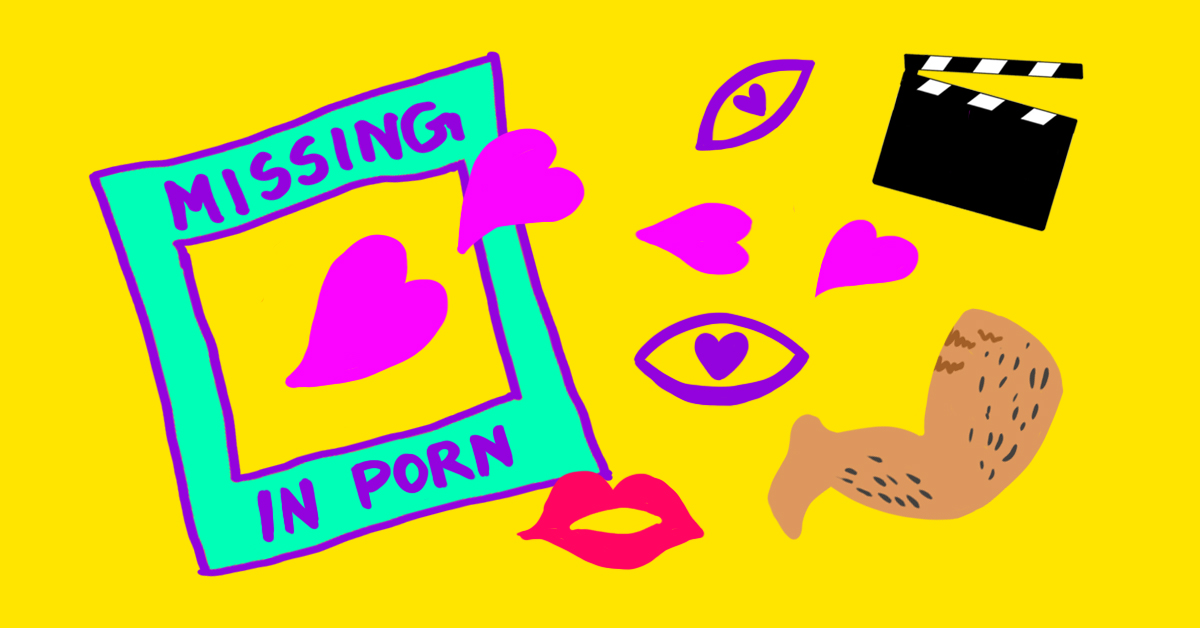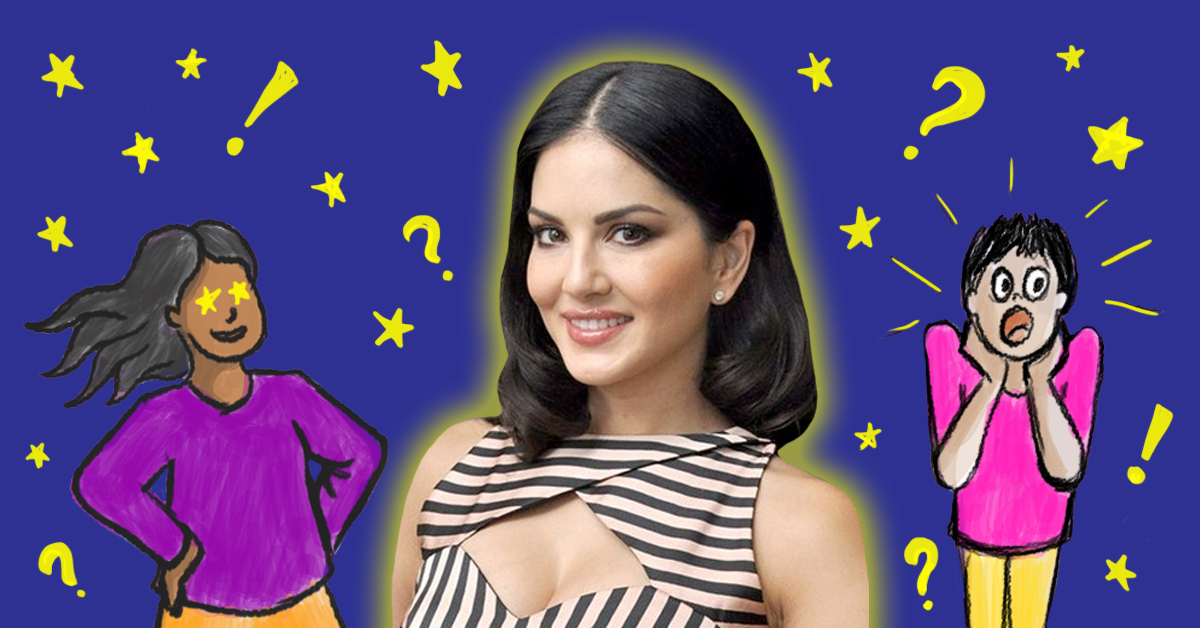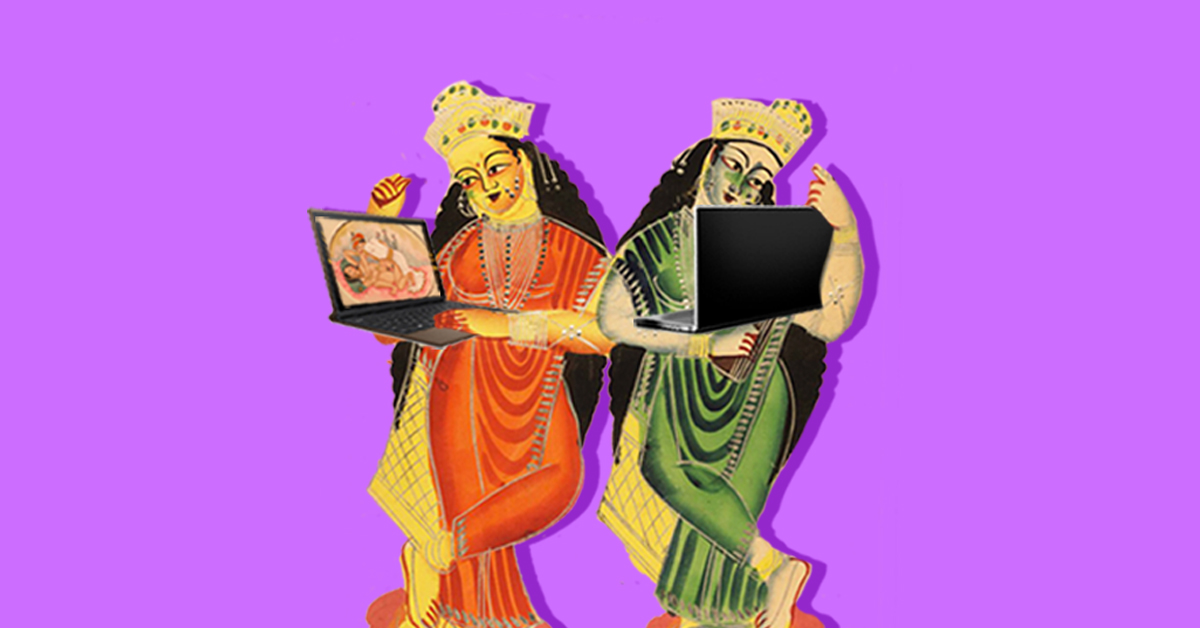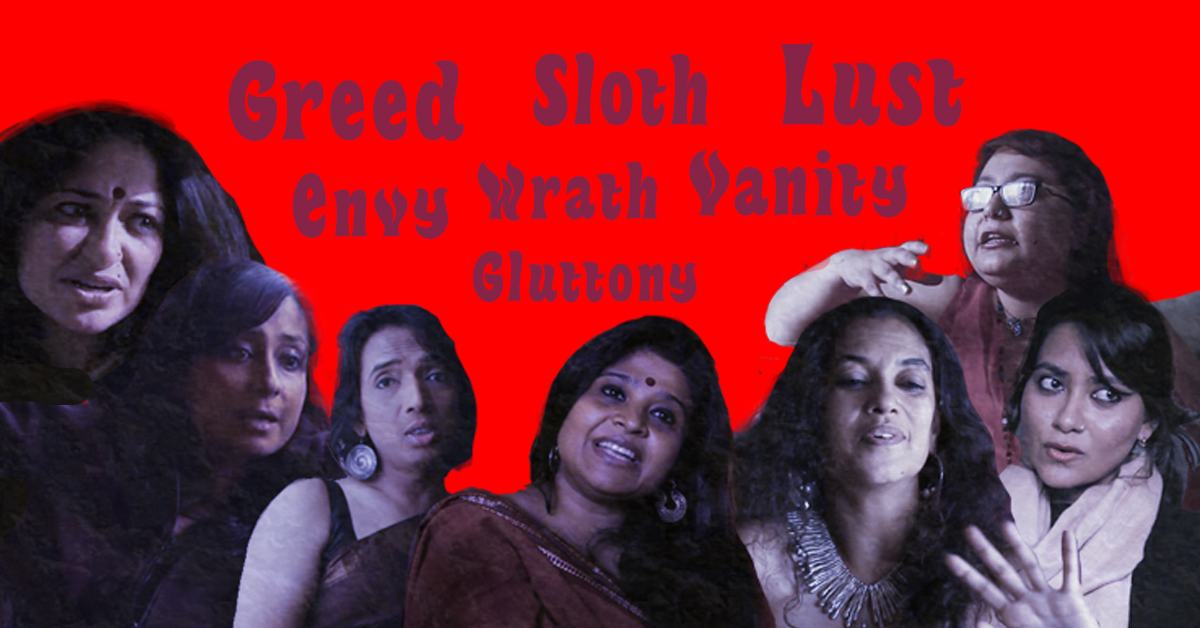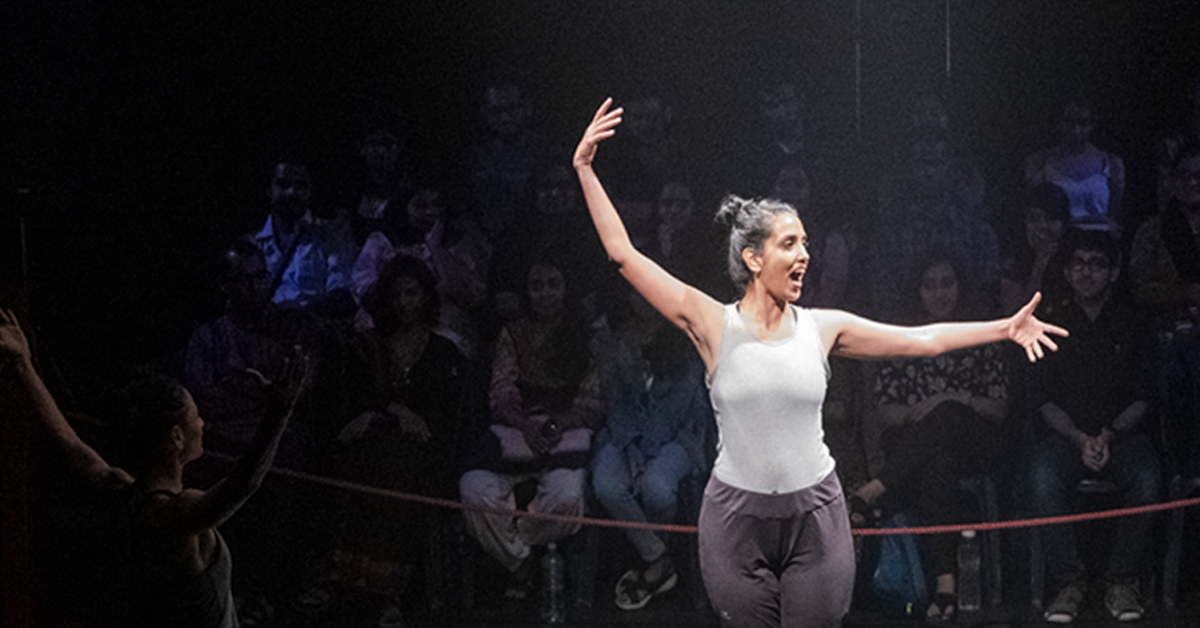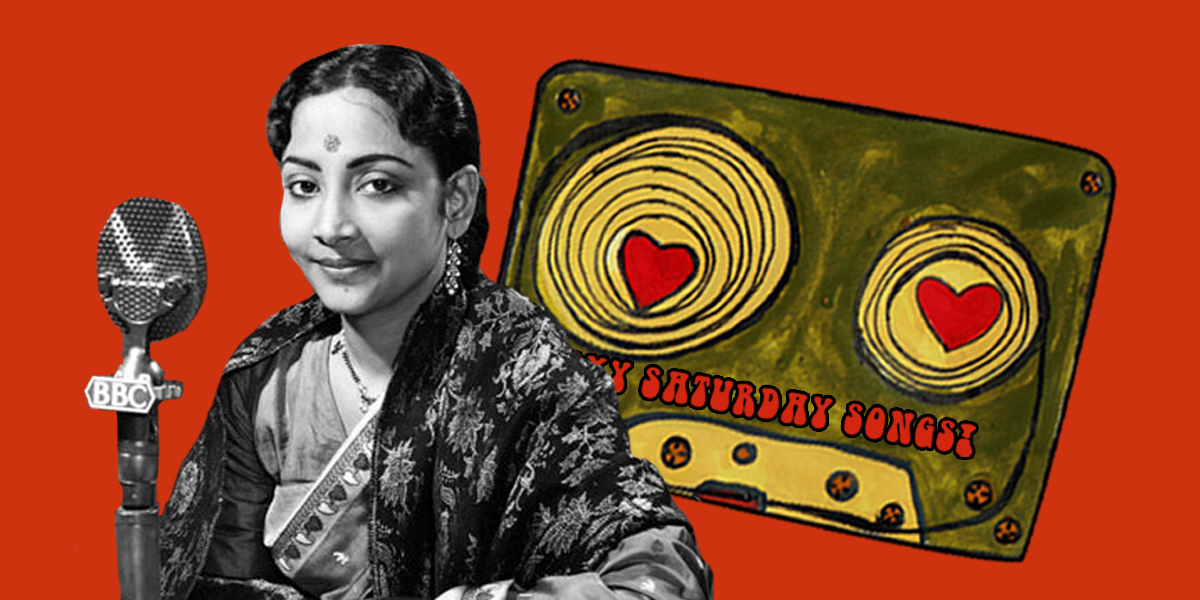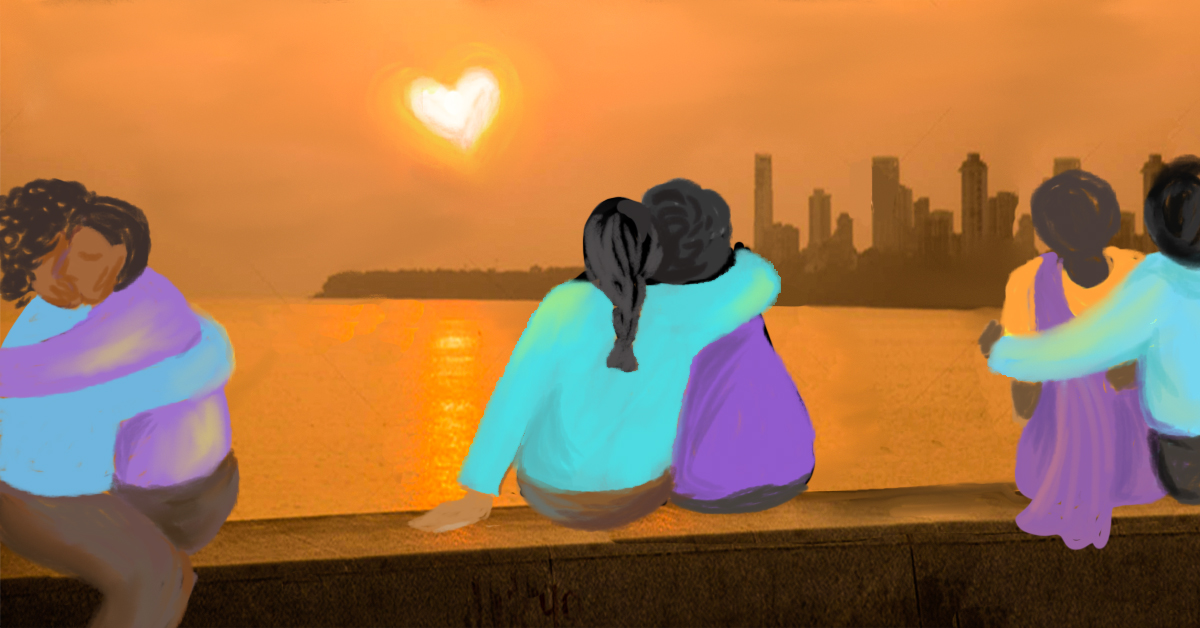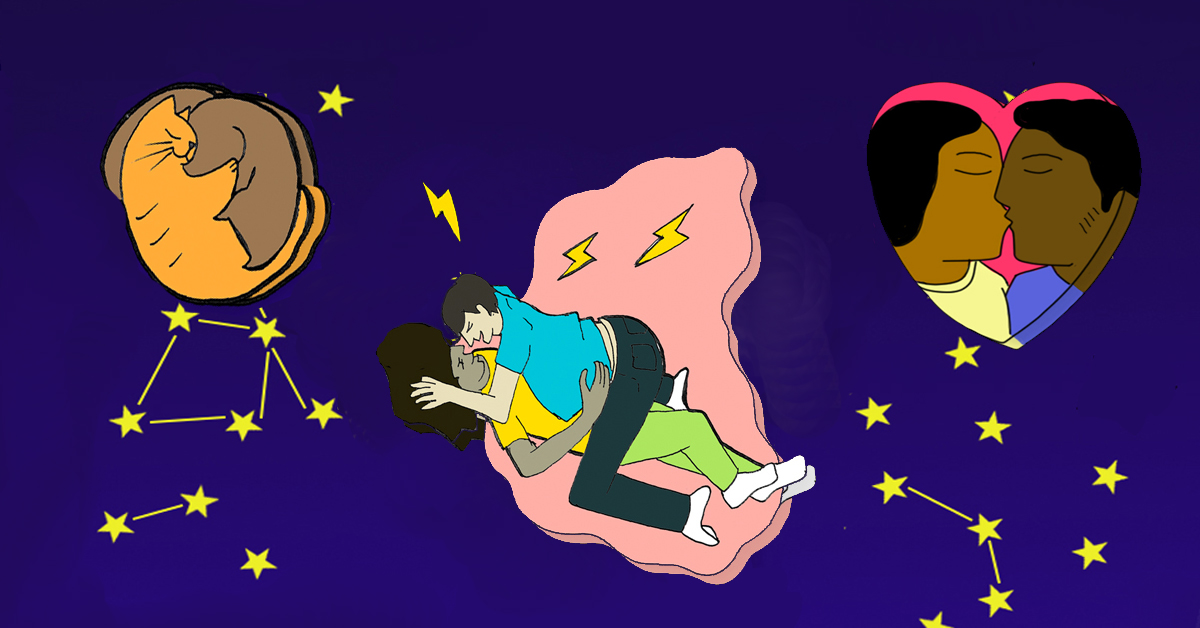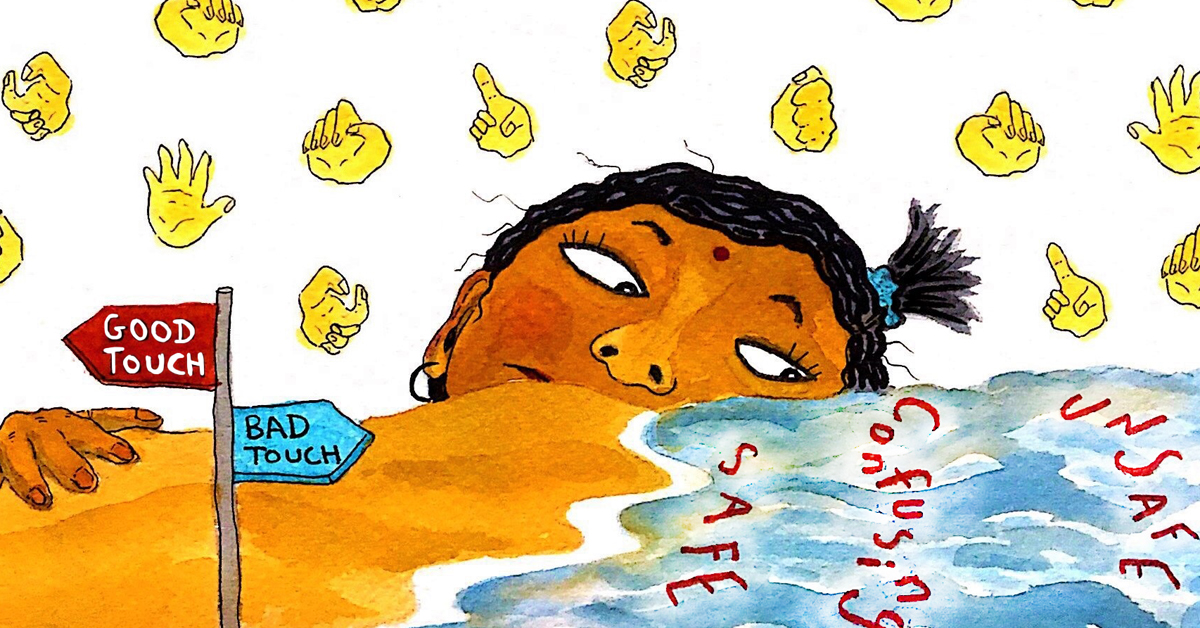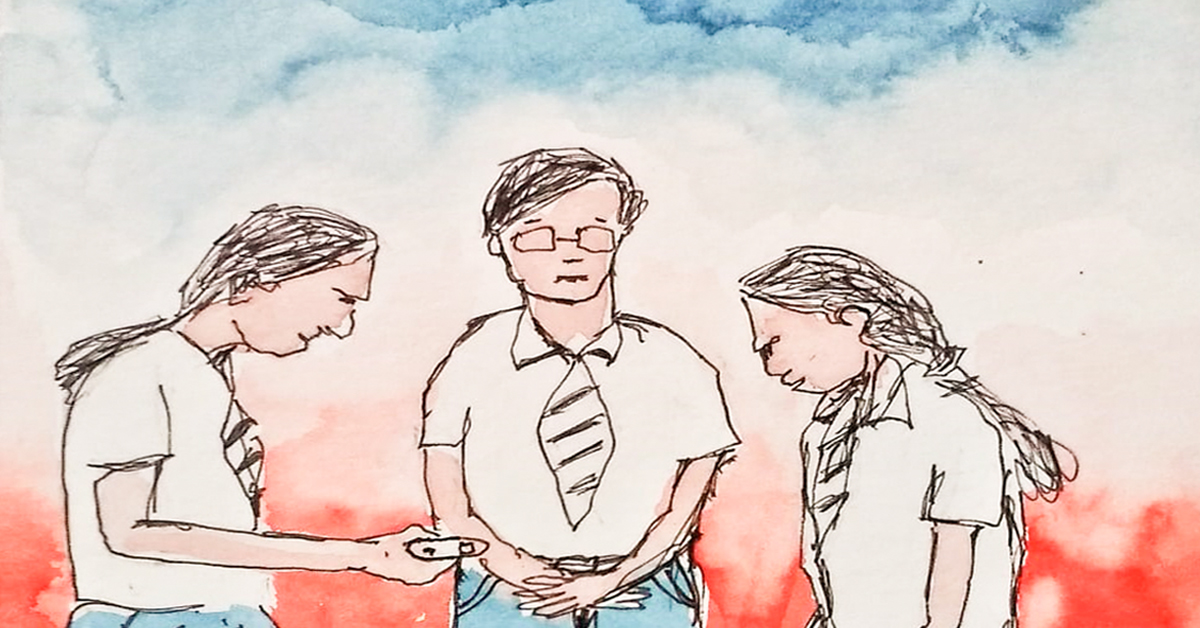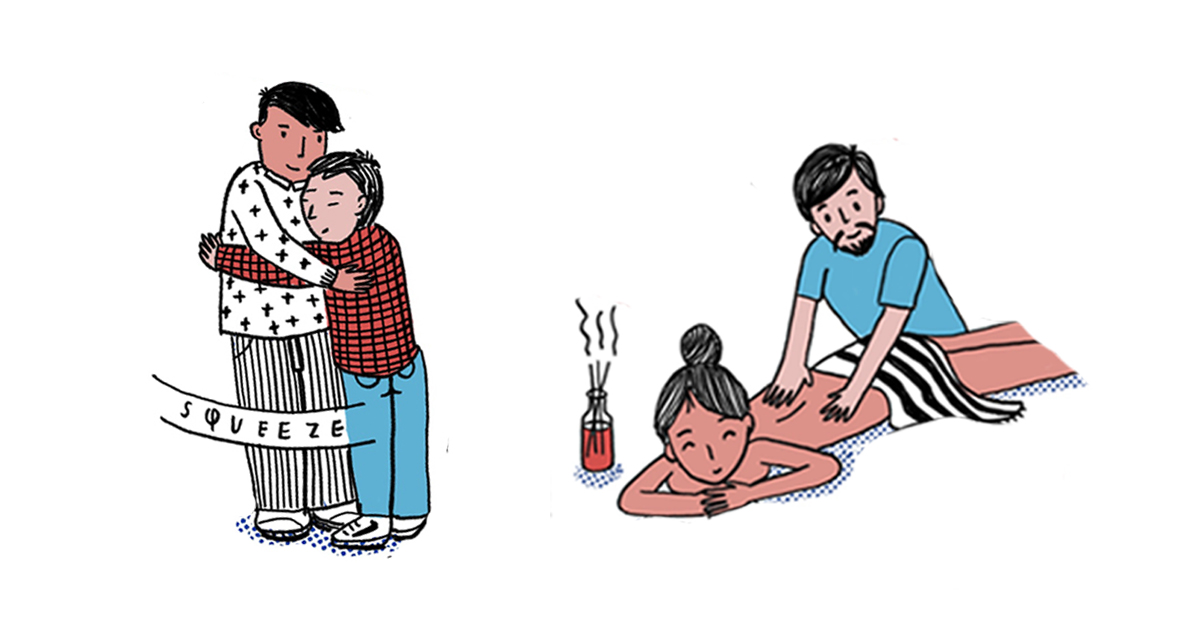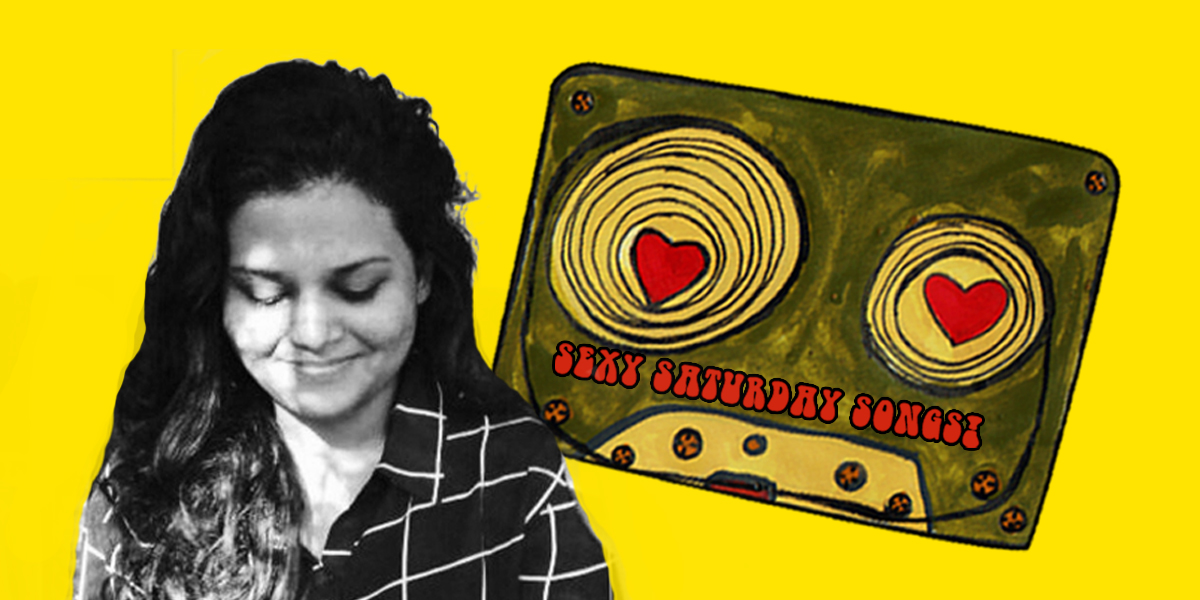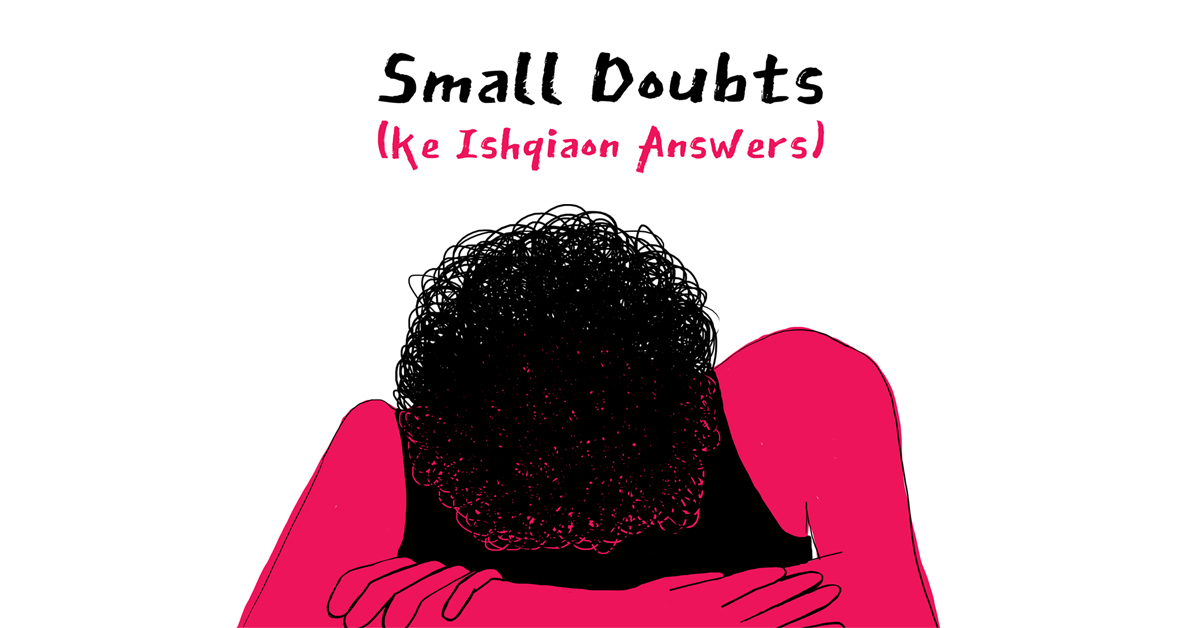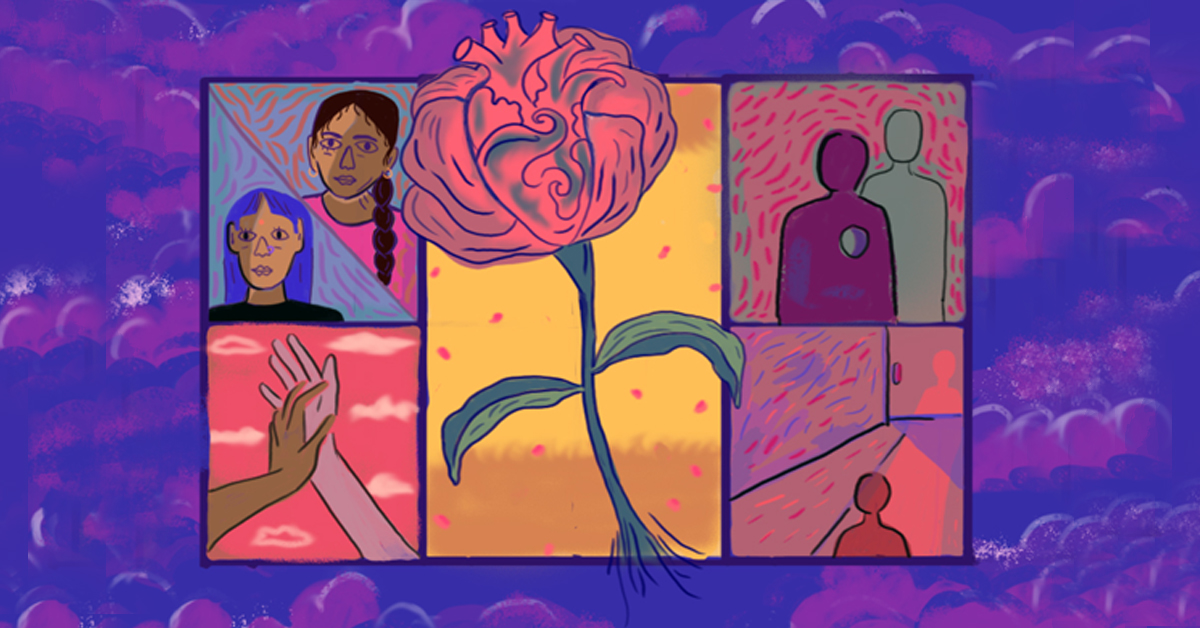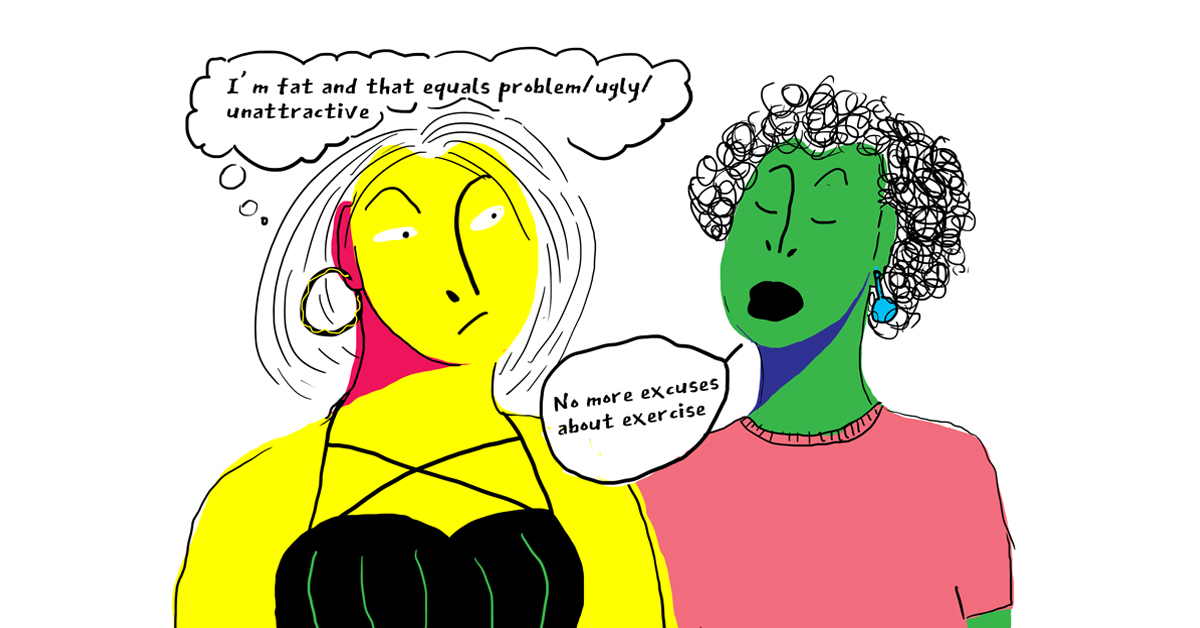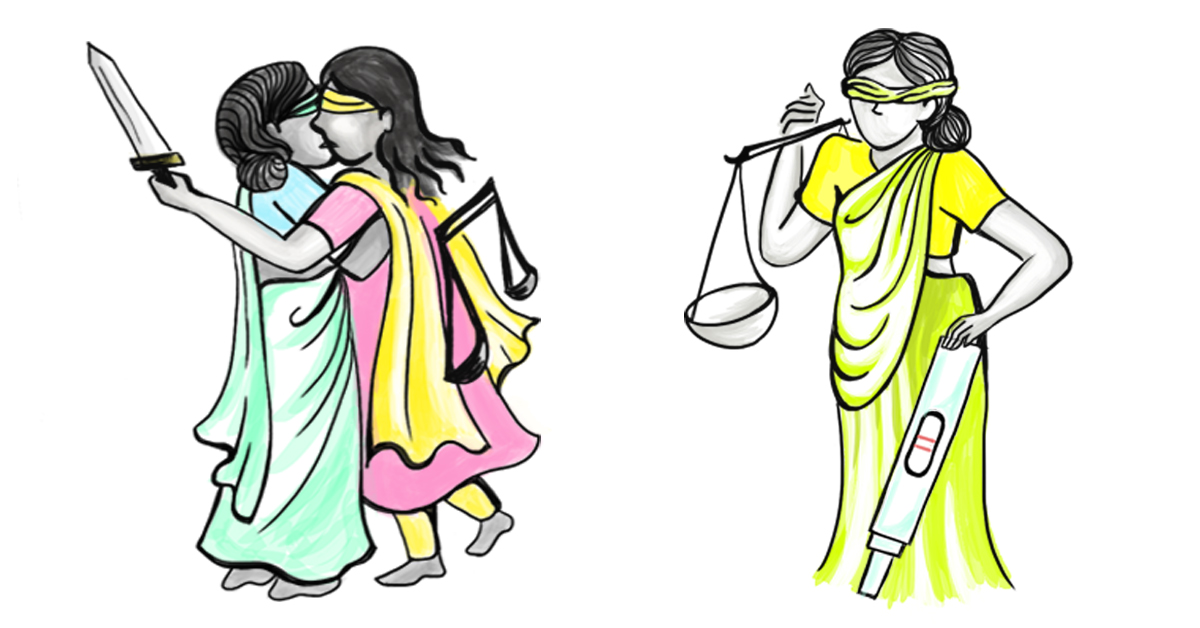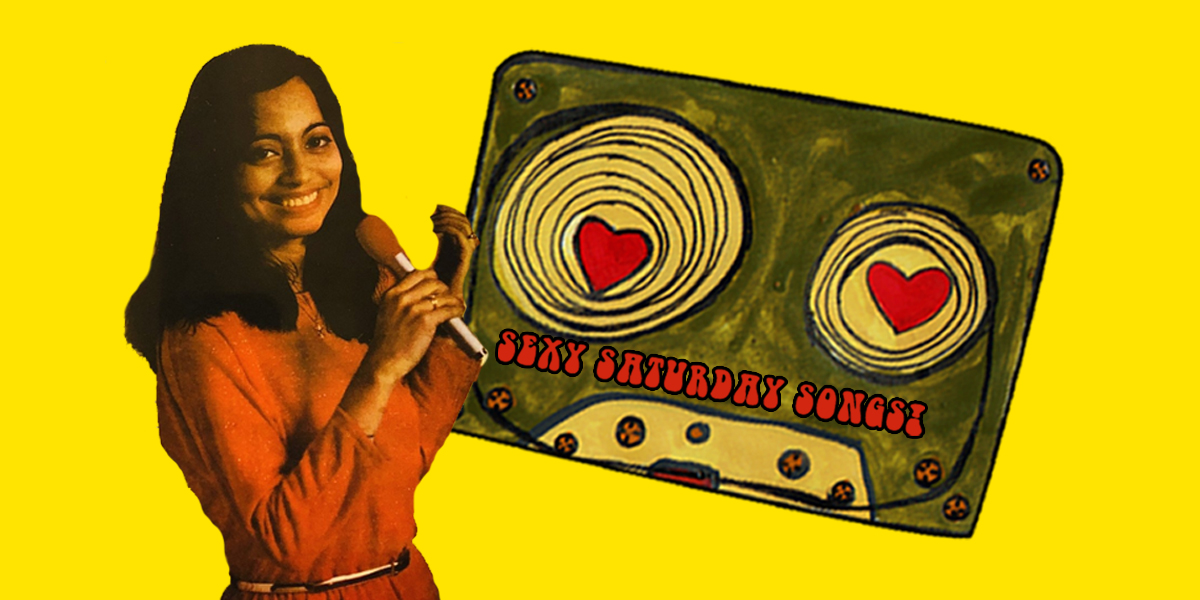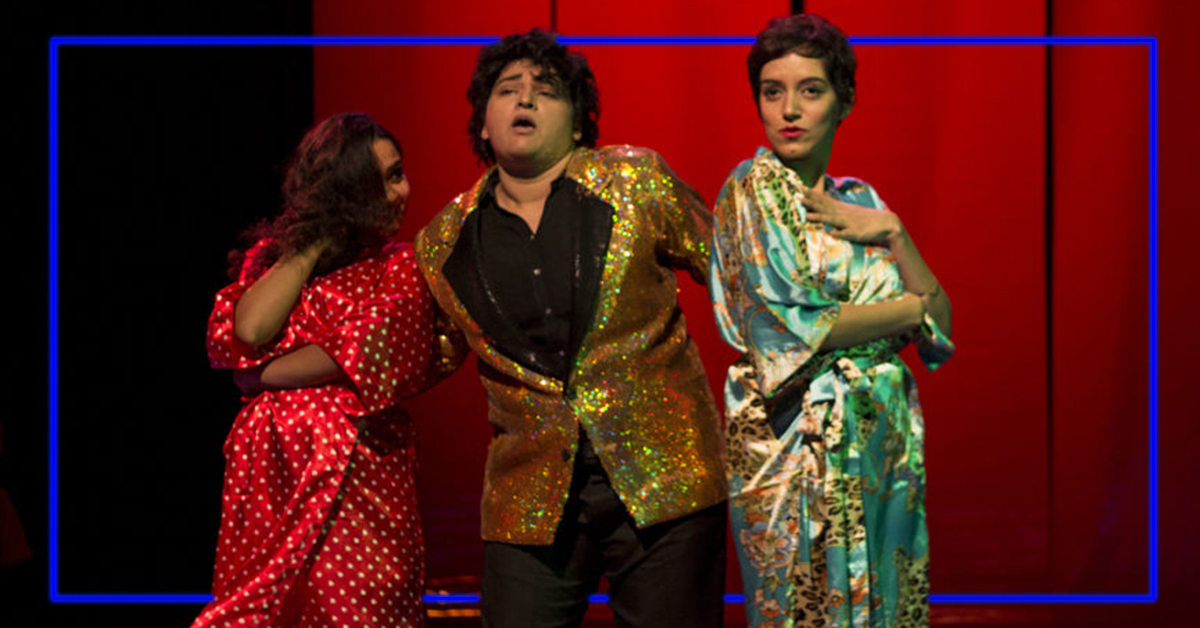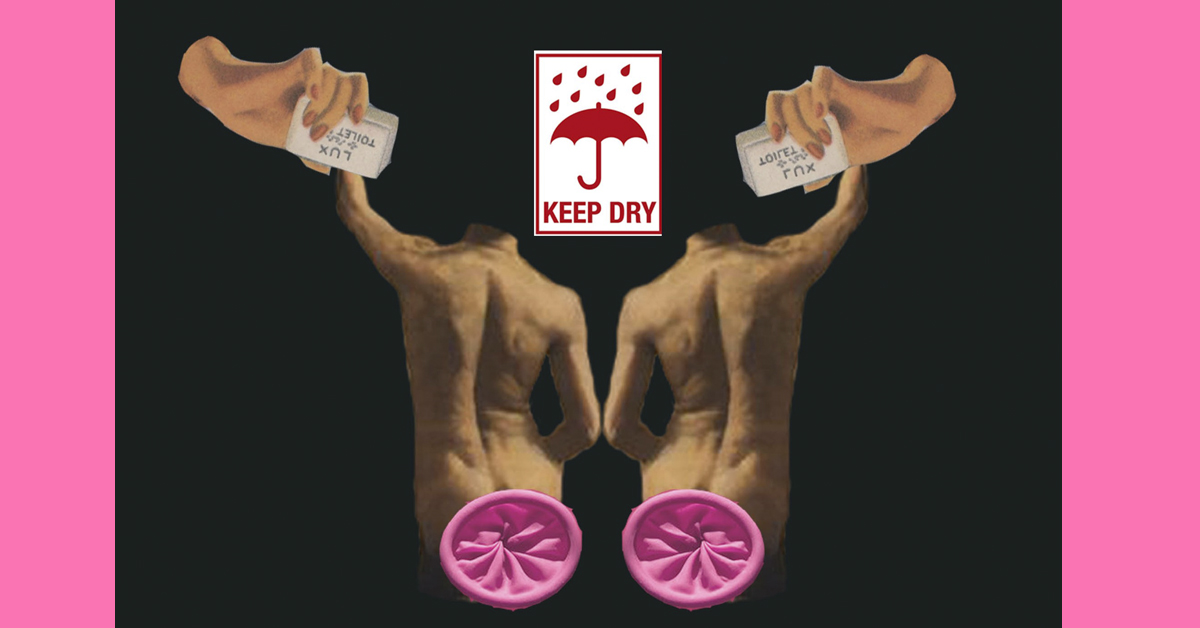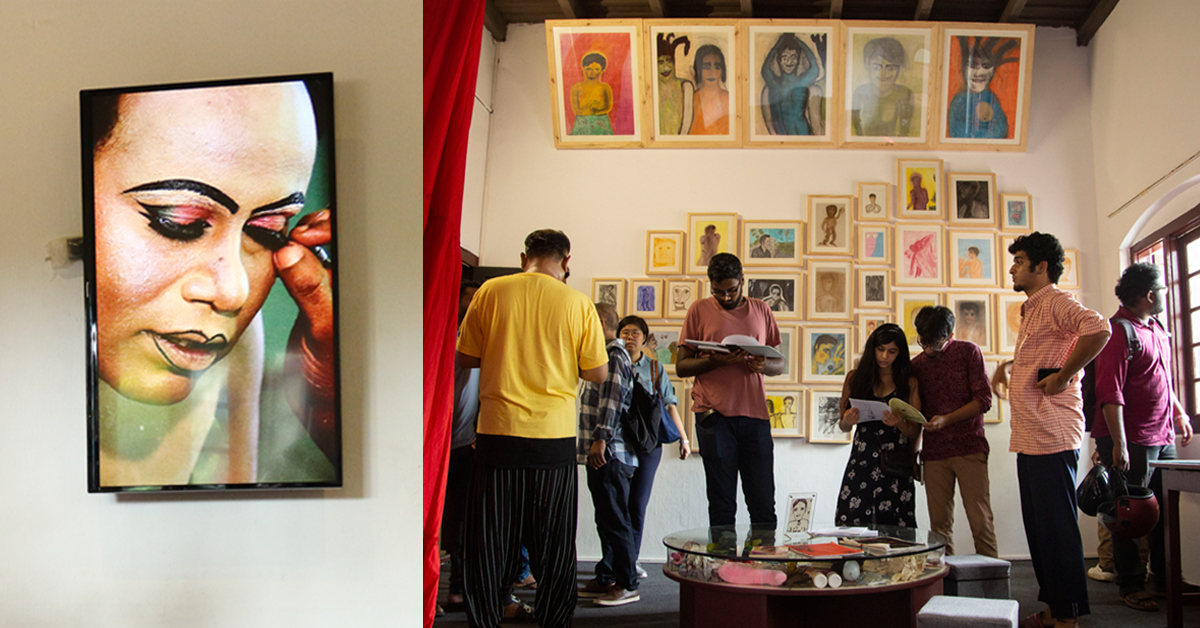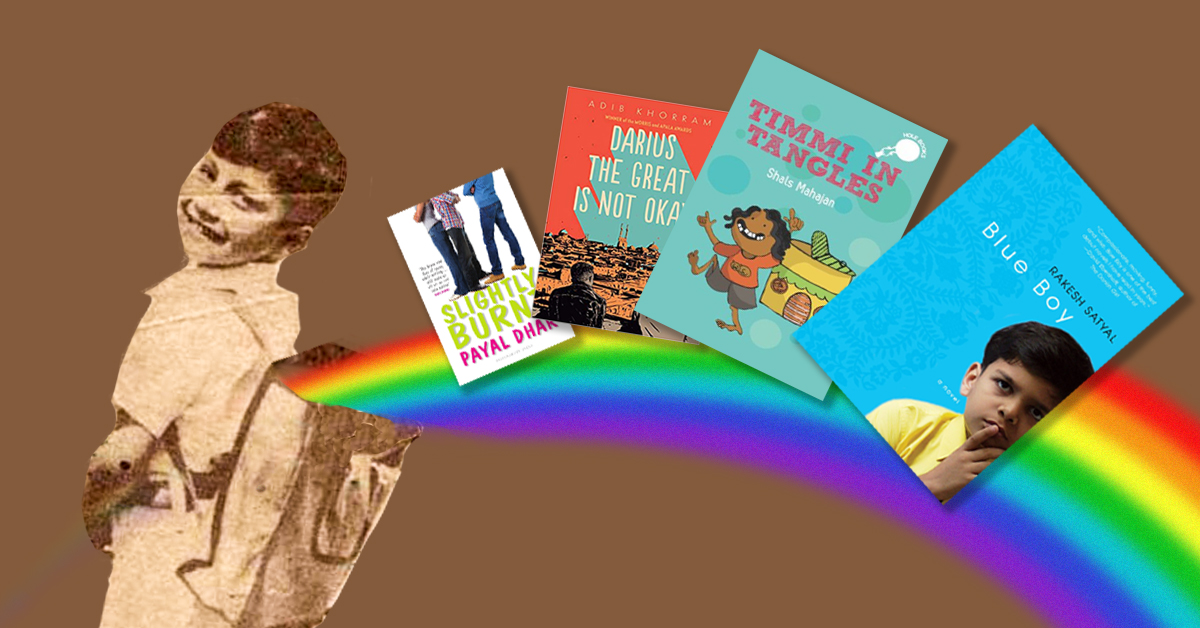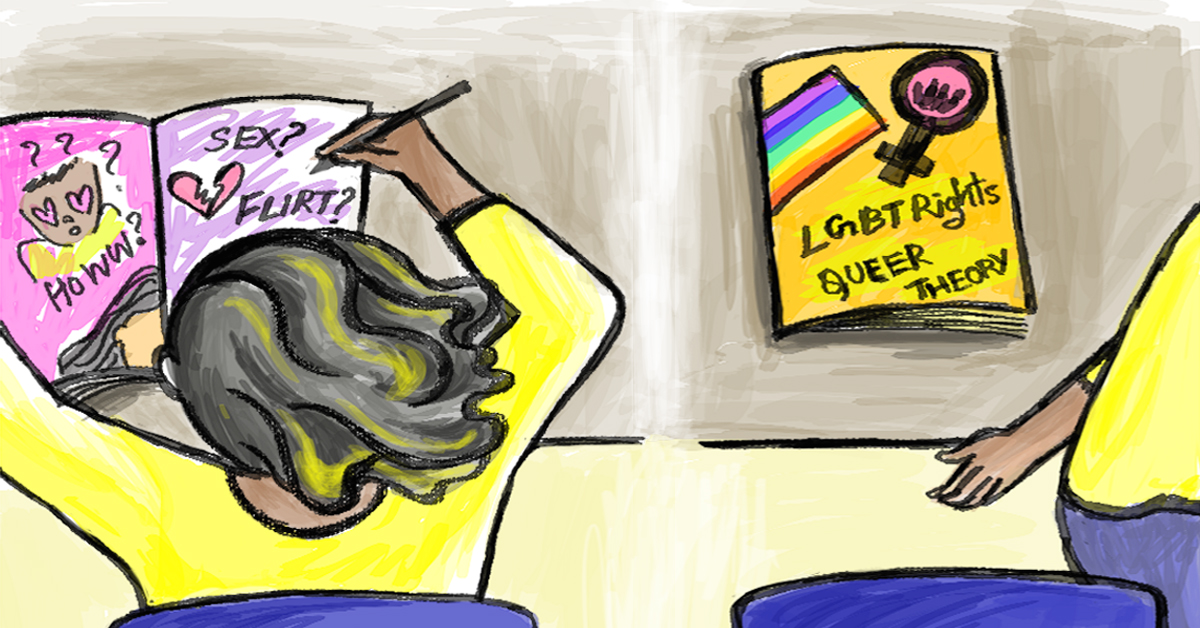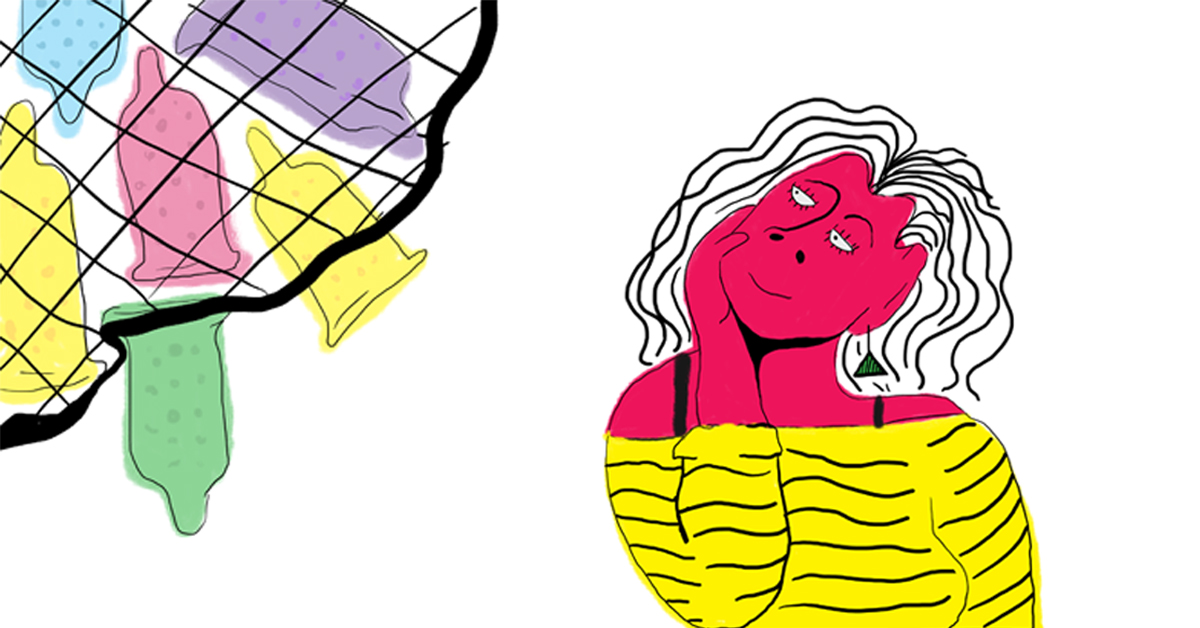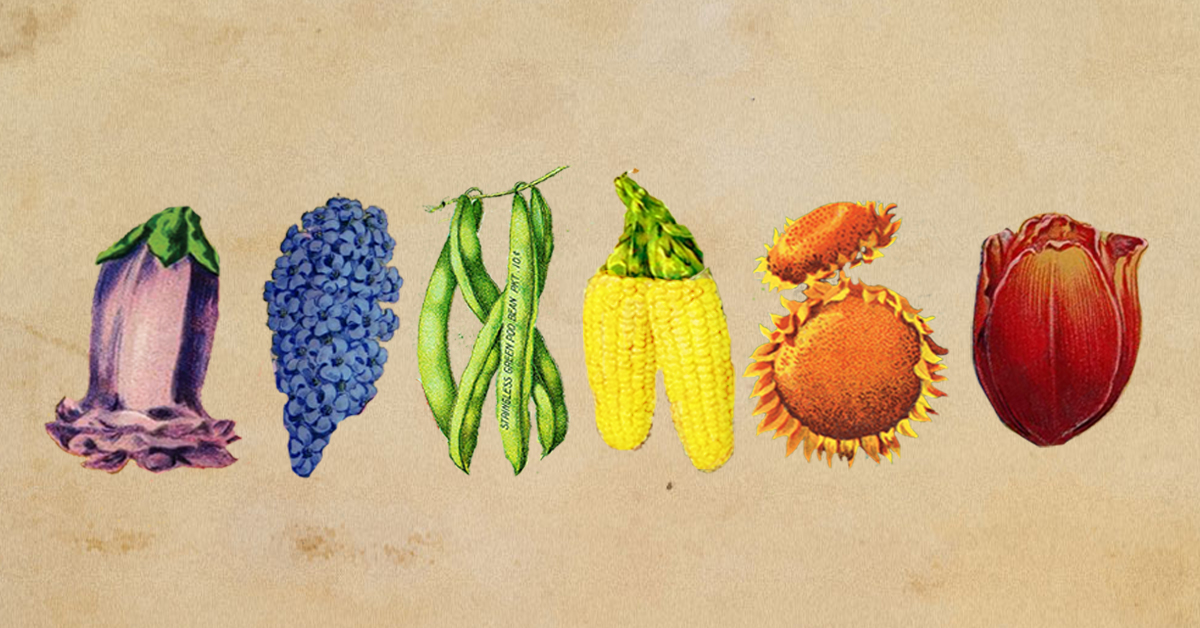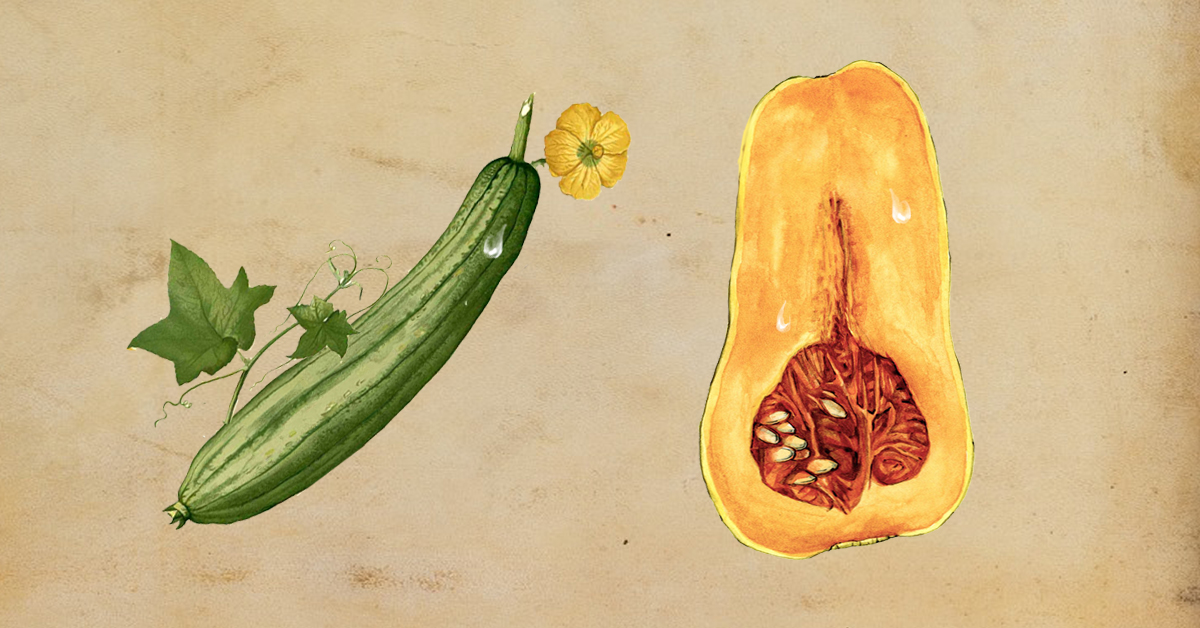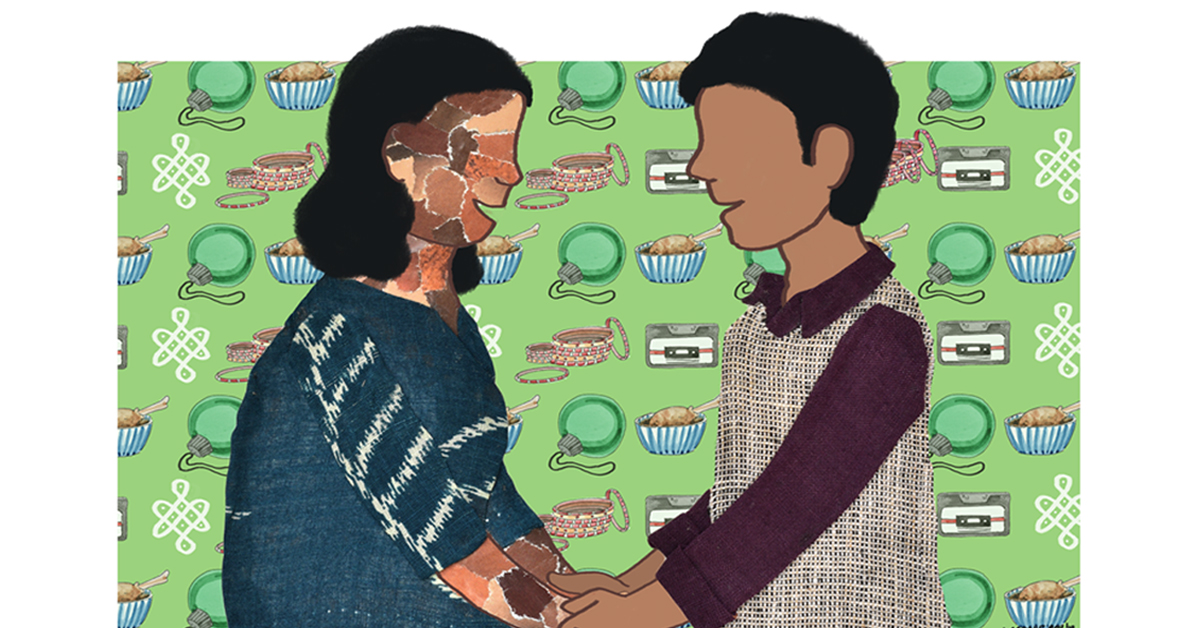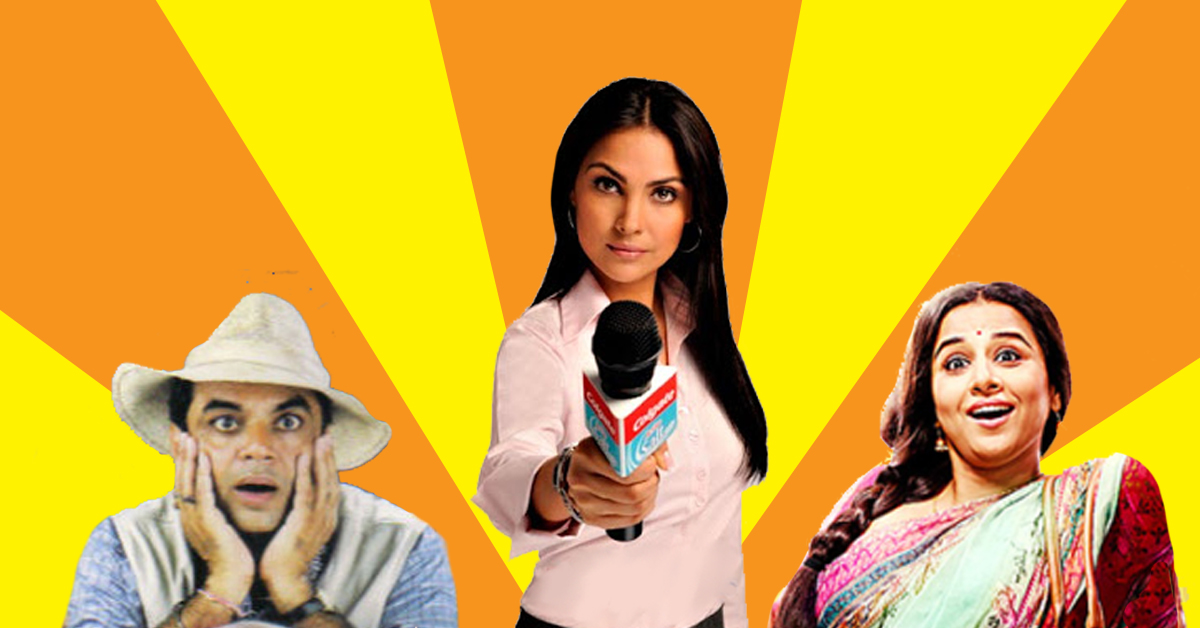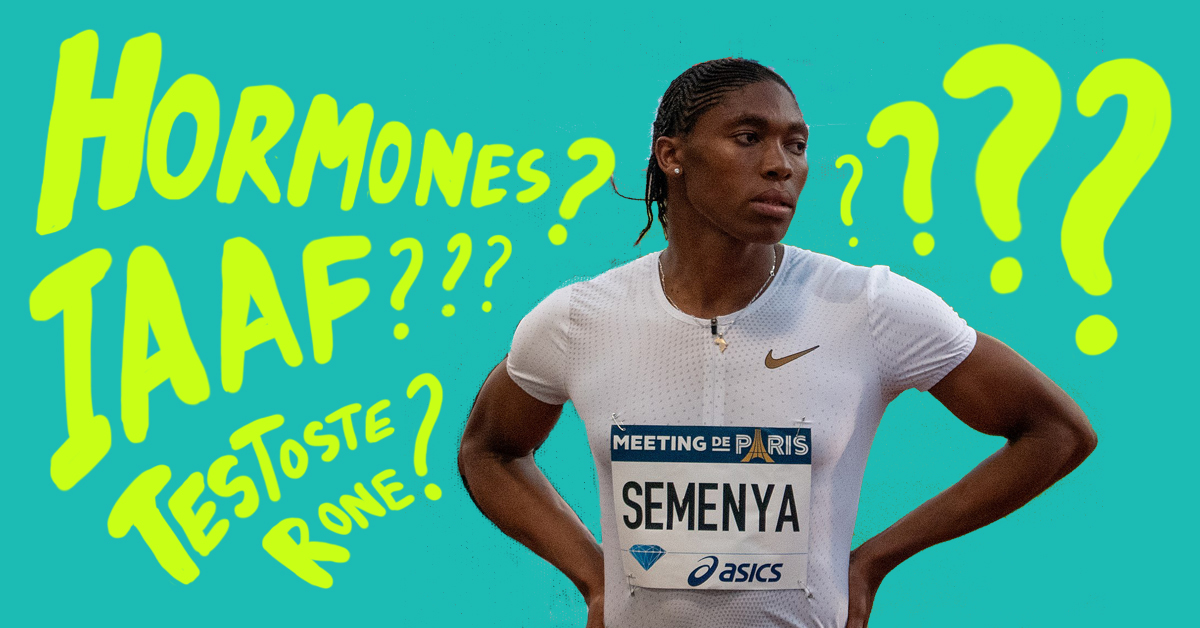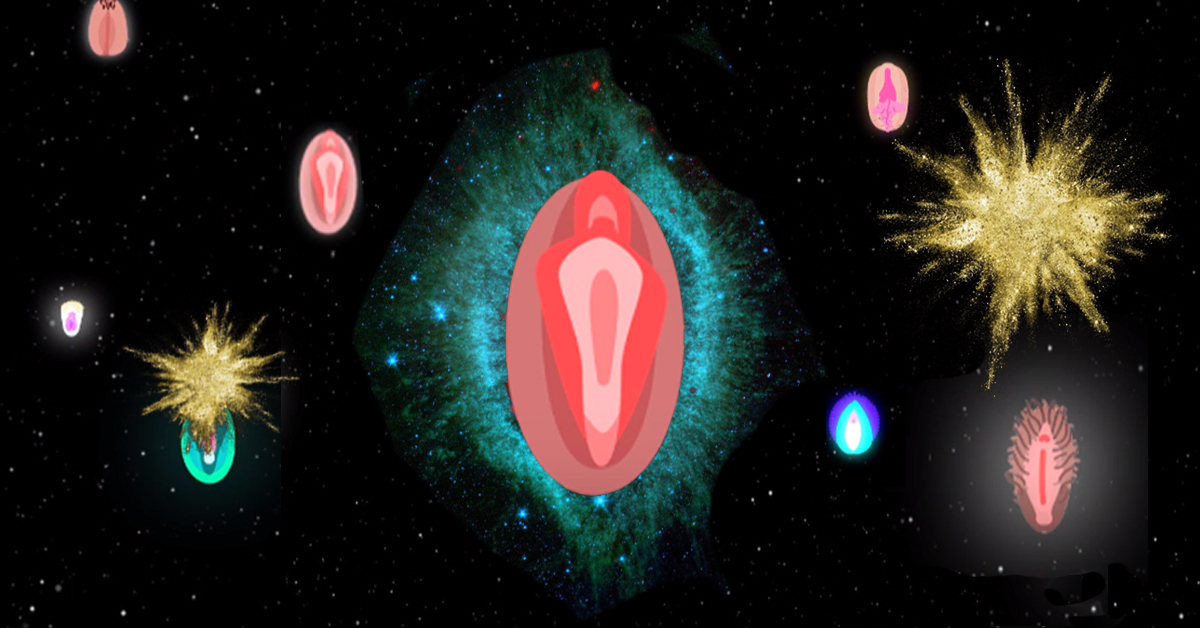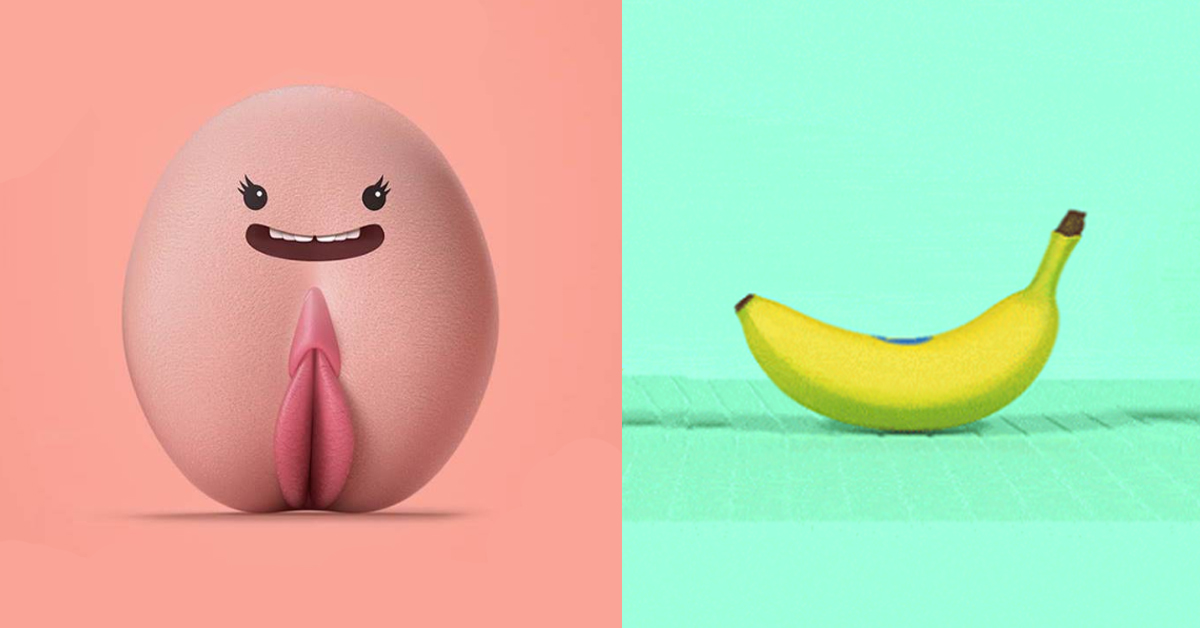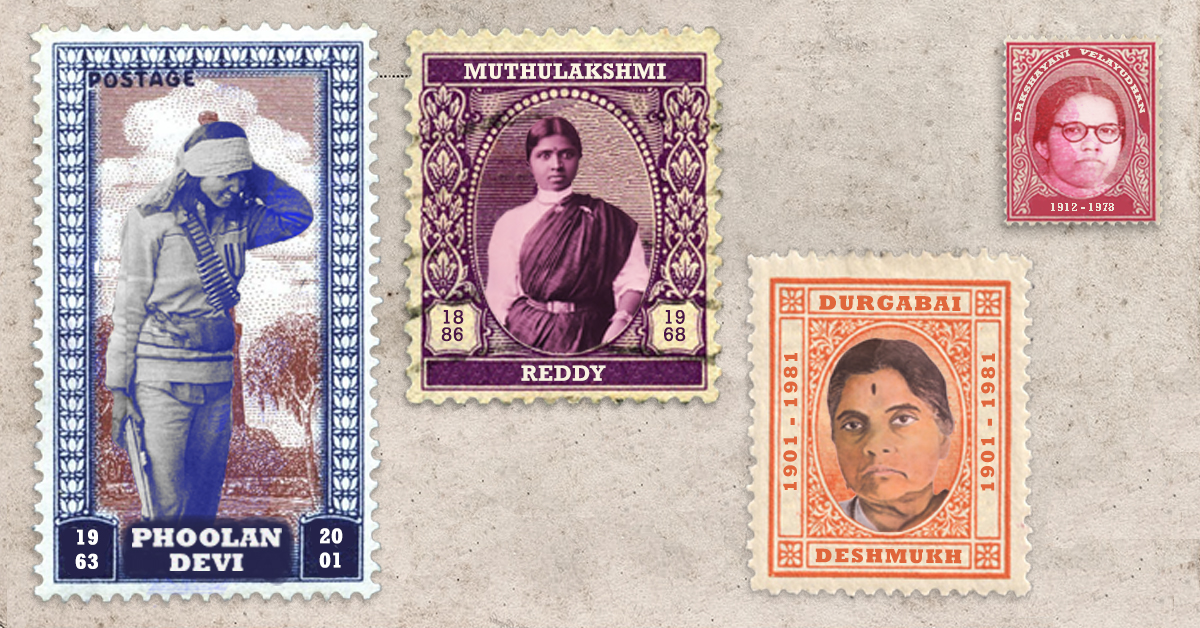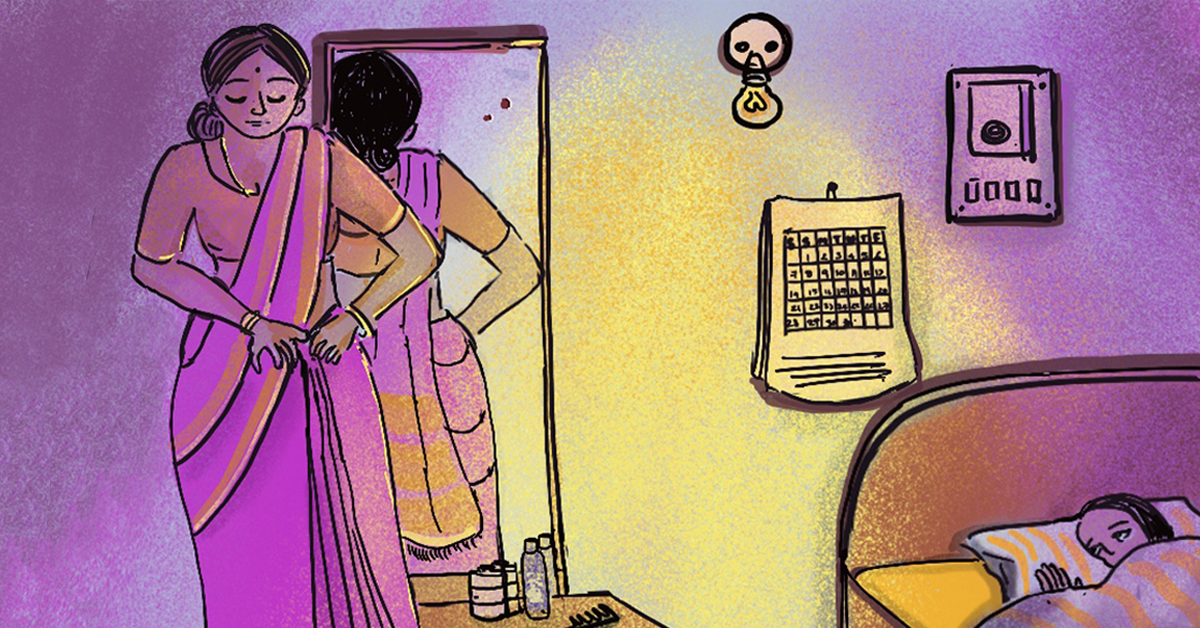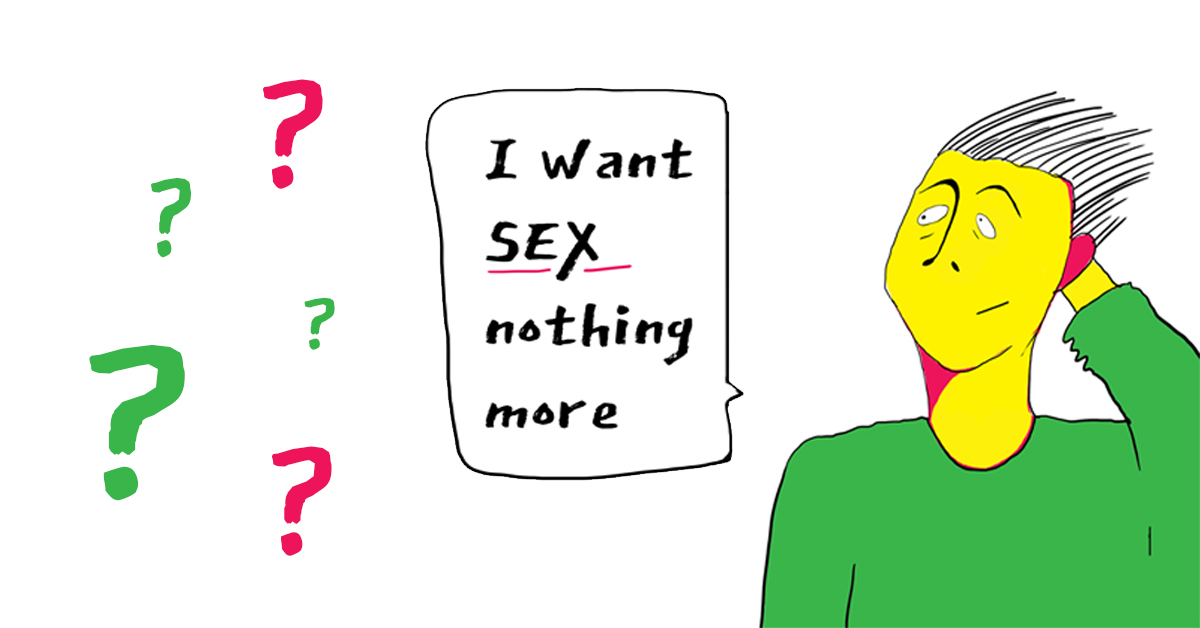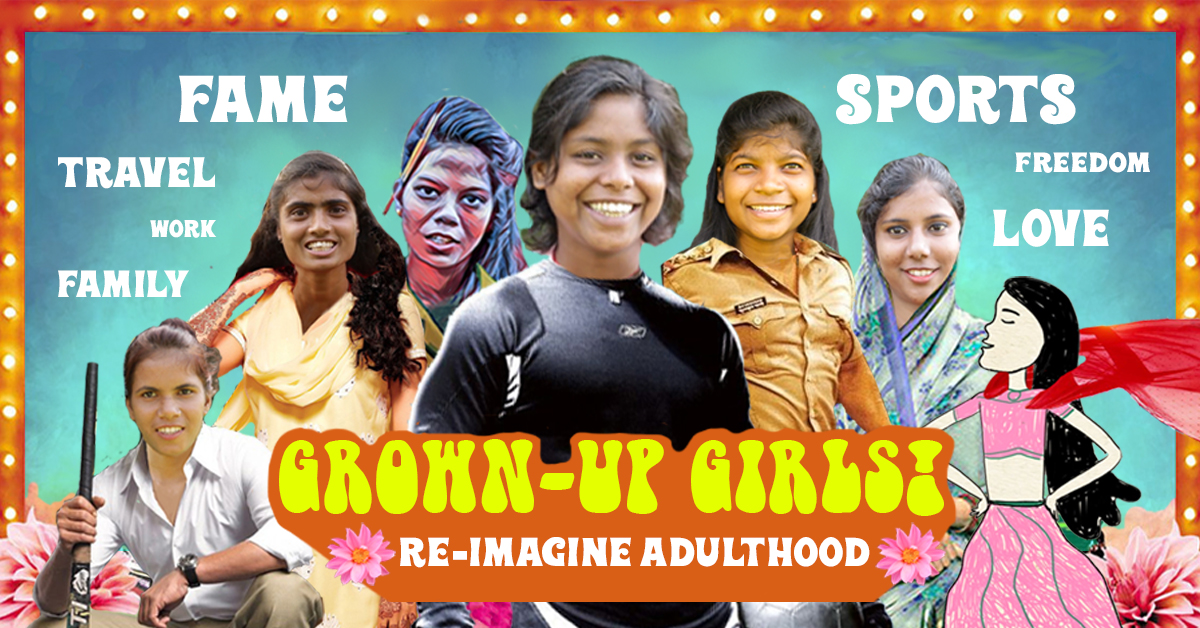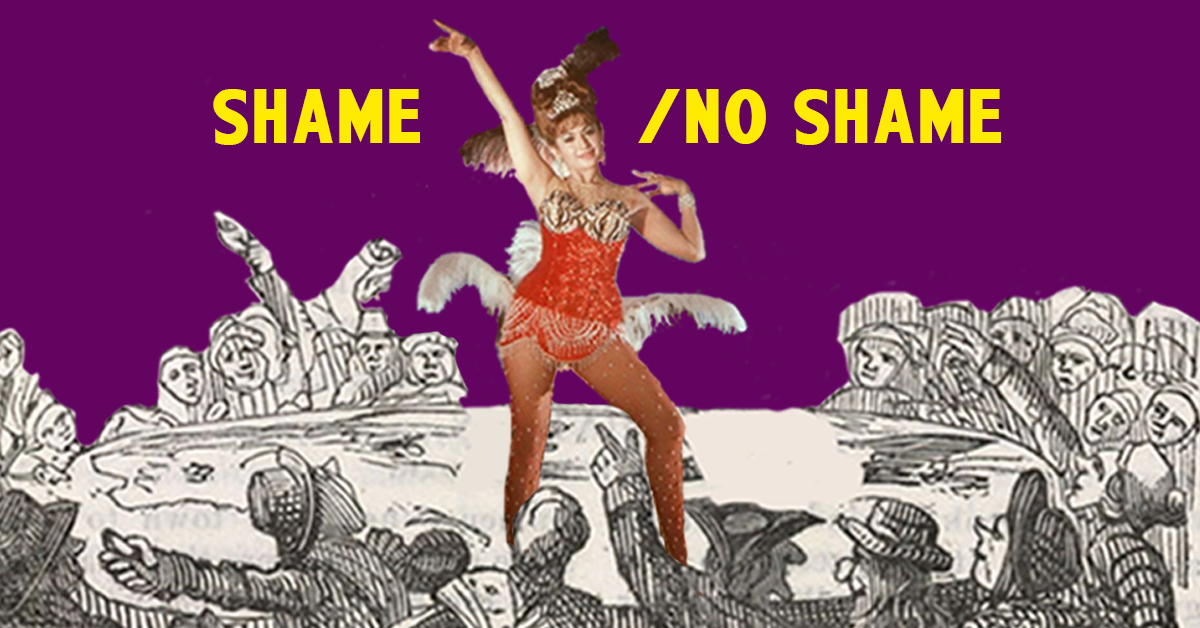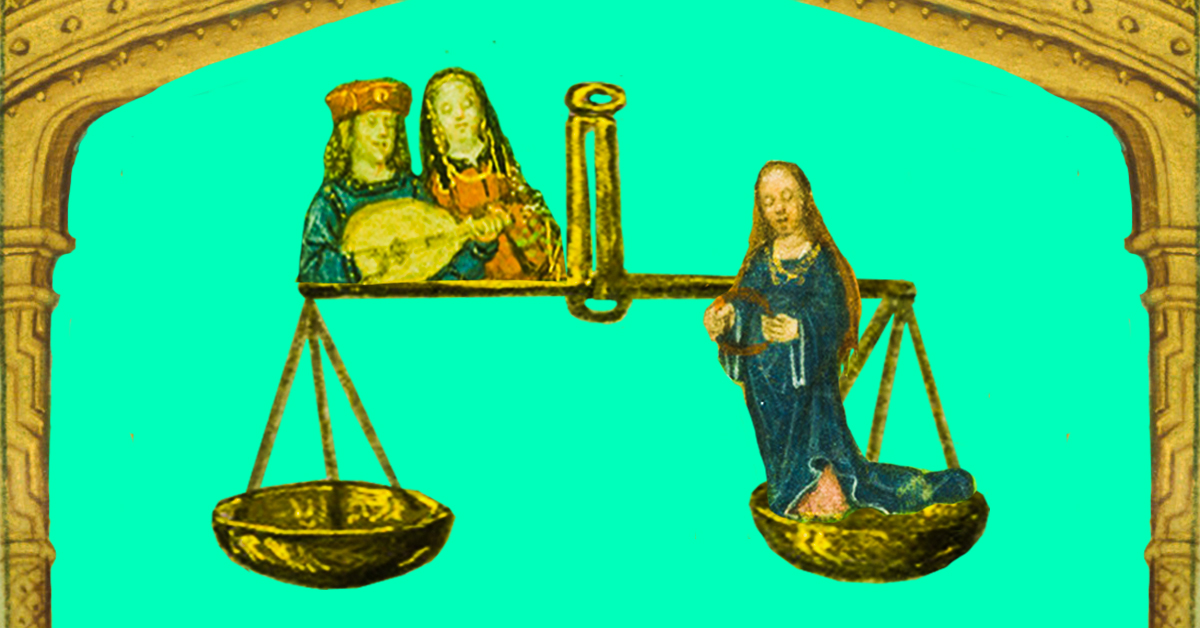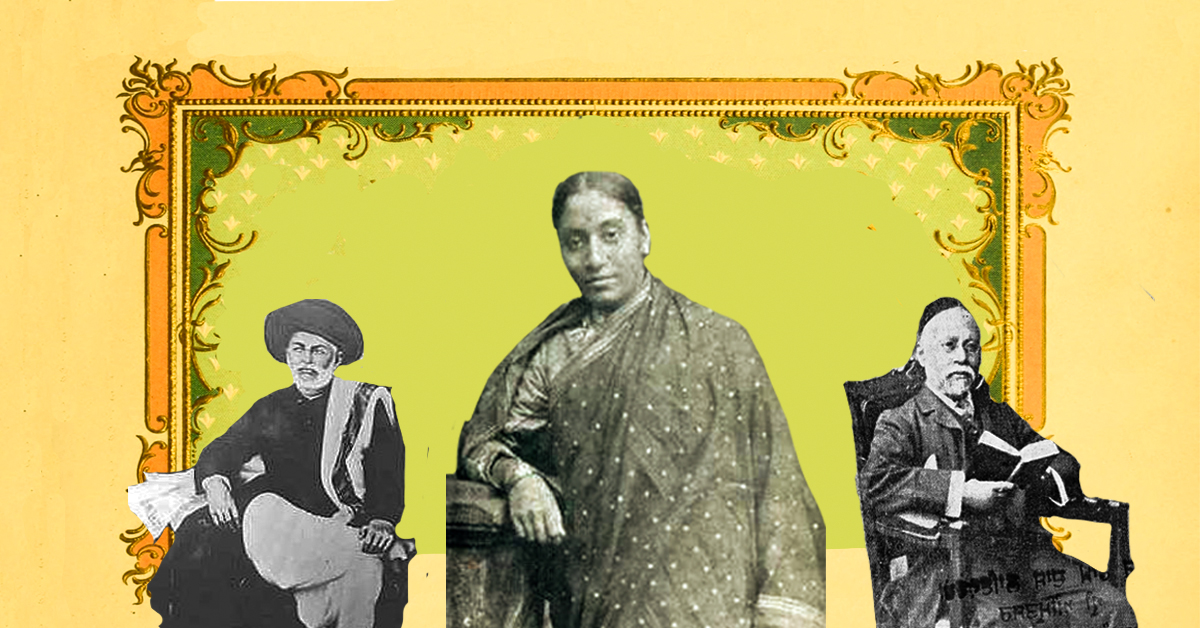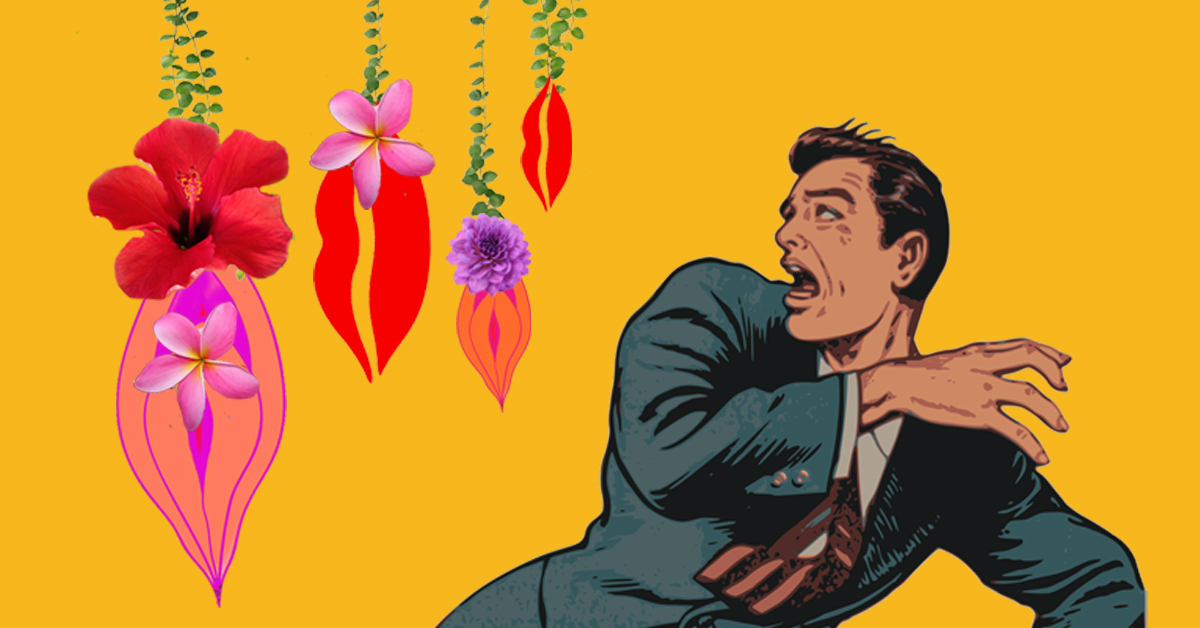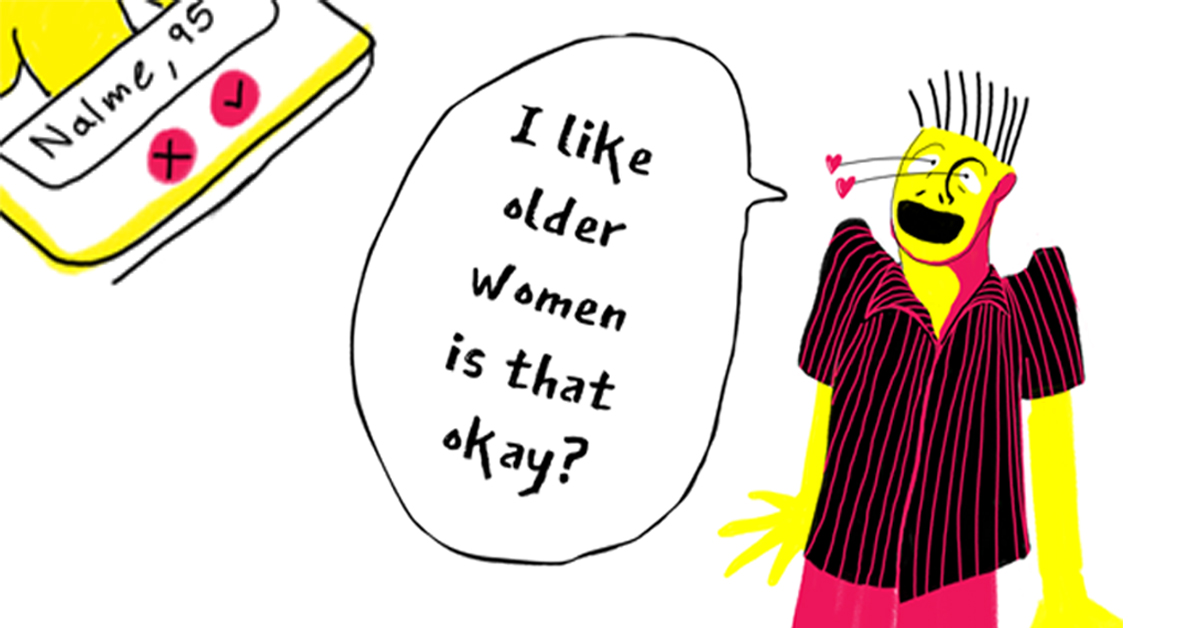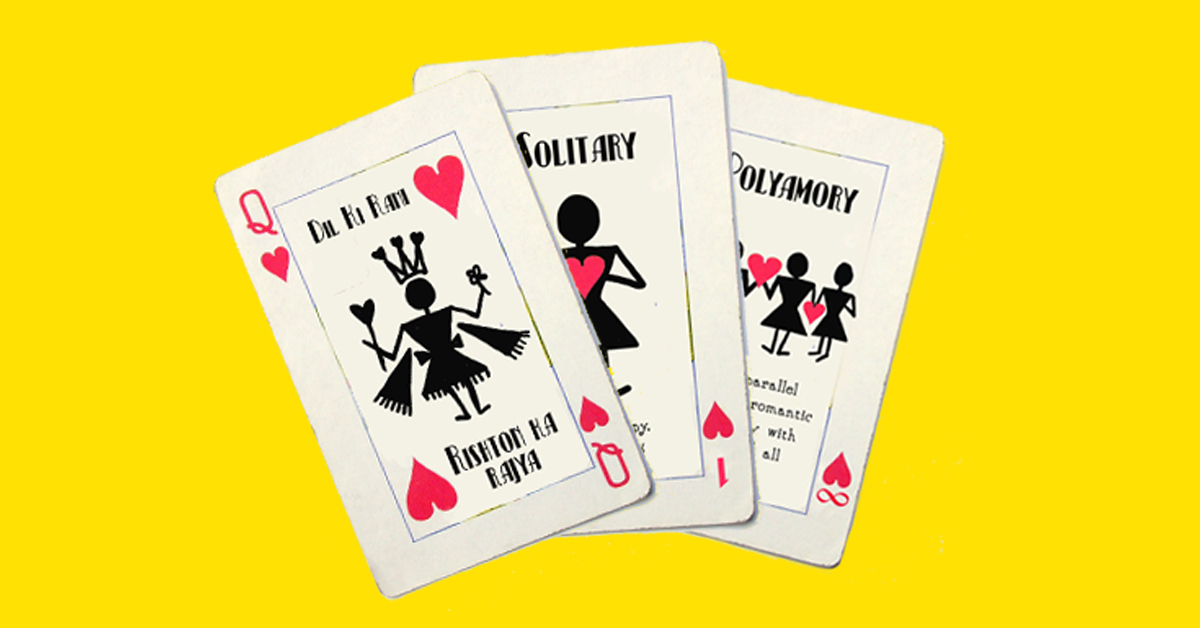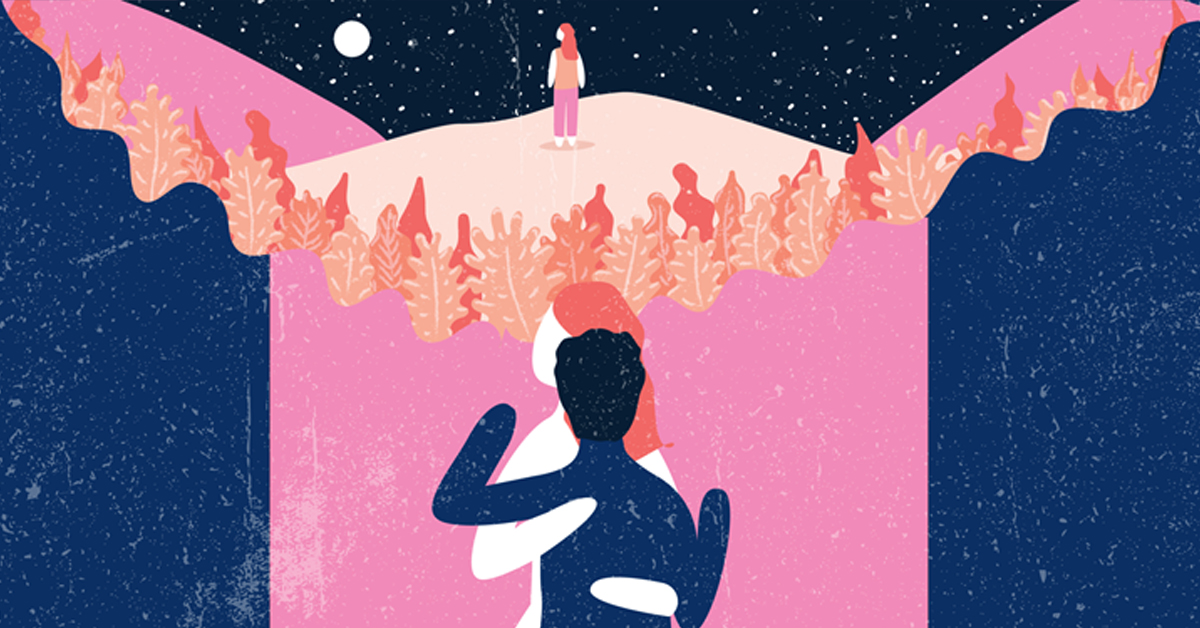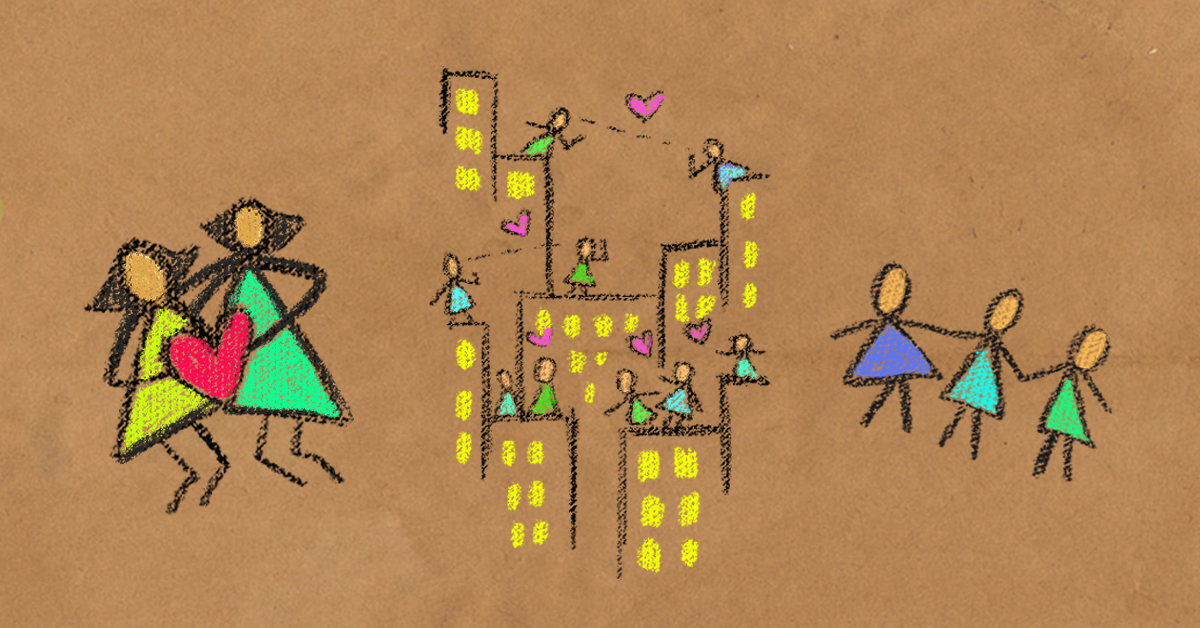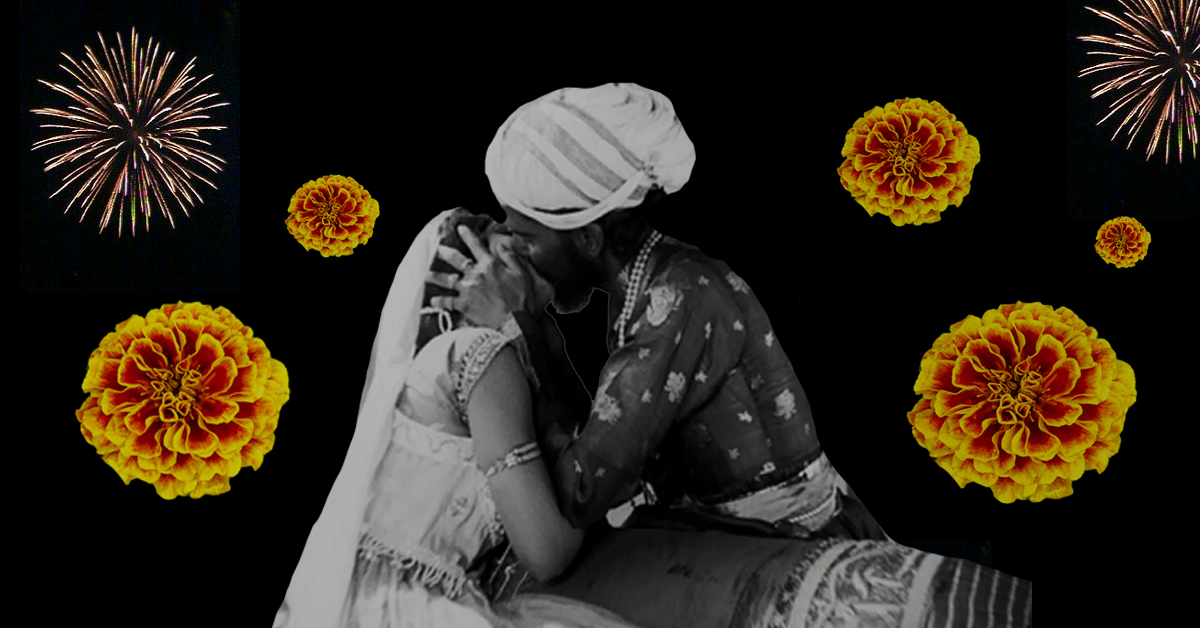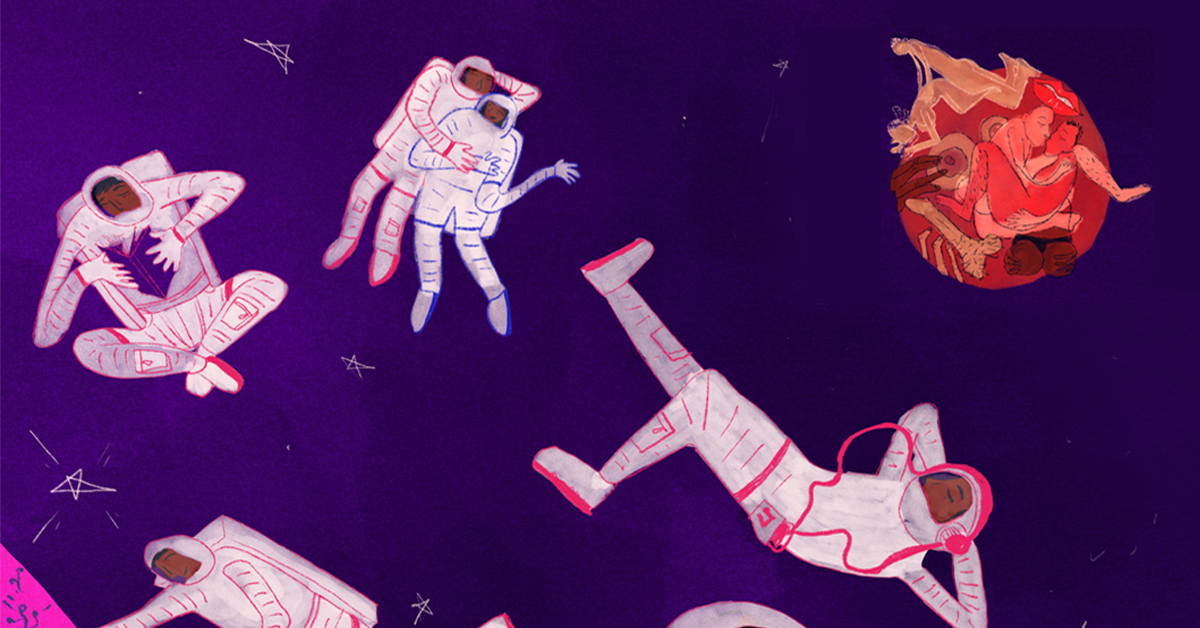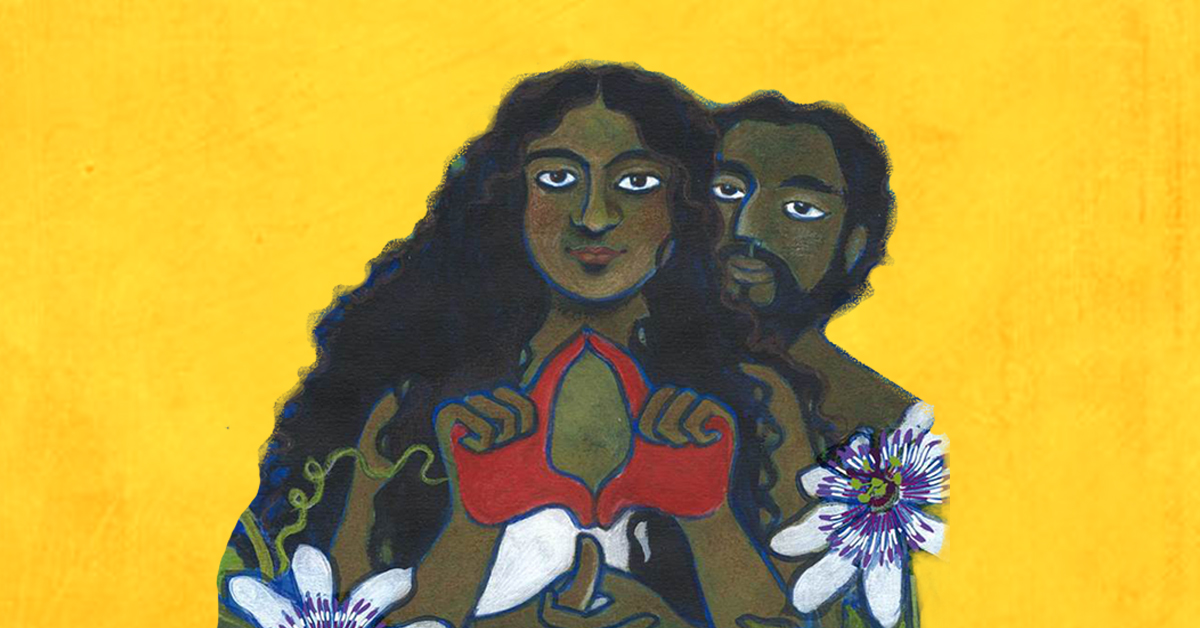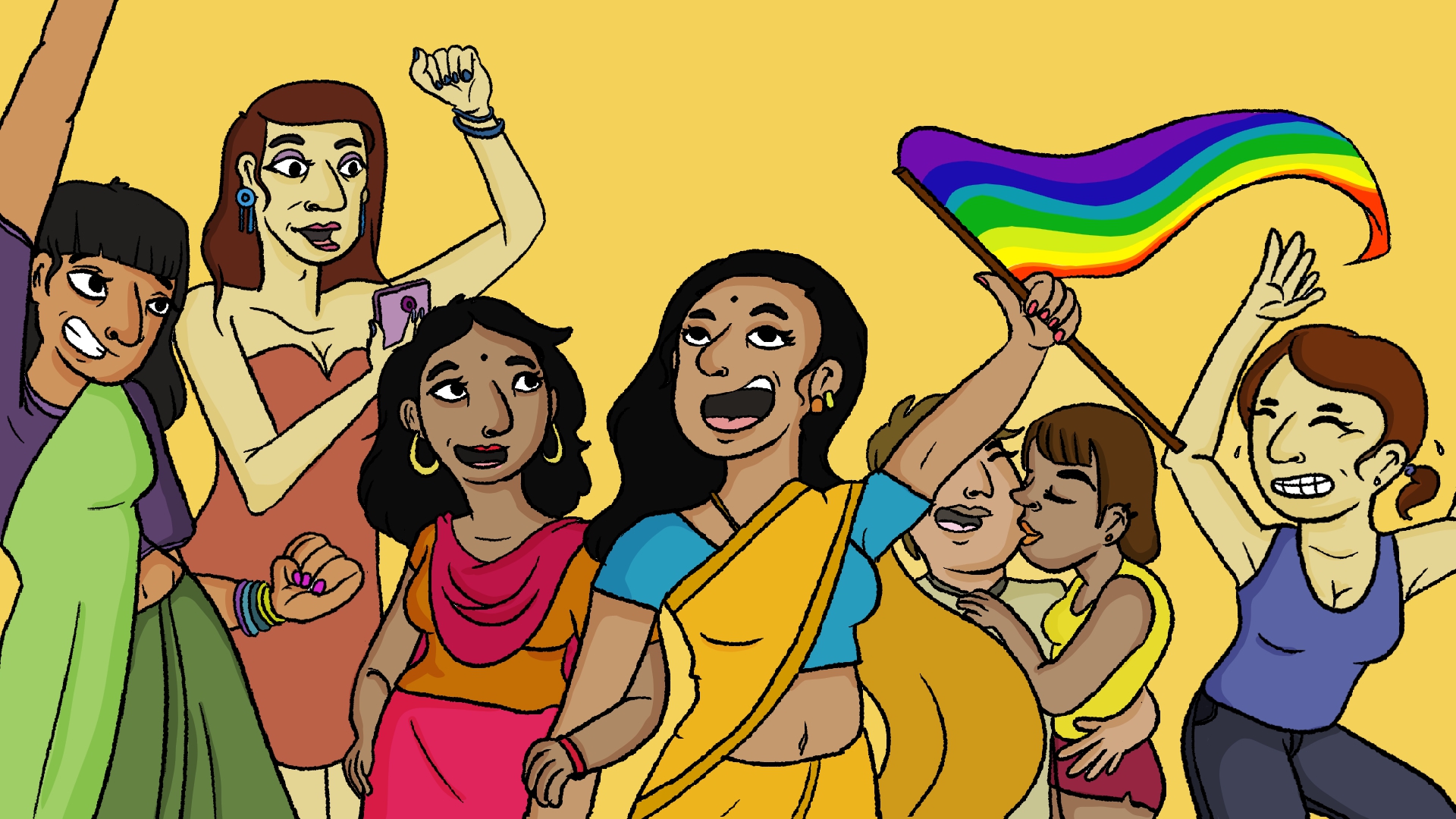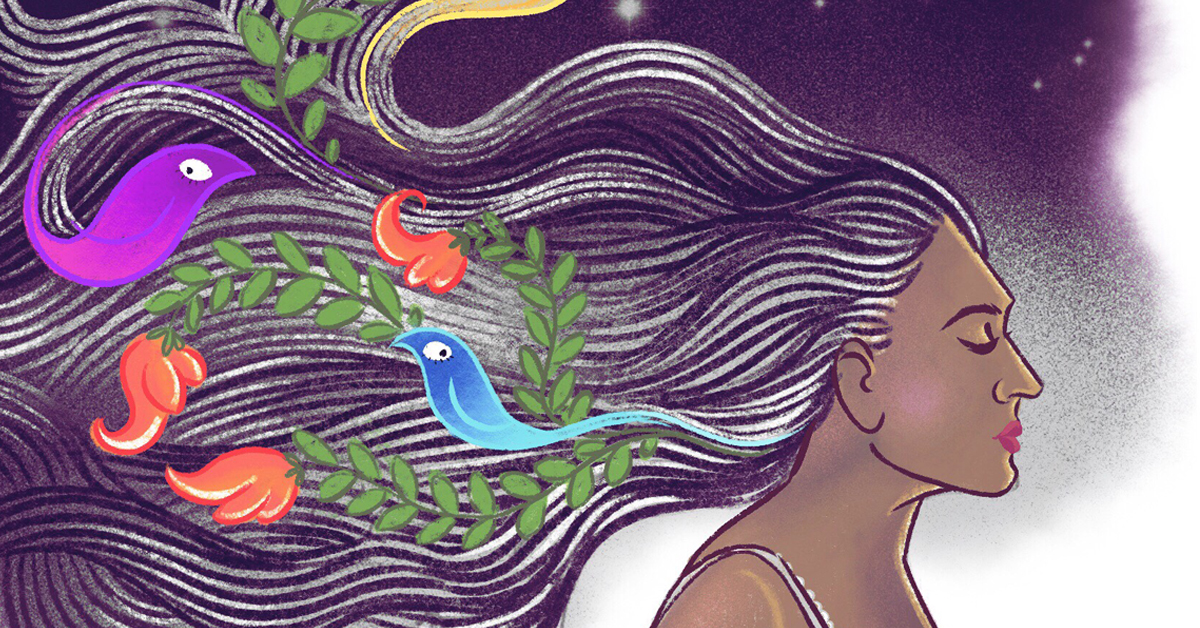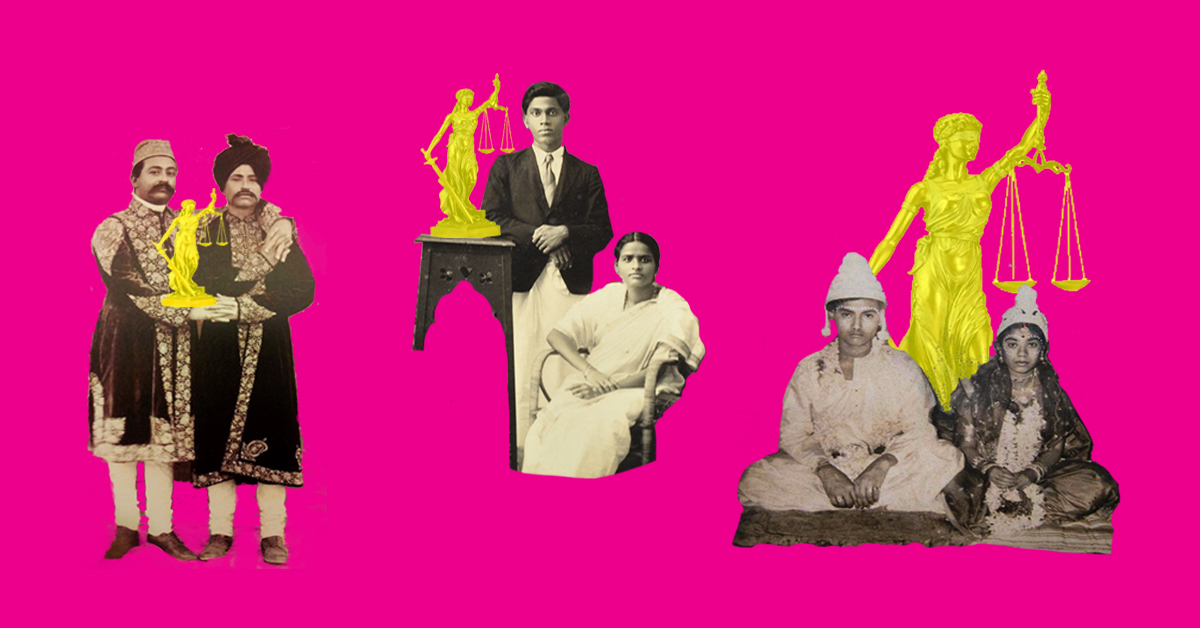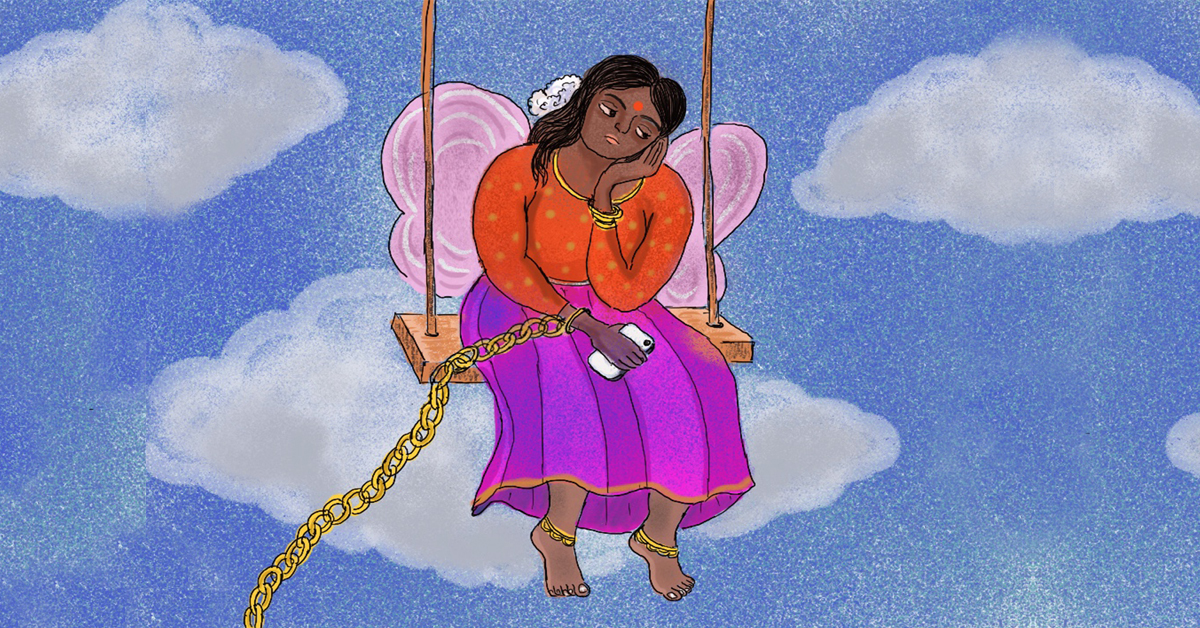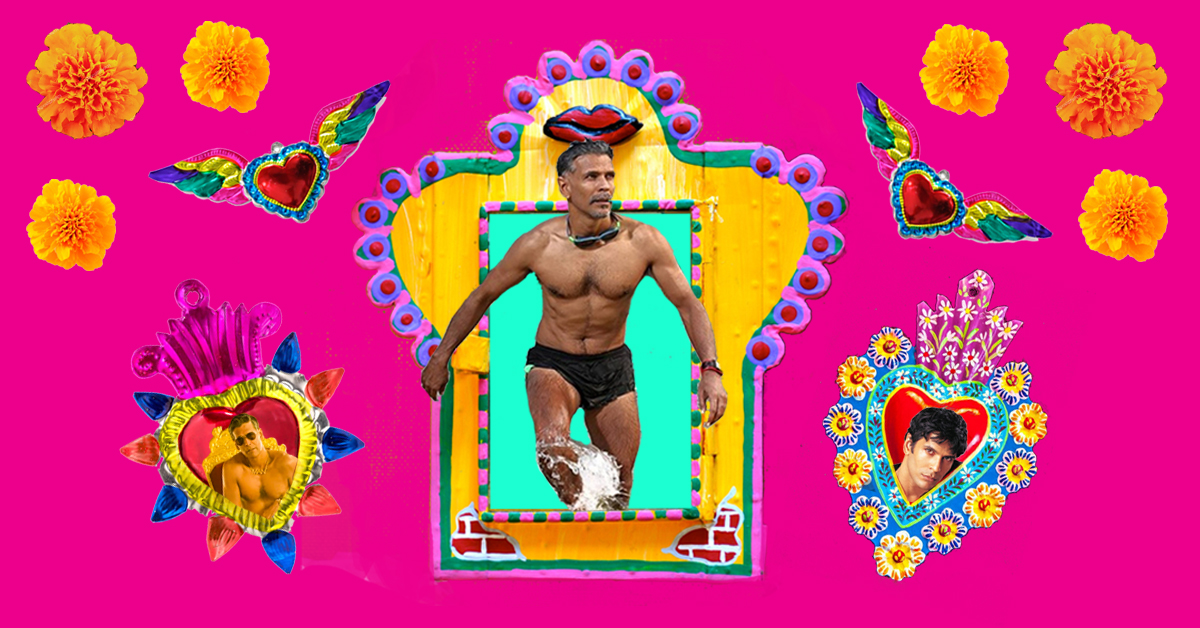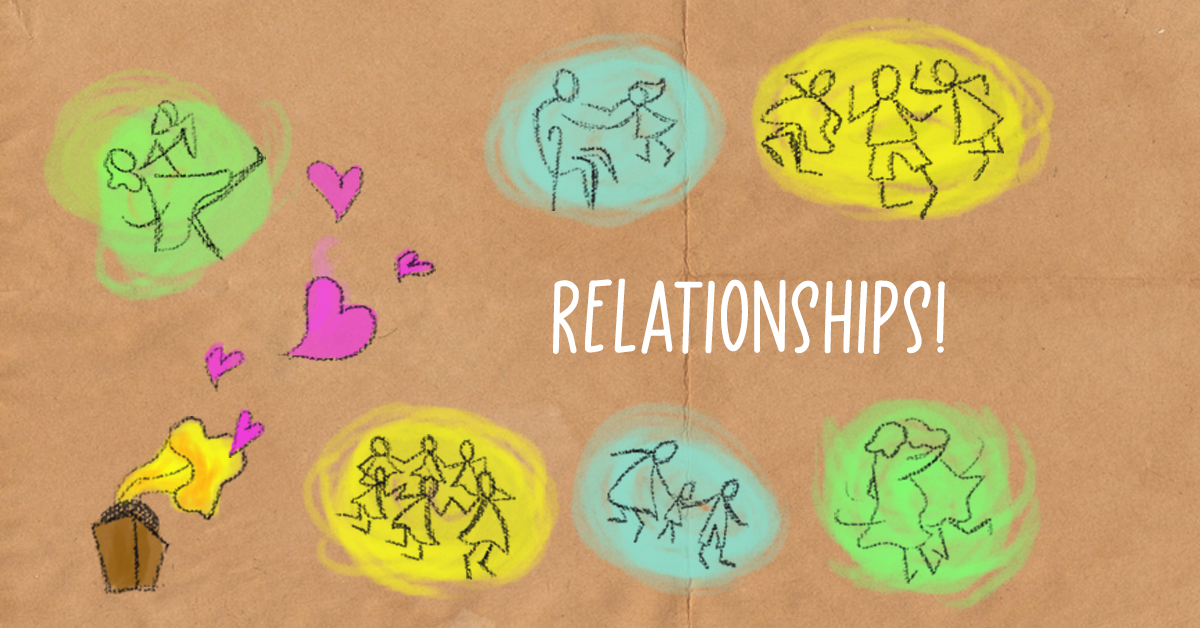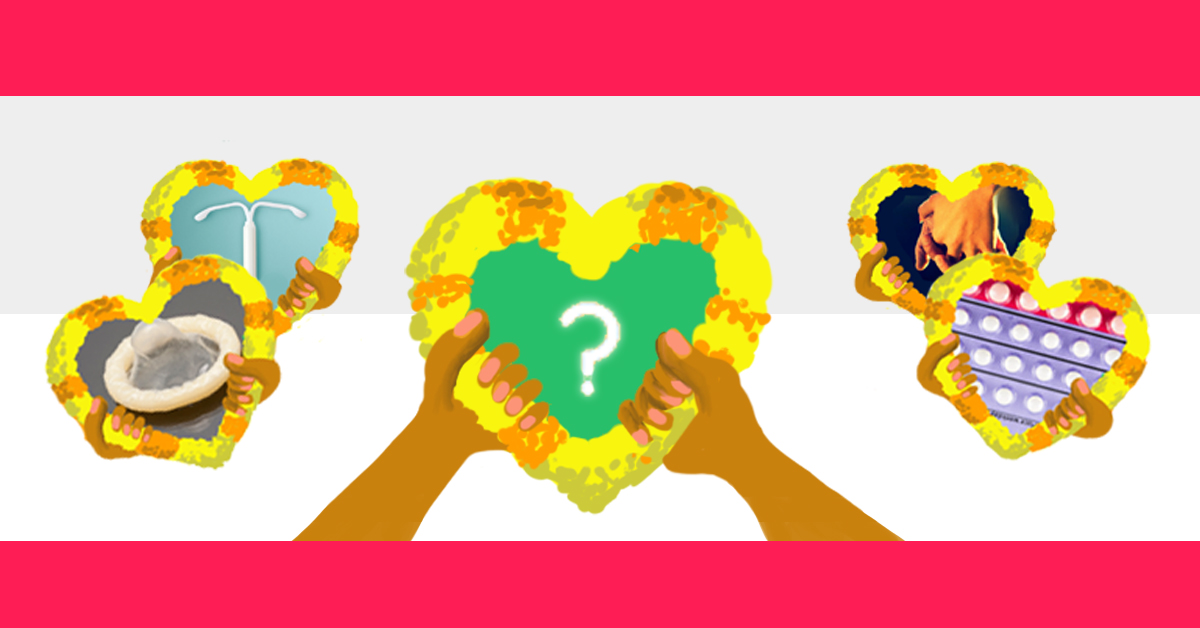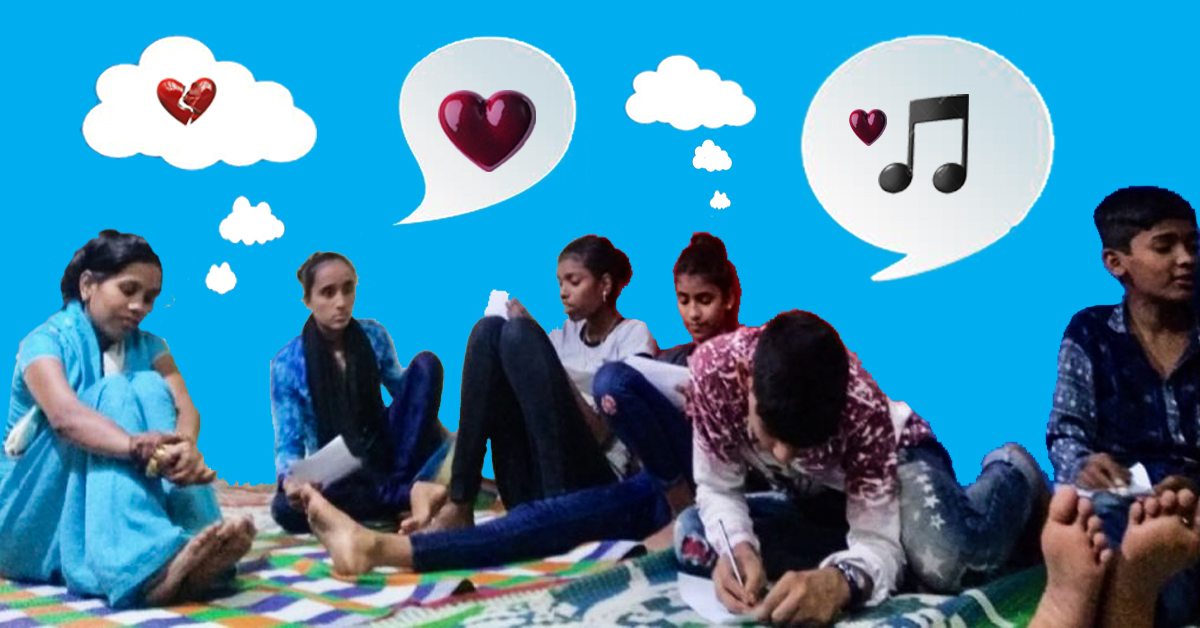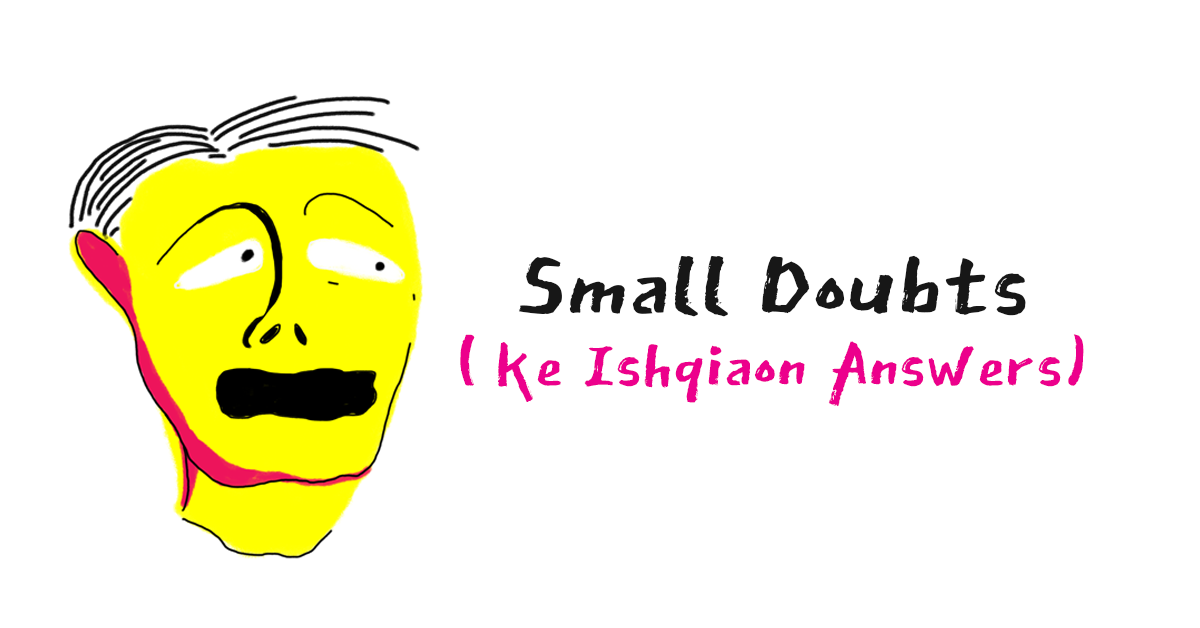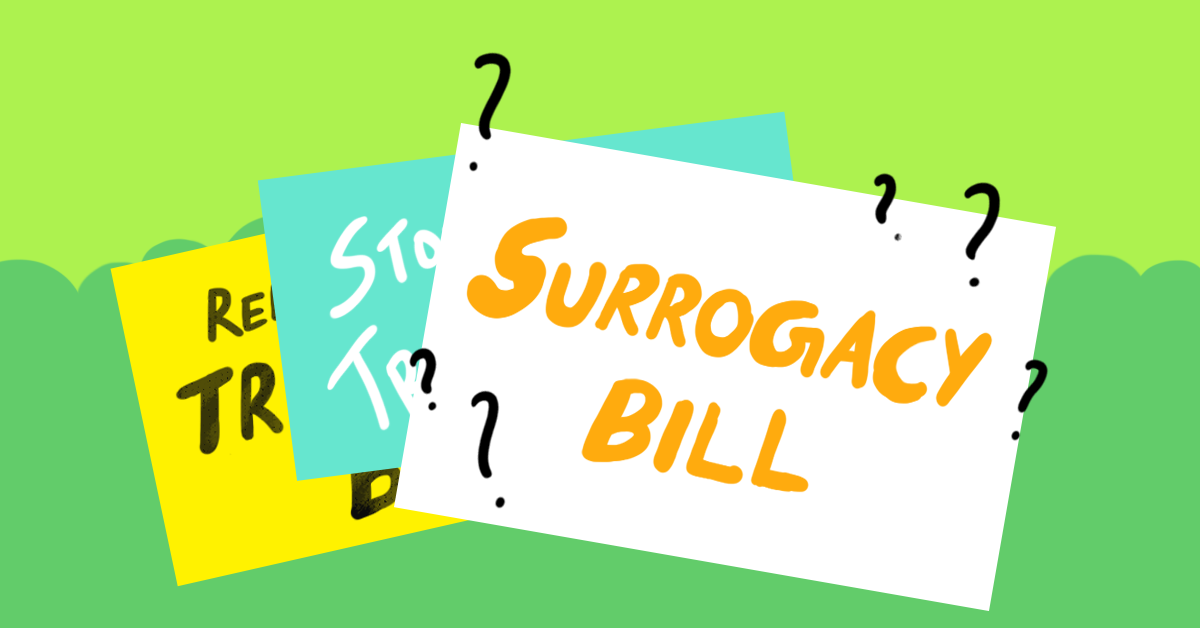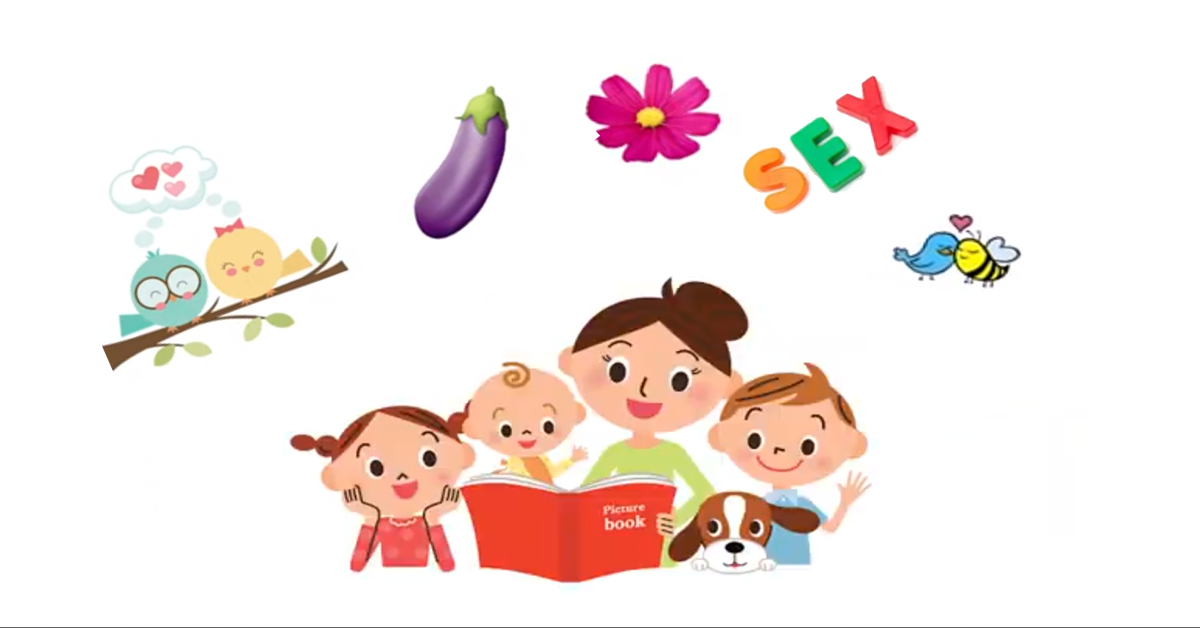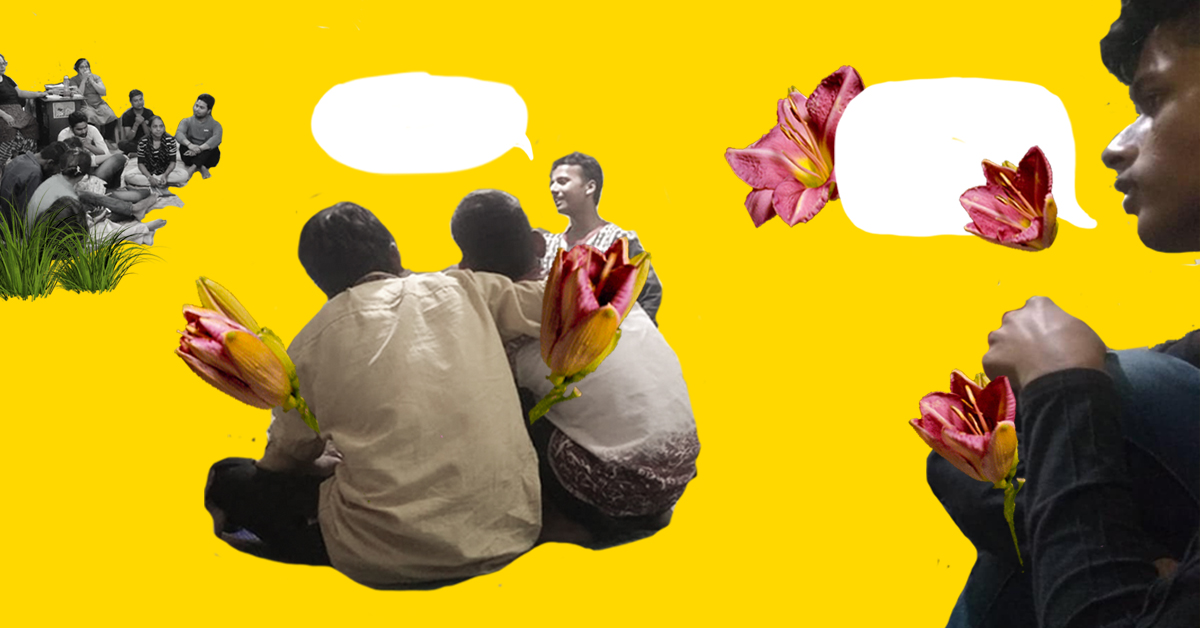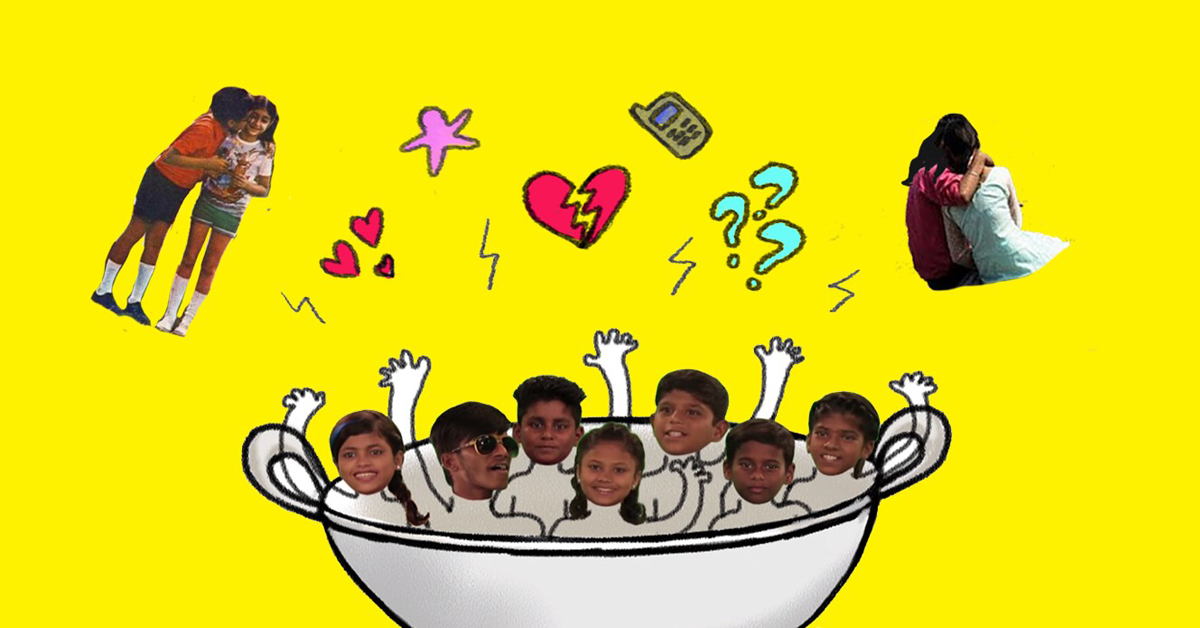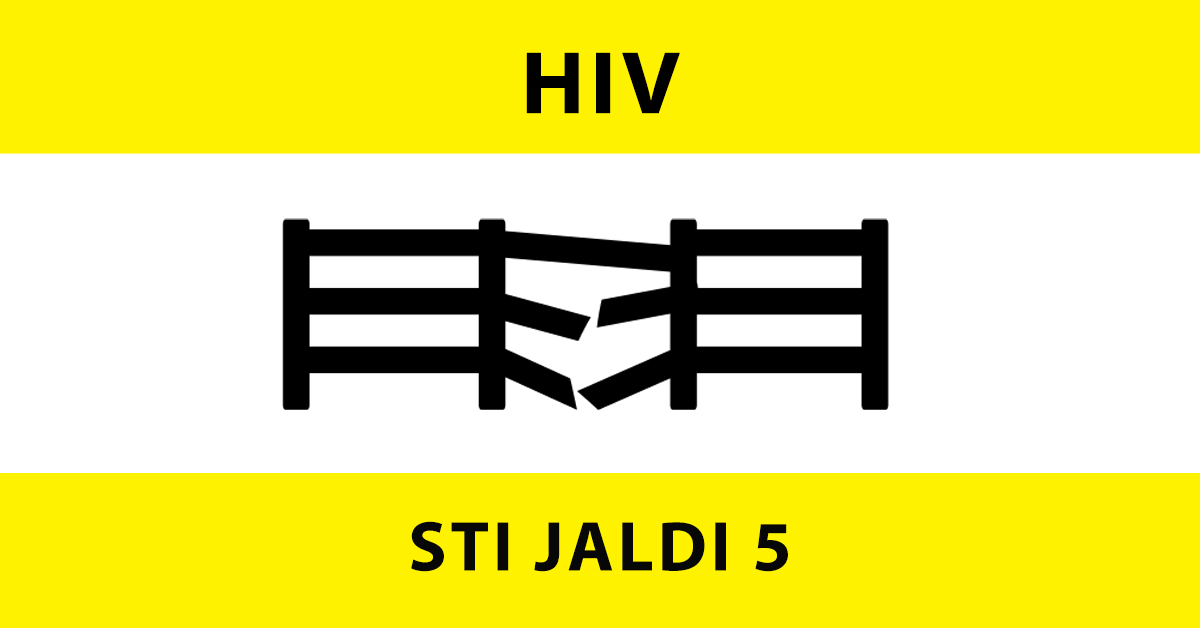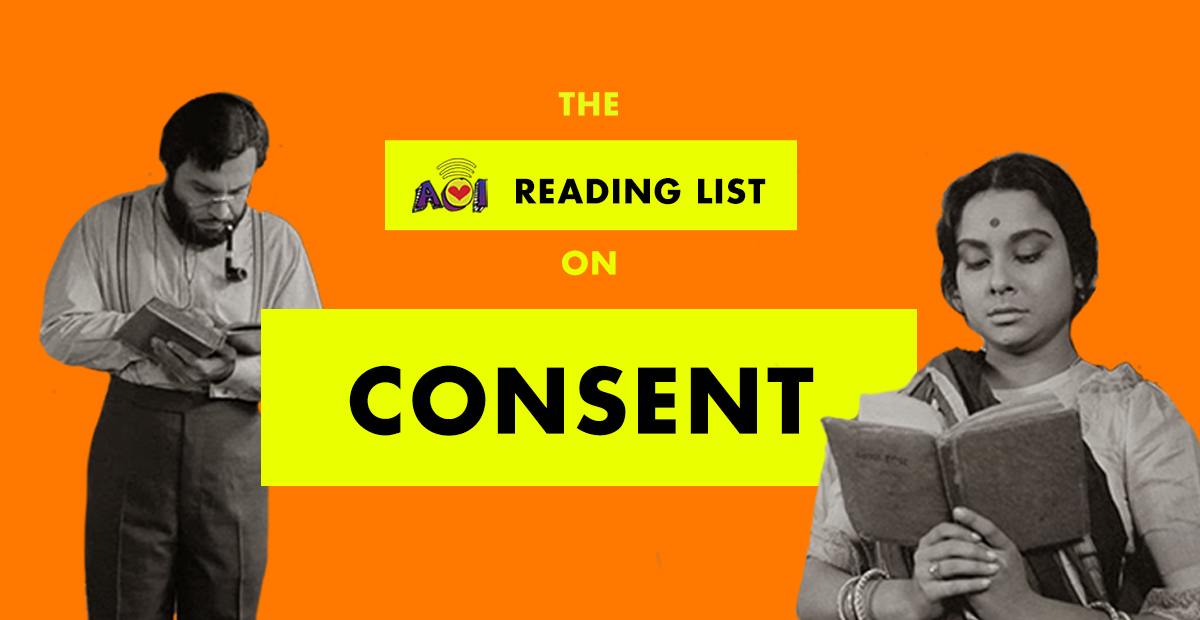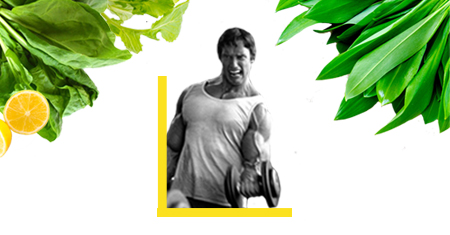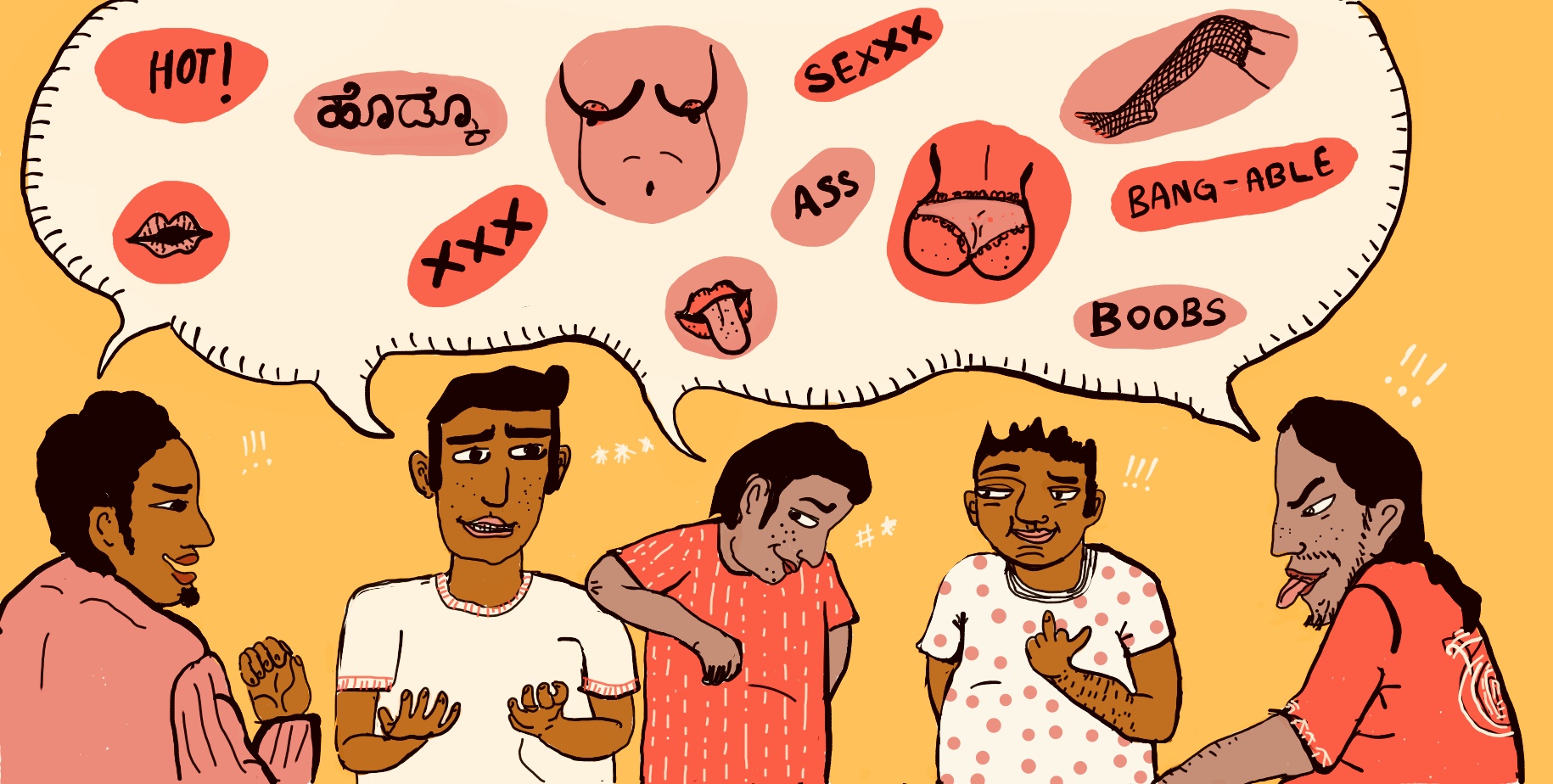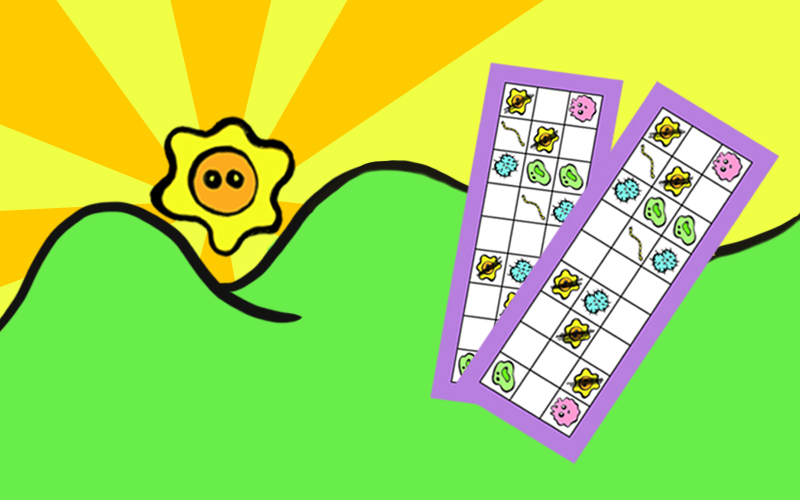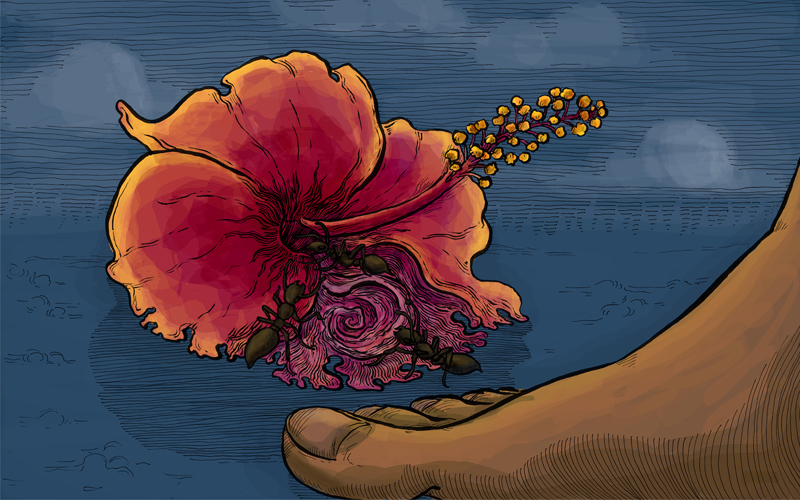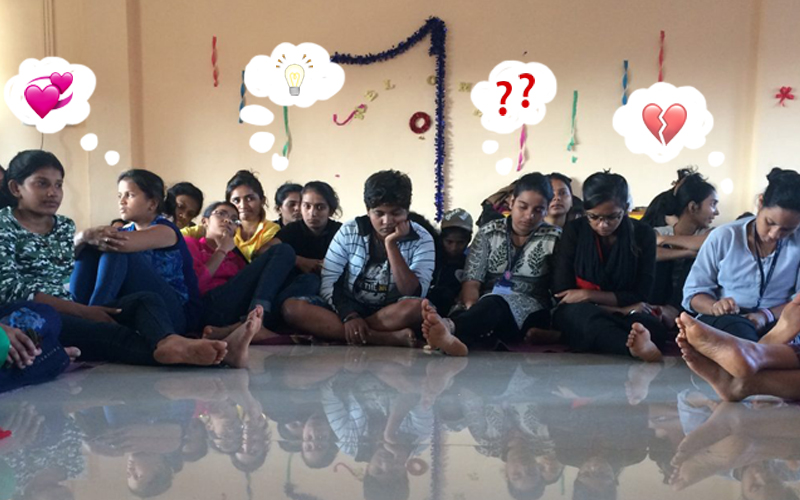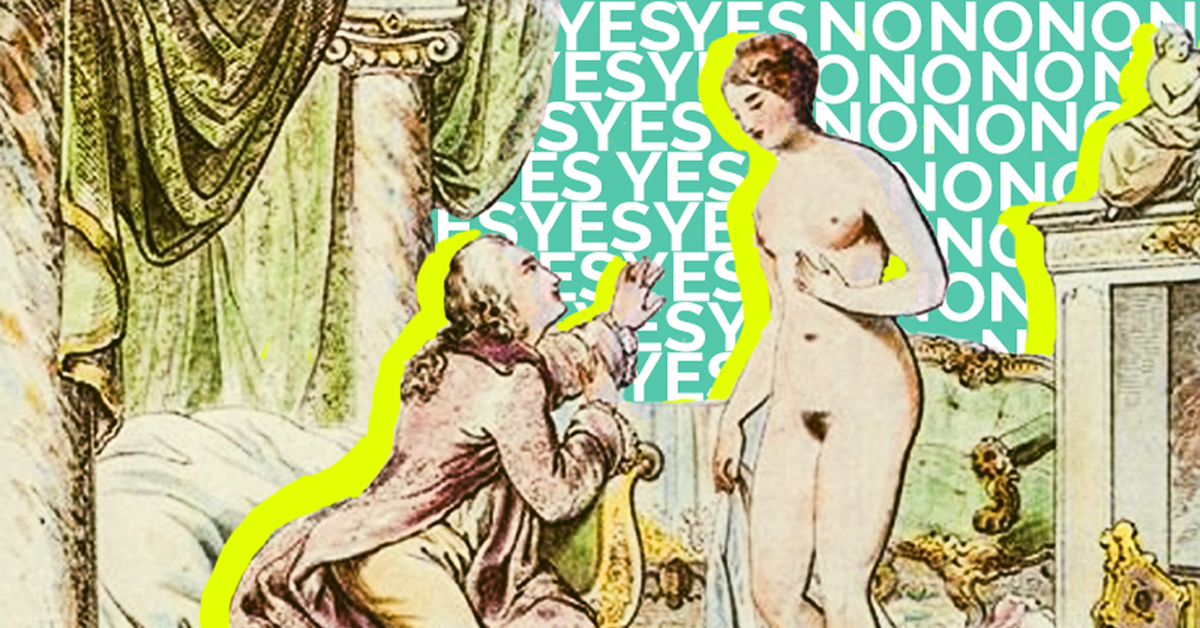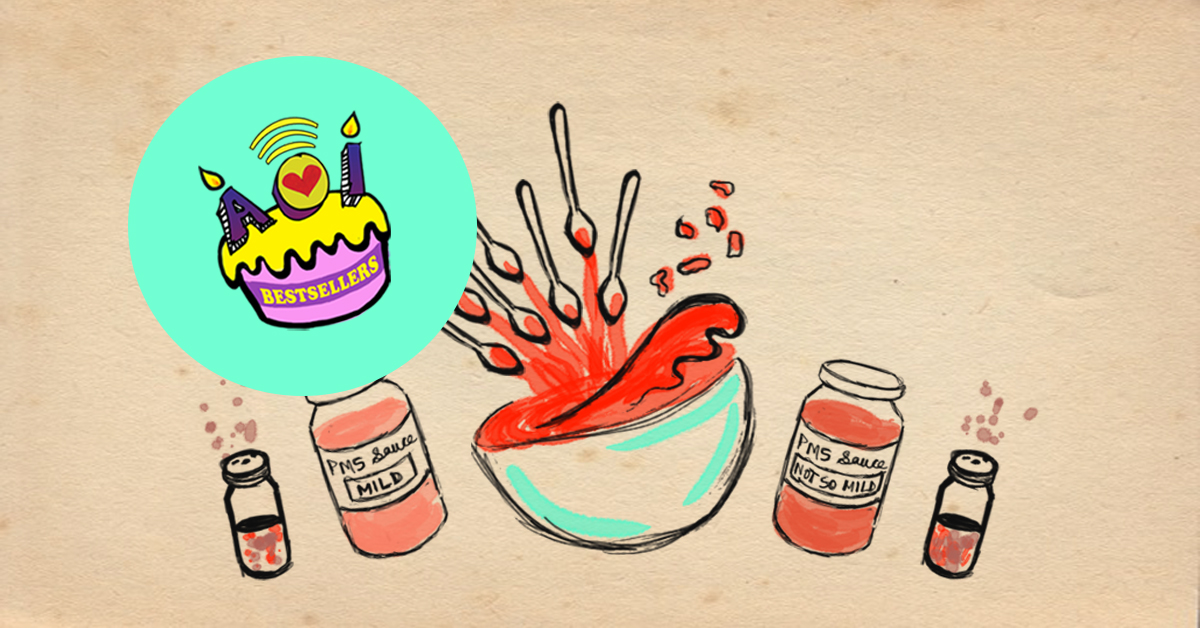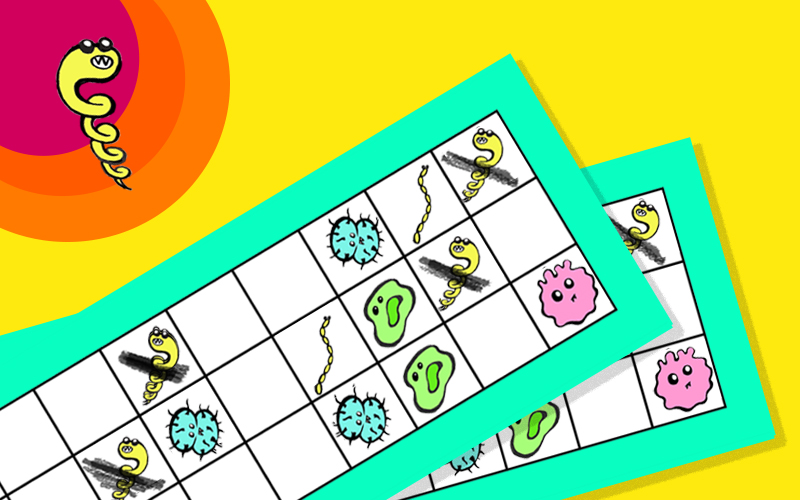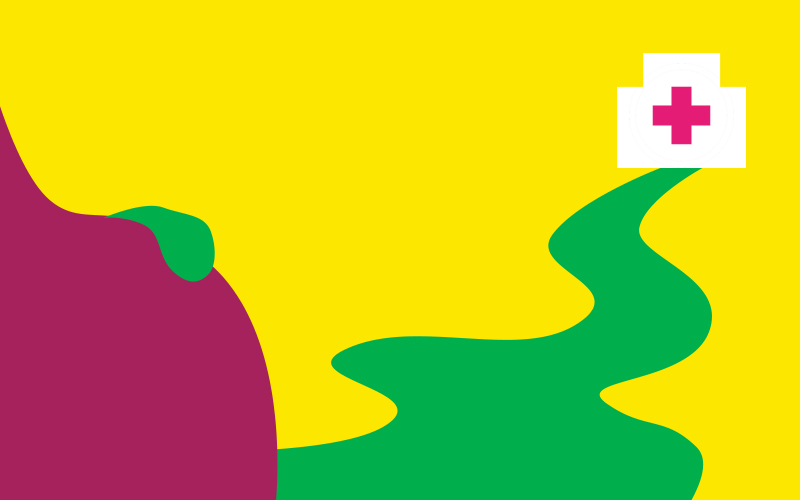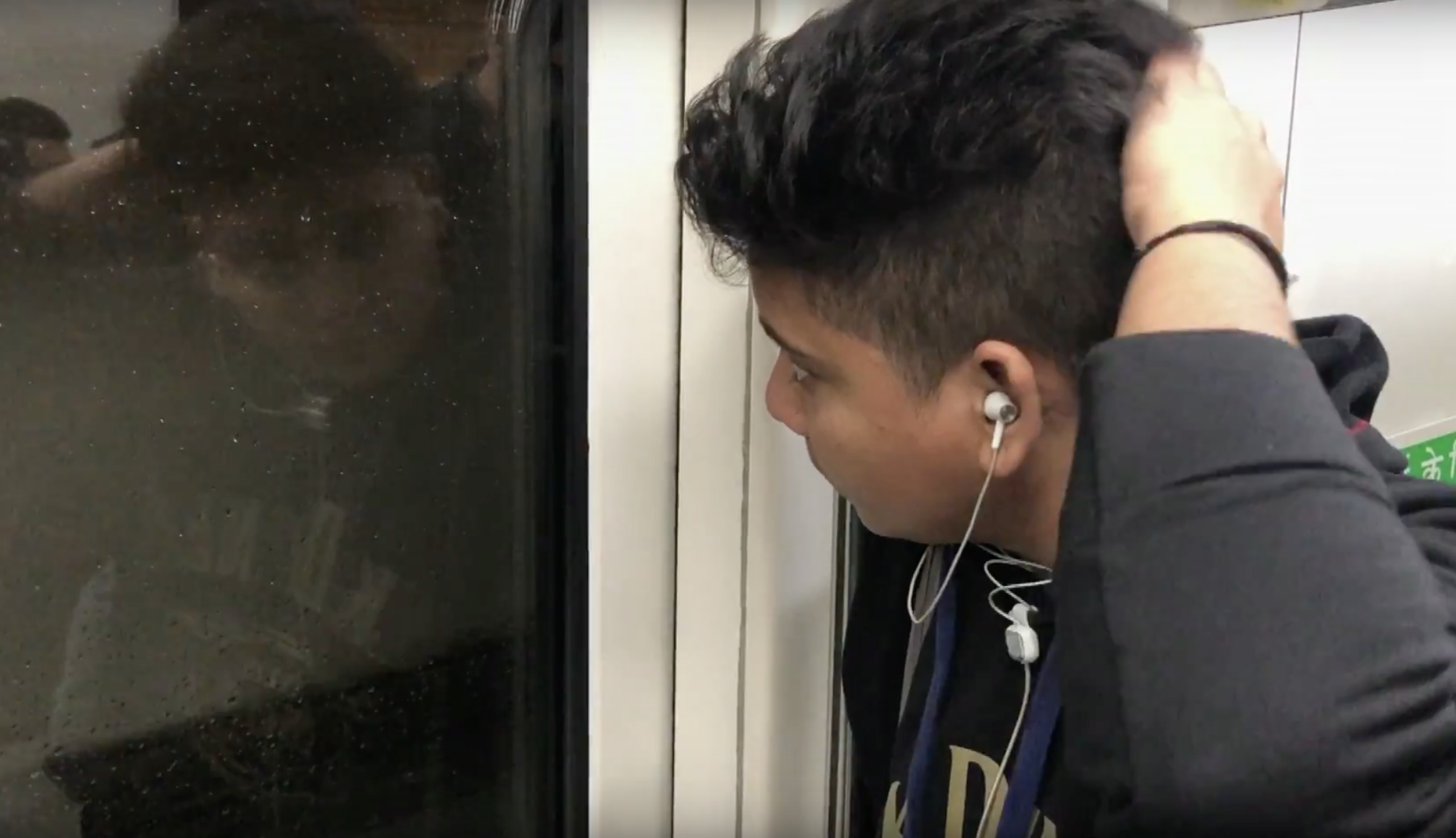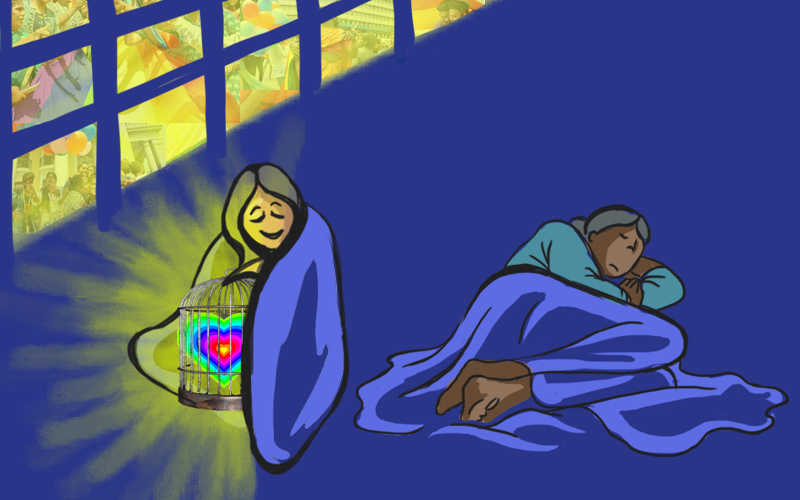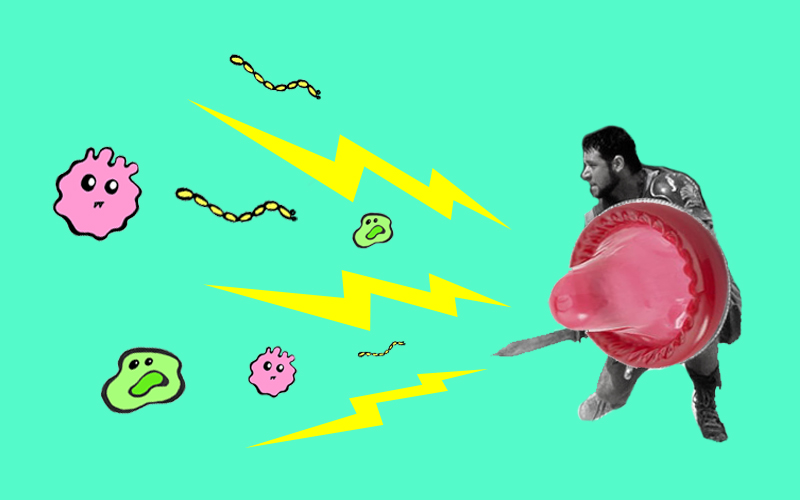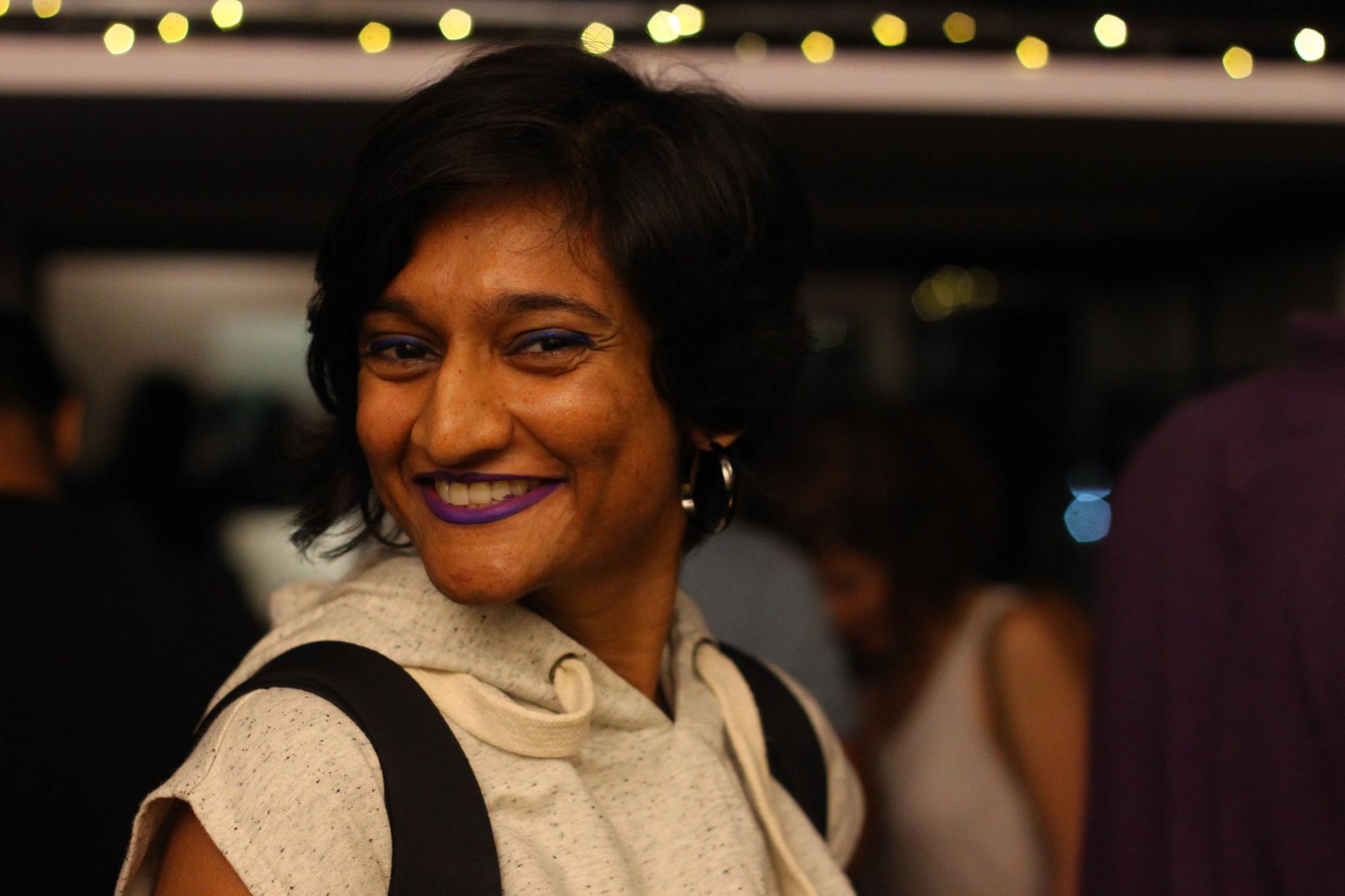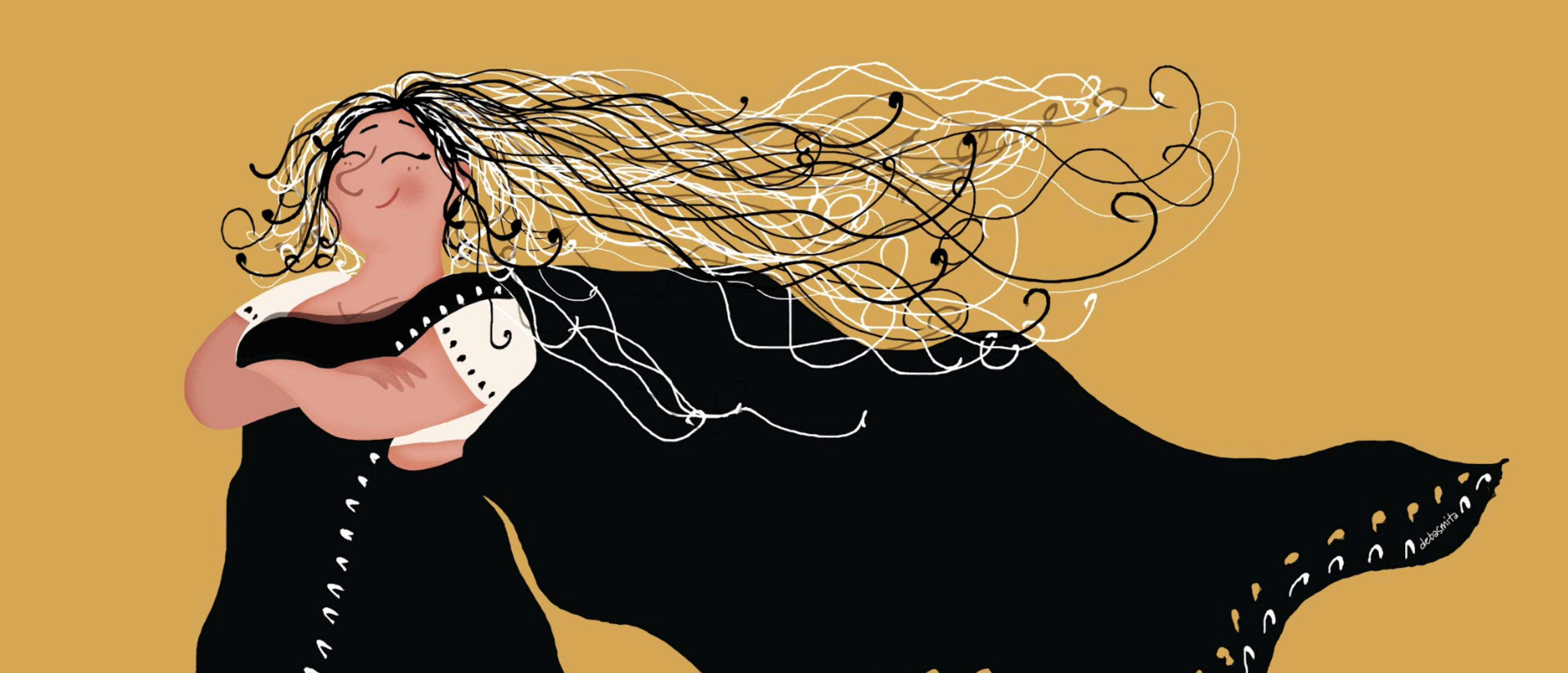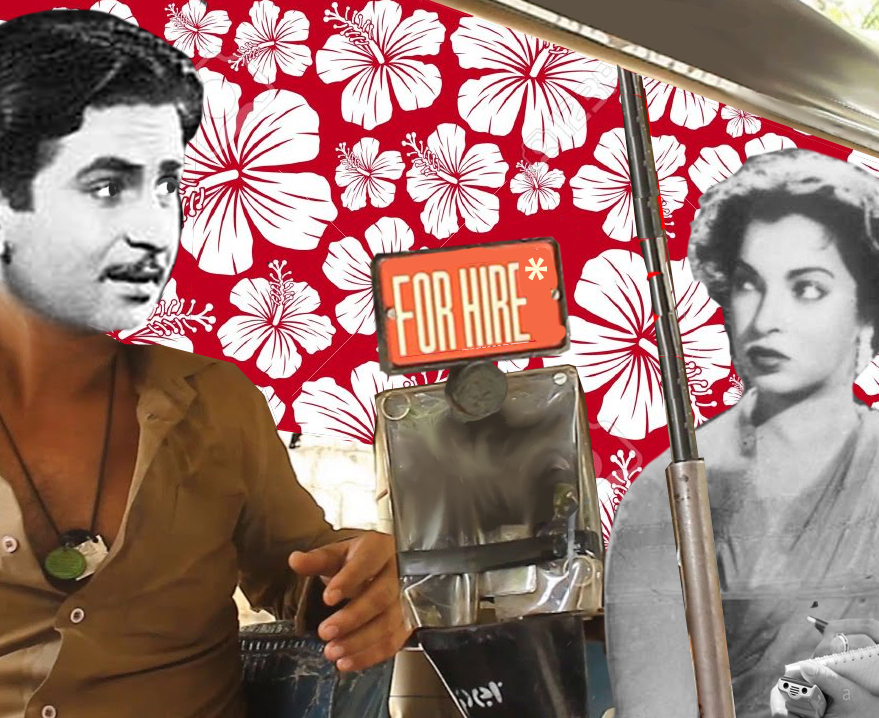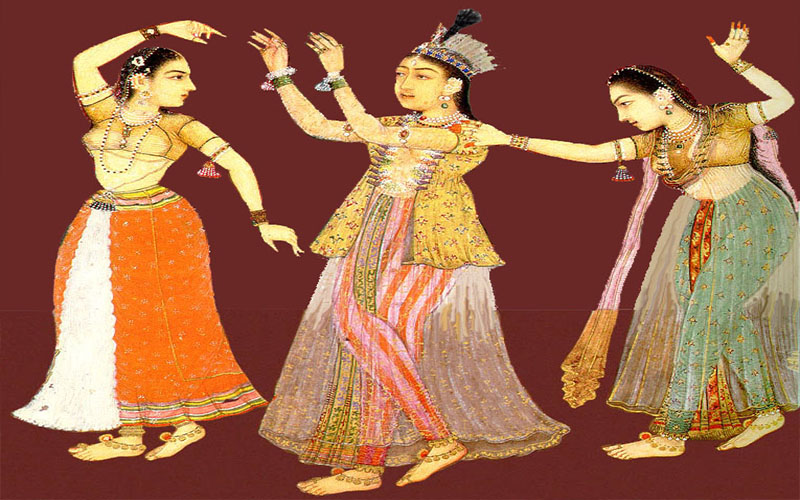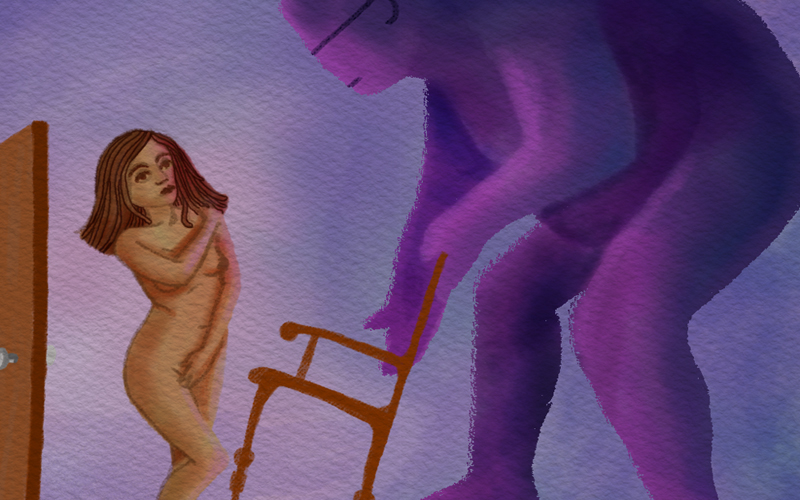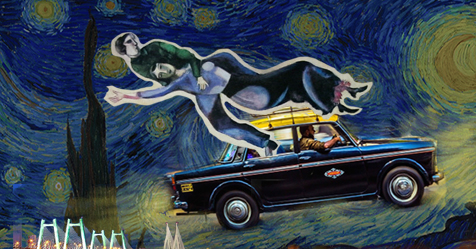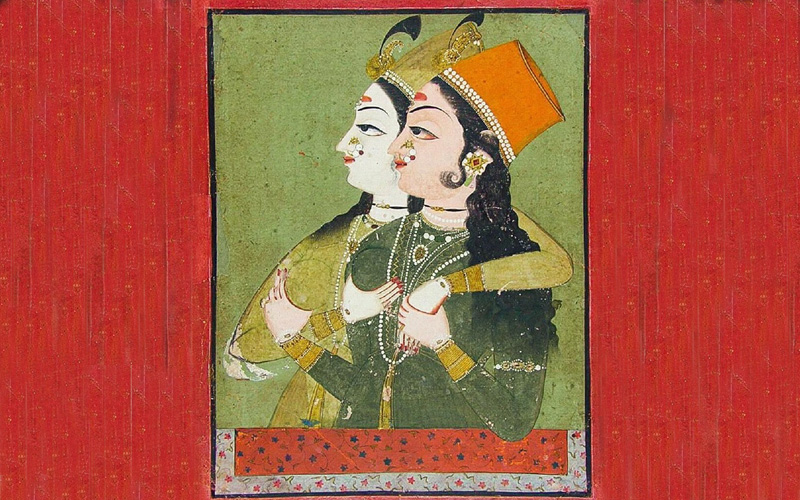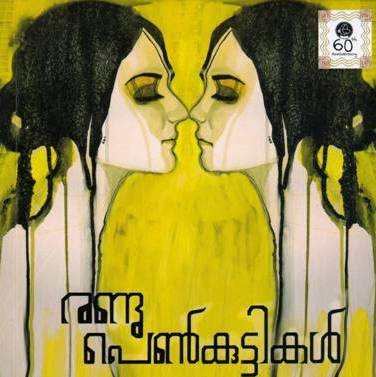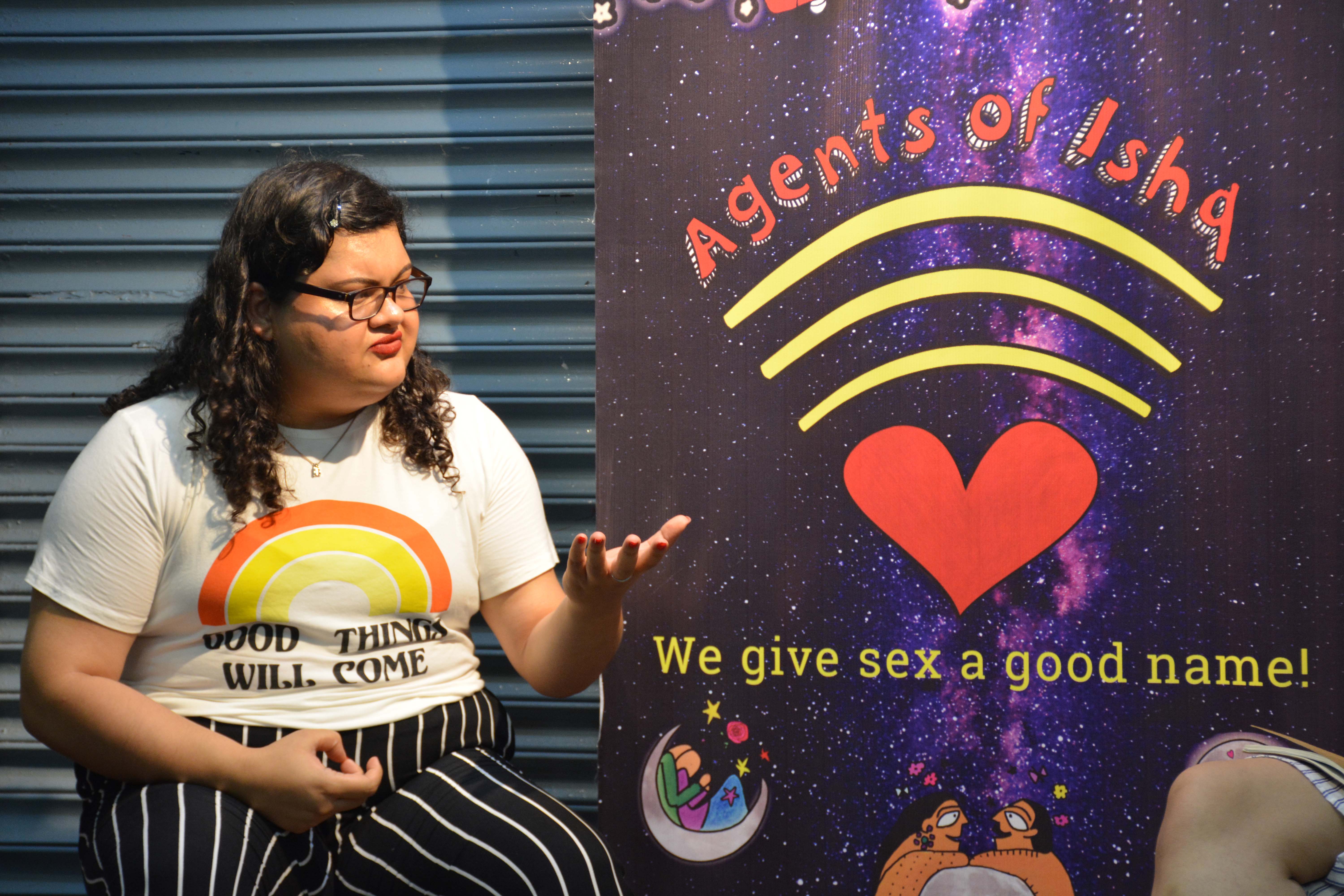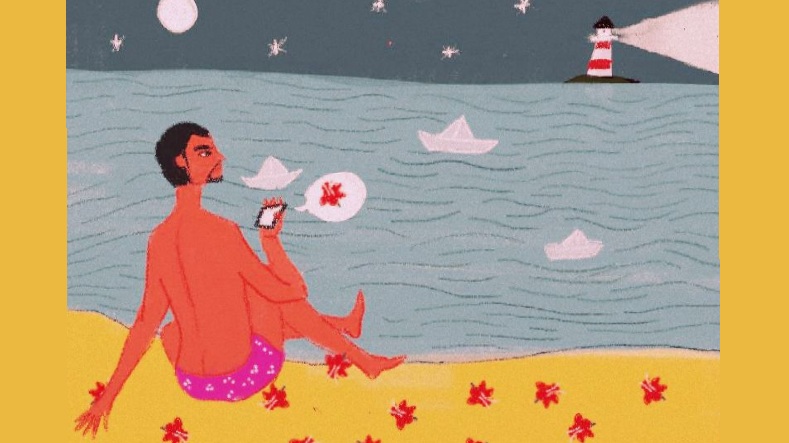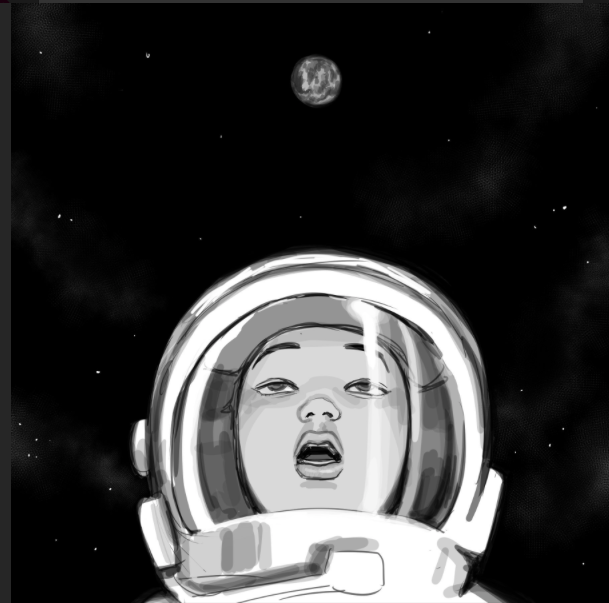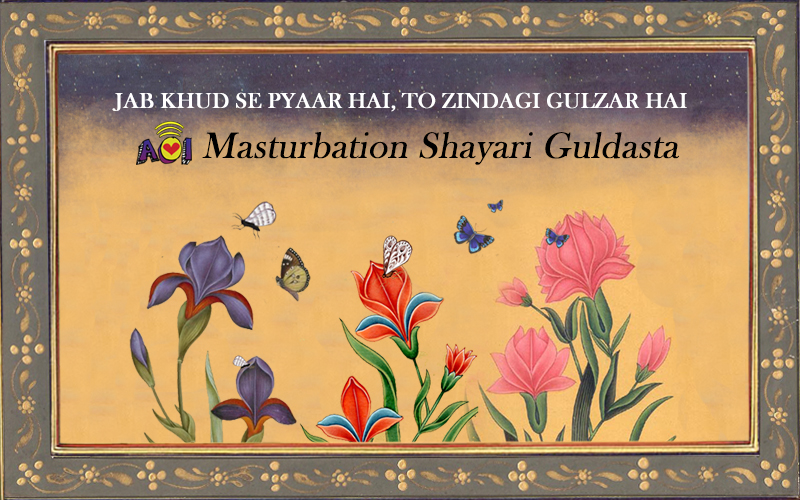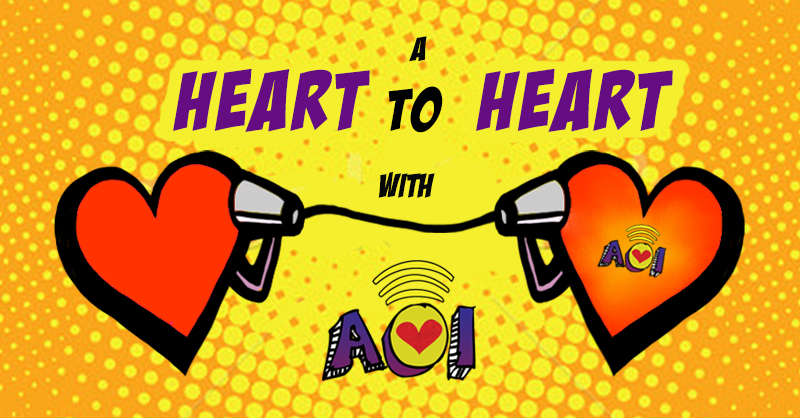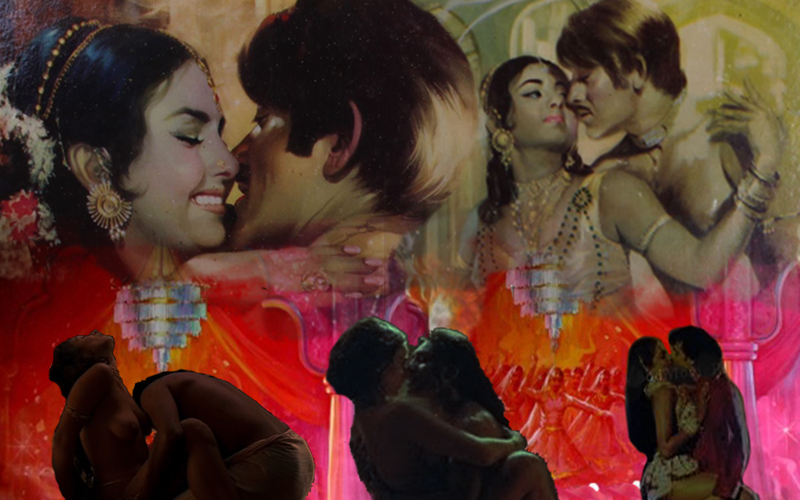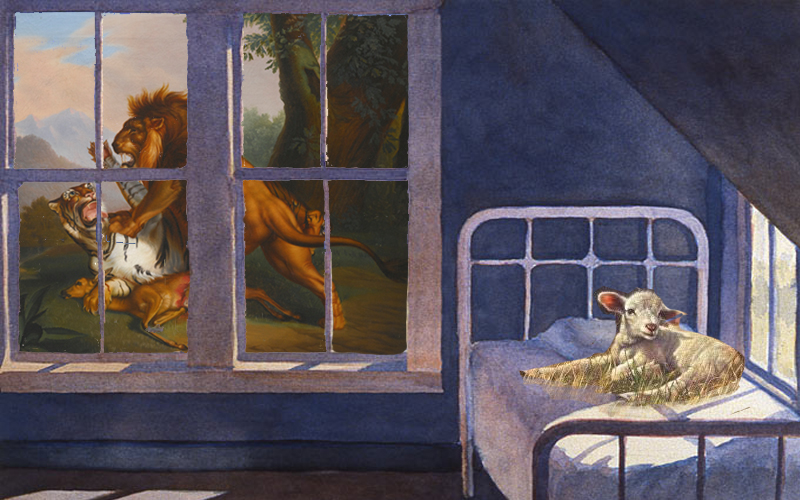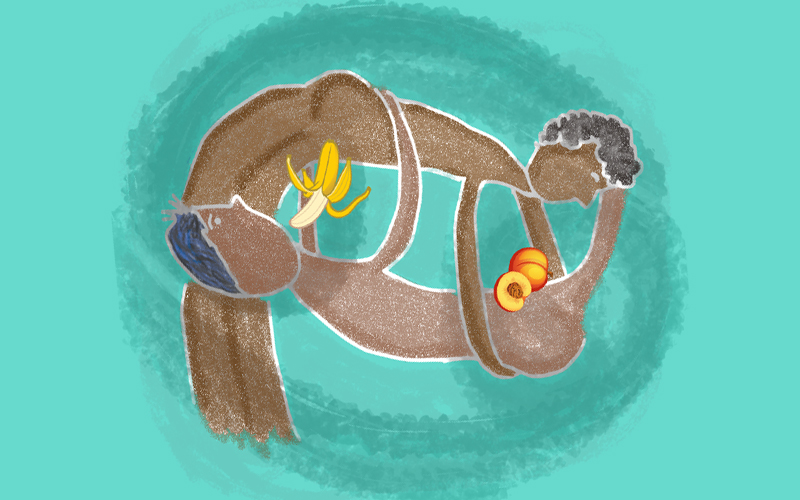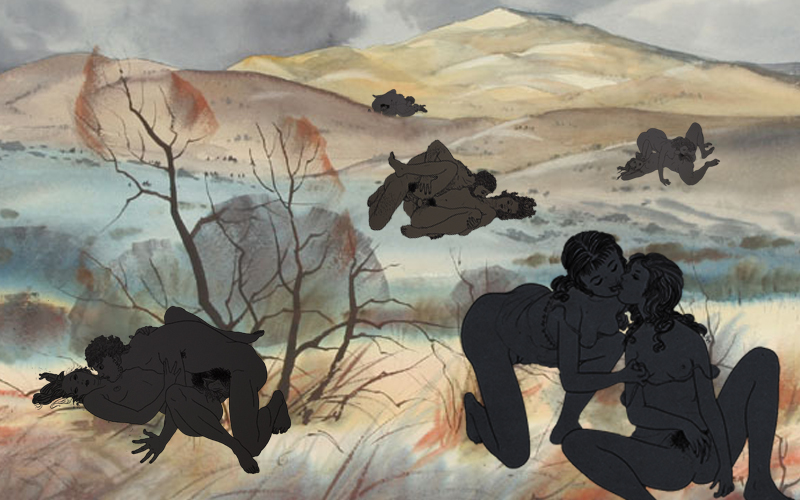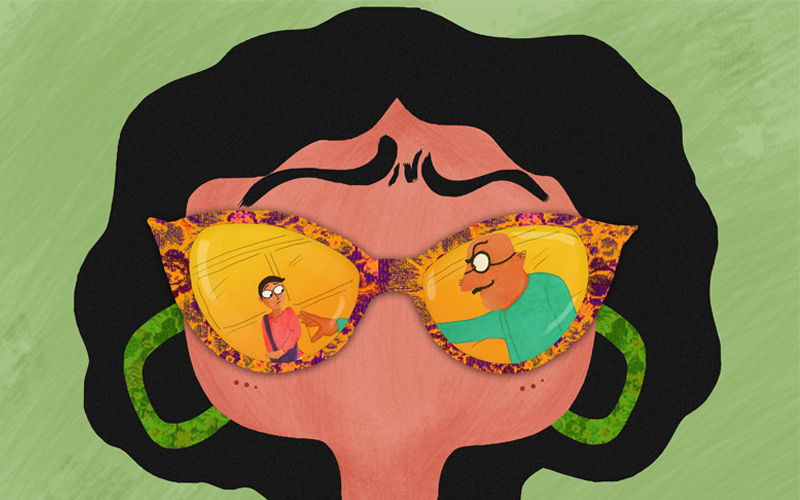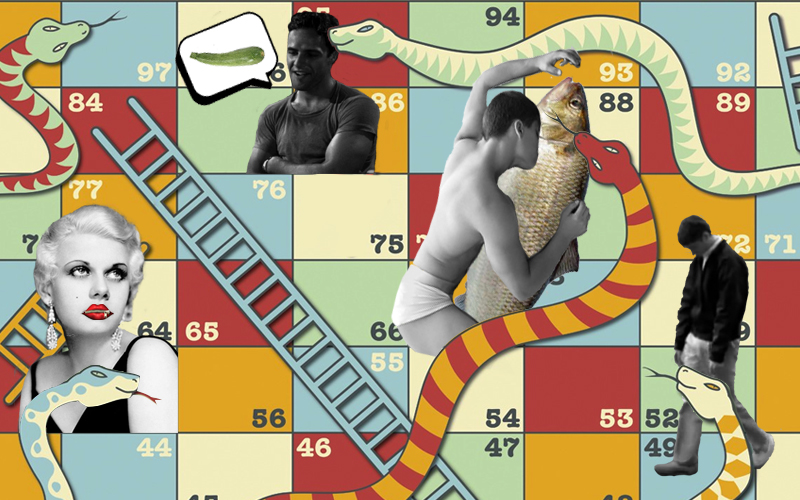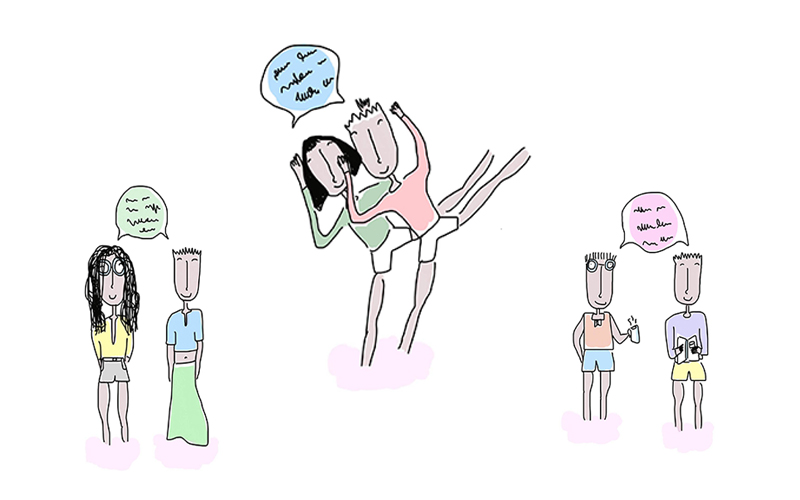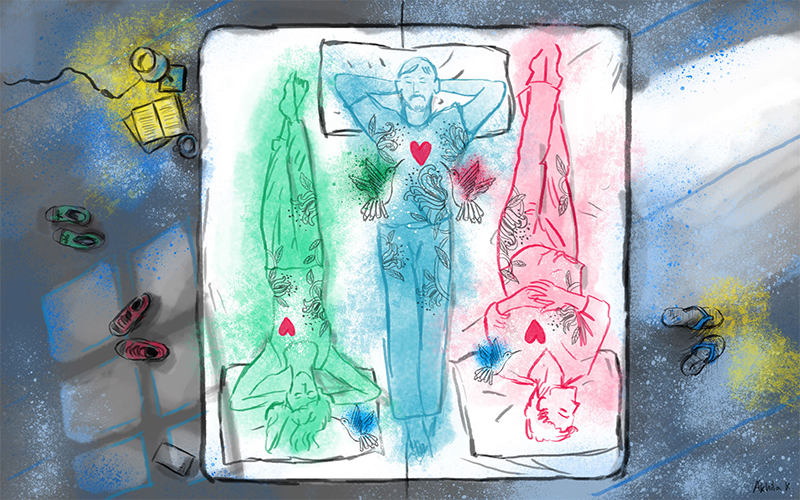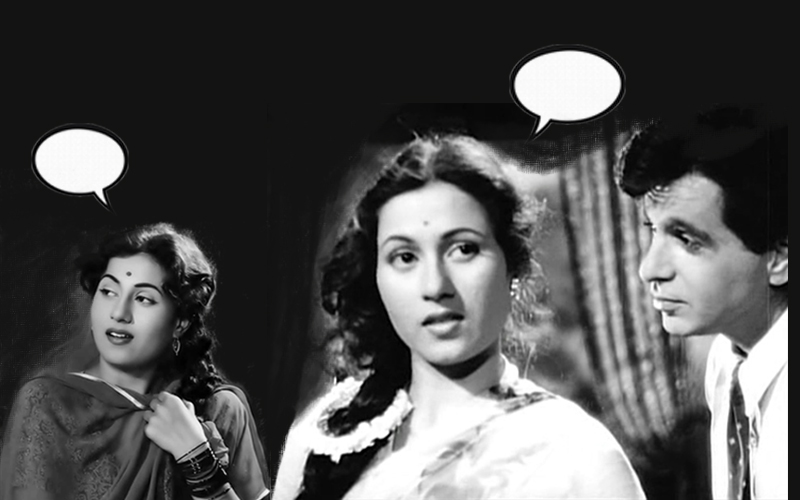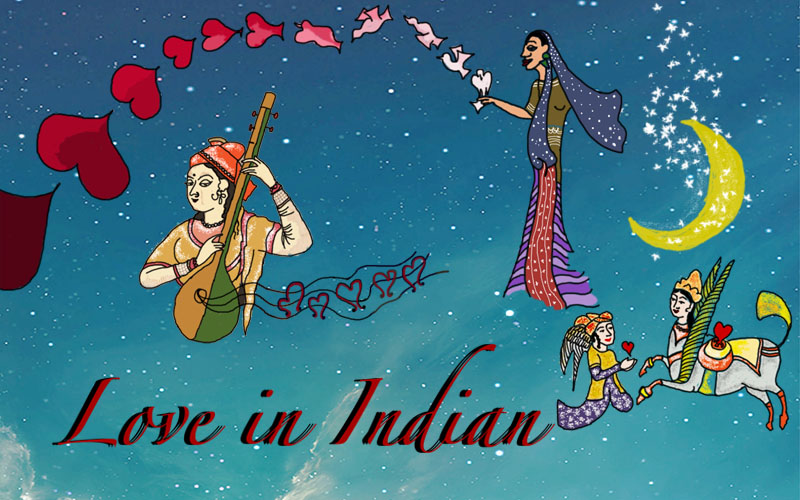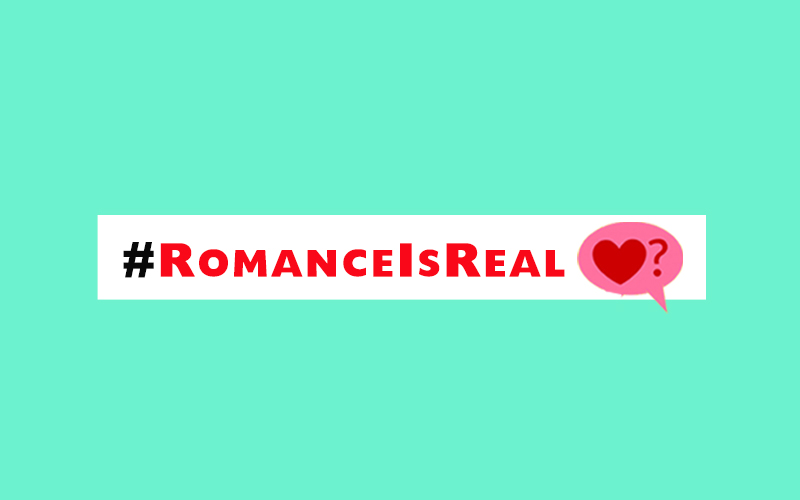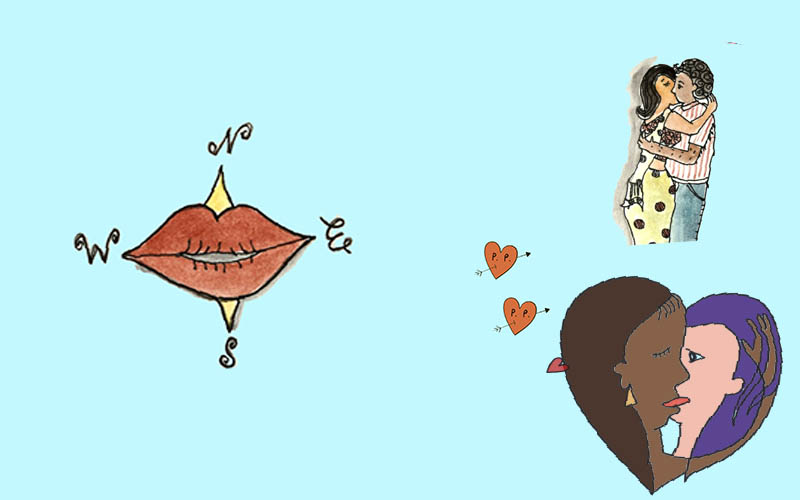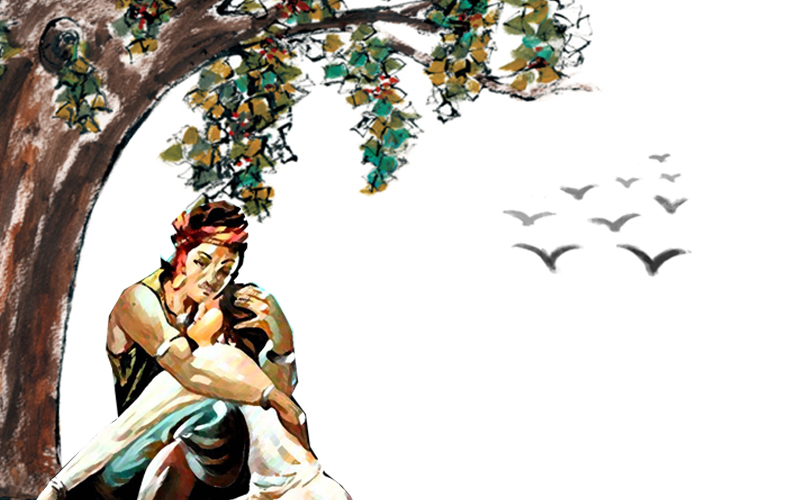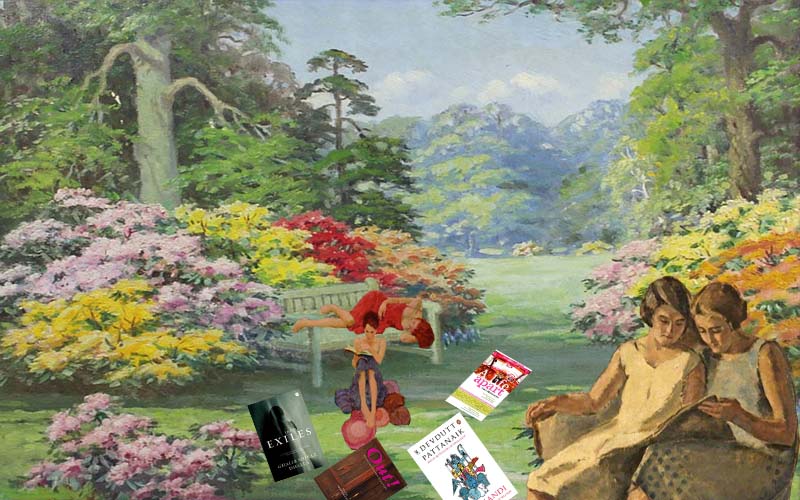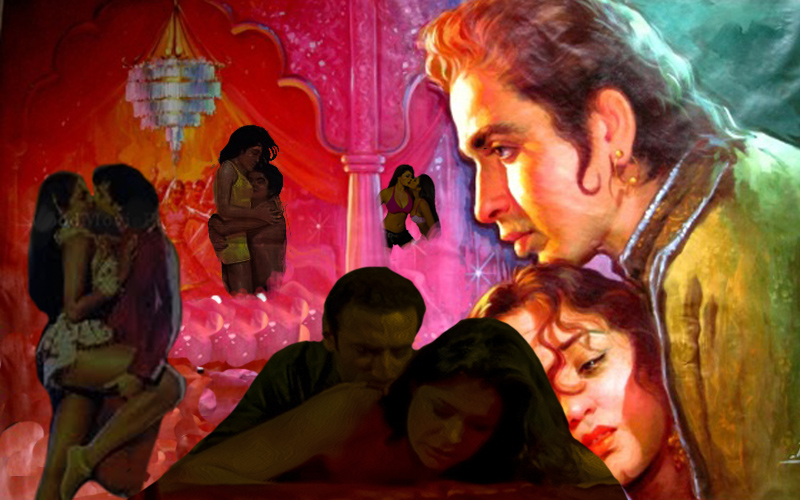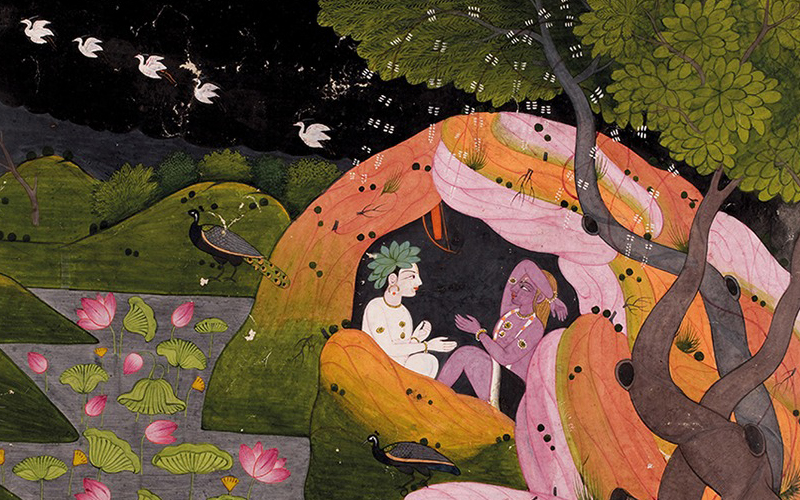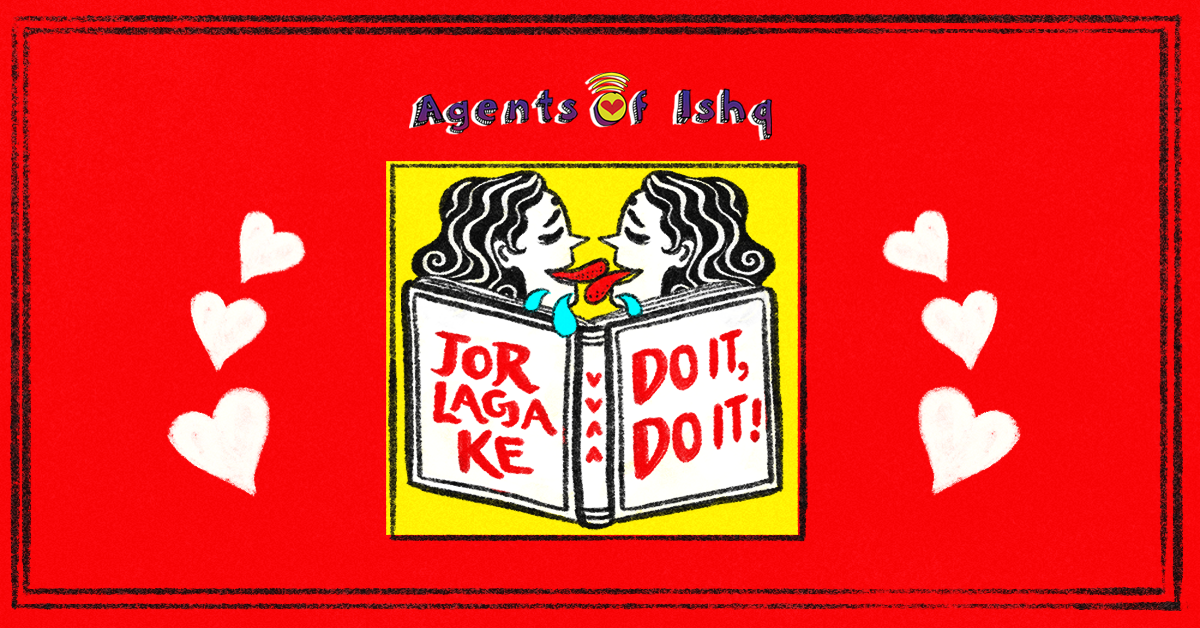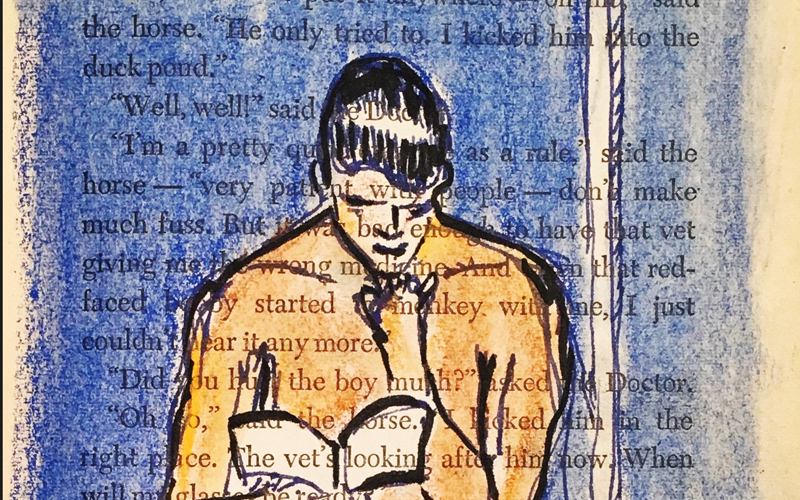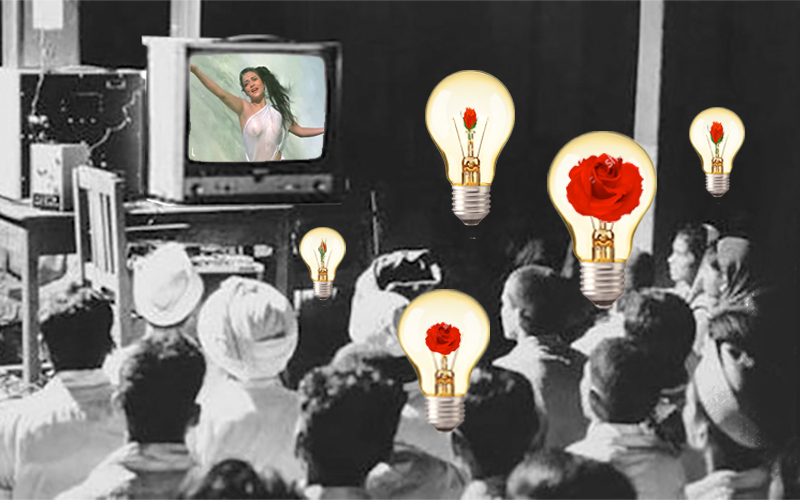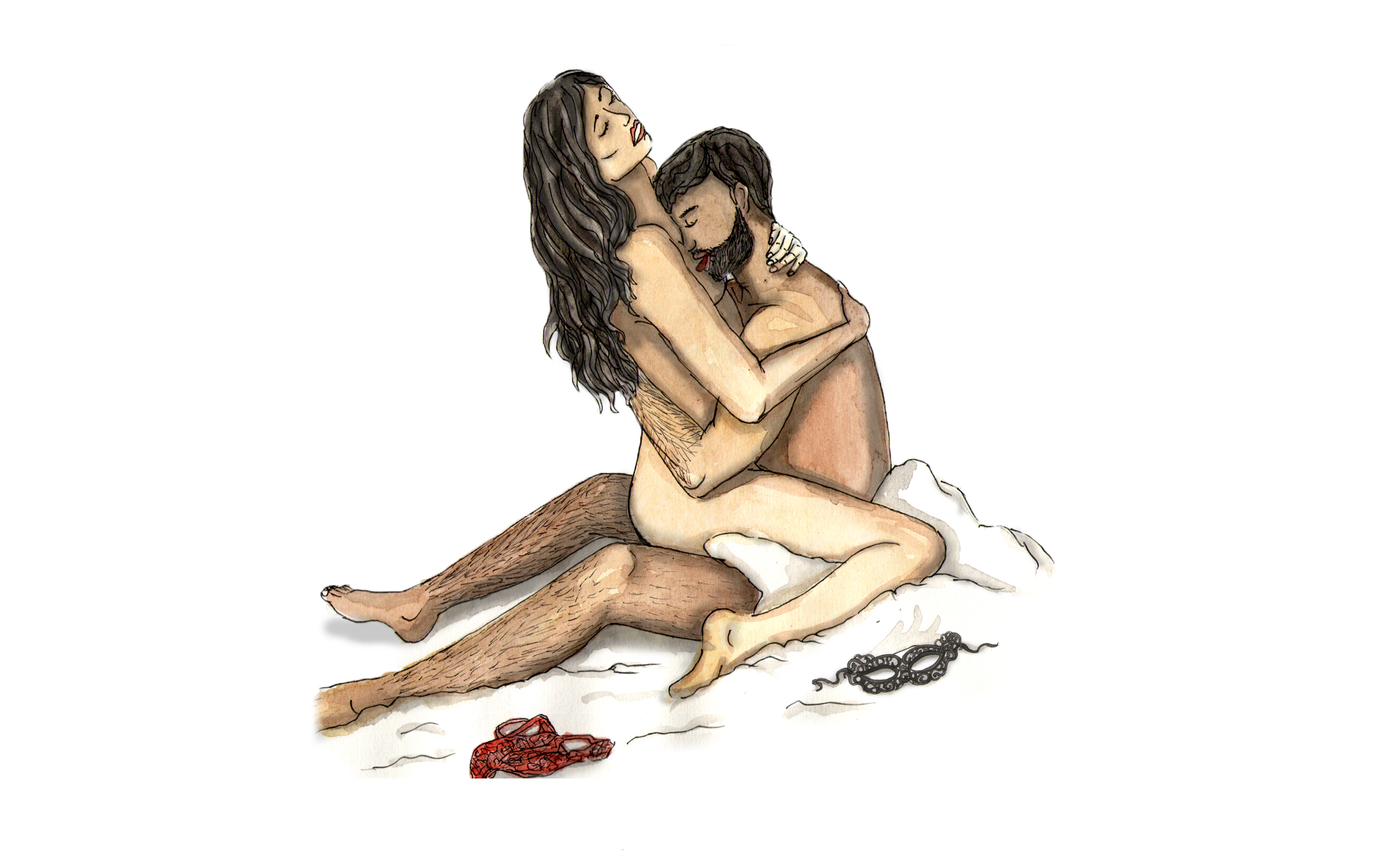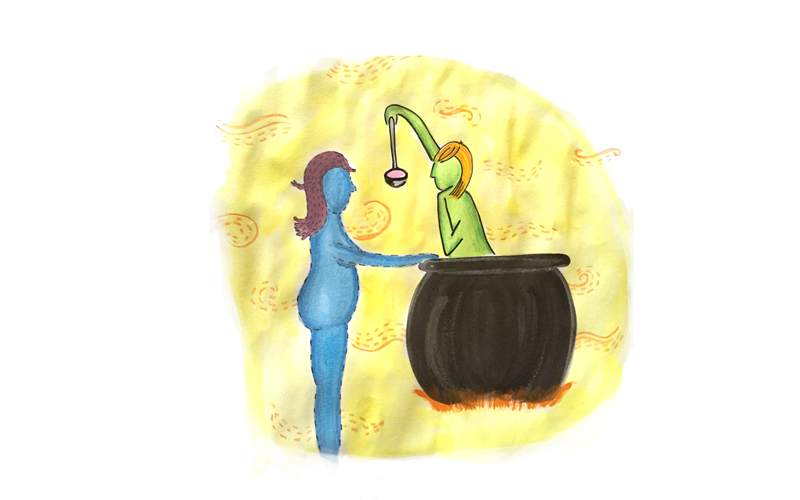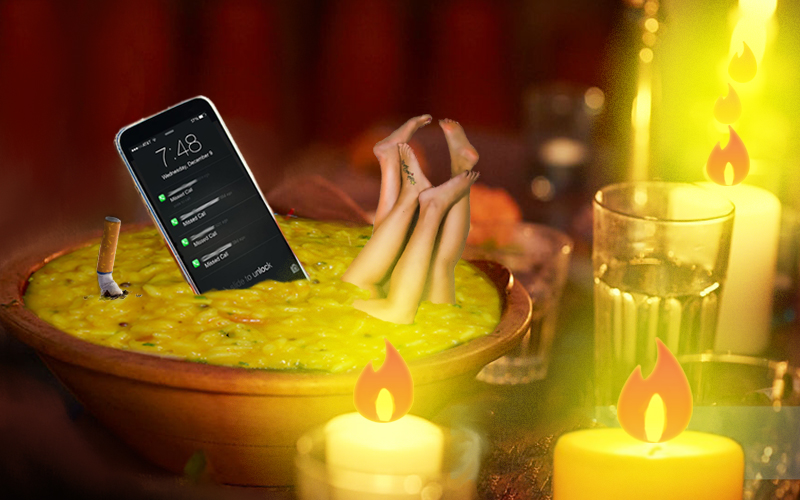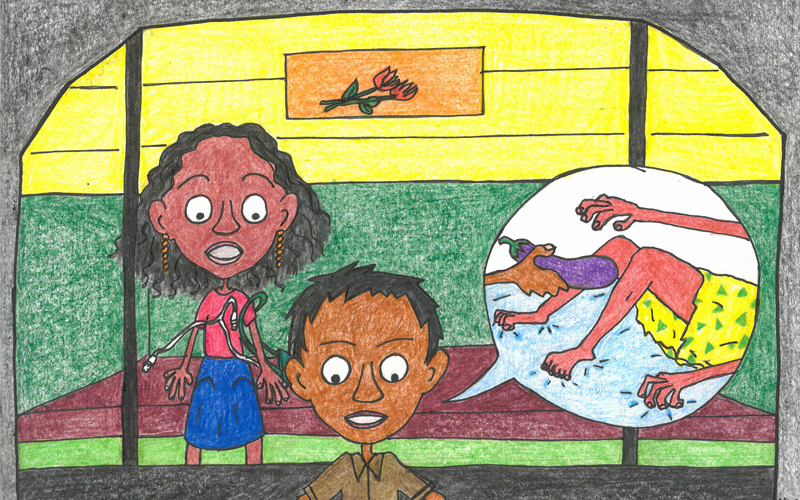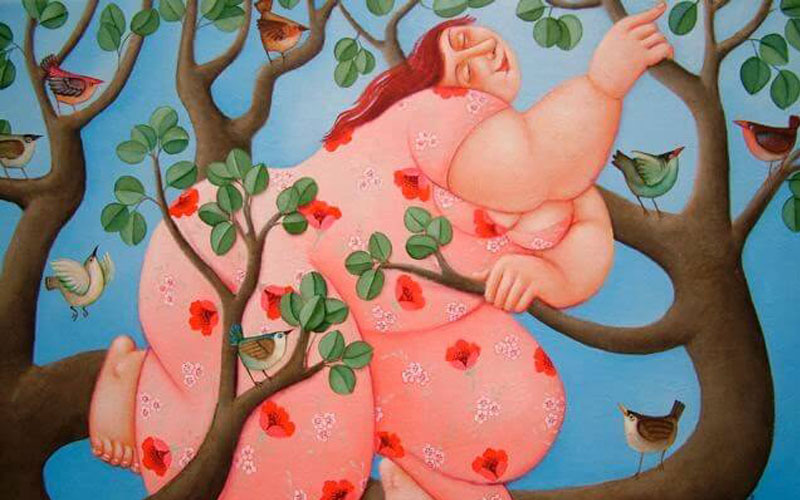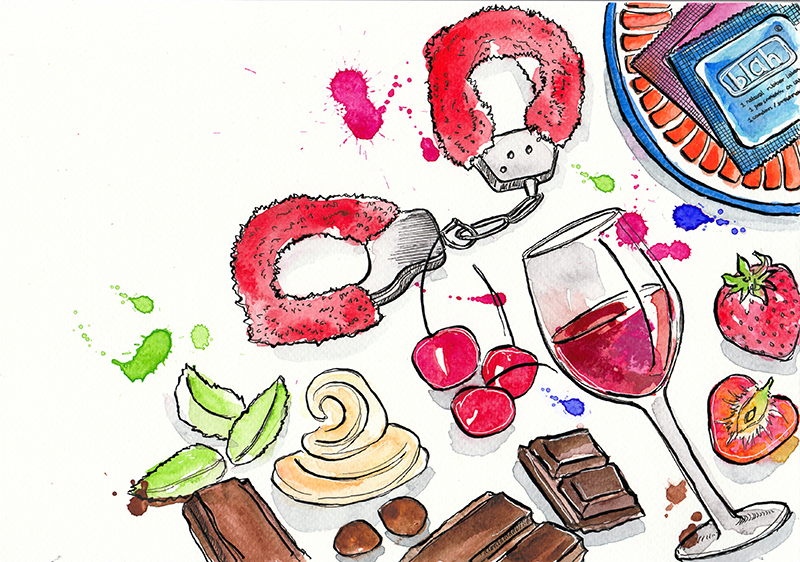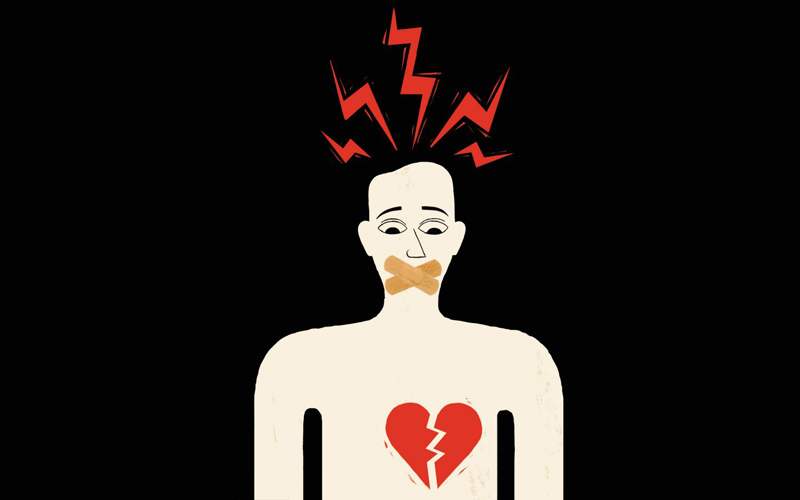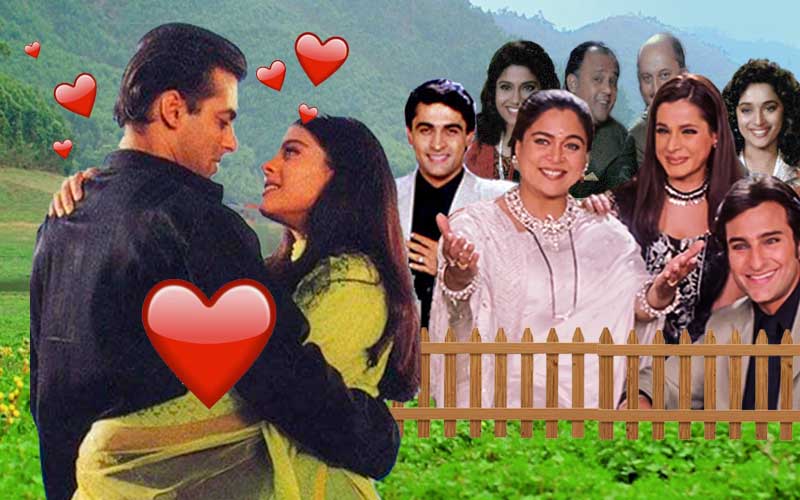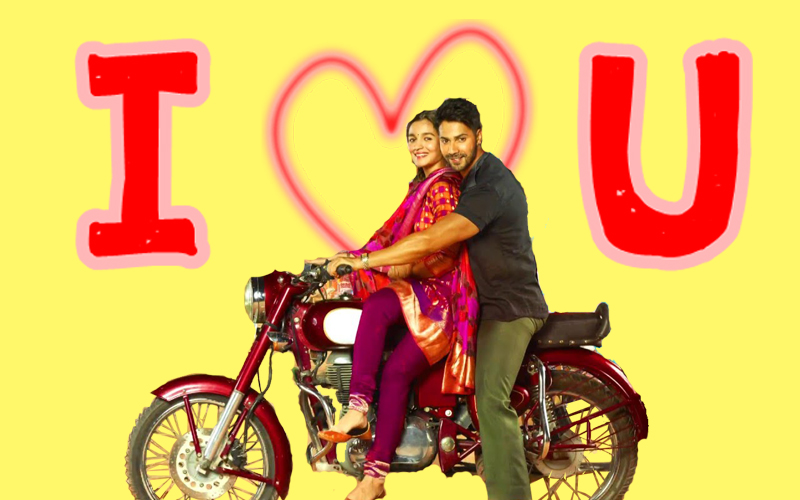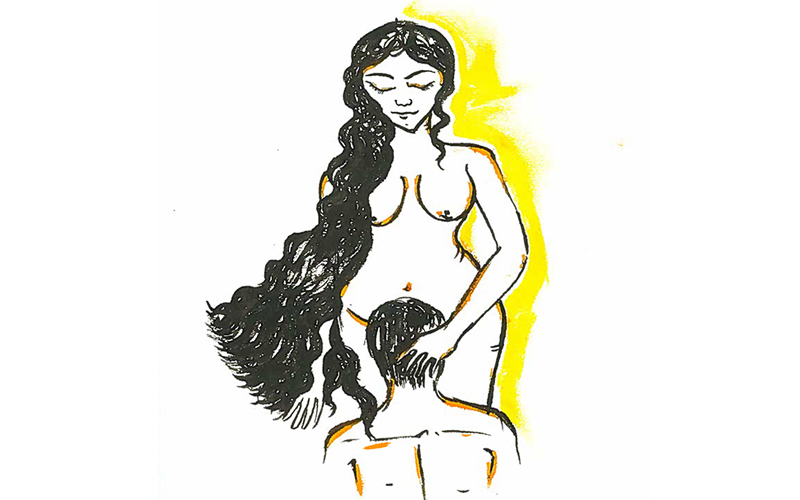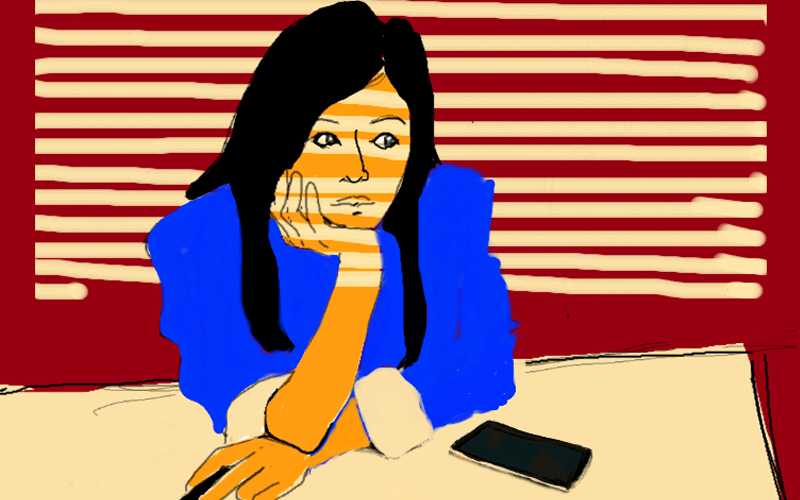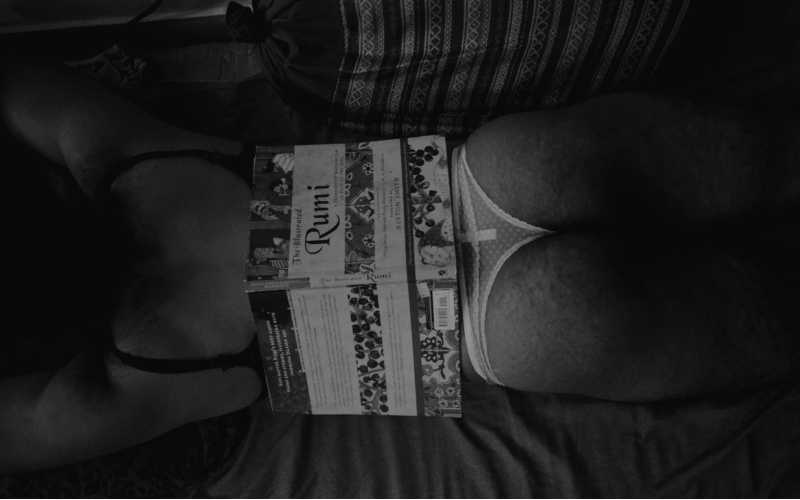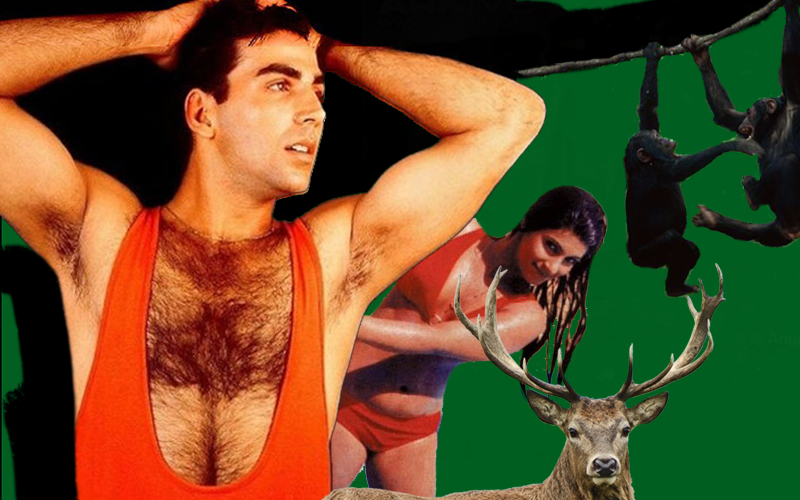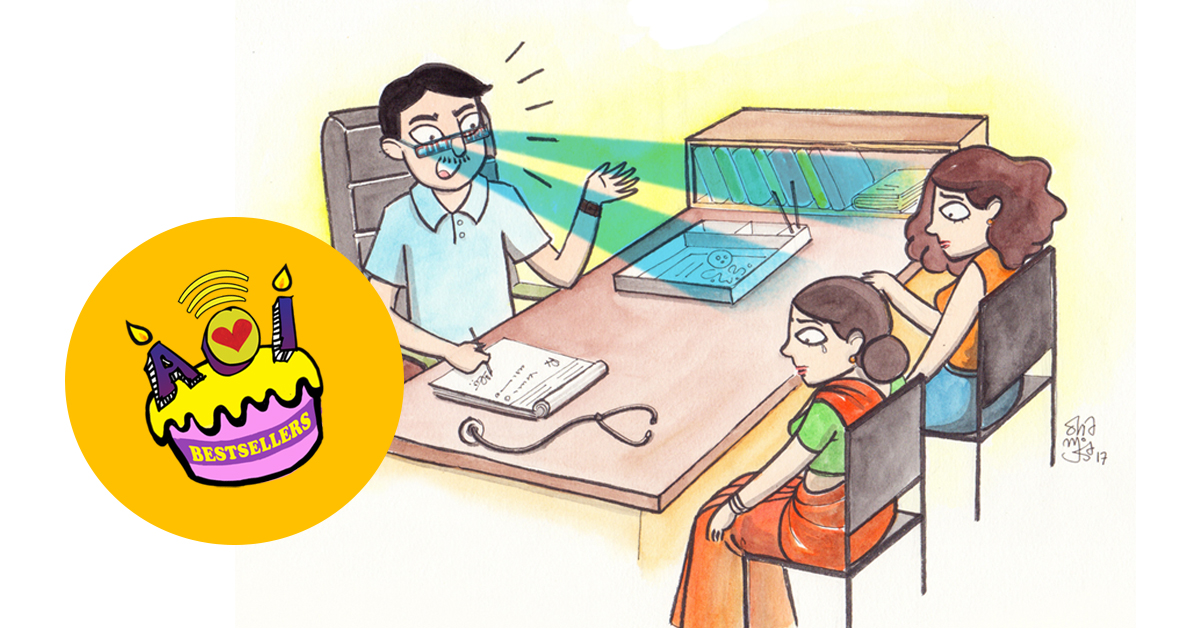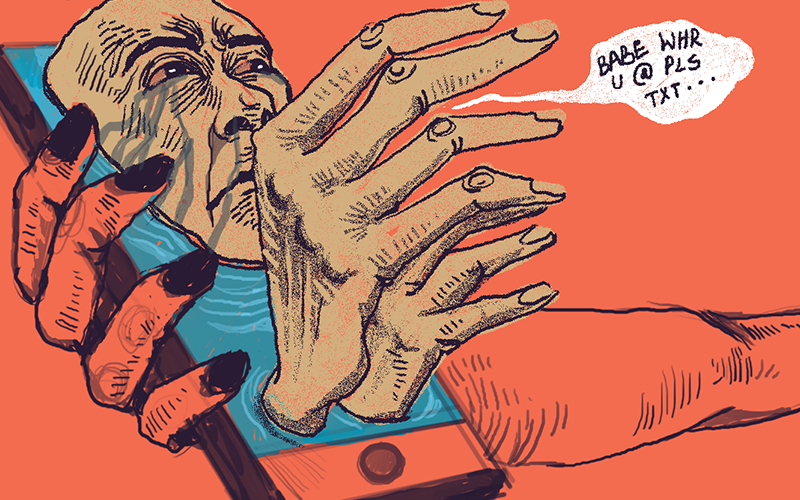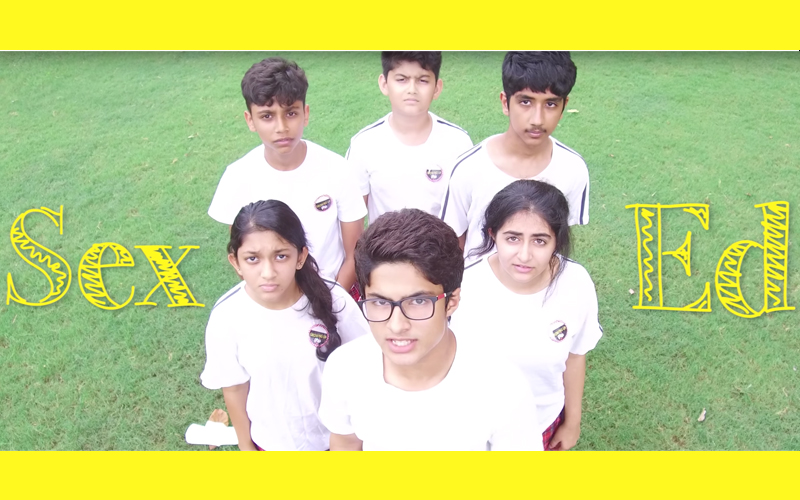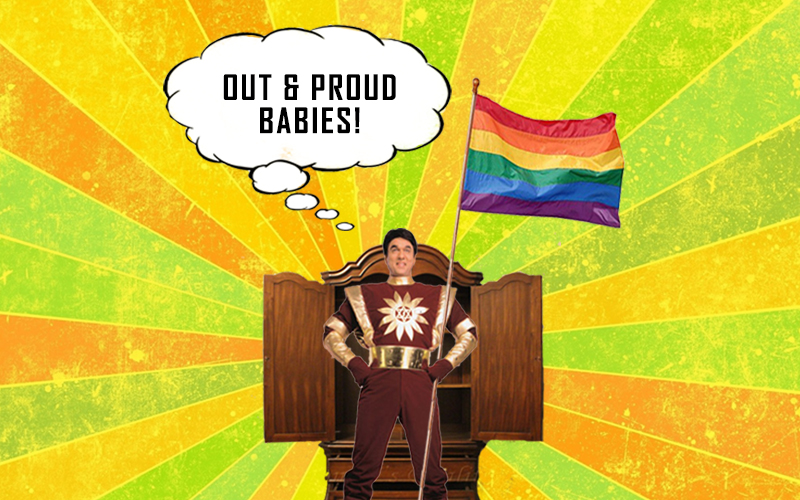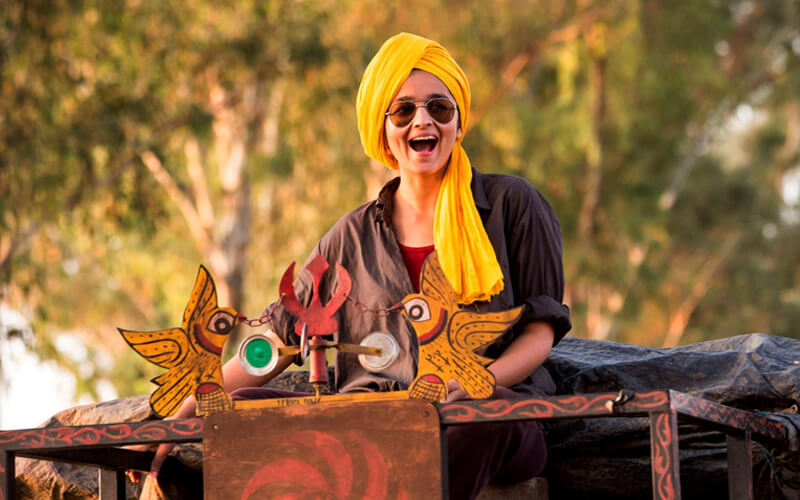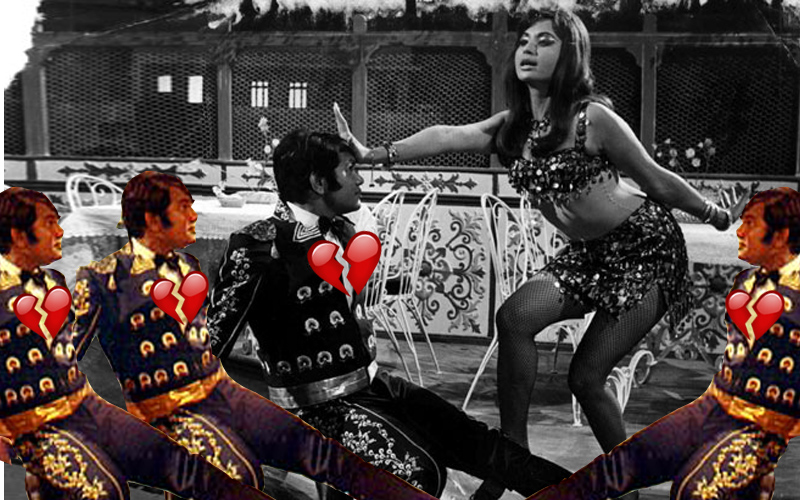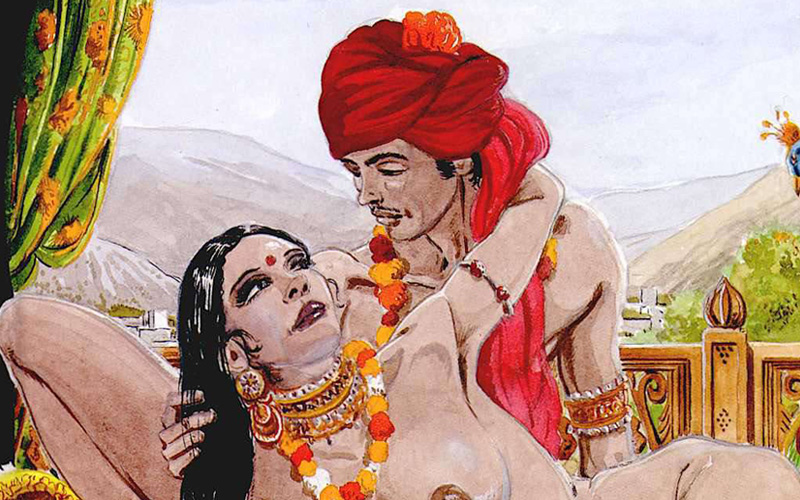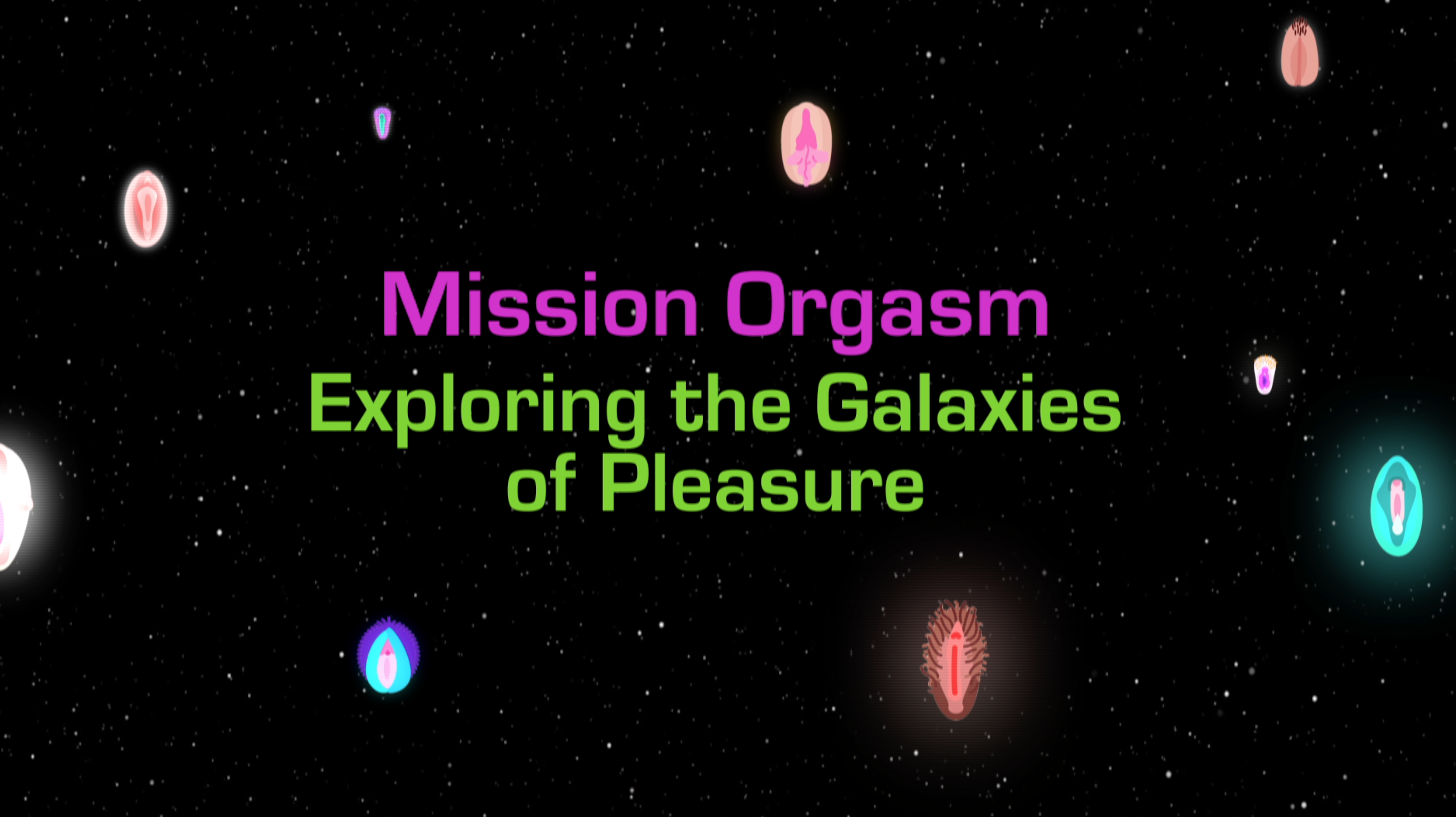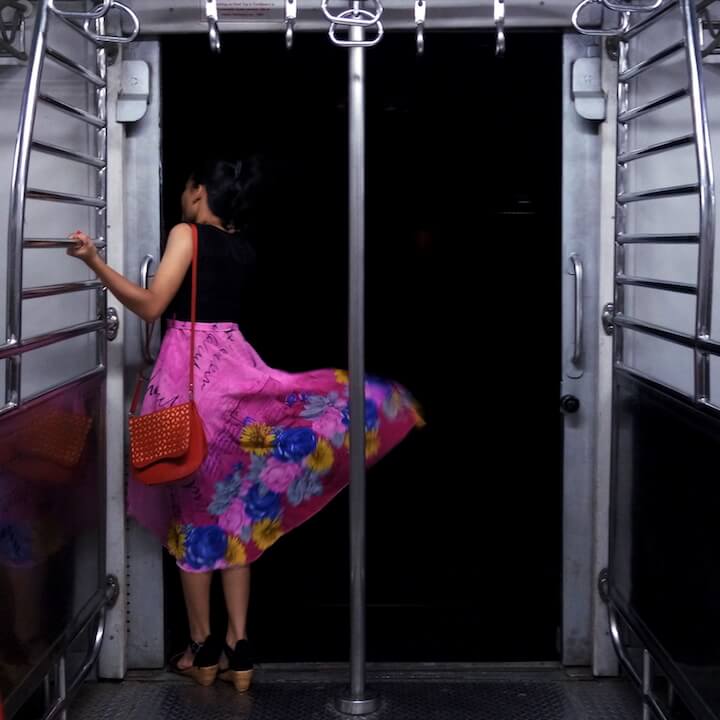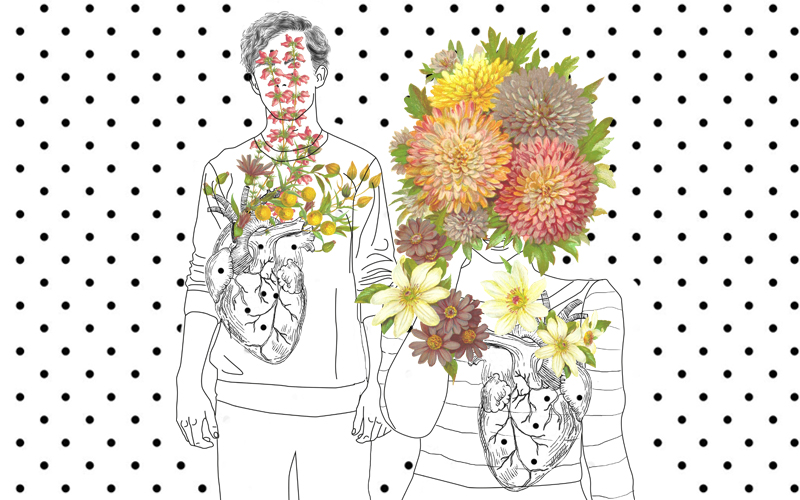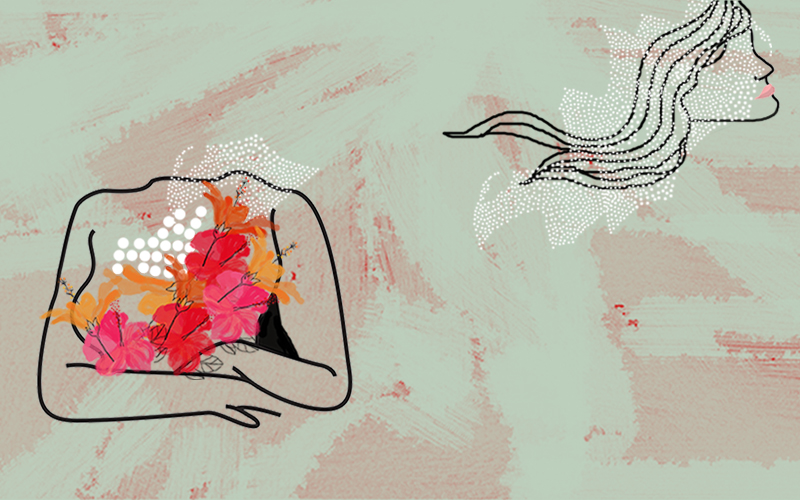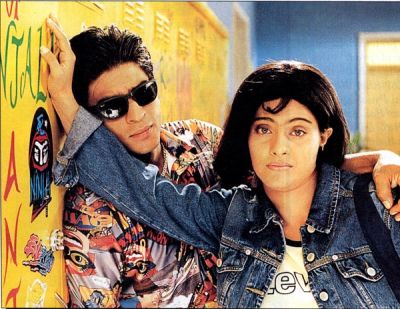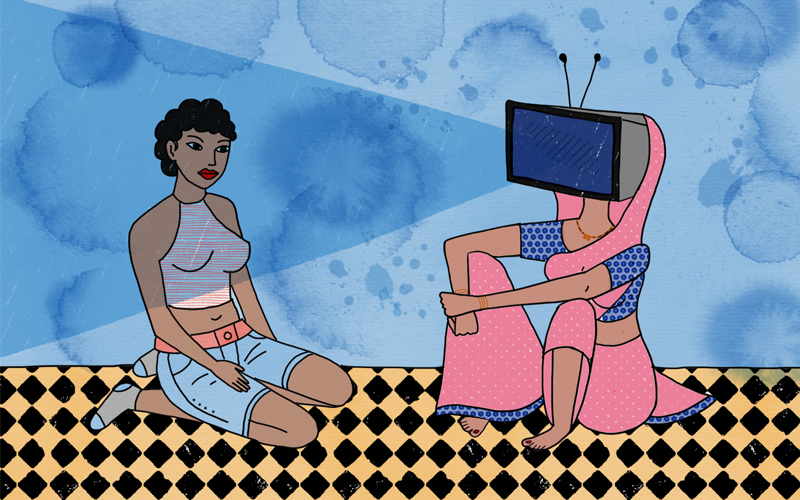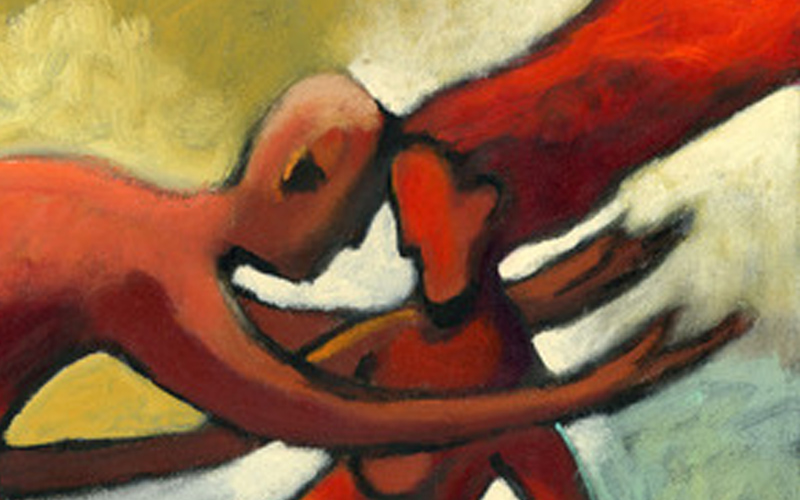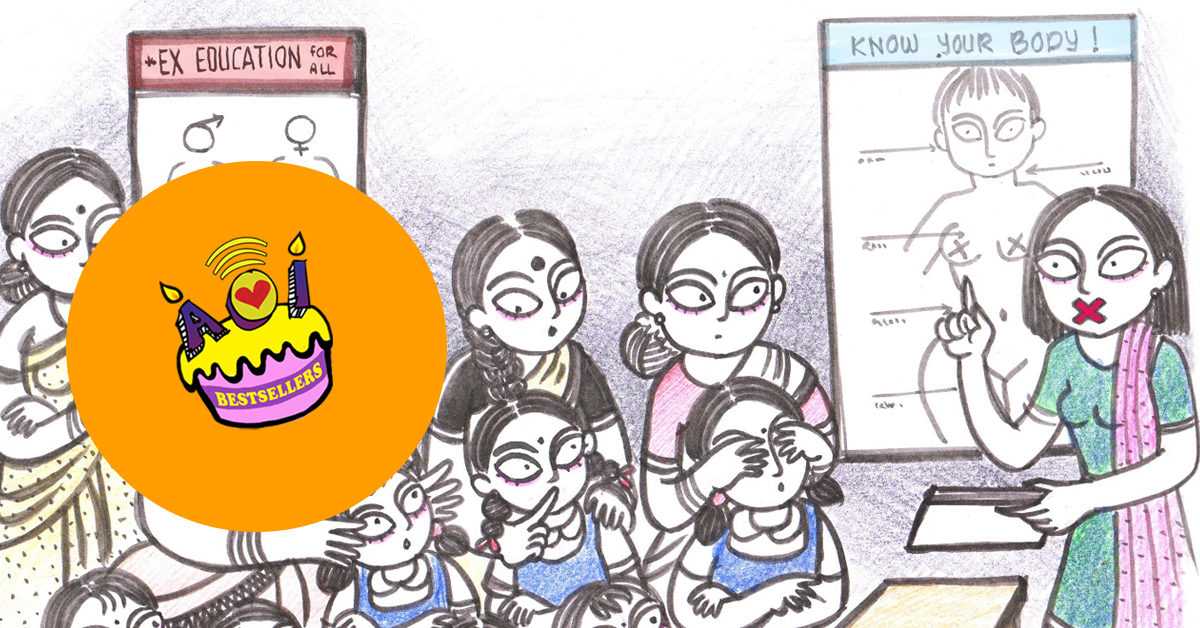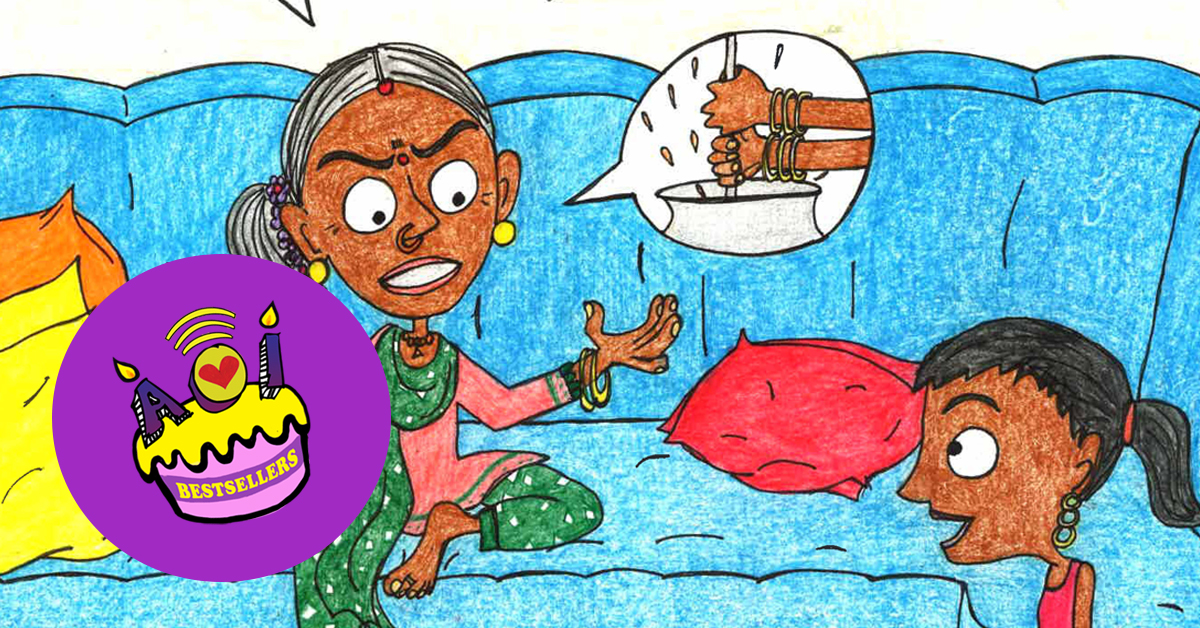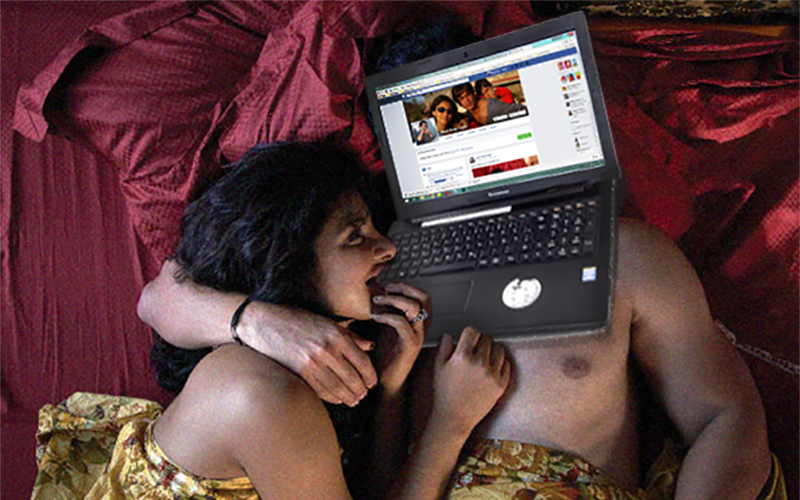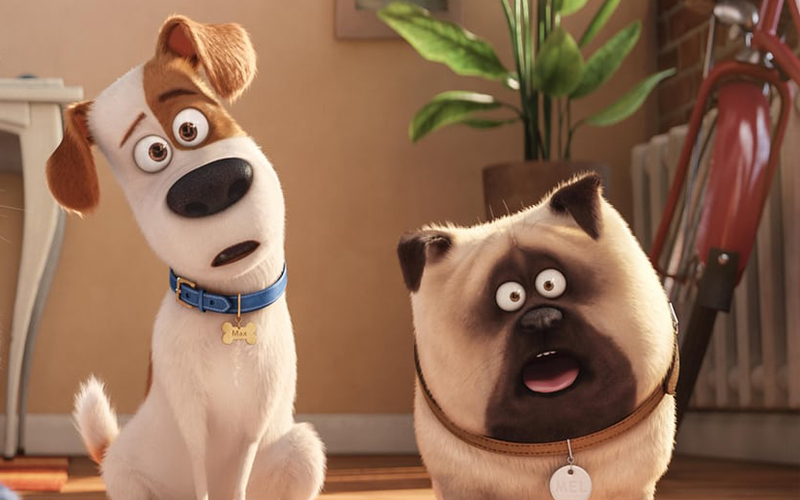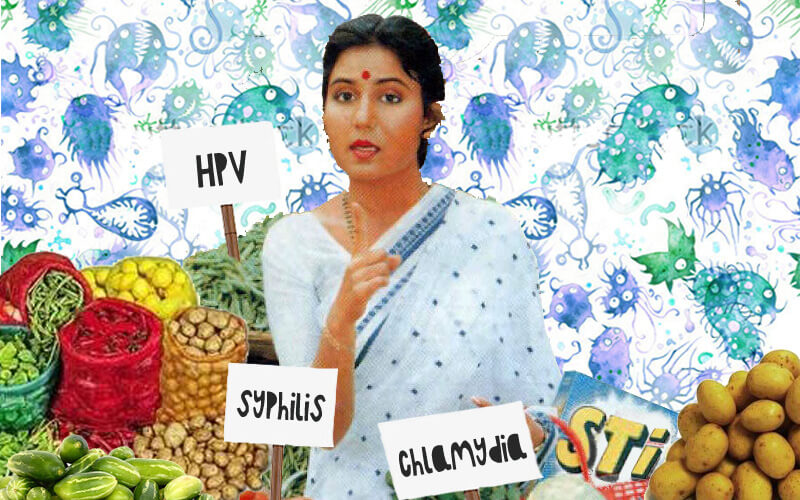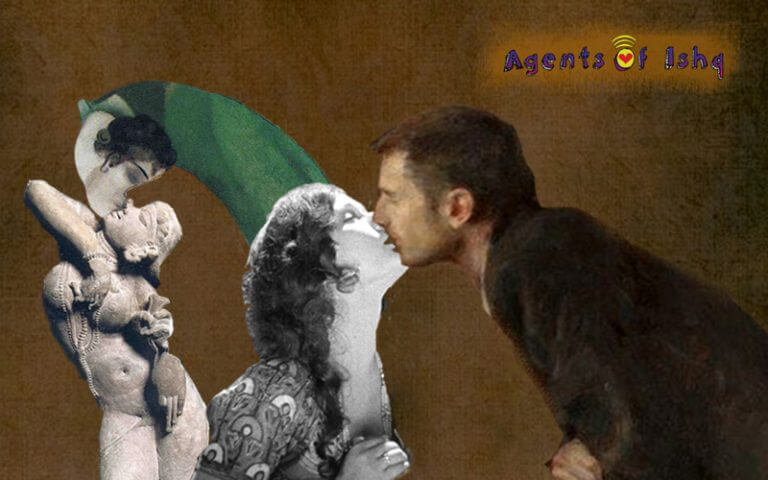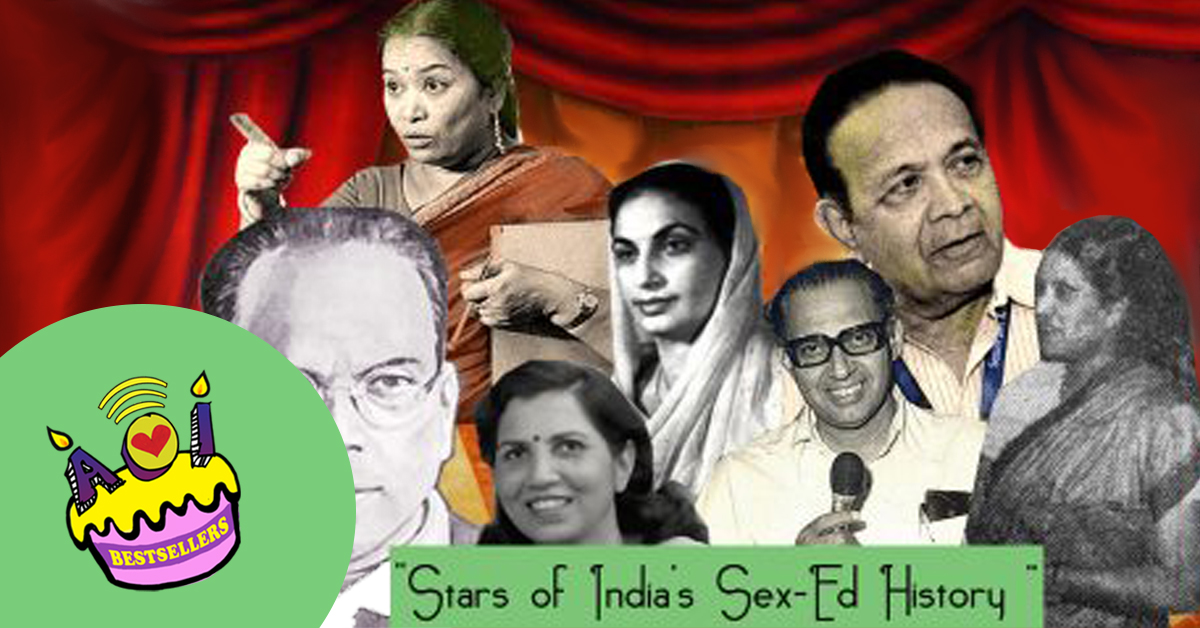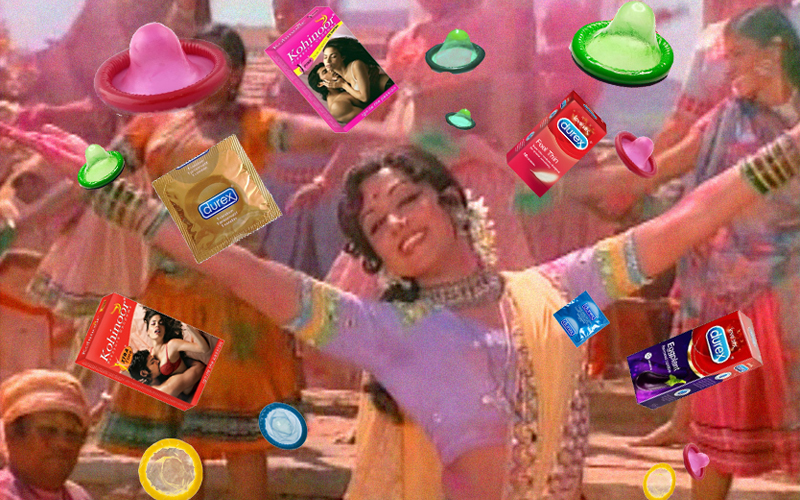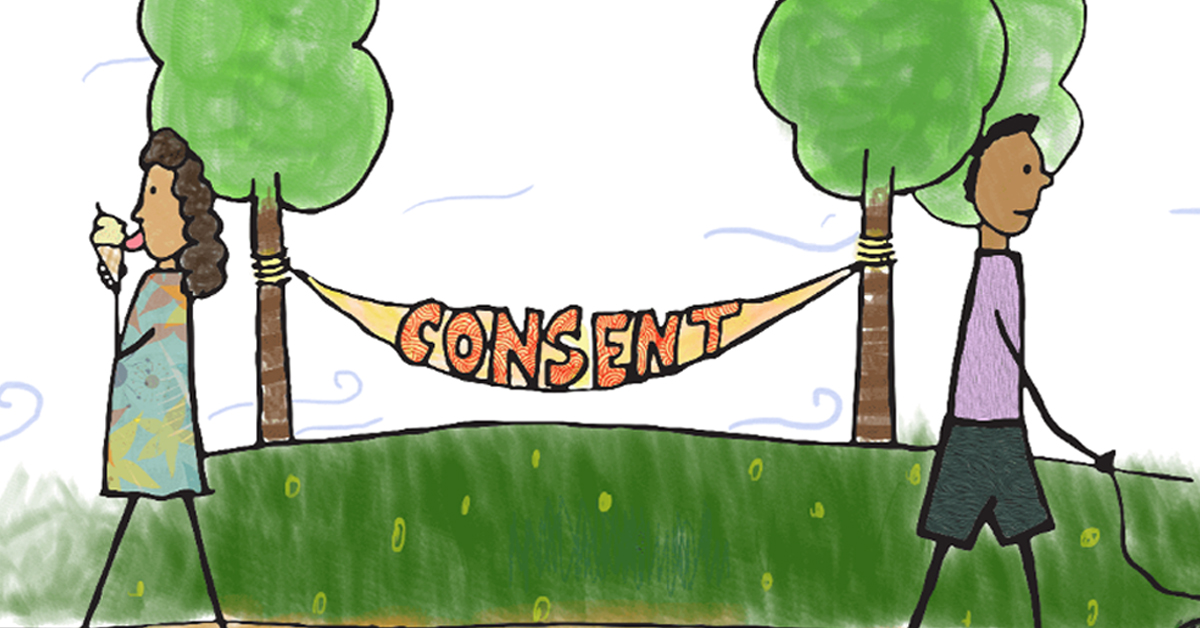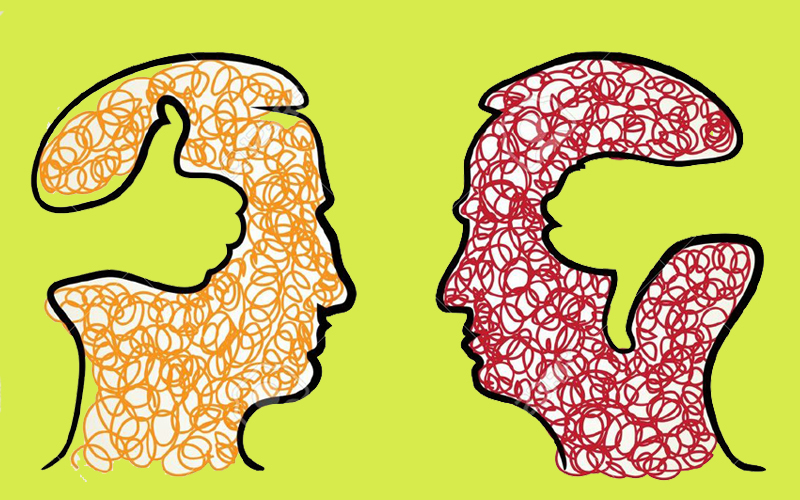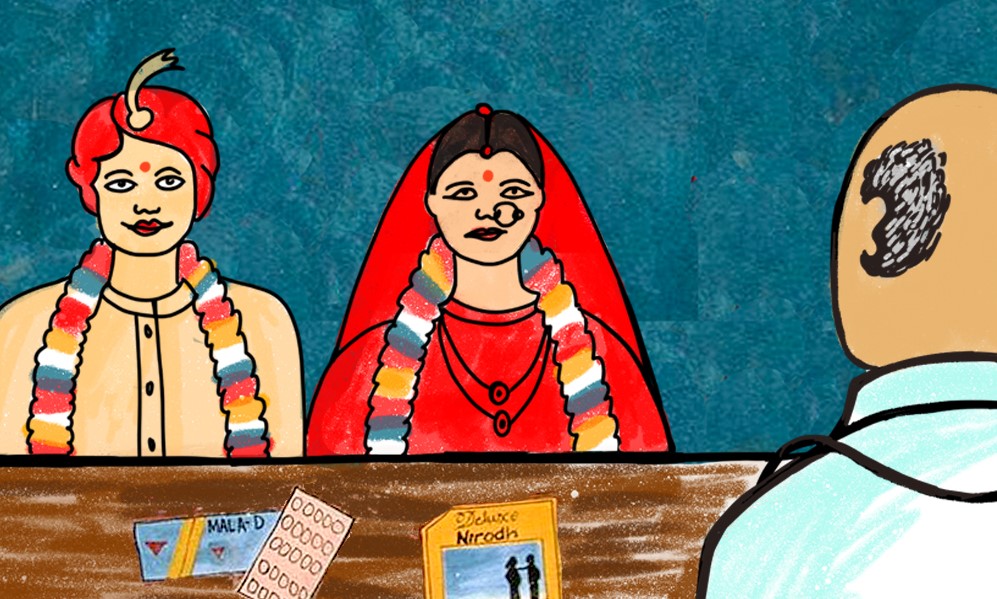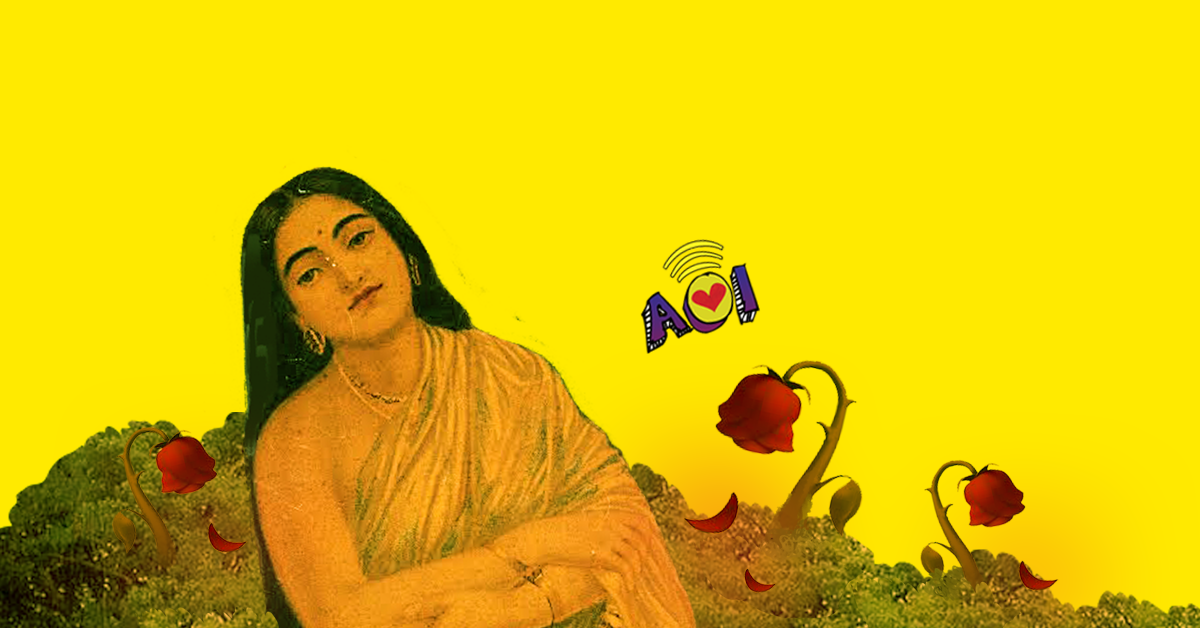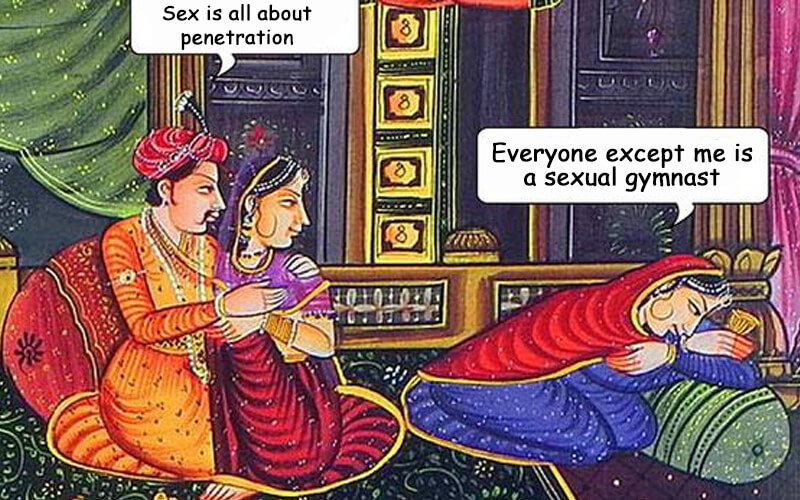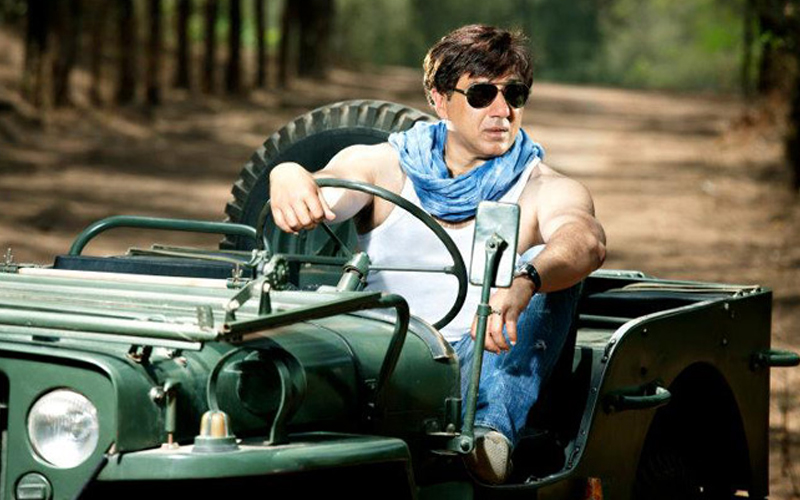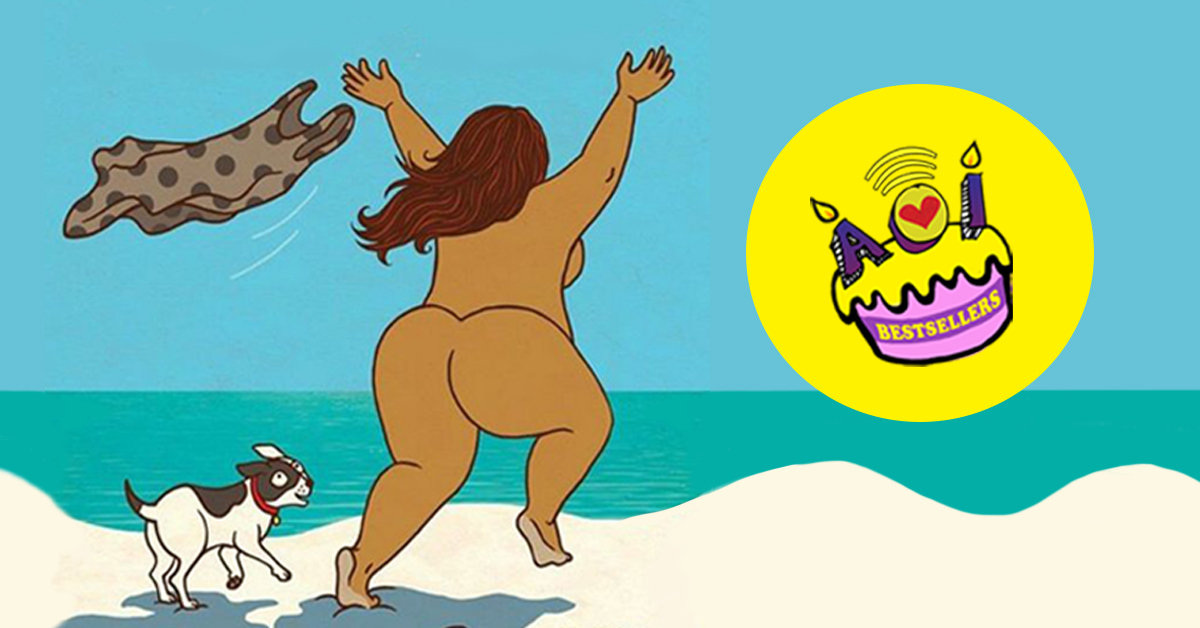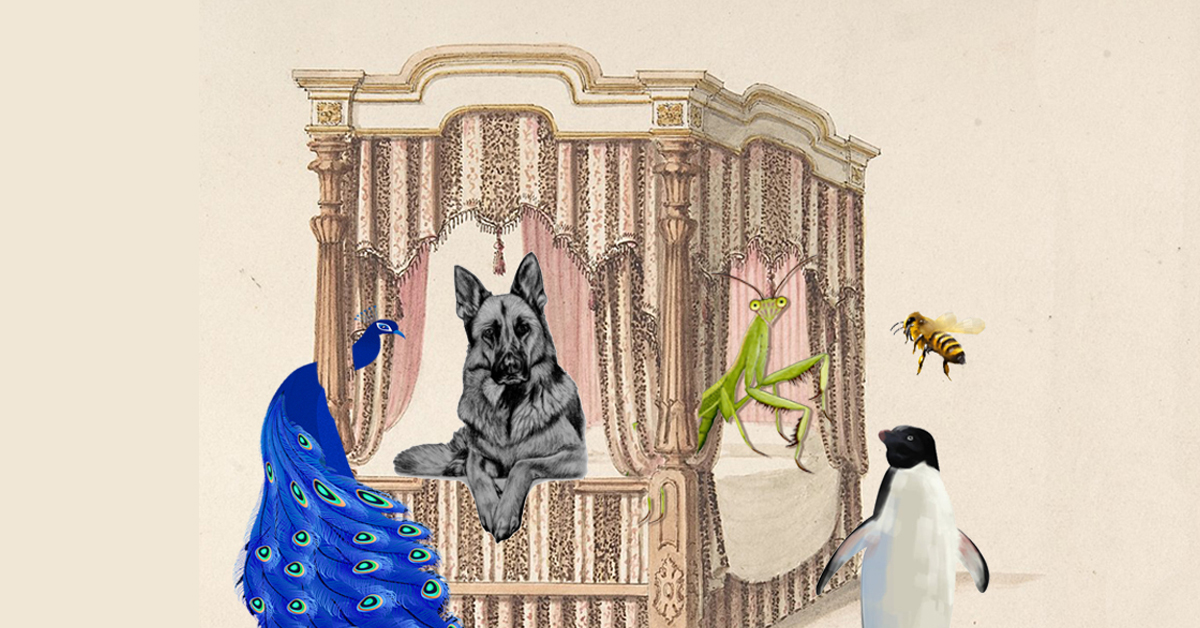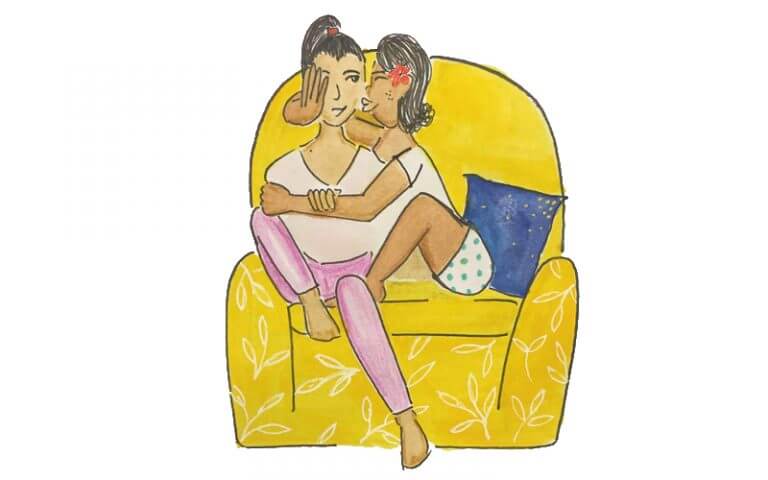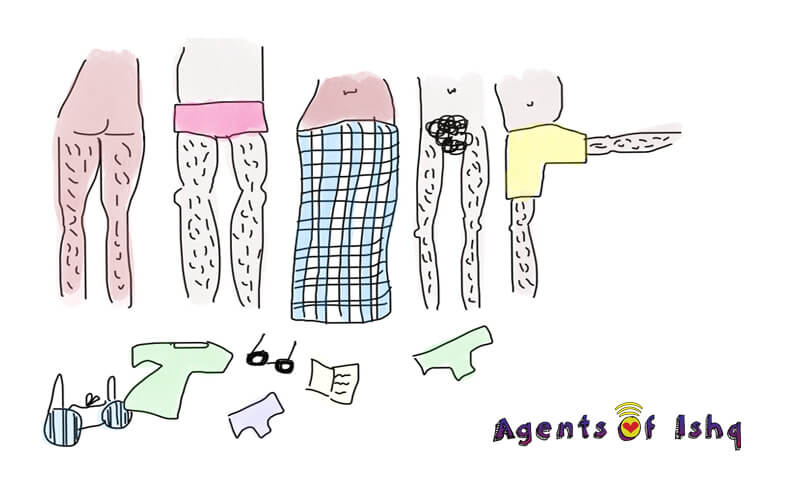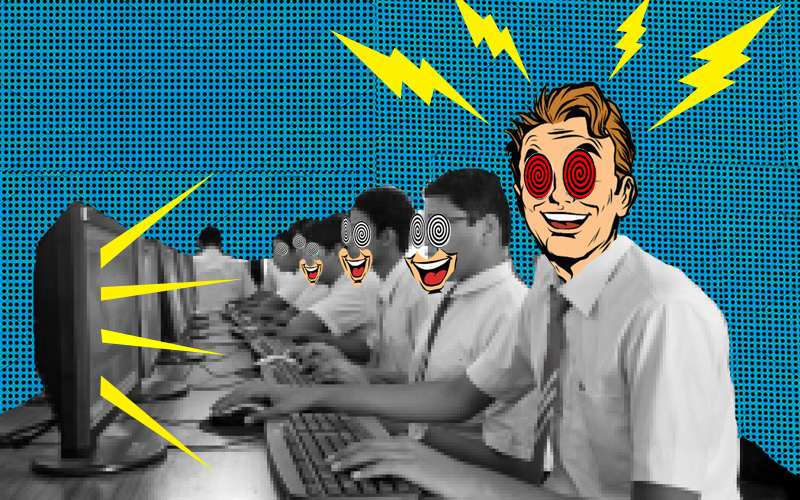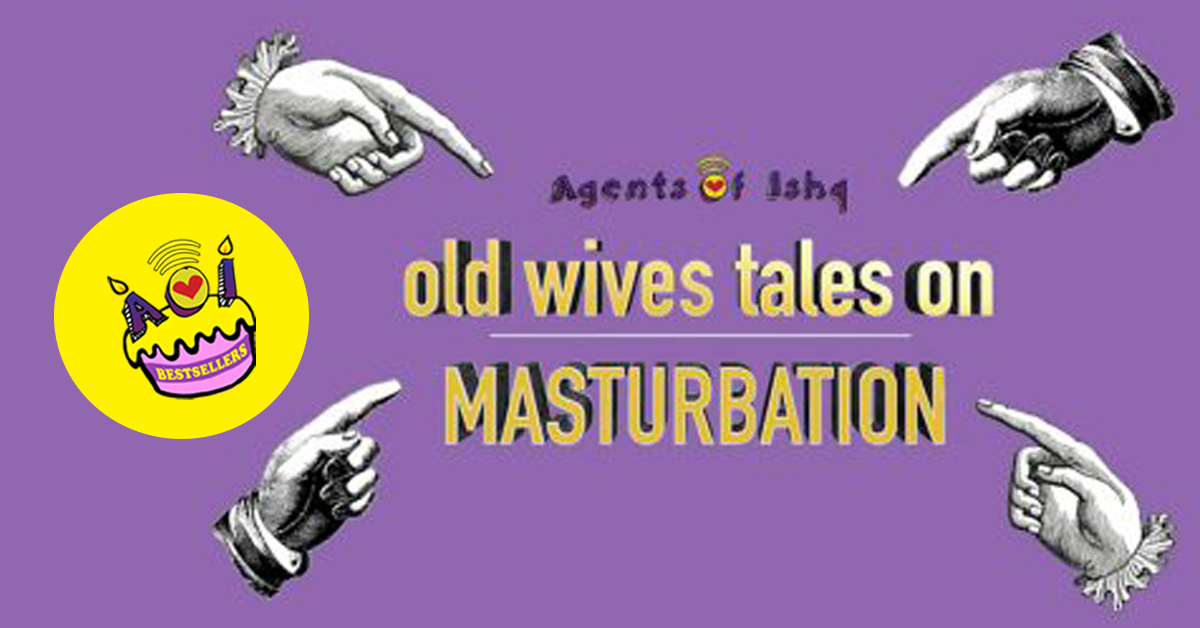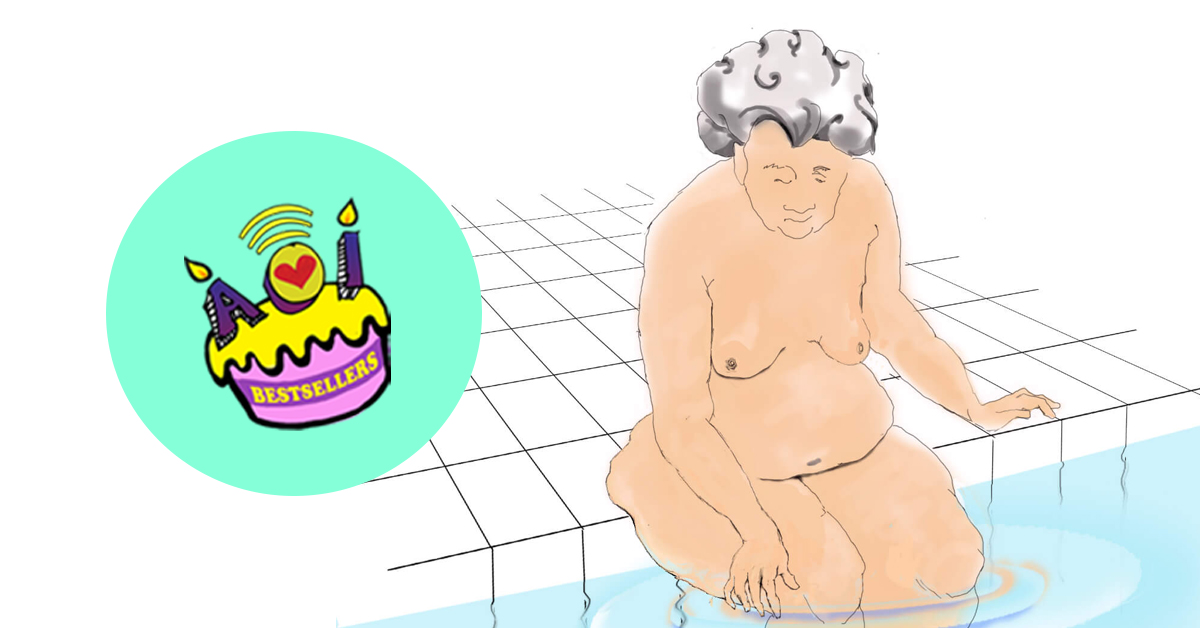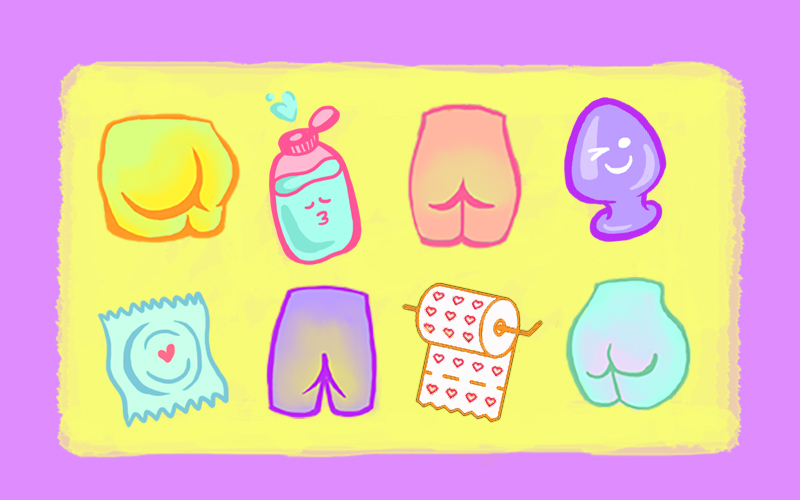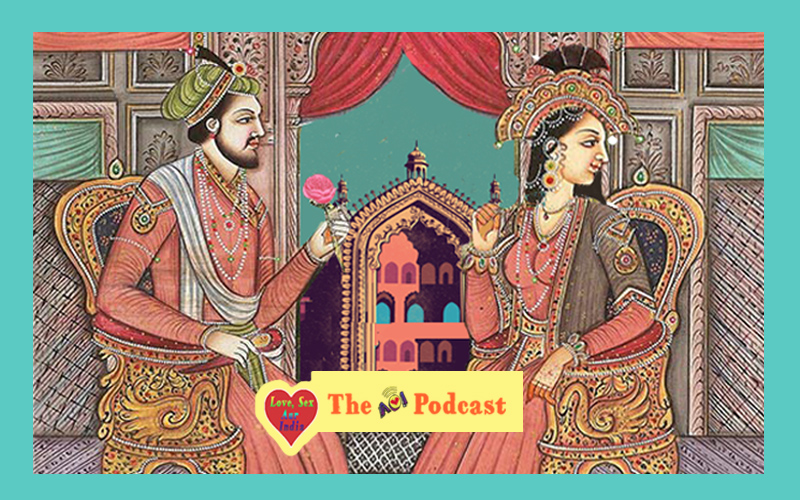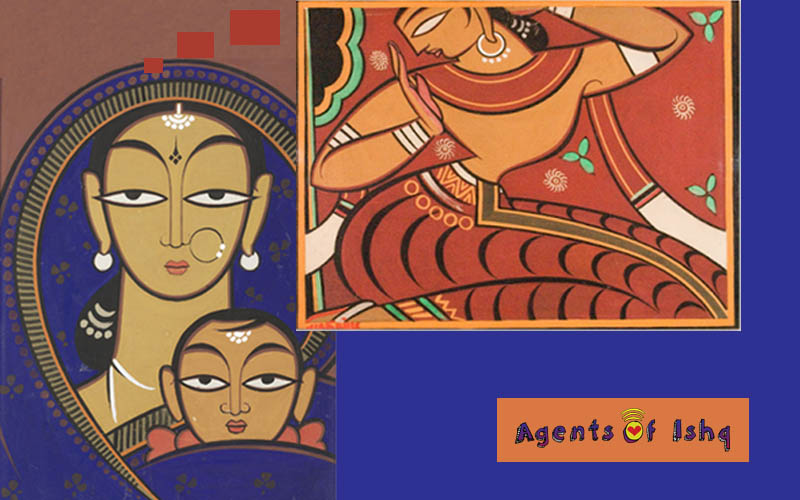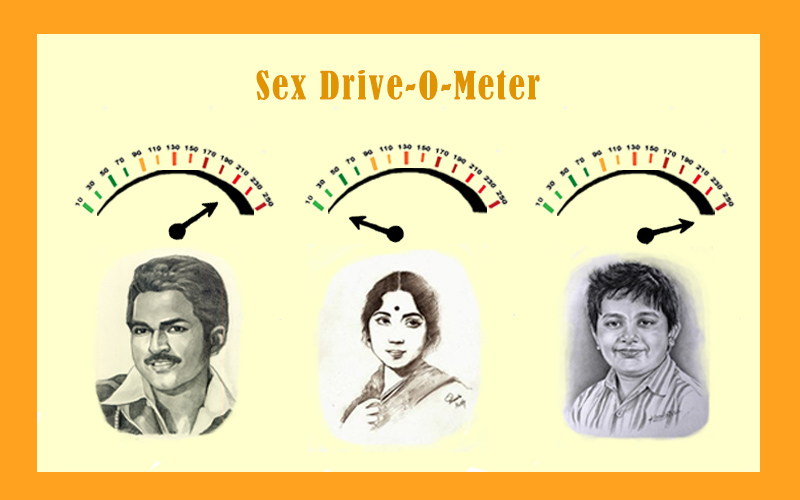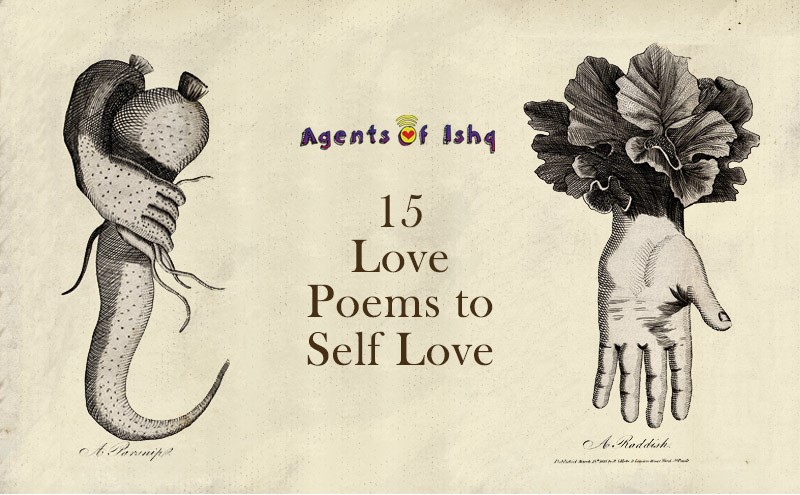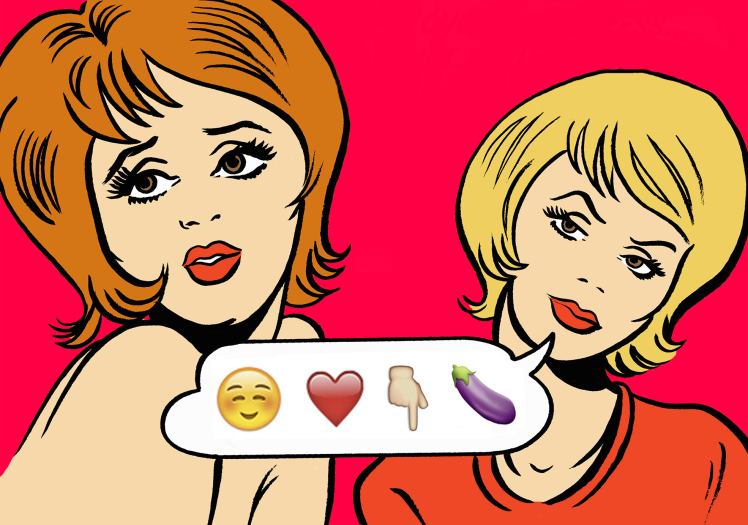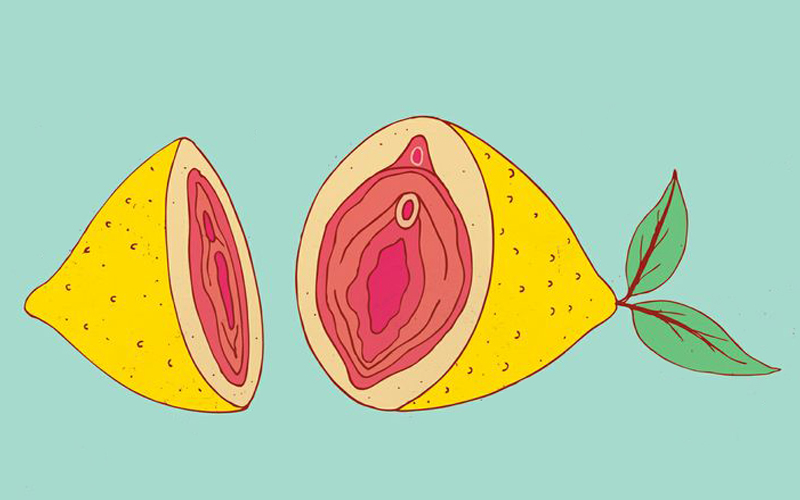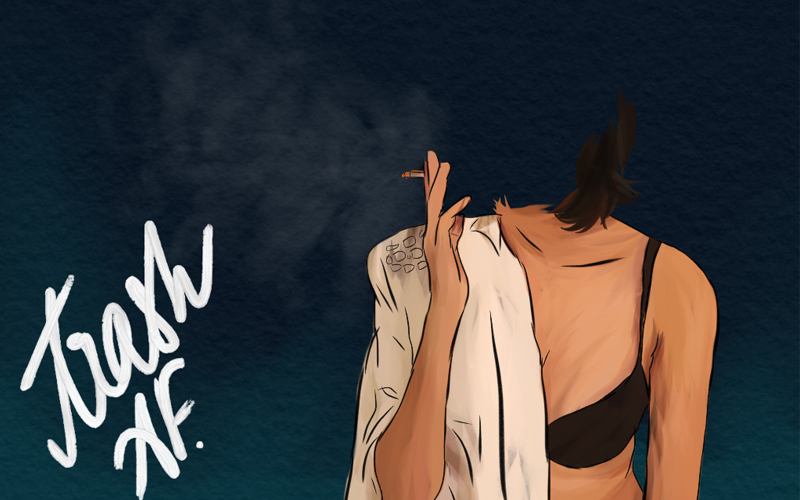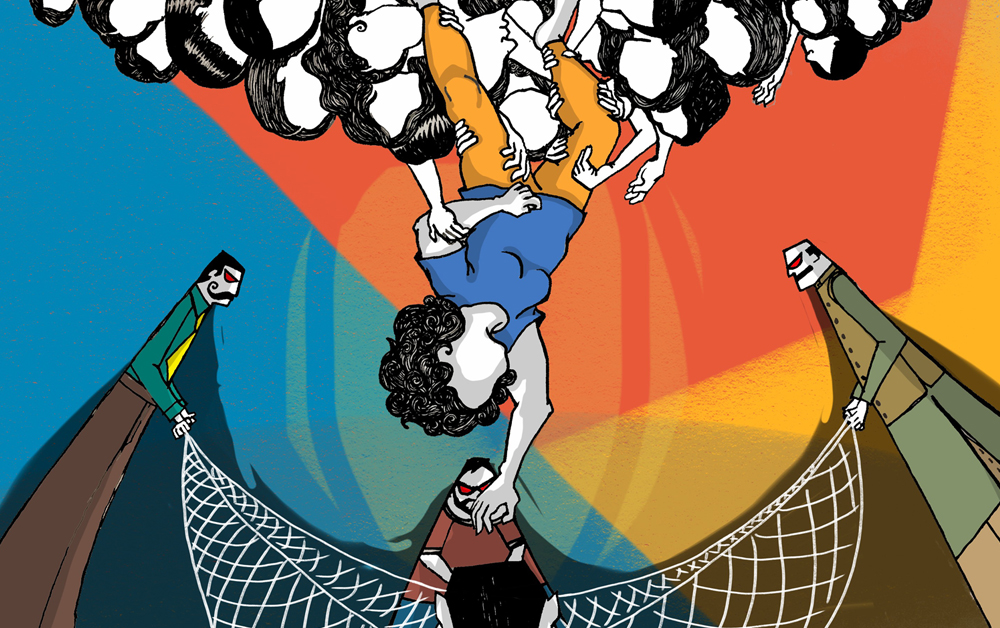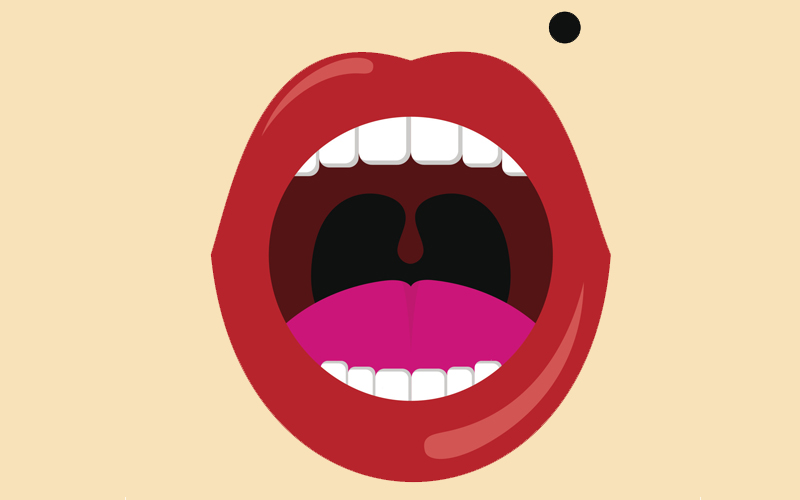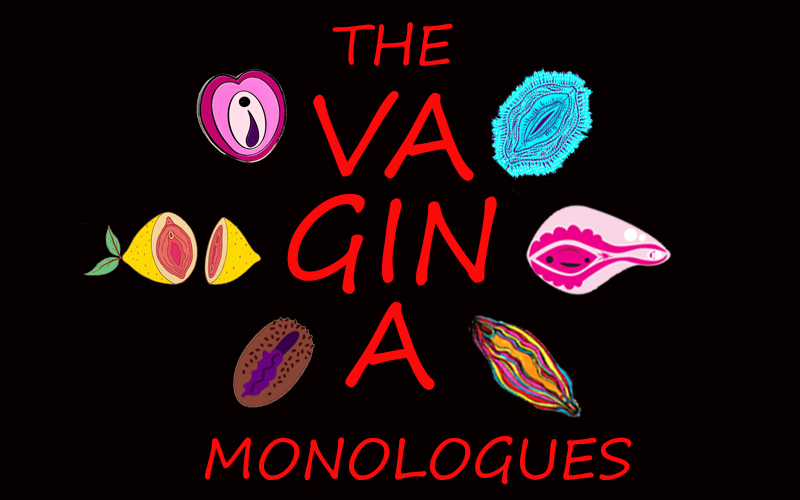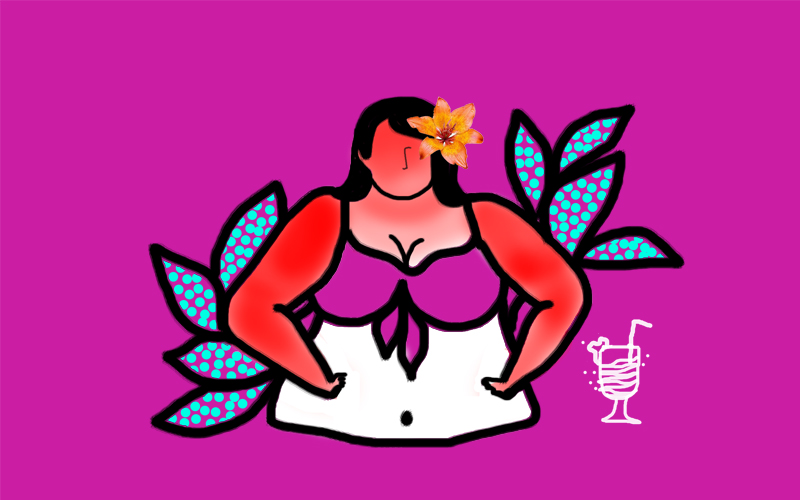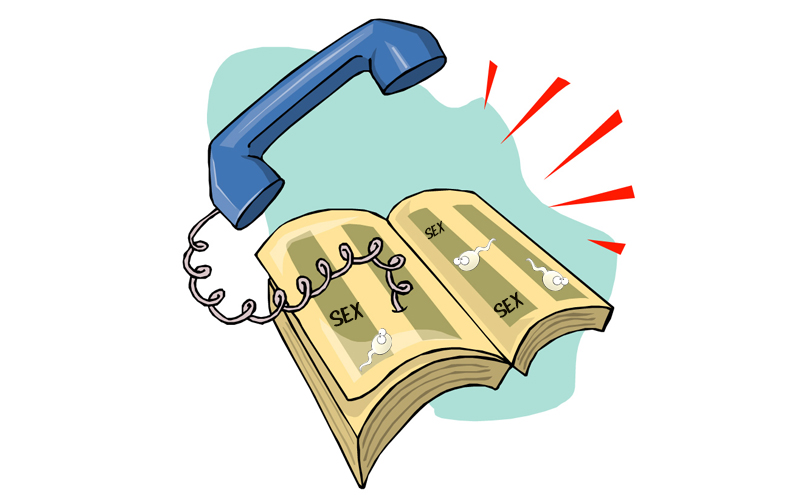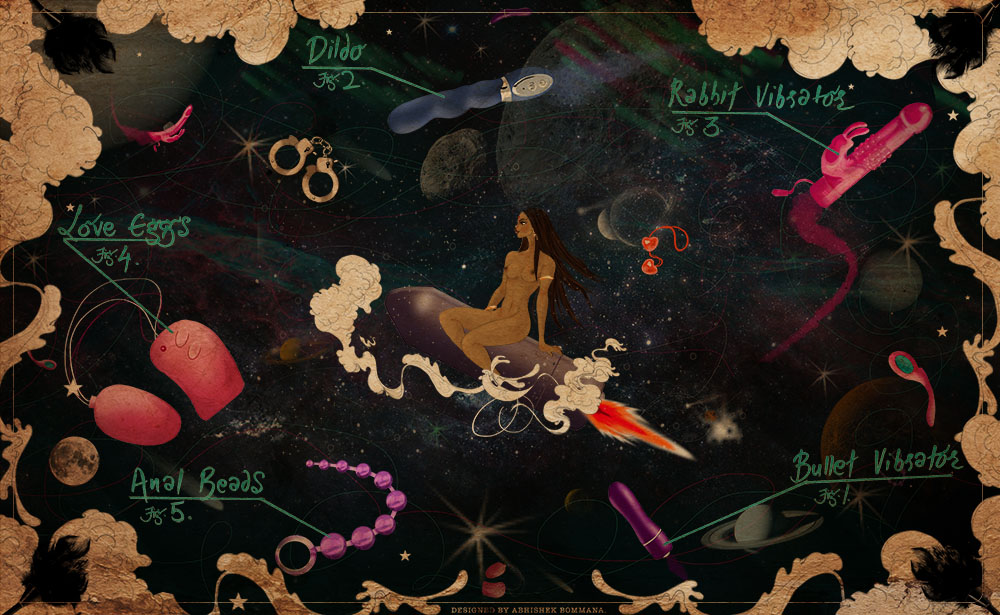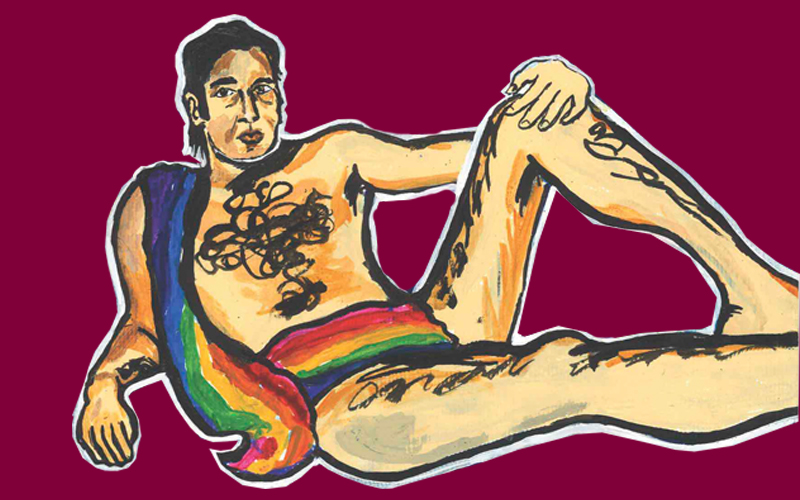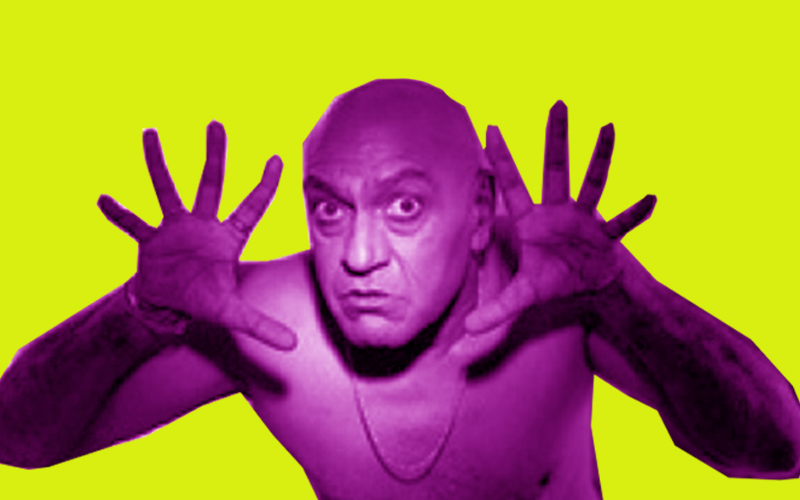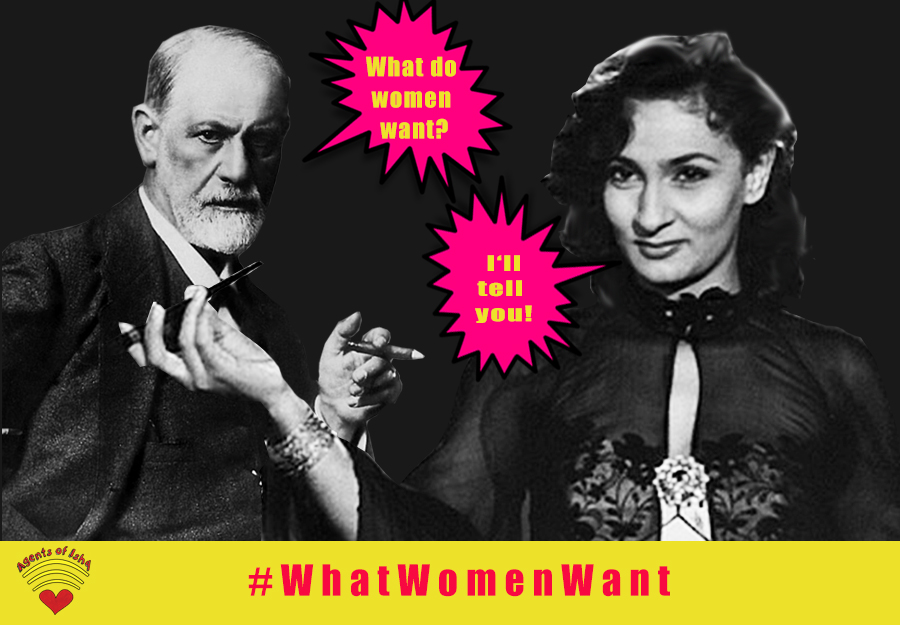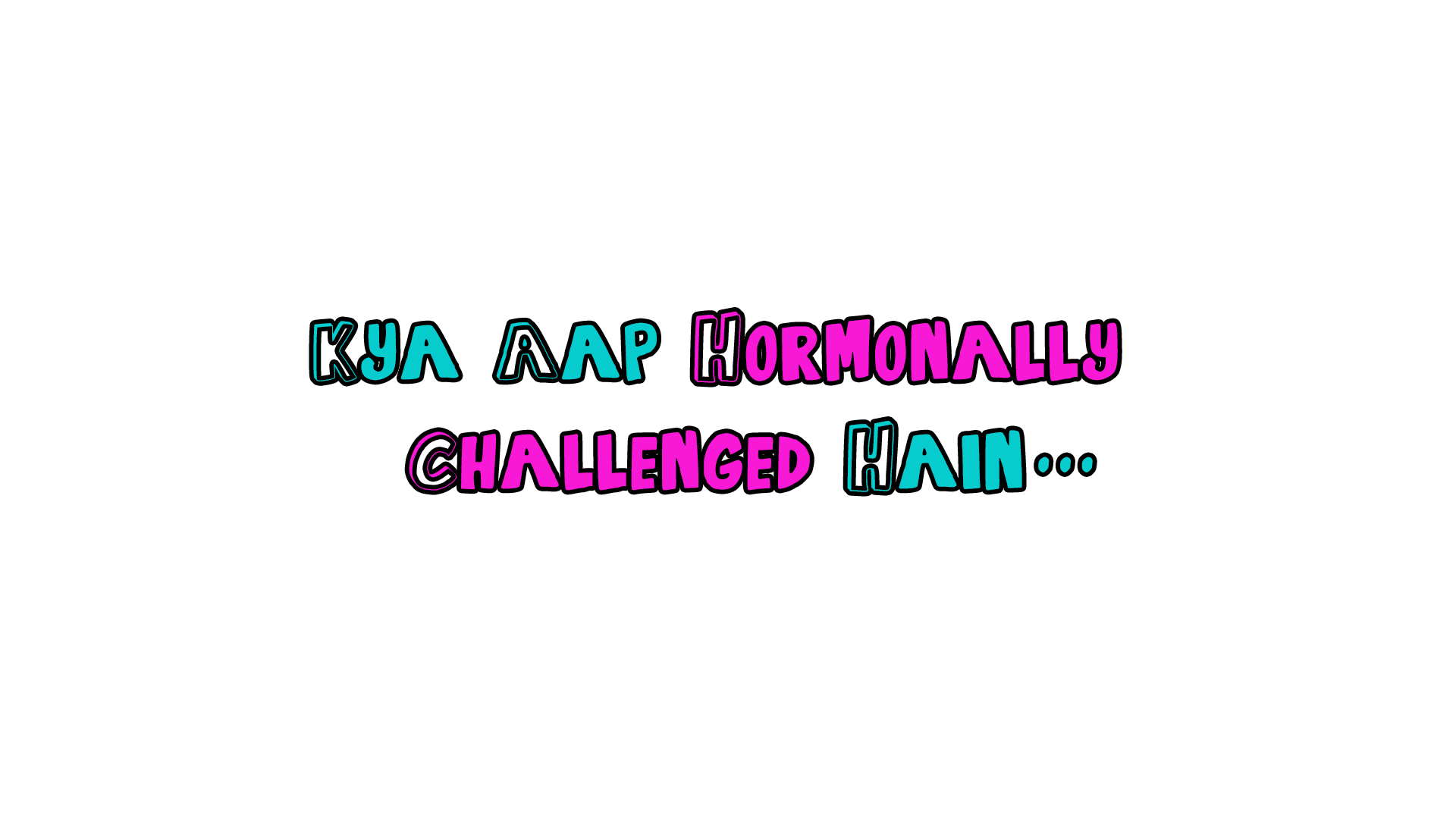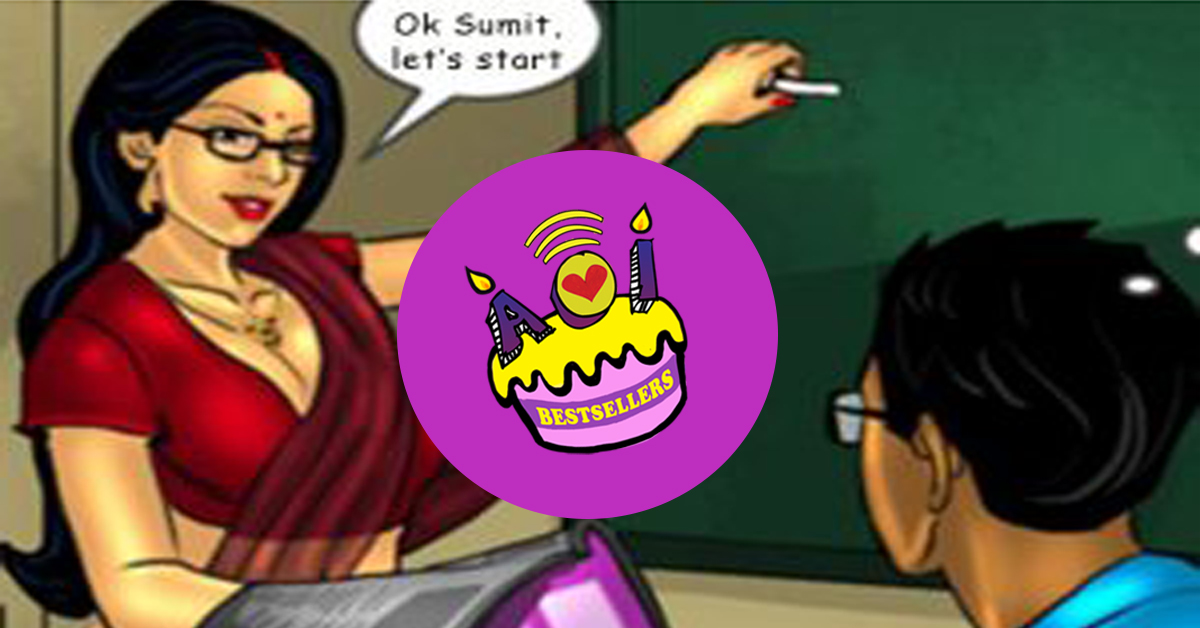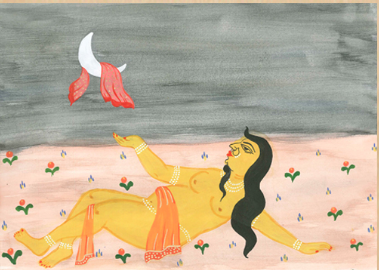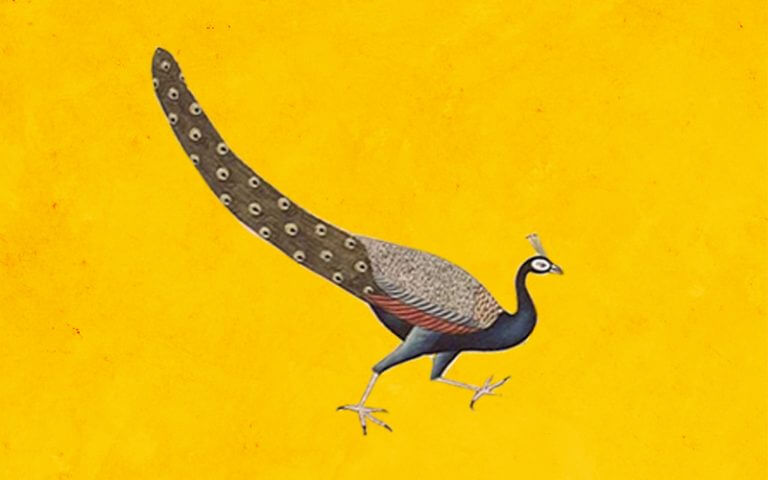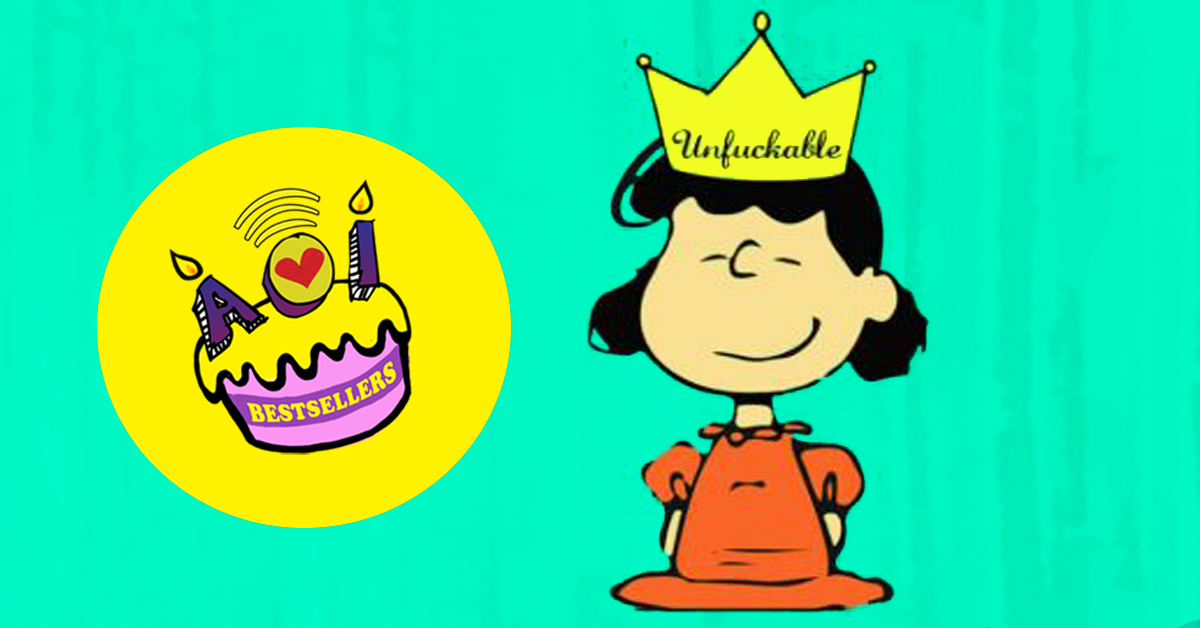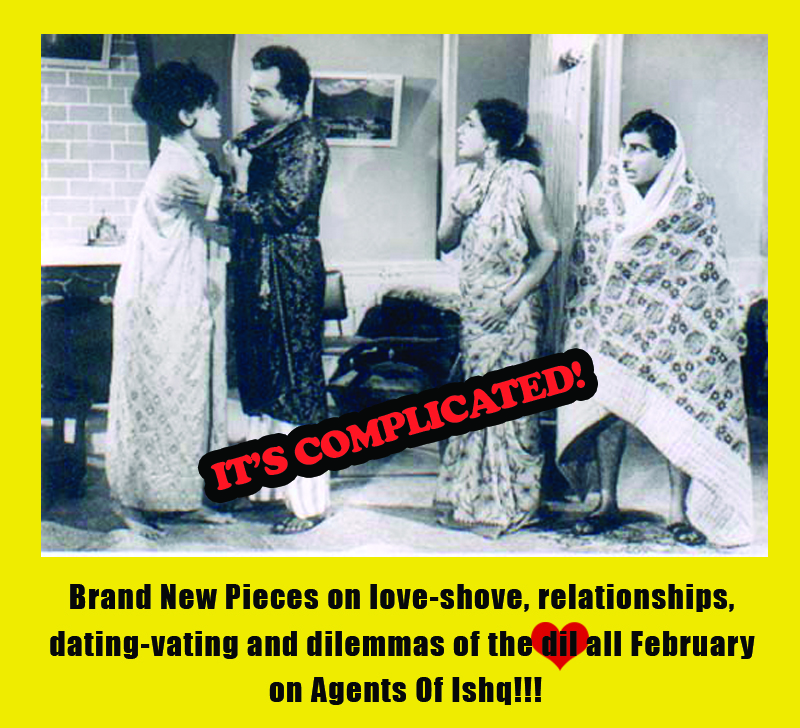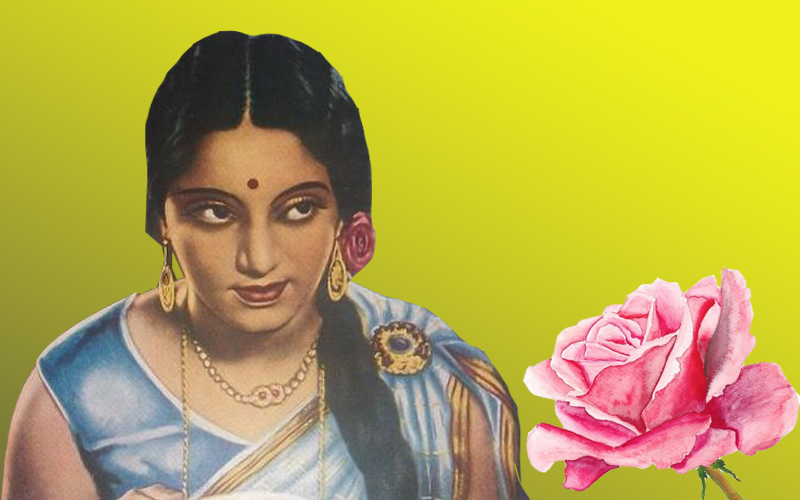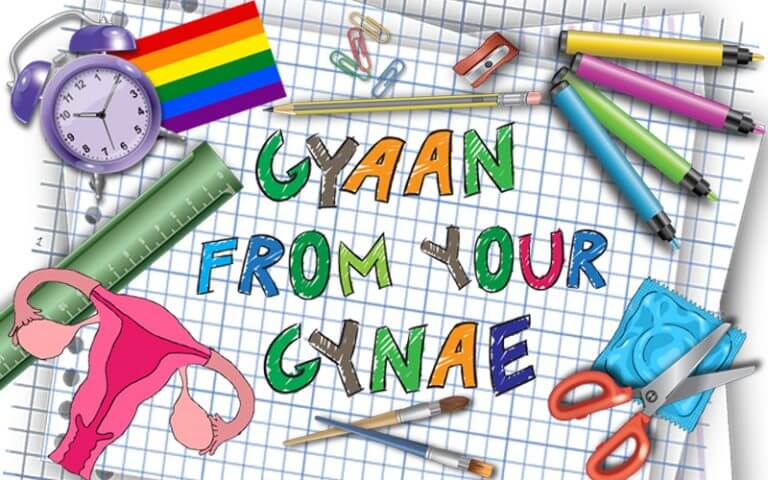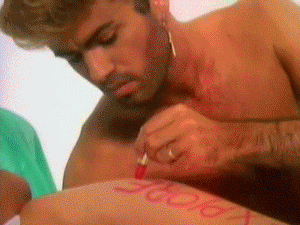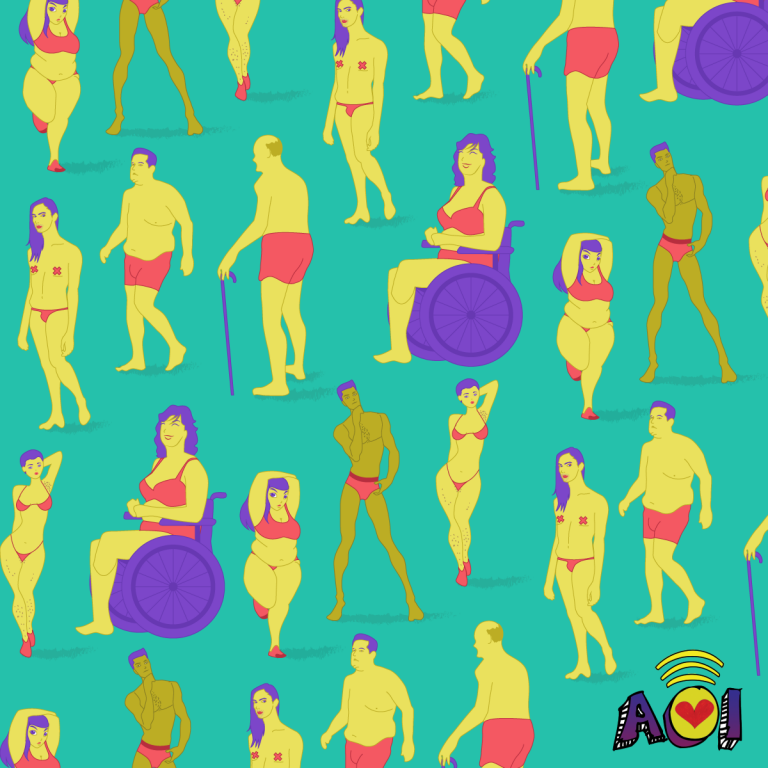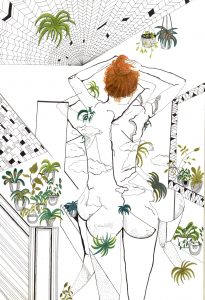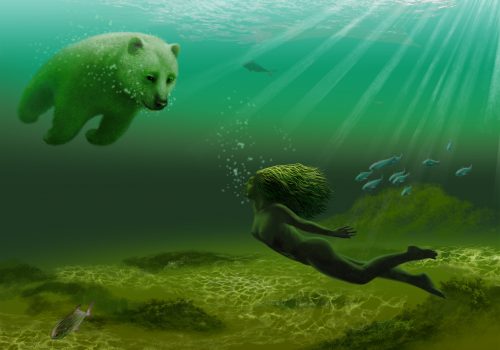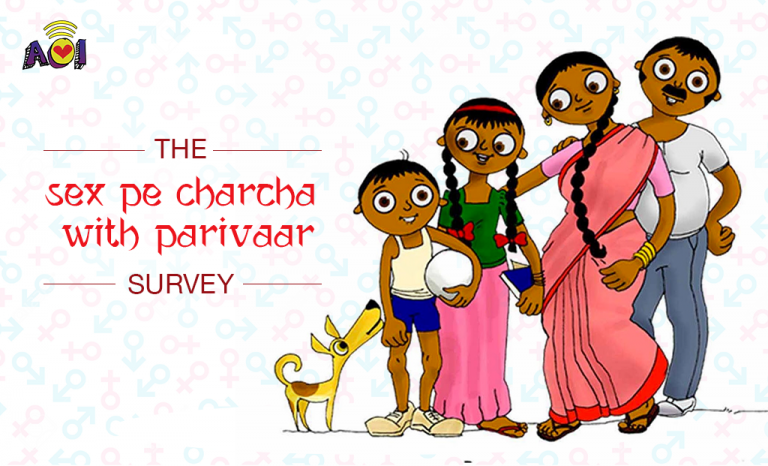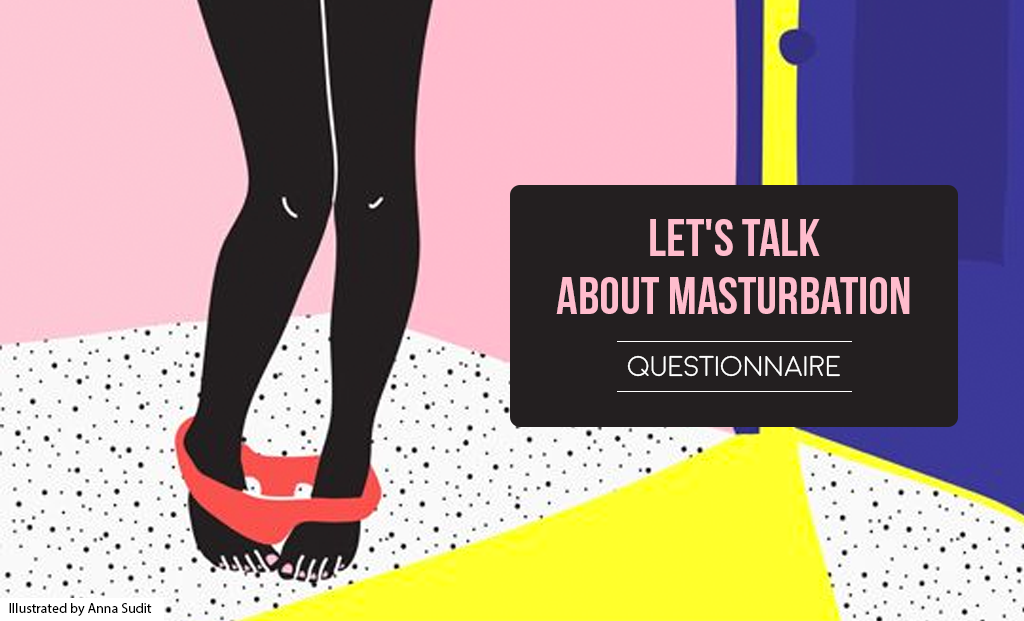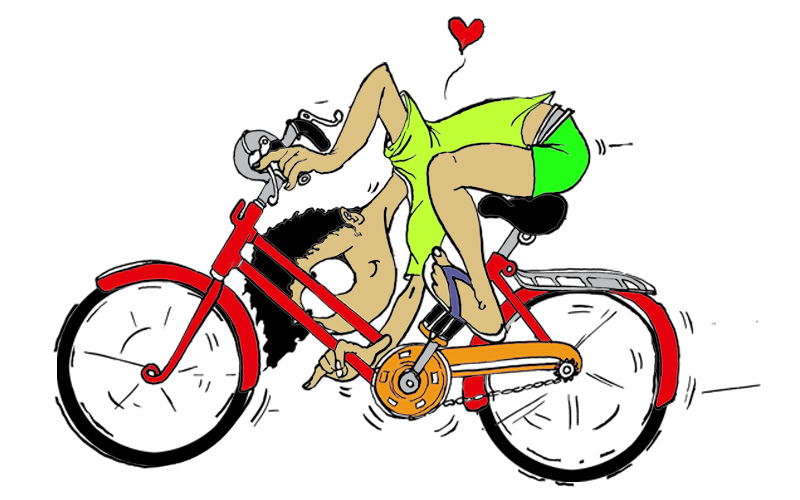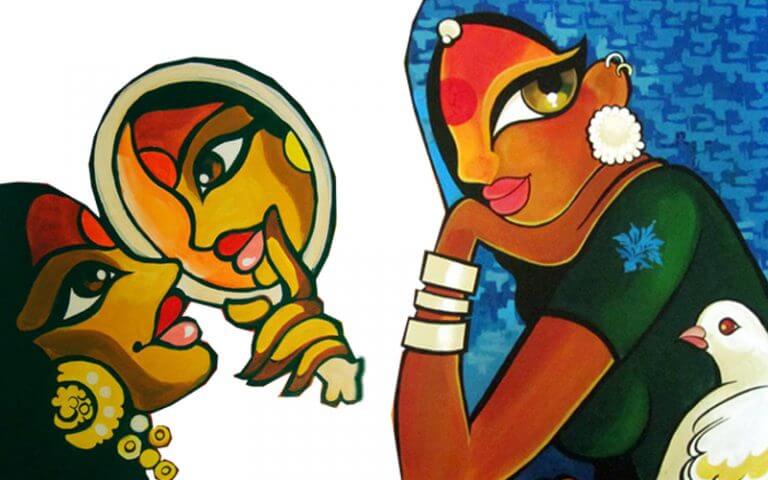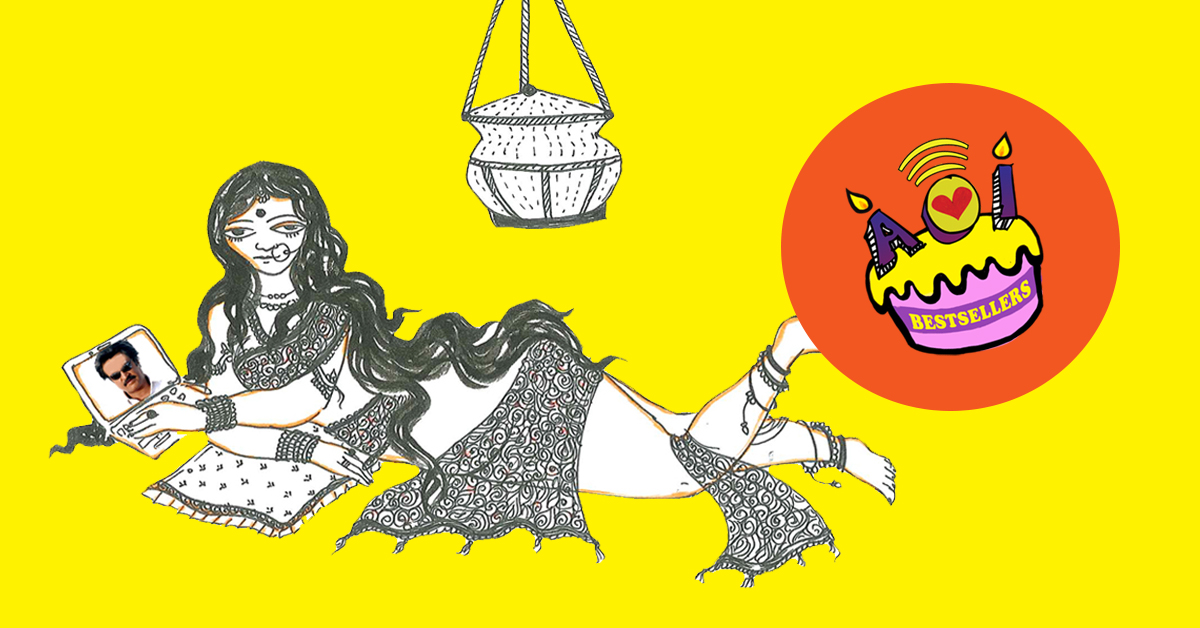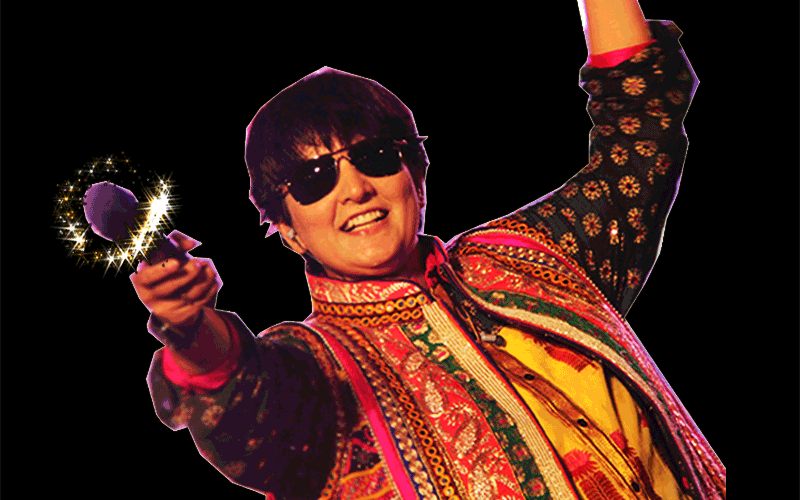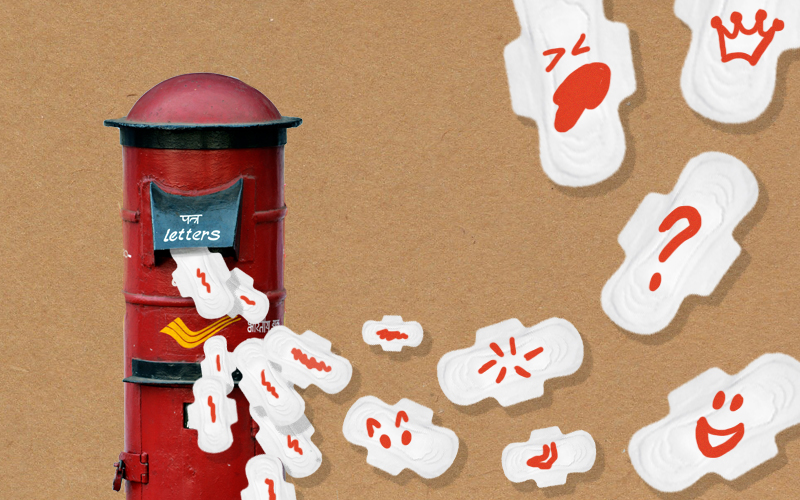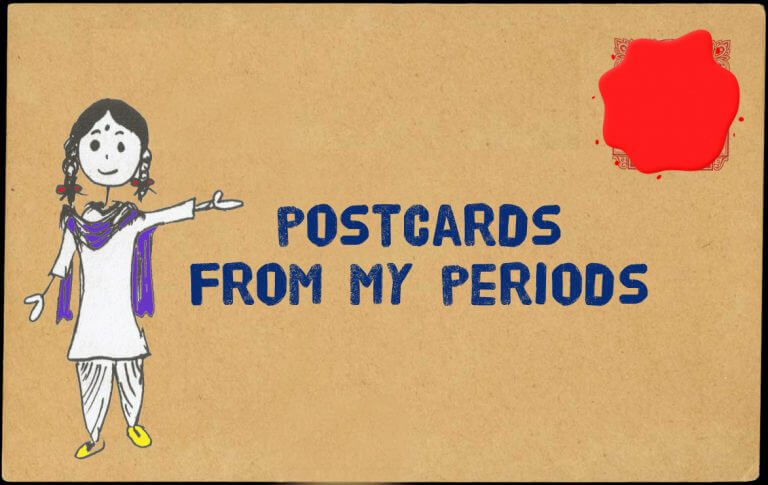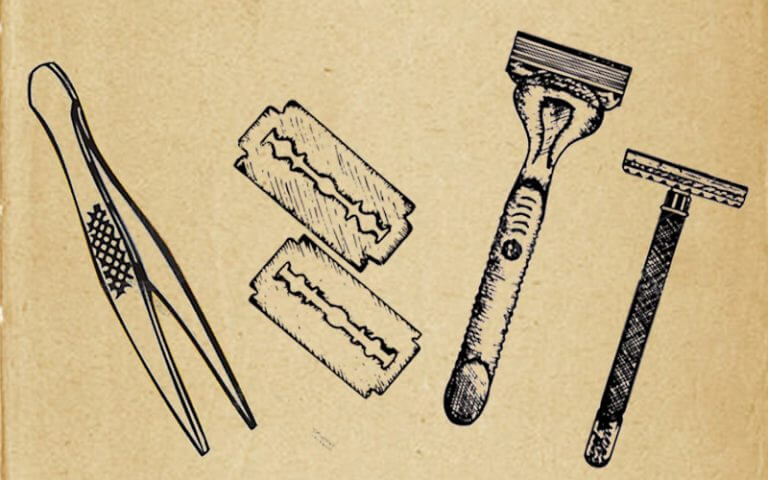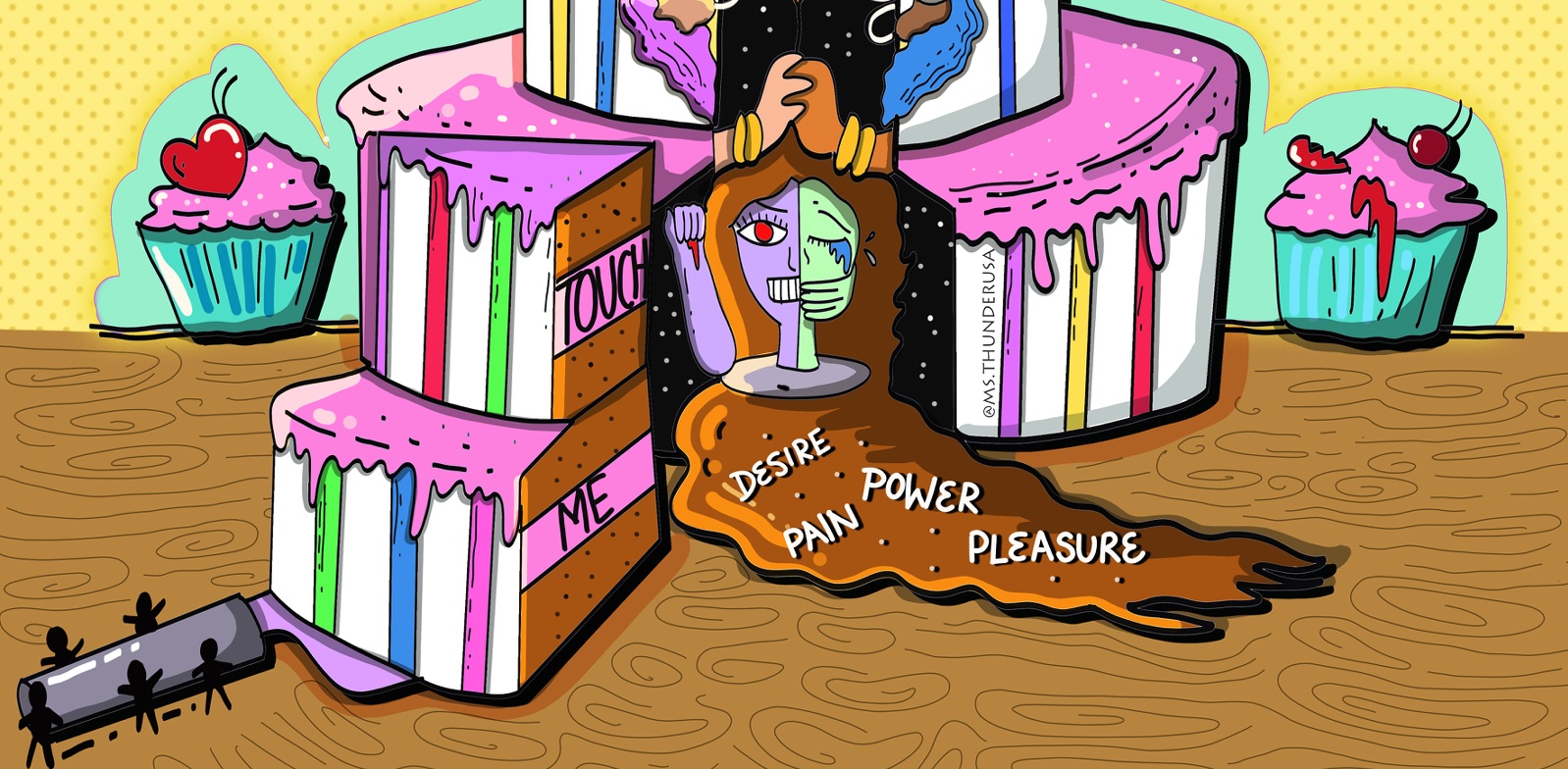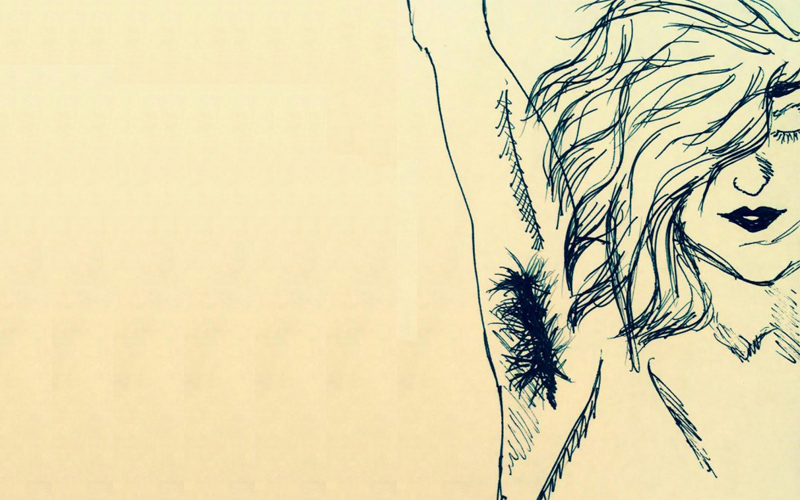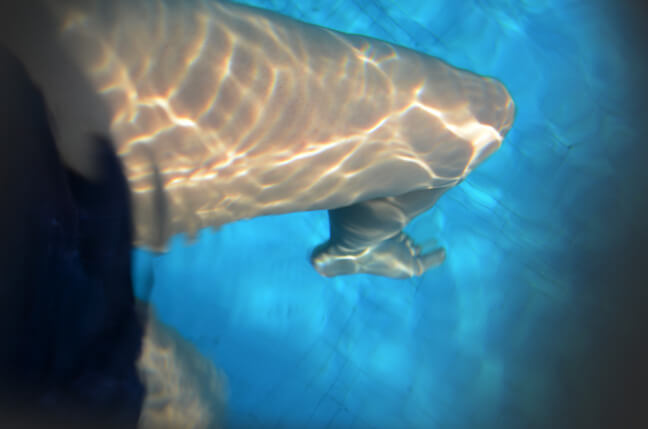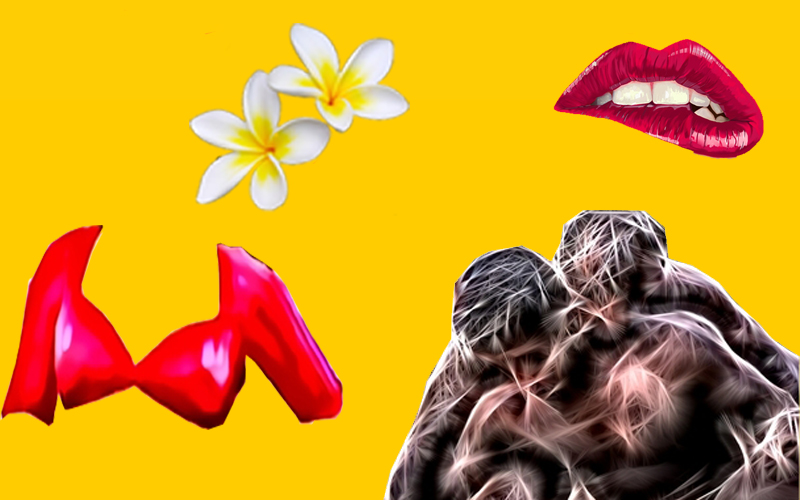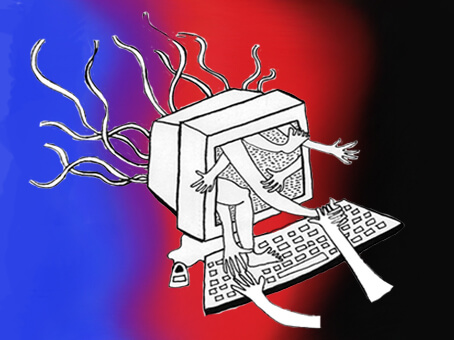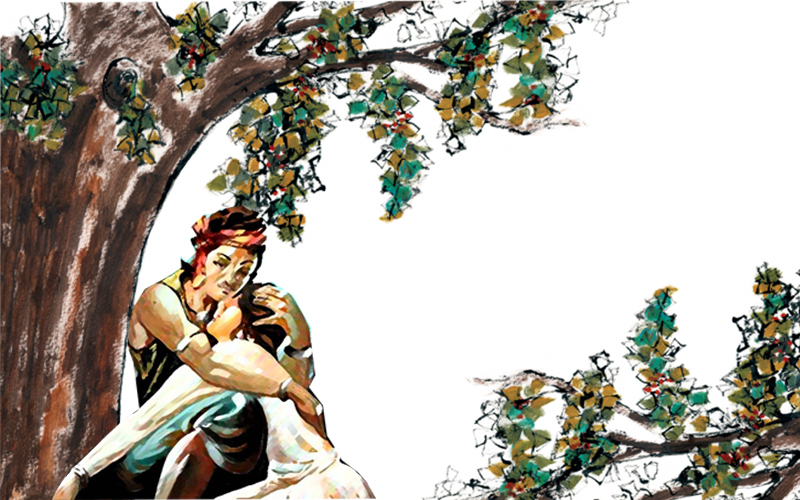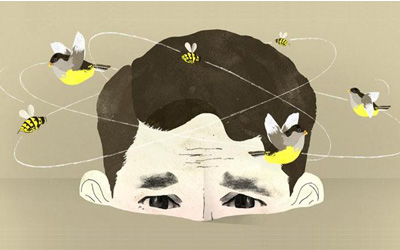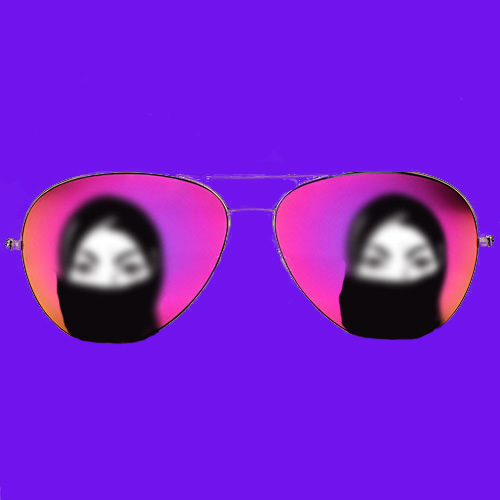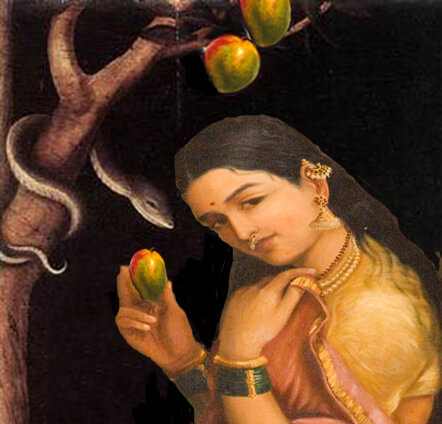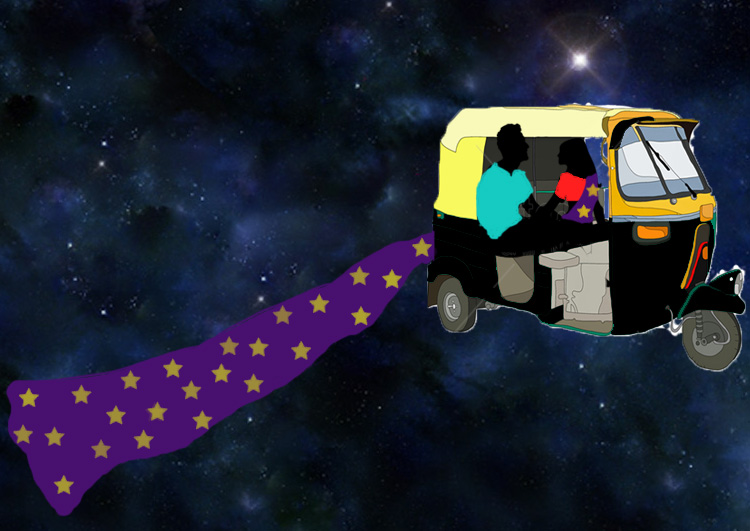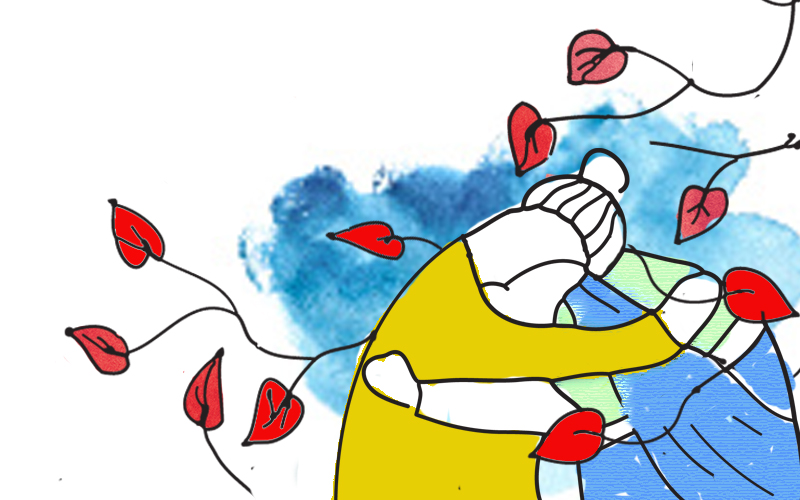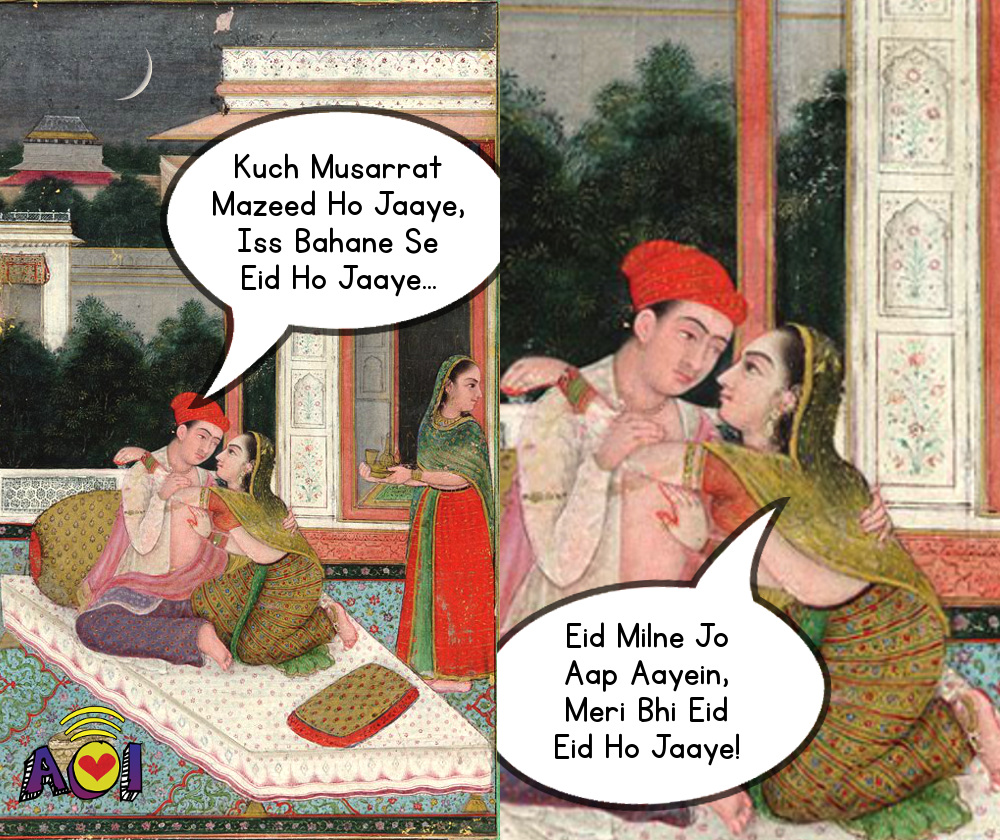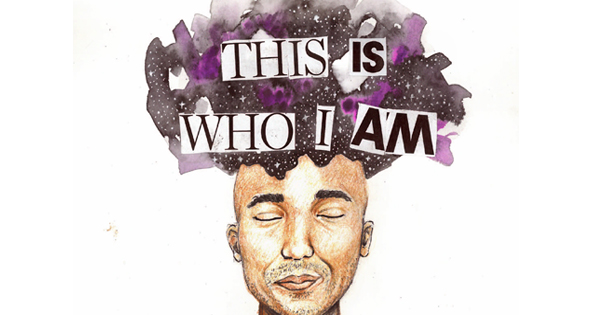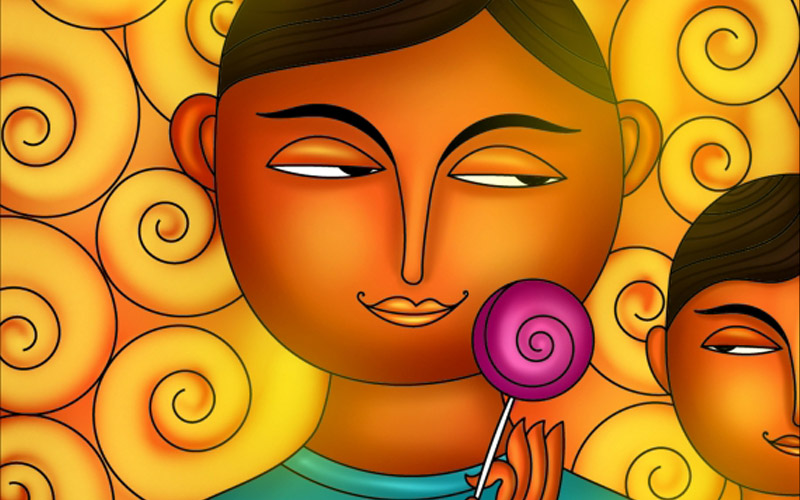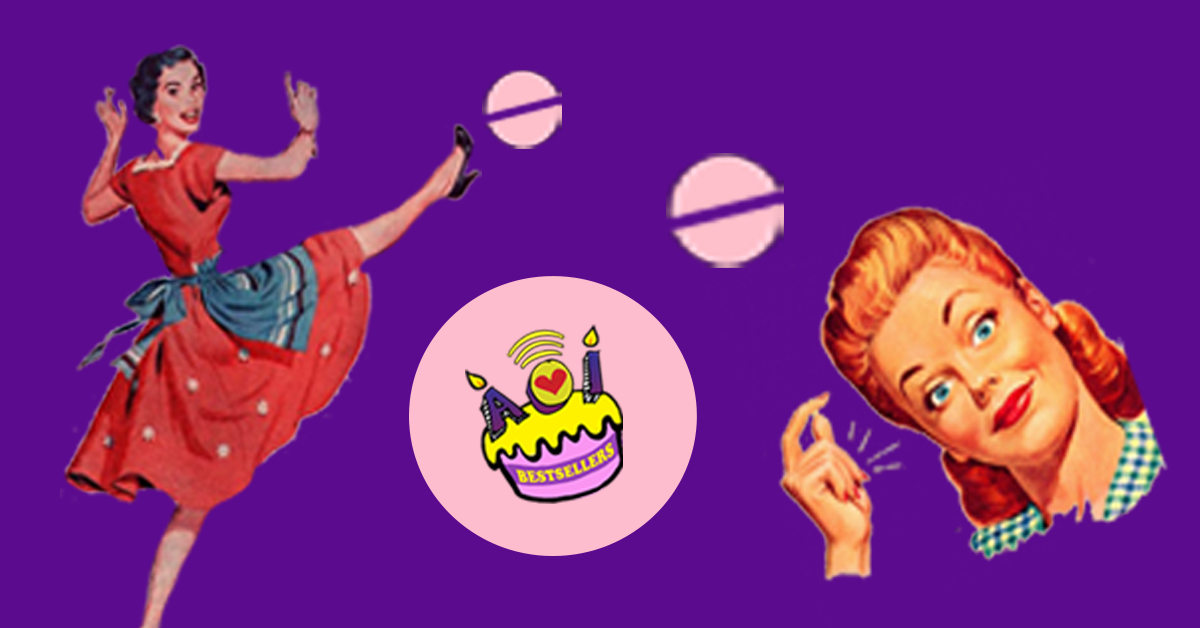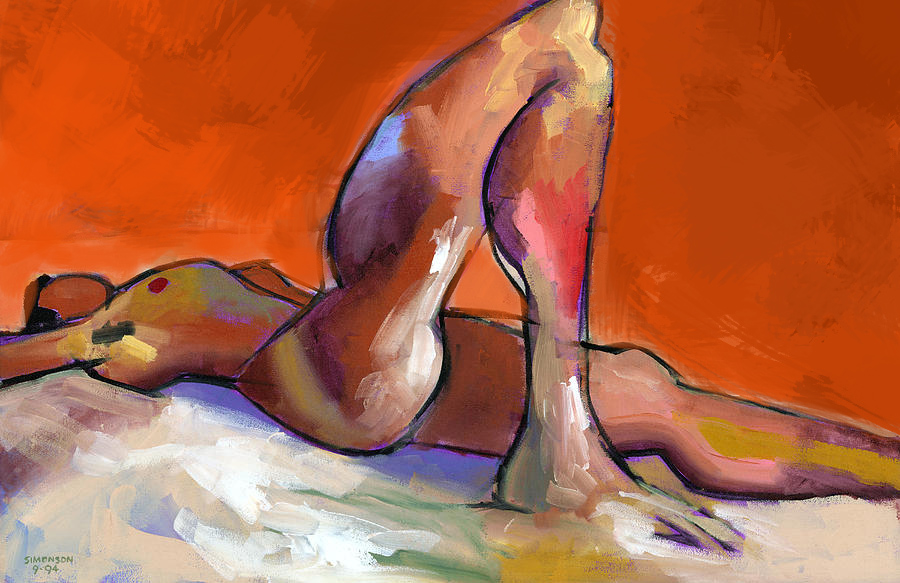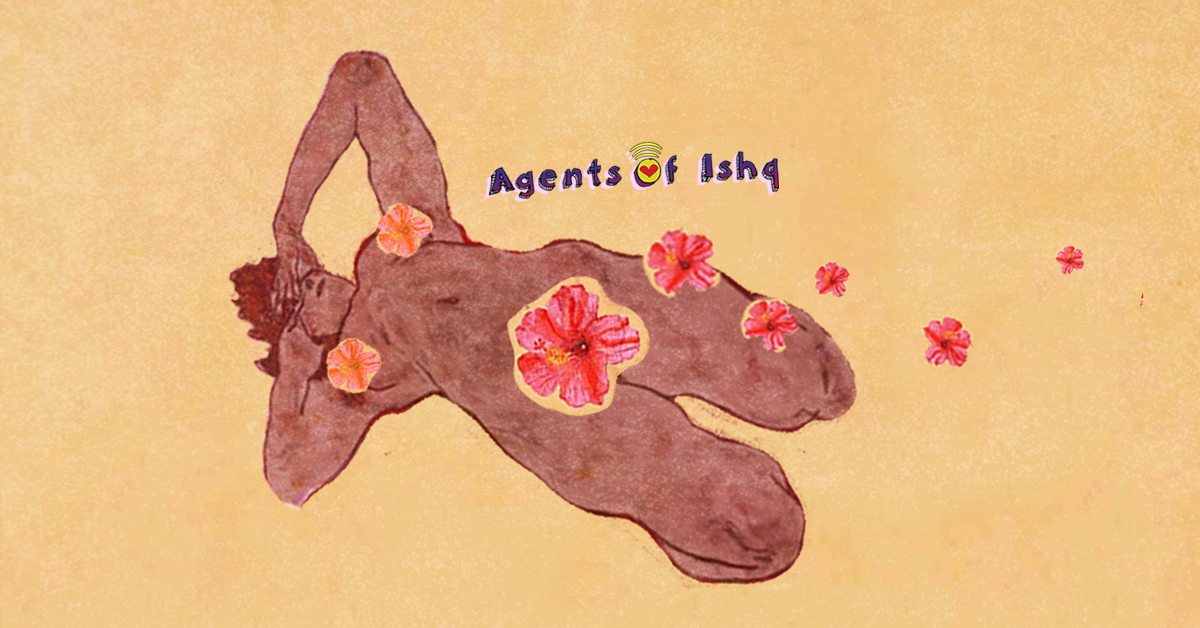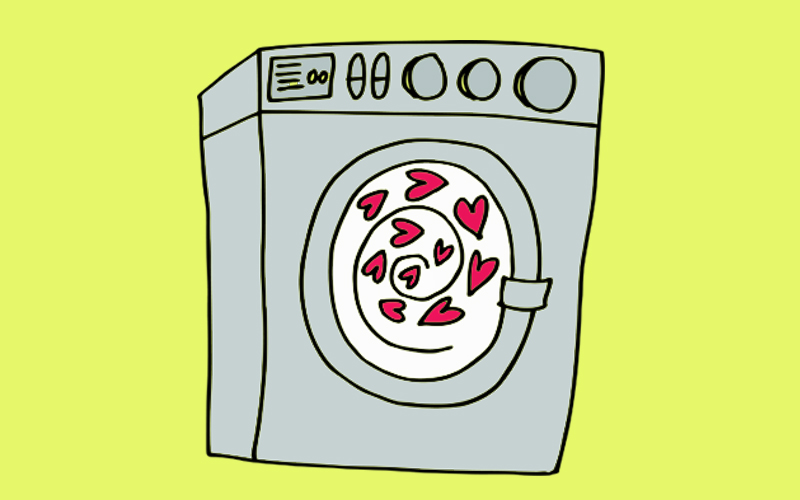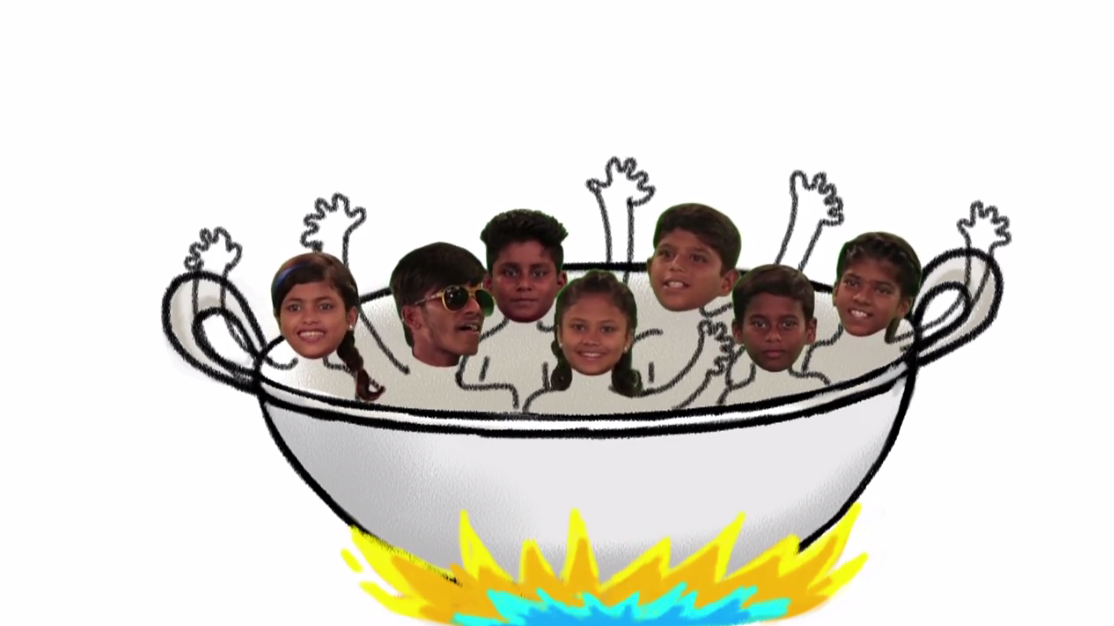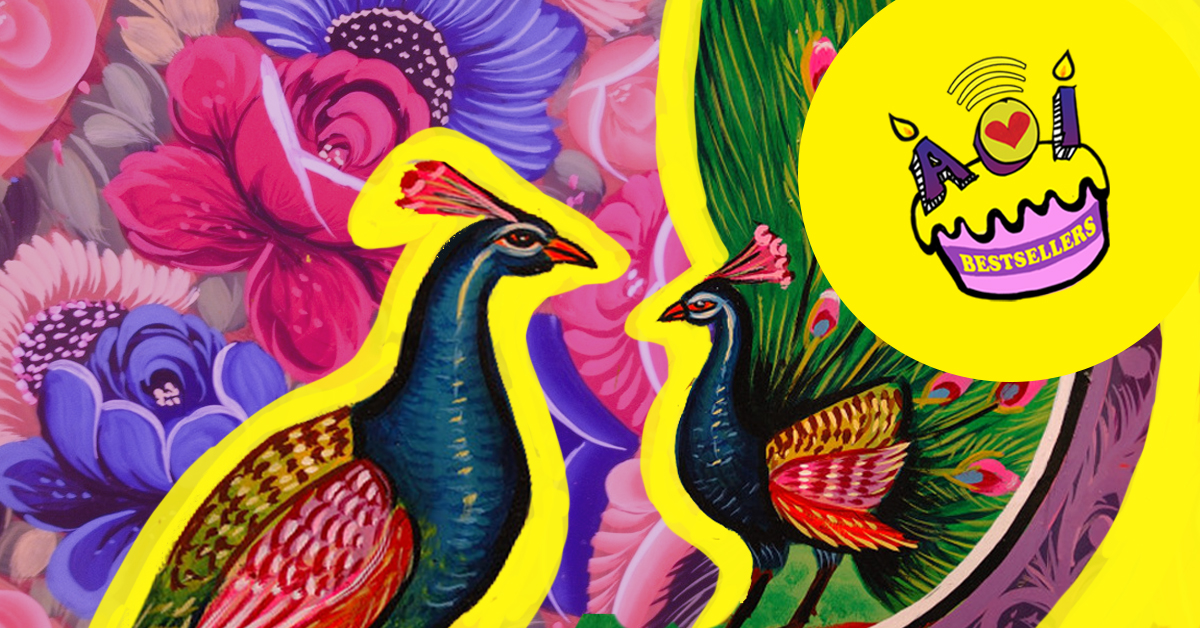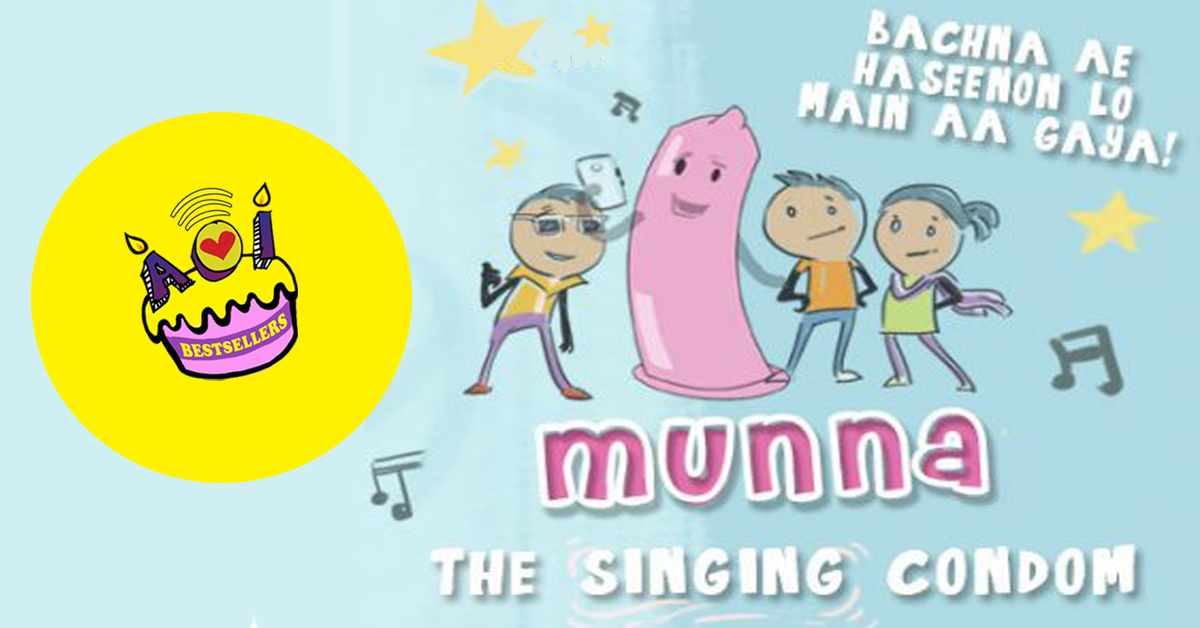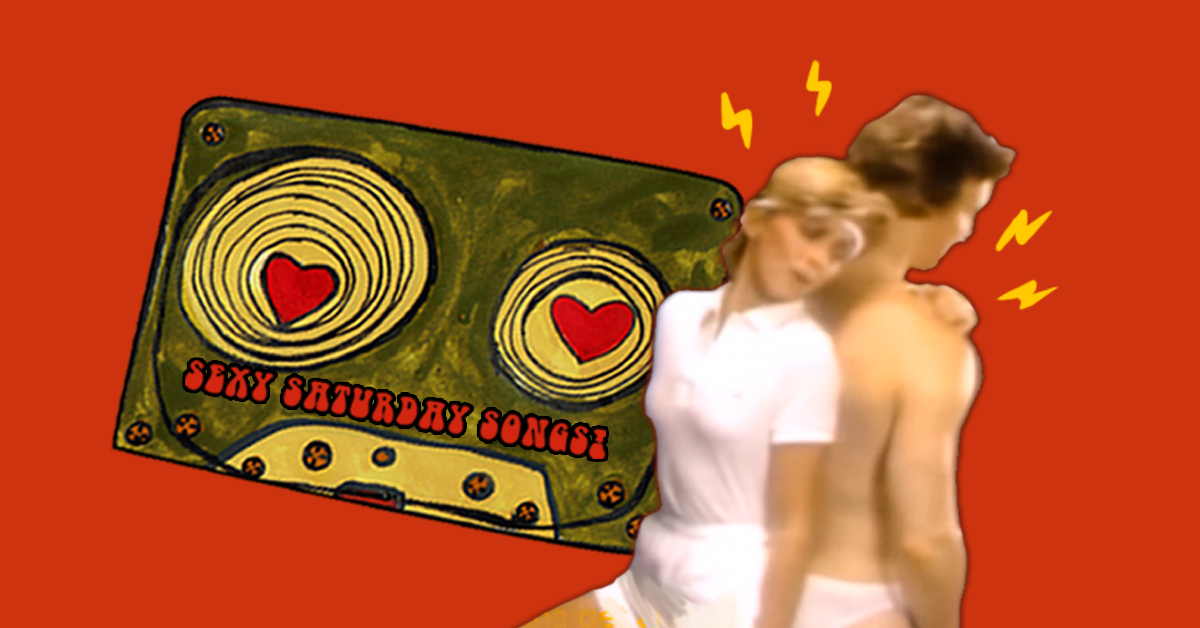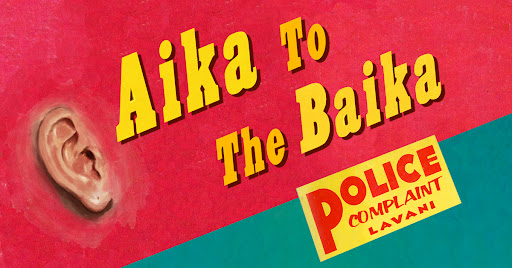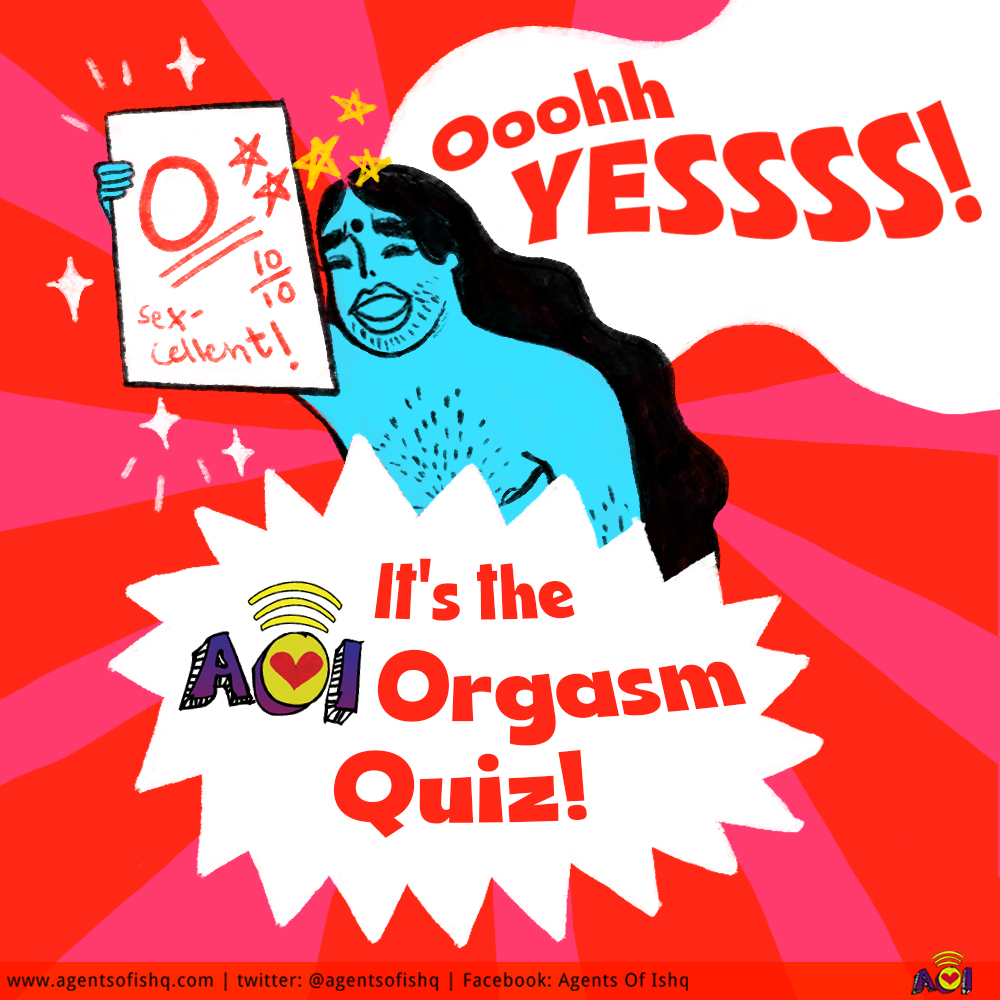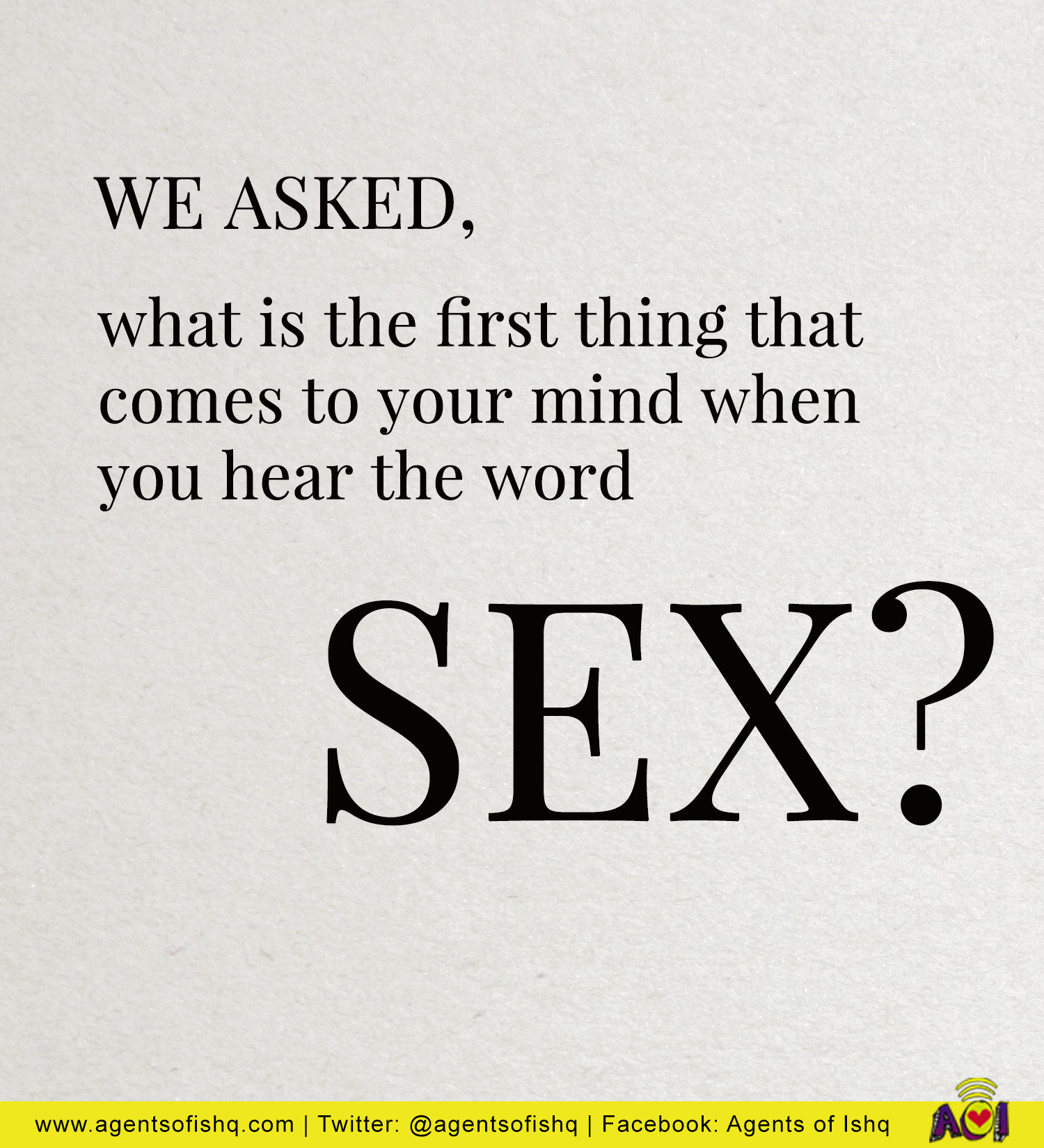When it came to love, lockdown was always jaari in the youth of Aneela Zeb Babar, who grew up in Rawalpindi where Karachi was her abroad and Islamabad the escape. Luckily freedom in all its exceitement was to be glimpsed - Hindi movies, video cassette on video cassette of them, showed that sexual excitement can be snatched from the jaws of every dushman, so corona pyaar bhi hai milaad! To all the Ishq seekers out there who wanted guidelines on how to negotiate Love and Sex with no Dhoka in the times of Corona; I understand your fears. Will your bhavnayen survive the onslaught of sanitizers and the Stay Home Stay Safe campaign? What are the Pyar and Desire ke Superhit Formulas of this new world order where there has to be itna planning before leaving the house? How long is this lockdown which is pal pal tadpaye while lakhon ka saawan jaaye going to last? 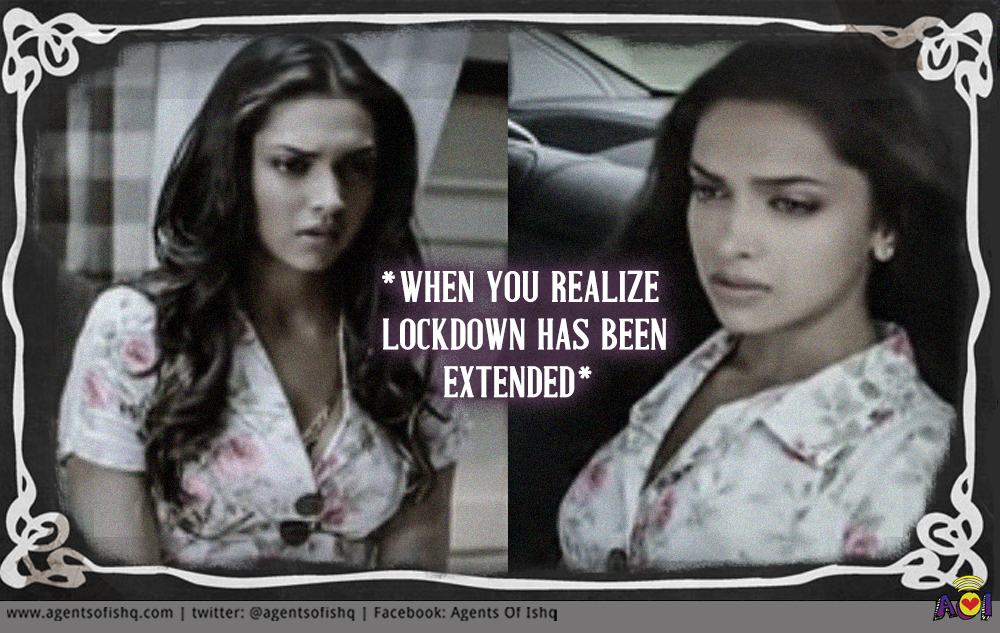 As a (not very) purane zamane ki ashiq I wonder if, the mantra of kar lo duniya mutthi mai never introduced you to the pleasures of delayed gratification, samjho intizar, read birha ki raat.
As a (not very) purane zamane ki ashiq I wonder if, the mantra of kar lo duniya mutthi mai never introduced you to the pleasures of delayed gratification, samjho intizar, read birha ki raat. 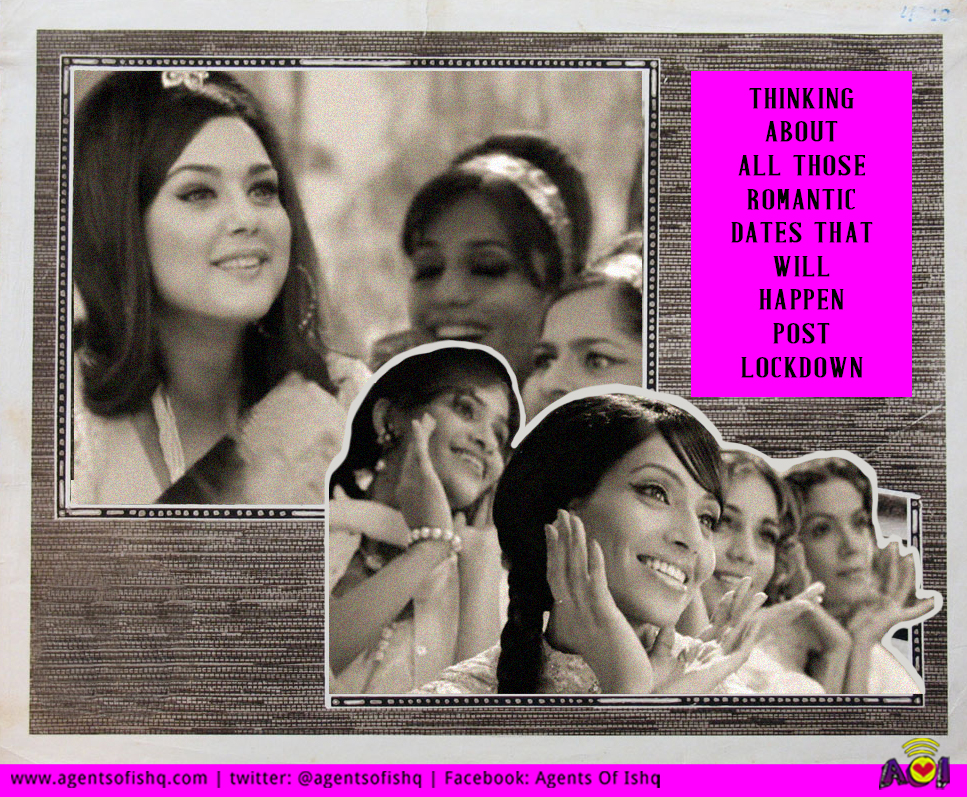 I did not see much tadap in 2018’s rendition of Ek Do Teen; (perhaps revisit Tezaab, 1988) ;
I did not see much tadap in 2018’s rendition of Ek Do Teen; (perhaps revisit Tezaab, 1988) ;  before the lockdown, our countdown was a calendar and waiting for a generation of Rashmis to turn 18 (cue Ae Mere Humsafar –Qayamat se Qayamat Tak, 1988).
before the lockdown, our countdown was a calendar and waiting for a generation of Rashmis to turn 18 (cue Ae Mere Humsafar –Qayamat se Qayamat Tak, 1988). 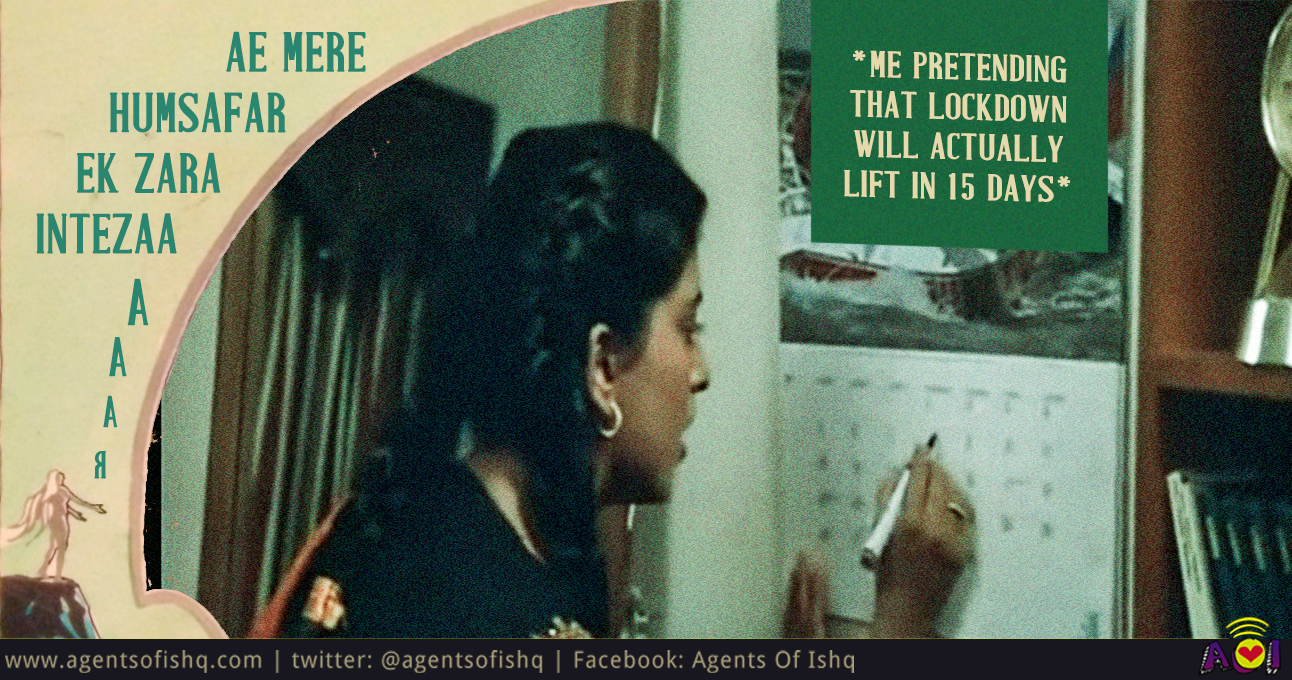 The thing, Dear Reader, is that the path to true love is never smooth - Ye ishq nahin asaan itna hi samajh lijiye / Ik aag ka darya hai aur duub ke jaana hai. As the song in Rab Ne Bana Di Jodi (2008) goes Har janam mai rang badalke, khwabo ke pardo pe hum khilteHum hain raahi pyar ke phir milenge chalte chalte. Audiences have loved the antakshri/medley song (Other than the Rab Ne Bana Di Jodi-2008 reference here, there has been Om Shanti Om-2007, Maine Piyar Kiya-1989 , Mr India-1987 and Lamhe-1991. Kunal Kohli was a big fan—I can think of Mujh Se Dosti Karoge—2002 and Fanaa—2006). A significant reason for why antakshari keeps looping in movies, and we keep remembering these older songs, could be that it is comforting to realize that ours has not been the only generation to feel the pangs and elation of love.
The thing, Dear Reader, is that the path to true love is never smooth - Ye ishq nahin asaan itna hi samajh lijiye / Ik aag ka darya hai aur duub ke jaana hai. As the song in Rab Ne Bana Di Jodi (2008) goes Har janam mai rang badalke, khwabo ke pardo pe hum khilteHum hain raahi pyar ke phir milenge chalte chalte. Audiences have loved the antakshri/medley song (Other than the Rab Ne Bana Di Jodi-2008 reference here, there has been Om Shanti Om-2007, Maine Piyar Kiya-1989 , Mr India-1987 and Lamhe-1991. Kunal Kohli was a big fan—I can think of Mujh Se Dosti Karoge—2002 and Fanaa—2006). A significant reason for why antakshari keeps looping in movies, and we keep remembering these older songs, could be that it is comforting to realize that ours has not been the only generation to feel the pangs and elation of love. 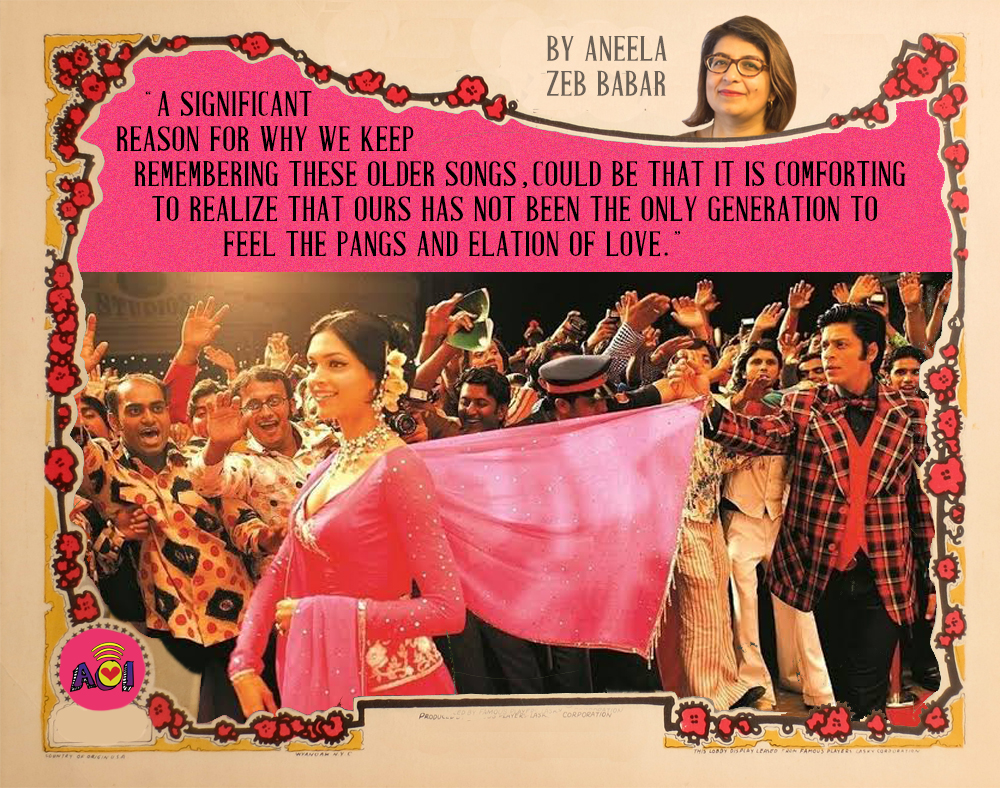 Pyaar has always had some dushman – Covid is just the latest in a long line. Other than Tayyab Ali (Amar, Akbar, Anthony-1977 and Once Upon A Time in Mumbai Dobara—2013) piyar ka dushman has been class, caste, religion, zamana, khandaani dushmani, do takiyan di naukri, Pakistan-India.
Pyaar has always had some dushman – Covid is just the latest in a long line. Other than Tayyab Ali (Amar, Akbar, Anthony-1977 and Once Upon A Time in Mumbai Dobara—2013) piyar ka dushman has been class, caste, religion, zamana, khandaani dushmani, do takiyan di naukri, Pakistan-India.  All this aversion to love Jaane kiyu log piyar karte hain (Dil Chahta Hai, 2001) love aaj kal, the pursuit of the self, of waiting for a manic pixie Saif Ali Khan and Ranbir Kapoor dream boys to become men may have muddled you and made you overlook this chapter.
All this aversion to love Jaane kiyu log piyar karte hain (Dil Chahta Hai, 2001) love aaj kal, the pursuit of the self, of waiting for a manic pixie Saif Ali Khan and Ranbir Kapoor dream boys to become men may have muddled you and made you overlook this chapter.  While it has been easy (and for me quite boring) to treat Mughal- e- Azam (1960) as the poster child of love and sensuality done right (it has become quite predictable to deride current cinema for obscenity and how they will never measure up to Saleem, Anarkali and a feather),
While it has been easy (and for me quite boring) to treat Mughal- e- Azam (1960) as the poster child of love and sensuality done right (it has become quite predictable to deride current cinema for obscenity and how they will never measure up to Saleem, Anarkali and a feather), 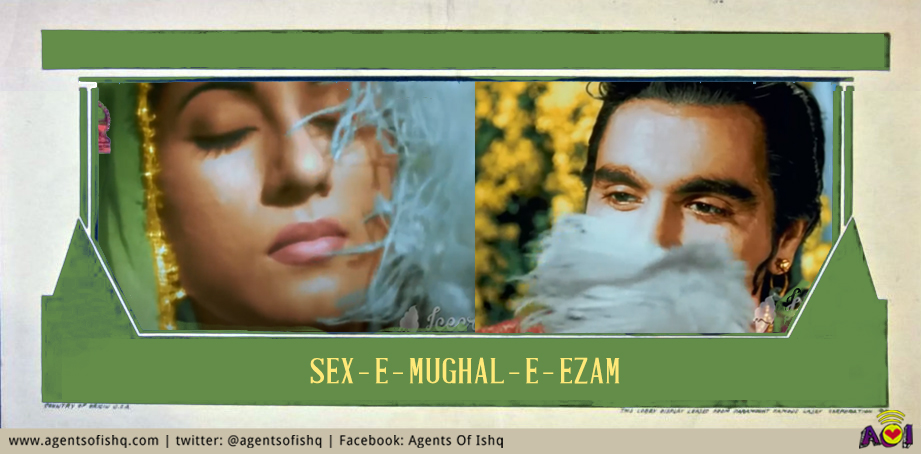 I would rather you get electric feathers from sex toy stores and take a different inspiration from this film which reminds us that every generation has had its crisis and has loved and has sought and experienced pleasure despite it (Taqdeere badal jaati hai.,,is badalti duniya mai muhabbat jis insaan ka daman thaam leti hai wo insaan nahi badalta and mera jism zaroor zakhmi hai lekin meri himmat zakhmi nahi
I would rather you get electric feathers from sex toy stores and take a different inspiration from this film which reminds us that every generation has had its crisis and has loved and has sought and experienced pleasure despite it (Taqdeere badal jaati hai.,,is badalti duniya mai muhabbat jis insaan ka daman thaam leti hai wo insaan nahi badalta and mera jism zaroor zakhmi hai lekin meri himmat zakhmi nahi 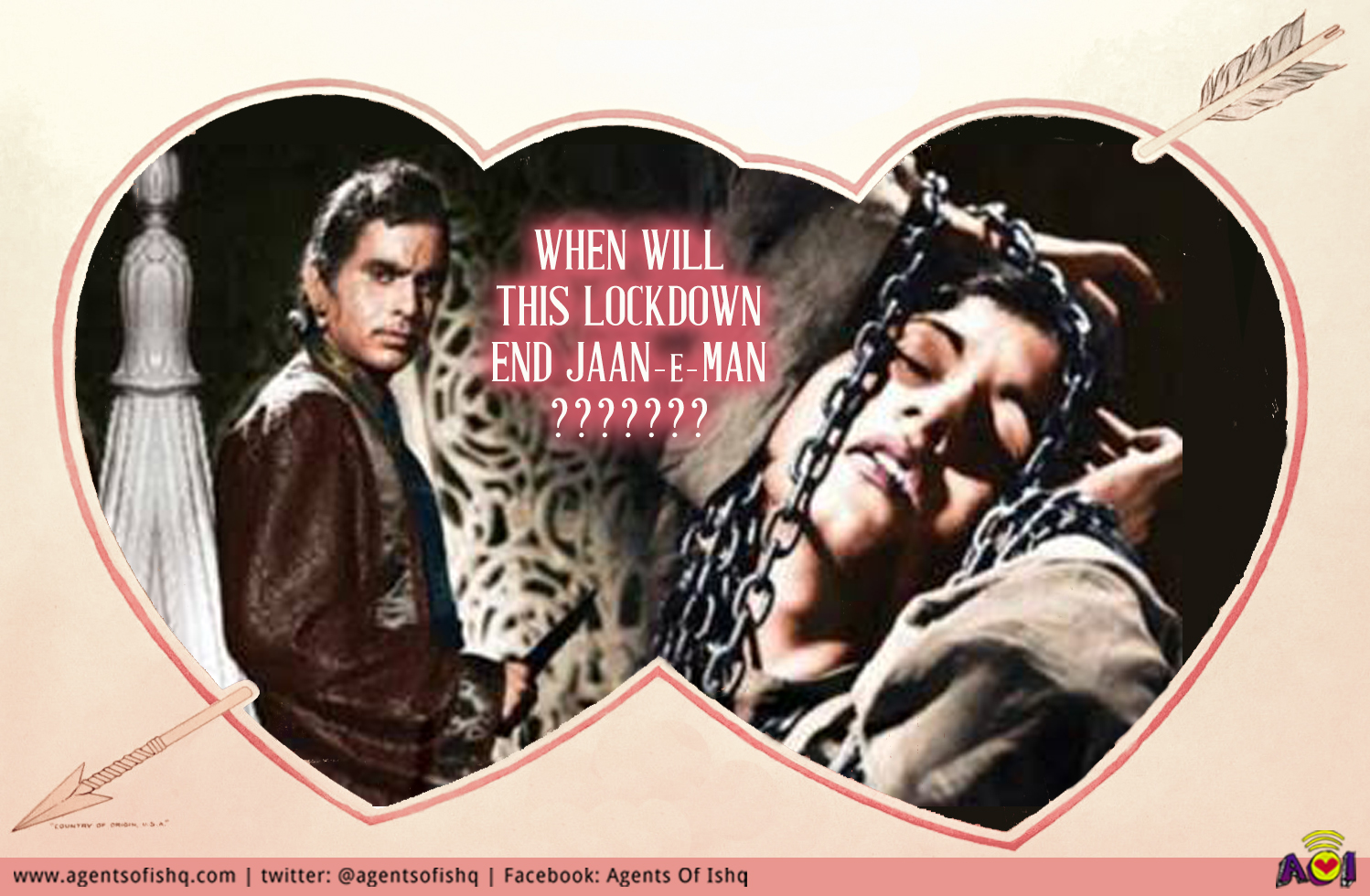 or that Qaidkhane (read lockdown) ke andhere kaniz ki arzuoon ki roshni se kum thai…Andhere aur barha diye jaaynge .. Arzu aur barh jaayenge). Shouldn’t this be inspiring you to pursue love? Yes there is darr – but darr ke aage meet hai!
or that Qaidkhane (read lockdown) ke andhere kaniz ki arzuoon ki roshni se kum thai…Andhere aur barha diye jaaynge .. Arzu aur barh jaayenge). Shouldn’t this be inspiring you to pursue love? Yes there is darr – but darr ke aage meet hai!  Love and desire has existed through the ages; after all there was a dil se dil tan badan connect in the original times of social distancing—think of all the drawing room songs like Tu Kahe Agar ( Andaz, 1949) Chalo Ek Baar Phir Se (Gumrah, 1963), where hero and heroine or hero and hero or heroine and heroine looked at each other achingly from six feet distance.
Love and desire has existed through the ages; after all there was a dil se dil tan badan connect in the original times of social distancing—think of all the drawing room songs like Tu Kahe Agar ( Andaz, 1949) Chalo Ek Baar Phir Se (Gumrah, 1963), where hero and heroine or hero and hero or heroine and heroine looked at each other achingly from six feet distance. 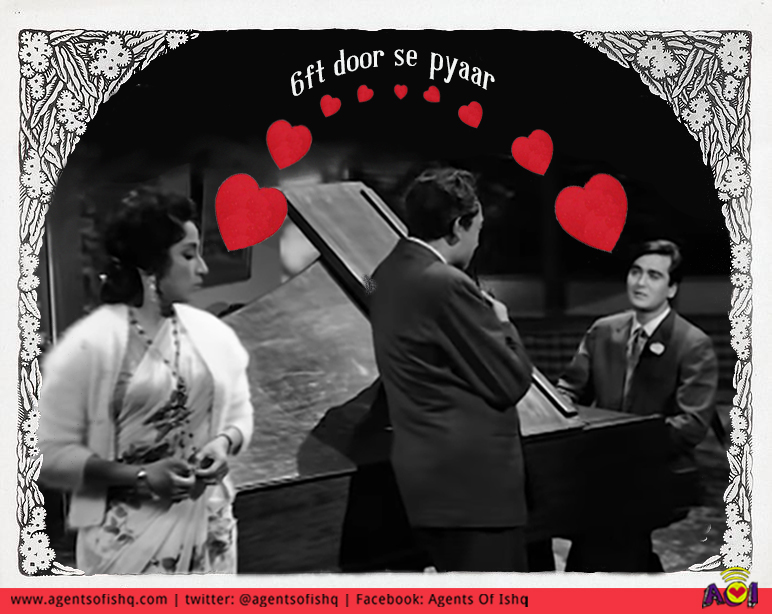
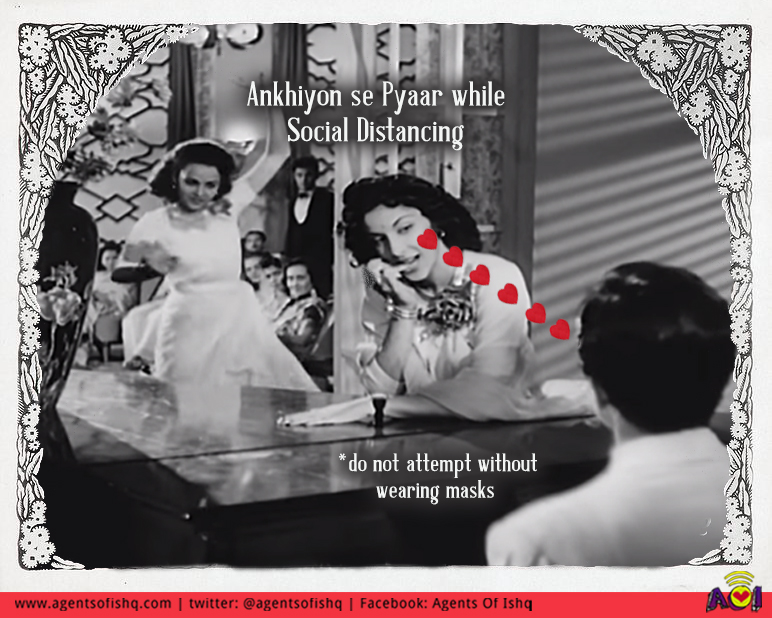 Think of telephone pyaar Jalte Hain Jis Keliye (Sujata-1960), Mujhe Raat Din (Sangarsh, 1999) Tu Hai Haseena Main Hoon Deewana (Pehla Nasha, 1993) .
Think of telephone pyaar Jalte Hain Jis Keliye (Sujata-1960), Mujhe Raat Din (Sangarsh, 1999) Tu Hai Haseena Main Hoon Deewana (Pehla Nasha, 1993) .  There was also all the fun and play with fruits, flowers, (Jeetandara’s filmography wasn’t all about getting you to eat more mangoes) and playing footsie in pretty pretty pazeb. A world of sensual discovery sans feathers awaits.I realise I am fast breaching the last bastion of being relevant by beginning my sentences with a hamare waqton mai, but yes hamare waqton mai we spent a significant part of our childhood movie watching years carving slivers of romance from the all consuming saga of revenge, violence, mayhem on the screen.But nothing will make me trade our mad, bad times of straddling the world of the angry (and smouldering) young man toppling the pillars of state, family, organized religion, industry while providing toe curling pleasure maximus from songs such as Jaane Kaise Kab Kahan (Shakti, 1982) Dilbar Mere Kab Tak Mujhe Aise Hi Tadpao Ge (Satte Pe Satta , 1982) slipping in the rain and imploring us not to pick him up Aaj Rapat Jaao (Namak Halaal, 1982), the seedhe dil pe lag gayi effect of Chookar Mere Mann Ko (Yaraana, 1981) the smooth voiced poet of Kabhie Kabhie (1976) and Silsila (1981) who Pied Paper like inspired women to defy the laskshman rekha through Kabhie Kabhie Mere Dil Mein and Main aur Meri Tanhayi.
There was also all the fun and play with fruits, flowers, (Jeetandara’s filmography wasn’t all about getting you to eat more mangoes) and playing footsie in pretty pretty pazeb. A world of sensual discovery sans feathers awaits.I realise I am fast breaching the last bastion of being relevant by beginning my sentences with a hamare waqton mai, but yes hamare waqton mai we spent a significant part of our childhood movie watching years carving slivers of romance from the all consuming saga of revenge, violence, mayhem on the screen.But nothing will make me trade our mad, bad times of straddling the world of the angry (and smouldering) young man toppling the pillars of state, family, organized religion, industry while providing toe curling pleasure maximus from songs such as Jaane Kaise Kab Kahan (Shakti, 1982) Dilbar Mere Kab Tak Mujhe Aise Hi Tadpao Ge (Satte Pe Satta , 1982) slipping in the rain and imploring us not to pick him up Aaj Rapat Jaao (Namak Halaal, 1982), the seedhe dil pe lag gayi effect of Chookar Mere Mann Ko (Yaraana, 1981) the smooth voiced poet of Kabhie Kabhie (1976) and Silsila (1981) who Pied Paper like inspired women to defy the laskshman rekha through Kabhie Kabhie Mere Dil Mein and Main aur Meri Tanhayi.  The Khan boys and making sab ka saath sab ka vakaas sexy in the post-Dilwale Dulhaniya Lejayenge (1995) world came much later. Before that there was something to Qayamat se Qayamat Tak (1988) and being at the cusp of becoming a teenager. There is life at a knife’s edge and then there is gossip of all the older siblings in the neighbourhood gifting daggers (inspired by QSQT) to their significant others (you will have to watch the film to get the reference—calendars and daggers had a good year). QSQT was also the first instance of hearing the film being re-released on video in Islamabad. Apparently part 2 had all the (as it is quaintly worded) “intimate scenes” –a kiss and one more) which the video store personnel and the various characters who have been part of the underground railroad of getting video films to our homes were too scandalised to leave in the first copy. We watched the follow up once more with avid eyes and went home happier.
The Khan boys and making sab ka saath sab ka vakaas sexy in the post-Dilwale Dulhaniya Lejayenge (1995) world came much later. Before that there was something to Qayamat se Qayamat Tak (1988) and being at the cusp of becoming a teenager. There is life at a knife’s edge and then there is gossip of all the older siblings in the neighbourhood gifting daggers (inspired by QSQT) to their significant others (you will have to watch the film to get the reference—calendars and daggers had a good year). QSQT was also the first instance of hearing the film being re-released on video in Islamabad. Apparently part 2 had all the (as it is quaintly worded) “intimate scenes” –a kiss and one more) which the video store personnel and the various characters who have been part of the underground railroad of getting video films to our homes were too scandalised to leave in the first copy. We watched the follow up once more with avid eyes and went home happier.  Ours too were the times when we stomached the oxymoron of ‘violent love story’ (Darr: A Violent Love Story—1993 and Dushmani: A Violent Love Story-1995) .
Ours too were the times when we stomached the oxymoron of ‘violent love story’ (Darr: A Violent Love Story—1993 and Dushmani: A Violent Love Story-1995) .  But how can I forget seeing myself and a sibling as protagonists in Love 86 (oh Govinda! How every miss wanted to give you a kiss), the dreams of defiance Hero (1983) and Aashiqui (1990) rebelling against the matriarch, rotund patriarchs, cruel guardians. Jumping across walls, dancing defiantly on the stage, of jackets and rain and Dheere dheere piyar ko barhana hai hudd se guzar jaana hai (Phool aur Kaante, 1991). And when it comes to films that will form a playlist of easy watching with parents initiating a full frank talk on sex, health and haal- e- dil—I would say wo film hai kahan? But until then please bring out the good, the bad and the ugly. Watch Baadhai Ho (2018), Veere Di Wedding (2018) , Shubh Mangal Zyada Saavdhan (2020), Drishti (1990), Maya Memsahib (1993), hell even watch Pink (2016), Manmarziyaan (2018), Lipstick Under My Burkha (2016).
But how can I forget seeing myself and a sibling as protagonists in Love 86 (oh Govinda! How every miss wanted to give you a kiss), the dreams of defiance Hero (1983) and Aashiqui (1990) rebelling against the matriarch, rotund patriarchs, cruel guardians. Jumping across walls, dancing defiantly on the stage, of jackets and rain and Dheere dheere piyar ko barhana hai hudd se guzar jaana hai (Phool aur Kaante, 1991). And when it comes to films that will form a playlist of easy watching with parents initiating a full frank talk on sex, health and haal- e- dil—I would say wo film hai kahan? But until then please bring out the good, the bad and the ugly. Watch Baadhai Ho (2018), Veere Di Wedding (2018) , Shubh Mangal Zyada Saavdhan (2020), Drishti (1990), Maya Memsahib (1993), hell even watch Pink (2016), Manmarziyaan (2018), Lipstick Under My Burkha (2016).  Discuss what you all liked about the films, what troubled you and whether they got anything right. Ask them about films they may throw at you with ‘saaf love’, allow them to define ‘saaf love’—listen and be heard. It is difficult for me to narrow down on that one film when I oscillate between two realties—the wonderful silk satin bright primary color world of Kader Khan and Govinda and climate changekitna sataaye hai mausam bedardiaise mein kaise sahen ham judaai baahon mein leke odha do rajaai tarsaaye baithi ratiya jaada lage sarakaaye liyo takiya ...sarakaaye liyo khatiya jaada lage jaade mein balama pyaara lage (Raja Babu, 1994)
Discuss what you all liked about the films, what troubled you and whether they got anything right. Ask them about films they may throw at you with ‘saaf love’, allow them to define ‘saaf love’—listen and be heard. It is difficult for me to narrow down on that one film when I oscillate between two realties—the wonderful silk satin bright primary color world of Kader Khan and Govinda and climate changekitna sataaye hai mausam bedardiaise mein kaise sahen ham judaai baahon mein leke odha do rajaai tarsaaye baithi ratiya jaada lage sarakaaye liyo takiya ...sarakaaye liyo khatiya jaada lage jaade mein balama pyaara lage (Raja Babu, 1994) 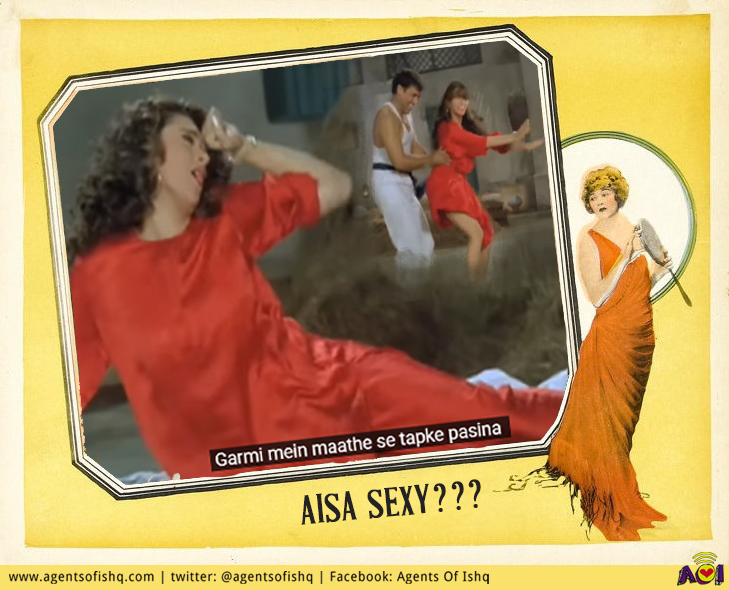 …and Hindi cinema’s thoda serious rendition of 3rd century BCE warrior woman encouraging you for some self love now that the lover has left the building Tere bina bhi kabhi tujh se machal leti hoonKarvat badalti hoonn to sapna badal leti hoonTere bina bhi kabhi tujh se machal leti hoonKarvat badalti hoonn to sapna badal leti hoonTera khyaal aaye to balkha ke pal jata haiPaani ki chaadar tale tann mera jal jaata haiHaan wahin, woh wahin..Saanson pe rakha hua tere hothon ka sapna abhi hai wahinRaat ka nasha abhi aankh se gaya nahinRaat ka nasha abhi aankh se gaya nahin"(Asoka, 2001)
…and Hindi cinema’s thoda serious rendition of 3rd century BCE warrior woman encouraging you for some self love now that the lover has left the building Tere bina bhi kabhi tujh se machal leti hoonKarvat badalti hoonn to sapna badal leti hoonTere bina bhi kabhi tujh se machal leti hoonKarvat badalti hoonn to sapna badal leti hoonTera khyaal aaye to balkha ke pal jata haiPaani ki chaadar tale tann mera jal jaata haiHaan wahin, woh wahin..Saanson pe rakha hua tere hothon ka sapna abhi hai wahinRaat ka nasha abhi aankh se gaya nahinRaat ka nasha abhi aankh se gaya nahin"(Asoka, 2001)  My only word of advice, Dear Reader, is that you don’t restrict yourself to any ek camp please—exercise your choice to be safe, silly, sexy and sanskari . Give kitsch and the 90s lipstick wali kiss-face a chance . Do I need remind you of Raees (2017) ki Ammi jaan Koi dhanda chotha nahi hota—aur dhande se bada koi dharam nahi hota. To traverse the journey of a water drop down Madhu’s shoulder through a towel clad Arvind Swamy’s smouldering eyes and Manisha with her wet hair in a towel with Swamy again (Mani Ratnam’s Roja, 1992 and Bombay, 1995 ) as avidly as Govinda biting his lower lip (the David Dhawan catalogue) In the path of kama , be a chameleon, jaani.
My only word of advice, Dear Reader, is that you don’t restrict yourself to any ek camp please—exercise your choice to be safe, silly, sexy and sanskari . Give kitsch and the 90s lipstick wali kiss-face a chance . Do I need remind you of Raees (2017) ki Ammi jaan Koi dhanda chotha nahi hota—aur dhande se bada koi dharam nahi hota. To traverse the journey of a water drop down Madhu’s shoulder through a towel clad Arvind Swamy’s smouldering eyes and Manisha with her wet hair in a towel with Swamy again (Mani Ratnam’s Roja, 1992 and Bombay, 1995 ) as avidly as Govinda biting his lower lip (the David Dhawan catalogue) In the path of kama , be a chameleon, jaani.
 As a (not very) purane zamane ki ashiq I wonder if, the mantra of kar lo duniya mutthi mai never introduced you to the pleasures of delayed gratification, samjho intizar, read birha ki raat.
As a (not very) purane zamane ki ashiq I wonder if, the mantra of kar lo duniya mutthi mai never introduced you to the pleasures of delayed gratification, samjho intizar, read birha ki raat.  I did not see much tadap in 2018’s rendition of Ek Do Teen; (perhaps revisit Tezaab, 1988) ;
I did not see much tadap in 2018’s rendition of Ek Do Teen; (perhaps revisit Tezaab, 1988) ;  before the lockdown, our countdown was a calendar and waiting for a generation of Rashmis to turn 18 (cue Ae Mere Humsafar –Qayamat se Qayamat Tak, 1988).
before the lockdown, our countdown was a calendar and waiting for a generation of Rashmis to turn 18 (cue Ae Mere Humsafar –Qayamat se Qayamat Tak, 1988).  The thing, Dear Reader, is that the path to true love is never smooth - Ye ishq nahin asaan itna hi samajh lijiye / Ik aag ka darya hai aur duub ke jaana hai. As the song in Rab Ne Bana Di Jodi (2008) goes Har janam mai rang badalke, khwabo ke pardo pe hum khilteHum hain raahi pyar ke phir milenge chalte chalte. Audiences have loved the antakshri/medley song (Other than the Rab Ne Bana Di Jodi-2008 reference here, there has been Om Shanti Om-2007, Maine Piyar Kiya-1989 , Mr India-1987 and Lamhe-1991. Kunal Kohli was a big fan—I can think of Mujh Se Dosti Karoge—2002 and Fanaa—2006). A significant reason for why antakshari keeps looping in movies, and we keep remembering these older songs, could be that it is comforting to realize that ours has not been the only generation to feel the pangs and elation of love.
The thing, Dear Reader, is that the path to true love is never smooth - Ye ishq nahin asaan itna hi samajh lijiye / Ik aag ka darya hai aur duub ke jaana hai. As the song in Rab Ne Bana Di Jodi (2008) goes Har janam mai rang badalke, khwabo ke pardo pe hum khilteHum hain raahi pyar ke phir milenge chalte chalte. Audiences have loved the antakshri/medley song (Other than the Rab Ne Bana Di Jodi-2008 reference here, there has been Om Shanti Om-2007, Maine Piyar Kiya-1989 , Mr India-1987 and Lamhe-1991. Kunal Kohli was a big fan—I can think of Mujh Se Dosti Karoge—2002 and Fanaa—2006). A significant reason for why antakshari keeps looping in movies, and we keep remembering these older songs, could be that it is comforting to realize that ours has not been the only generation to feel the pangs and elation of love.  Pyaar has always had some dushman – Covid is just the latest in a long line. Other than Tayyab Ali (Amar, Akbar, Anthony-1977 and Once Upon A Time in Mumbai Dobara—2013) piyar ka dushman has been class, caste, religion, zamana, khandaani dushmani, do takiyan di naukri, Pakistan-India.
Pyaar has always had some dushman – Covid is just the latest in a long line. Other than Tayyab Ali (Amar, Akbar, Anthony-1977 and Once Upon A Time in Mumbai Dobara—2013) piyar ka dushman has been class, caste, religion, zamana, khandaani dushmani, do takiyan di naukri, Pakistan-India.  All this aversion to love Jaane kiyu log piyar karte hain (Dil Chahta Hai, 2001) love aaj kal, the pursuit of the self, of waiting for a manic pixie Saif Ali Khan and Ranbir Kapoor dream boys to become men may have muddled you and made you overlook this chapter.
All this aversion to love Jaane kiyu log piyar karte hain (Dil Chahta Hai, 2001) love aaj kal, the pursuit of the self, of waiting for a manic pixie Saif Ali Khan and Ranbir Kapoor dream boys to become men may have muddled you and made you overlook this chapter.  While it has been easy (and for me quite boring) to treat Mughal- e- Azam (1960) as the poster child of love and sensuality done right (it has become quite predictable to deride current cinema for obscenity and how they will never measure up to Saleem, Anarkali and a feather),
While it has been easy (and for me quite boring) to treat Mughal- e- Azam (1960) as the poster child of love and sensuality done right (it has become quite predictable to deride current cinema for obscenity and how they will never measure up to Saleem, Anarkali and a feather),  I would rather you get electric feathers from sex toy stores and take a different inspiration from this film which reminds us that every generation has had its crisis and has loved and has sought and experienced pleasure despite it (Taqdeere badal jaati hai.,,is badalti duniya mai muhabbat jis insaan ka daman thaam leti hai wo insaan nahi badalta and mera jism zaroor zakhmi hai lekin meri himmat zakhmi nahi
I would rather you get electric feathers from sex toy stores and take a different inspiration from this film which reminds us that every generation has had its crisis and has loved and has sought and experienced pleasure despite it (Taqdeere badal jaati hai.,,is badalti duniya mai muhabbat jis insaan ka daman thaam leti hai wo insaan nahi badalta and mera jism zaroor zakhmi hai lekin meri himmat zakhmi nahi  or that Qaidkhane (read lockdown) ke andhere kaniz ki arzuoon ki roshni se kum thai…Andhere aur barha diye jaaynge .. Arzu aur barh jaayenge). Shouldn’t this be inspiring you to pursue love? Yes there is darr – but darr ke aage meet hai!
or that Qaidkhane (read lockdown) ke andhere kaniz ki arzuoon ki roshni se kum thai…Andhere aur barha diye jaaynge .. Arzu aur barh jaayenge). Shouldn’t this be inspiring you to pursue love? Yes there is darr – but darr ke aage meet hai!  Love and desire has existed through the ages; after all there was a dil se dil tan badan connect in the original times of social distancing—think of all the drawing room songs like Tu Kahe Agar ( Andaz, 1949) Chalo Ek Baar Phir Se (Gumrah, 1963), where hero and heroine or hero and hero or heroine and heroine looked at each other achingly from six feet distance.
Love and desire has existed through the ages; after all there was a dil se dil tan badan connect in the original times of social distancing—think of all the drawing room songs like Tu Kahe Agar ( Andaz, 1949) Chalo Ek Baar Phir Se (Gumrah, 1963), where hero and heroine or hero and hero or heroine and heroine looked at each other achingly from six feet distance. 
 Think of telephone pyaar Jalte Hain Jis Keliye (Sujata-1960), Mujhe Raat Din (Sangarsh, 1999) Tu Hai Haseena Main Hoon Deewana (Pehla Nasha, 1993) .
Think of telephone pyaar Jalte Hain Jis Keliye (Sujata-1960), Mujhe Raat Din (Sangarsh, 1999) Tu Hai Haseena Main Hoon Deewana (Pehla Nasha, 1993) .  There was also all the fun and play with fruits, flowers, (Jeetandara’s filmography wasn’t all about getting you to eat more mangoes) and playing footsie in pretty pretty pazeb. A world of sensual discovery sans feathers awaits.I realise I am fast breaching the last bastion of being relevant by beginning my sentences with a hamare waqton mai, but yes hamare waqton mai we spent a significant part of our childhood movie watching years carving slivers of romance from the all consuming saga of revenge, violence, mayhem on the screen.But nothing will make me trade our mad, bad times of straddling the world of the angry (and smouldering) young man toppling the pillars of state, family, organized religion, industry while providing toe curling pleasure maximus from songs such as Jaane Kaise Kab Kahan (Shakti, 1982) Dilbar Mere Kab Tak Mujhe Aise Hi Tadpao Ge (Satte Pe Satta , 1982) slipping in the rain and imploring us not to pick him up Aaj Rapat Jaao (Namak Halaal, 1982), the seedhe dil pe lag gayi effect of Chookar Mere Mann Ko (Yaraana, 1981) the smooth voiced poet of Kabhie Kabhie (1976) and Silsila (1981) who Pied Paper like inspired women to defy the laskshman rekha through Kabhie Kabhie Mere Dil Mein and Main aur Meri Tanhayi.
There was also all the fun and play with fruits, flowers, (Jeetandara’s filmography wasn’t all about getting you to eat more mangoes) and playing footsie in pretty pretty pazeb. A world of sensual discovery sans feathers awaits.I realise I am fast breaching the last bastion of being relevant by beginning my sentences with a hamare waqton mai, but yes hamare waqton mai we spent a significant part of our childhood movie watching years carving slivers of romance from the all consuming saga of revenge, violence, mayhem on the screen.But nothing will make me trade our mad, bad times of straddling the world of the angry (and smouldering) young man toppling the pillars of state, family, organized religion, industry while providing toe curling pleasure maximus from songs such as Jaane Kaise Kab Kahan (Shakti, 1982) Dilbar Mere Kab Tak Mujhe Aise Hi Tadpao Ge (Satte Pe Satta , 1982) slipping in the rain and imploring us not to pick him up Aaj Rapat Jaao (Namak Halaal, 1982), the seedhe dil pe lag gayi effect of Chookar Mere Mann Ko (Yaraana, 1981) the smooth voiced poet of Kabhie Kabhie (1976) and Silsila (1981) who Pied Paper like inspired women to defy the laskshman rekha through Kabhie Kabhie Mere Dil Mein and Main aur Meri Tanhayi.  The Khan boys and making sab ka saath sab ka vakaas sexy in the post-Dilwale Dulhaniya Lejayenge (1995) world came much later. Before that there was something to Qayamat se Qayamat Tak (1988) and being at the cusp of becoming a teenager. There is life at a knife’s edge and then there is gossip of all the older siblings in the neighbourhood gifting daggers (inspired by QSQT) to their significant others (you will have to watch the film to get the reference—calendars and daggers had a good year). QSQT was also the first instance of hearing the film being re-released on video in Islamabad. Apparently part 2 had all the (as it is quaintly worded) “intimate scenes” –a kiss and one more) which the video store personnel and the various characters who have been part of the underground railroad of getting video films to our homes were too scandalised to leave in the first copy. We watched the follow up once more with avid eyes and went home happier.
The Khan boys and making sab ka saath sab ka vakaas sexy in the post-Dilwale Dulhaniya Lejayenge (1995) world came much later. Before that there was something to Qayamat se Qayamat Tak (1988) and being at the cusp of becoming a teenager. There is life at a knife’s edge and then there is gossip of all the older siblings in the neighbourhood gifting daggers (inspired by QSQT) to their significant others (you will have to watch the film to get the reference—calendars and daggers had a good year). QSQT was also the first instance of hearing the film being re-released on video in Islamabad. Apparently part 2 had all the (as it is quaintly worded) “intimate scenes” –a kiss and one more) which the video store personnel and the various characters who have been part of the underground railroad of getting video films to our homes were too scandalised to leave in the first copy. We watched the follow up once more with avid eyes and went home happier.  Ours too were the times when we stomached the oxymoron of ‘violent love story’ (Darr: A Violent Love Story—1993 and Dushmani: A Violent Love Story-1995) .
Ours too were the times when we stomached the oxymoron of ‘violent love story’ (Darr: A Violent Love Story—1993 and Dushmani: A Violent Love Story-1995) .  But how can I forget seeing myself and a sibling as protagonists in Love 86 (oh Govinda! How every miss wanted to give you a kiss), the dreams of defiance Hero (1983) and Aashiqui (1990) rebelling against the matriarch, rotund patriarchs, cruel guardians. Jumping across walls, dancing defiantly on the stage, of jackets and rain and Dheere dheere piyar ko barhana hai hudd se guzar jaana hai (Phool aur Kaante, 1991). And when it comes to films that will form a playlist of easy watching with parents initiating a full frank talk on sex, health and haal- e- dil—I would say wo film hai kahan? But until then please bring out the good, the bad and the ugly. Watch Baadhai Ho (2018), Veere Di Wedding (2018) , Shubh Mangal Zyada Saavdhan (2020), Drishti (1990), Maya Memsahib (1993), hell even watch Pink (2016), Manmarziyaan (2018), Lipstick Under My Burkha (2016).
But how can I forget seeing myself and a sibling as protagonists in Love 86 (oh Govinda! How every miss wanted to give you a kiss), the dreams of defiance Hero (1983) and Aashiqui (1990) rebelling against the matriarch, rotund patriarchs, cruel guardians. Jumping across walls, dancing defiantly on the stage, of jackets and rain and Dheere dheere piyar ko barhana hai hudd se guzar jaana hai (Phool aur Kaante, 1991). And when it comes to films that will form a playlist of easy watching with parents initiating a full frank talk on sex, health and haal- e- dil—I would say wo film hai kahan? But until then please bring out the good, the bad and the ugly. Watch Baadhai Ho (2018), Veere Di Wedding (2018) , Shubh Mangal Zyada Saavdhan (2020), Drishti (1990), Maya Memsahib (1993), hell even watch Pink (2016), Manmarziyaan (2018), Lipstick Under My Burkha (2016).  Discuss what you all liked about the films, what troubled you and whether they got anything right. Ask them about films they may throw at you with ‘saaf love’, allow them to define ‘saaf love’—listen and be heard. It is difficult for me to narrow down on that one film when I oscillate between two realties—the wonderful silk satin bright primary color world of Kader Khan and Govinda and climate changekitna sataaye hai mausam bedardiaise mein kaise sahen ham judaai baahon mein leke odha do rajaai tarsaaye baithi ratiya jaada lage sarakaaye liyo takiya ...sarakaaye liyo khatiya jaada lage jaade mein balama pyaara lage (Raja Babu, 1994)
Discuss what you all liked about the films, what troubled you and whether they got anything right. Ask them about films they may throw at you with ‘saaf love’, allow them to define ‘saaf love’—listen and be heard. It is difficult for me to narrow down on that one film when I oscillate between two realties—the wonderful silk satin bright primary color world of Kader Khan and Govinda and climate changekitna sataaye hai mausam bedardiaise mein kaise sahen ham judaai baahon mein leke odha do rajaai tarsaaye baithi ratiya jaada lage sarakaaye liyo takiya ...sarakaaye liyo khatiya jaada lage jaade mein balama pyaara lage (Raja Babu, 1994)  …and Hindi cinema’s thoda serious rendition of 3rd century BCE warrior woman encouraging you for some self love now that the lover has left the building Tere bina bhi kabhi tujh se machal leti hoonKarvat badalti hoonn to sapna badal leti hoonTere bina bhi kabhi tujh se machal leti hoonKarvat badalti hoonn to sapna badal leti hoonTera khyaal aaye to balkha ke pal jata haiPaani ki chaadar tale tann mera jal jaata haiHaan wahin, woh wahin..Saanson pe rakha hua tere hothon ka sapna abhi hai wahinRaat ka nasha abhi aankh se gaya nahinRaat ka nasha abhi aankh se gaya nahin"(Asoka, 2001)
…and Hindi cinema’s thoda serious rendition of 3rd century BCE warrior woman encouraging you for some self love now that the lover has left the building Tere bina bhi kabhi tujh se machal leti hoonKarvat badalti hoonn to sapna badal leti hoonTere bina bhi kabhi tujh se machal leti hoonKarvat badalti hoonn to sapna badal leti hoonTera khyaal aaye to balkha ke pal jata haiPaani ki chaadar tale tann mera jal jaata haiHaan wahin, woh wahin..Saanson pe rakha hua tere hothon ka sapna abhi hai wahinRaat ka nasha abhi aankh se gaya nahinRaat ka nasha abhi aankh se gaya nahin"(Asoka, 2001)  My only word of advice, Dear Reader, is that you don’t restrict yourself to any ek camp please—exercise your choice to be safe, silly, sexy and sanskari . Give kitsch and the 90s lipstick wali kiss-face a chance . Do I need remind you of Raees (2017) ki Ammi jaan Koi dhanda chotha nahi hota—aur dhande se bada koi dharam nahi hota. To traverse the journey of a water drop down Madhu’s shoulder through a towel clad Arvind Swamy’s smouldering eyes and Manisha with her wet hair in a towel with Swamy again (Mani Ratnam’s Roja, 1992 and Bombay, 1995 ) as avidly as Govinda biting his lower lip (the David Dhawan catalogue) In the path of kama , be a chameleon, jaani.
My only word of advice, Dear Reader, is that you don’t restrict yourself to any ek camp please—exercise your choice to be safe, silly, sexy and sanskari . Give kitsch and the 90s lipstick wali kiss-face a chance . Do I need remind you of Raees (2017) ki Ammi jaan Koi dhanda chotha nahi hota—aur dhande se bada koi dharam nahi hota. To traverse the journey of a water drop down Madhu’s shoulder through a towel clad Arvind Swamy’s smouldering eyes and Manisha with her wet hair in a towel with Swamy again (Mani Ratnam’s Roja, 1992 and Bombay, 1995 ) as avidly as Govinda biting his lower lip (the David Dhawan catalogue) In the path of kama , be a chameleon, jaani. 


